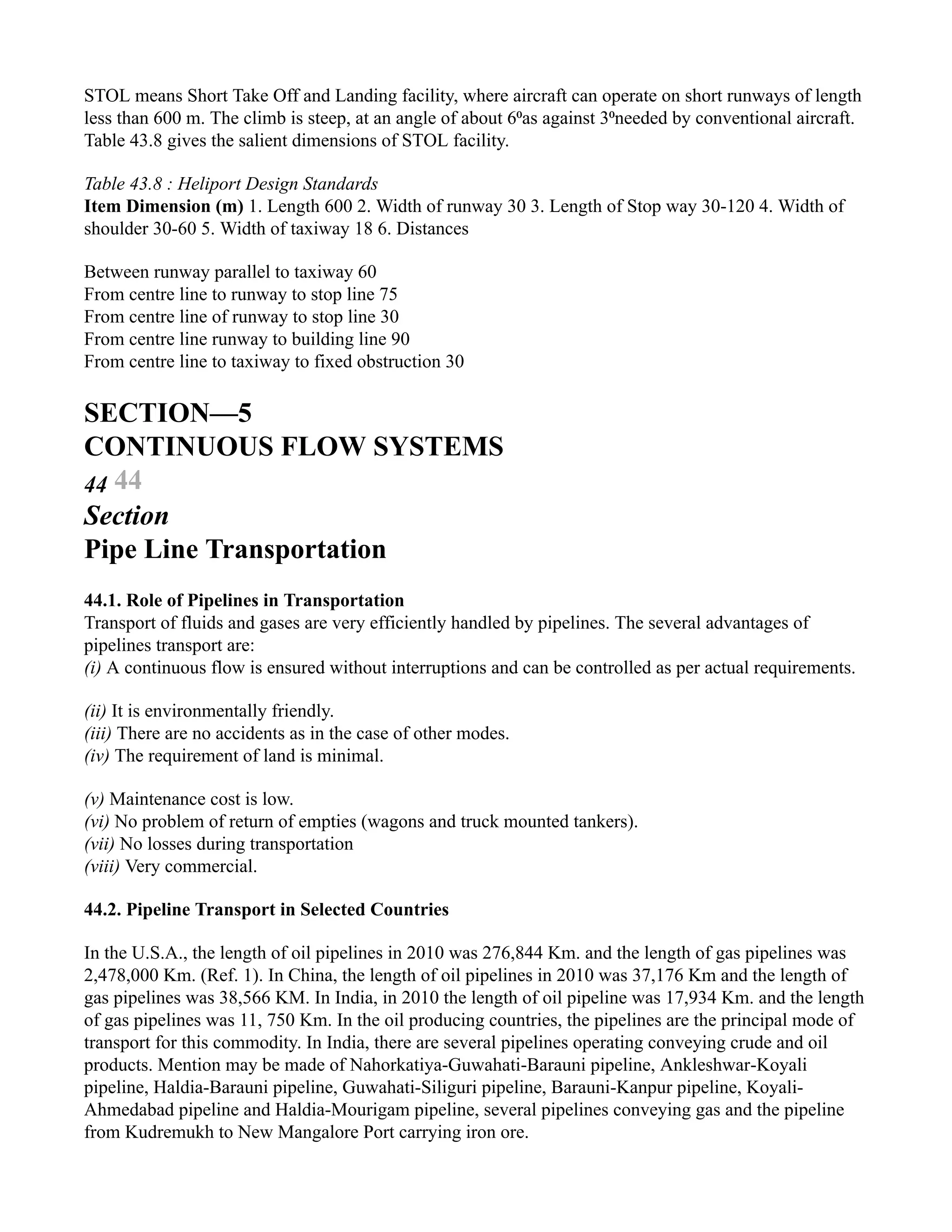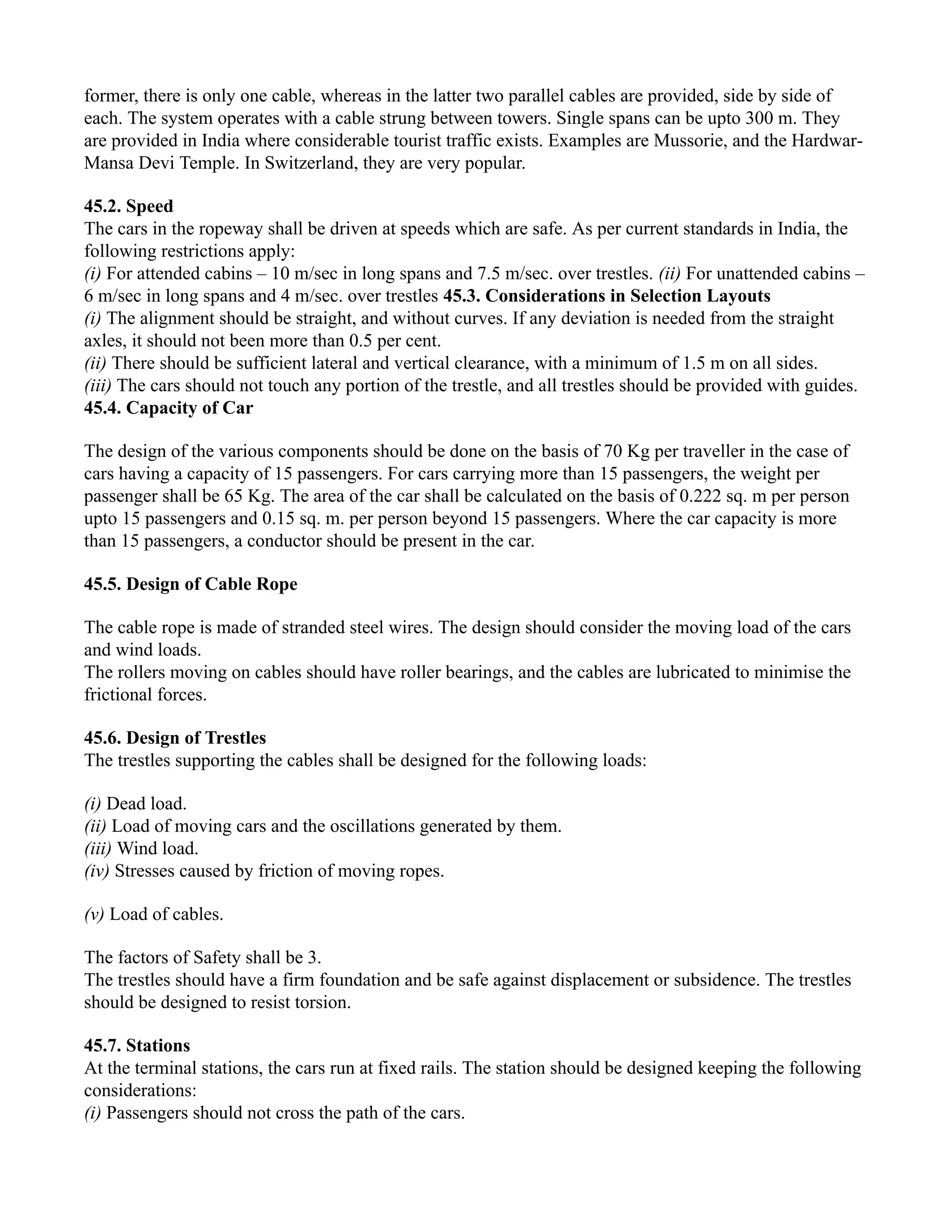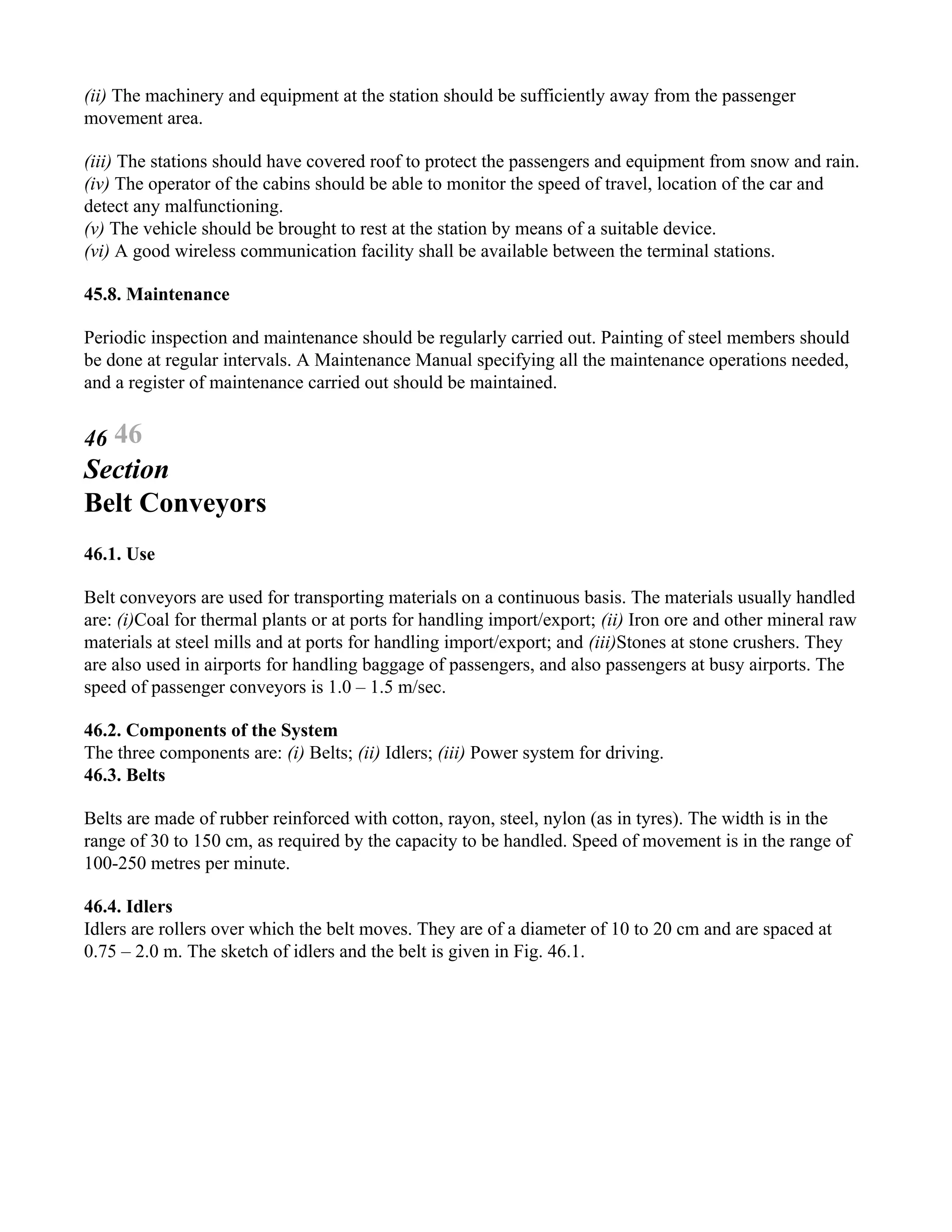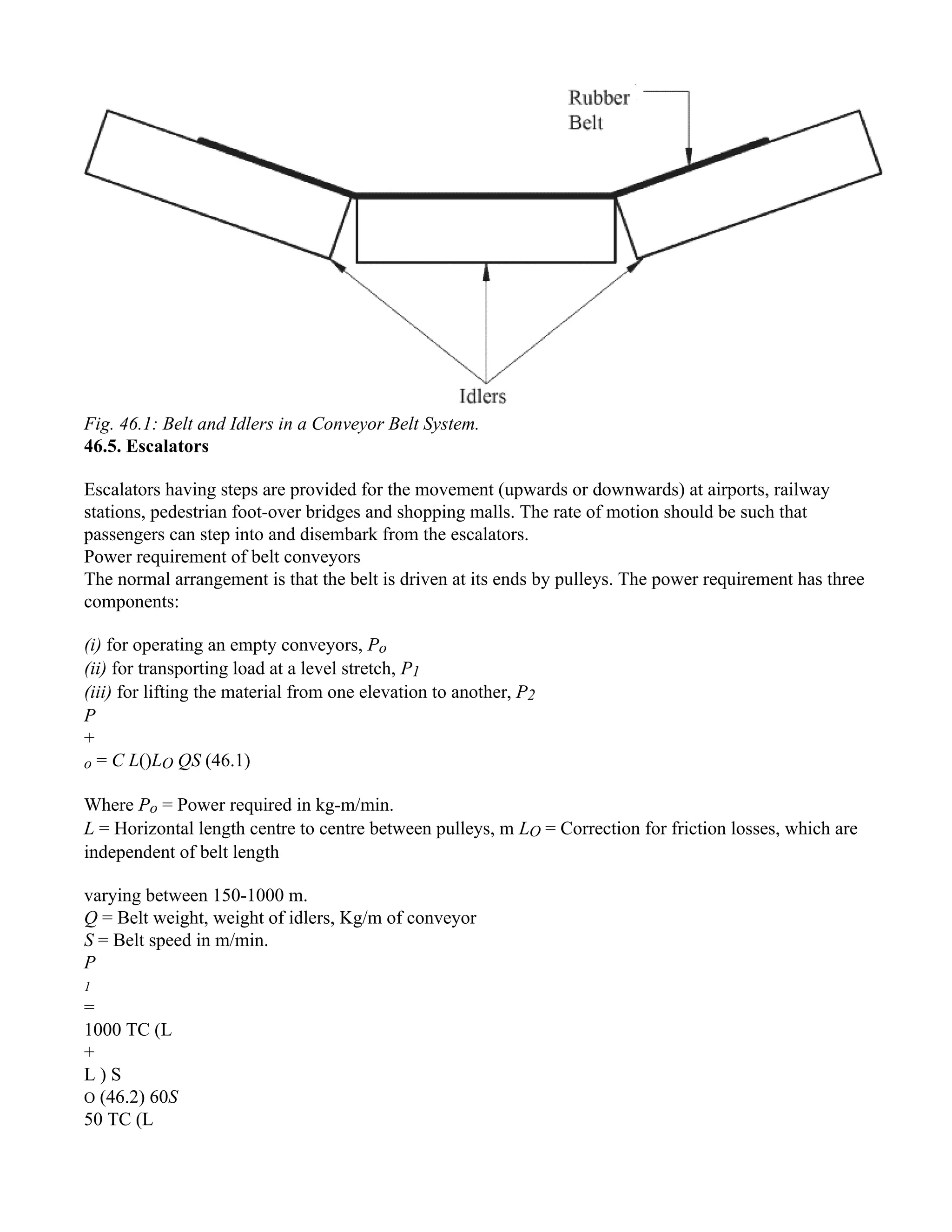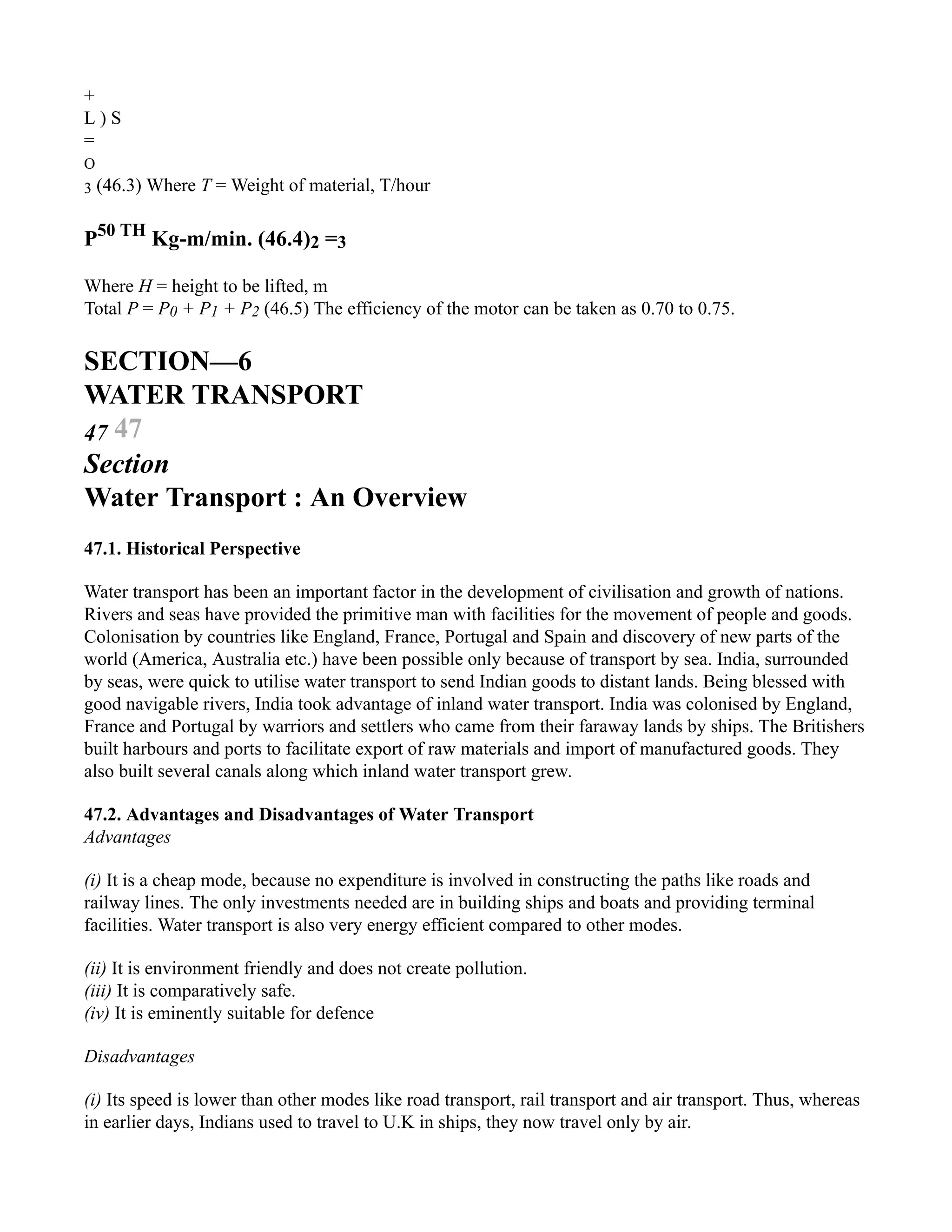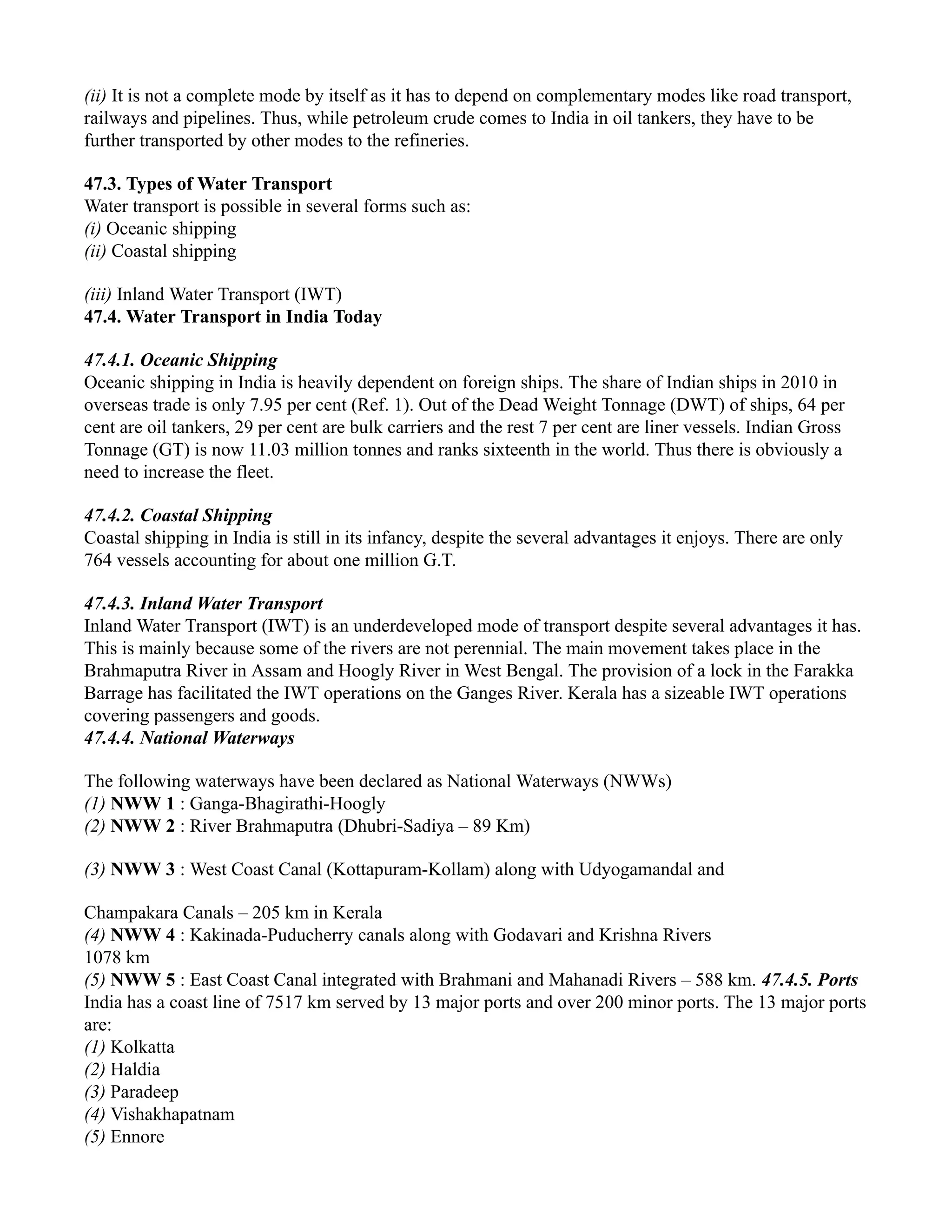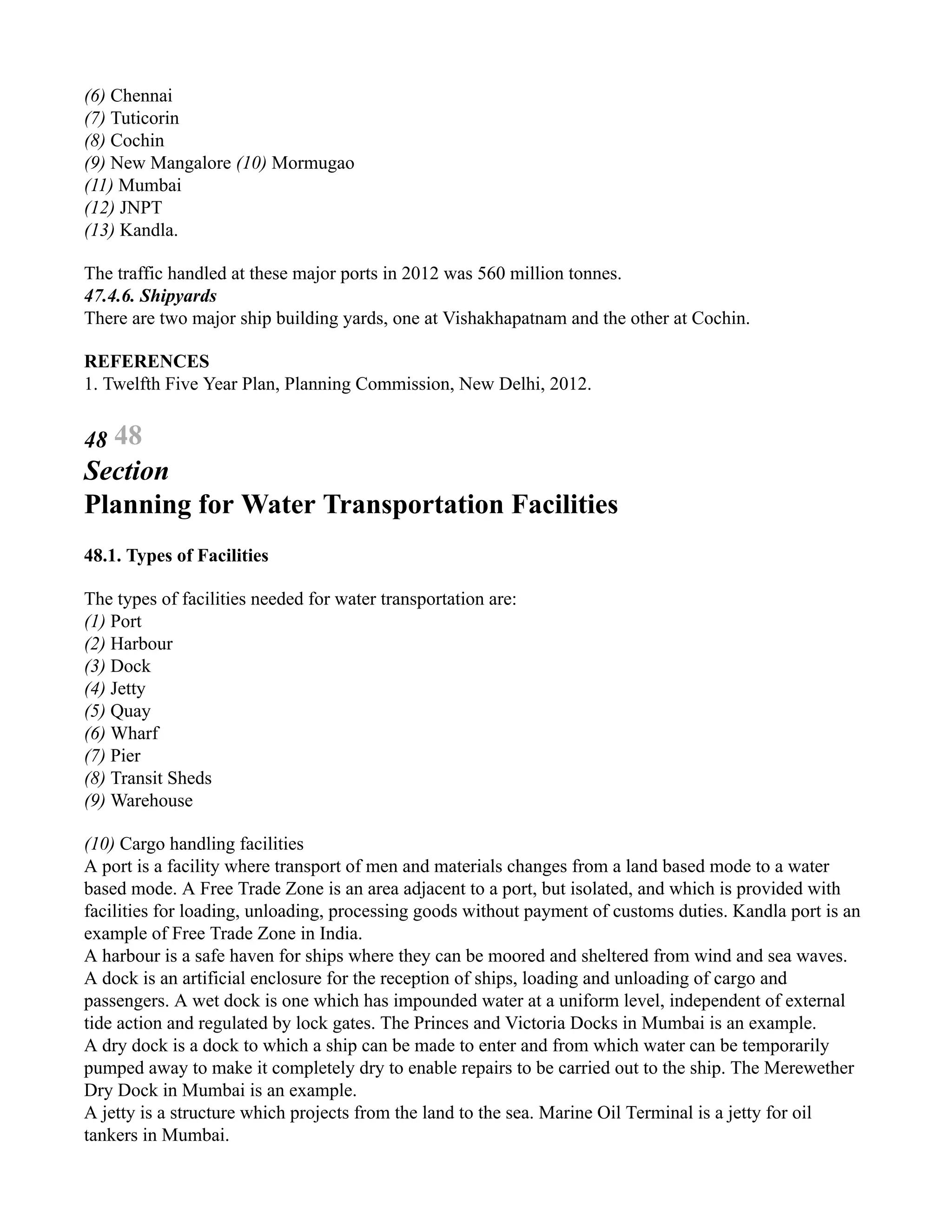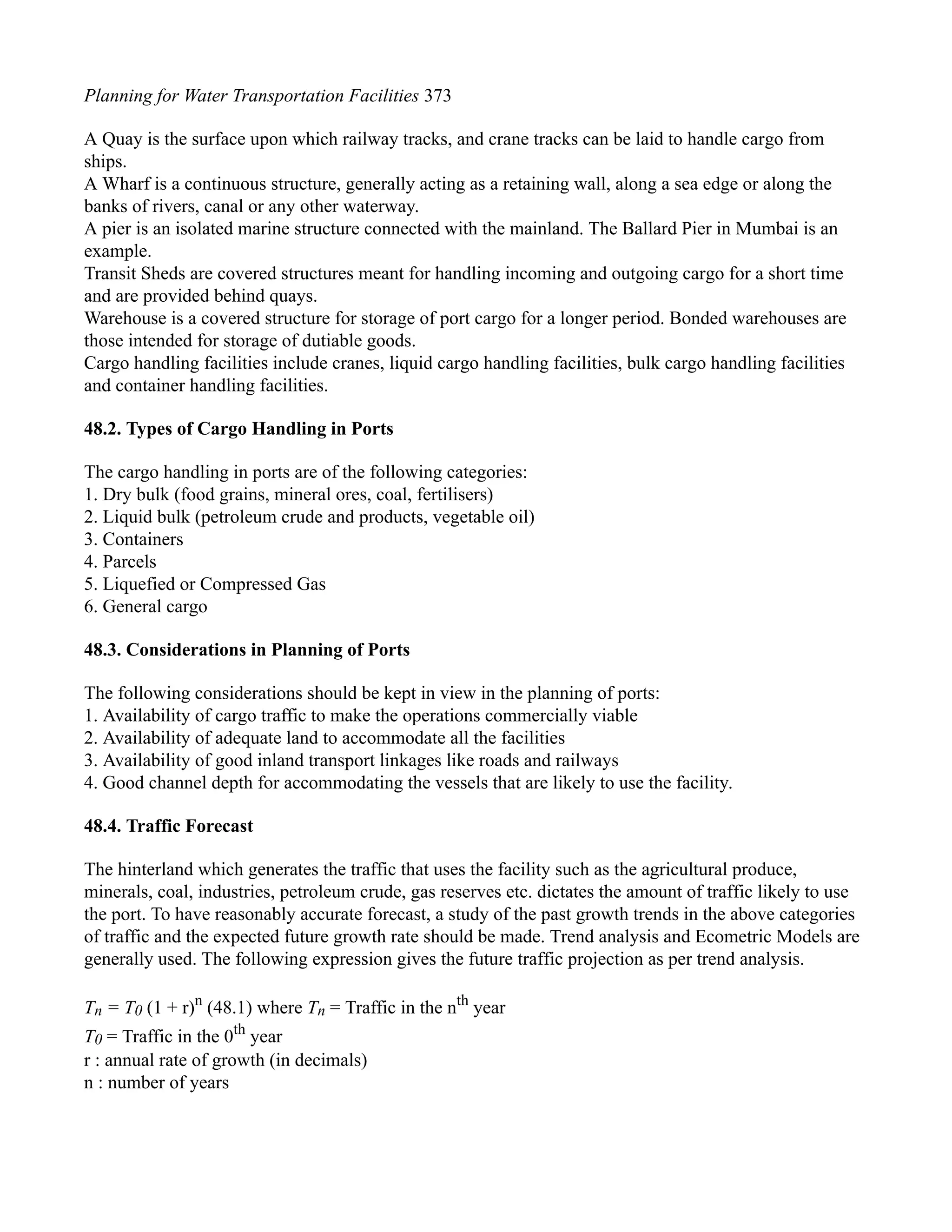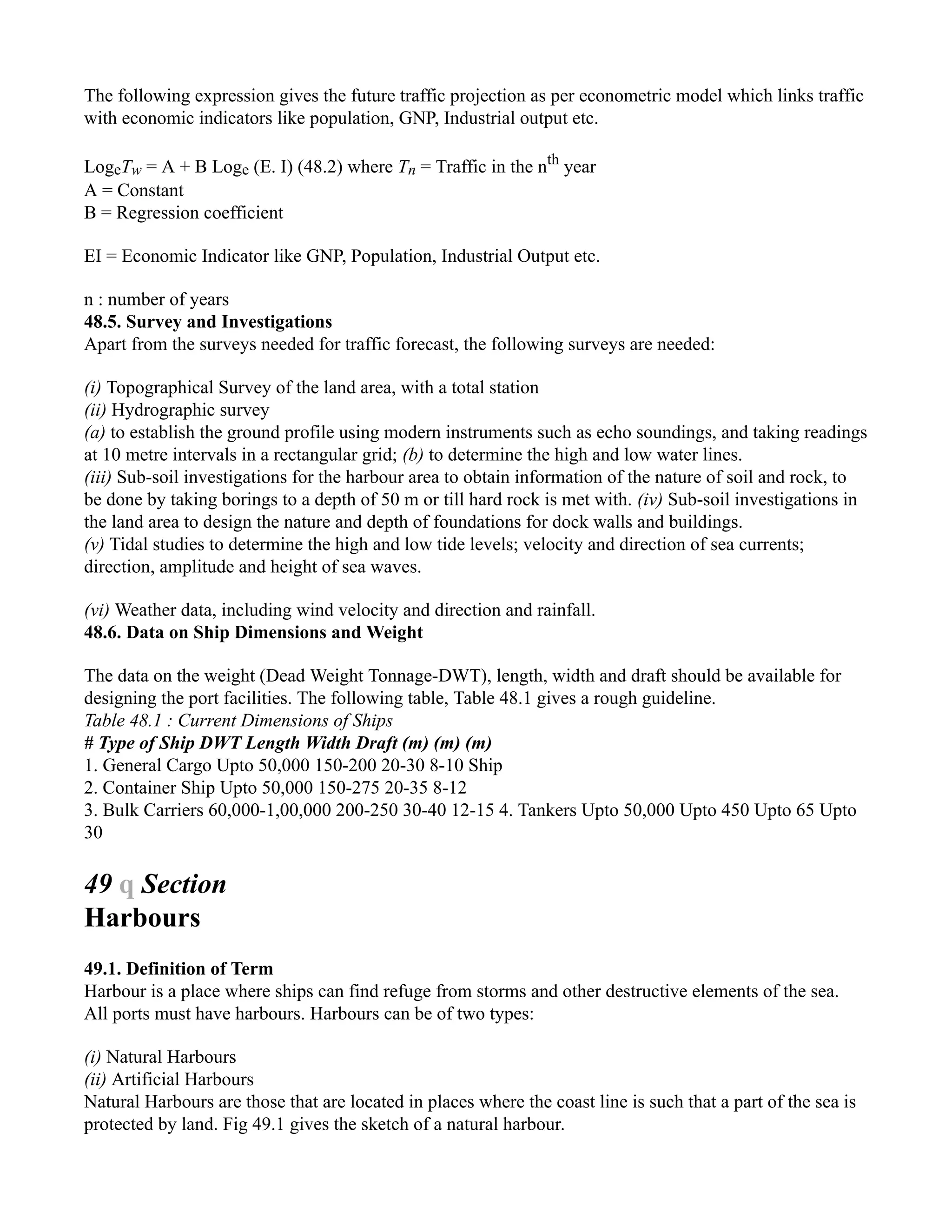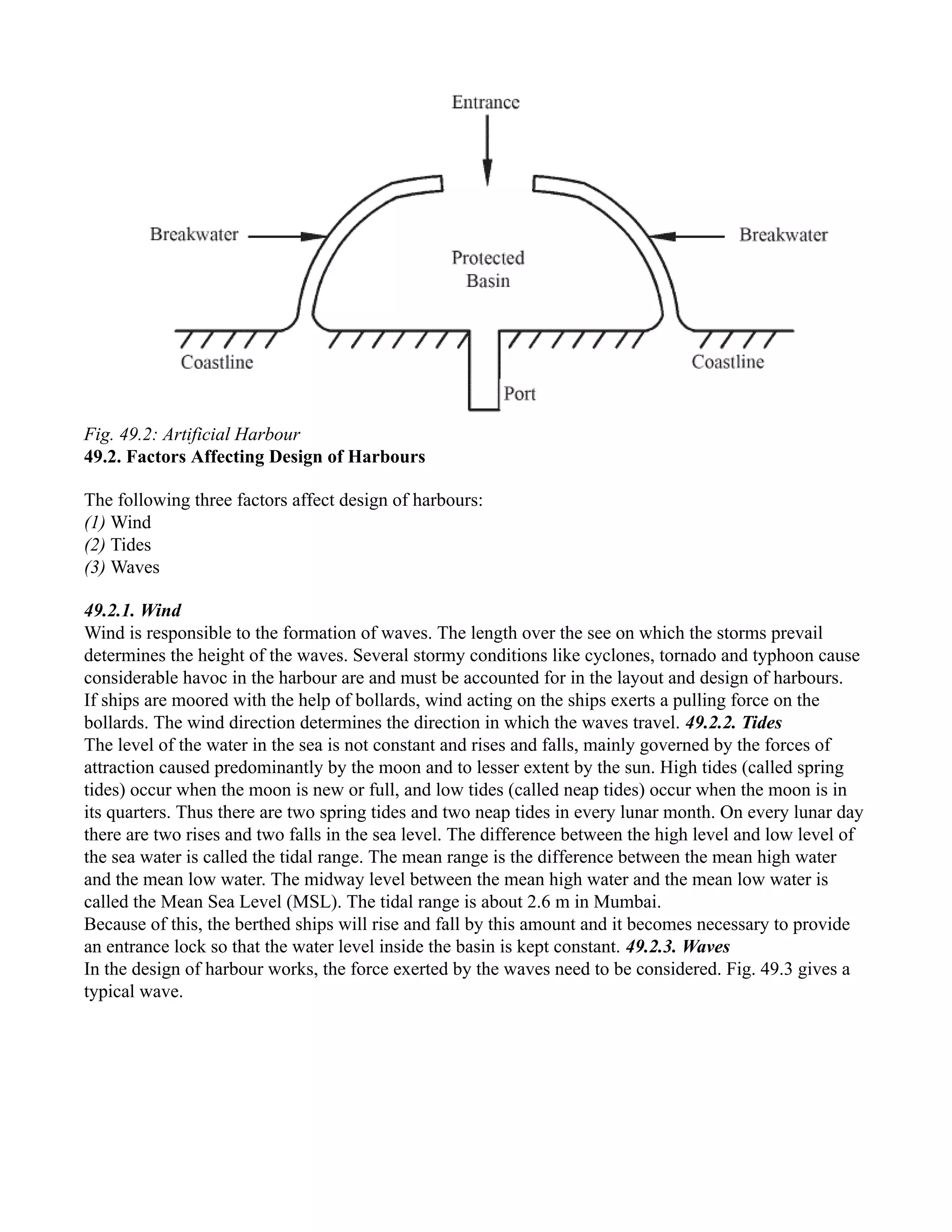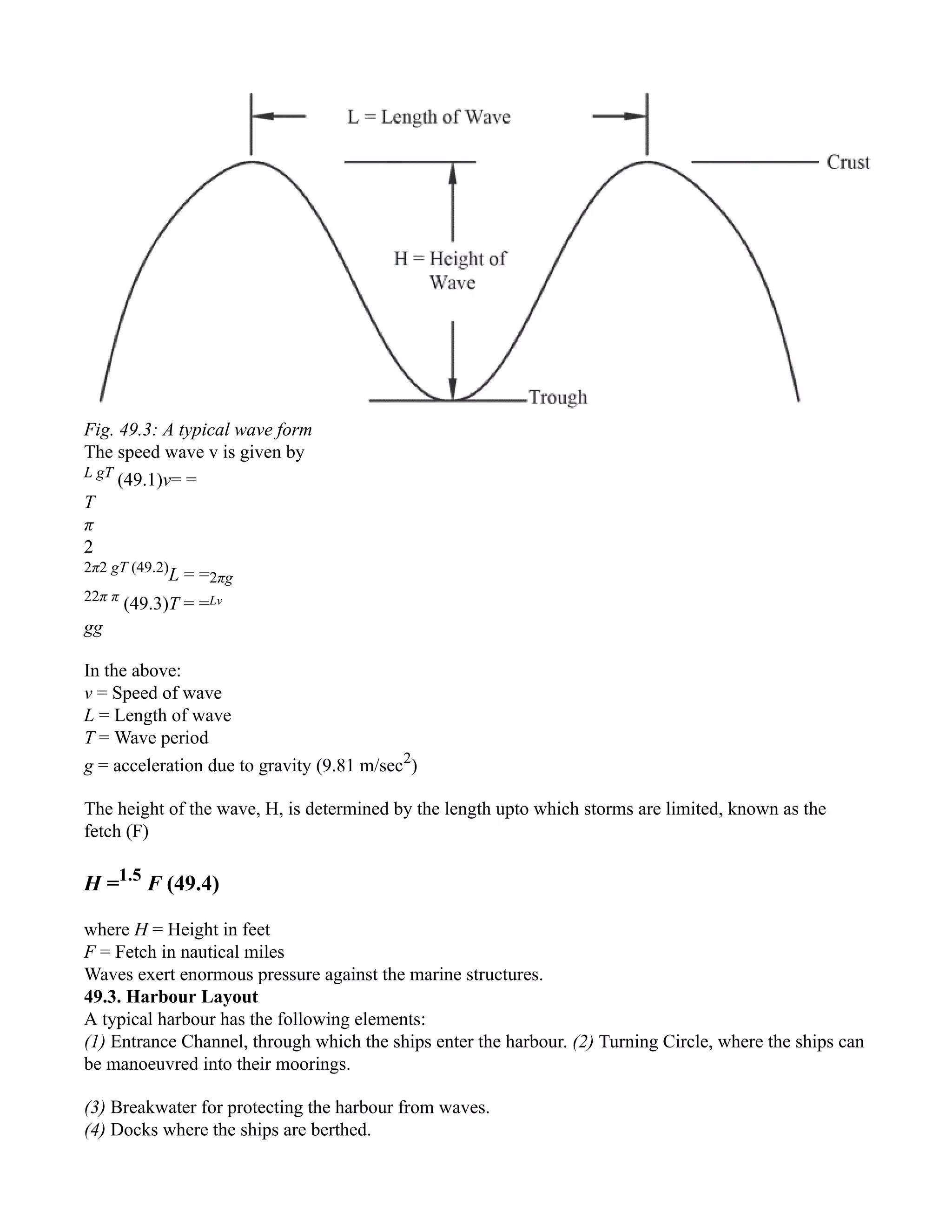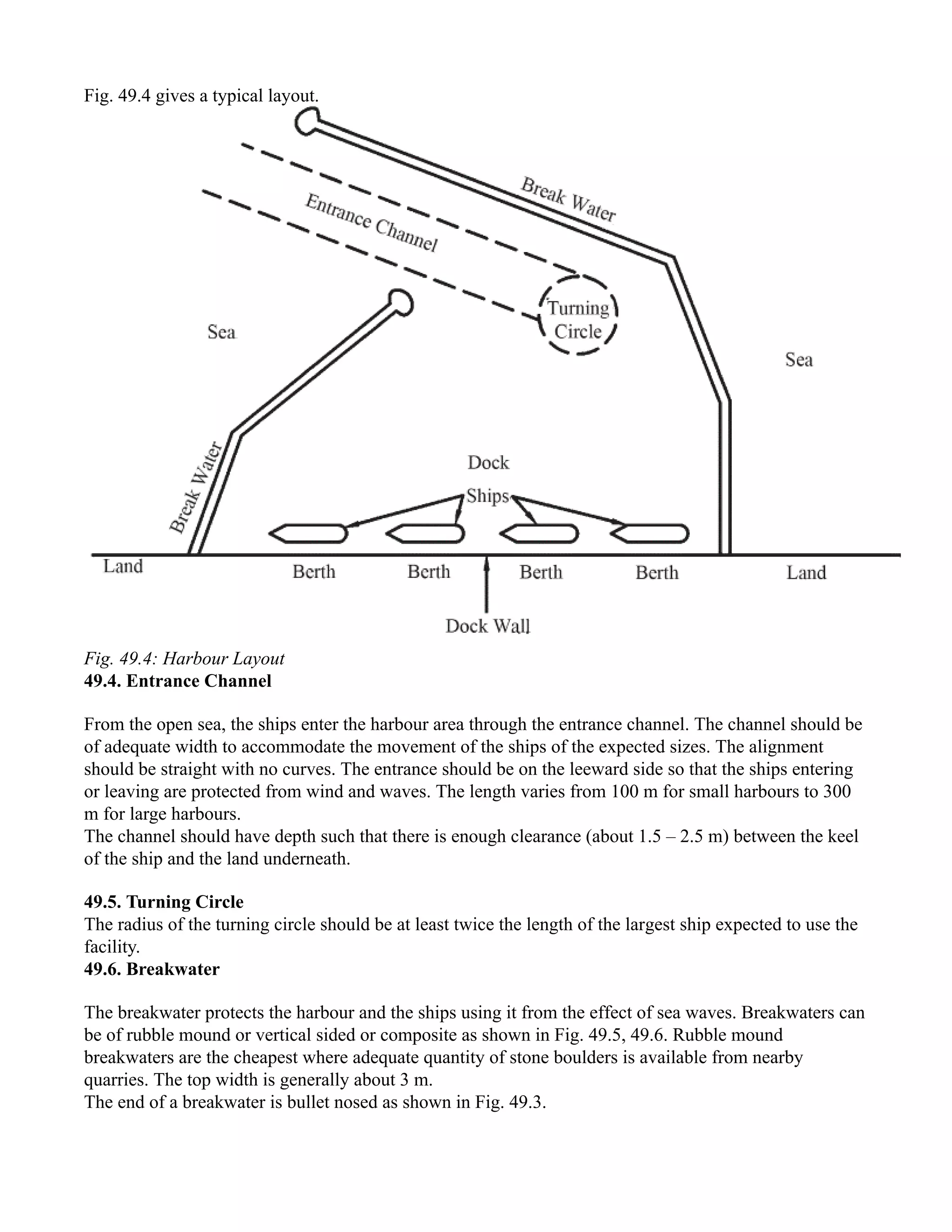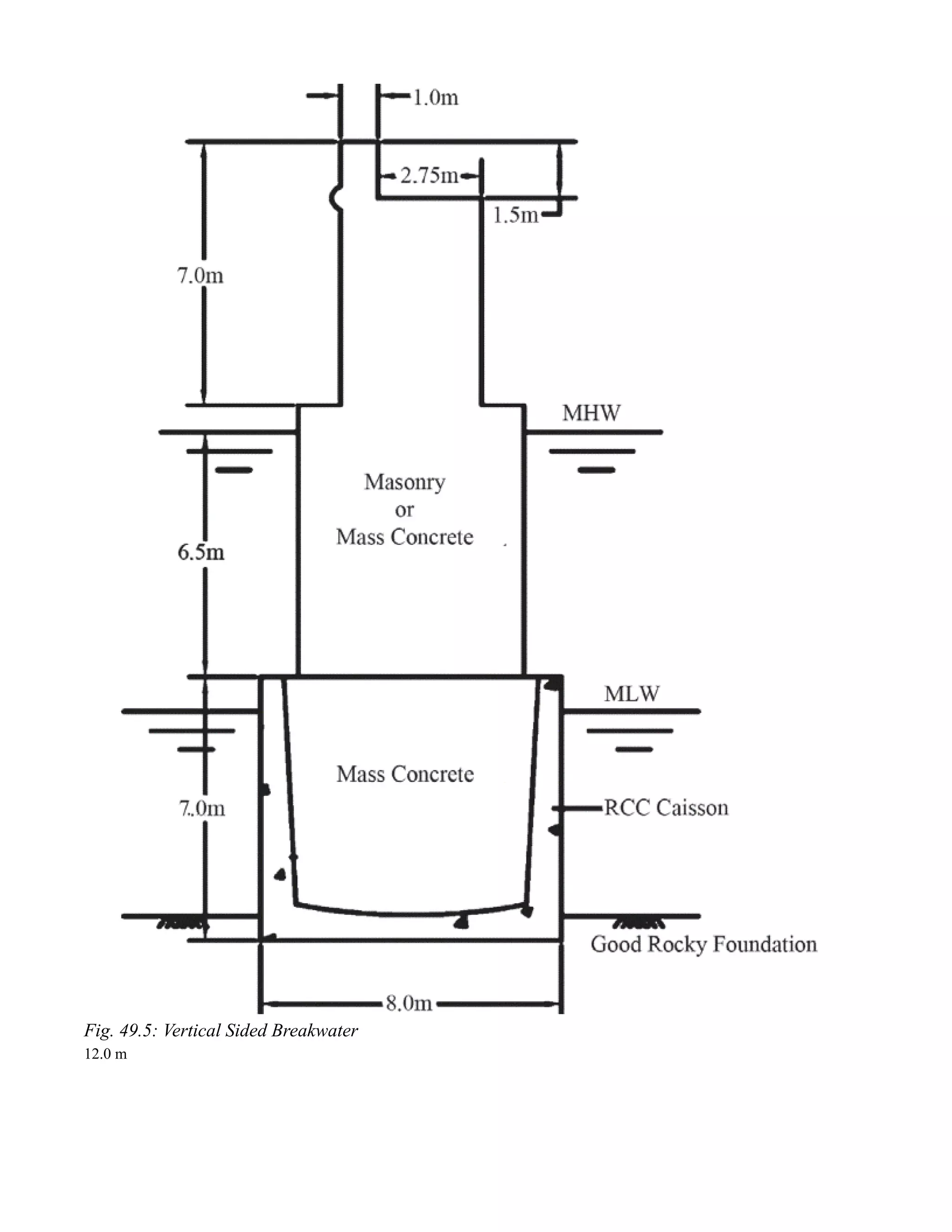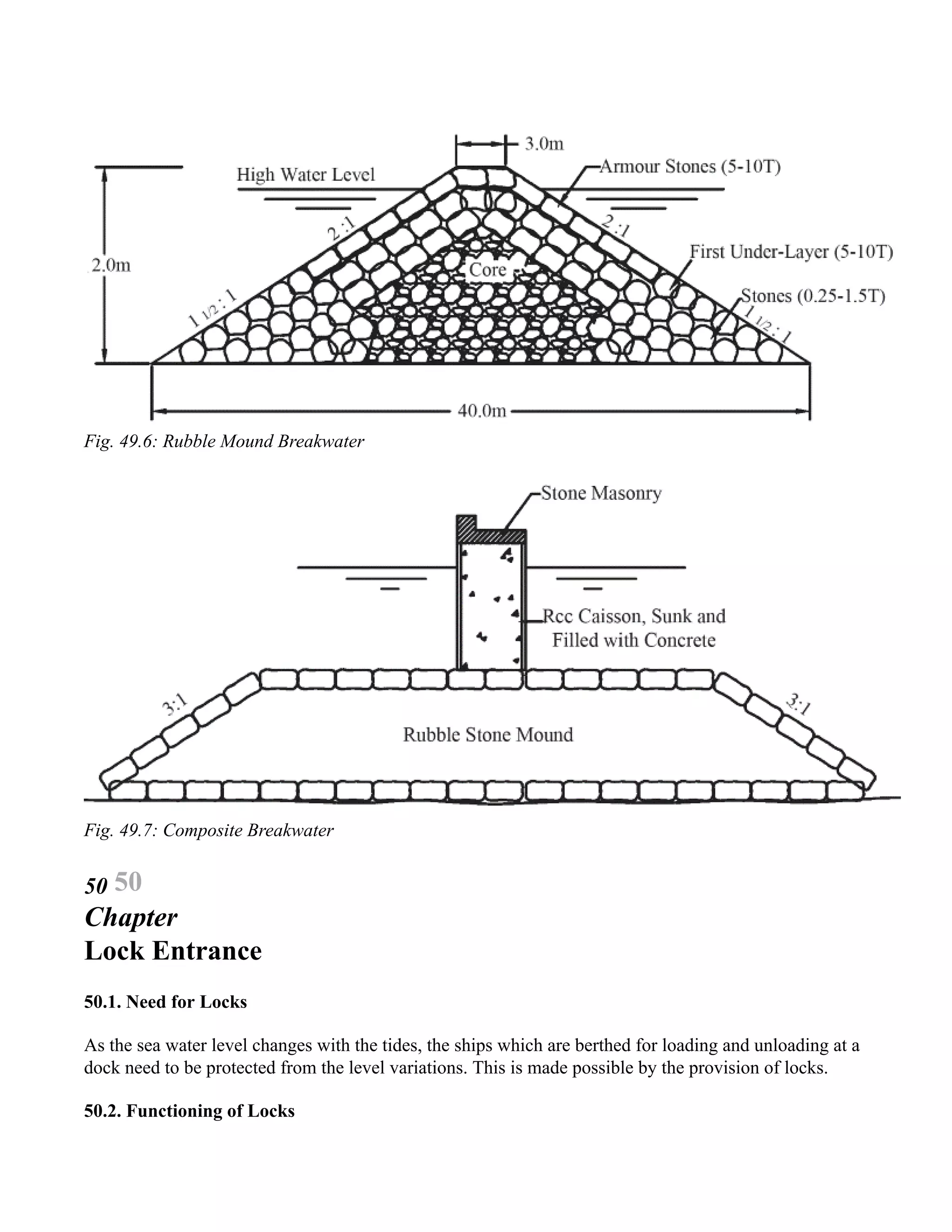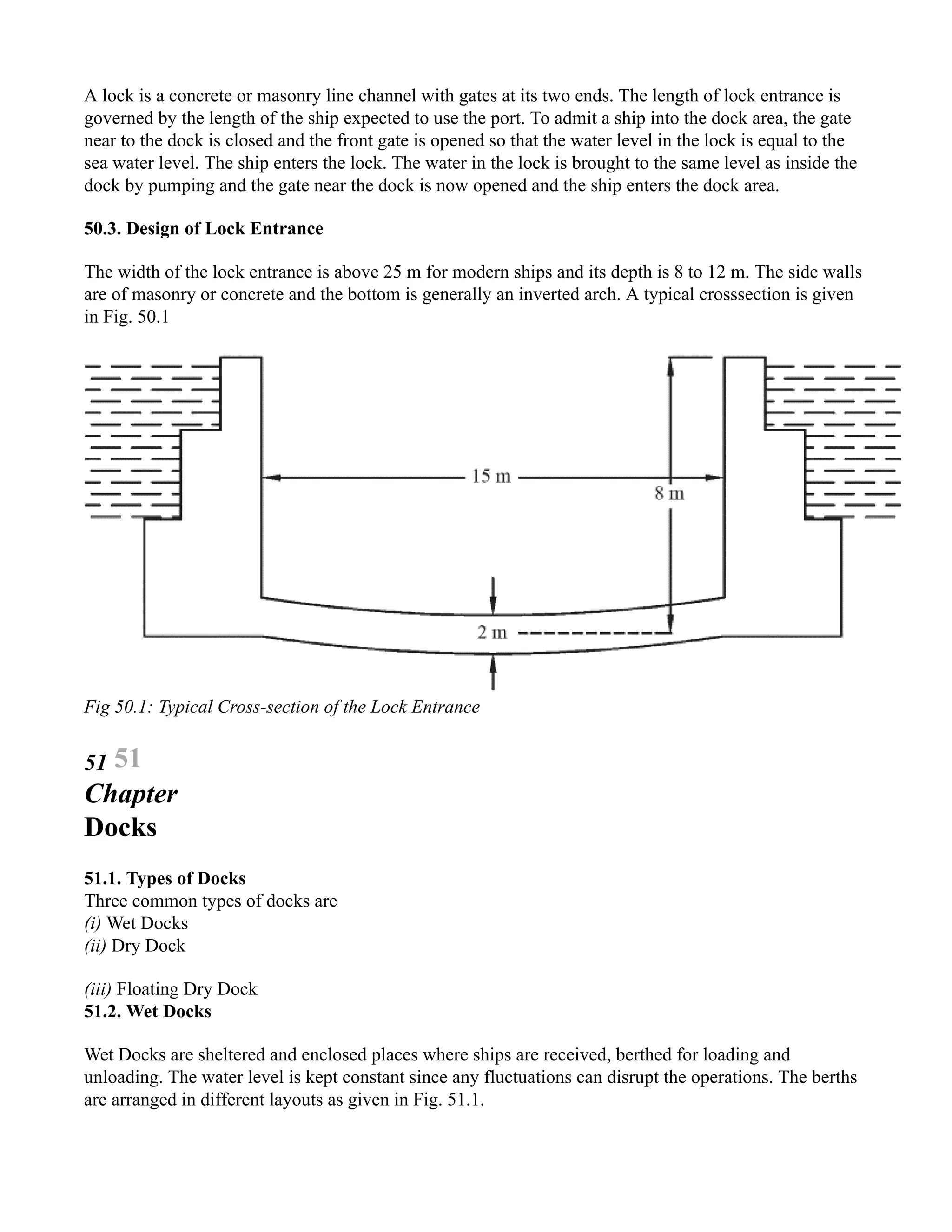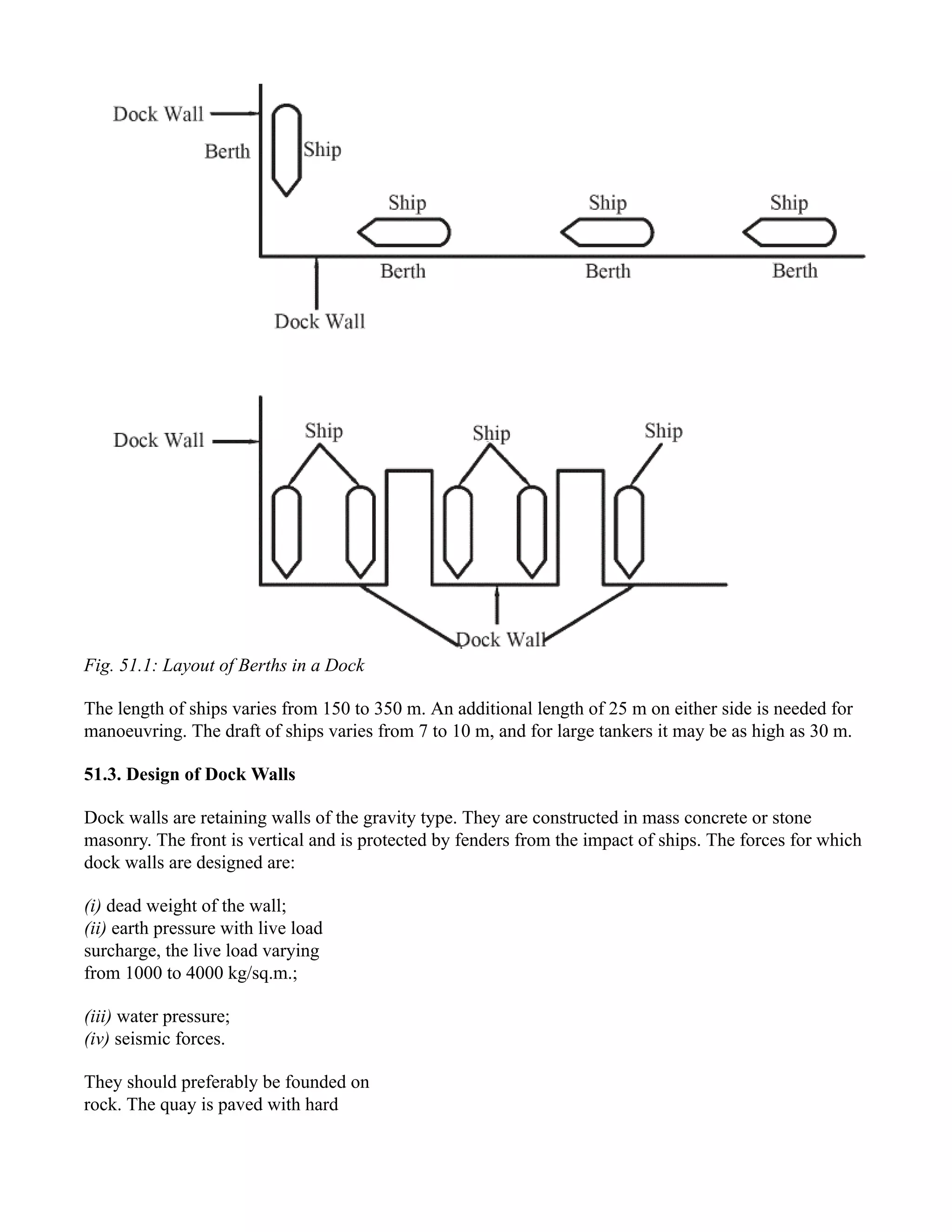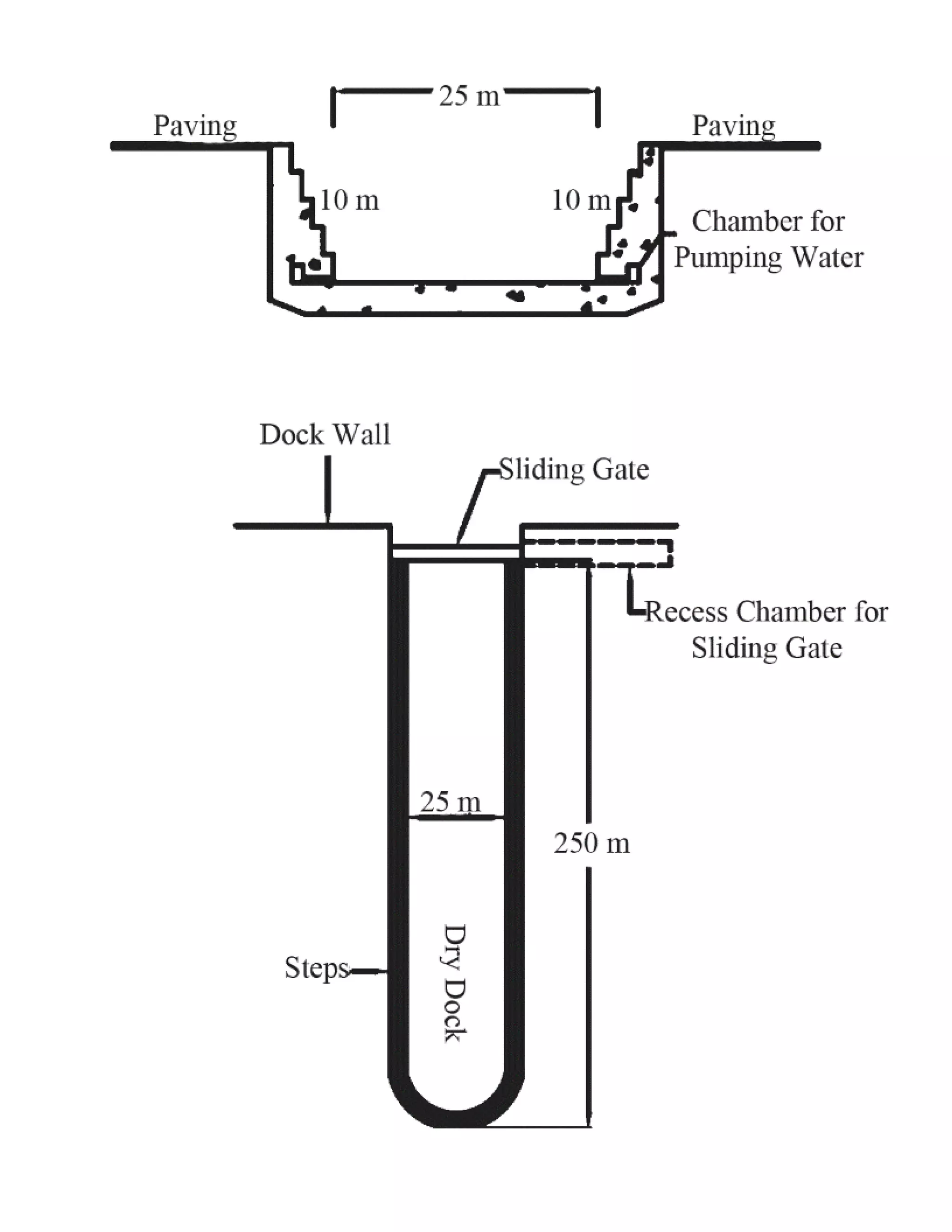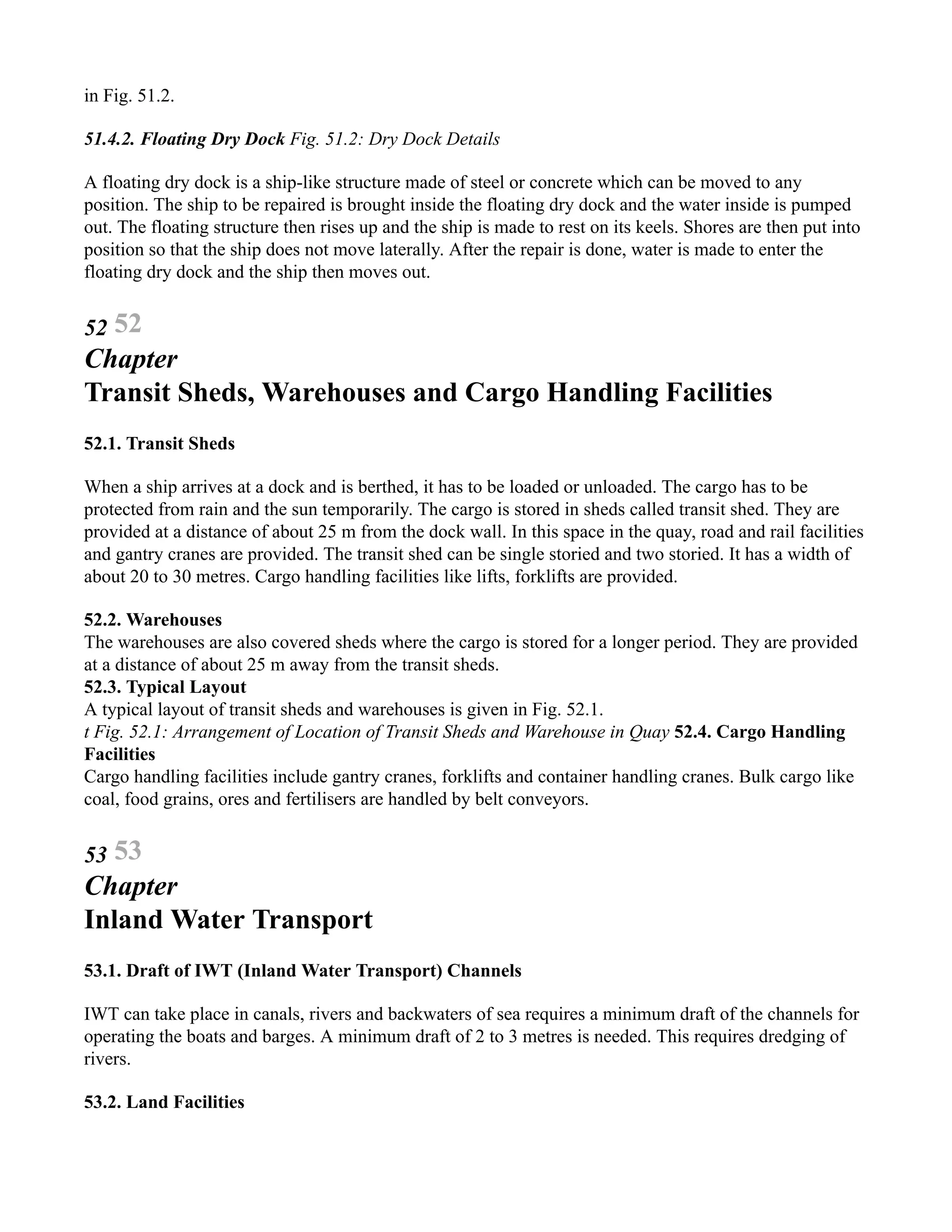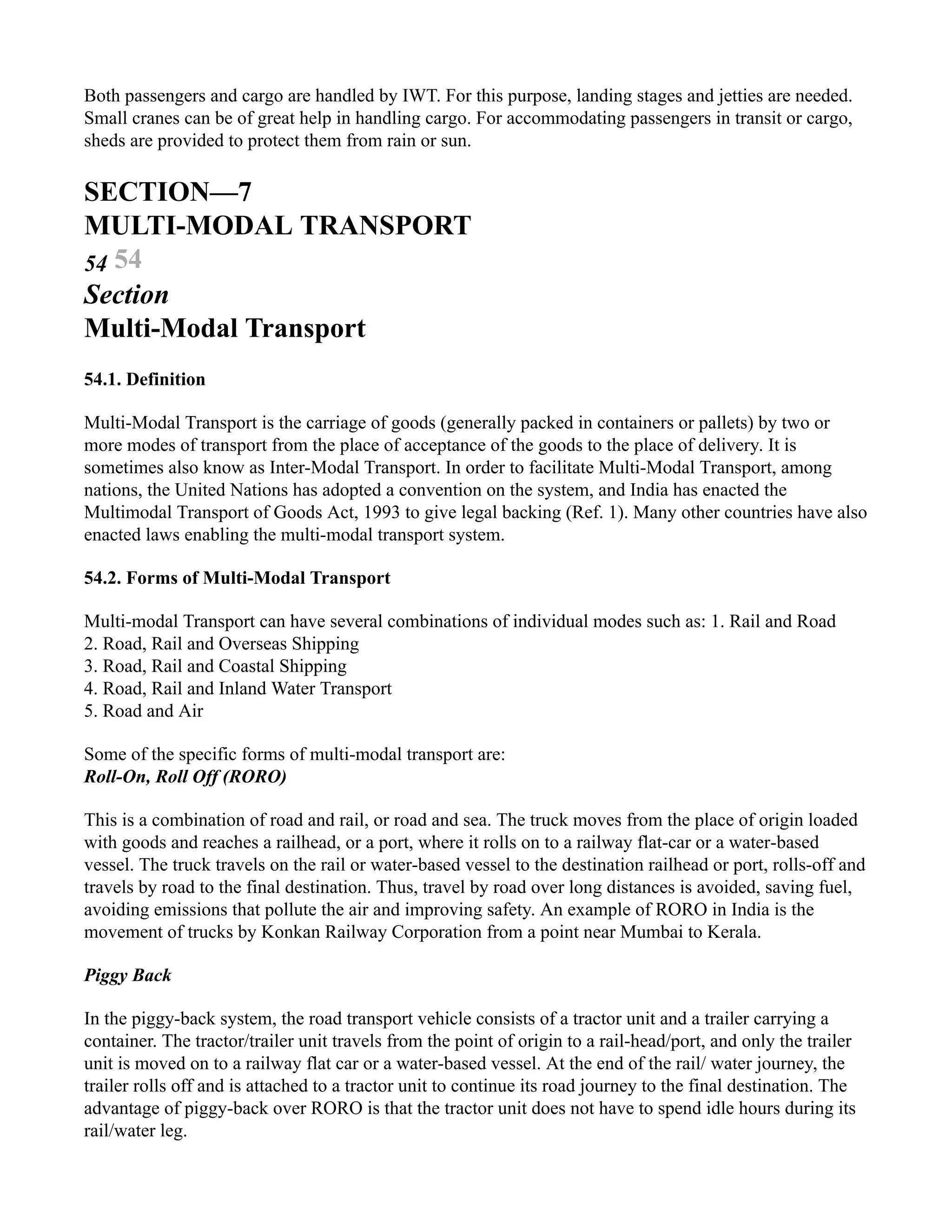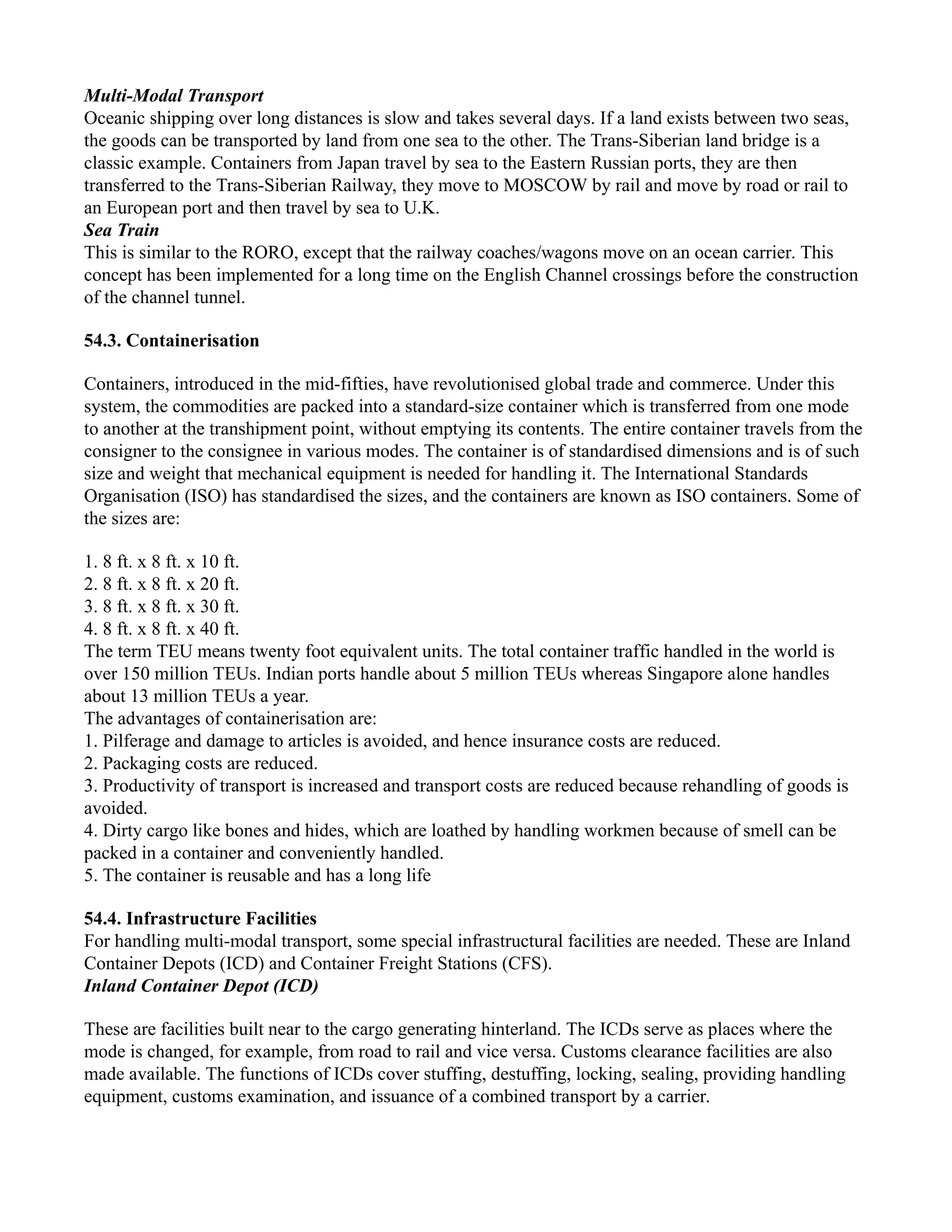This document provides an overview of the book "Transportation Engineering" by Dr. L. R. Kadiyali. It includes information about the author's qualifications and experience. The preface outlines some of the key issues addressed in the book, such as deficiencies in India's transportation system and how engineering students can help overcome problems in their careers. The book is divided into multiple sections covering topics such as transportation systems and planning, highway engineering, and pavement design and construction. It aims to provide engineering students with knowledge of transportation problems in India and potential solutions.
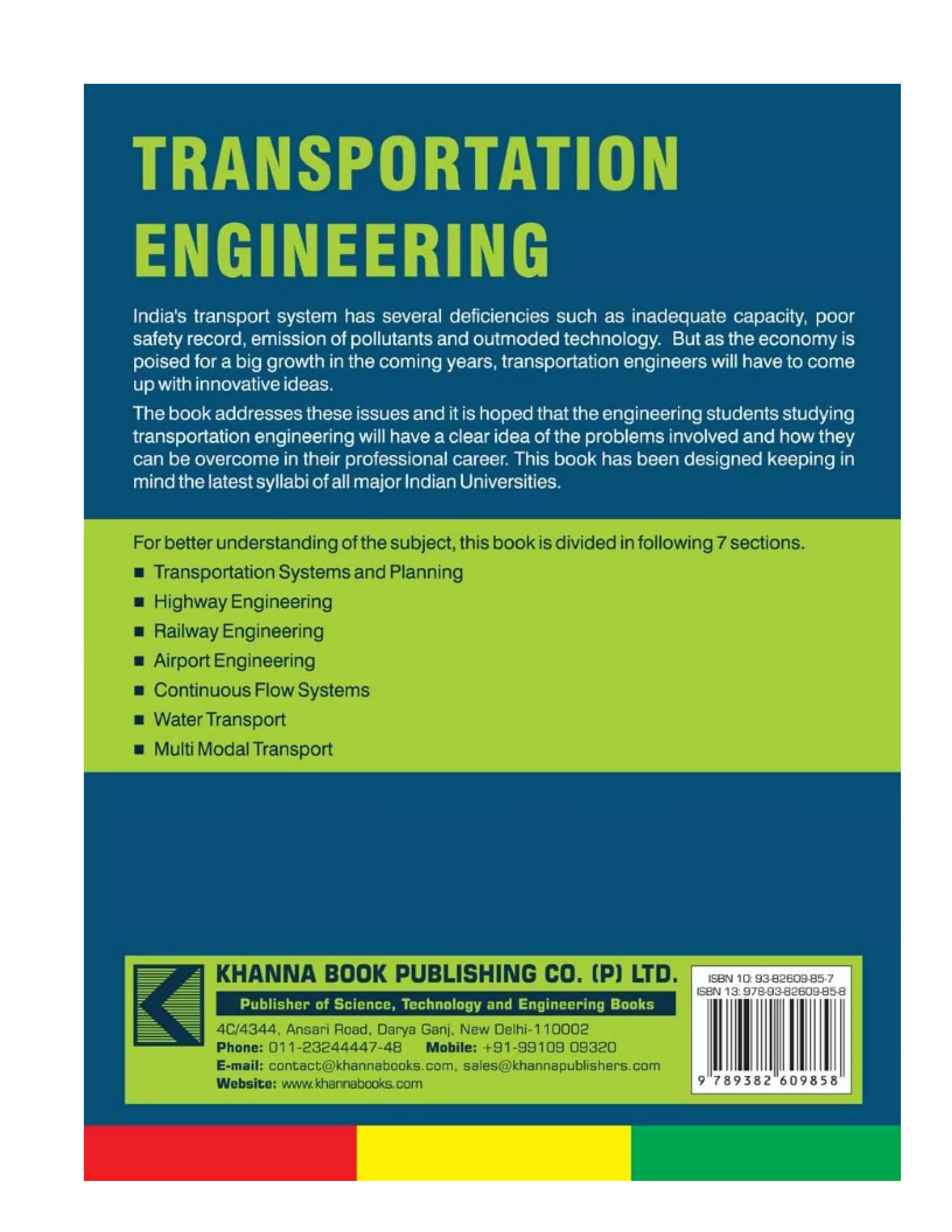
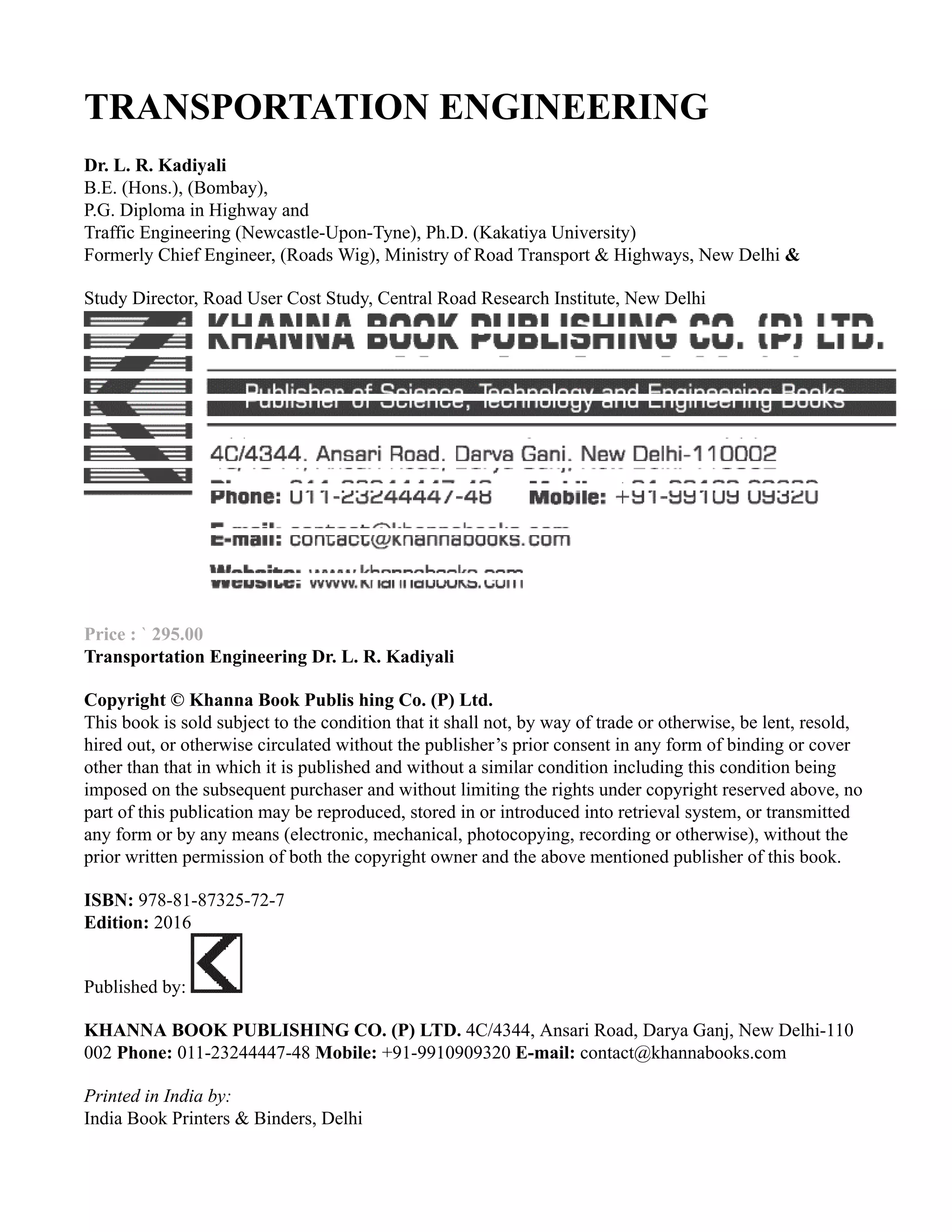

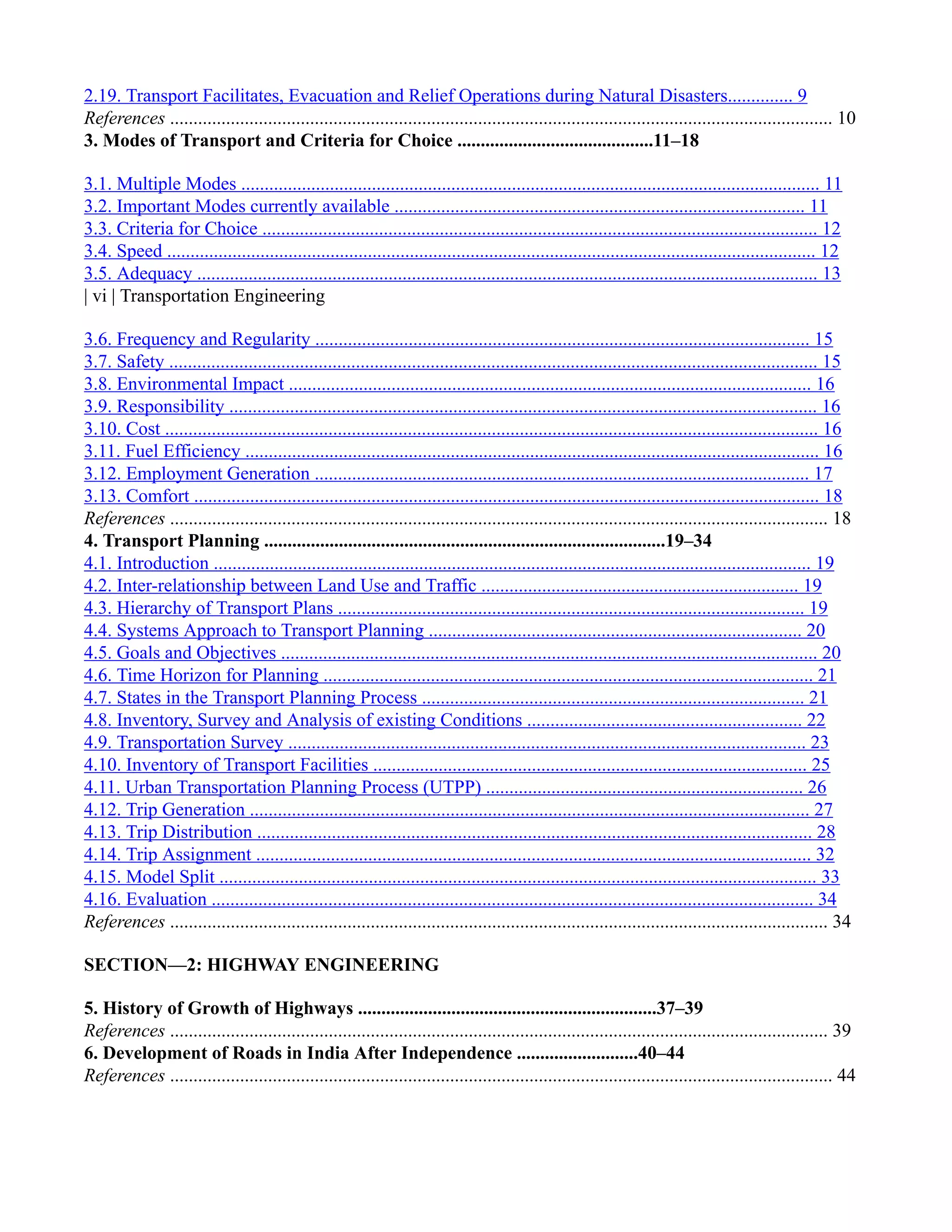
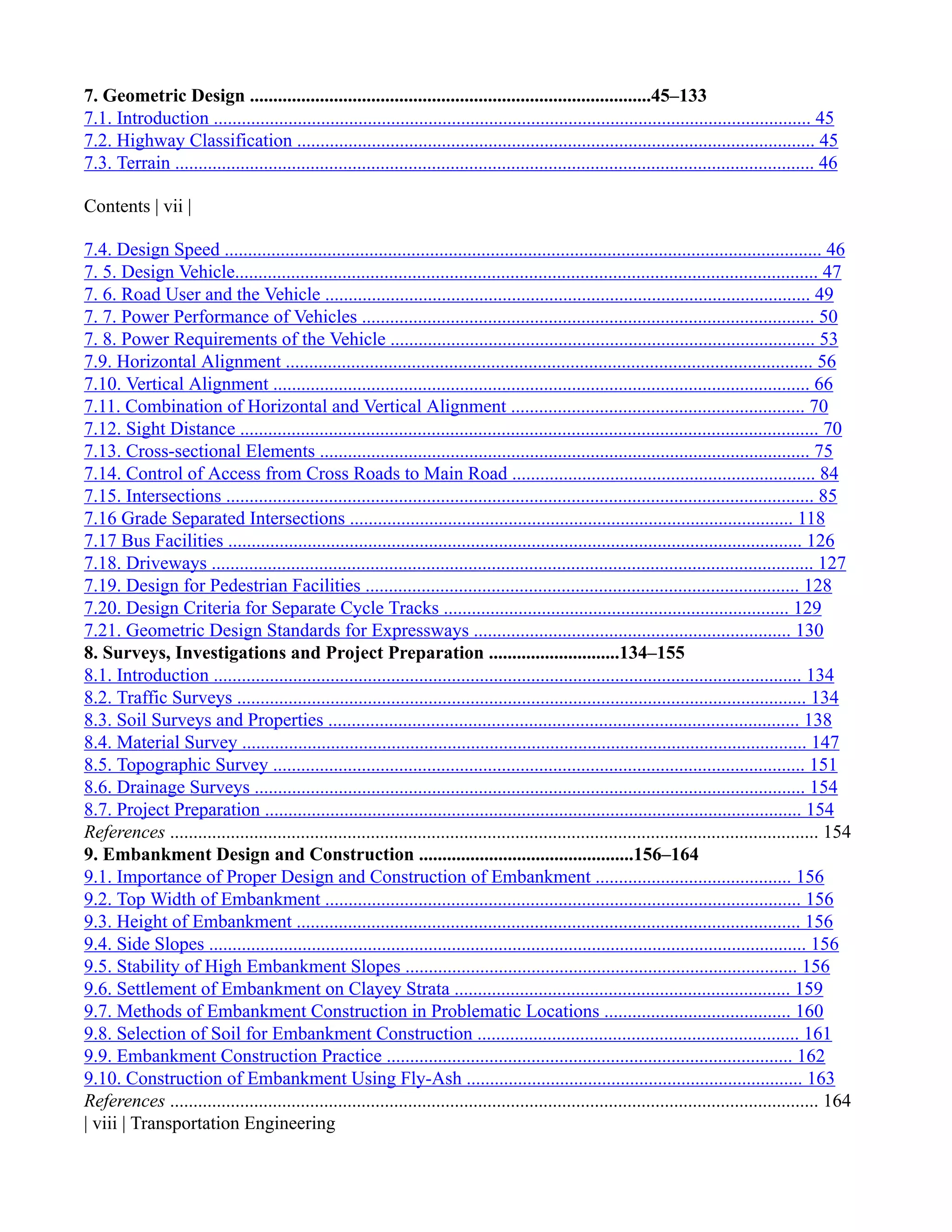
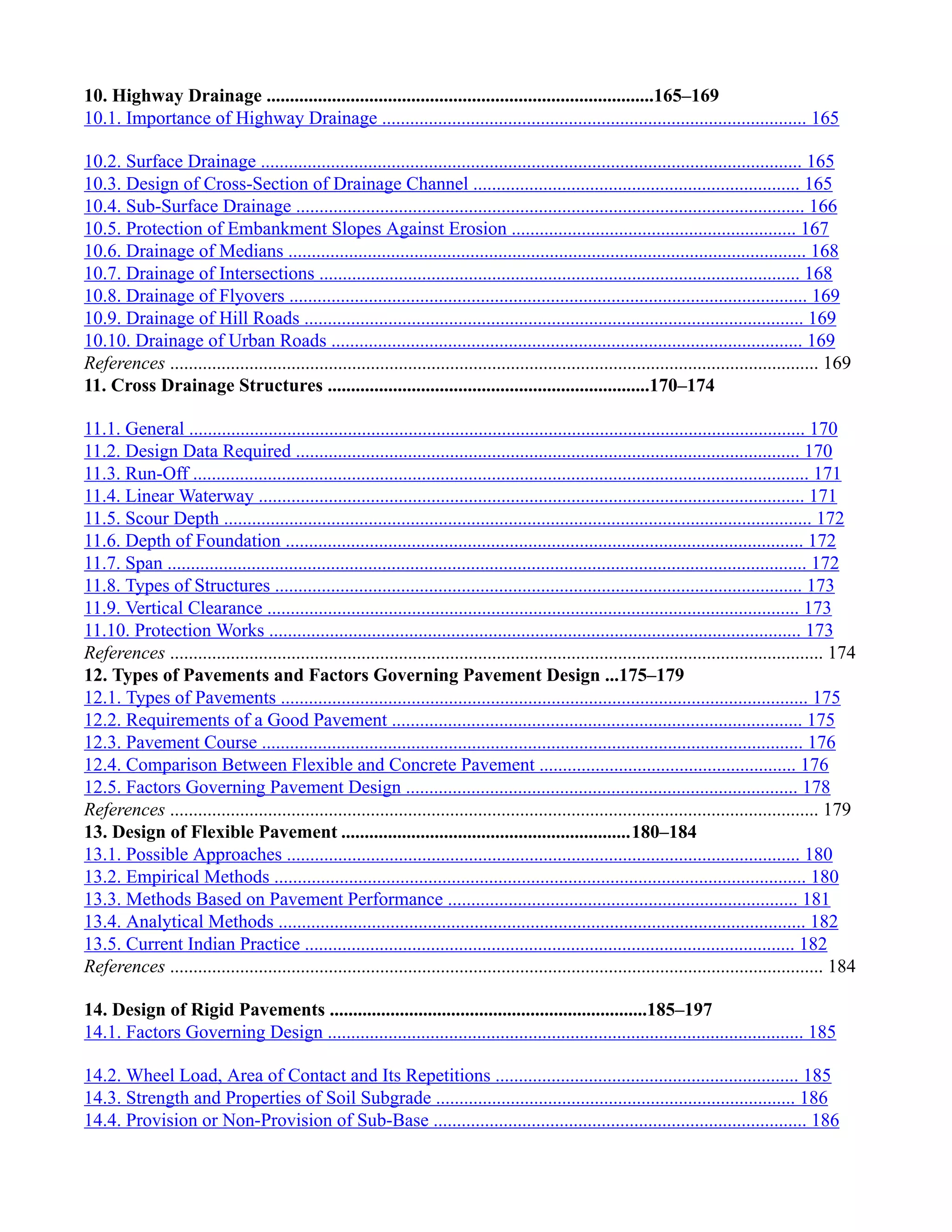
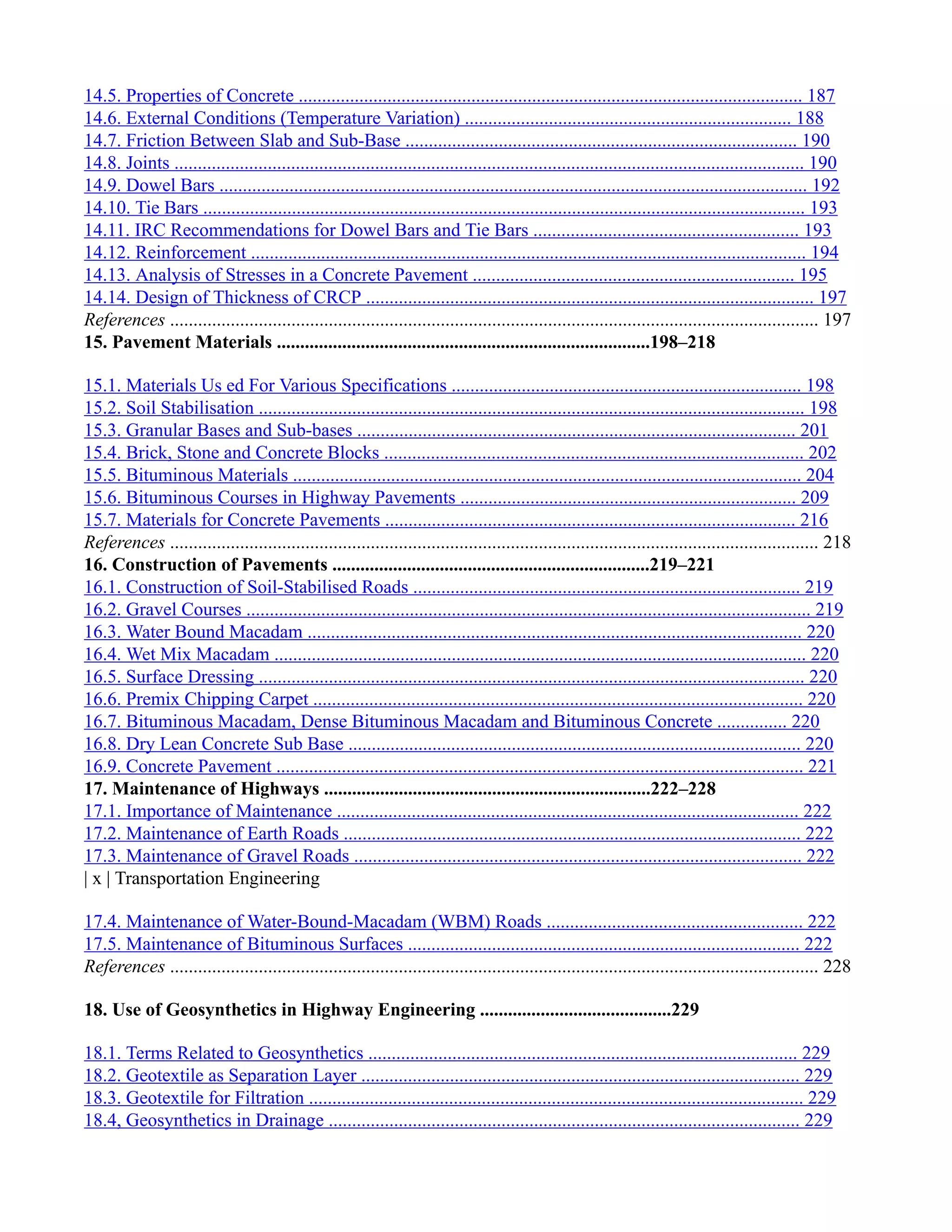
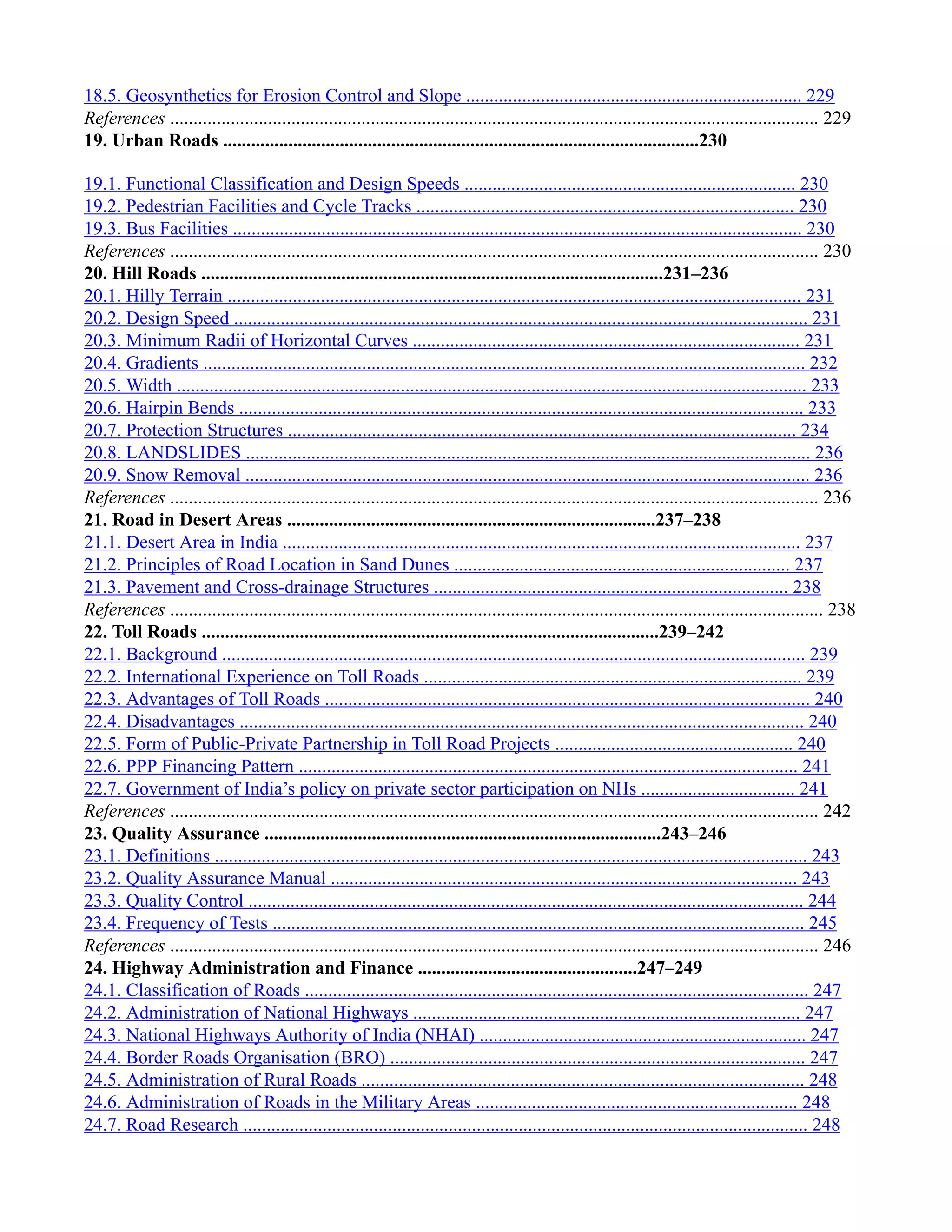
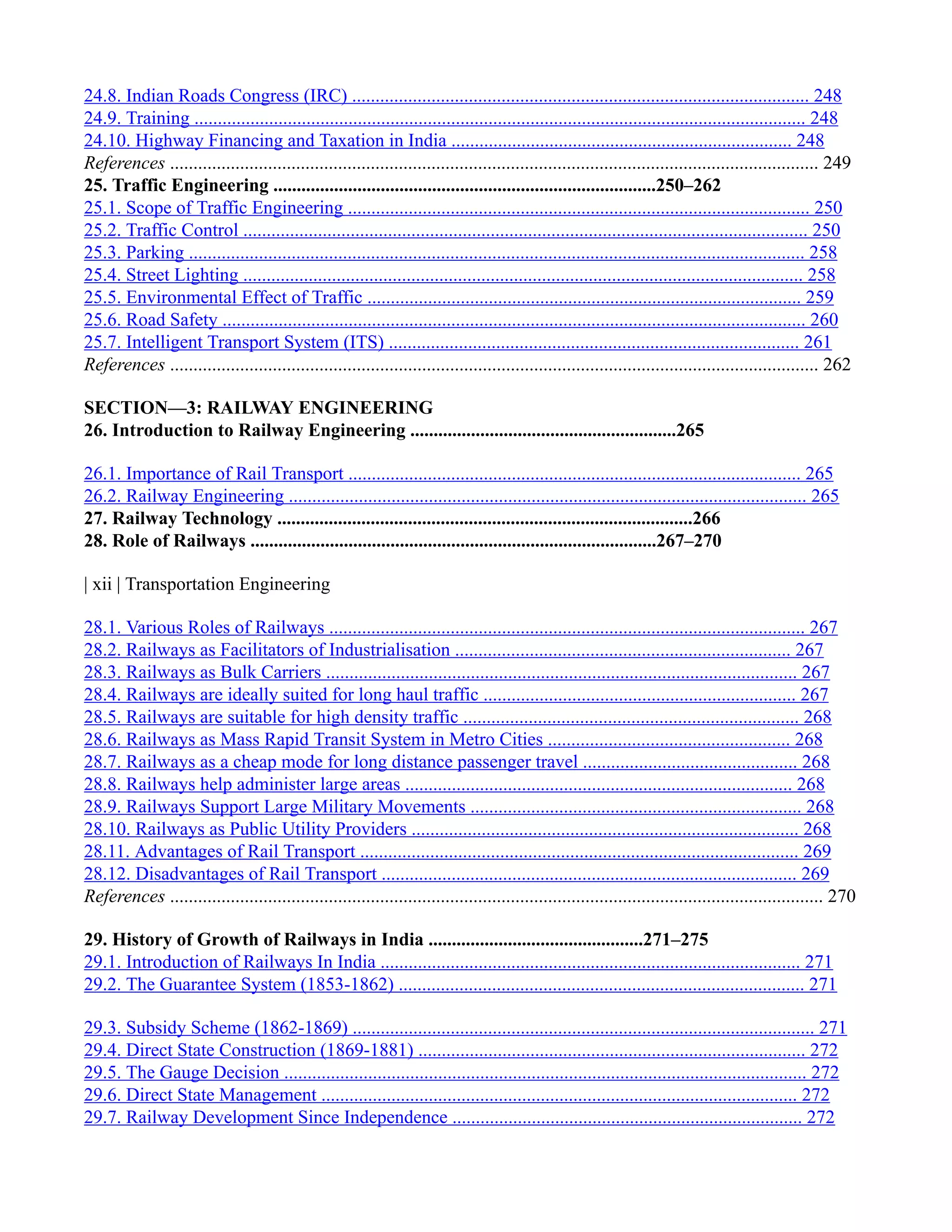
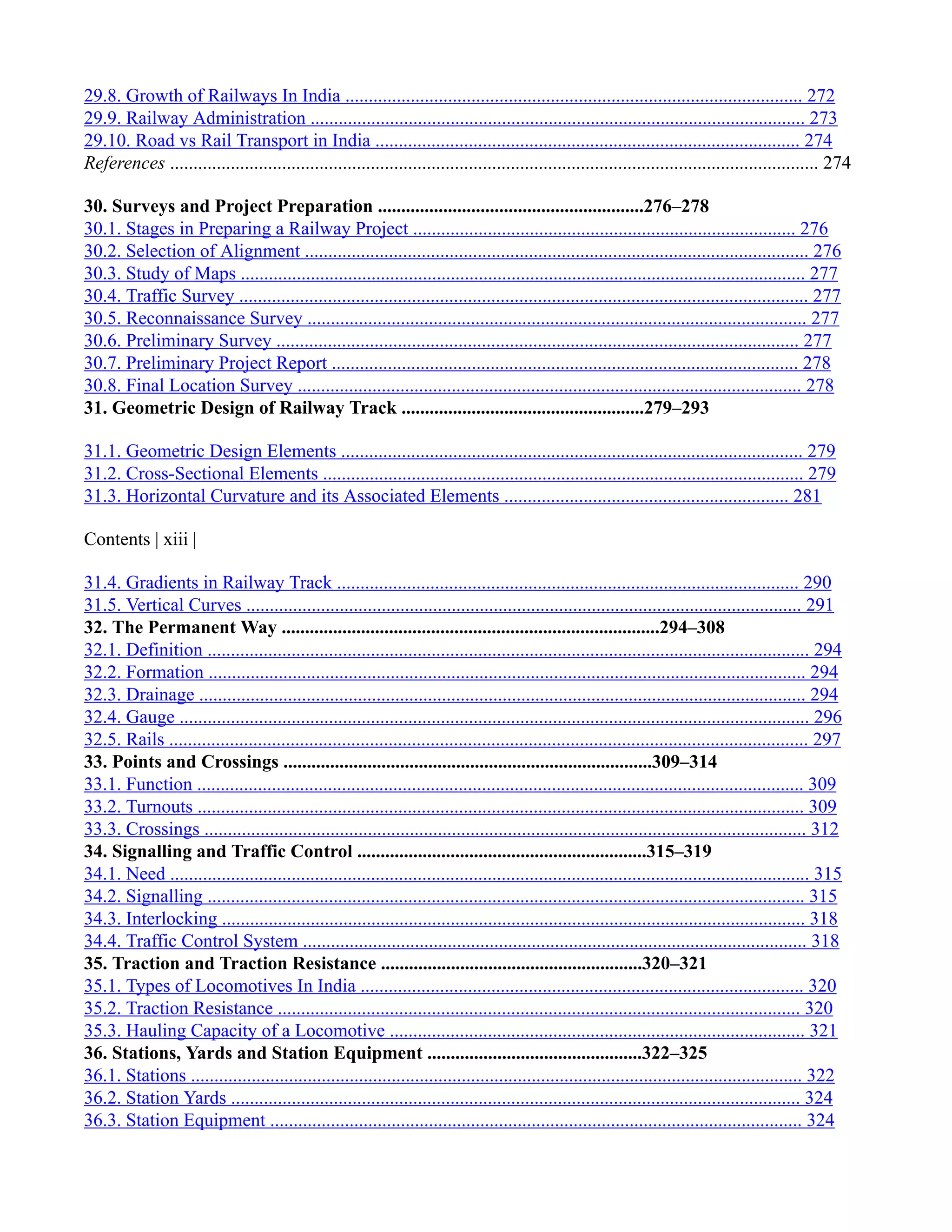
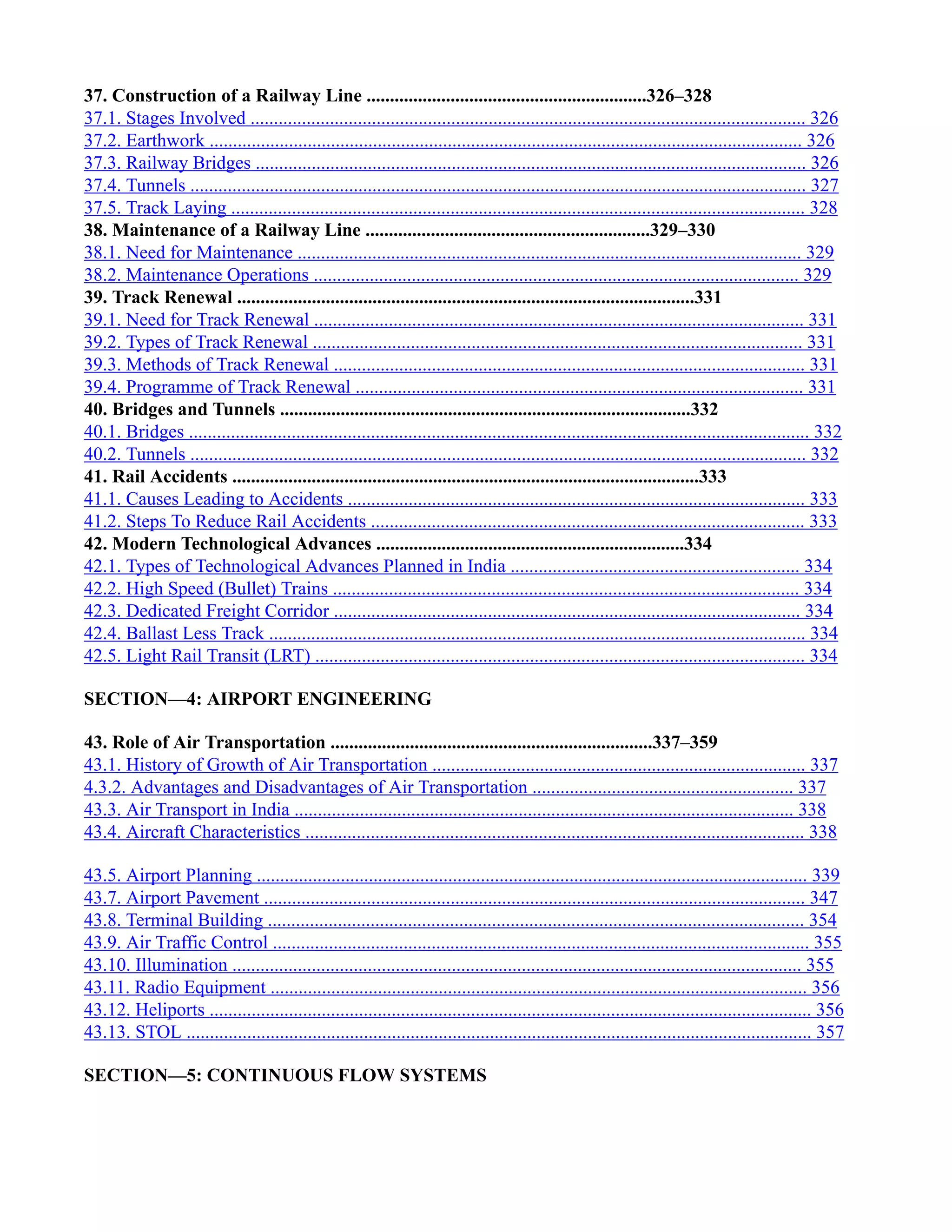

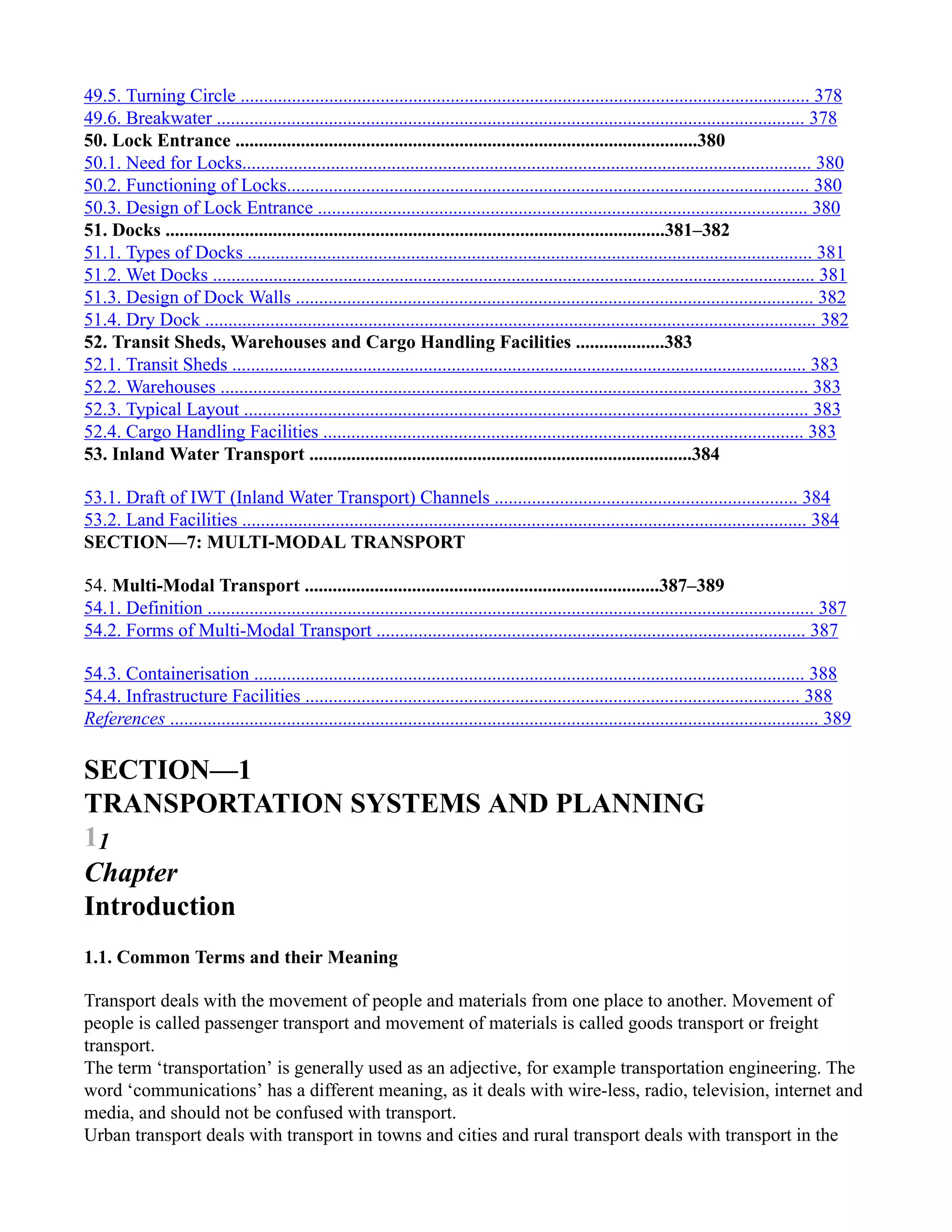
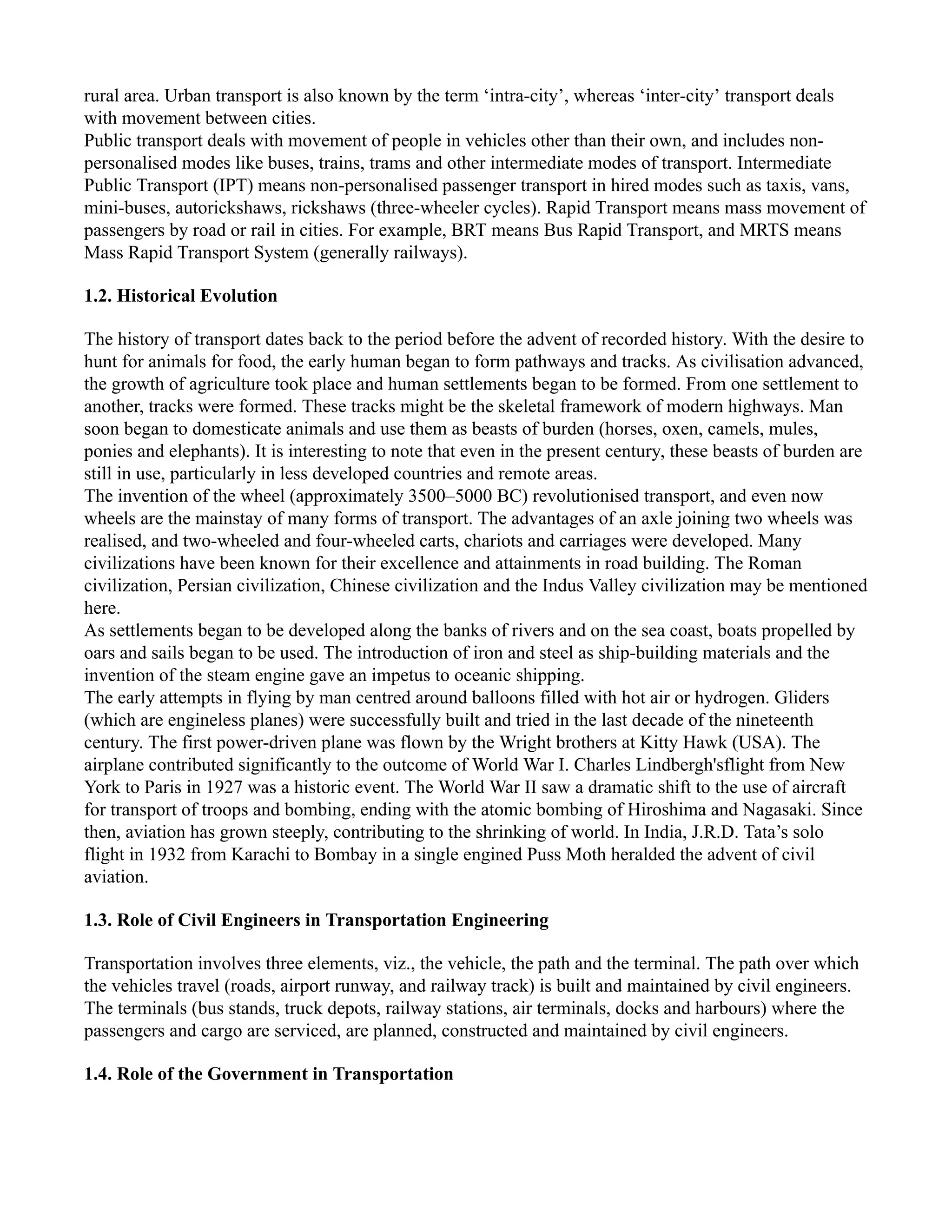
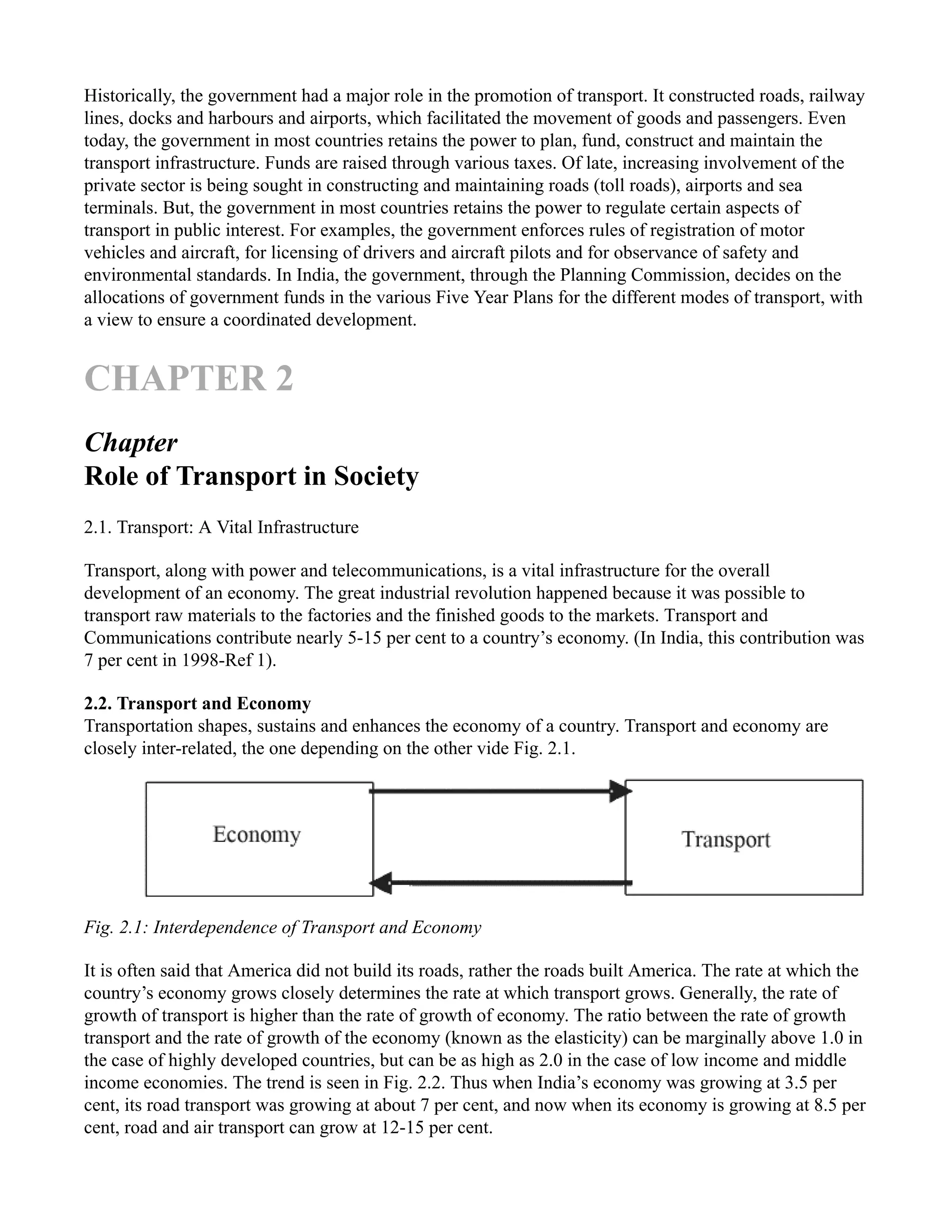
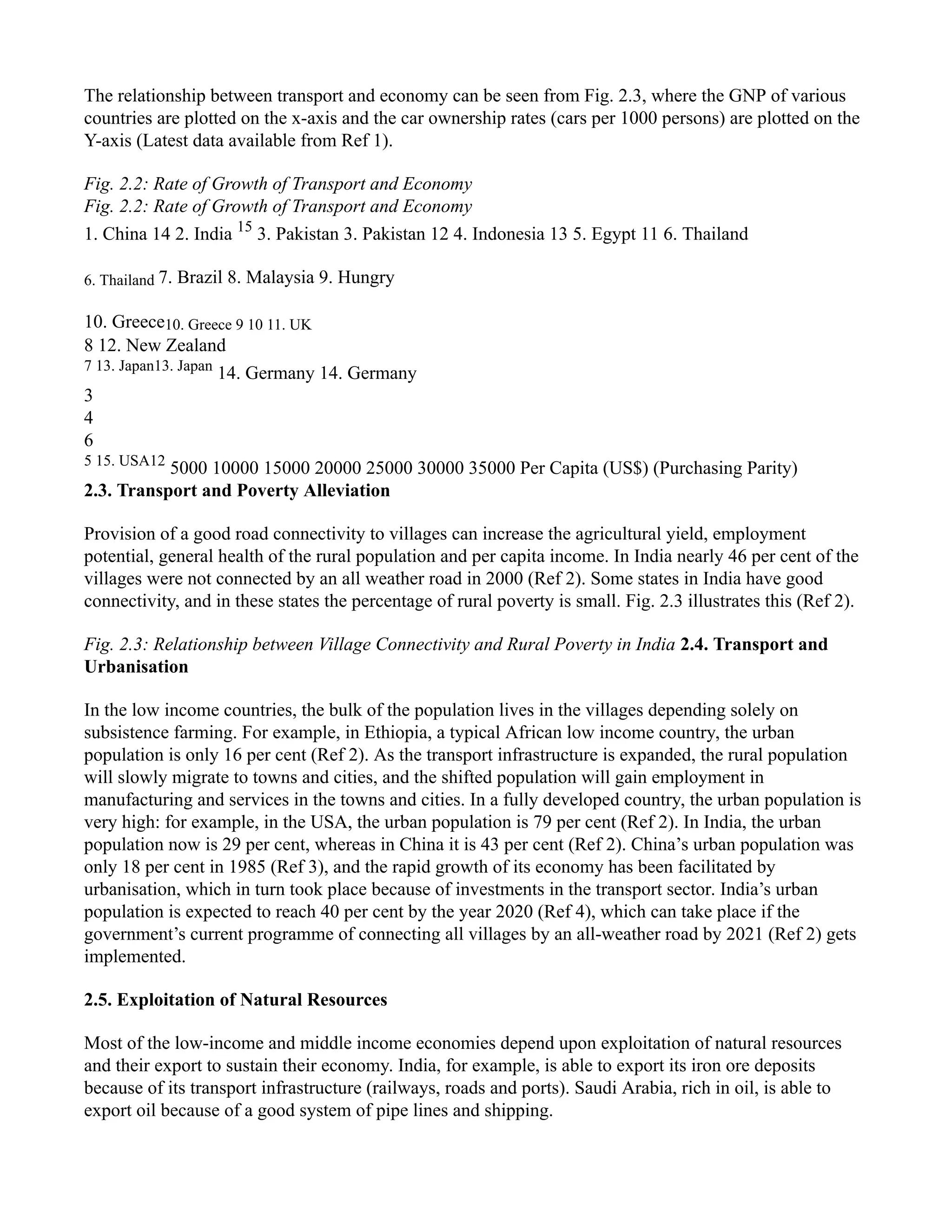
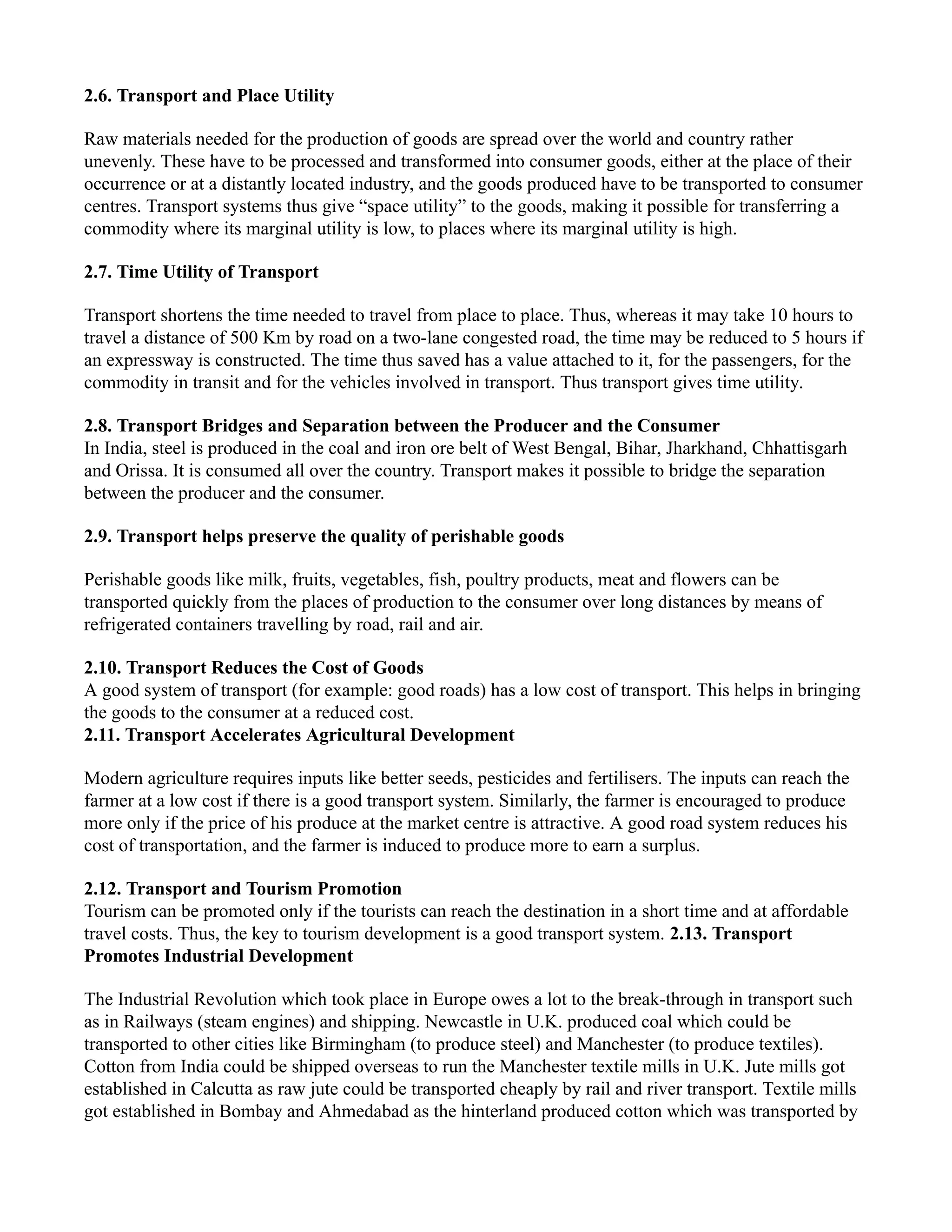

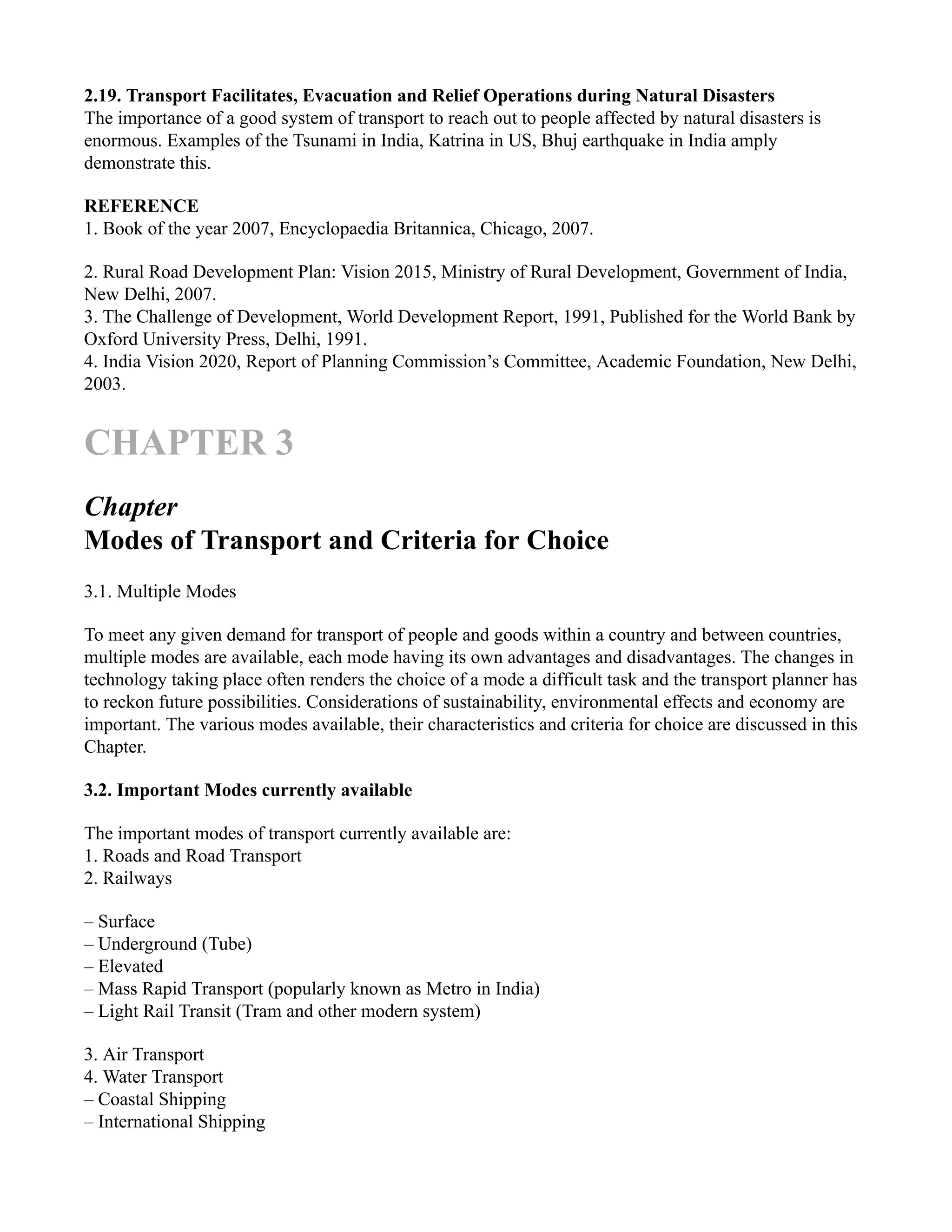
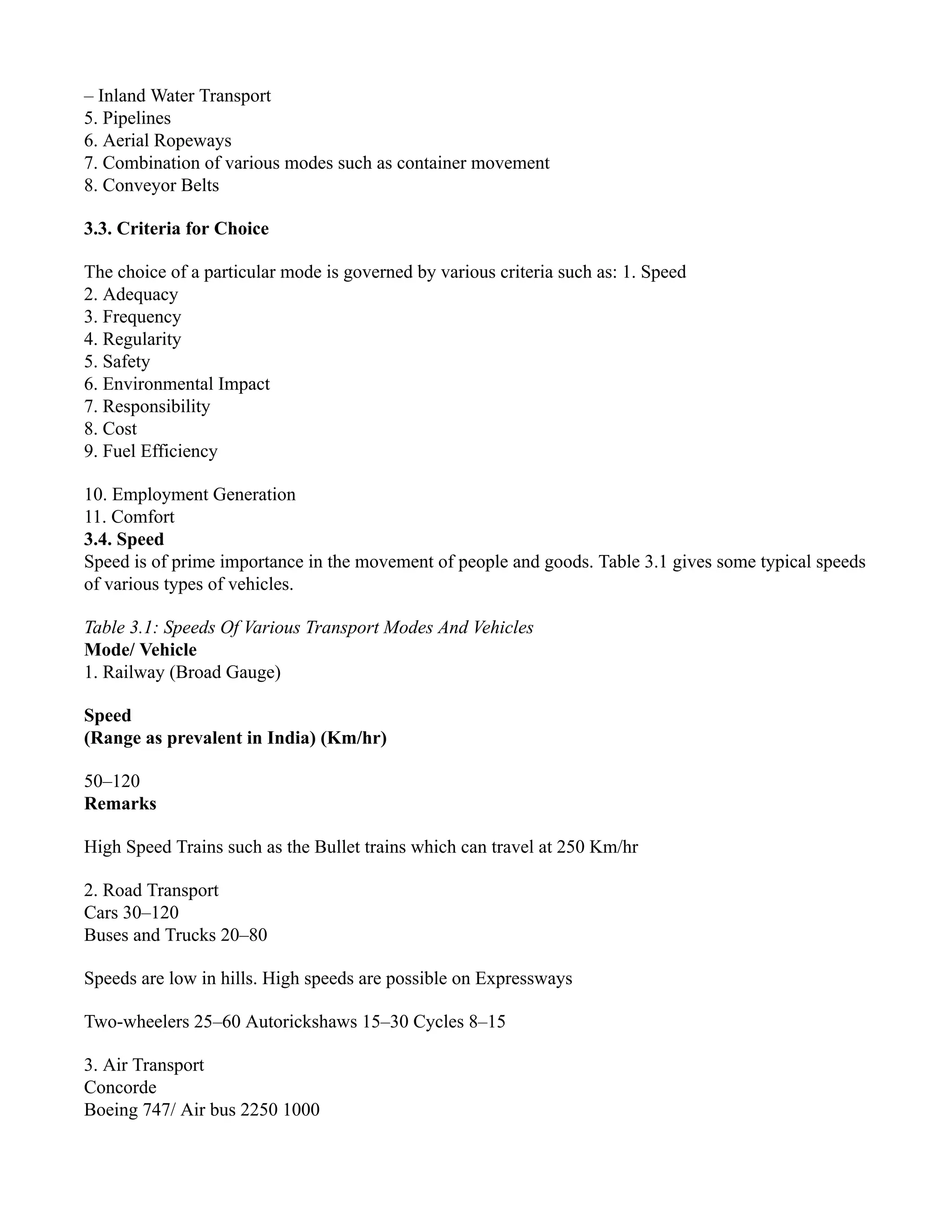
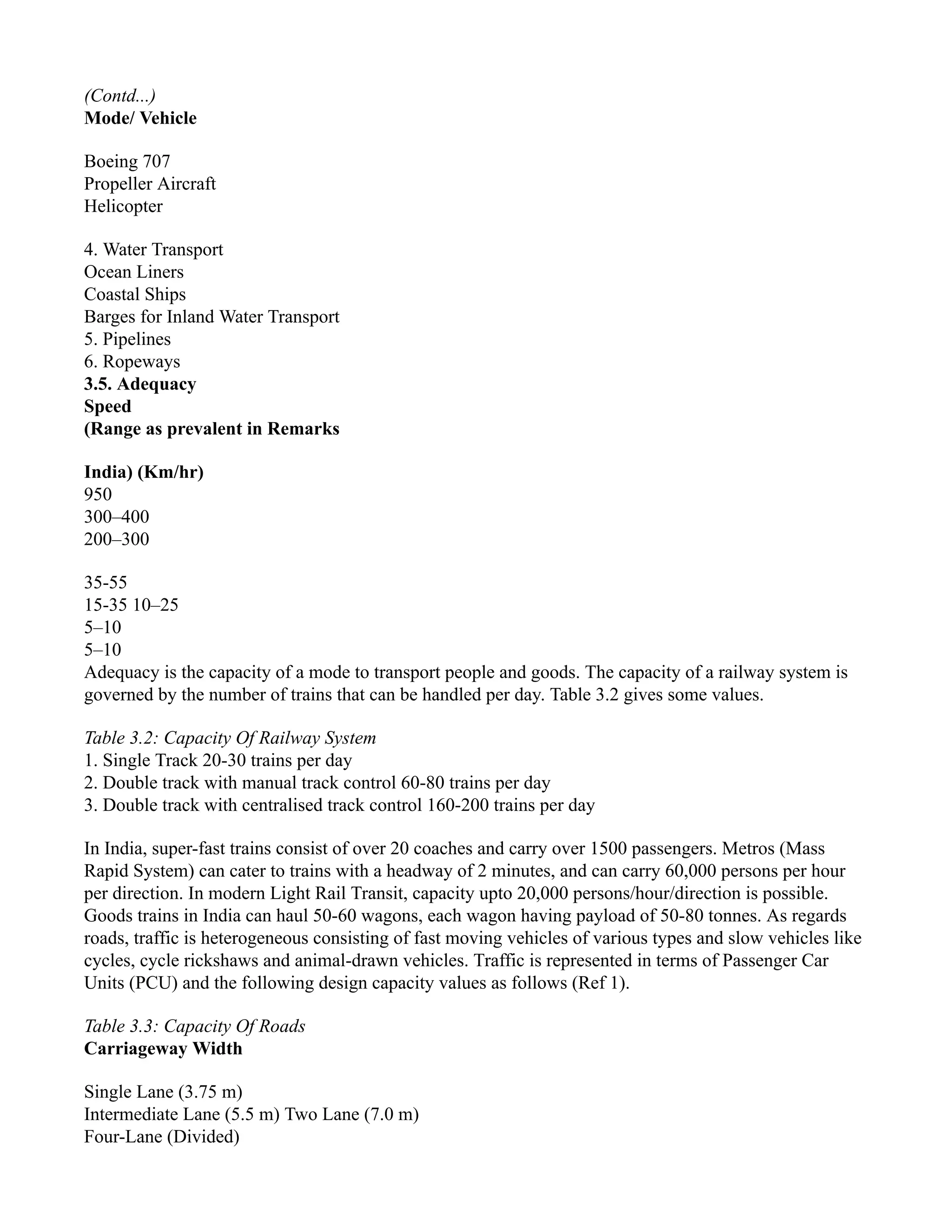
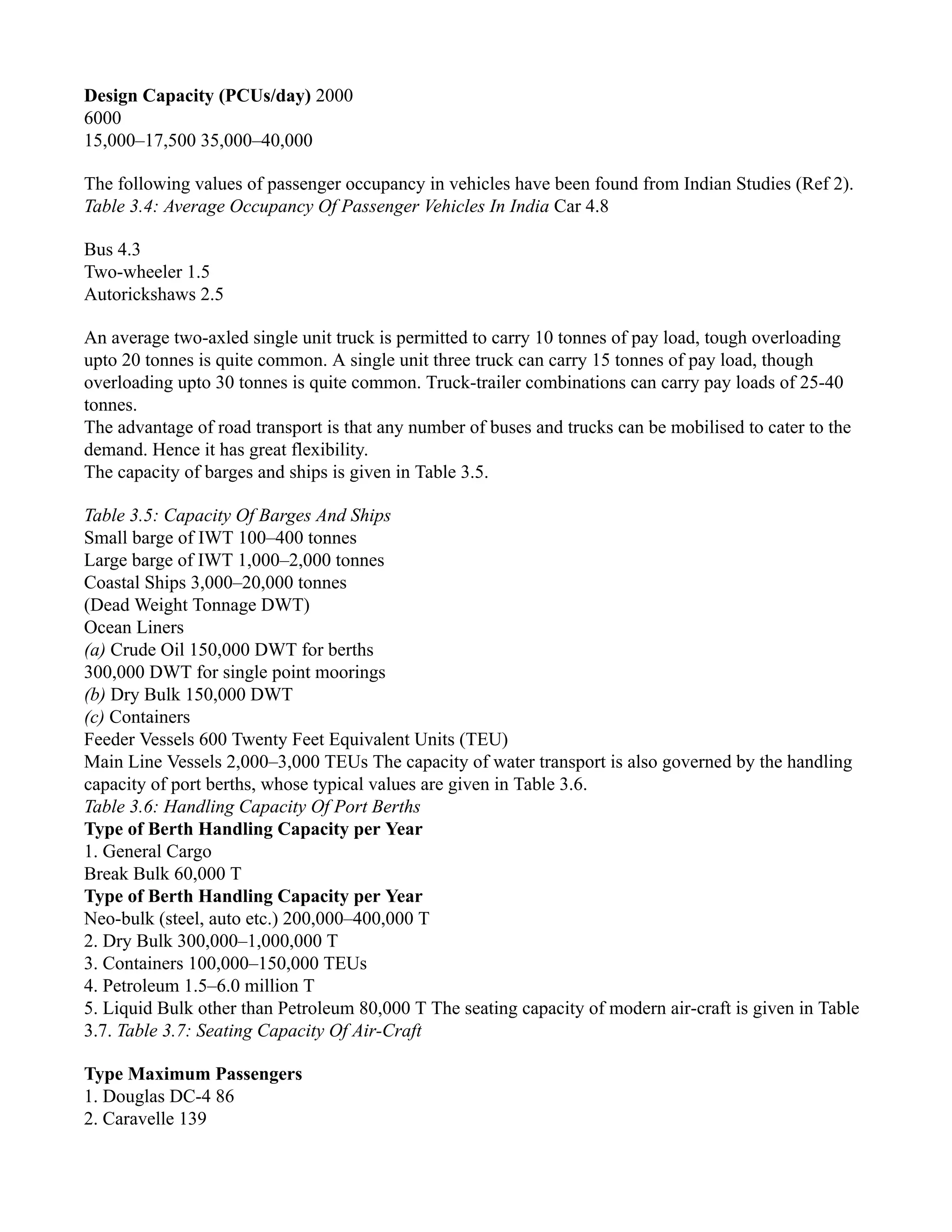
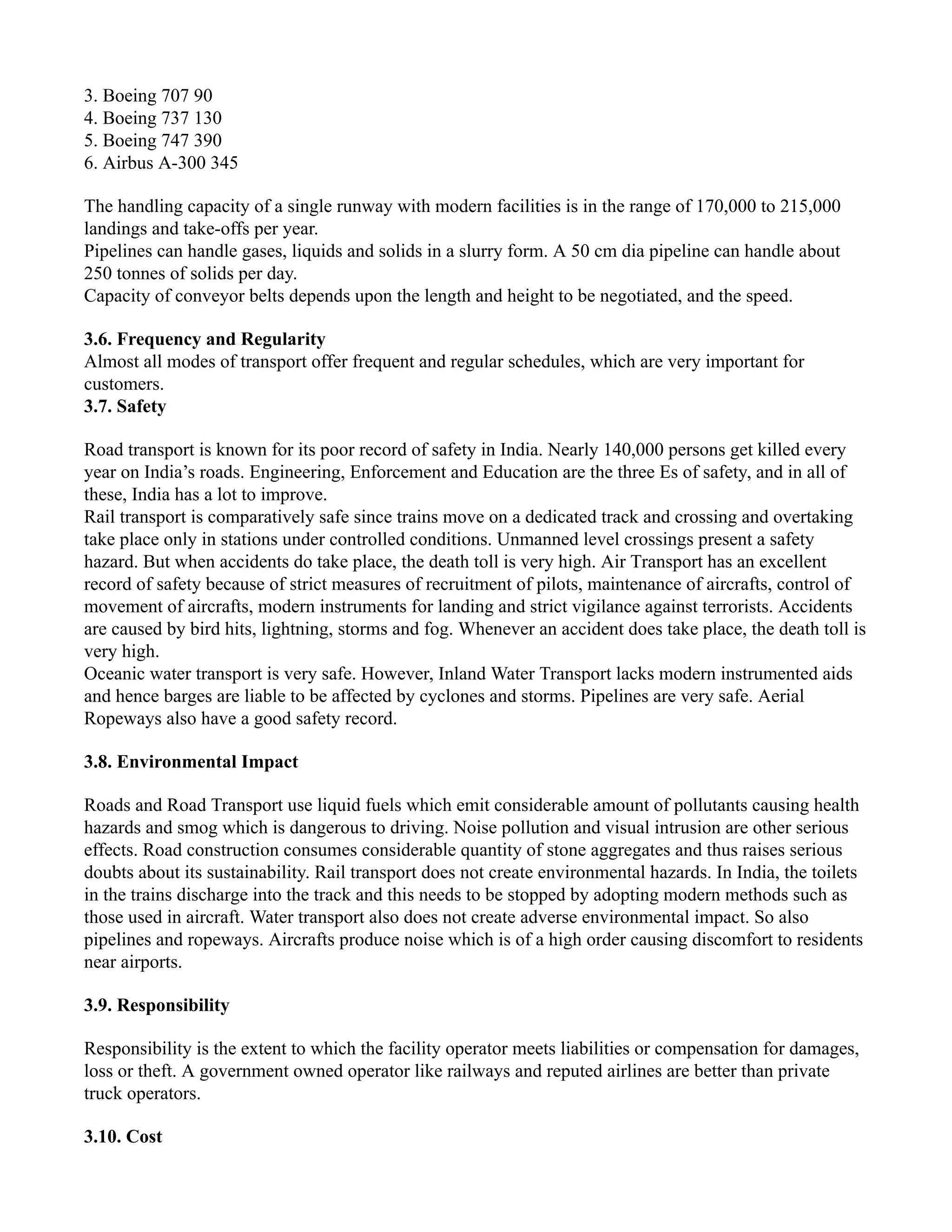
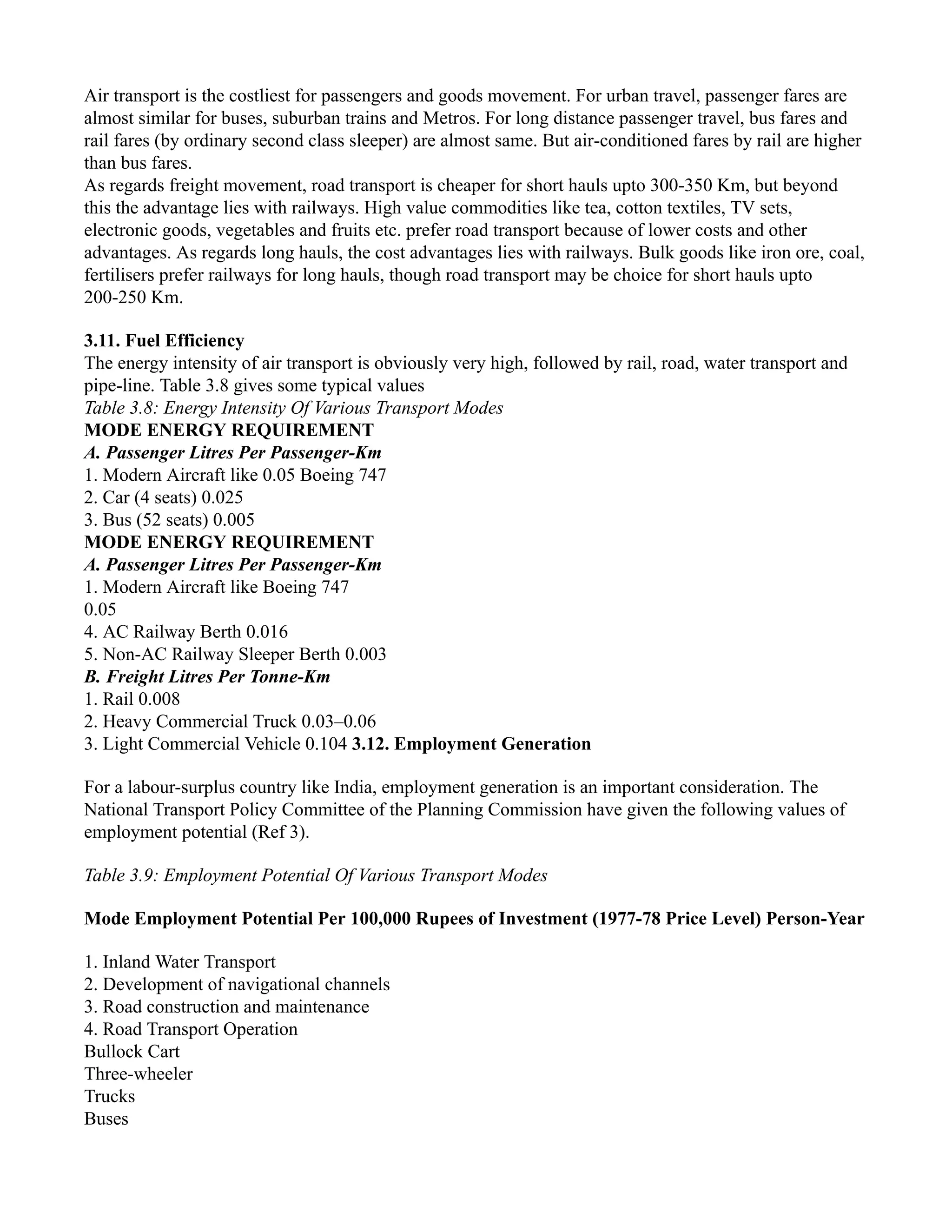
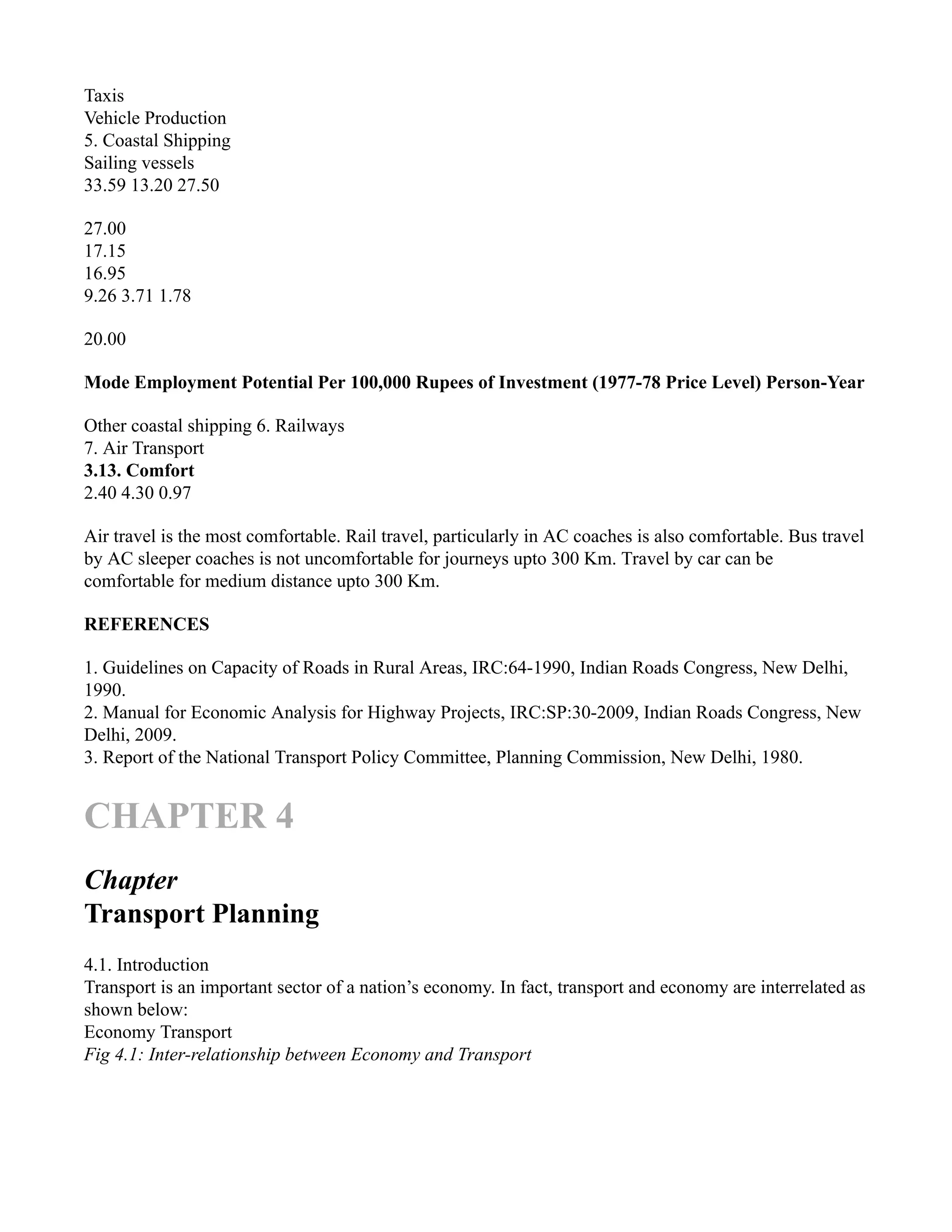
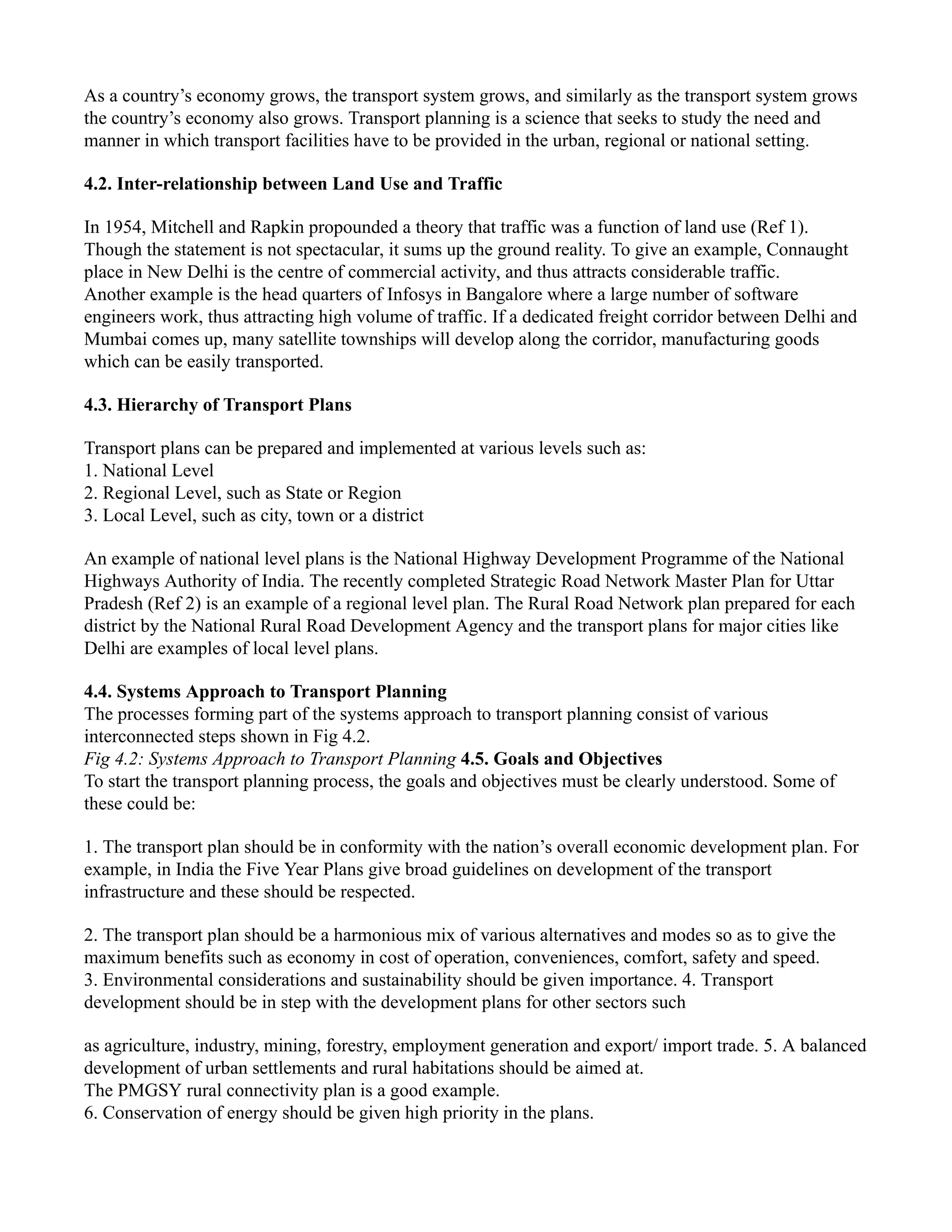
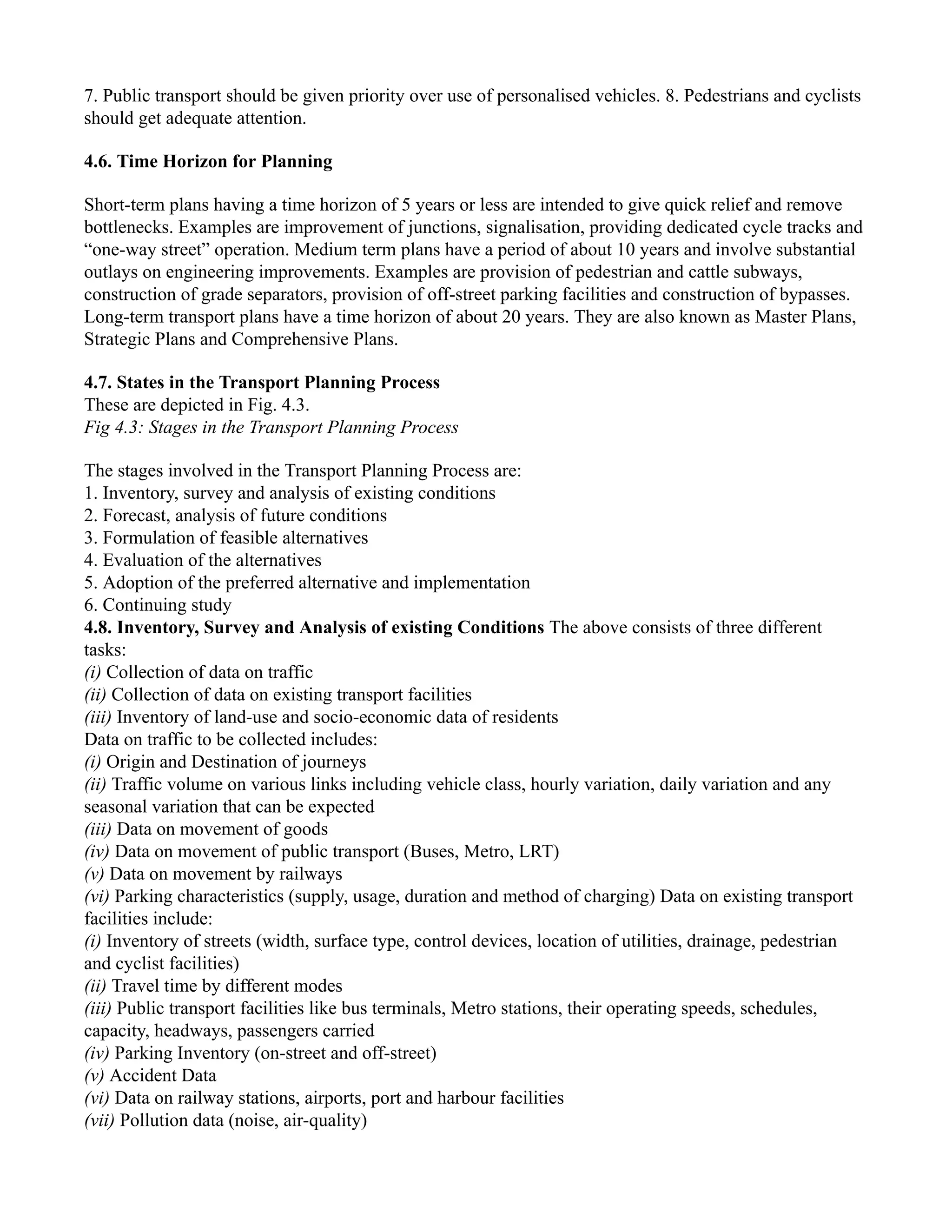
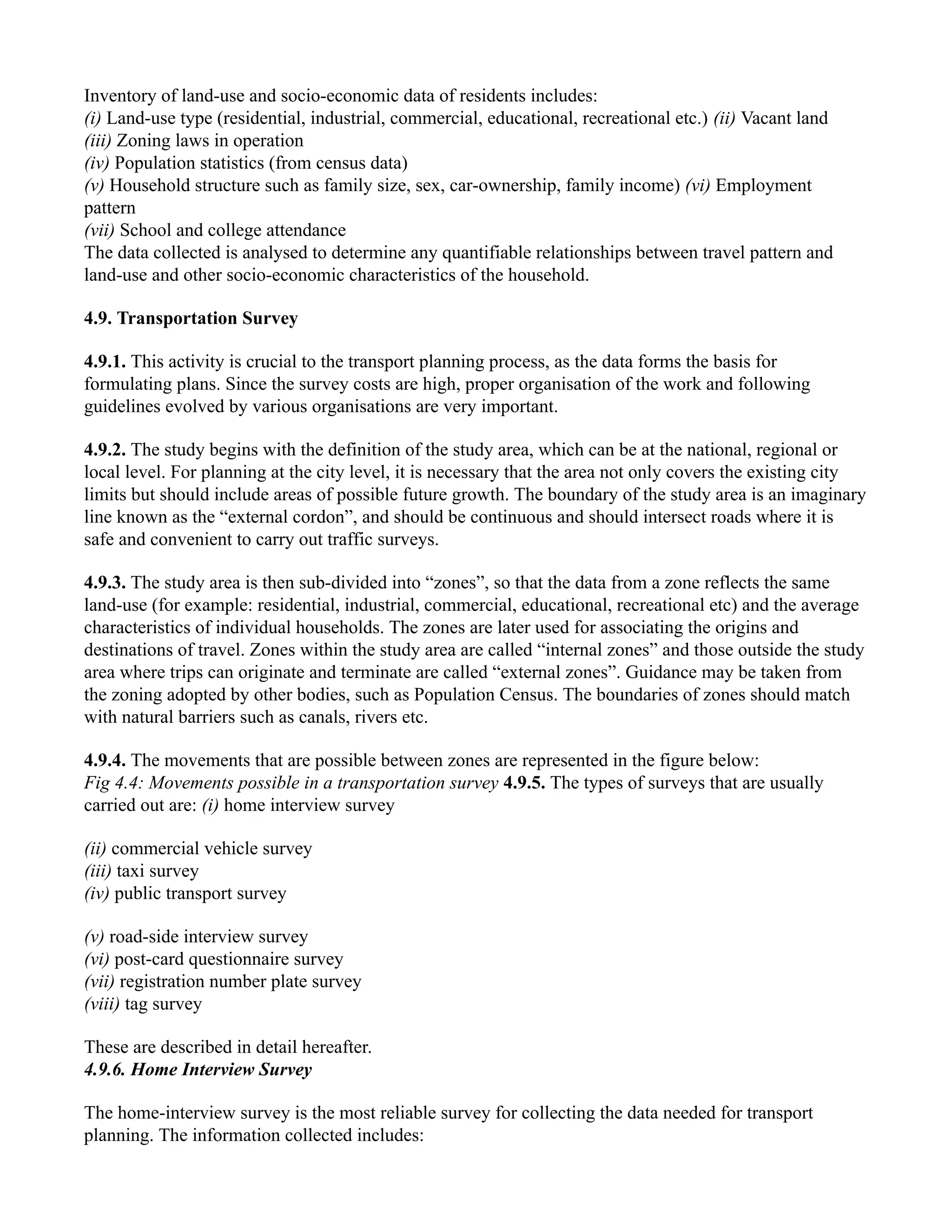
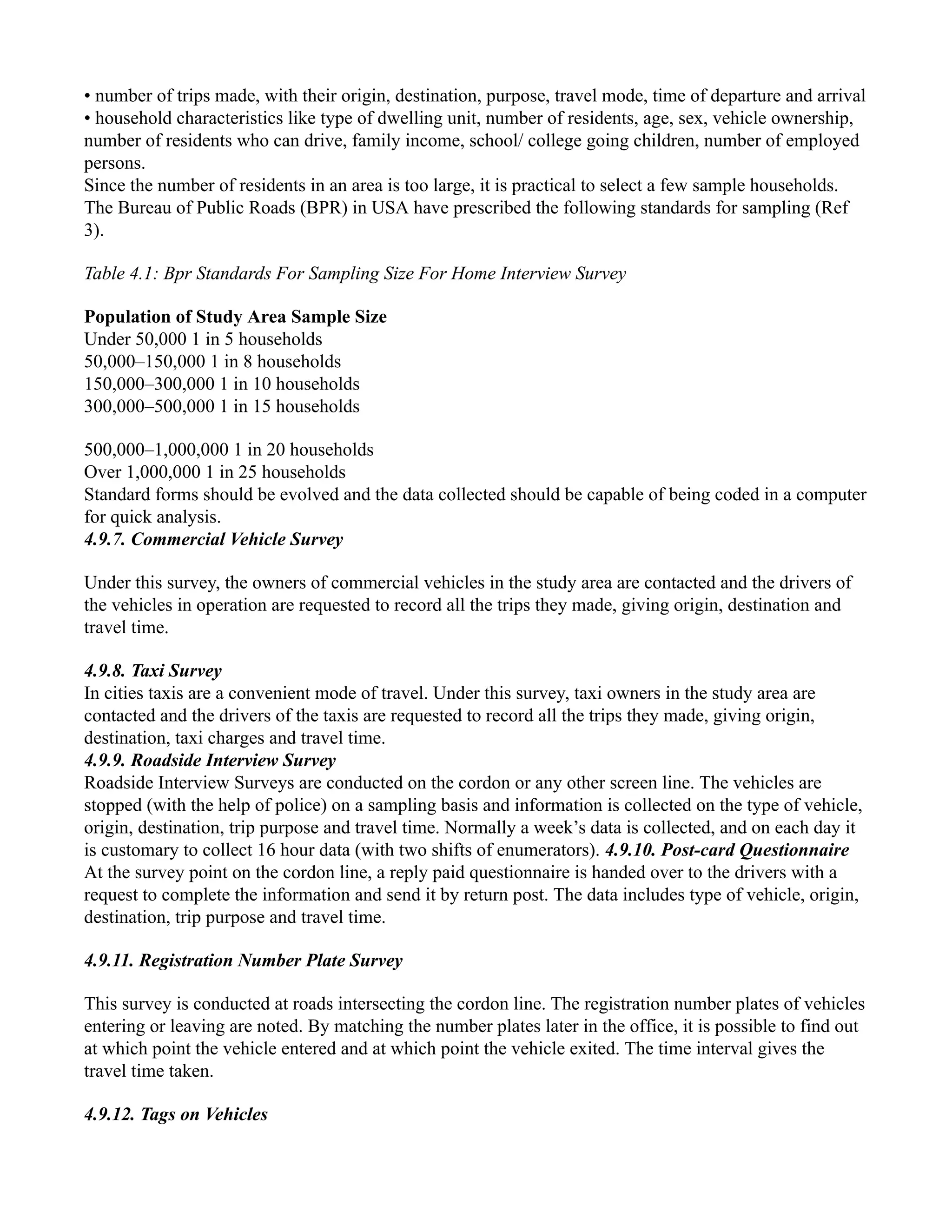
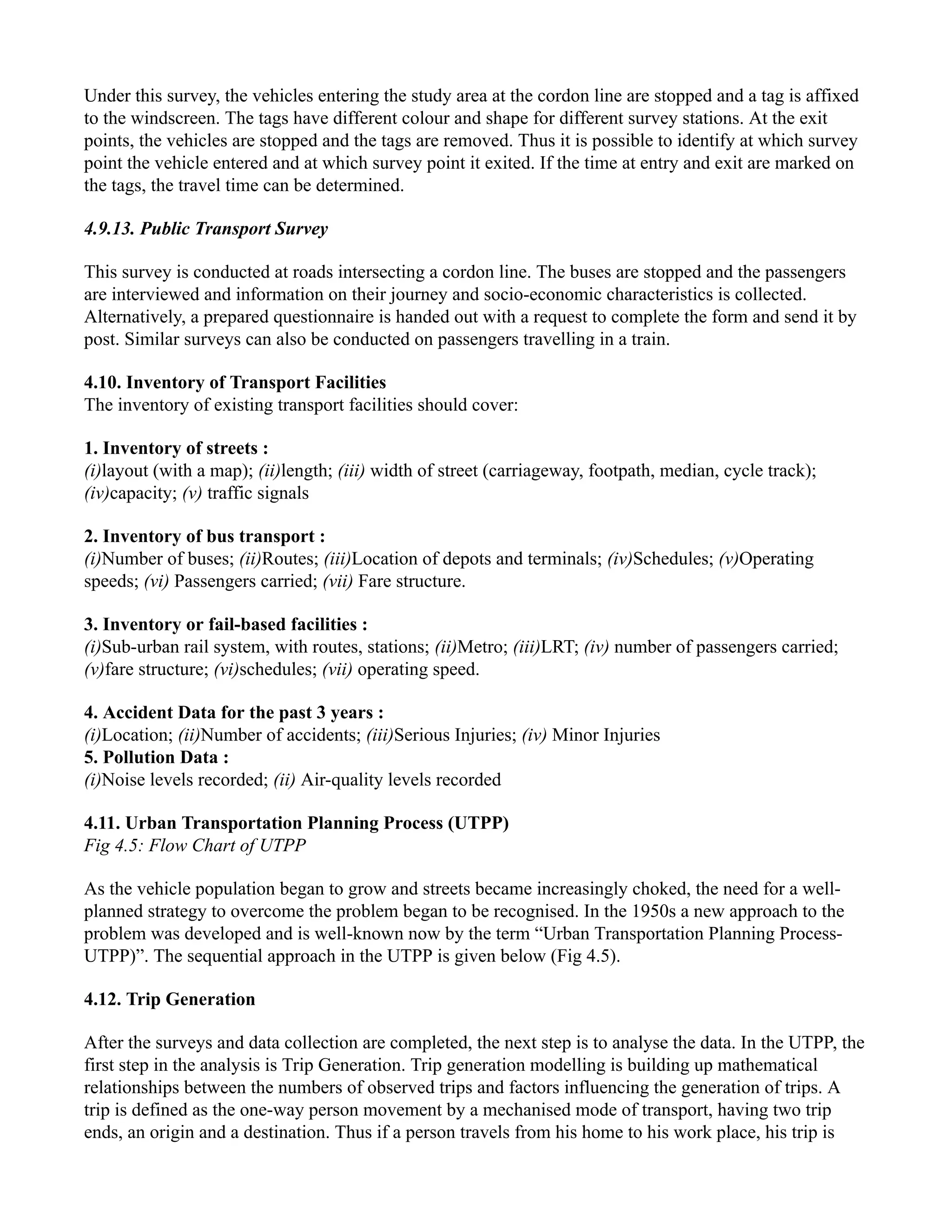
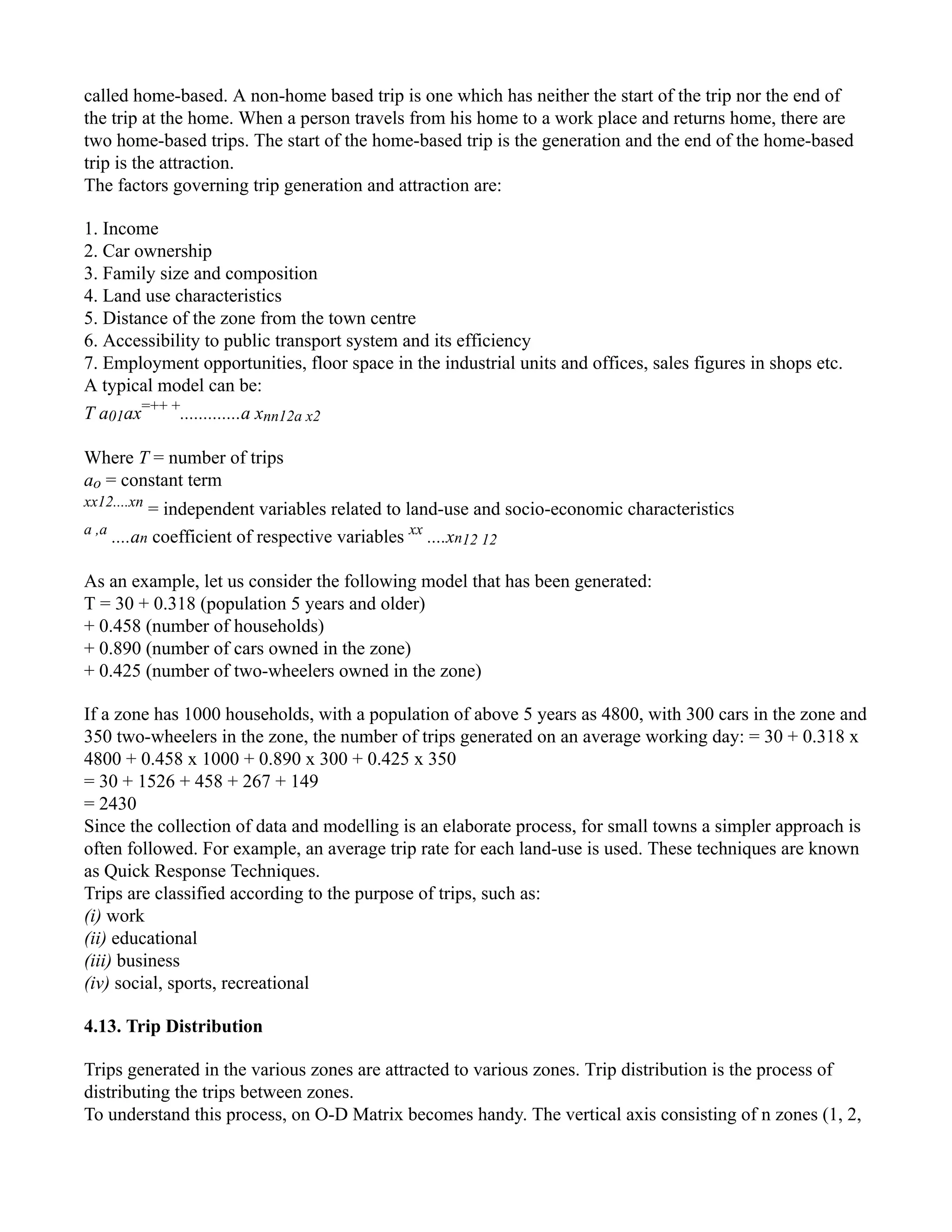
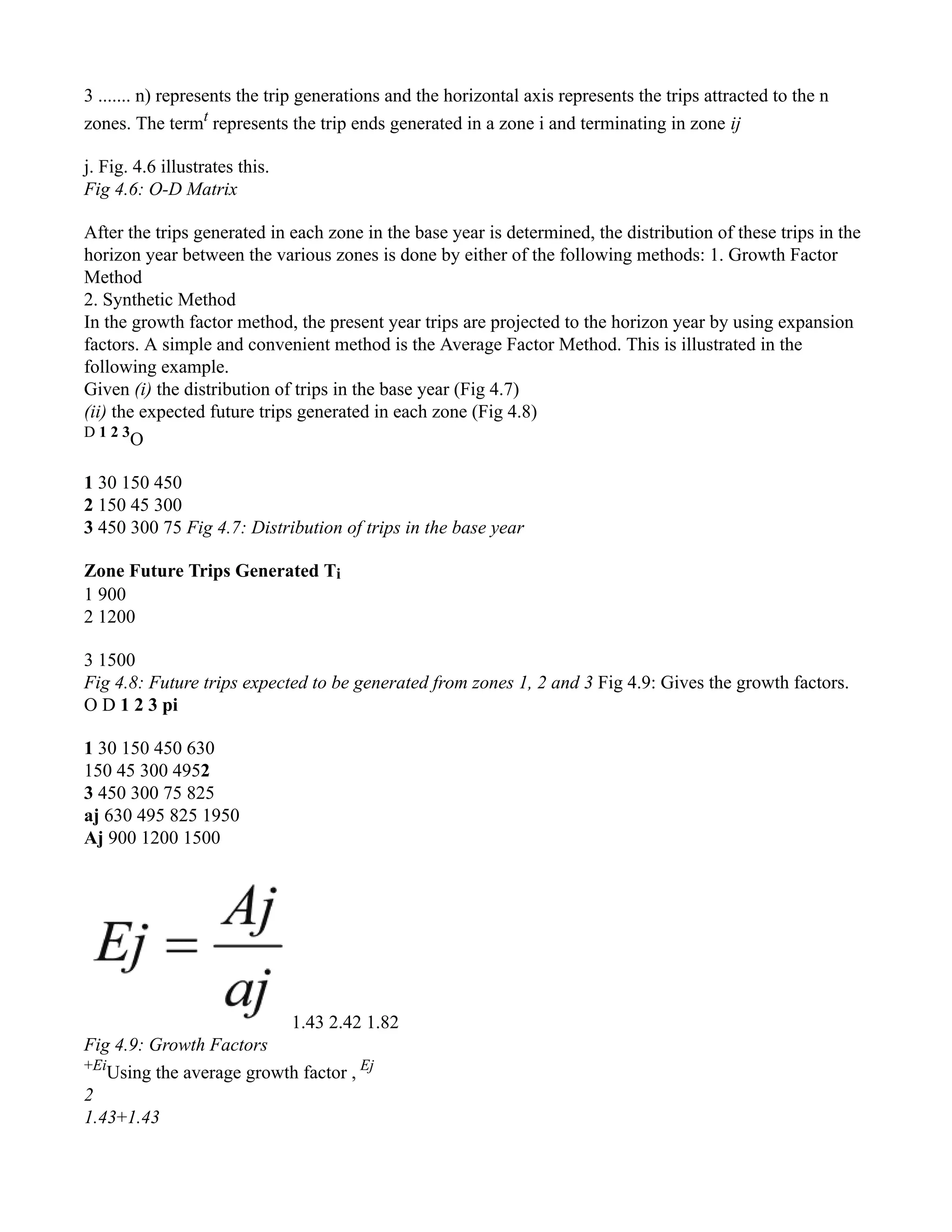
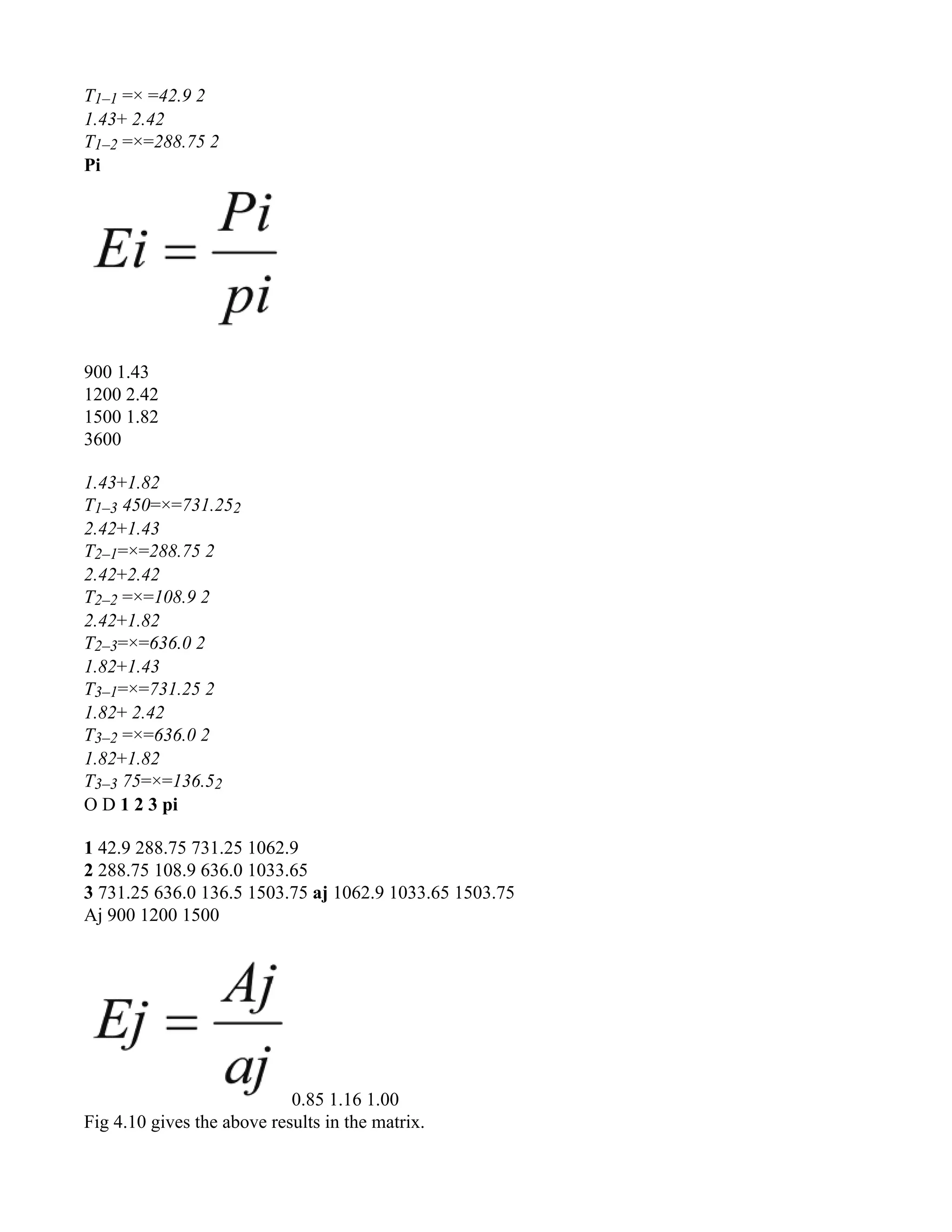
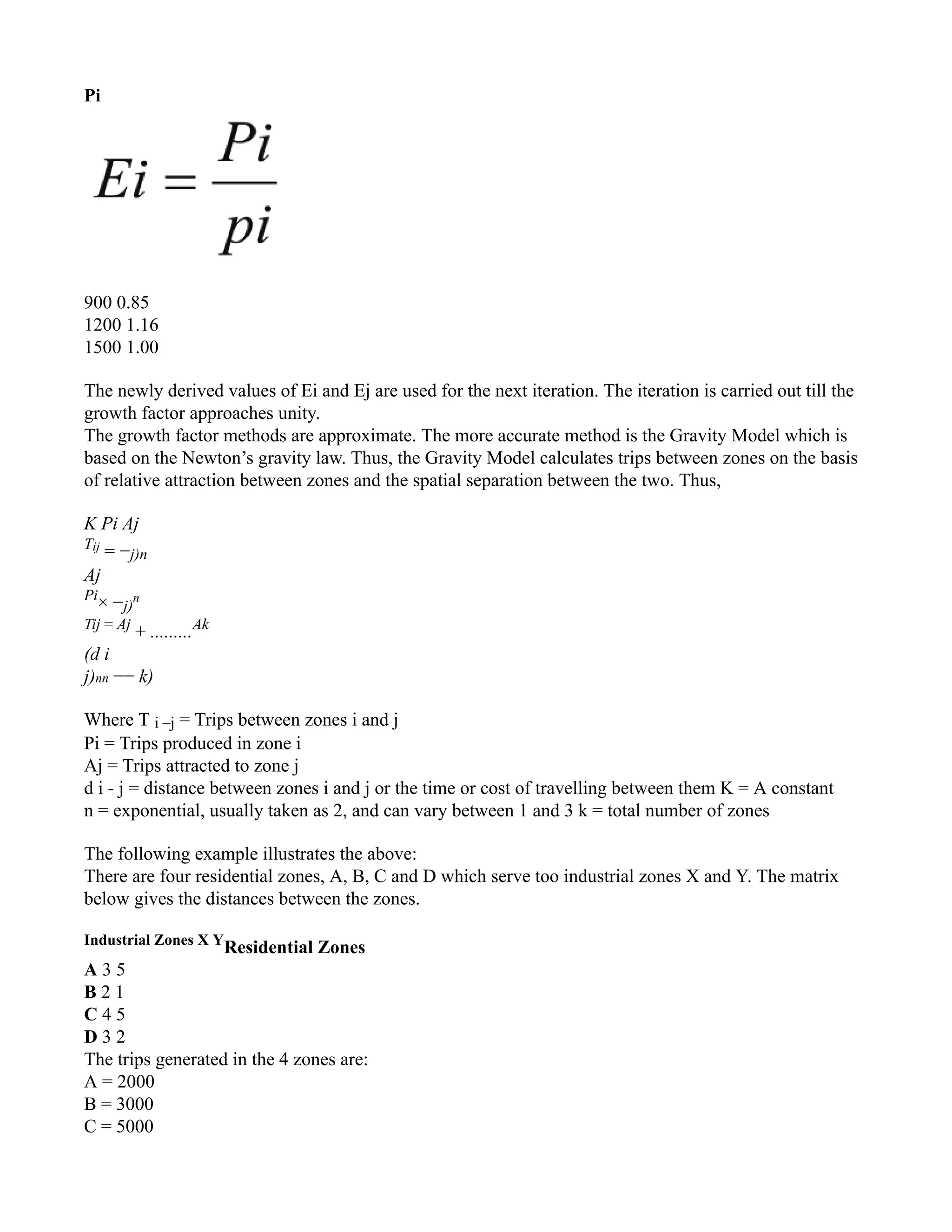

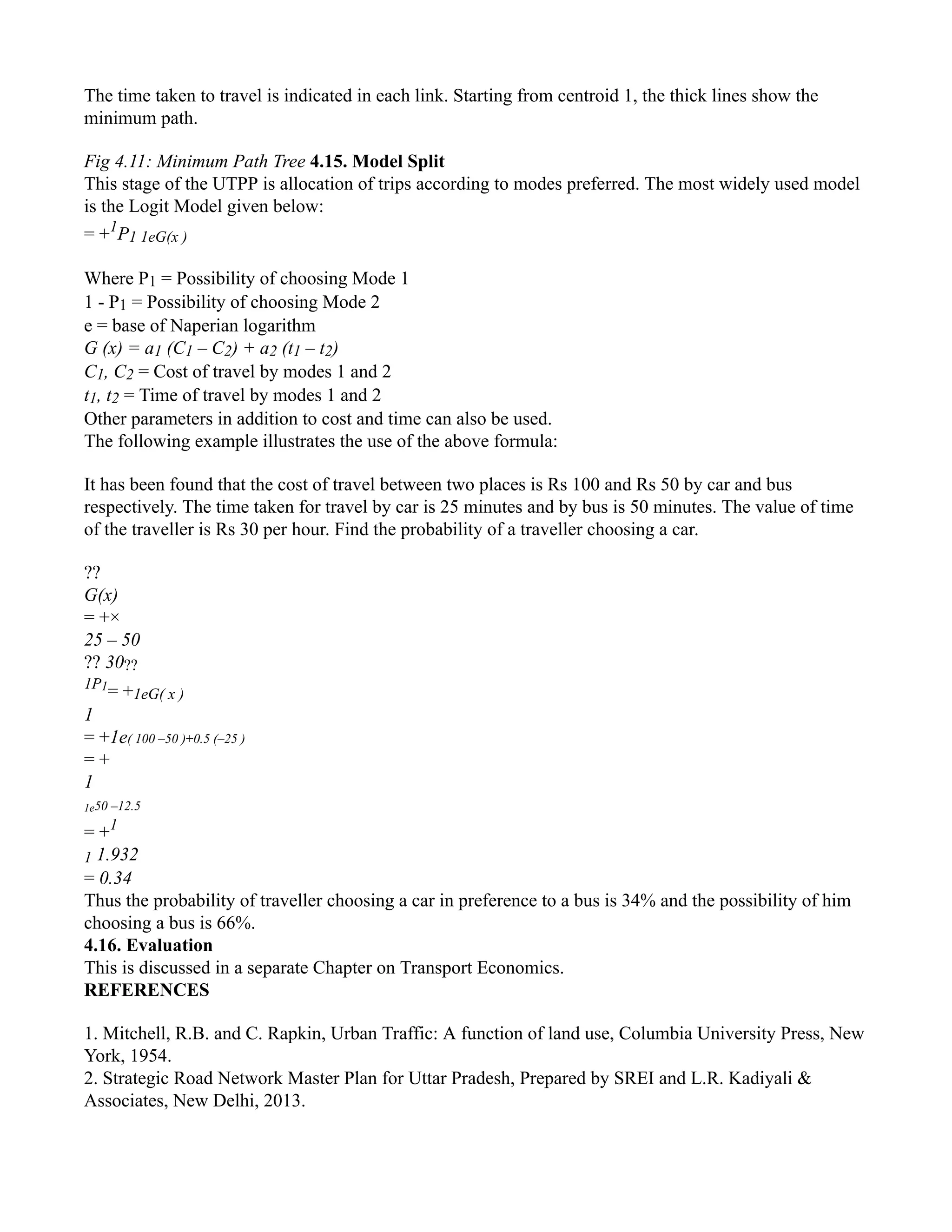
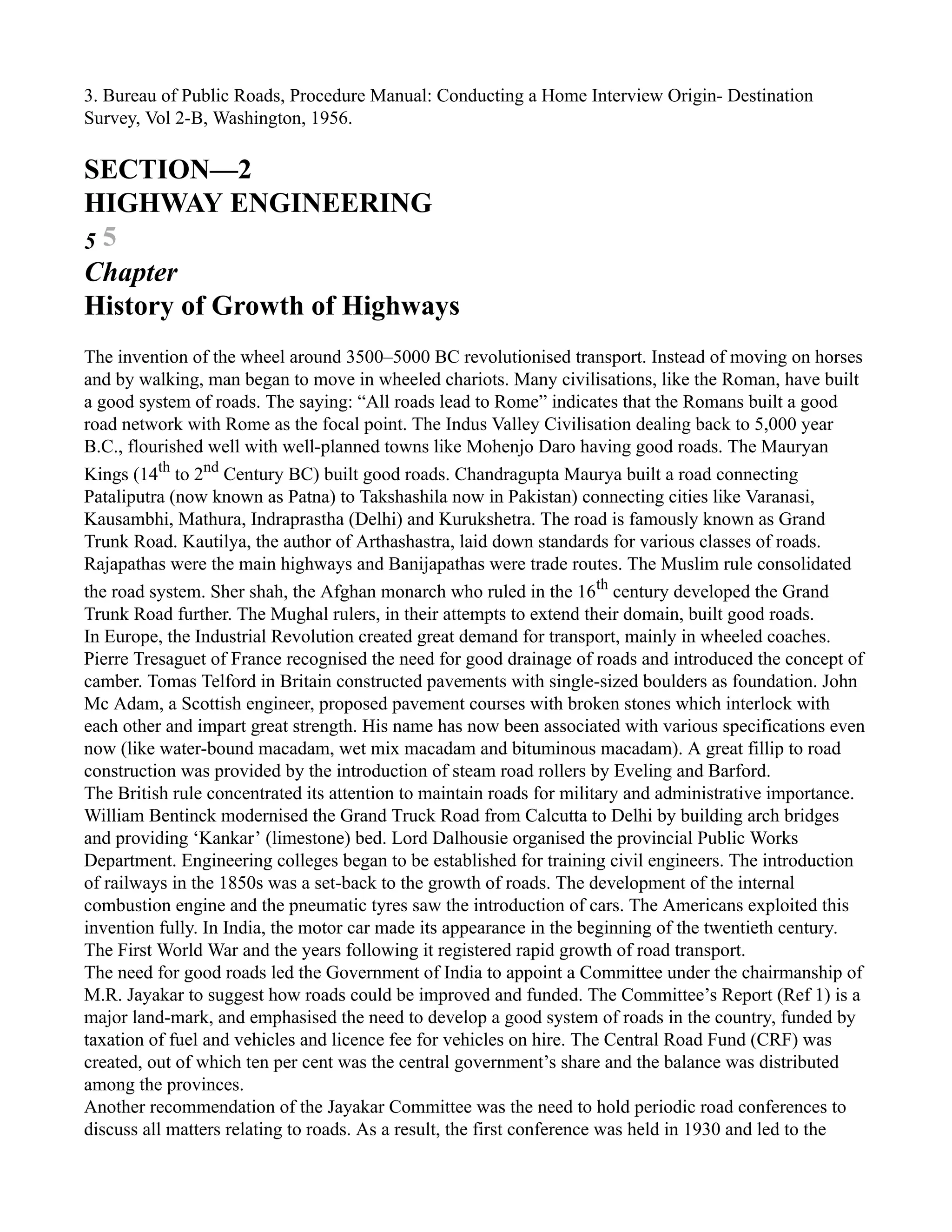
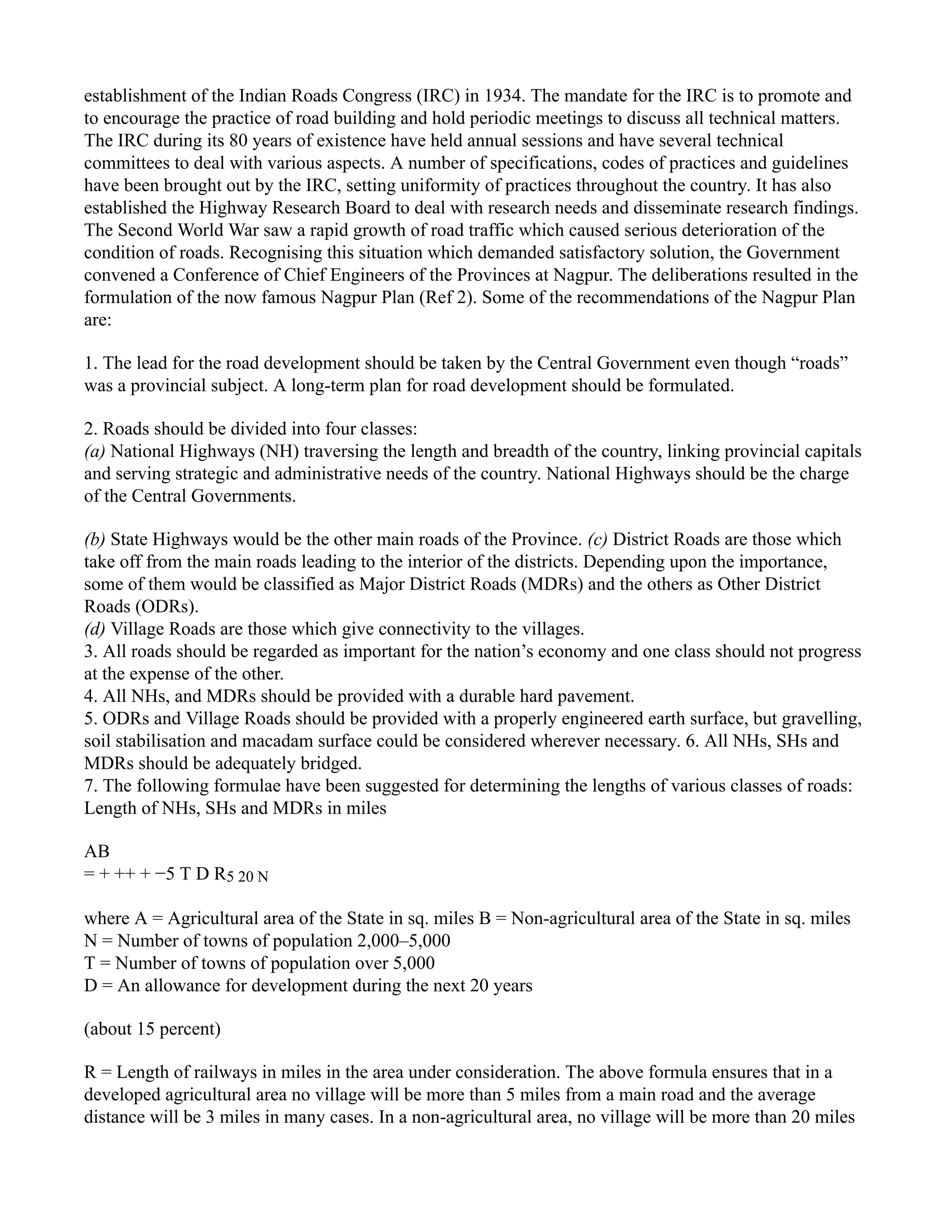
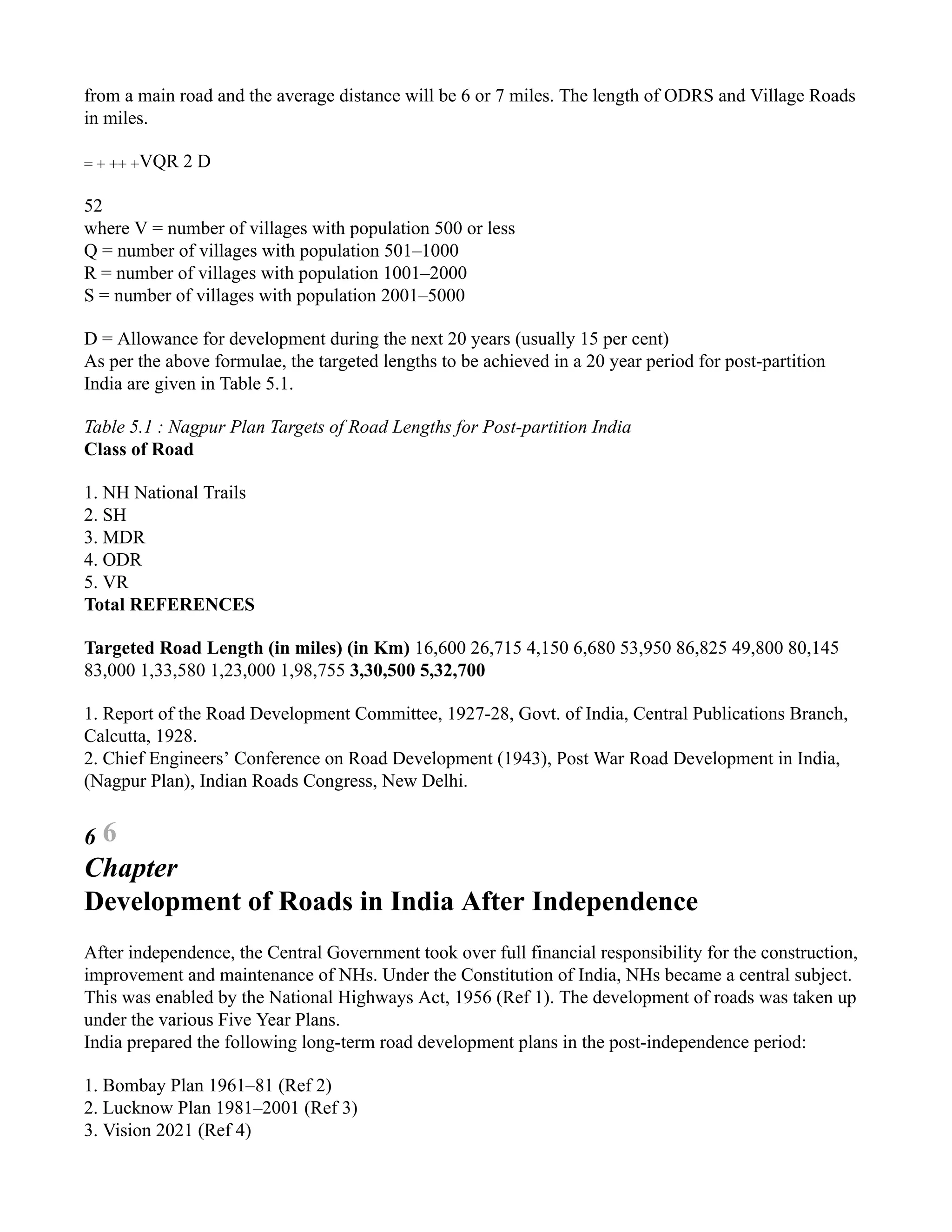
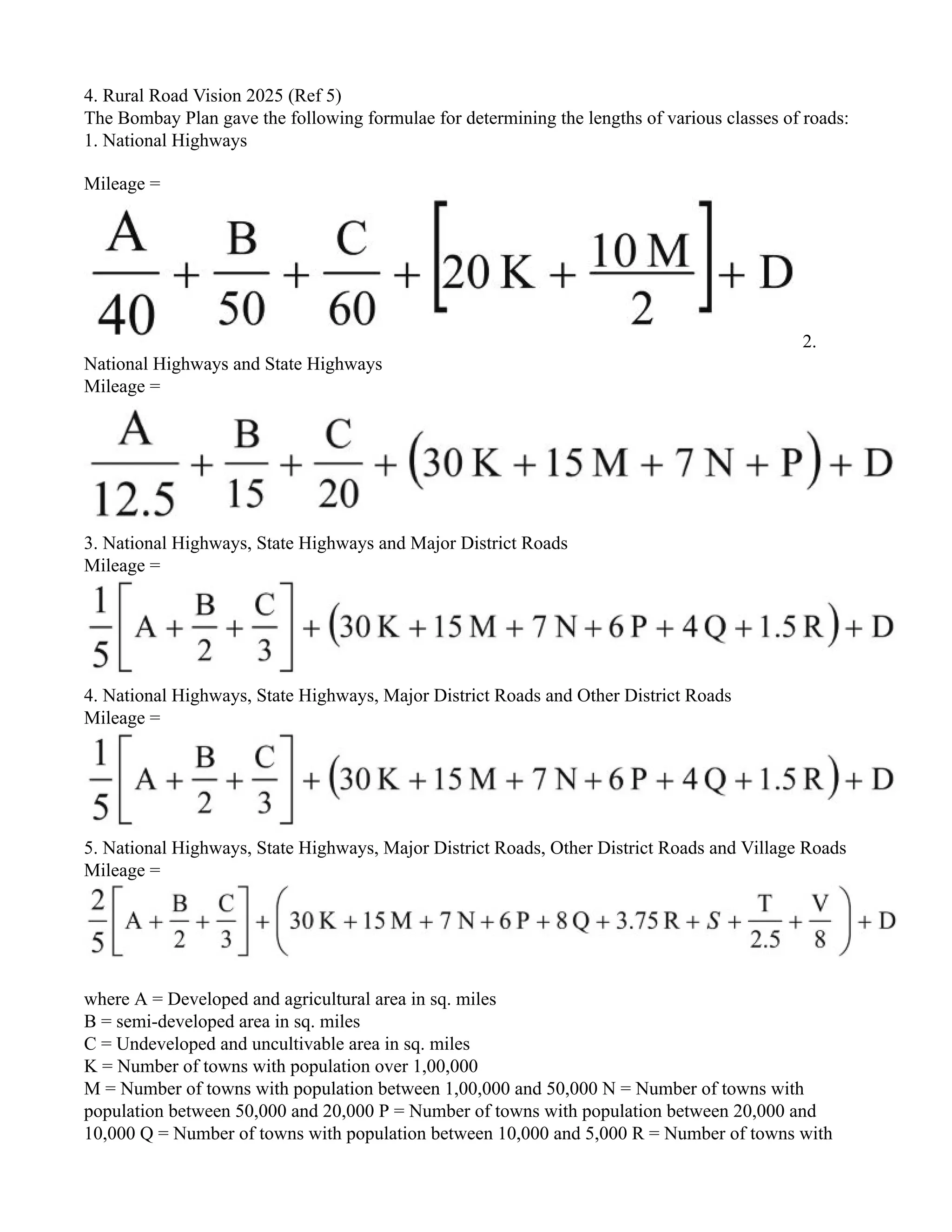
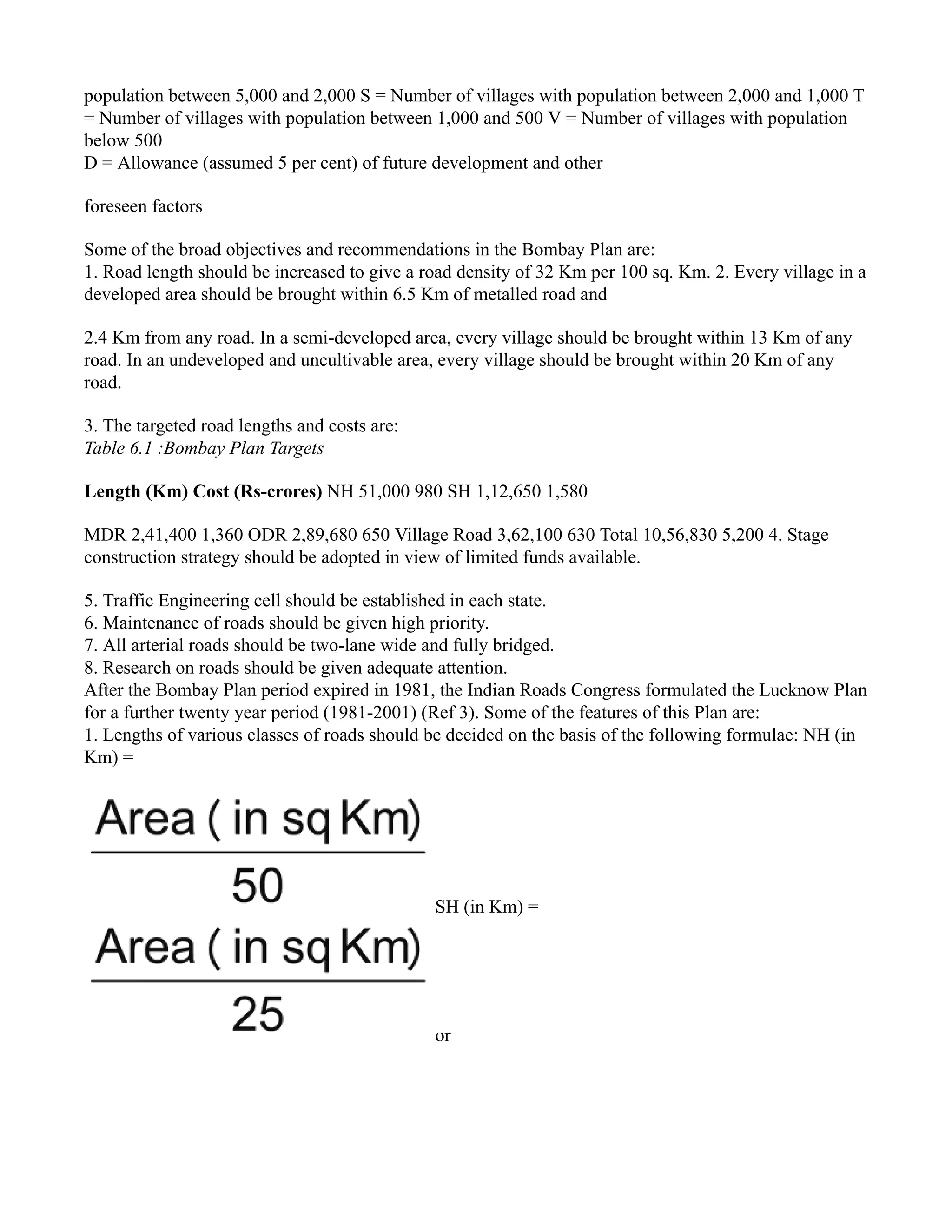
![MDR (in Km) =
or
90 x Number of Towns
Total Road Length (in Km) = 4.74 x Number of villages and towns
Rural Road length = (ODR + Village Roads)
Total road length –
lengths of NH, SH and MDR
[Note: Towns are defined as places having population above 5,000]
2. The above formulae give a square grid of 100 Km for NH, a road length of 27,66,089 Km, a road
density of 0.82 Km per sq. Km.
3. The outlay suggested is Rs 64,250 crores
4. Expressways should be constructed on major traffic corridors.
5. Toll roads and private sector participation should be explored.
6. R & D should receive adequate attention
7. Management Information System (MIS) should be set up to handle large volume of data on roads.
8. Training of staff should receive attention
In 2001, the Indian Roads Congress published the next twenty year road plan covering the period
2001-2021 (Ref 4).
Some of major recommendations of the above Plan are:
1. Targets of road length for 2021 (Km)
Expressways 15,766
NH 80,000
SH 1,60,000
MDR 3,20,00
ODR and Village Roads No target suggested
2. Half the length of NH should have carriageway of four/ six lanes and the remaining half should have
two-lane carriageway with hard shoulders.
3. 10,000 Km of SH should have four-lanes and the balance should have two lanes
4. Forty per cent of MDRs should have two lane carriageway
5. The targets for basic road access to village should be:](https://image.slidesharecdn.com/kupdf-230112040922-563402fb/75/kupdf-net_transportation-engineering-lrkadiyali-pdf-42-2048.jpg)
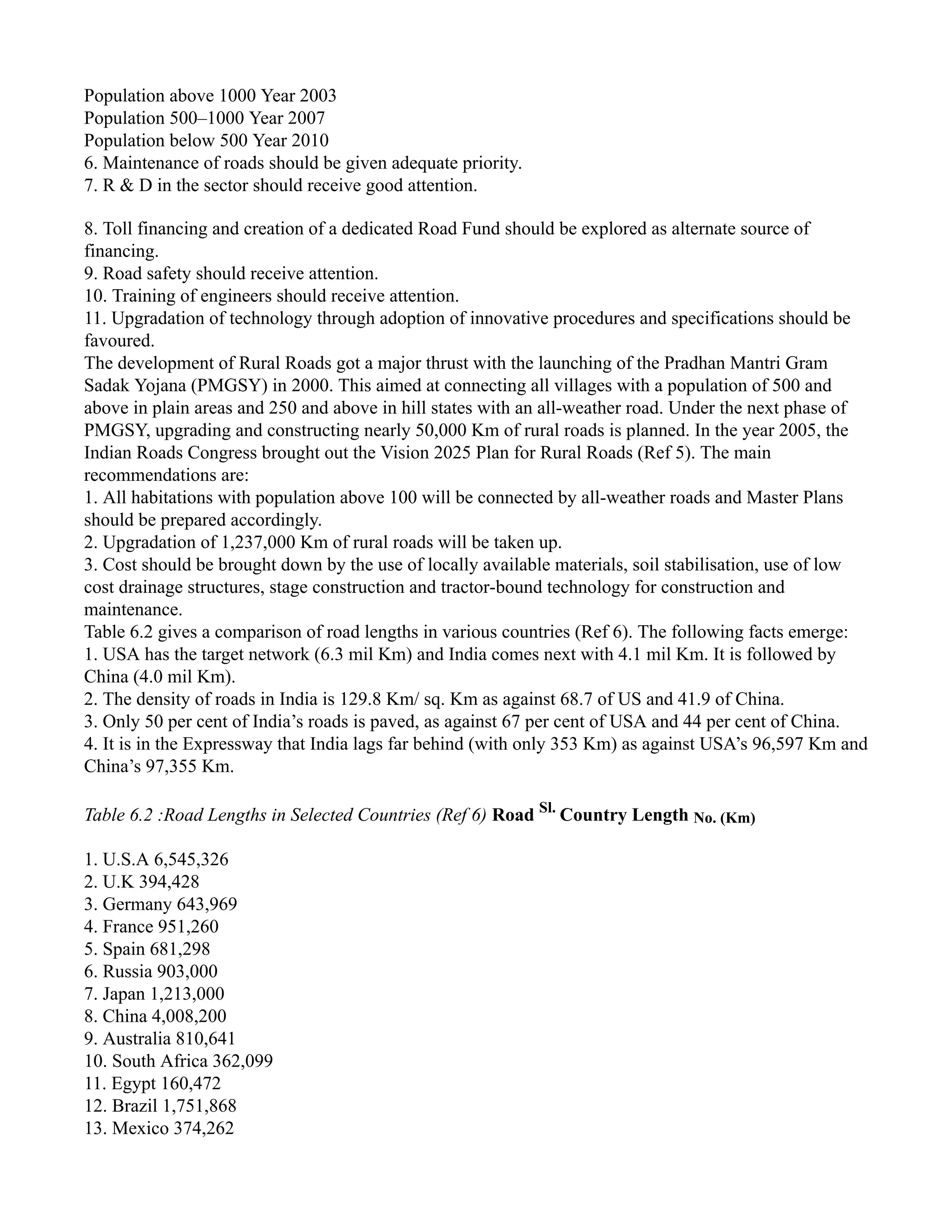
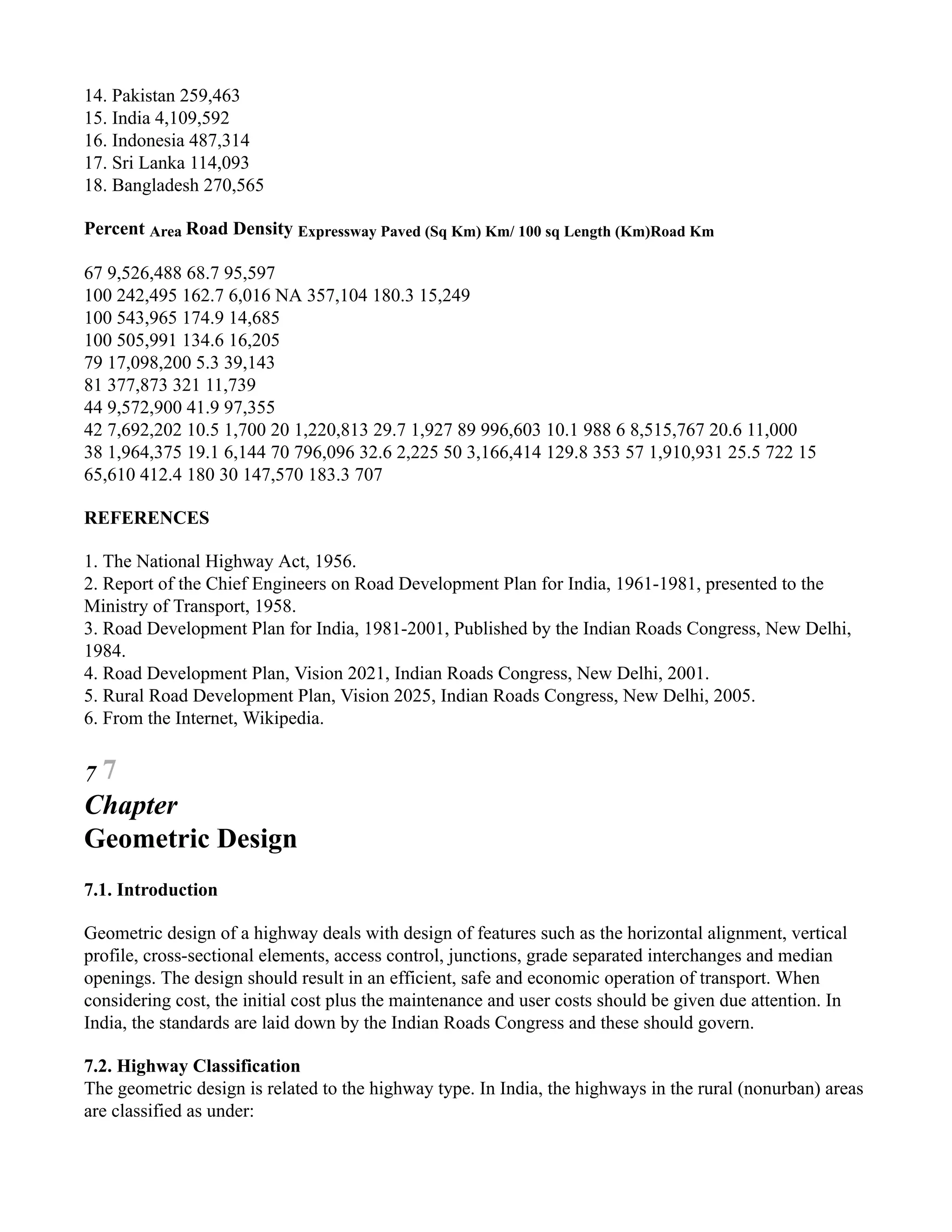
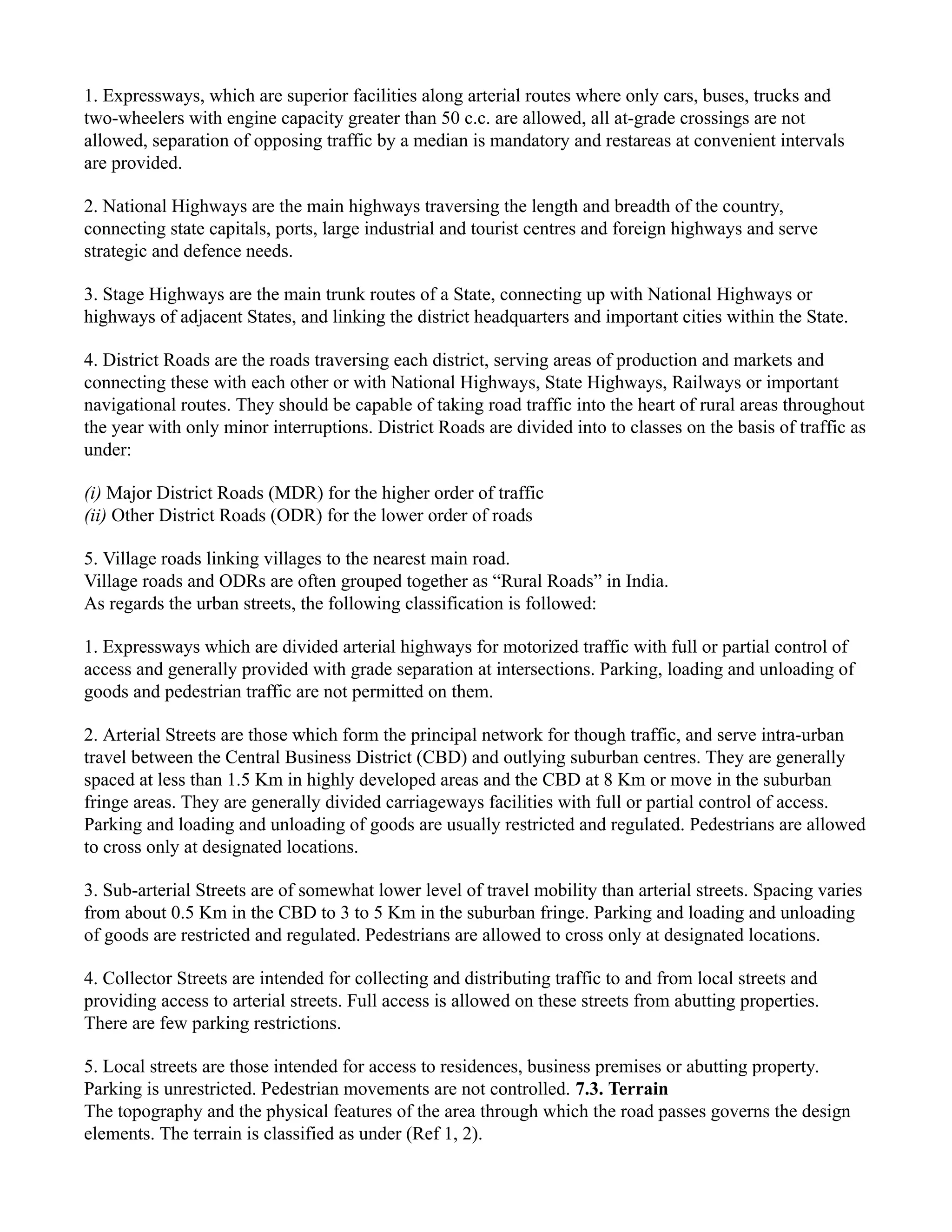
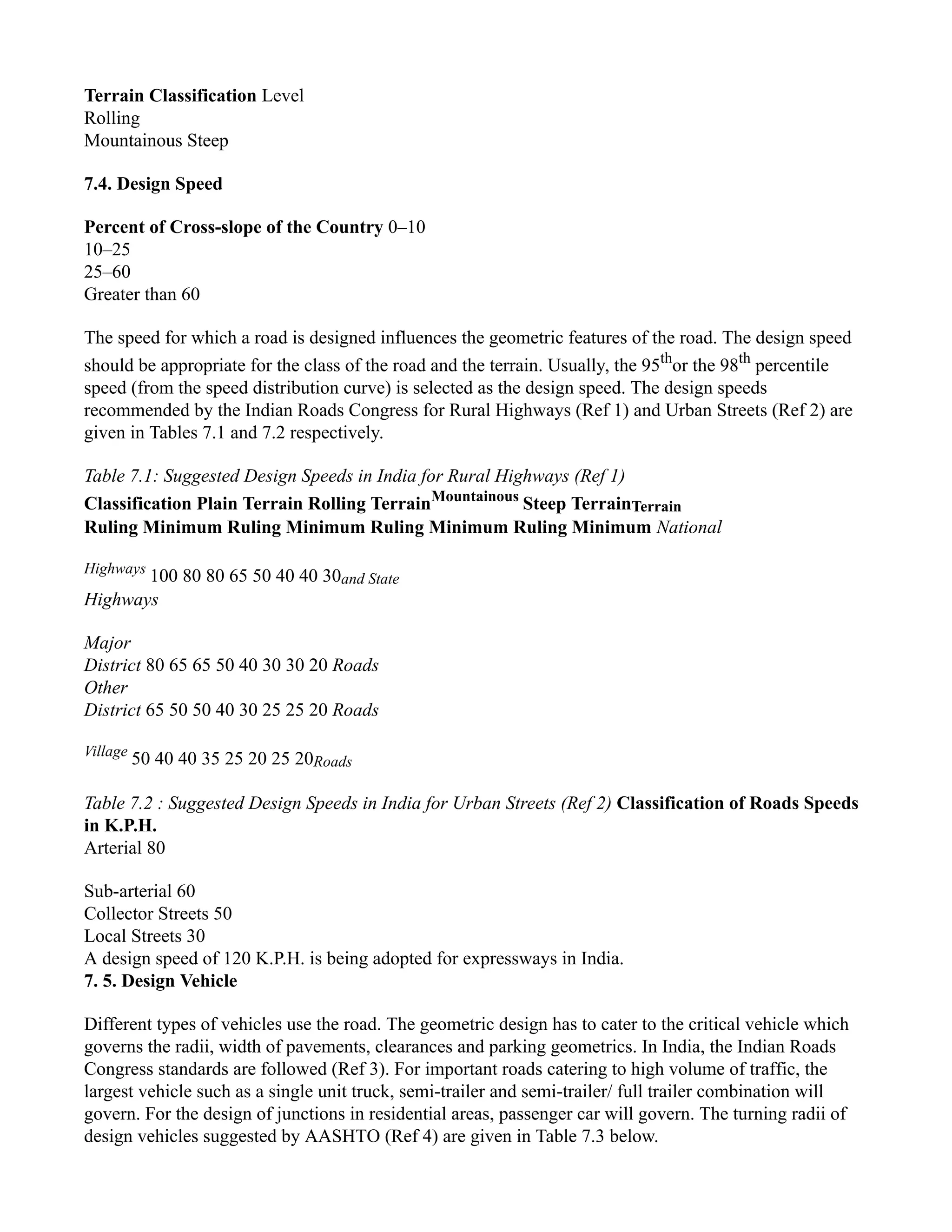
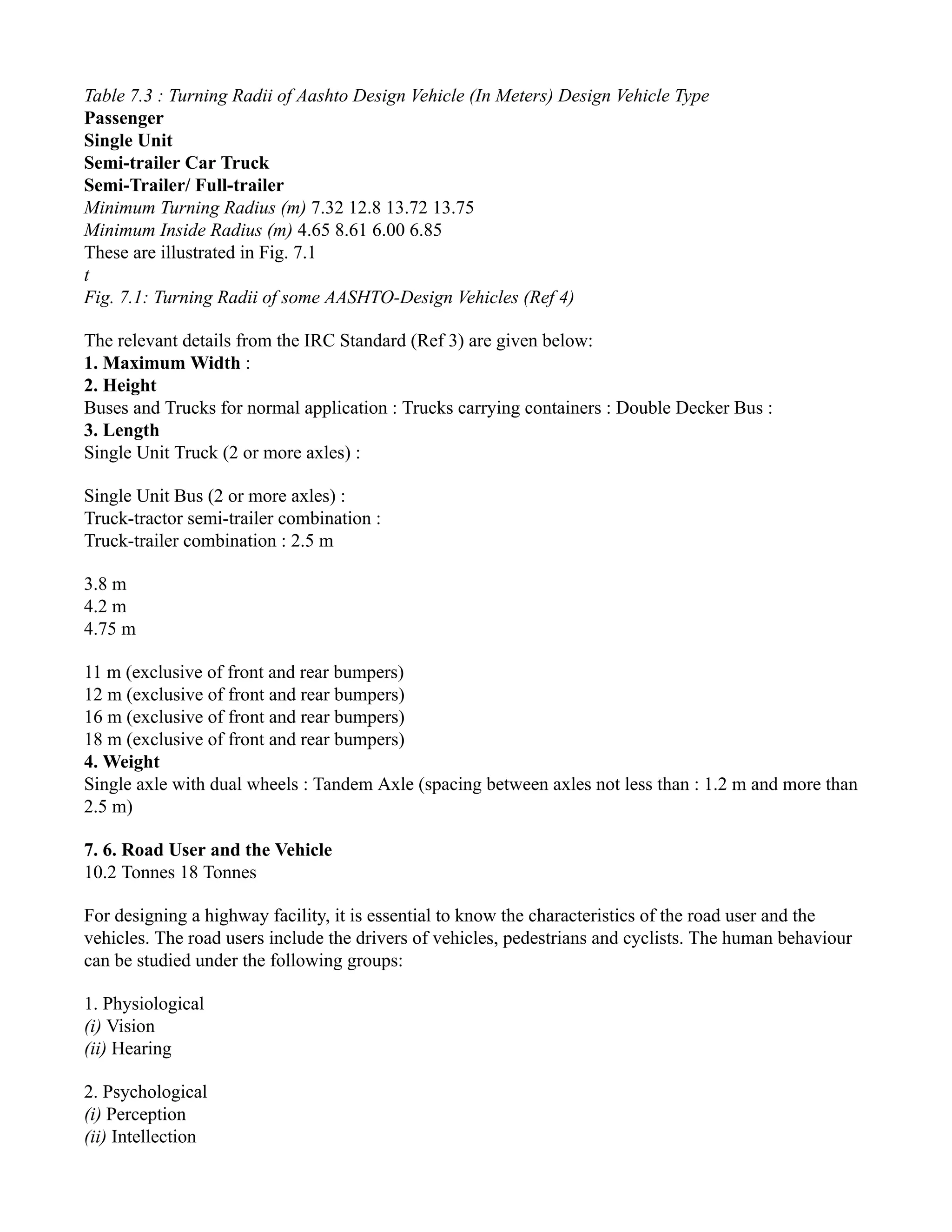
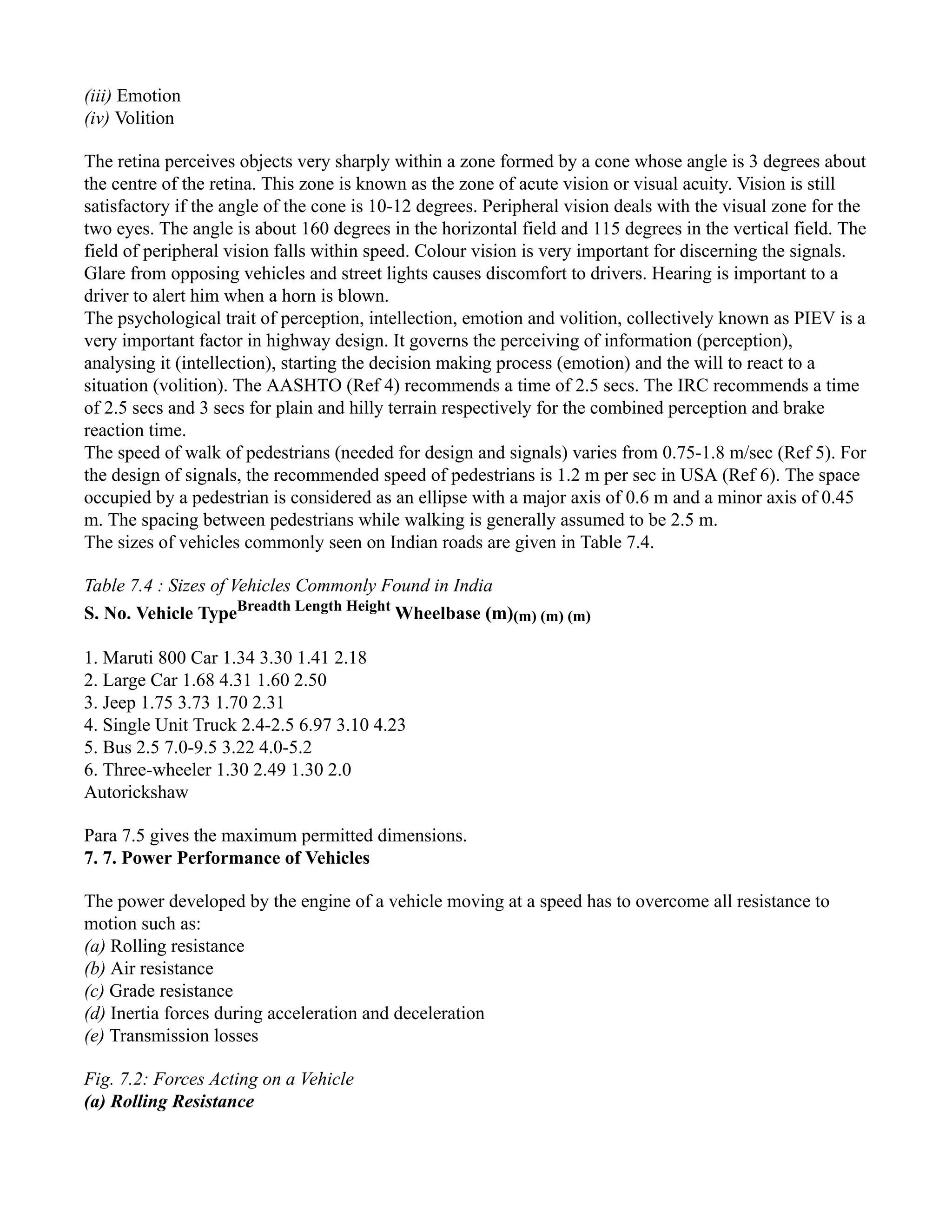
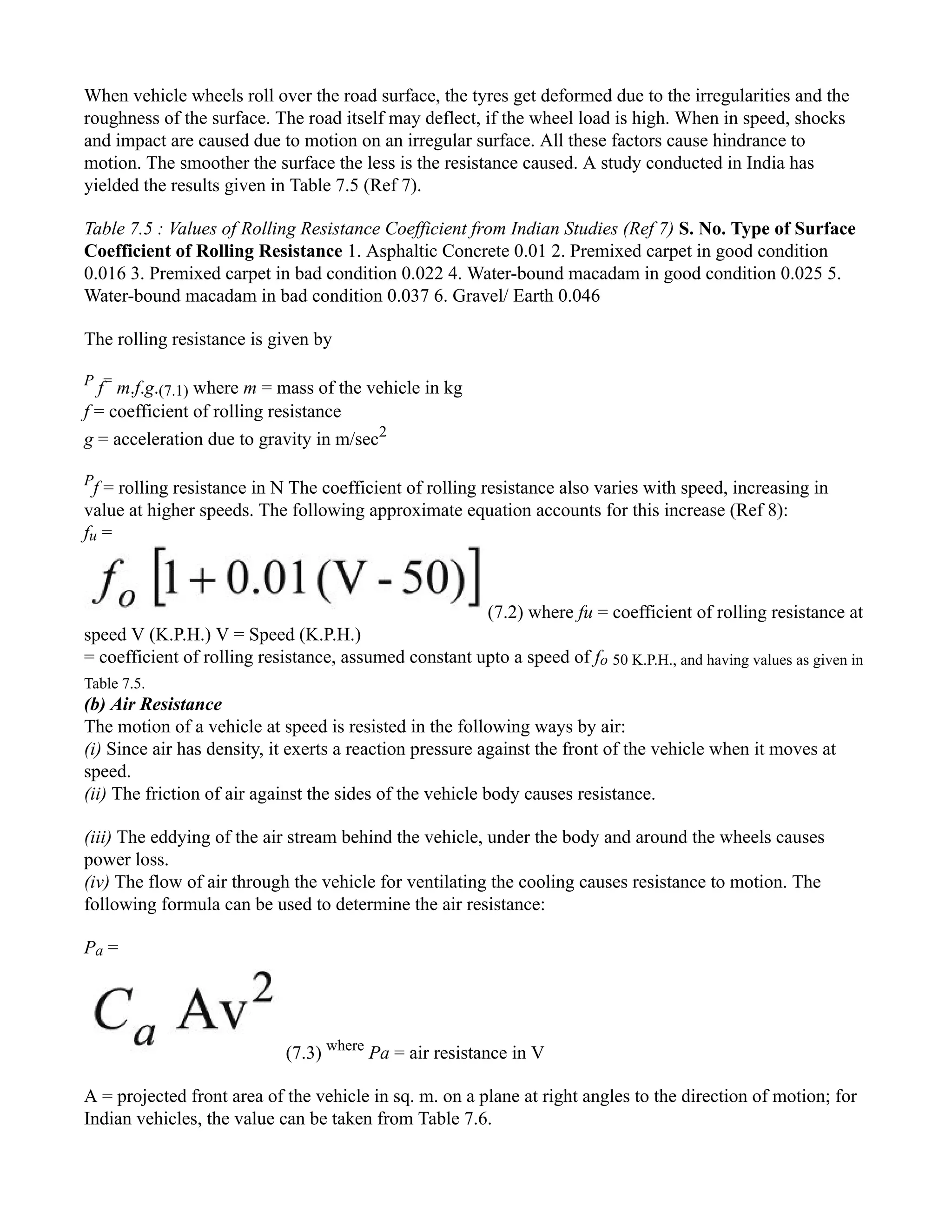
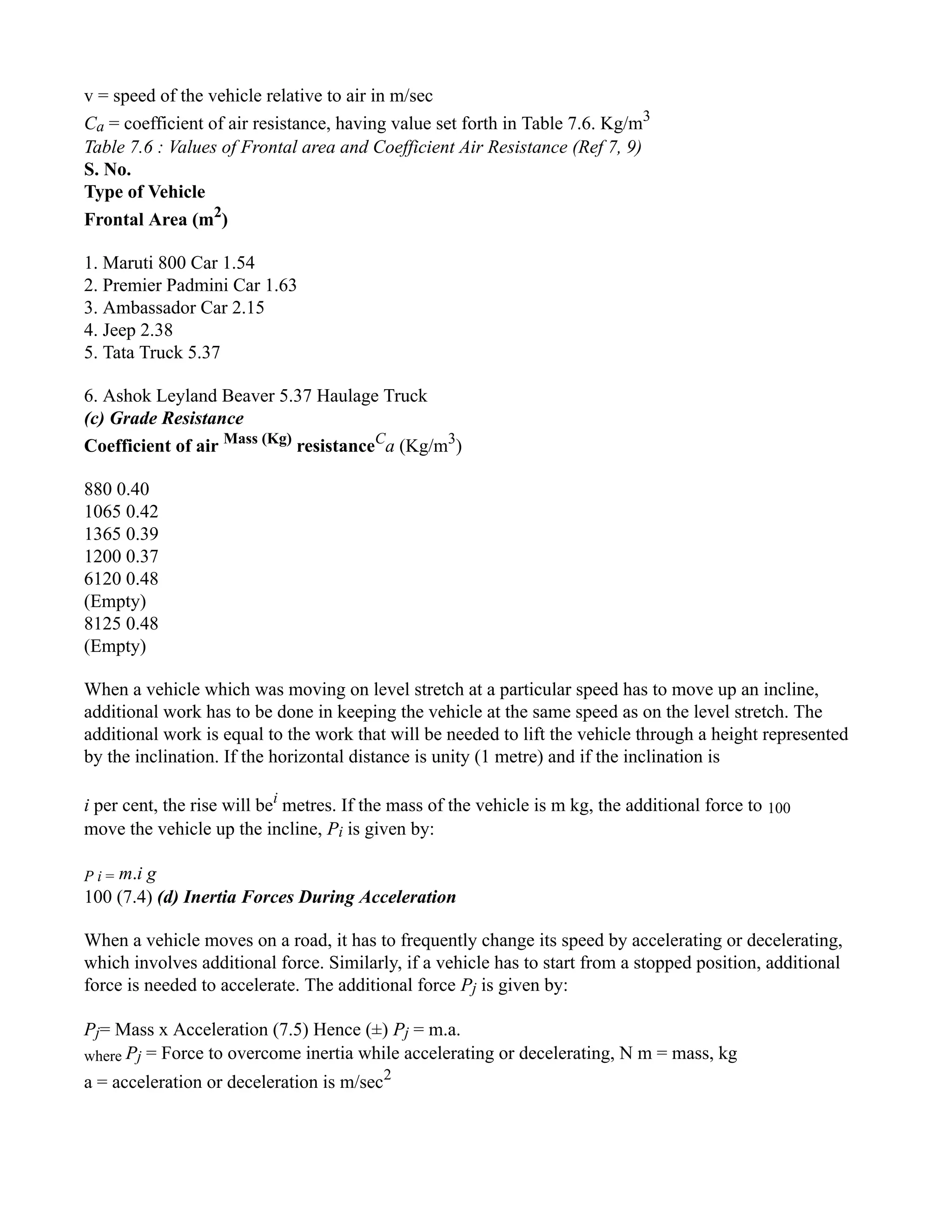
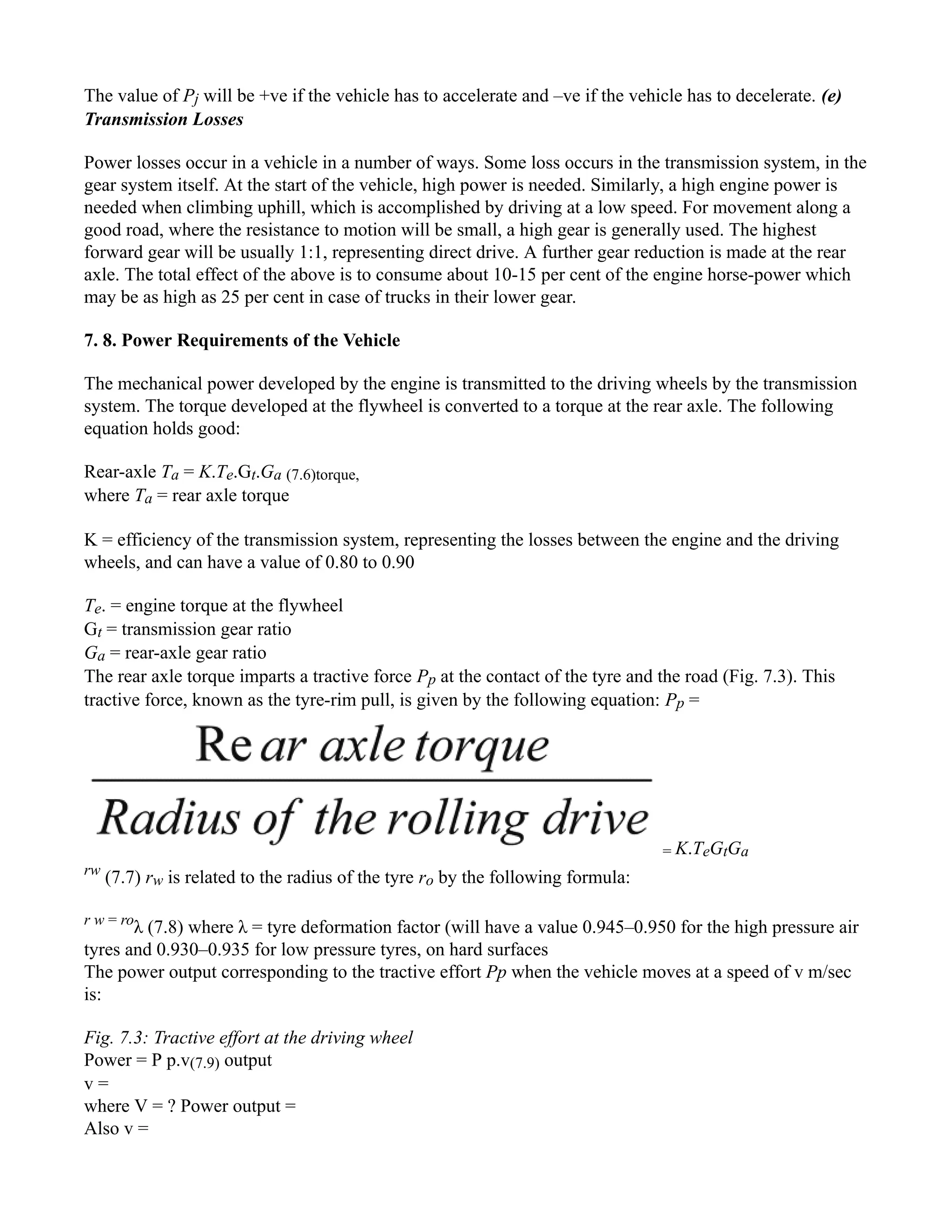
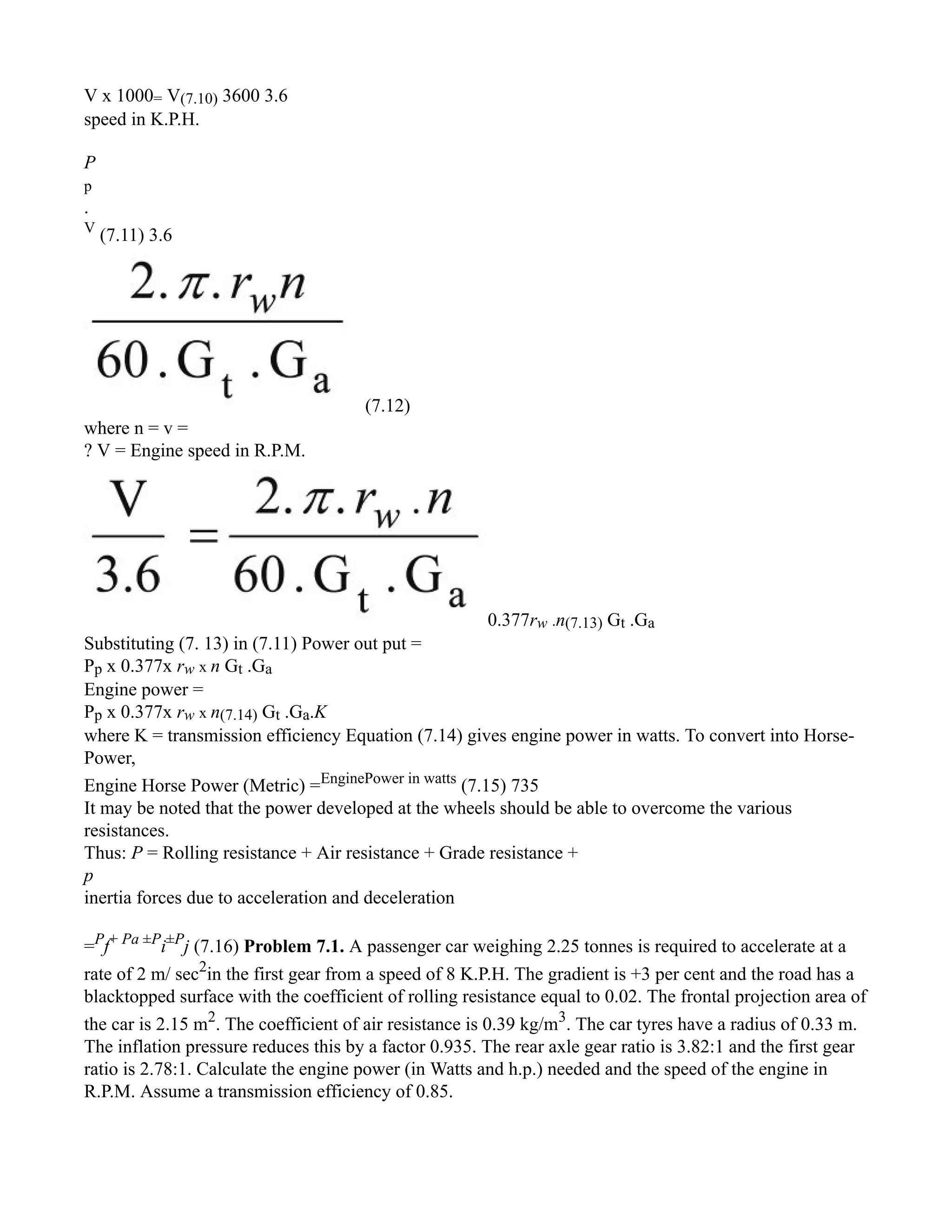
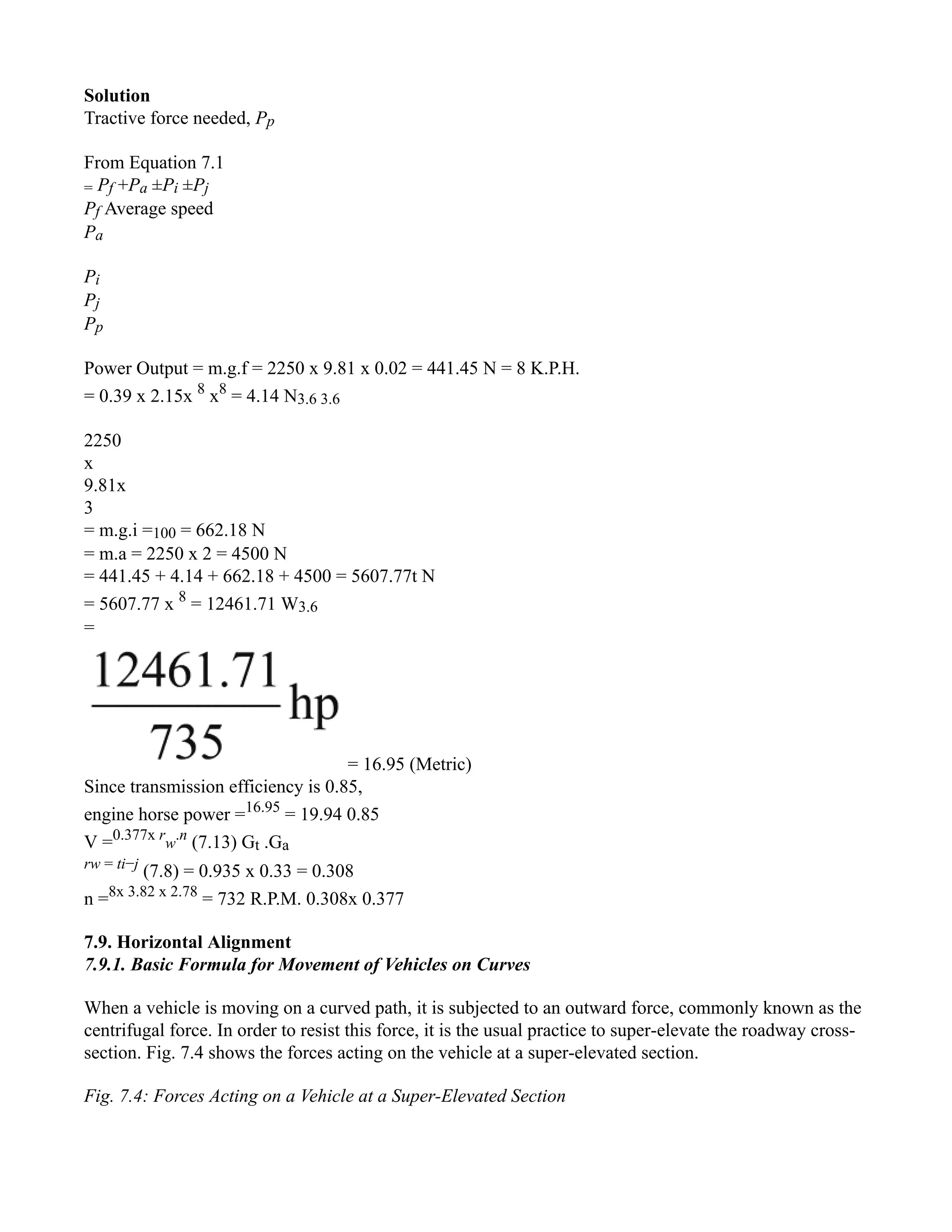
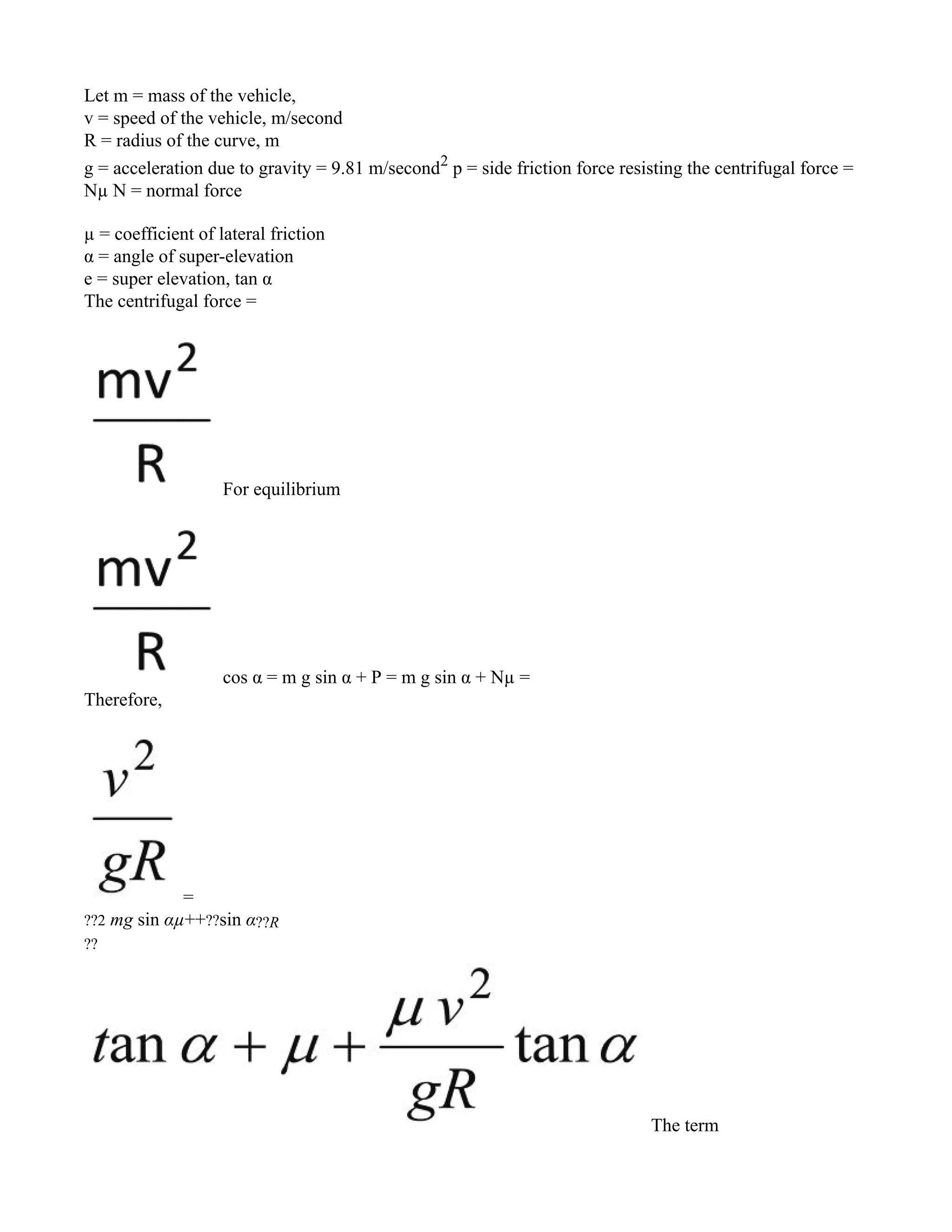
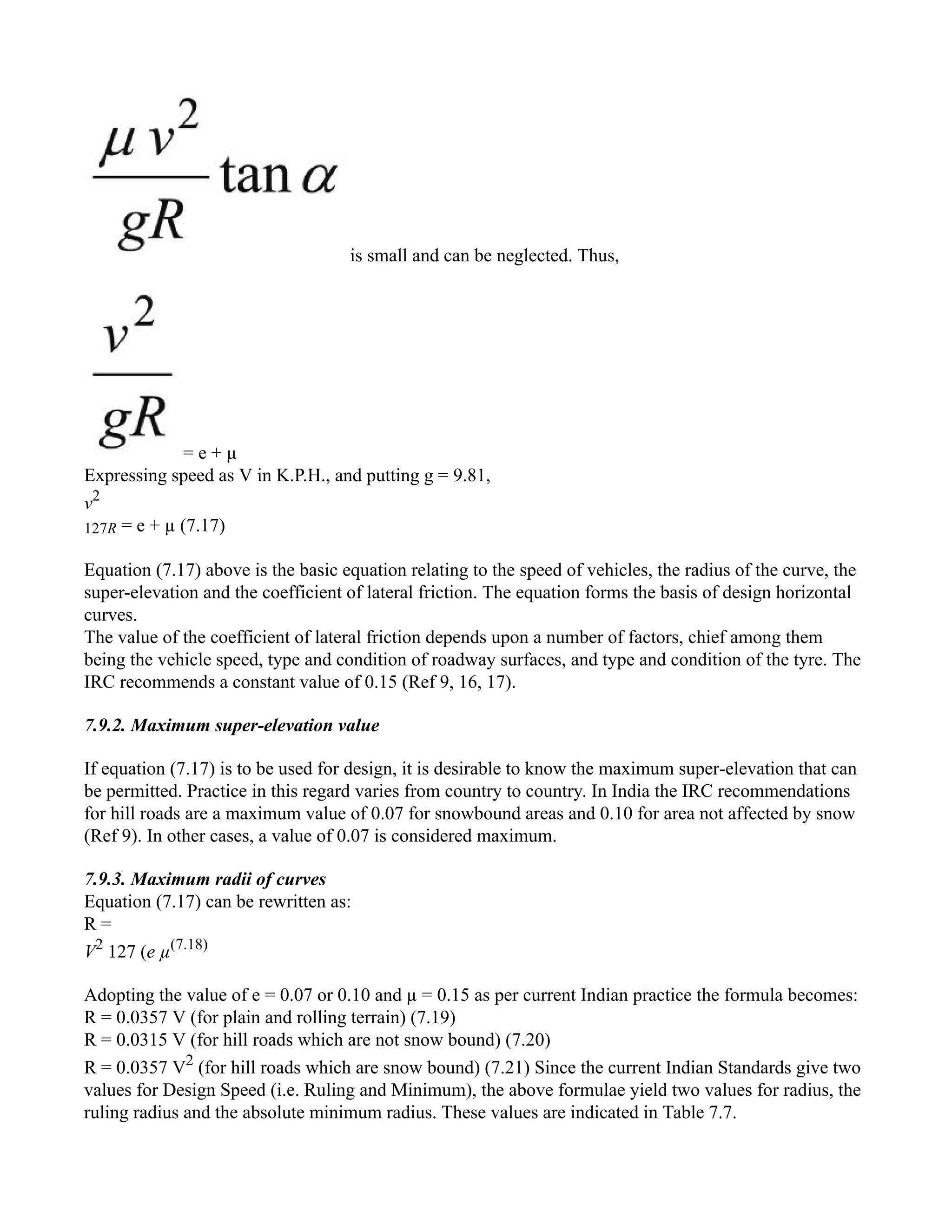
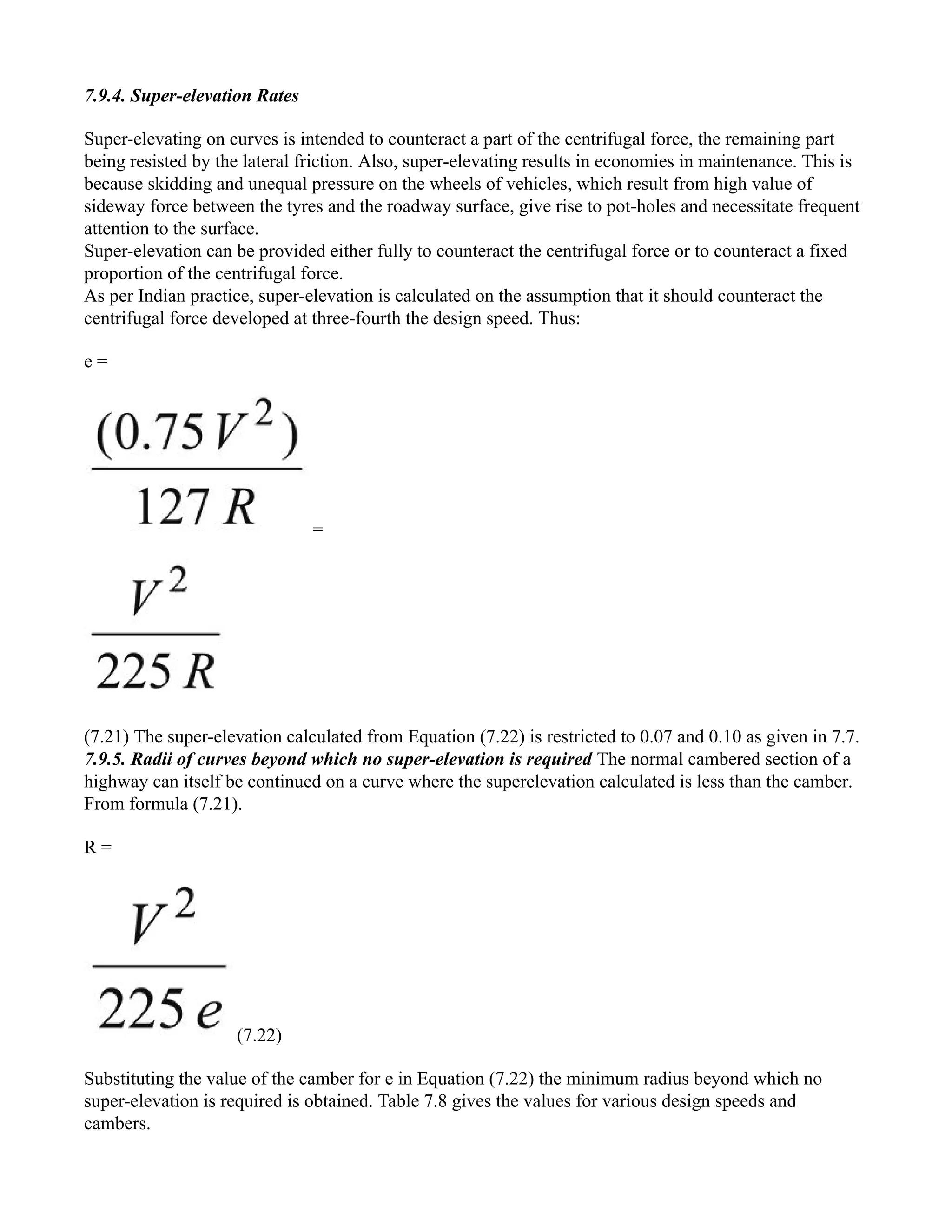

![Fig. 7.5: First stage in Attaining Super Elevation by Bringing Super-Elevation Equal to Camber Fig.
7.6: Second Stage in Attaining Super Elevation
(i) The surface of the road is rotated about the centre-line of the carriageway, gradually lowering the
inner edge and raising the upper edge, keeping the level of the centre line constant [Fig. 7.6(a)].
(ii) The surface of the road is rotated about the inner edge, raising the centre and the outer edge [Fig.
7.6(b)].
(iii) The surface of the road is rotated about the outer edge, depressing the centre and the inner edge
[Fig. 7.6(c)]
Method (i) is most generally used as it results in the least distortion of the pavement. Fig. 7.7 shows the
method of attaining super-elevation as per method (i).
Fig. 7.7: Attaining super elevation by revolving about the centre line
7.9.7. Transition curves
7.9.7.1. Need for transitions
When a vehicle travelling on a straight course enters a curve of finite radius it is suddenly subjected to
the centrifugal force which causes shock and sway. In order to avoid this it is customary to provide a
transition curve at the beginning of the circular curve, having a radius equal to infinity at the end of the
straight and gradually reducing the radius to the radius of the circular curve where the curve begins.
Incidentally, the transition portion is also used for the gradual application of the super-elevation and the
curve widening.
7.9.7.2. The Spiral
Various forms of curves are suitable for highway transitions, but the one most popular and recommended
for use in this country is the Spiral. It is easy, to set out in the field and the rate of change of acceleration
is uniform through the length of the transition.
Fig. 7.8 indicates the main elements of a circular curve provided with spiral for transitions at its two
ends.
Fig. 7.8: Main Elements of a Circular Curve Provided with Transitions Some of the important properties
of the spirals are given below:
(i) LsRc = LR = constant (7.23)
(ii) L = M è (7.24) Where M is a constant
M =
(7.25) Also L = 2Rè (7.26)
2](https://image.slidesharecdn.com/kupdf-230112040922-563402fb/75/kupdf-net_transportation-engineering-lrkadiyali-pdf-58-2048.jpg)
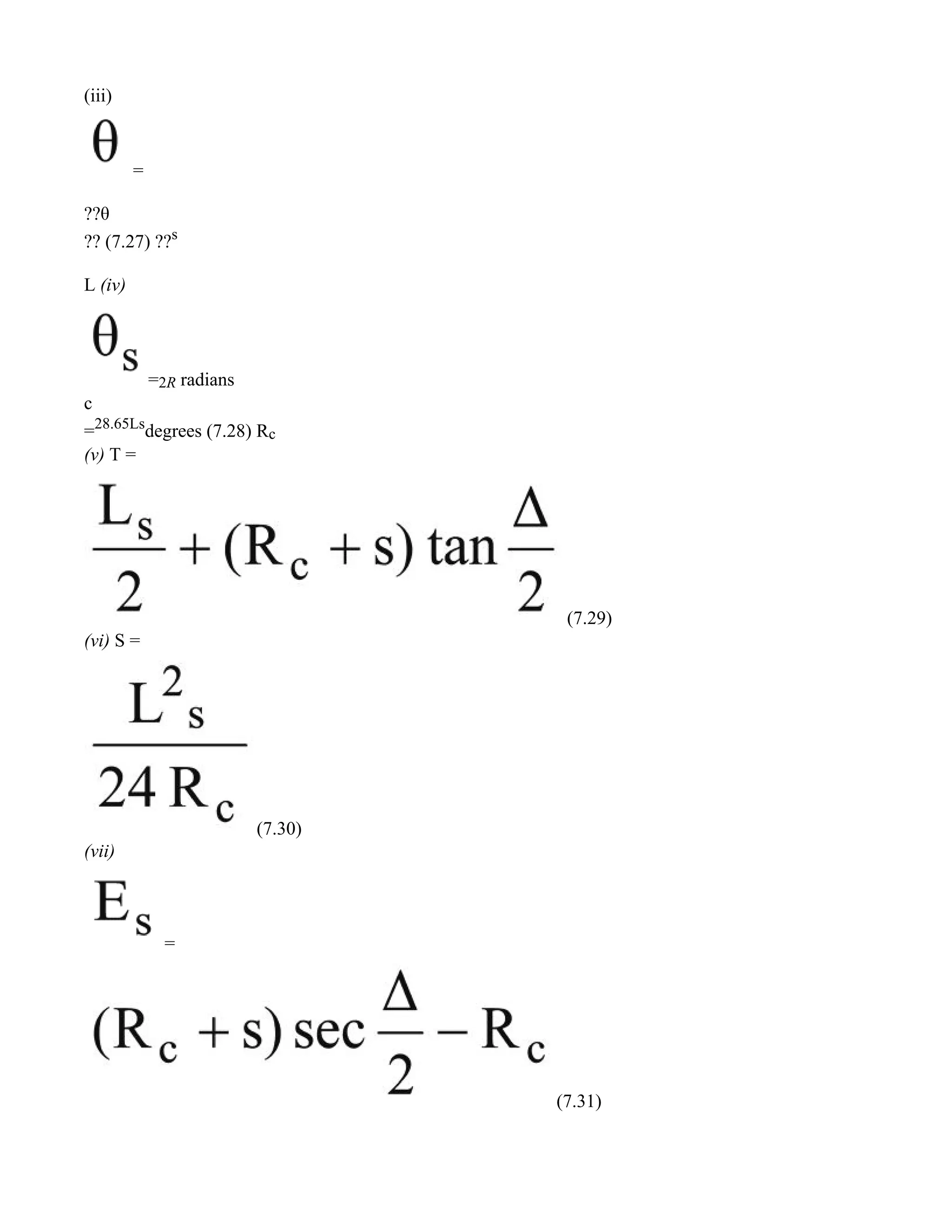
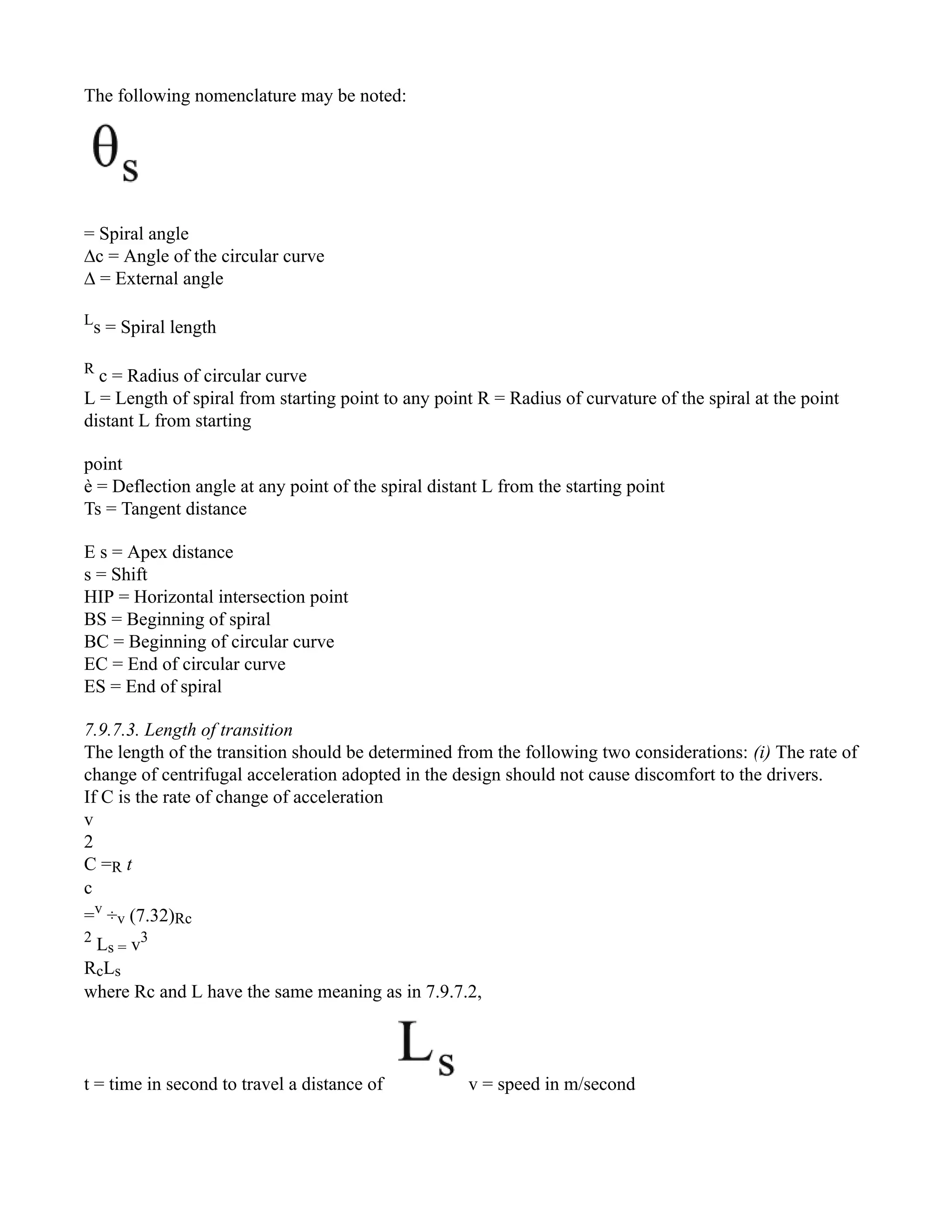
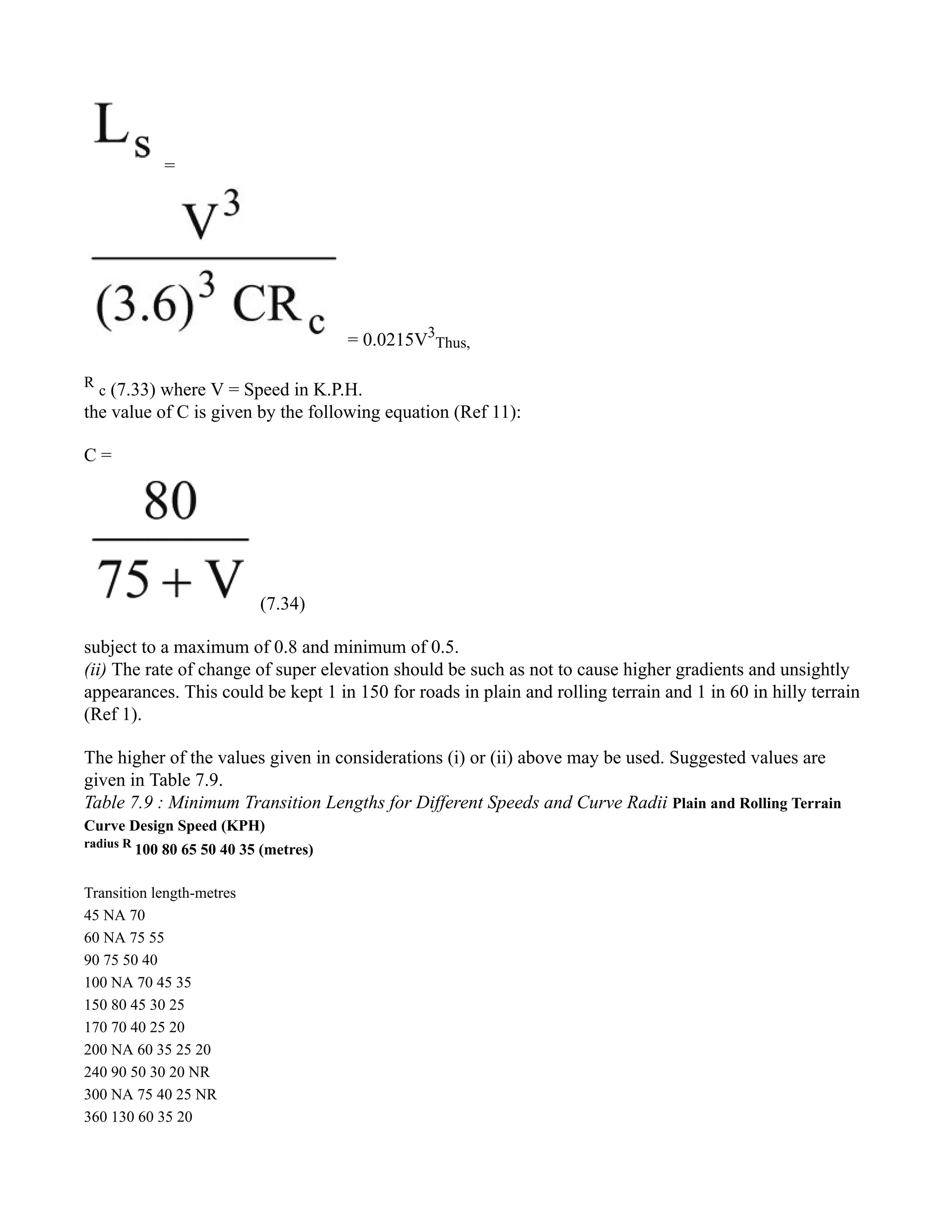
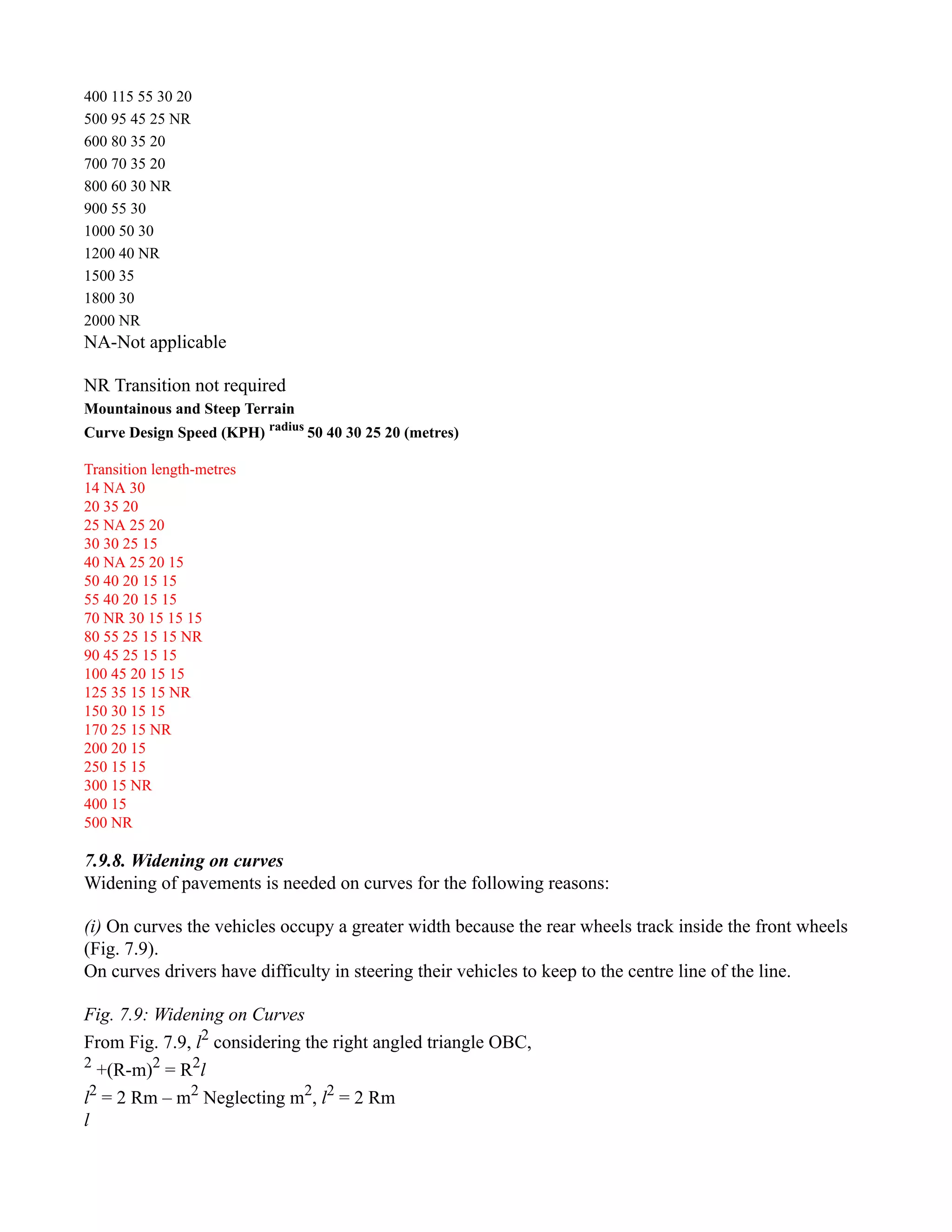
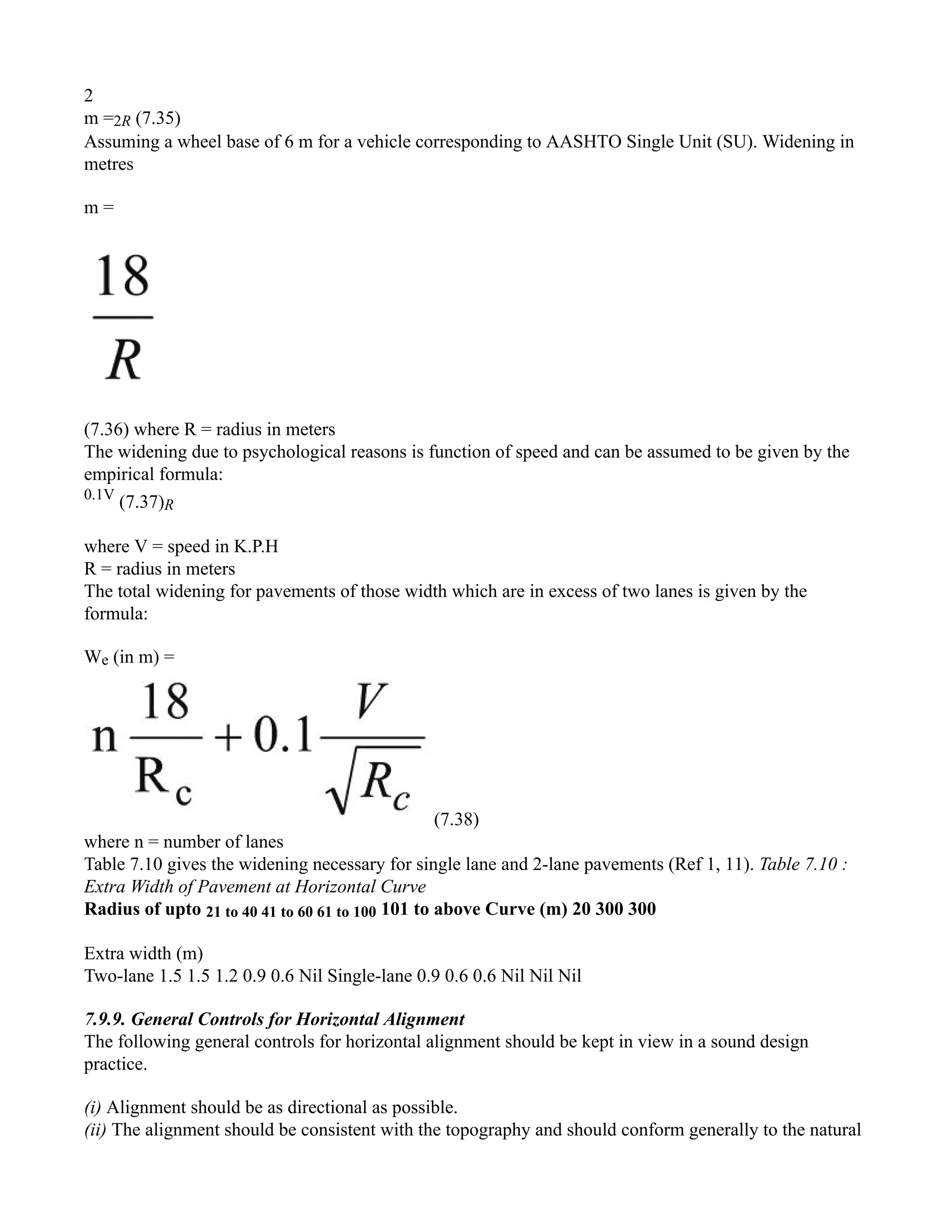
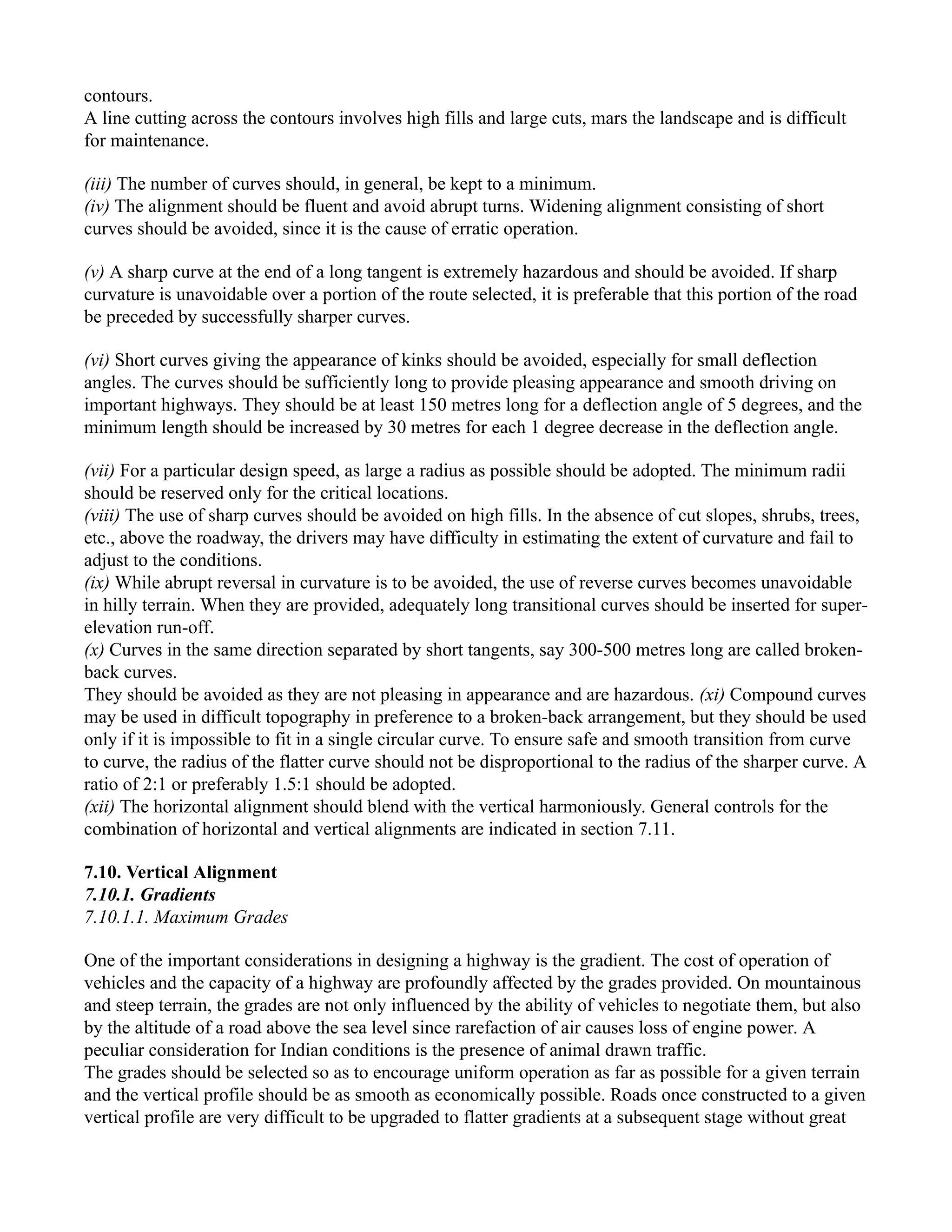
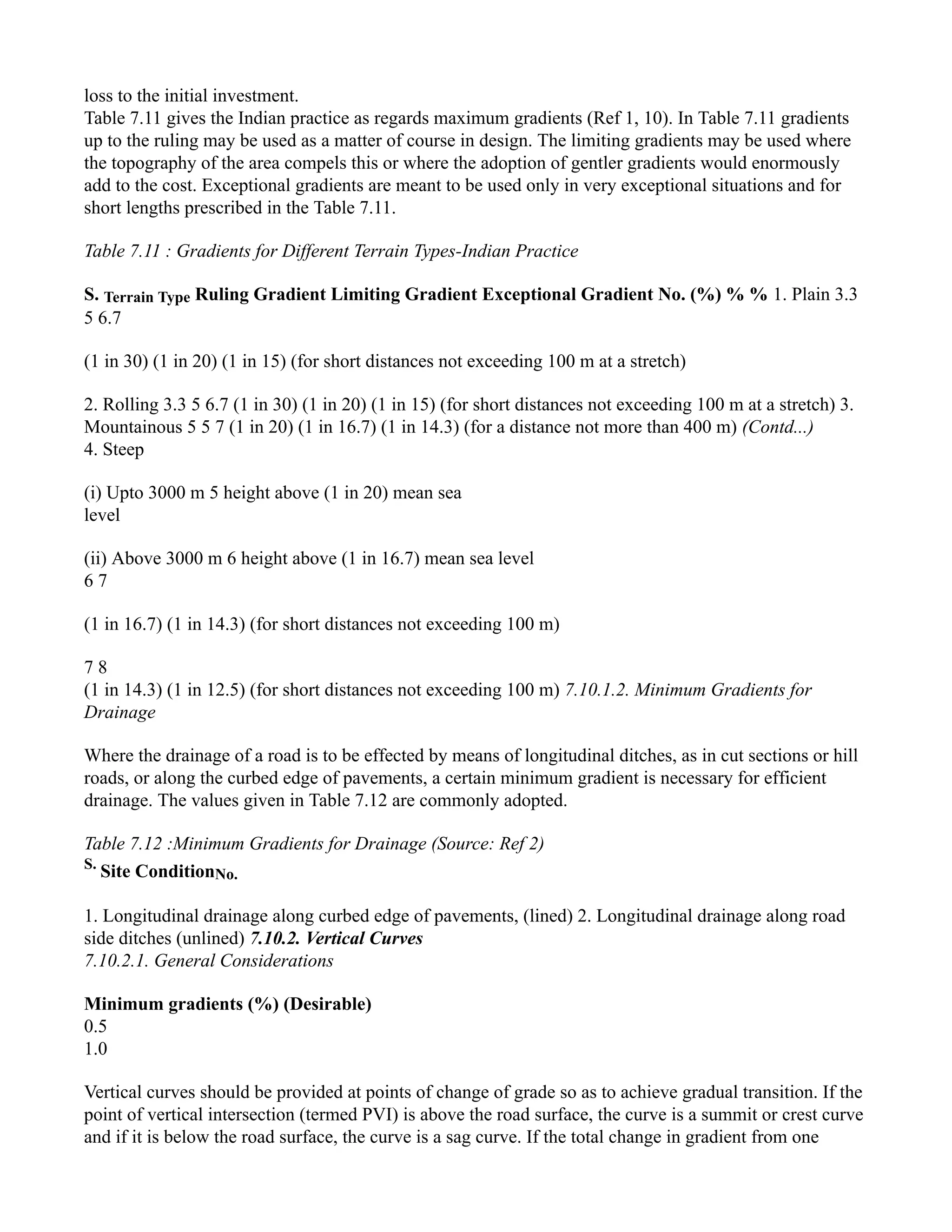
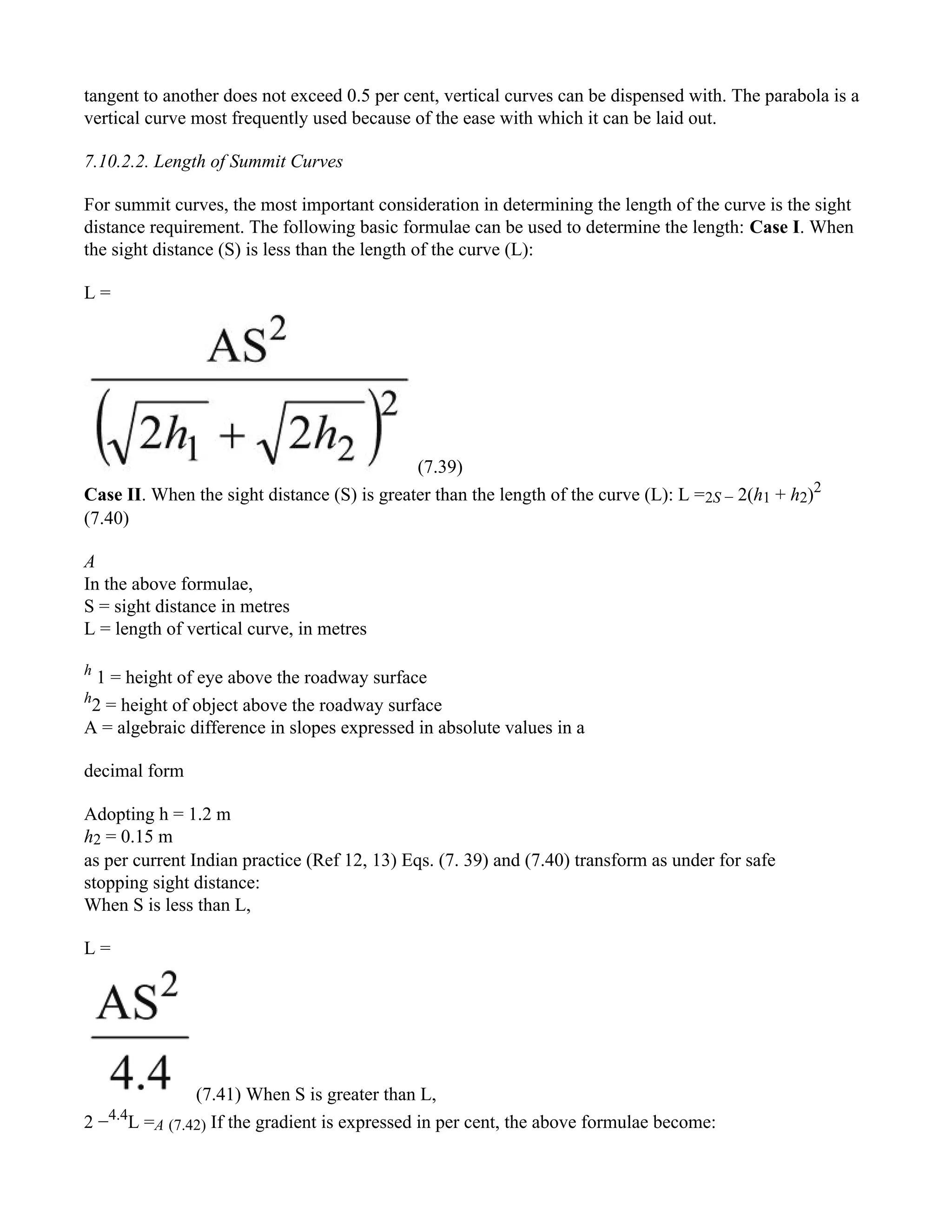
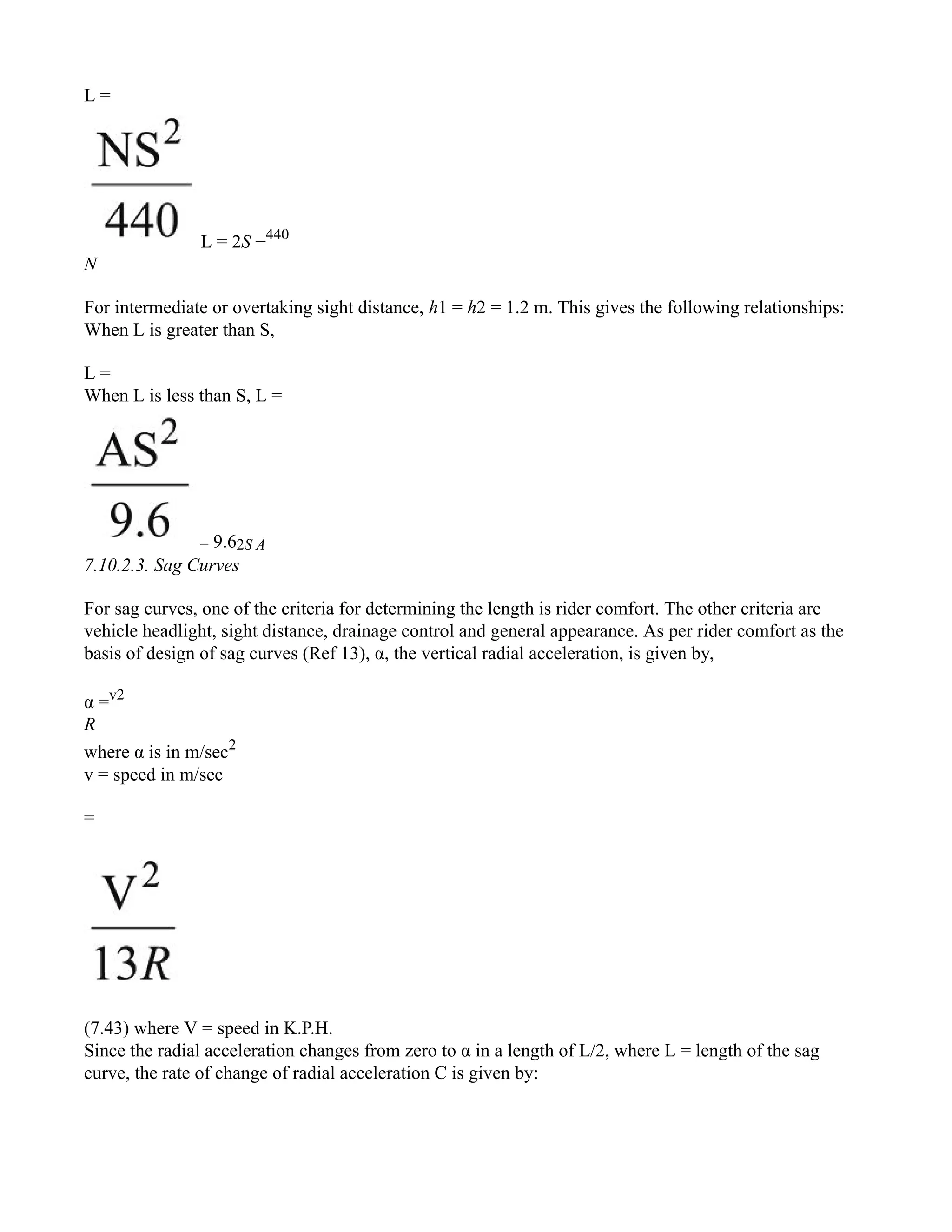
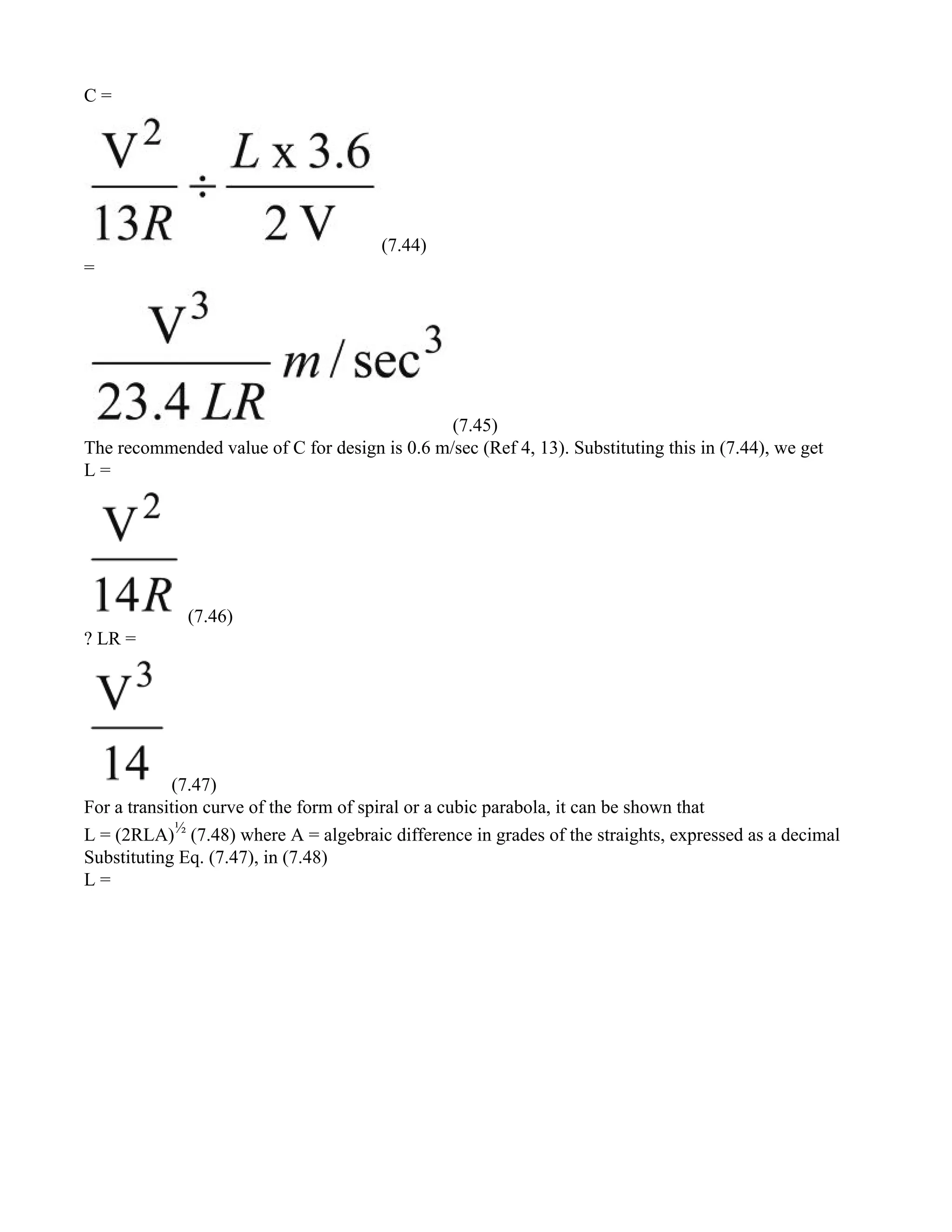
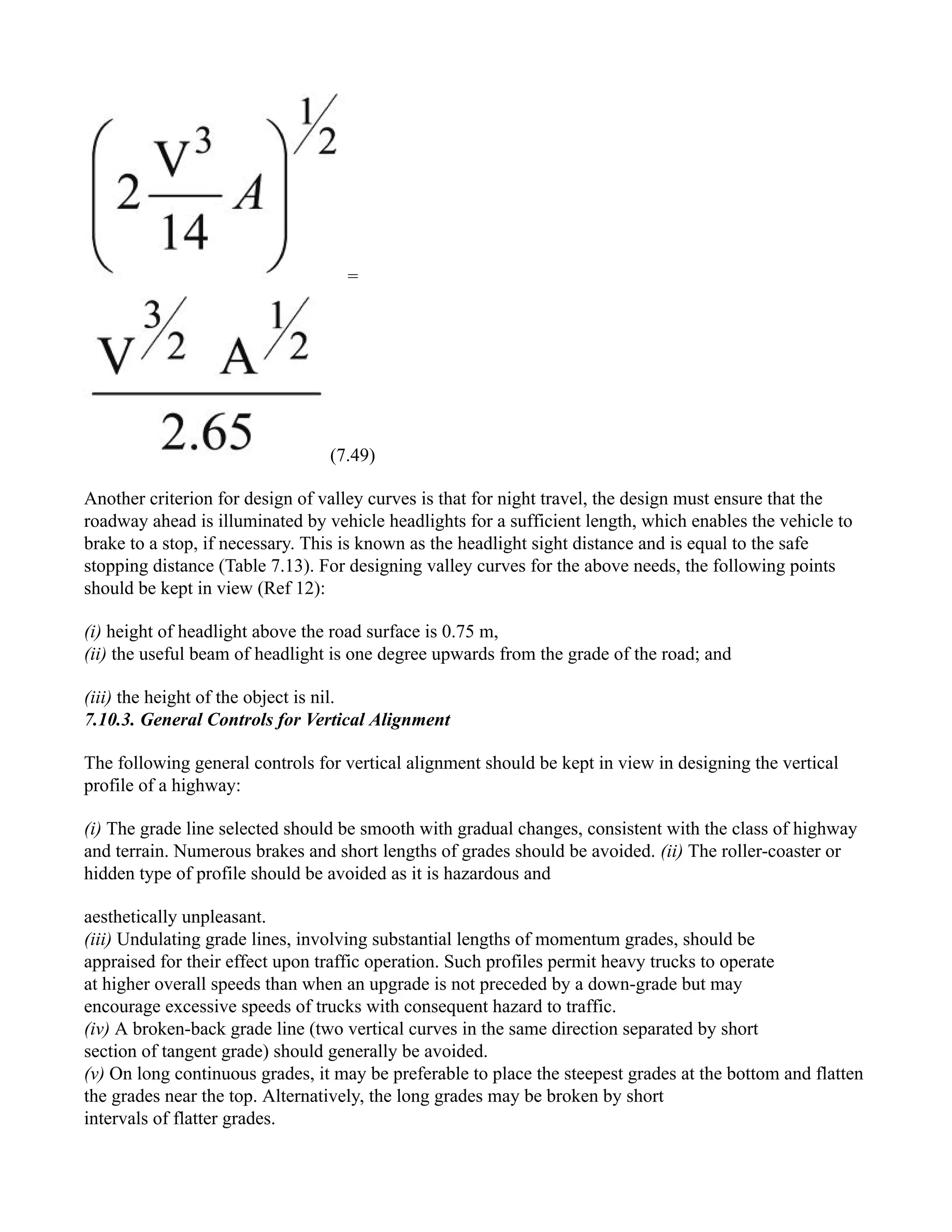
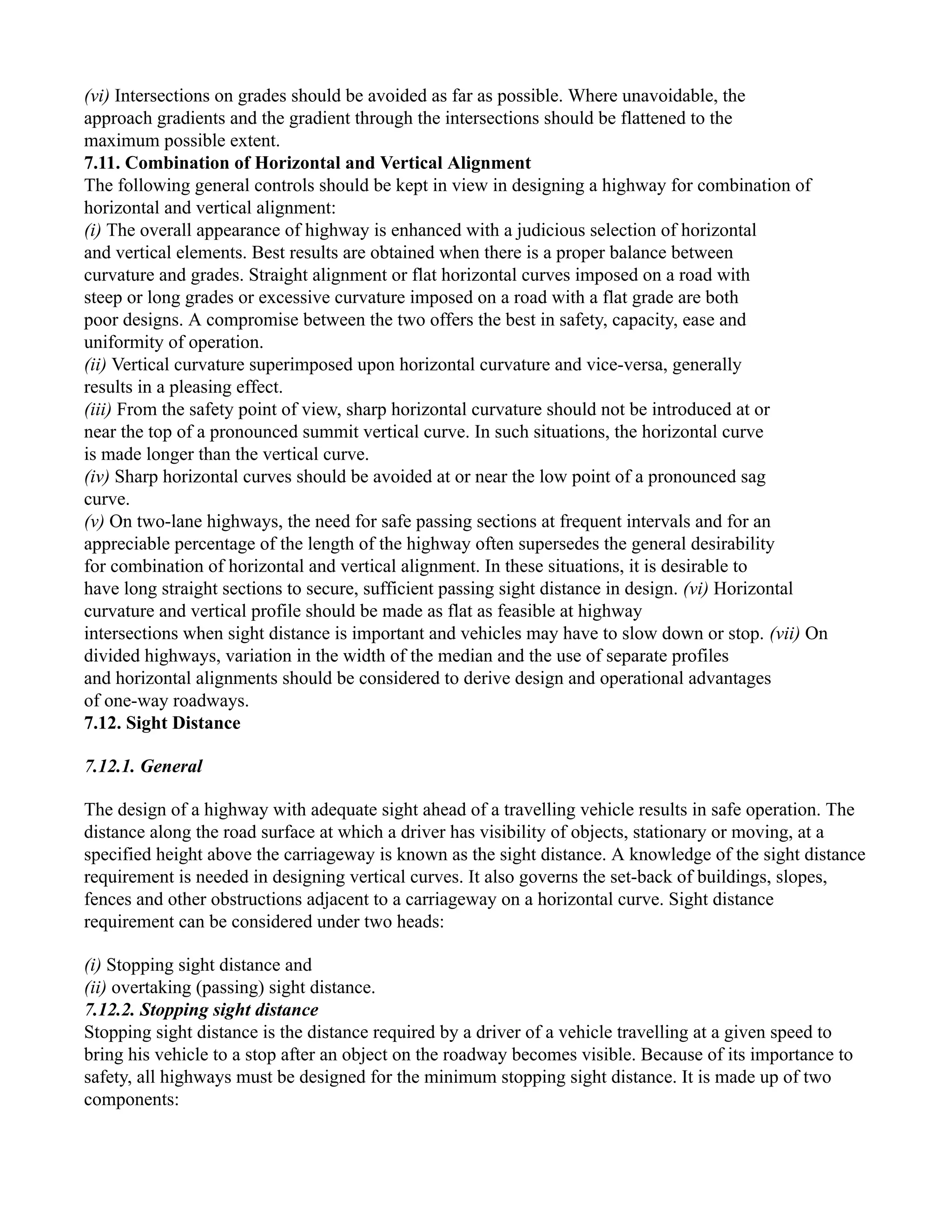

![80 120
100 180
Some slight adjustments are needed in the values of the braking sight distance to take into account the
effect of grades. The following amended formula may be used to calculate d2:
(7.52)d2 =
where G = longitudinal grade in per cent
The positive sign may be used inside the bracket if the gradient is upward and the negative sign may be
used if the gradient is downward. Correction for grade should not be applied on undivided roads with
two-way traffic, but must invariably be considered for divided highway which have independently
designed profiles.
The safe stopping sight distance is measured between two points, one 1.2 m above the carriageway
representing the driver’s eye and the other at 0.15 m height representing an object (Ref 12). 7.12.3.
Overtaking Sight Distance
Overtaking becomes necessary because some vehicles travel fast while some travel slow. The highway
should be designed so that the vehicles travelling at the design speed are afforded chance to overtake the
slower vehicles. Overtaking manoeuvre is possible only if the drivers have sufficient sight distance
available to them so that the whole operation can be accomplished without danger. On undivided roads,
overtaking involves the occupation of the road space normally used by opposing traffic. The overtaking
sight distance is that distance which should be available to enable the driver to overtake another vehicles
safely and comfortably without interfering with the speed of an oncoming vehicle travelling at the
design speed should it come into view after the overtaking manoeuvre is started.
For computing the minimum overtaking sight distance on two-lane two-way highways, the following
assumptions are made (Ref 12):
(i) The overtaken vehicle travels at a uniform speed which is 16 K.P.H. less than the design speed of the
road.
(ii) The overtaking vehicle has reduced its speed and trails the overtaken vehicle as it enters the
overtaking section.
(iii) The overtaking vehicle follows the vehicle ahead for a short while to perceive the clear road ahead
before beginning the overtaking movement.
(iv) The overtaking is done by acceleration to the design speed and hurriedly returning to its own side of
the road.
(v) When the overtaking vehicle returns to its lane, it arrives alongside an oncoming vehicle in the
opposite lane.
[Some authorities such as AASHTO (Ref 4) lay down that a certain clear distance should be available
between the two].
Fig. 7.10 below indicates the elements that go to make up the overtaking sight distance.](https://image.slidesharecdn.com/kupdf-230112040922-563402fb/75/kupdf-net_transportation-engineering-lrkadiyali-pdf-72-2048.jpg)
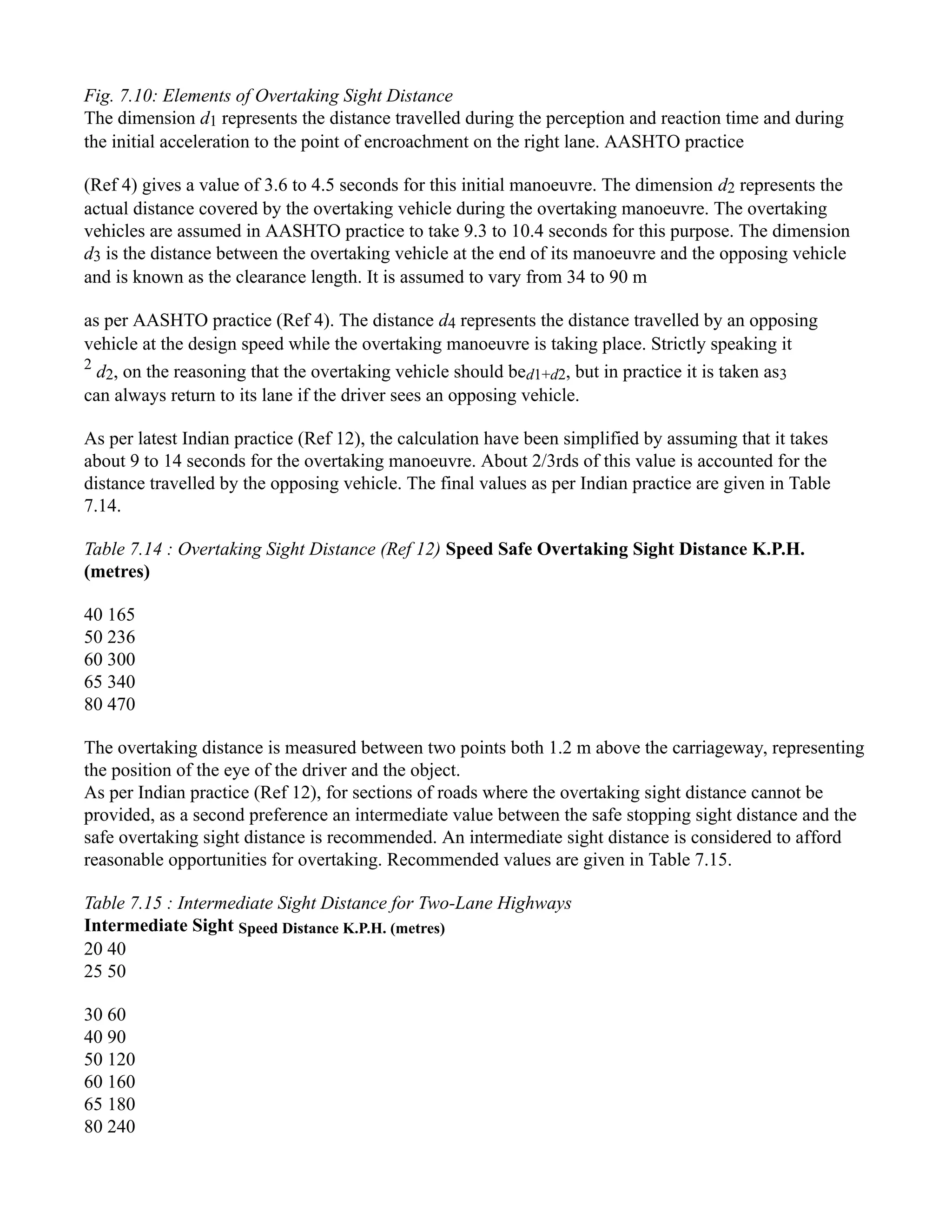
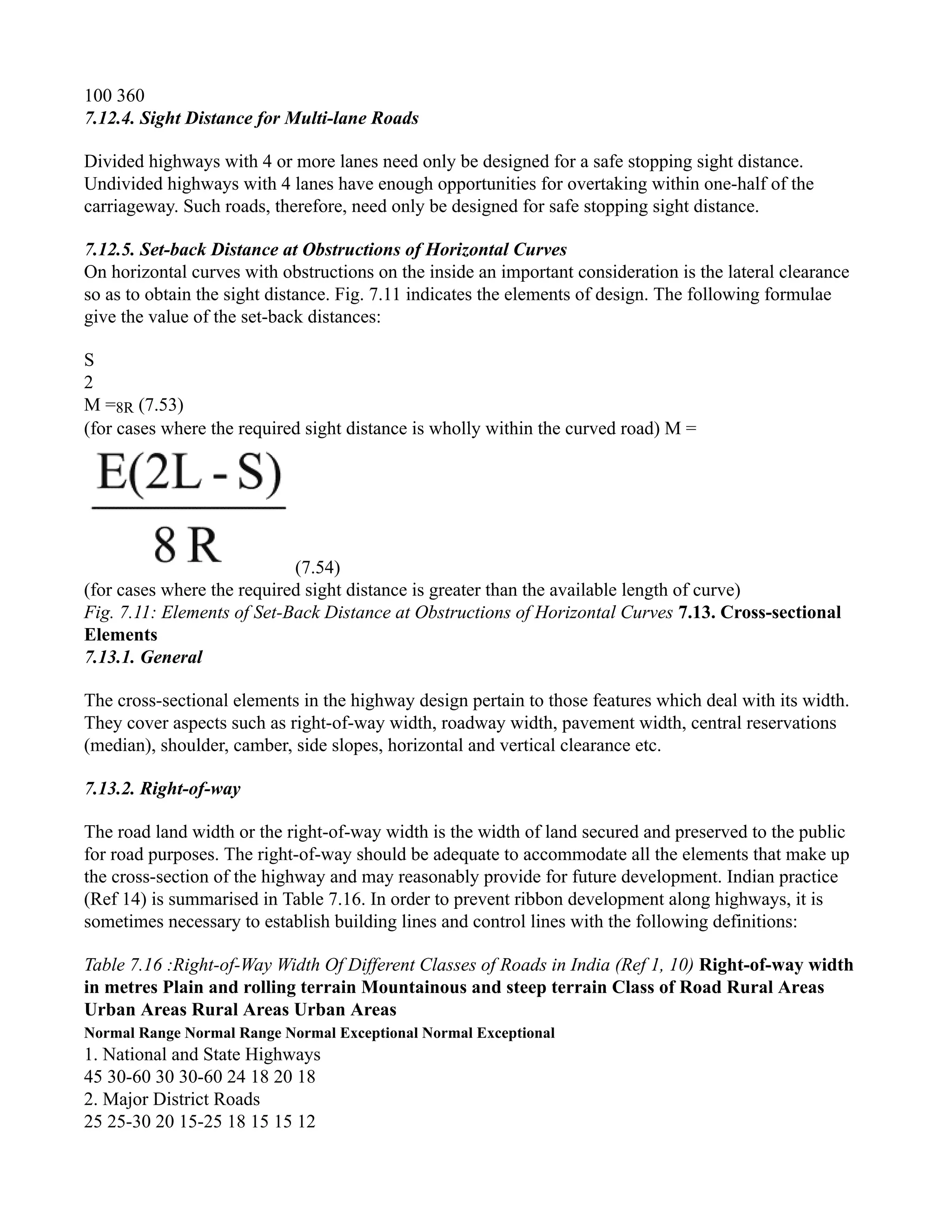
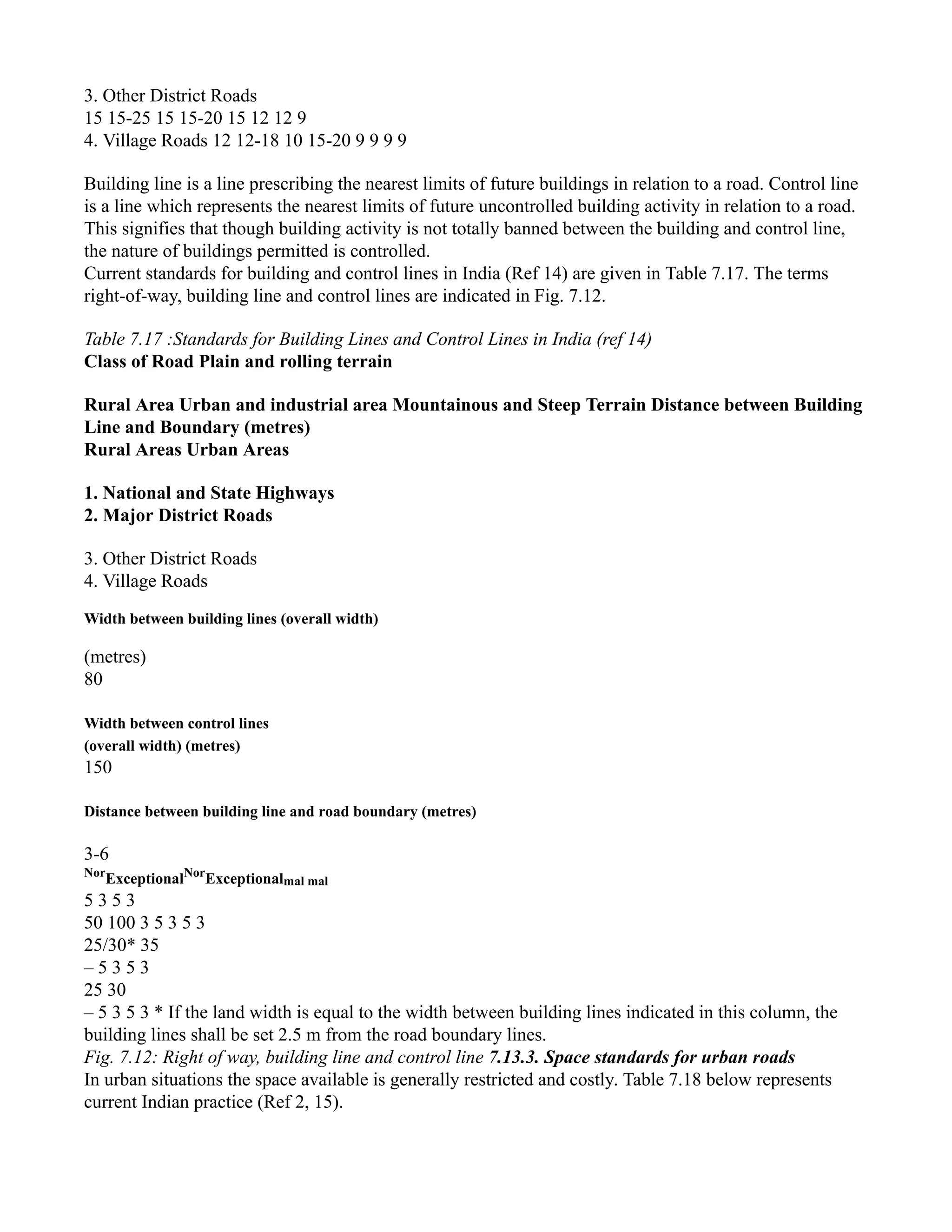
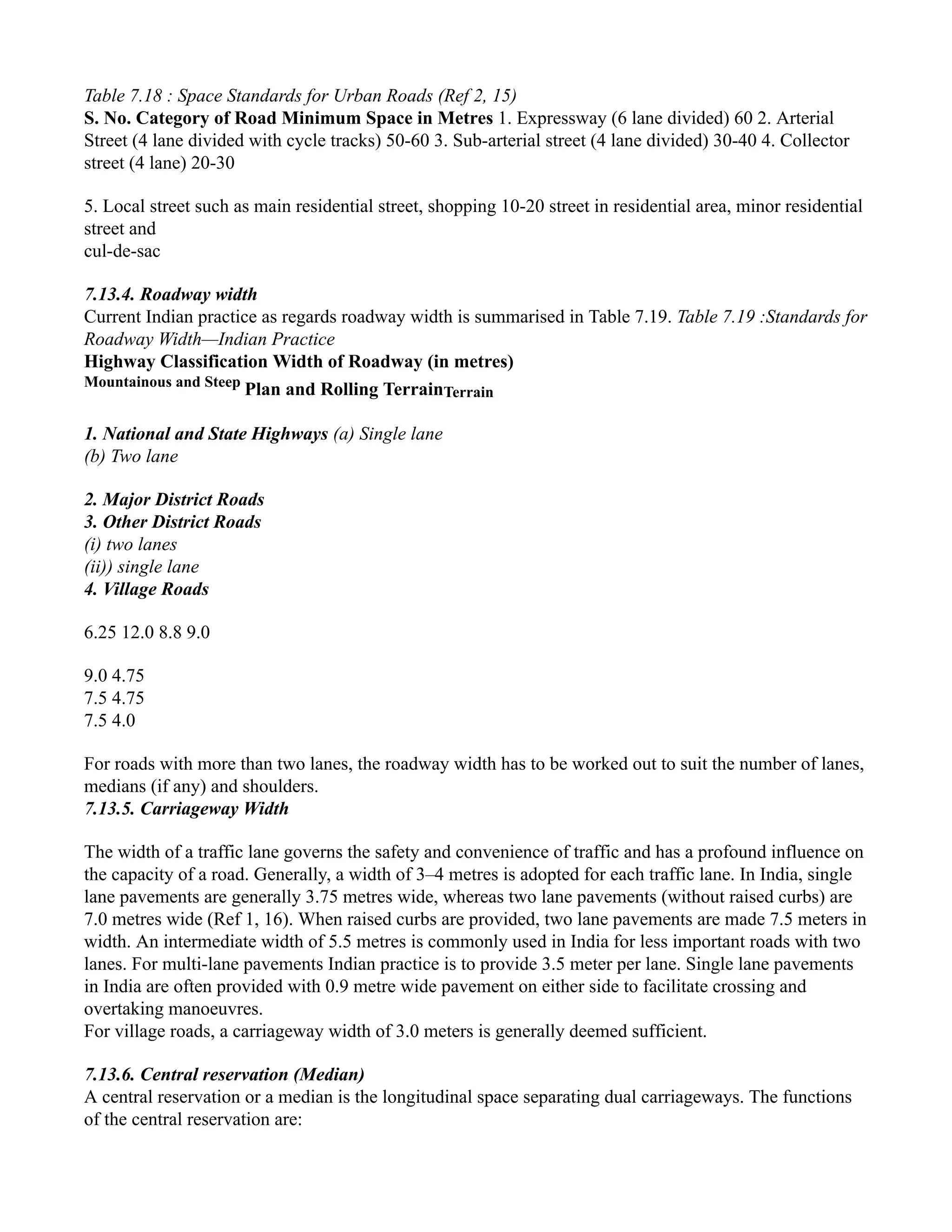
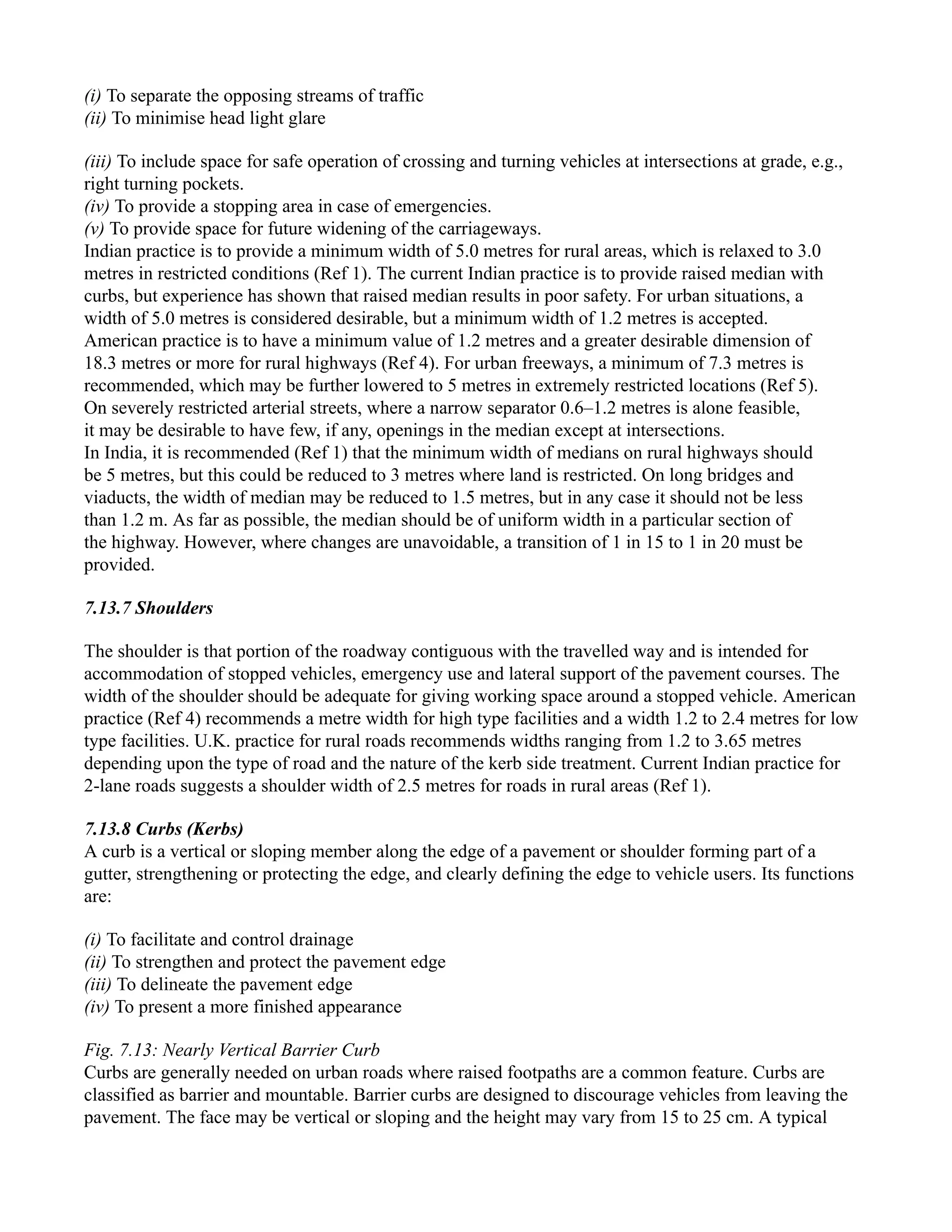
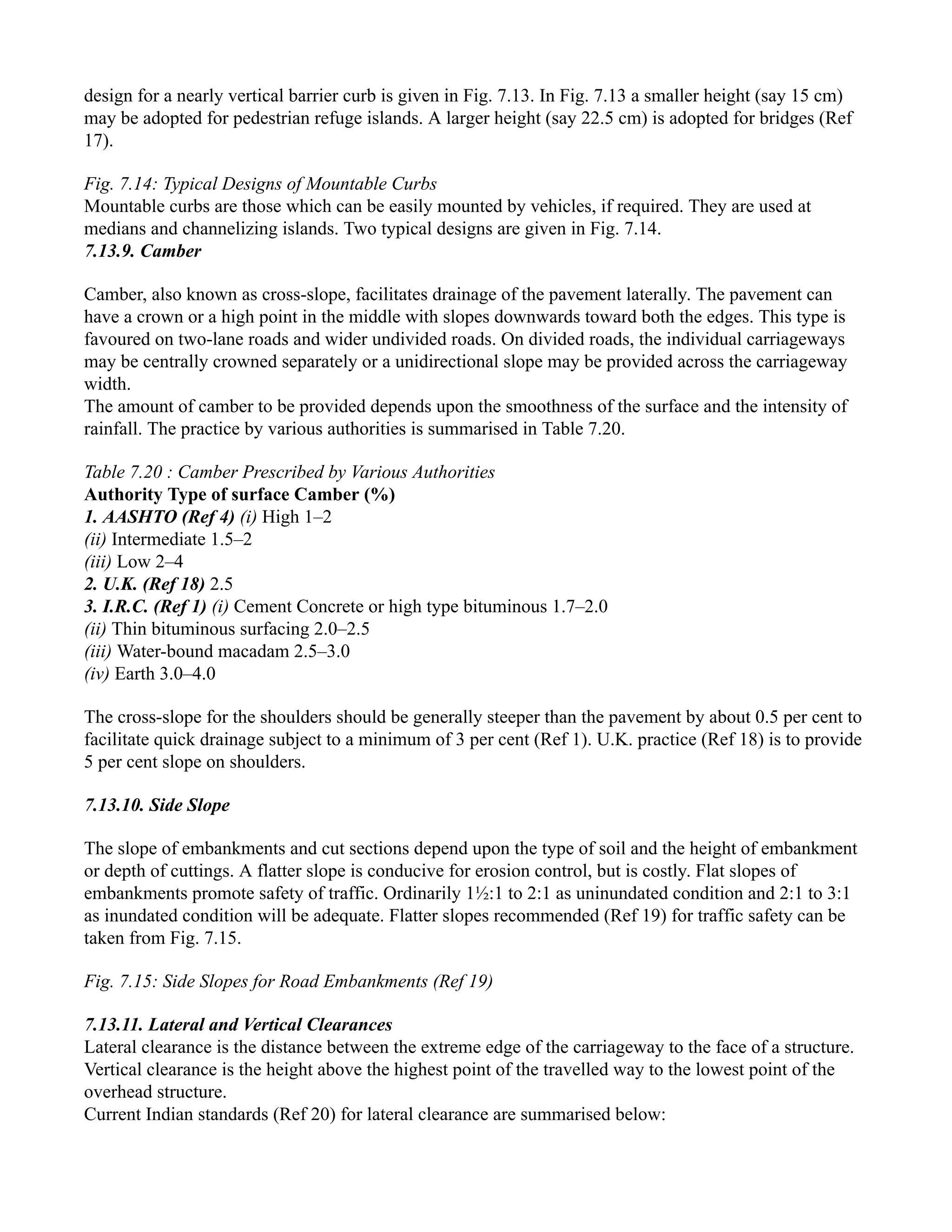
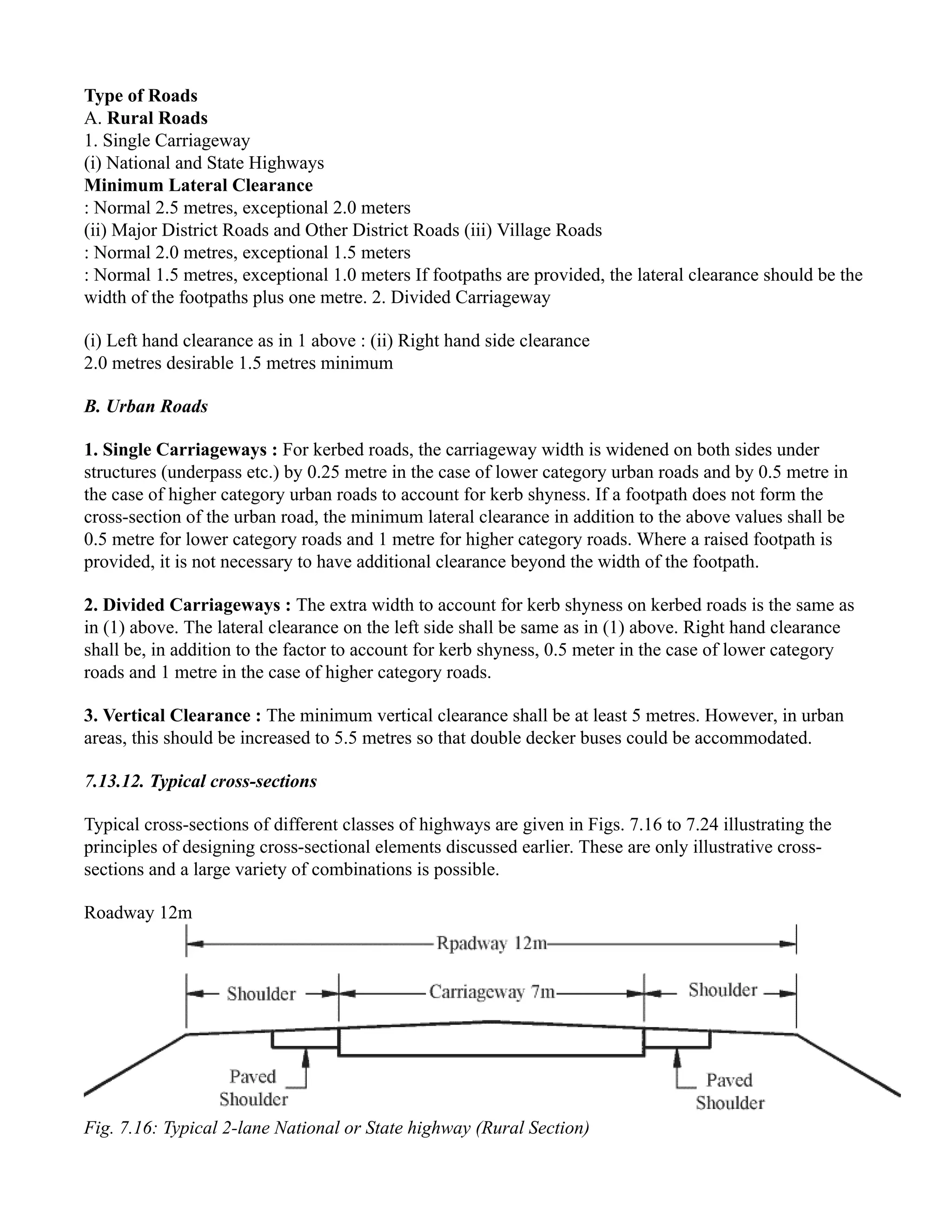
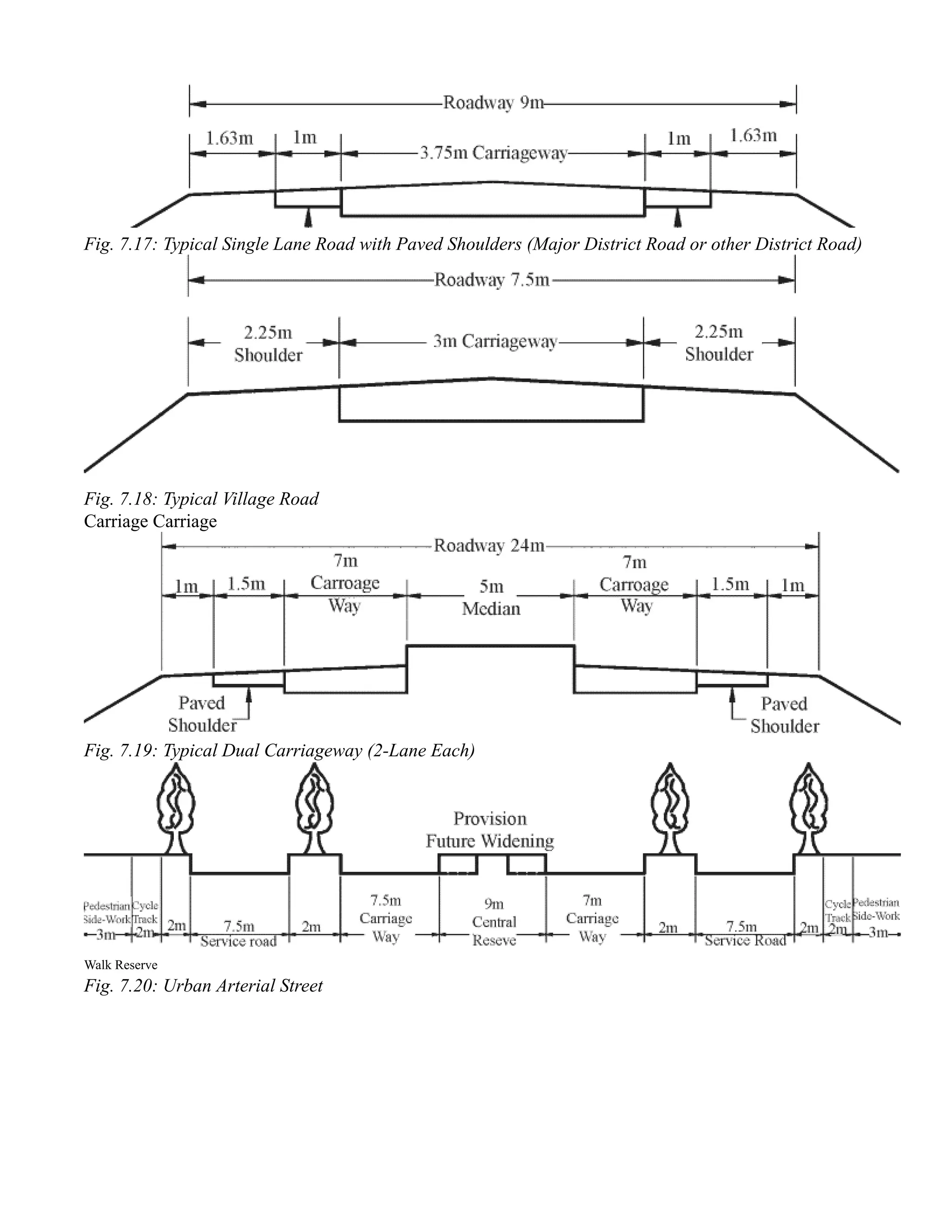
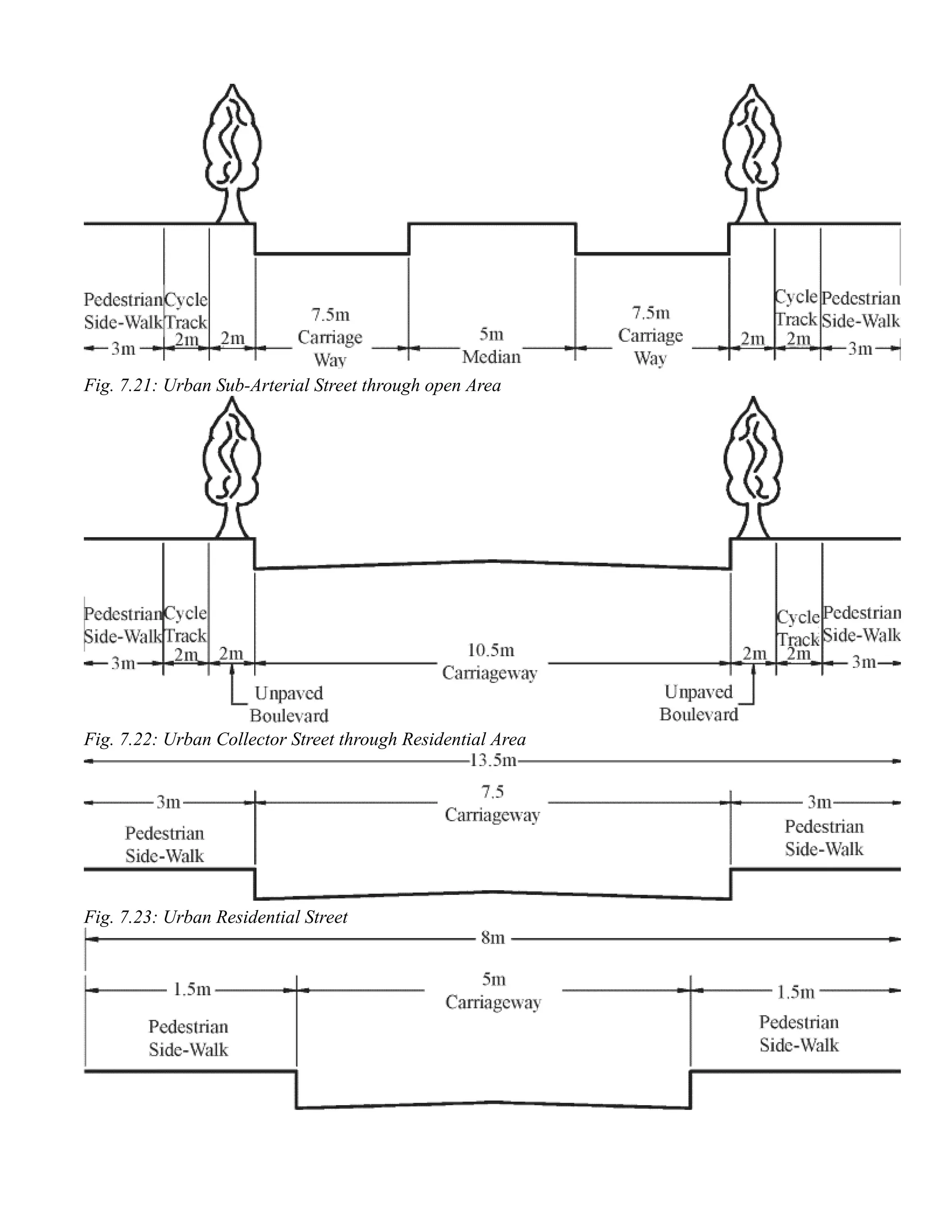

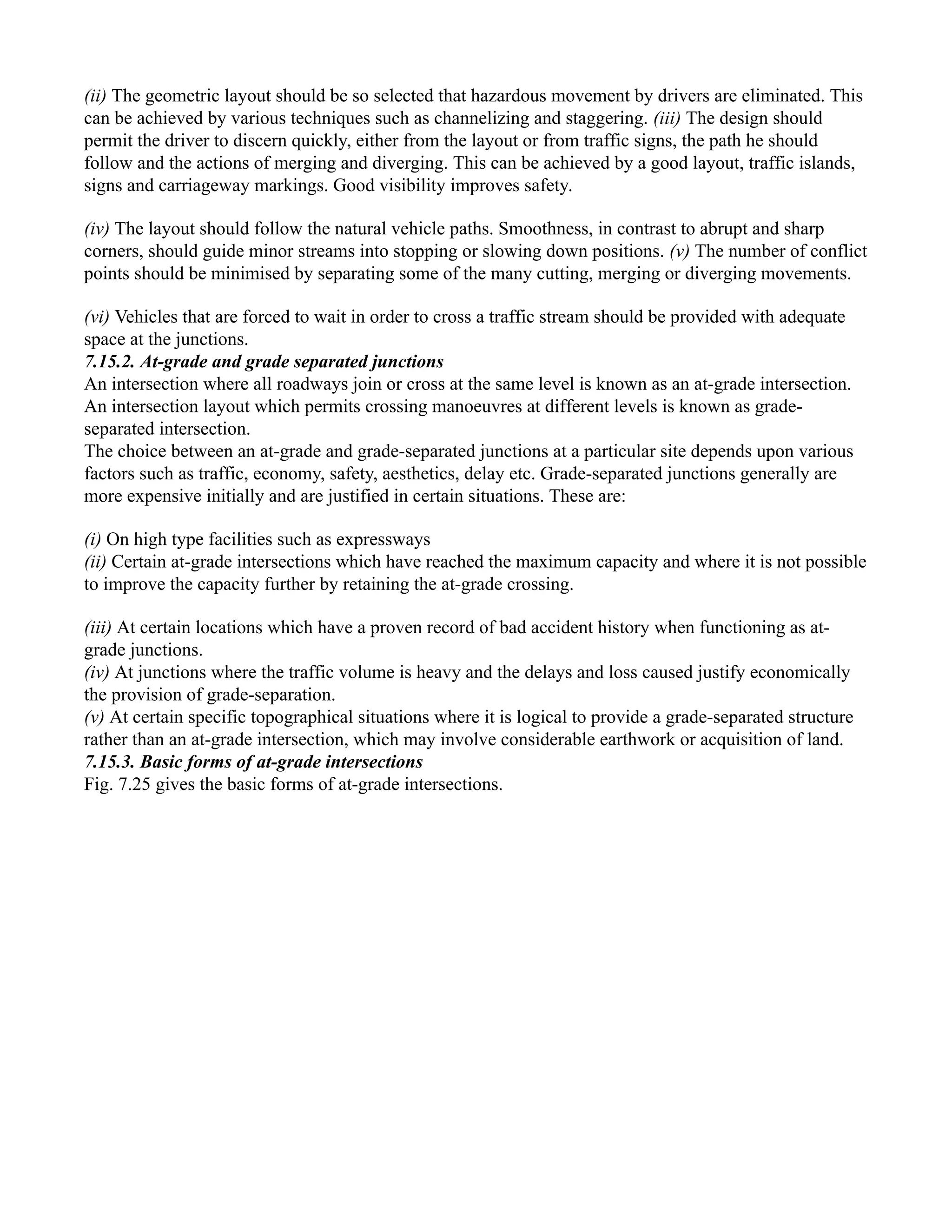
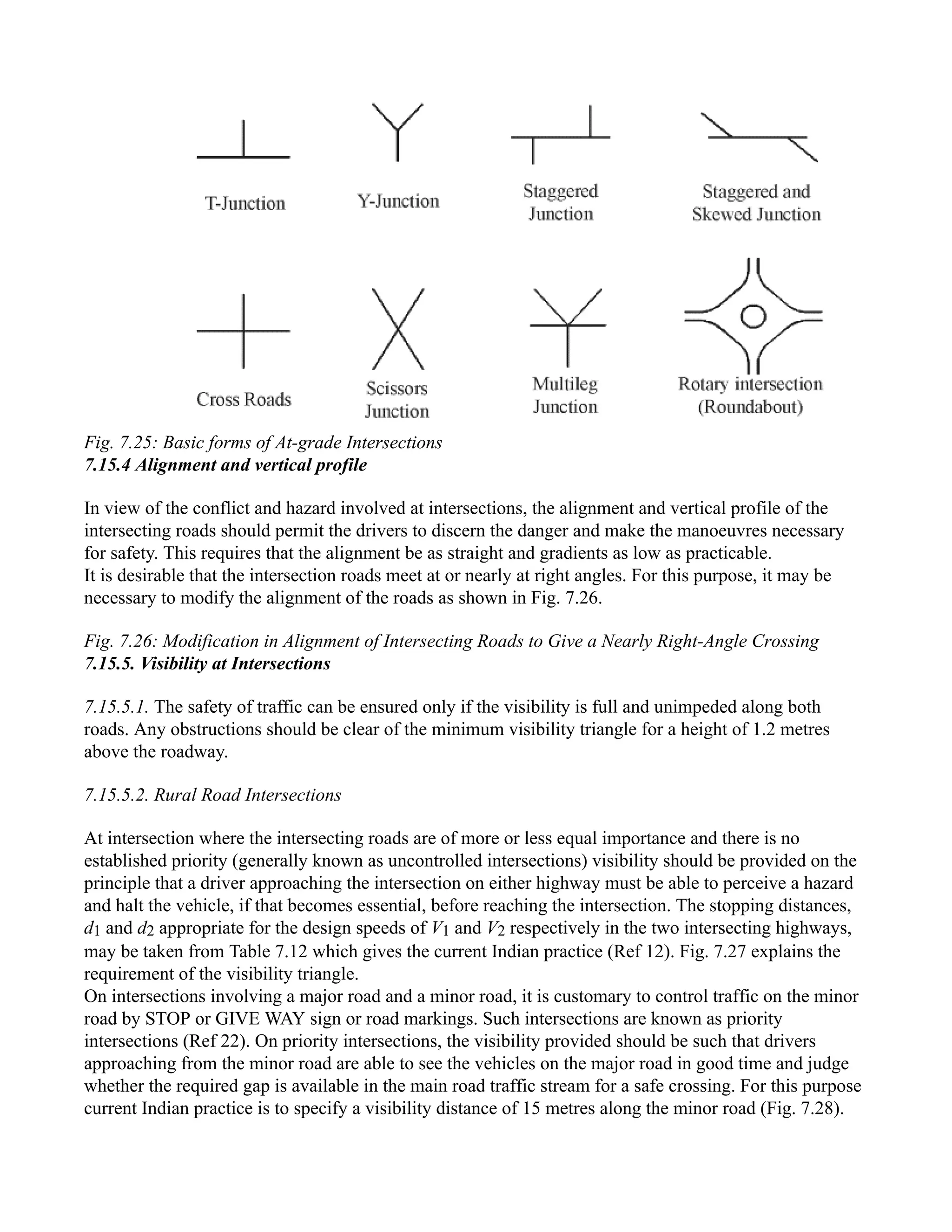
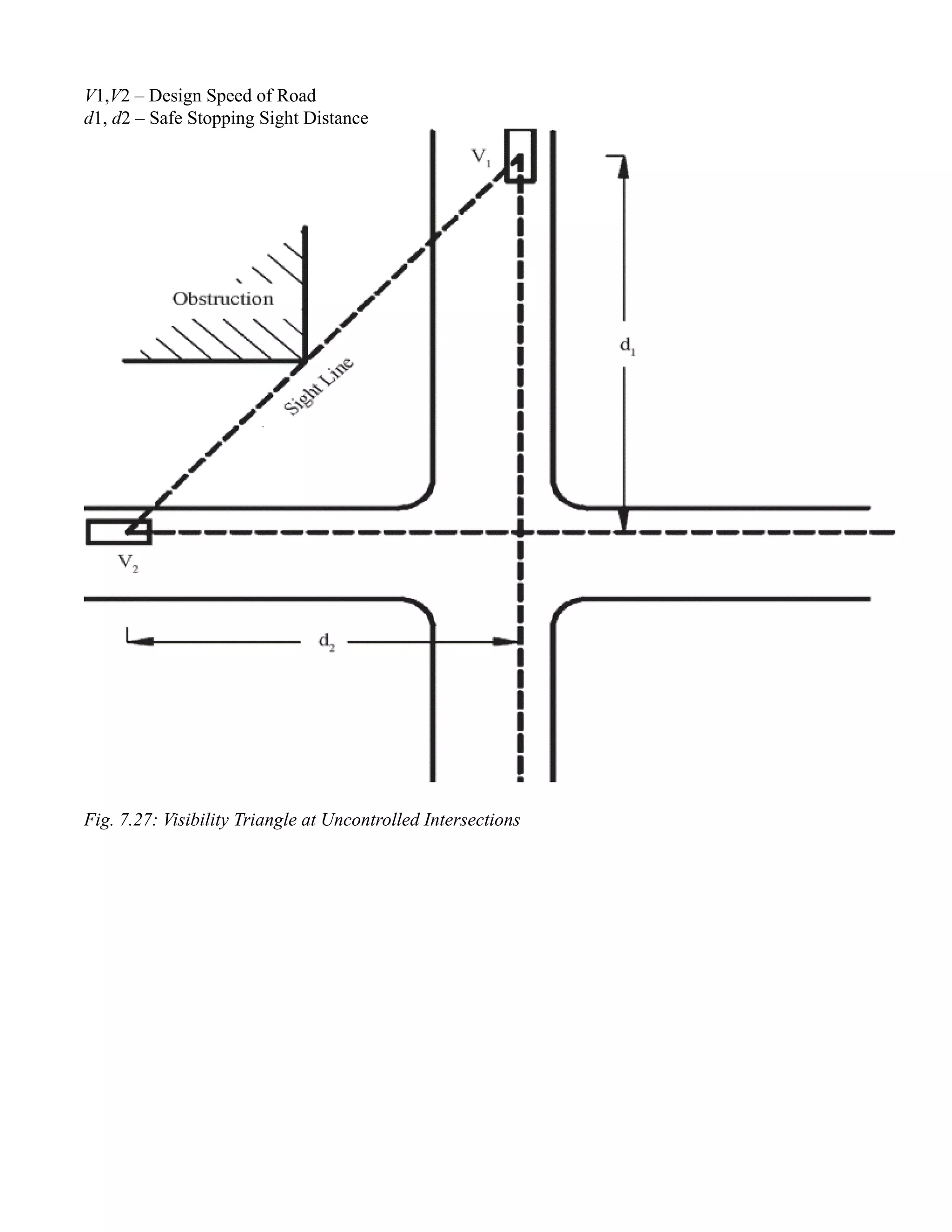
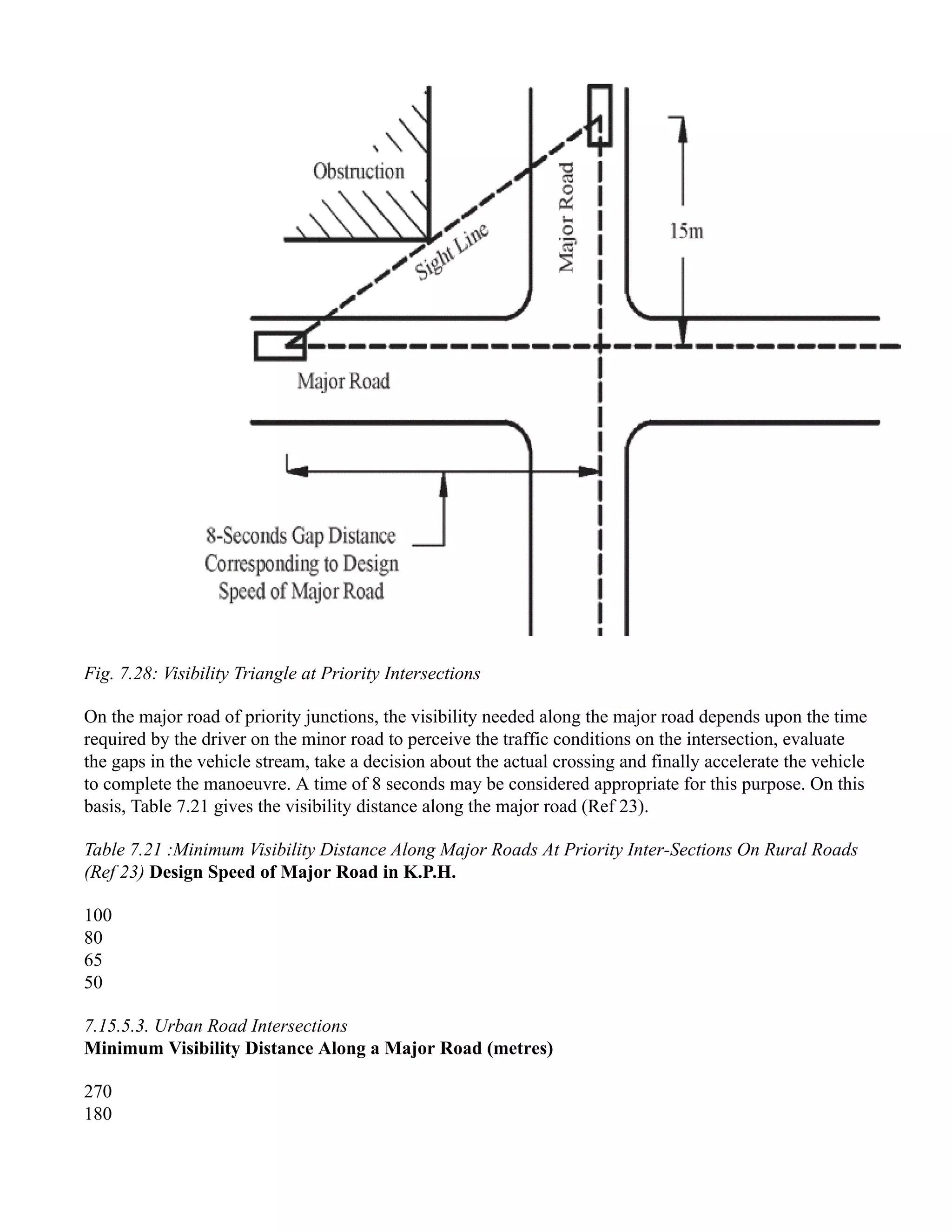
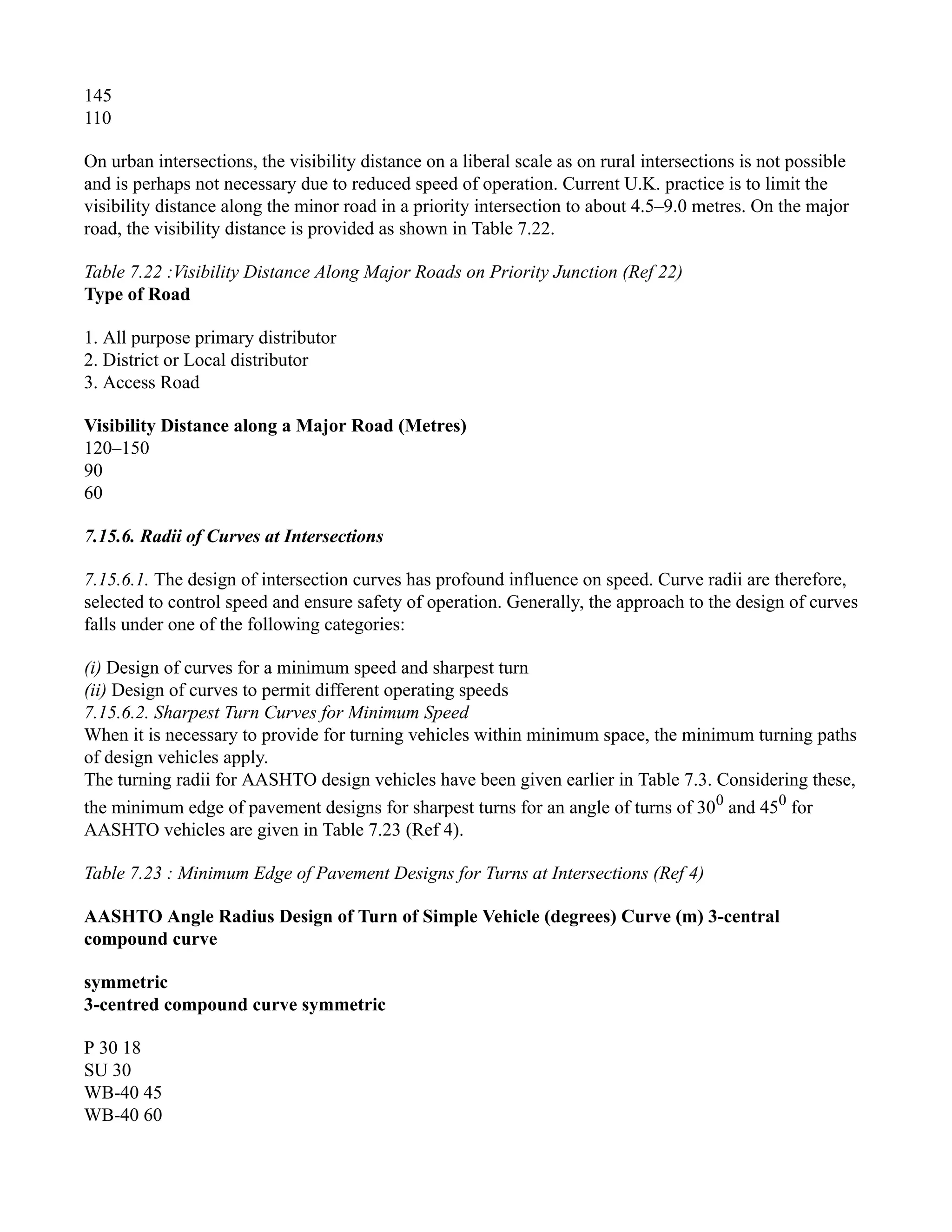
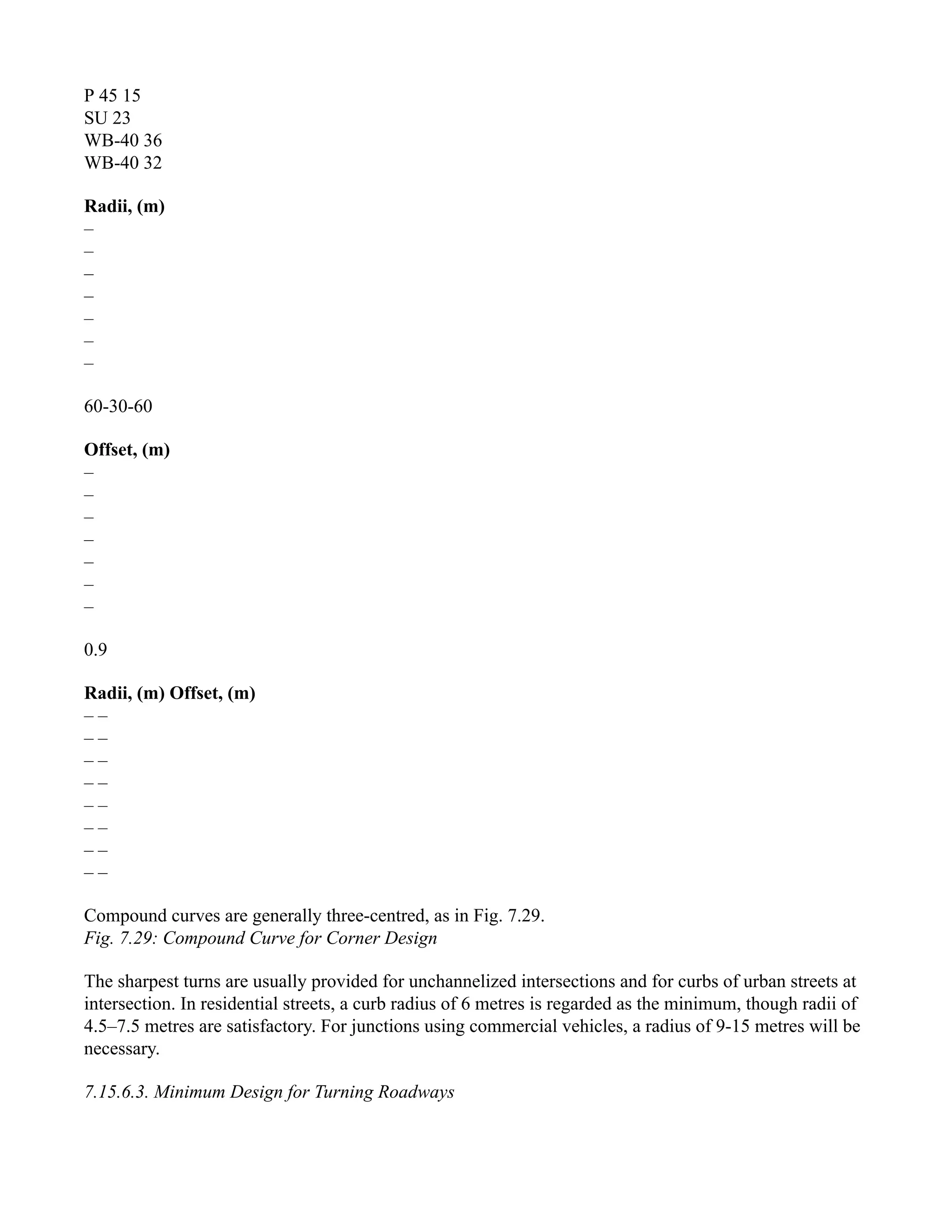
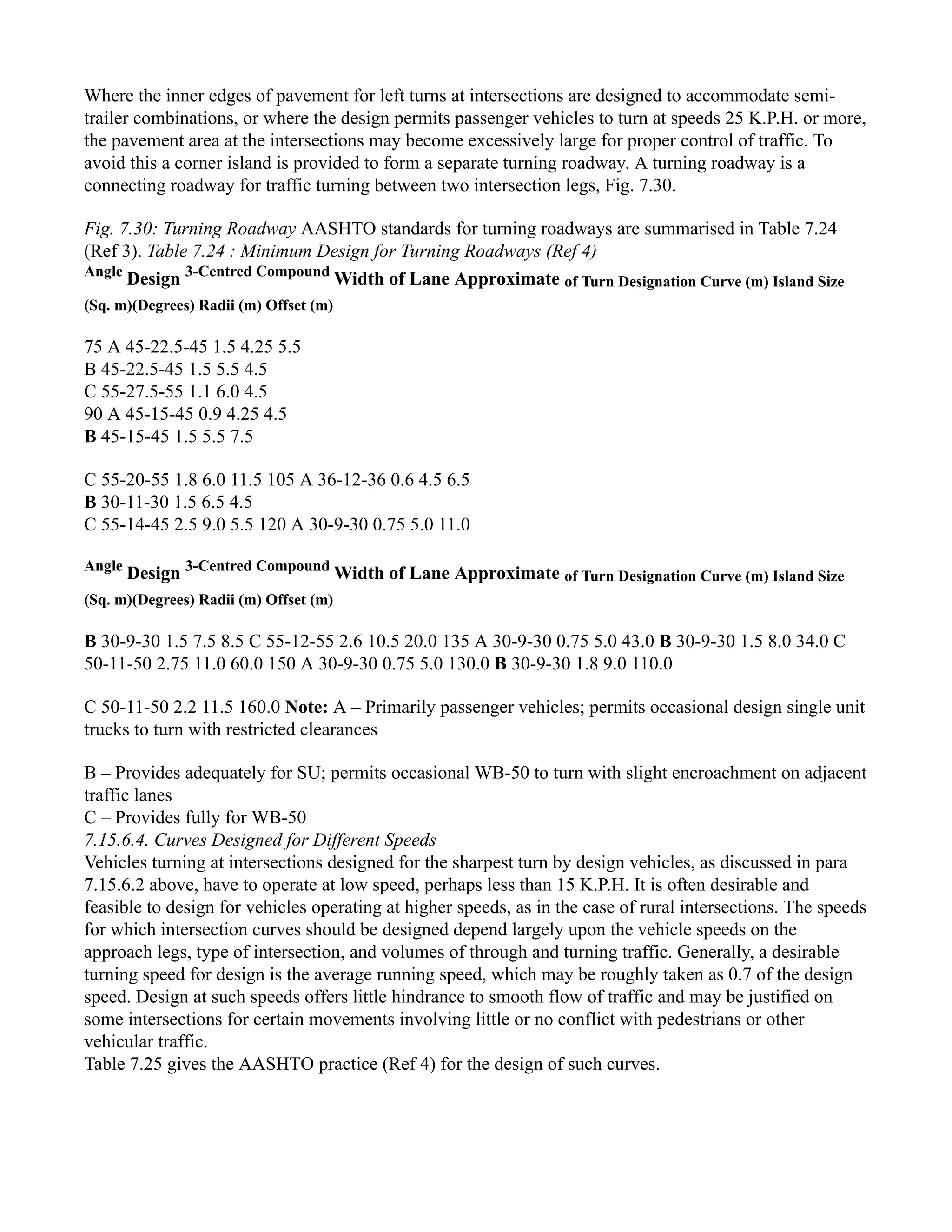
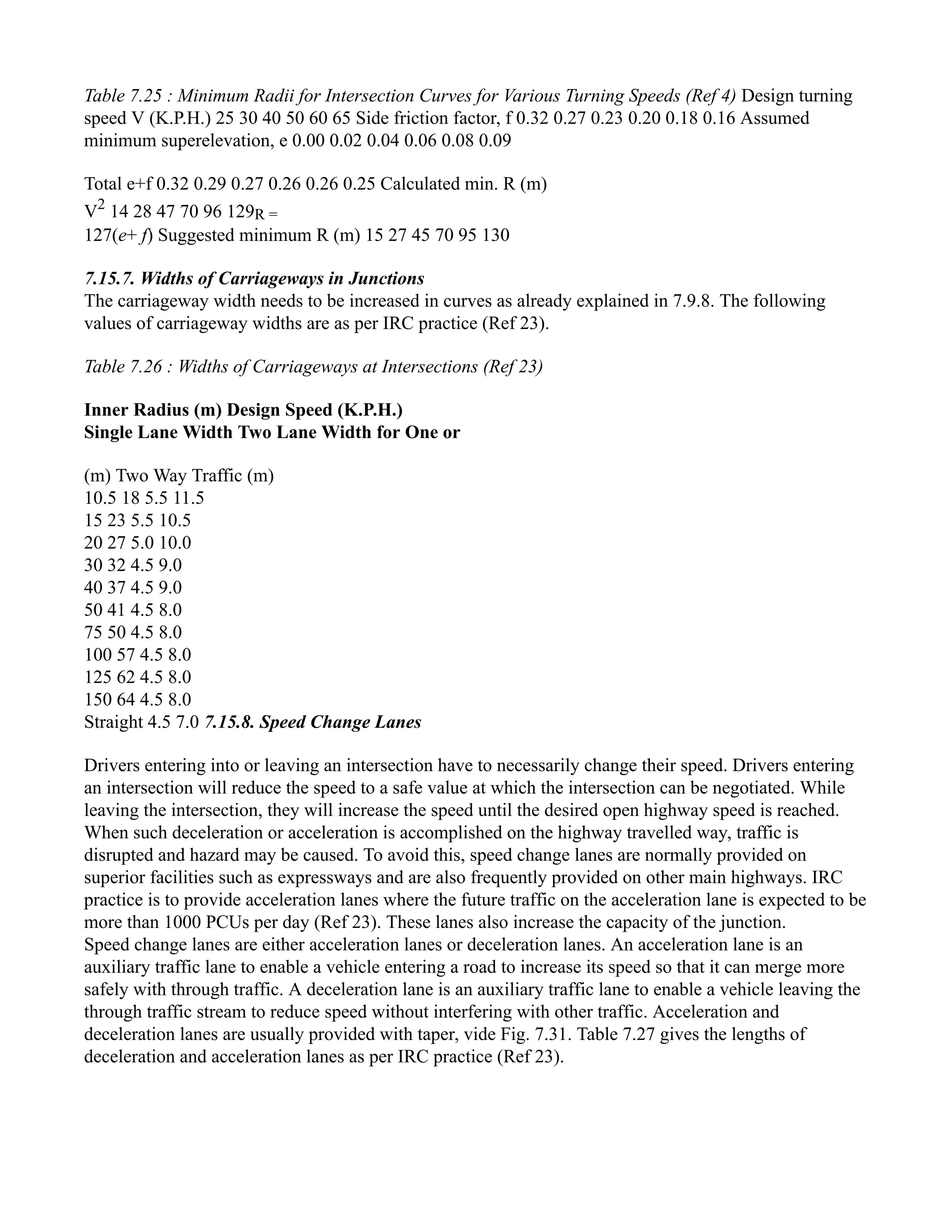
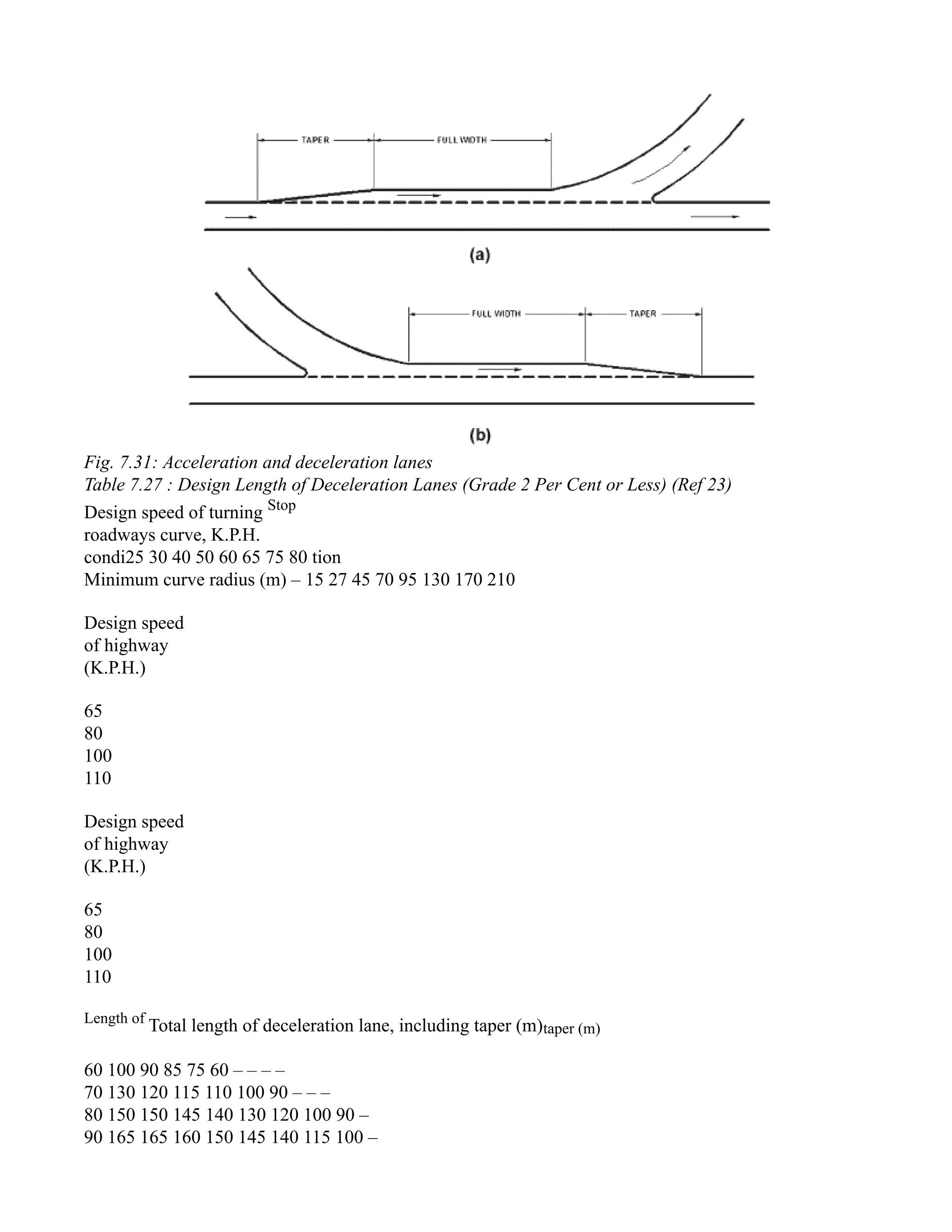
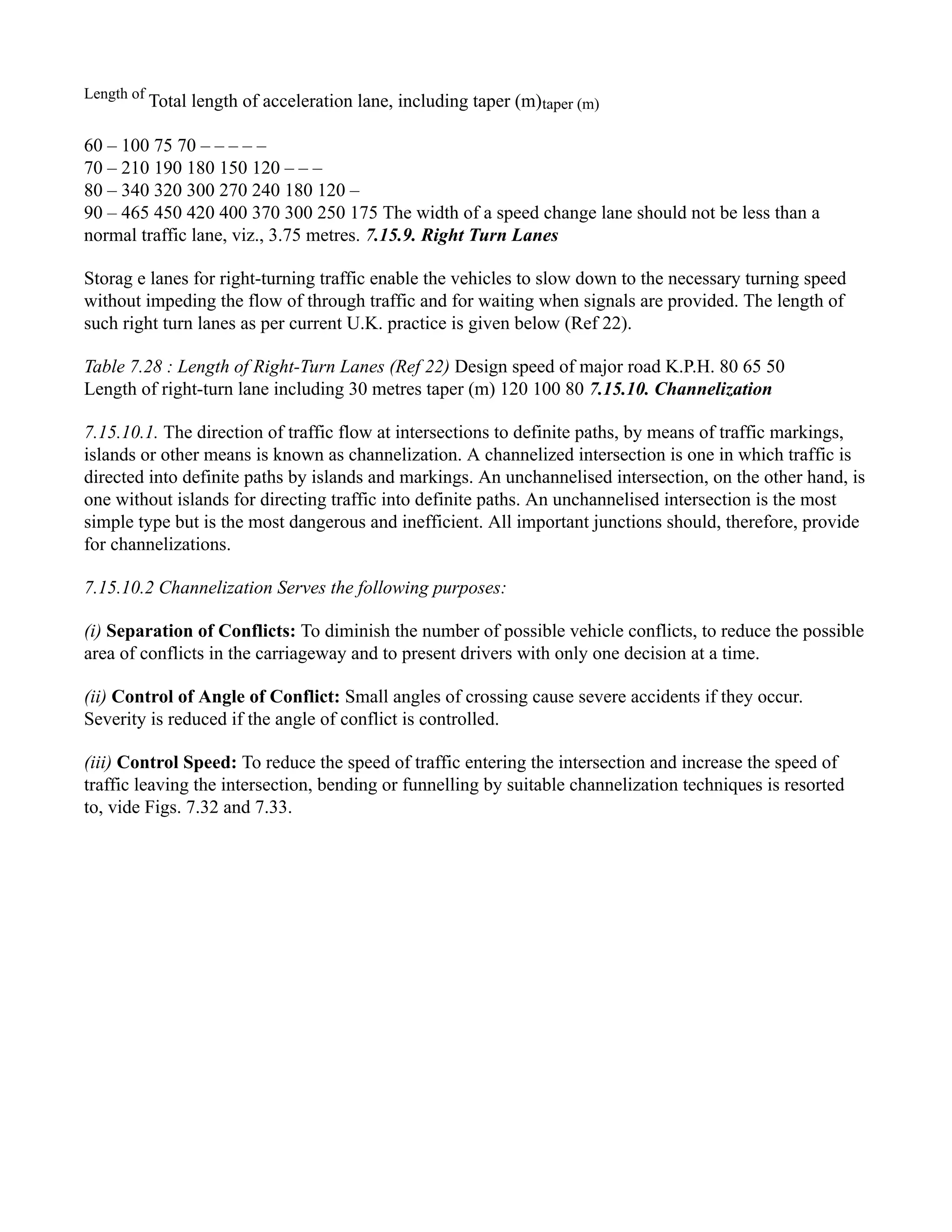

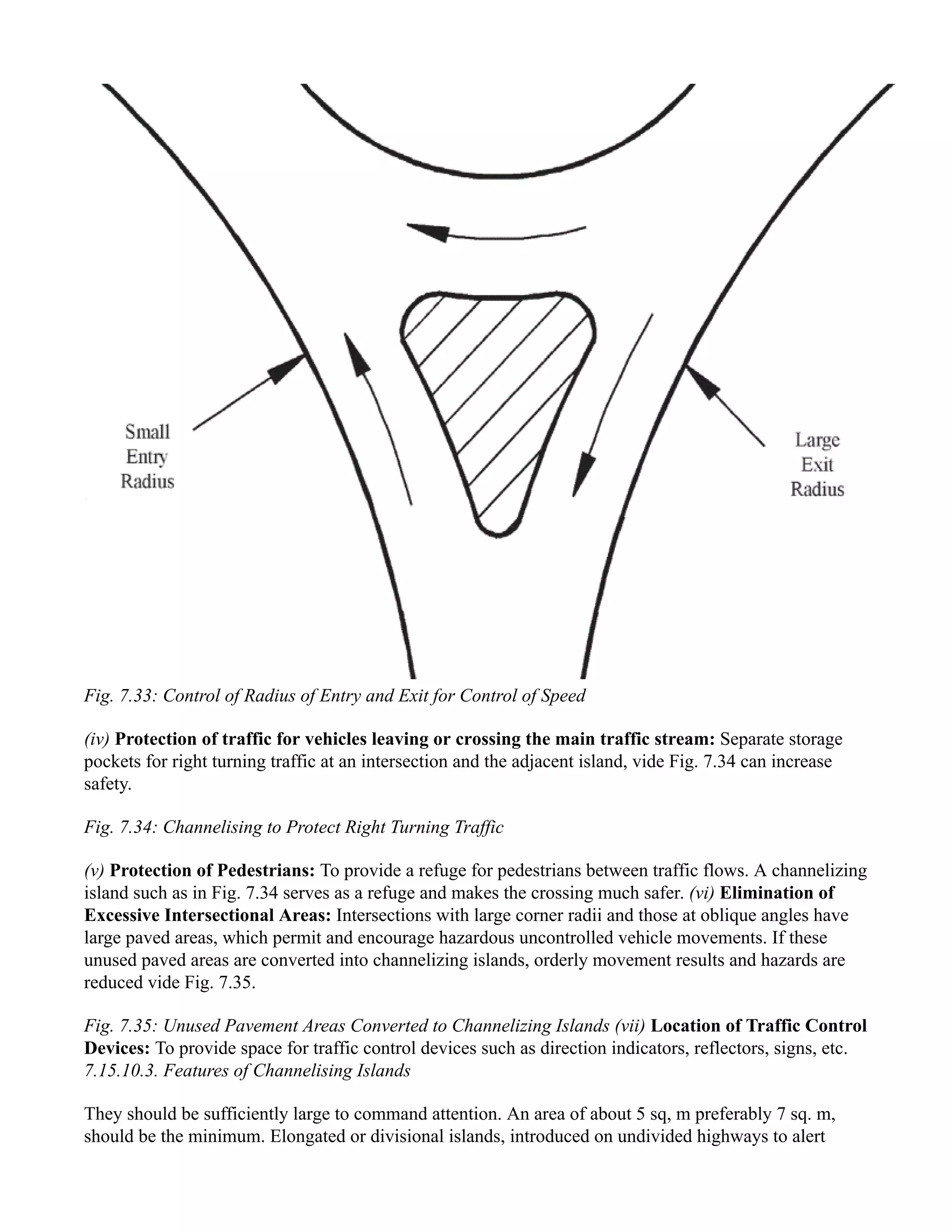
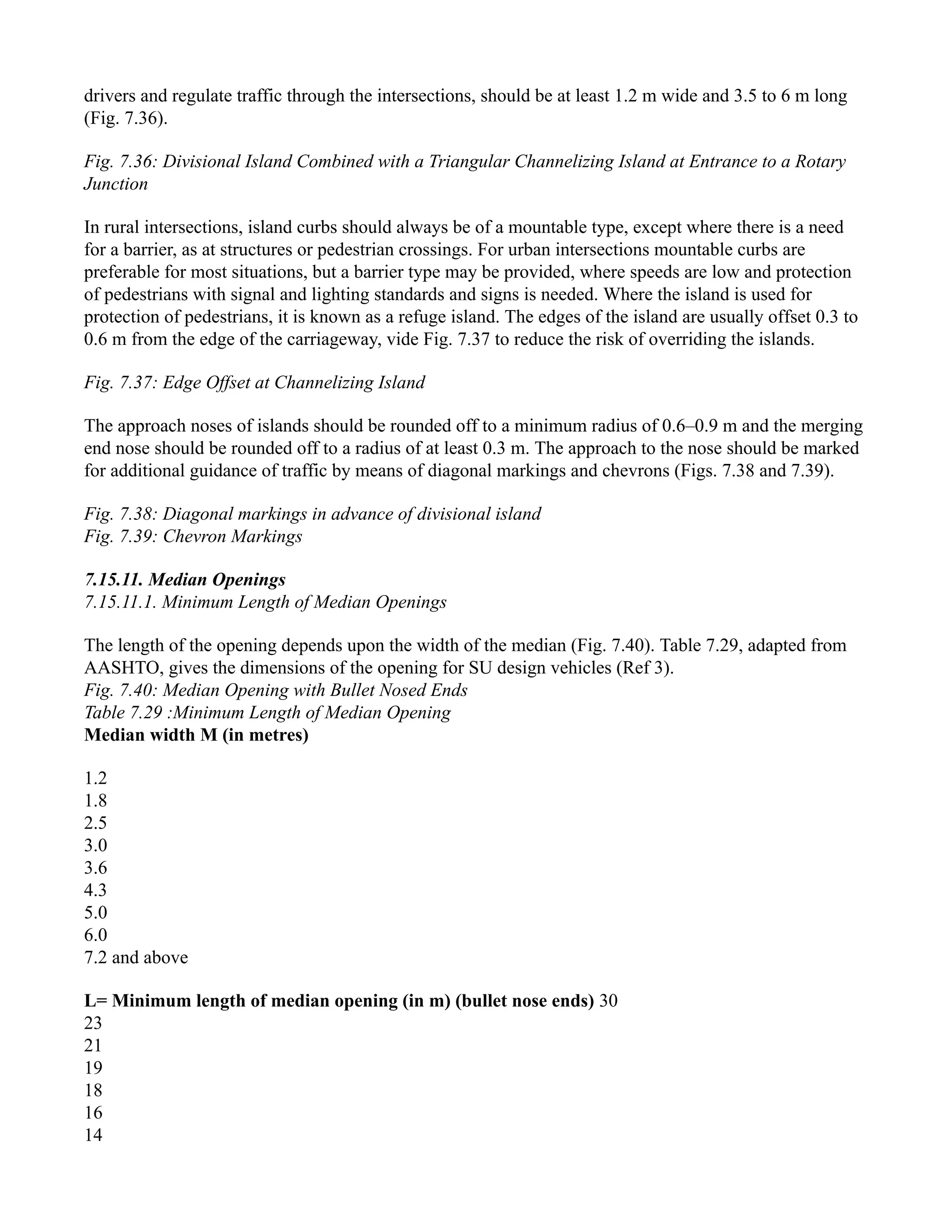
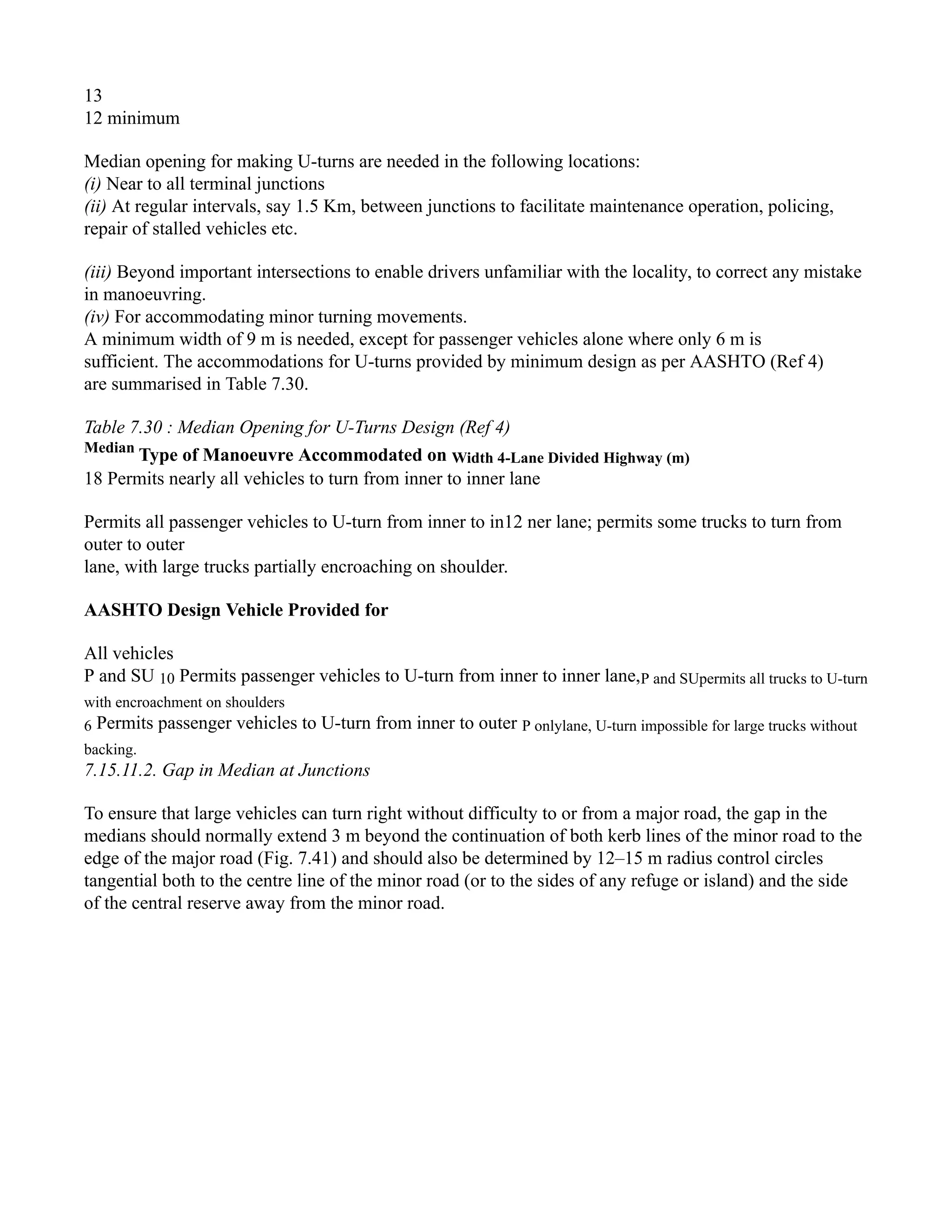
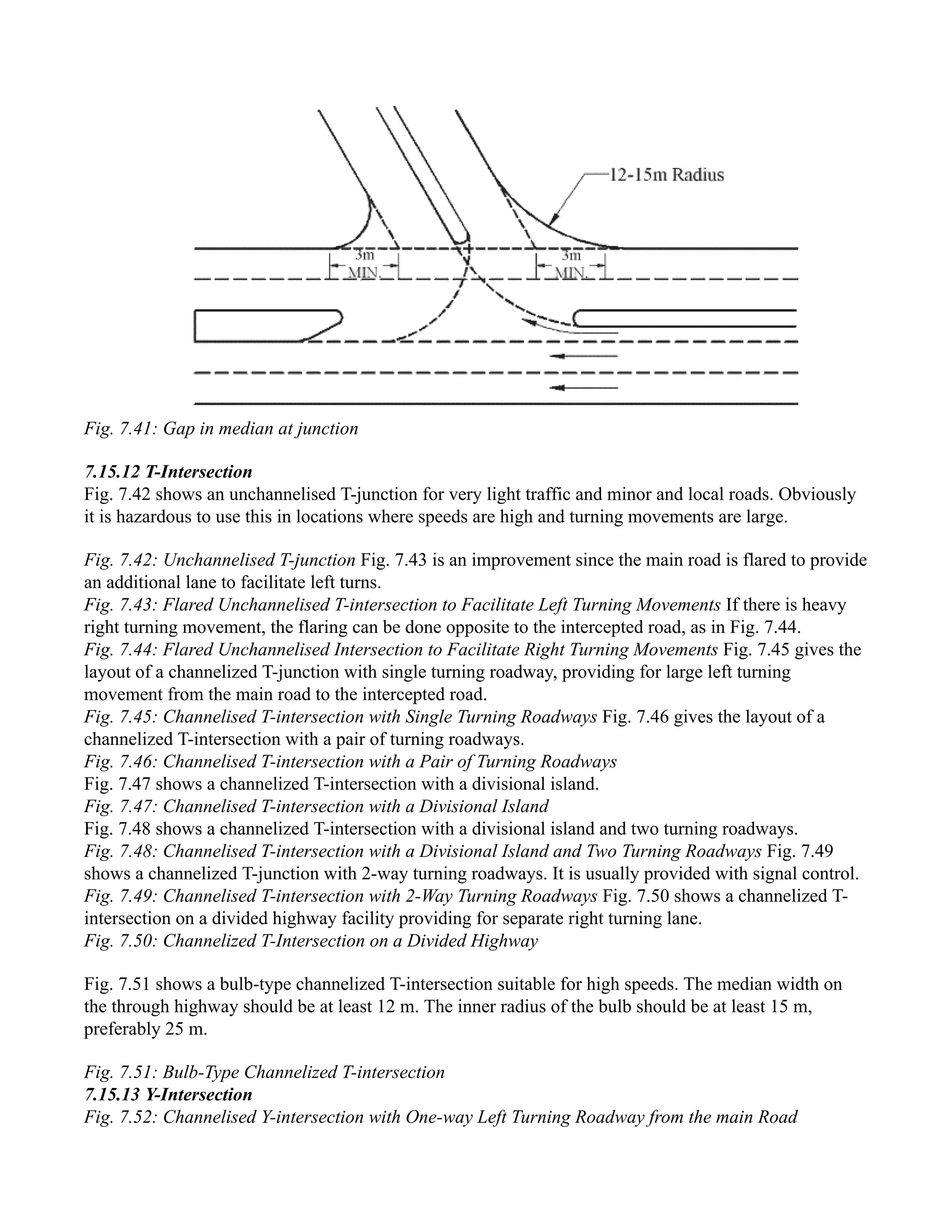
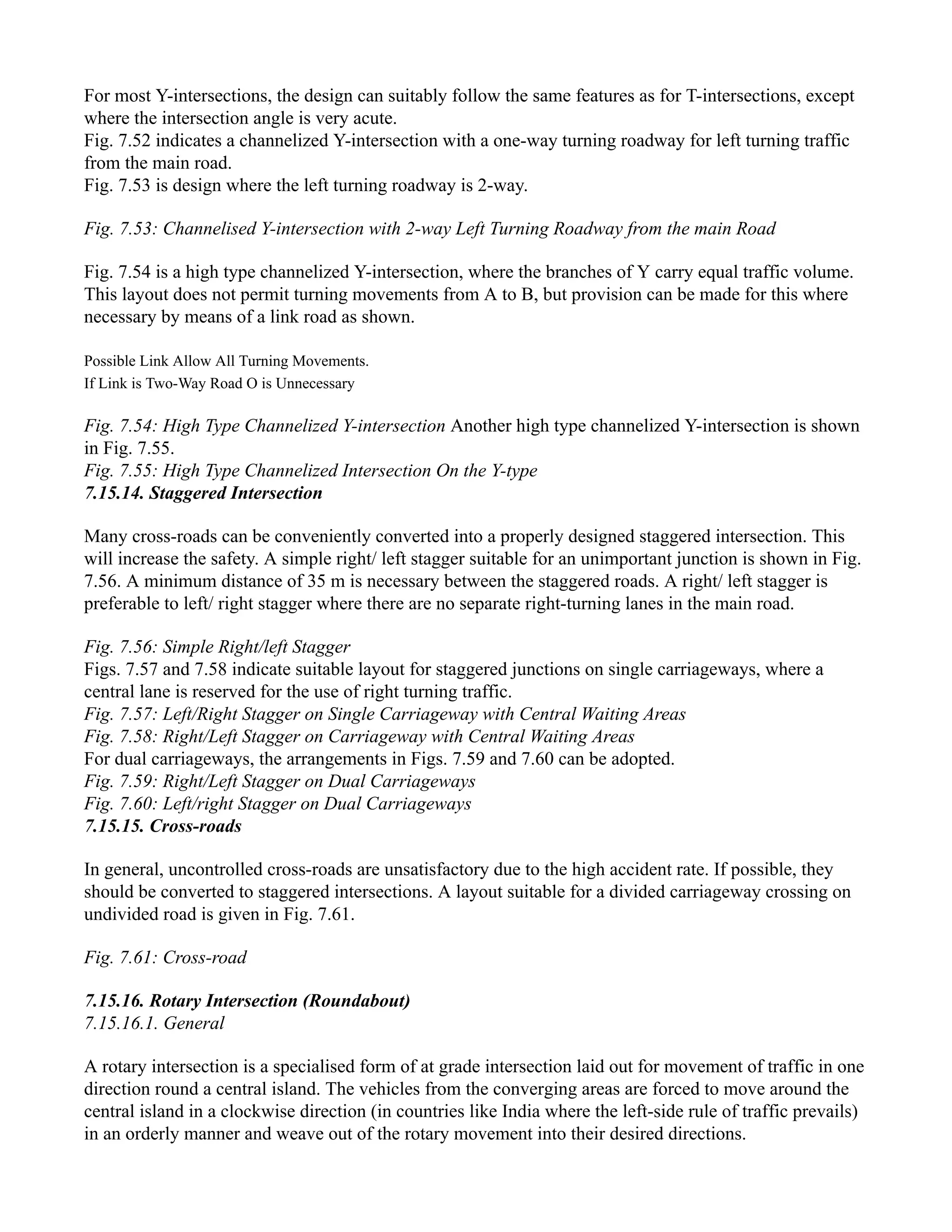
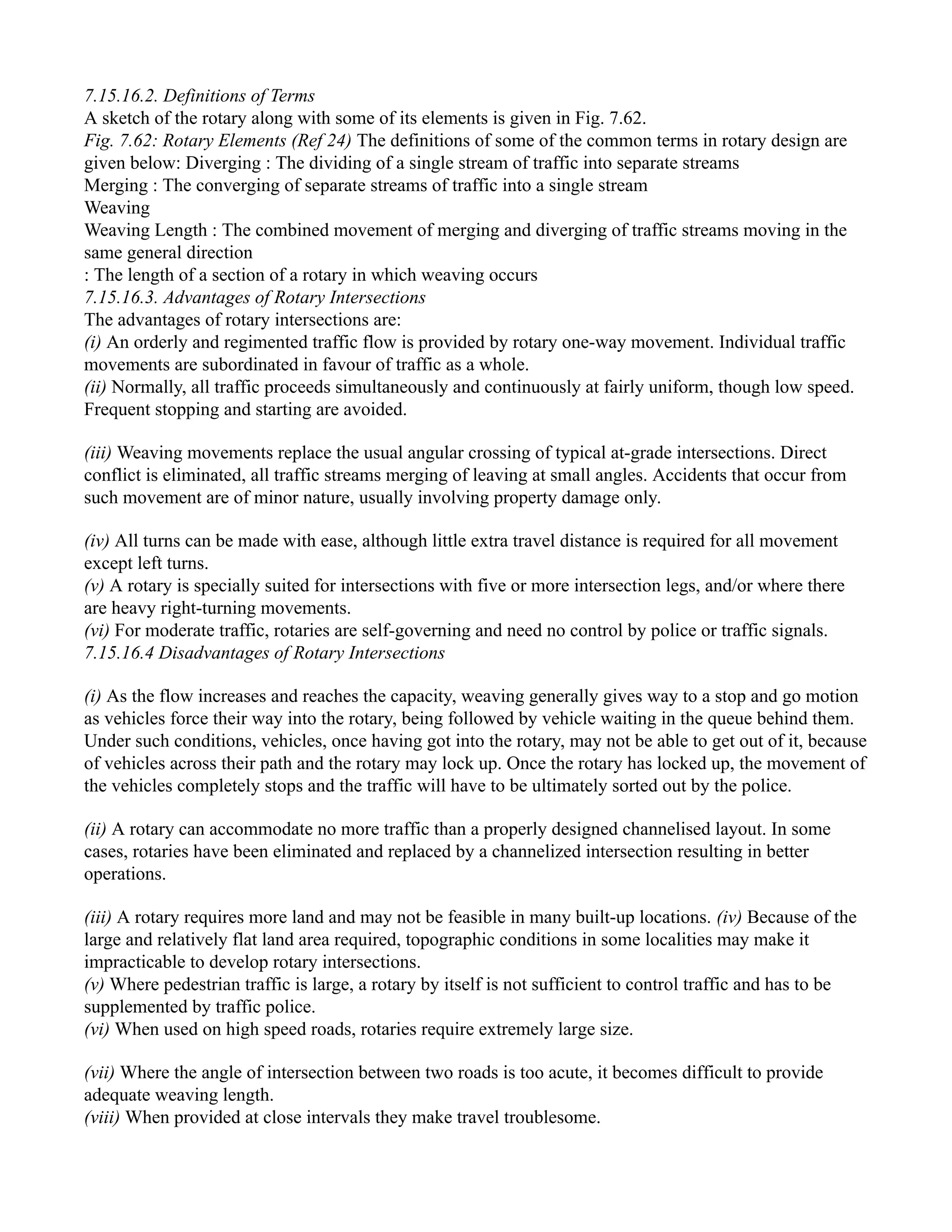
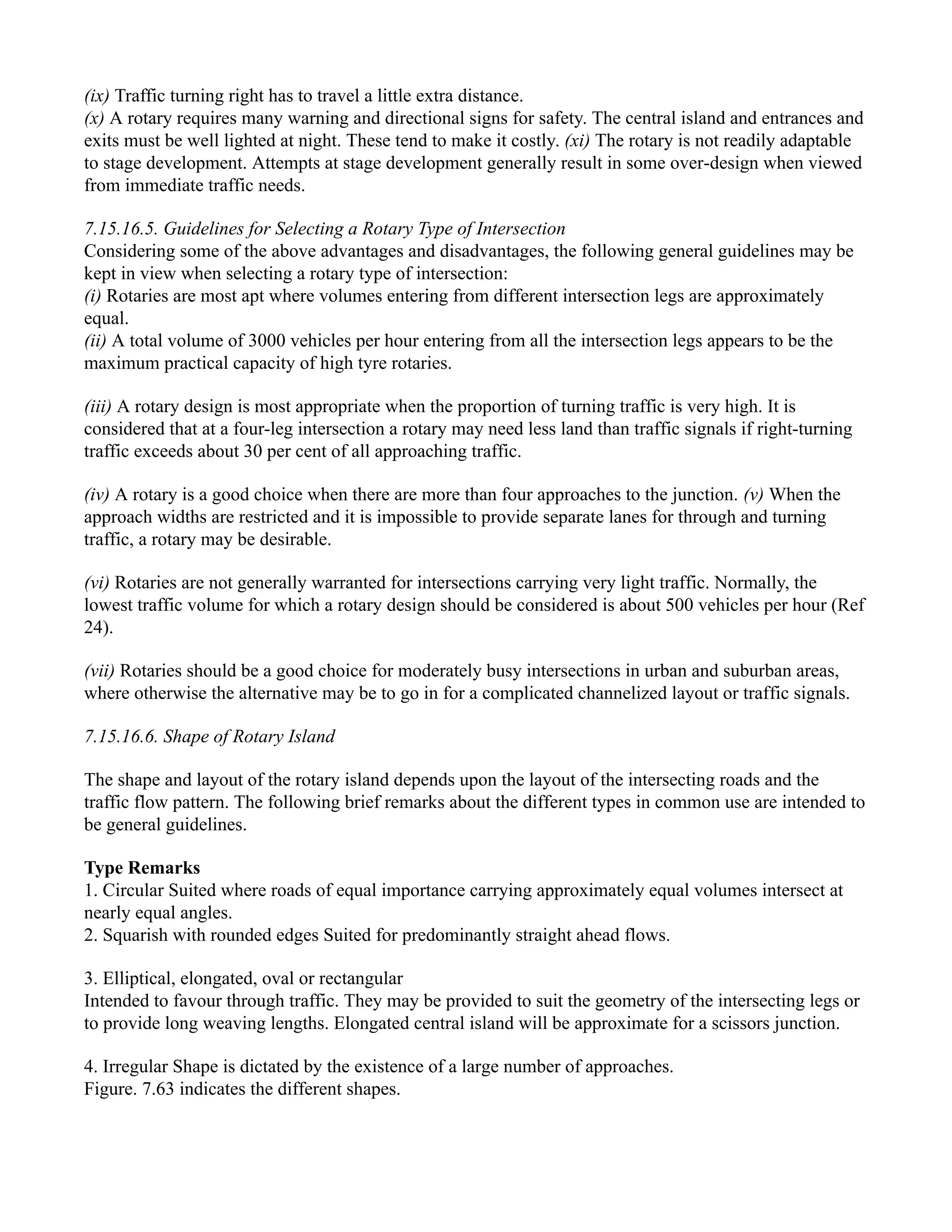
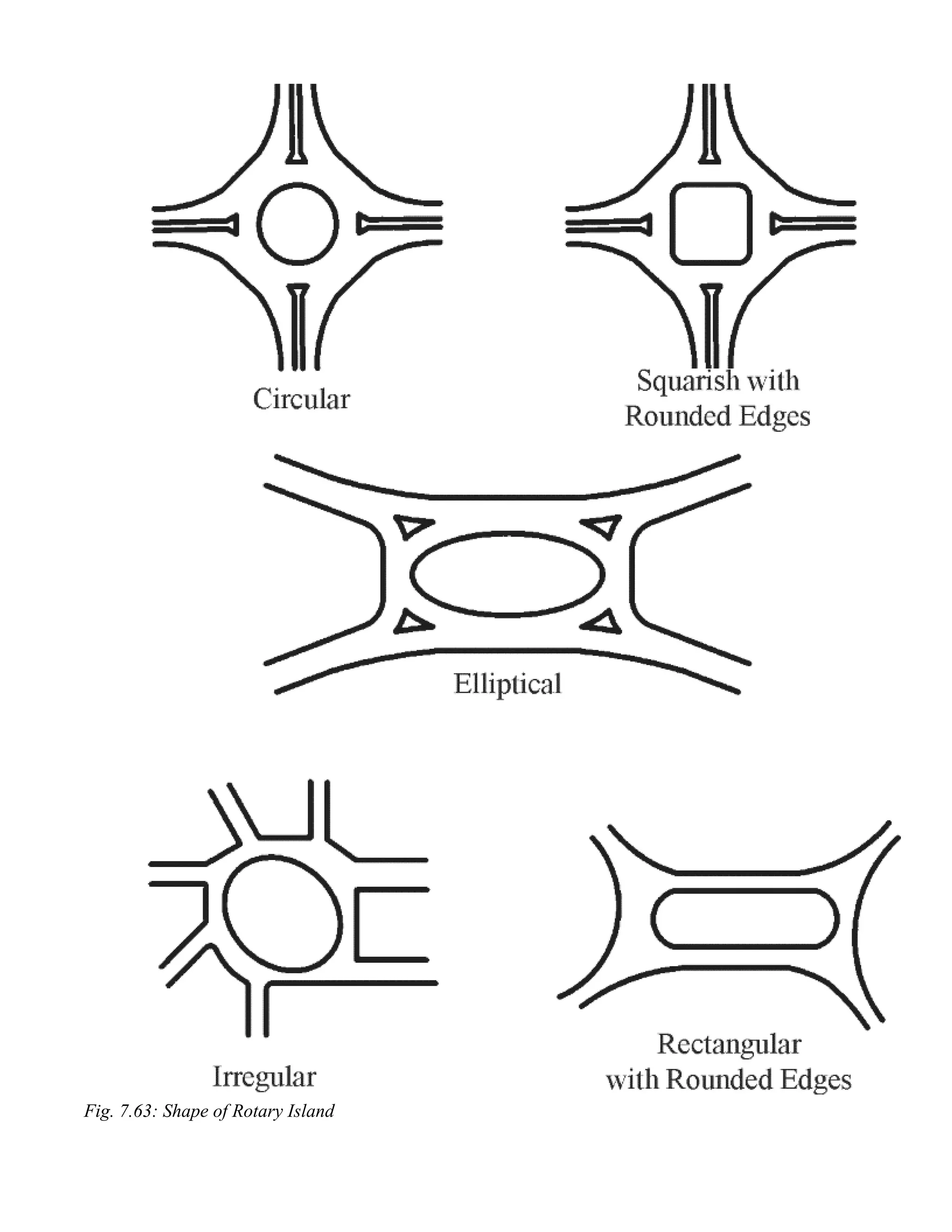
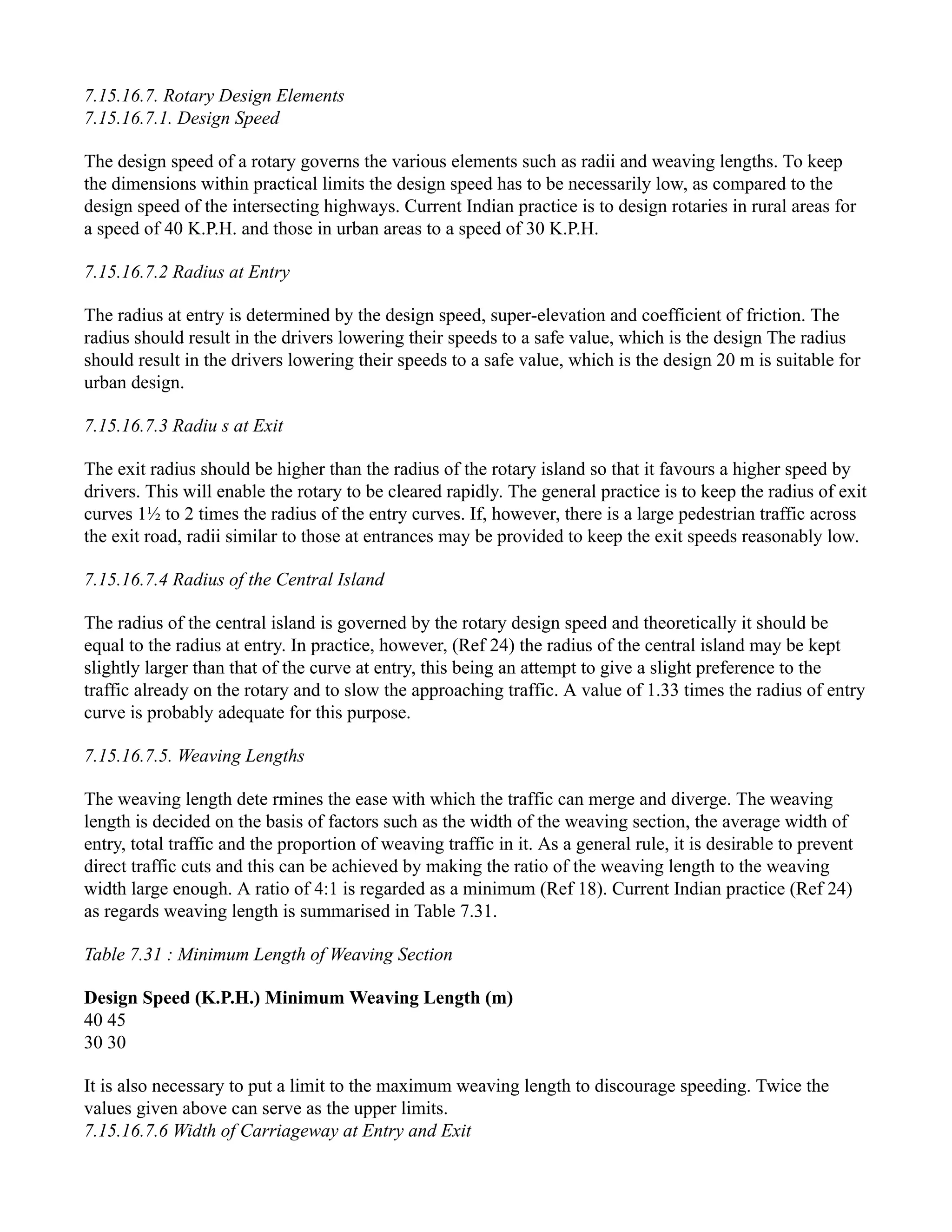

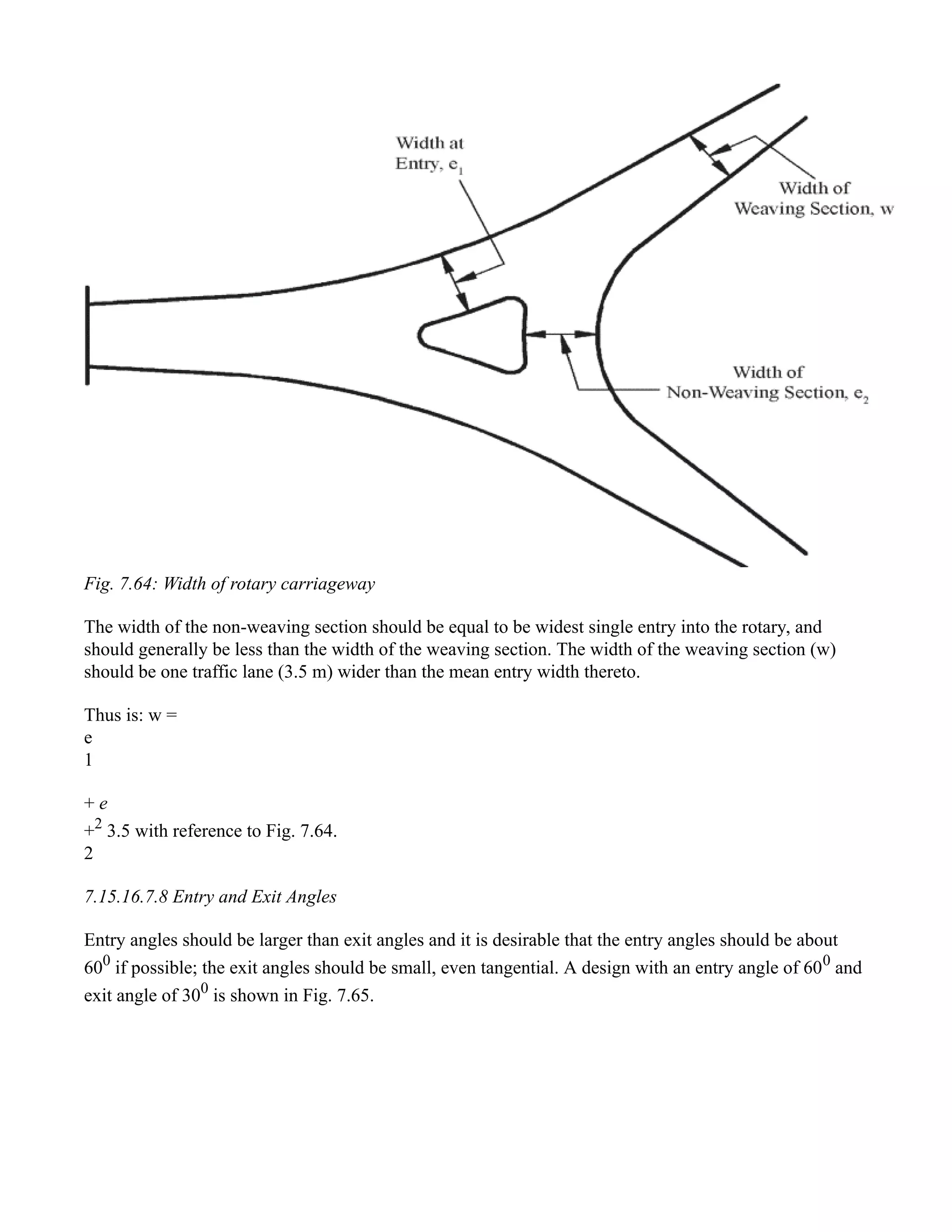
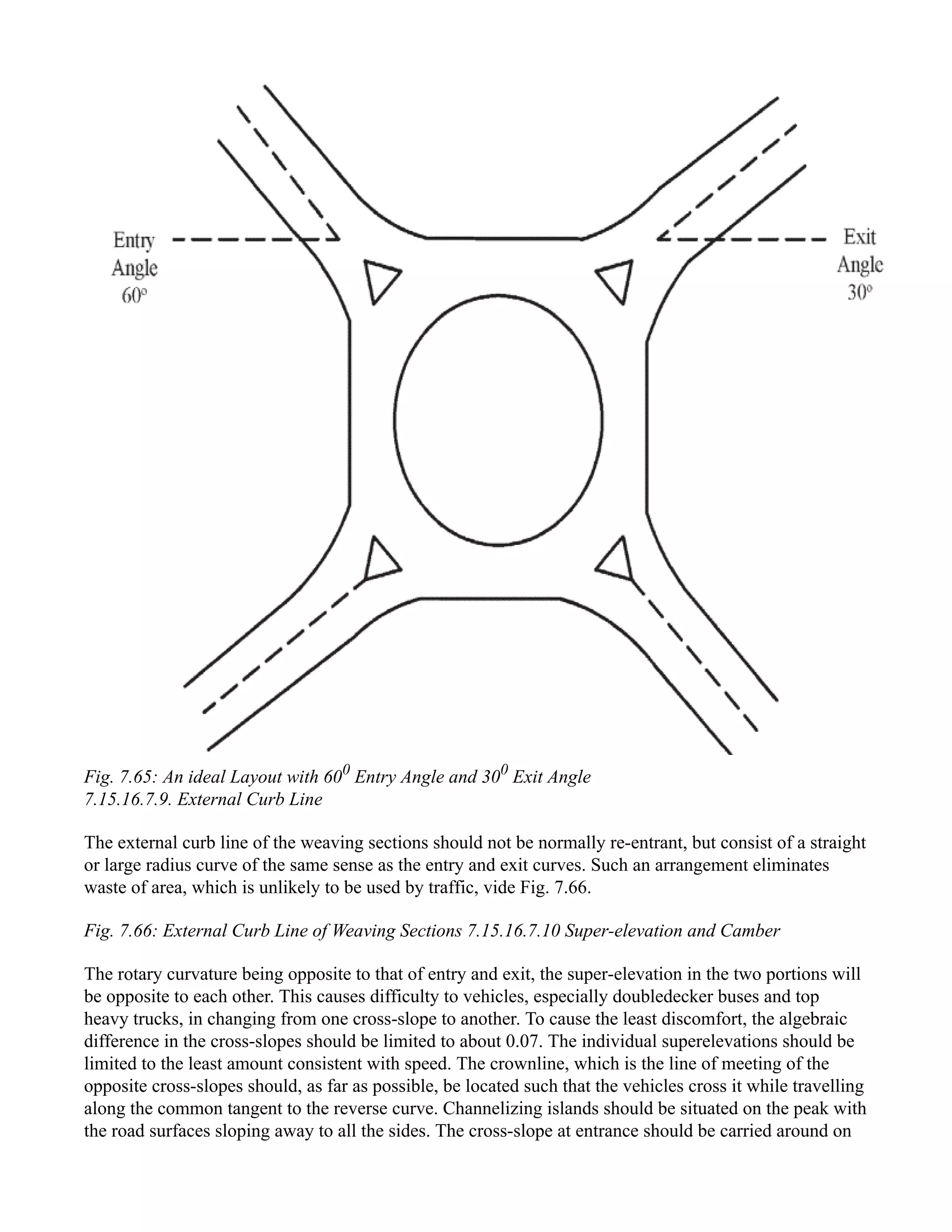
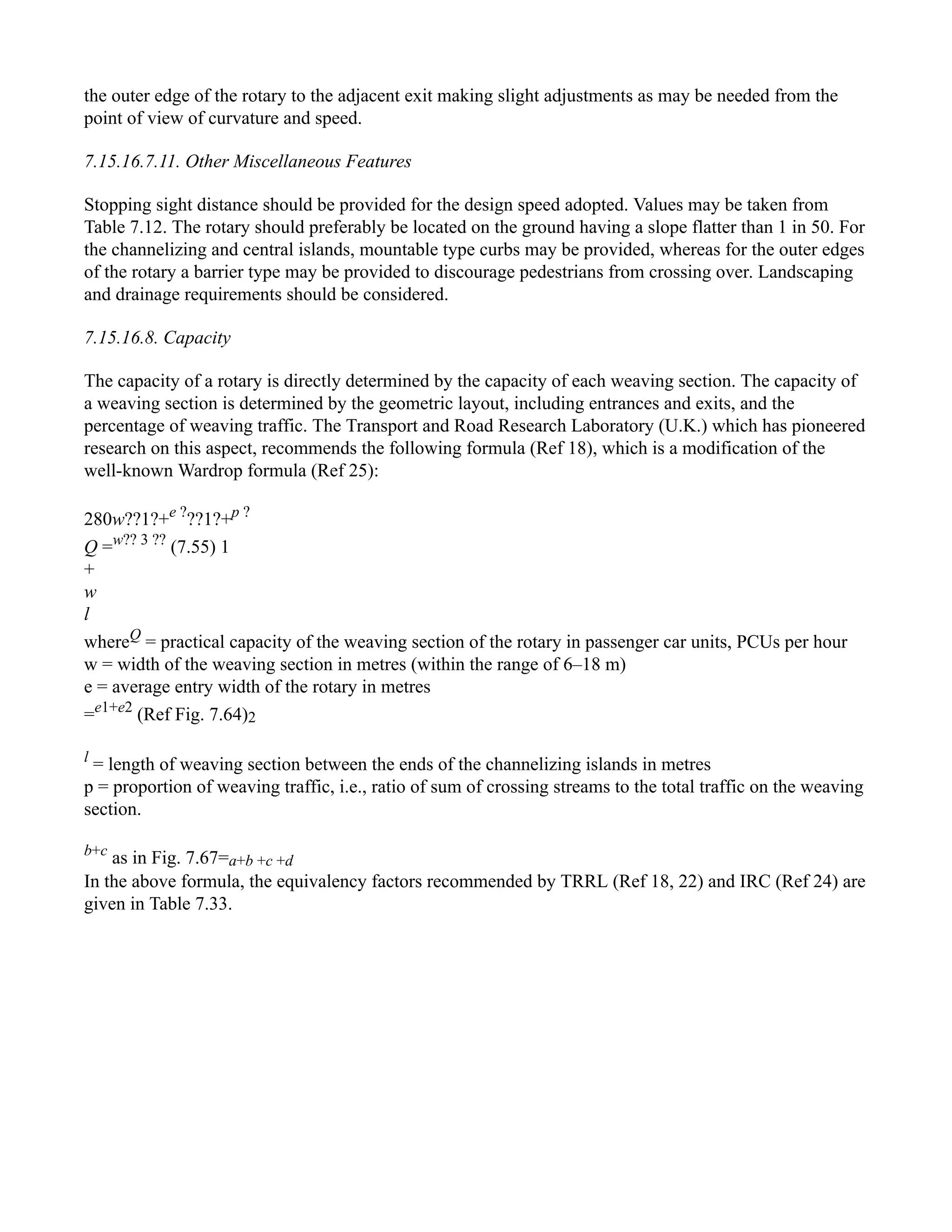

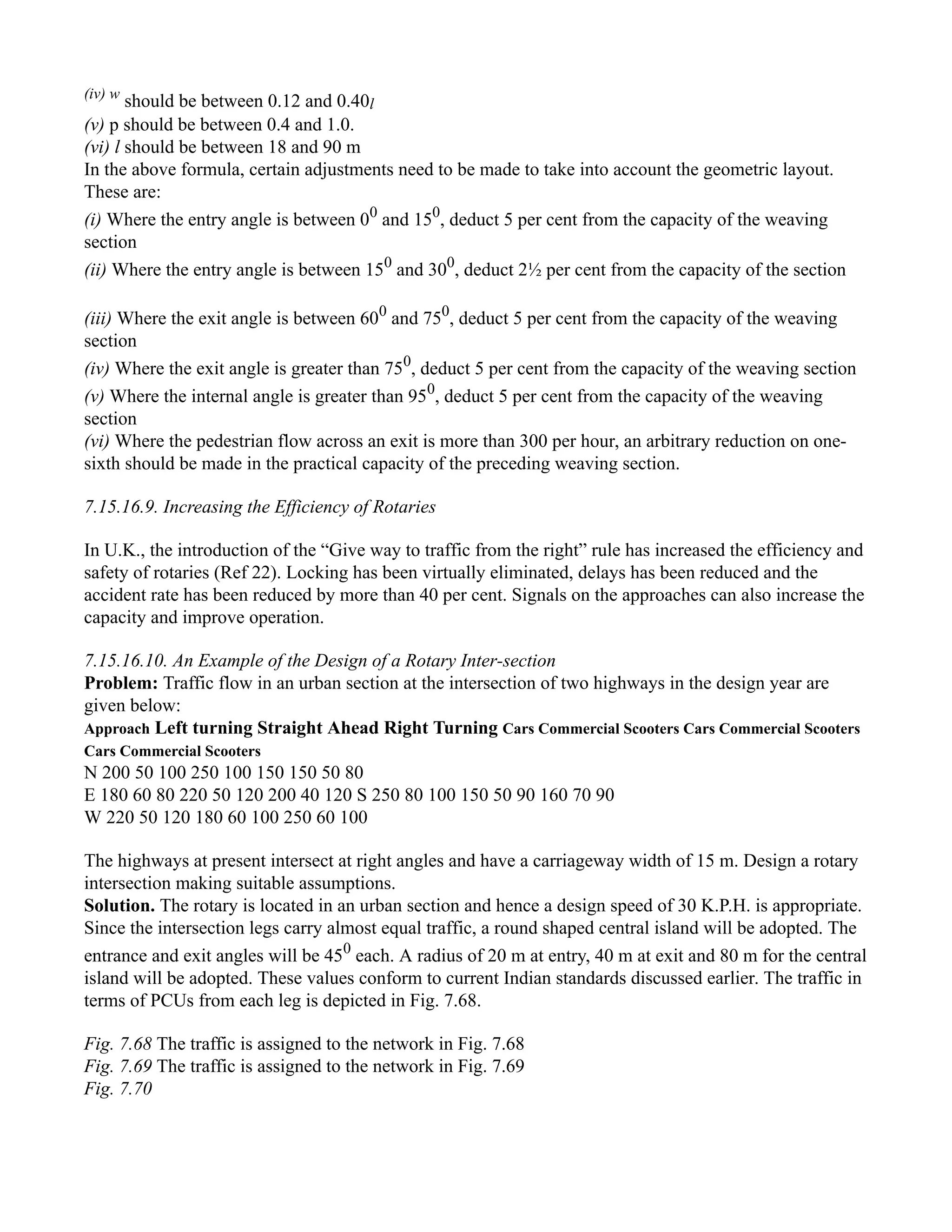
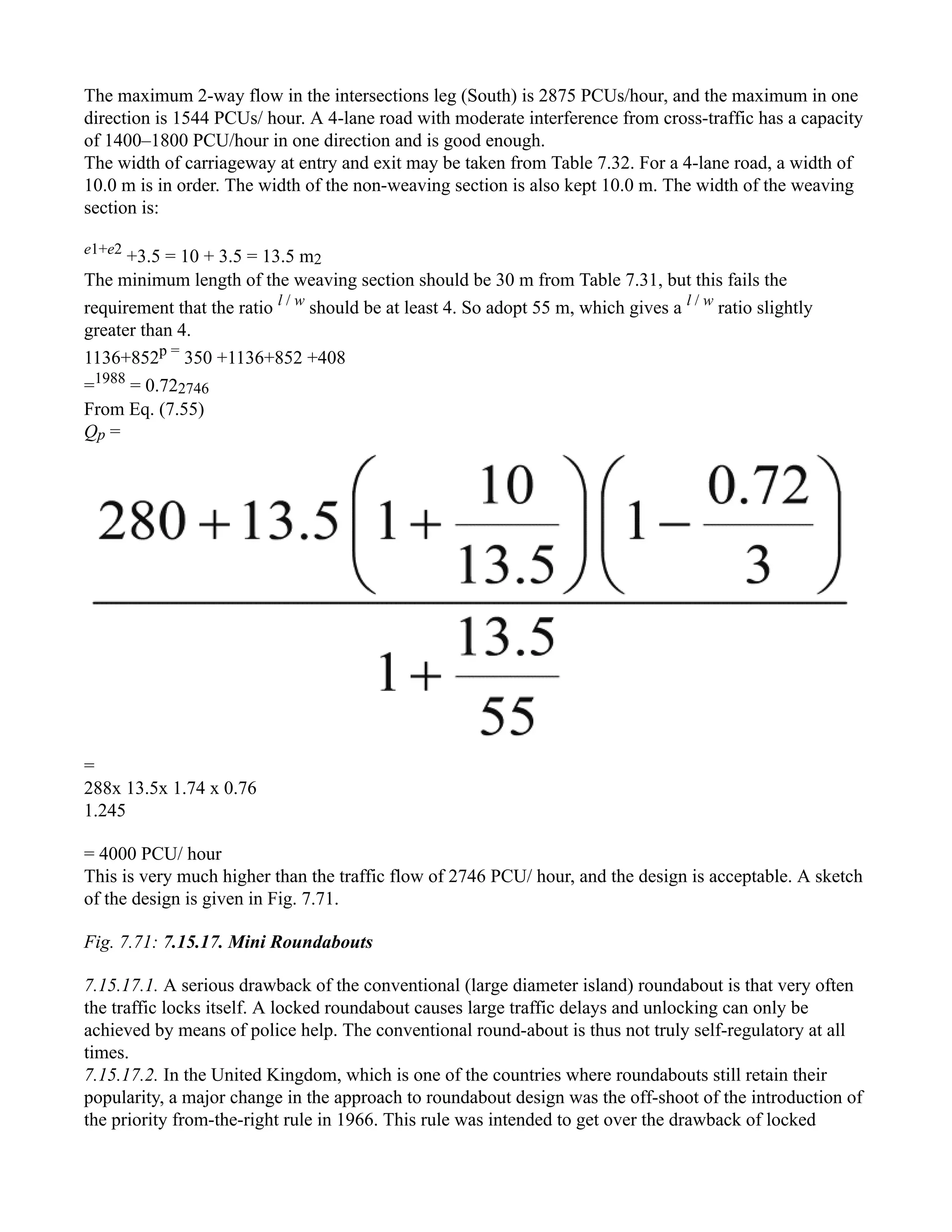
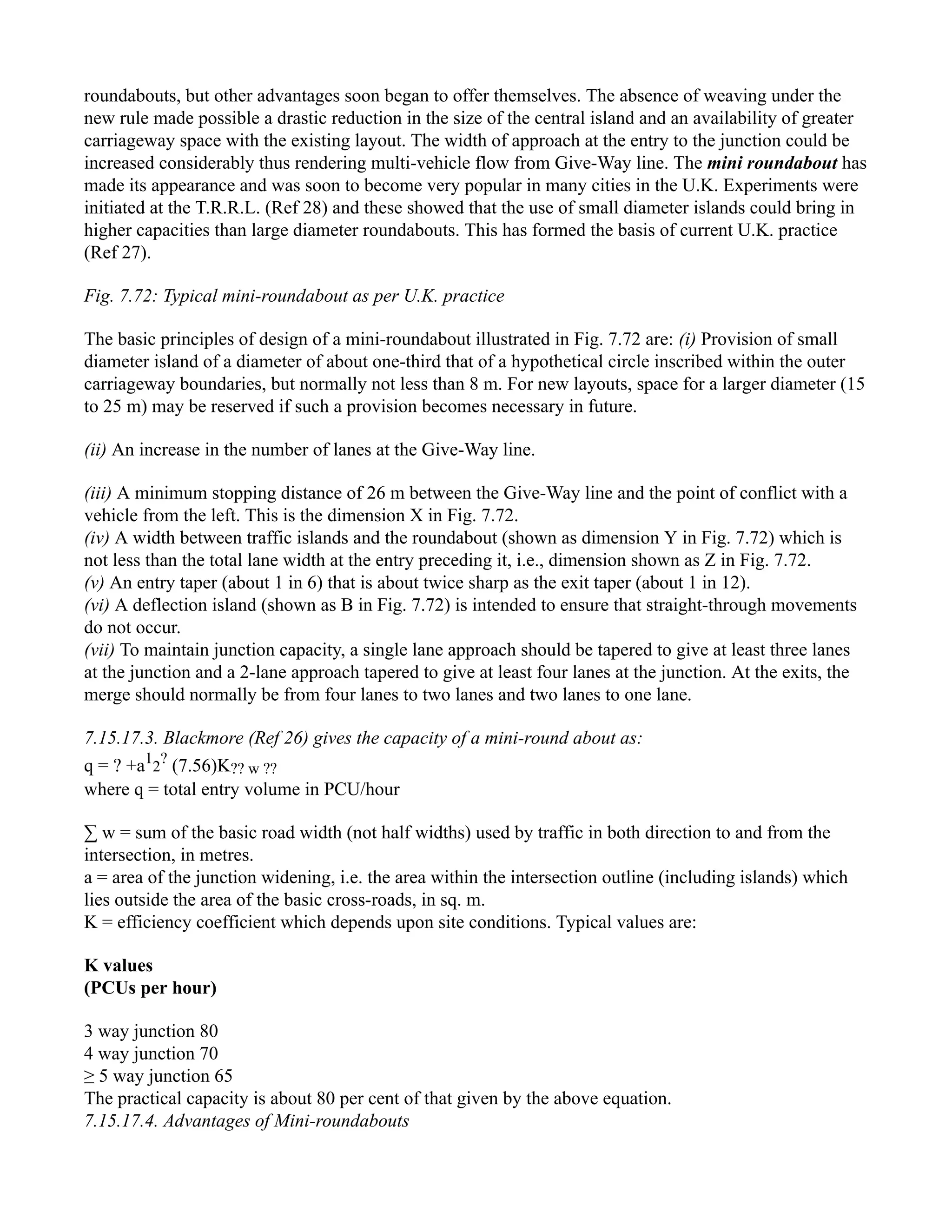
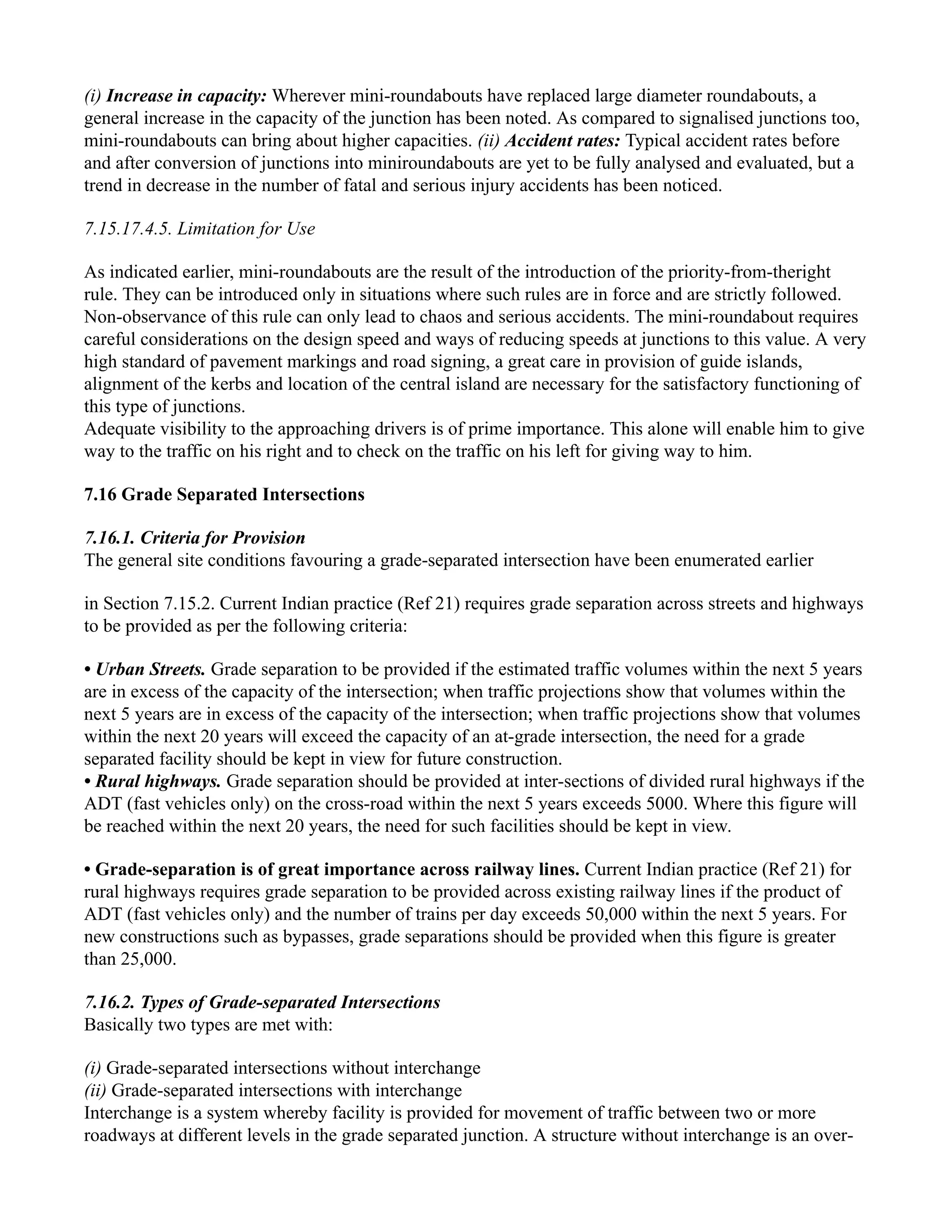
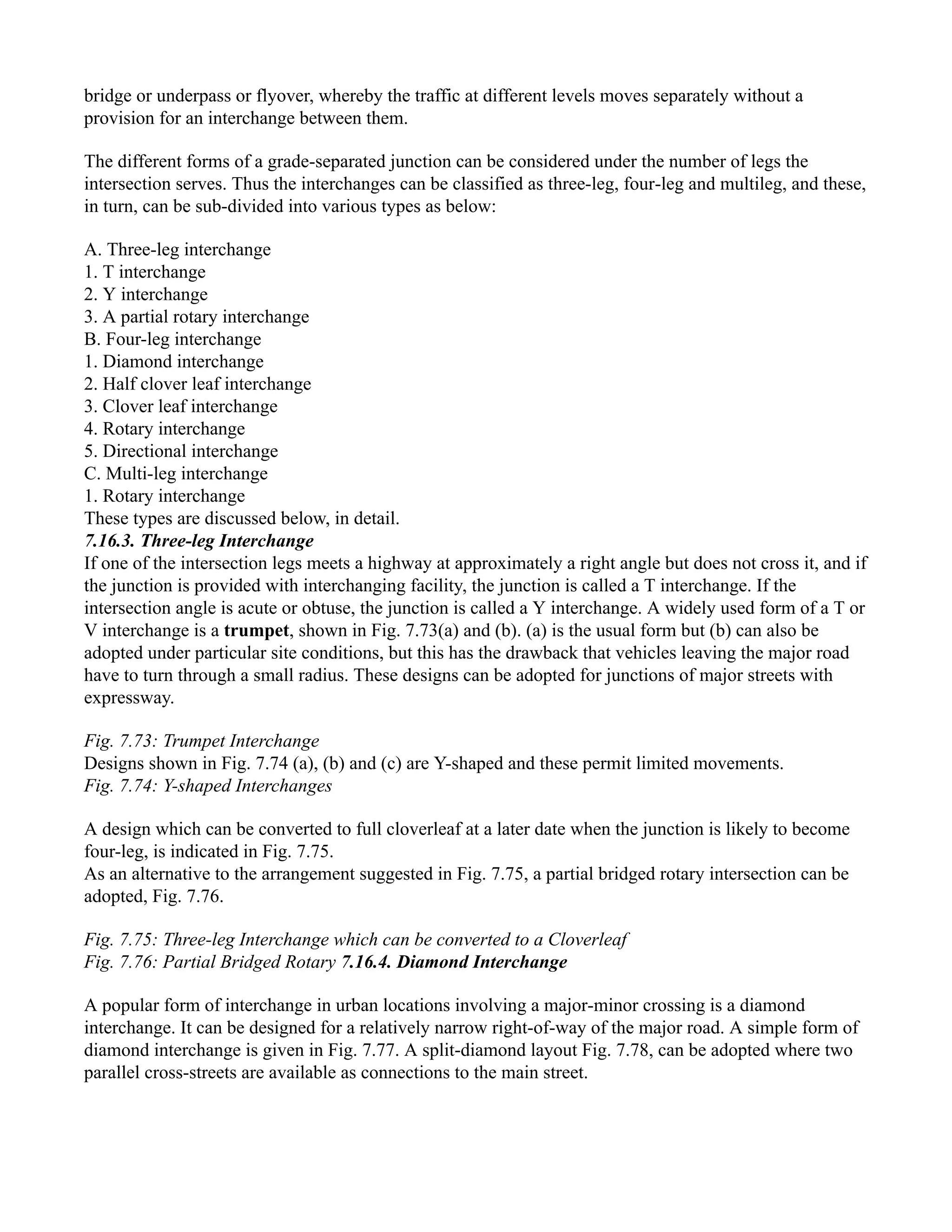
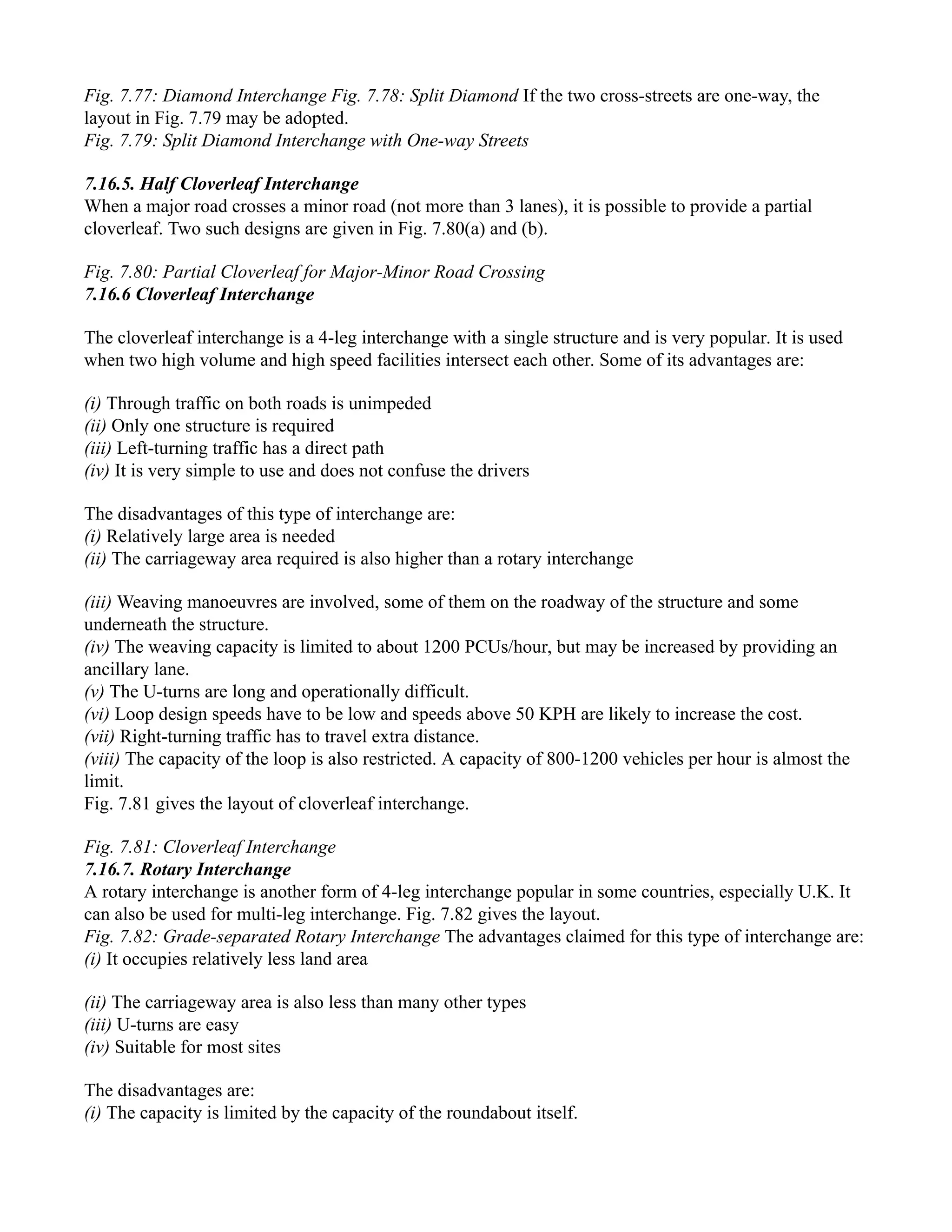
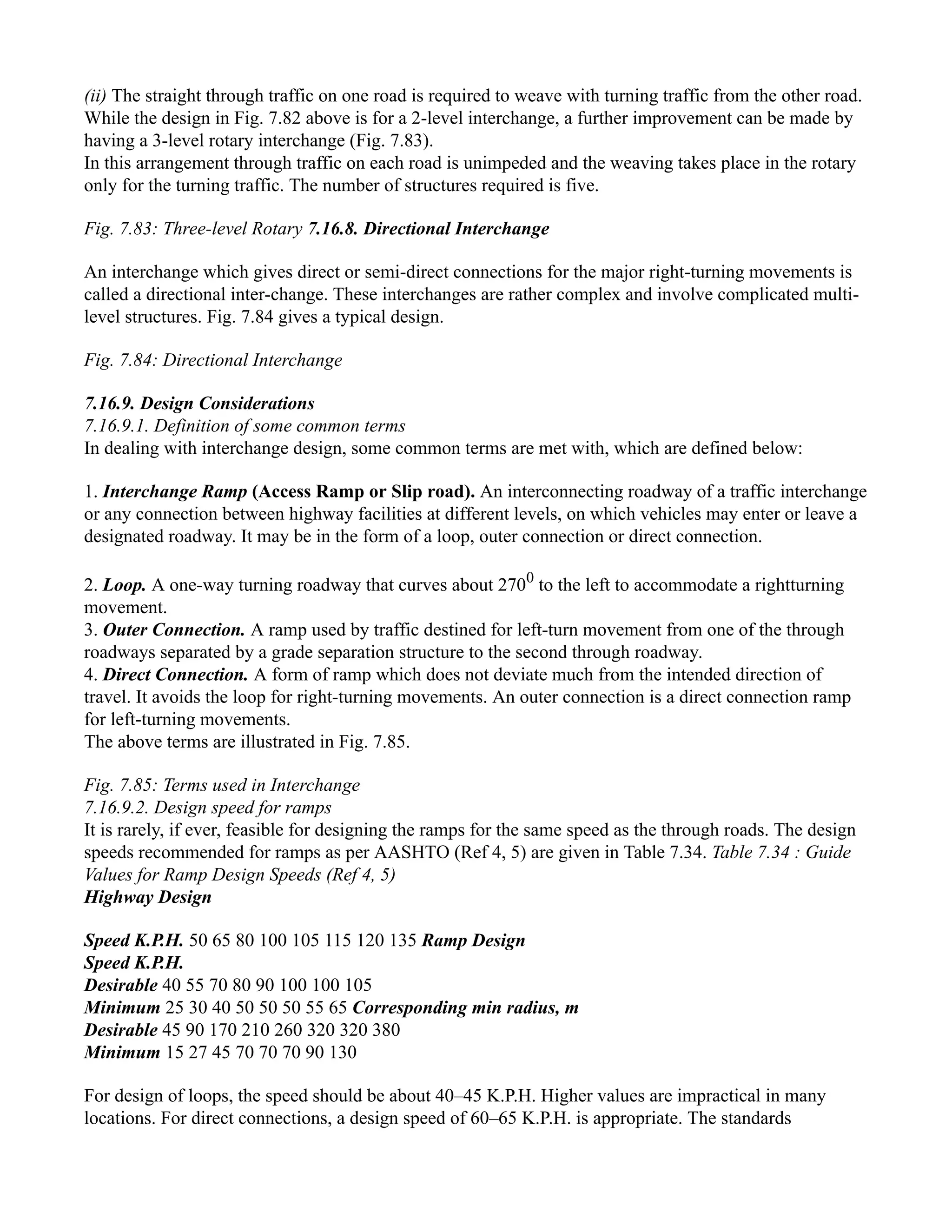

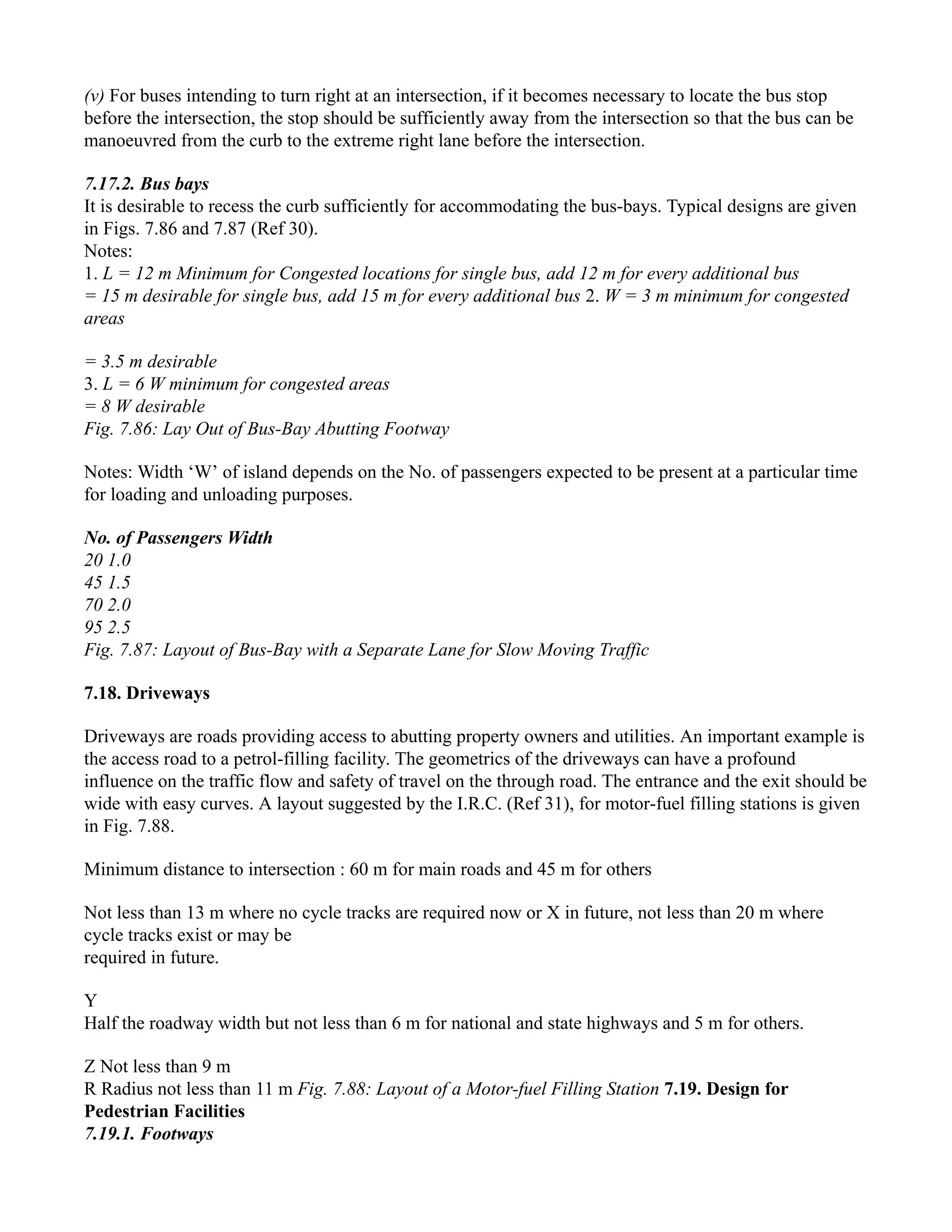

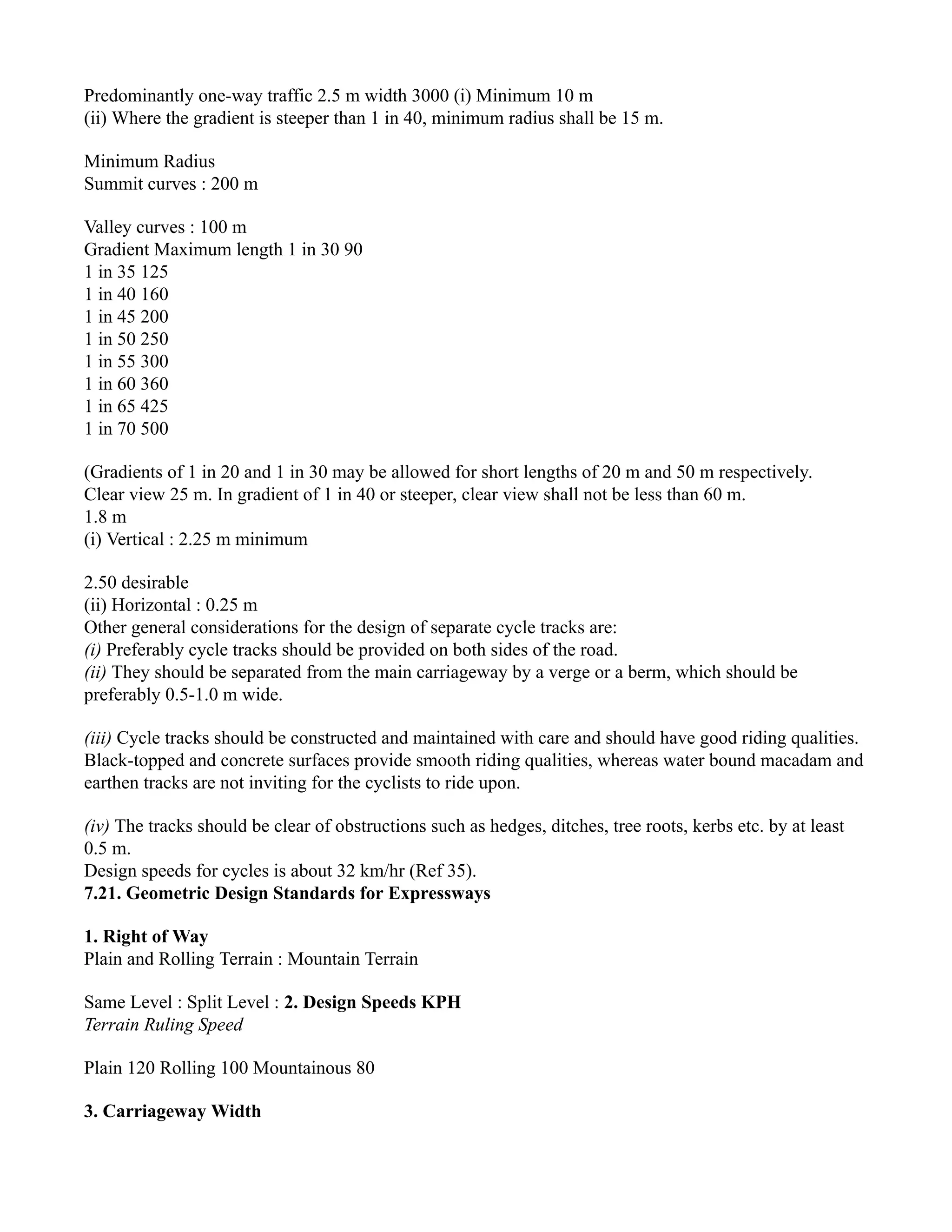
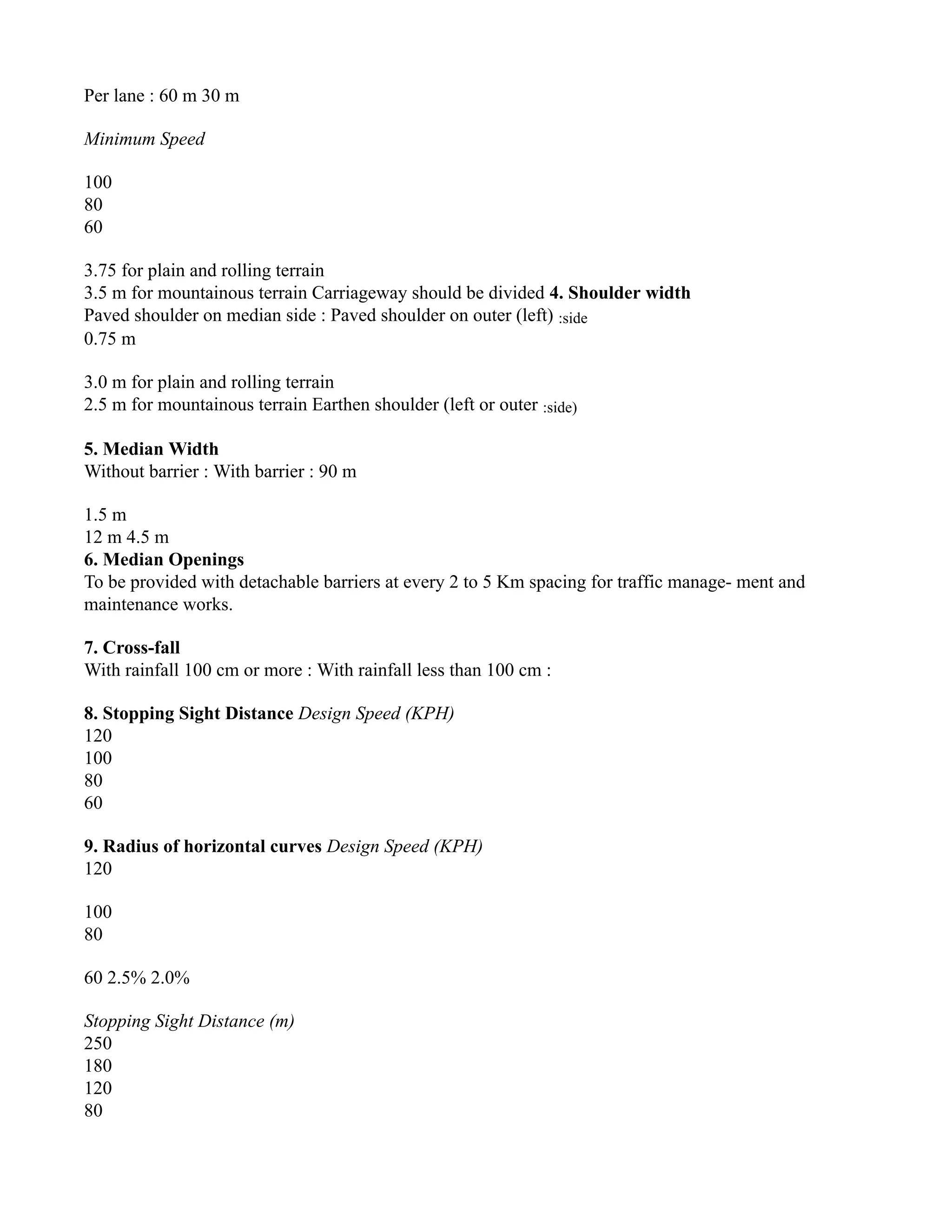
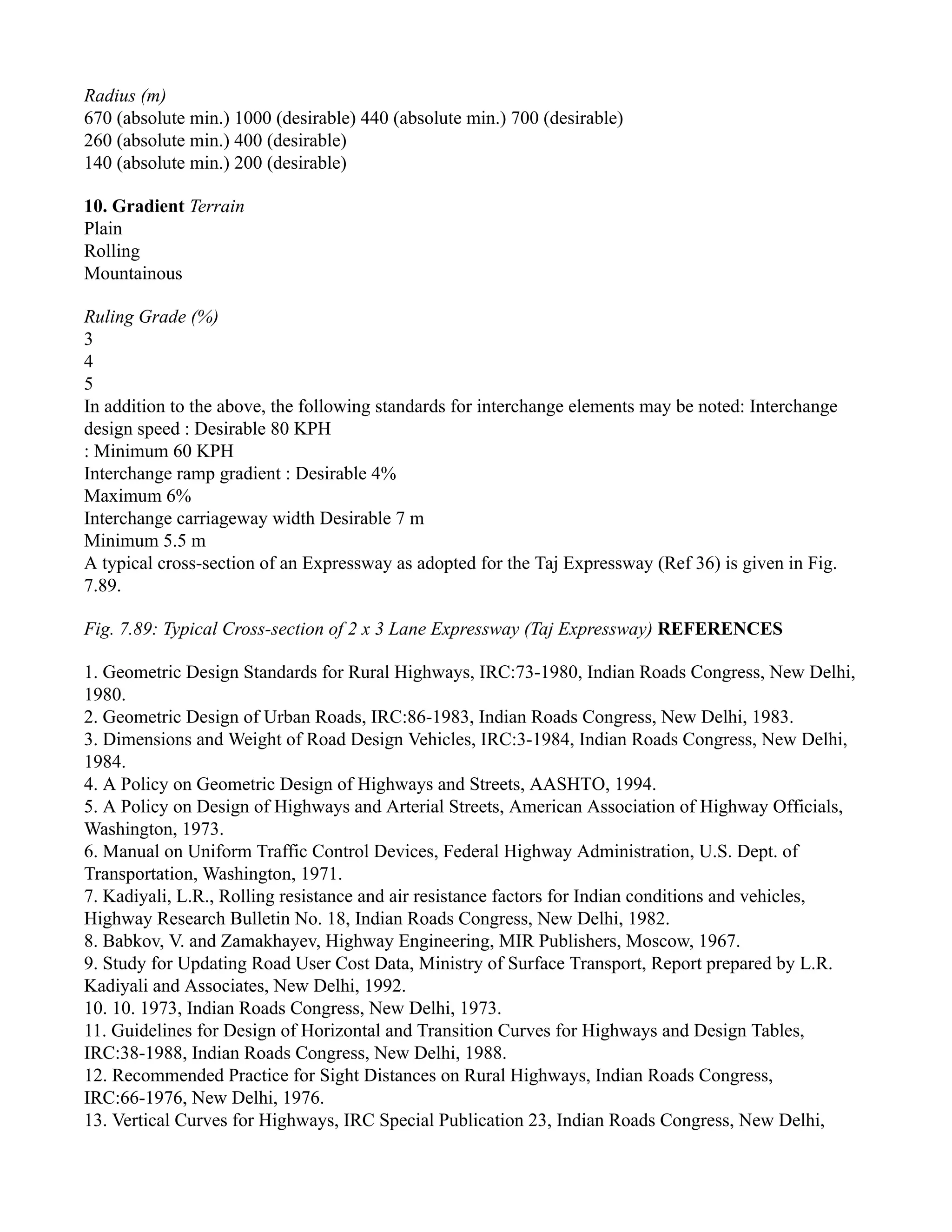
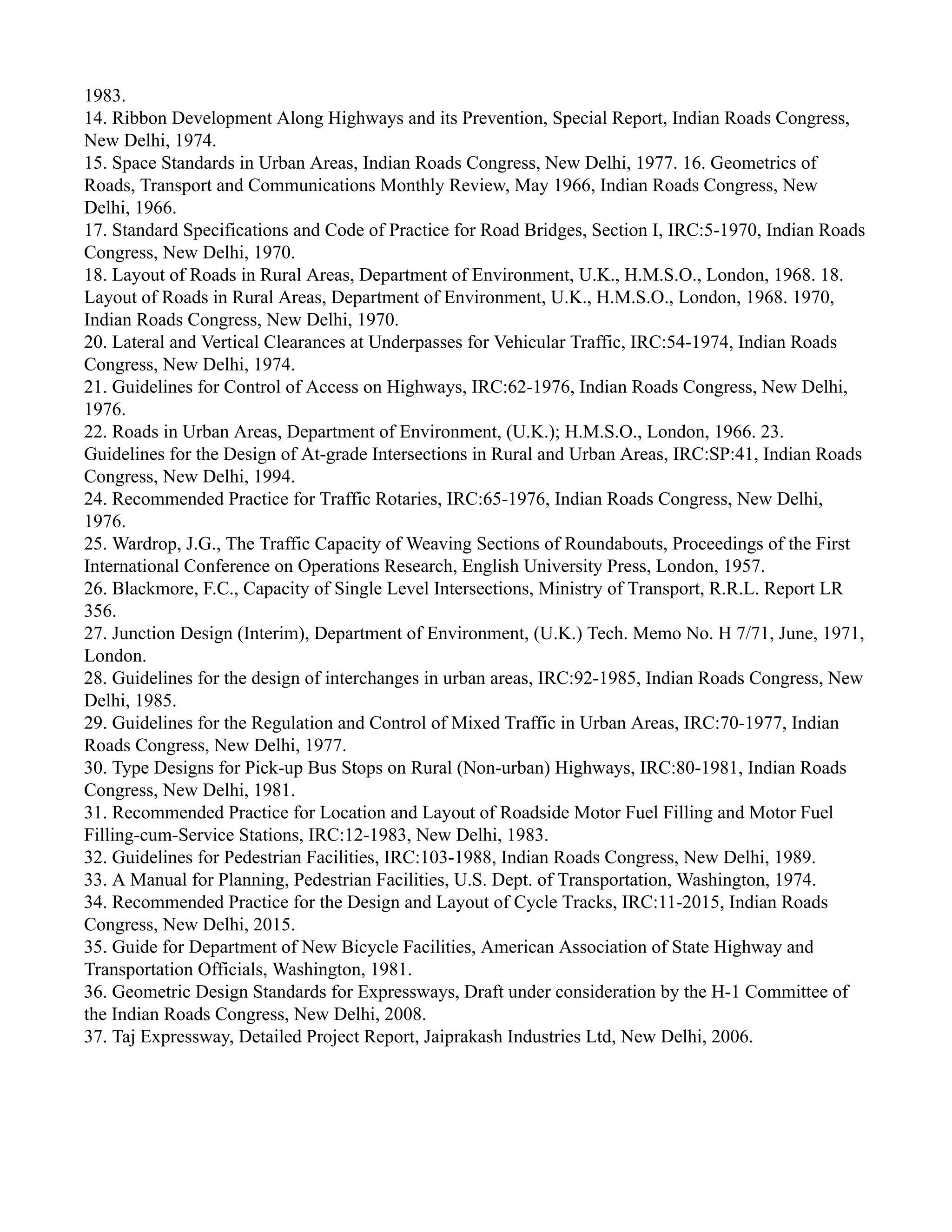


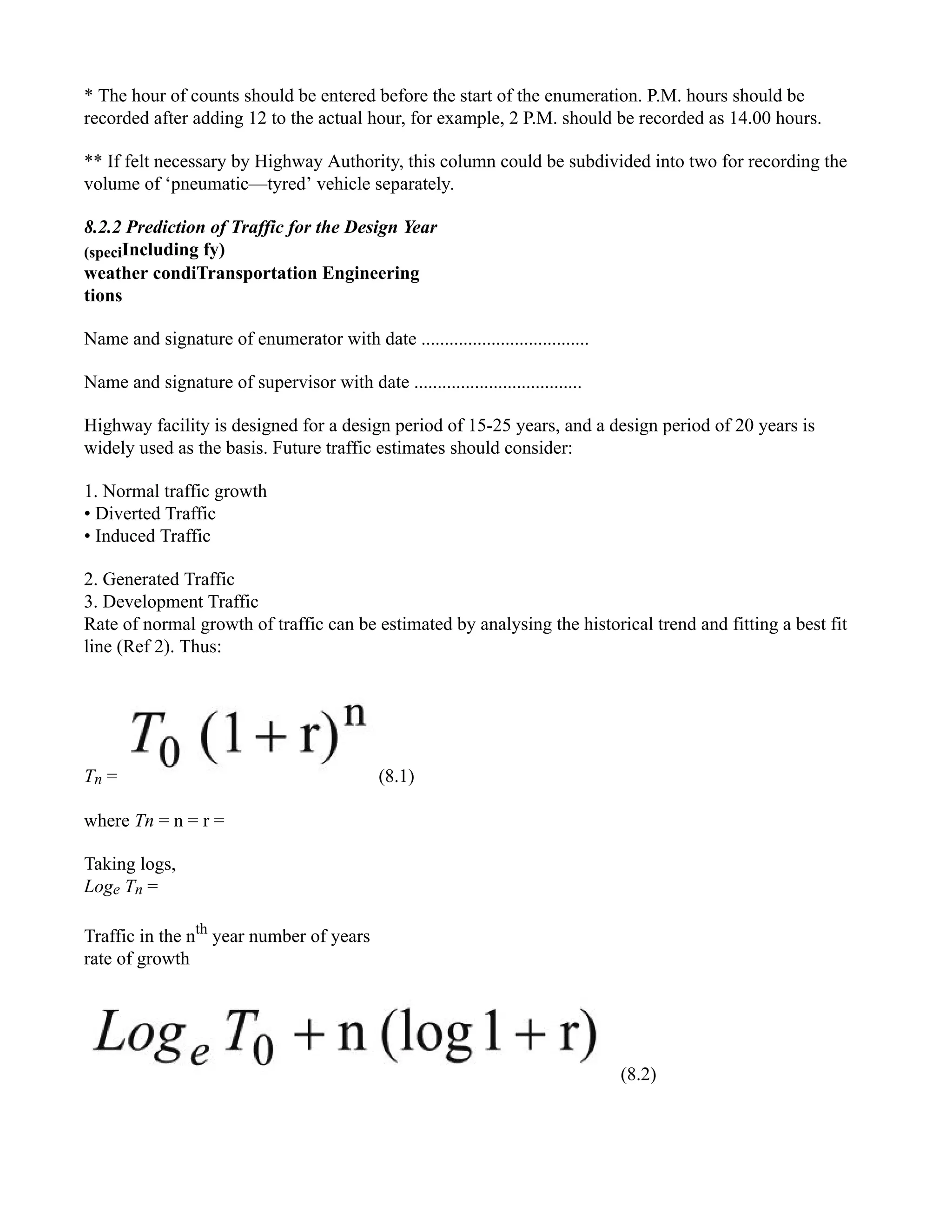
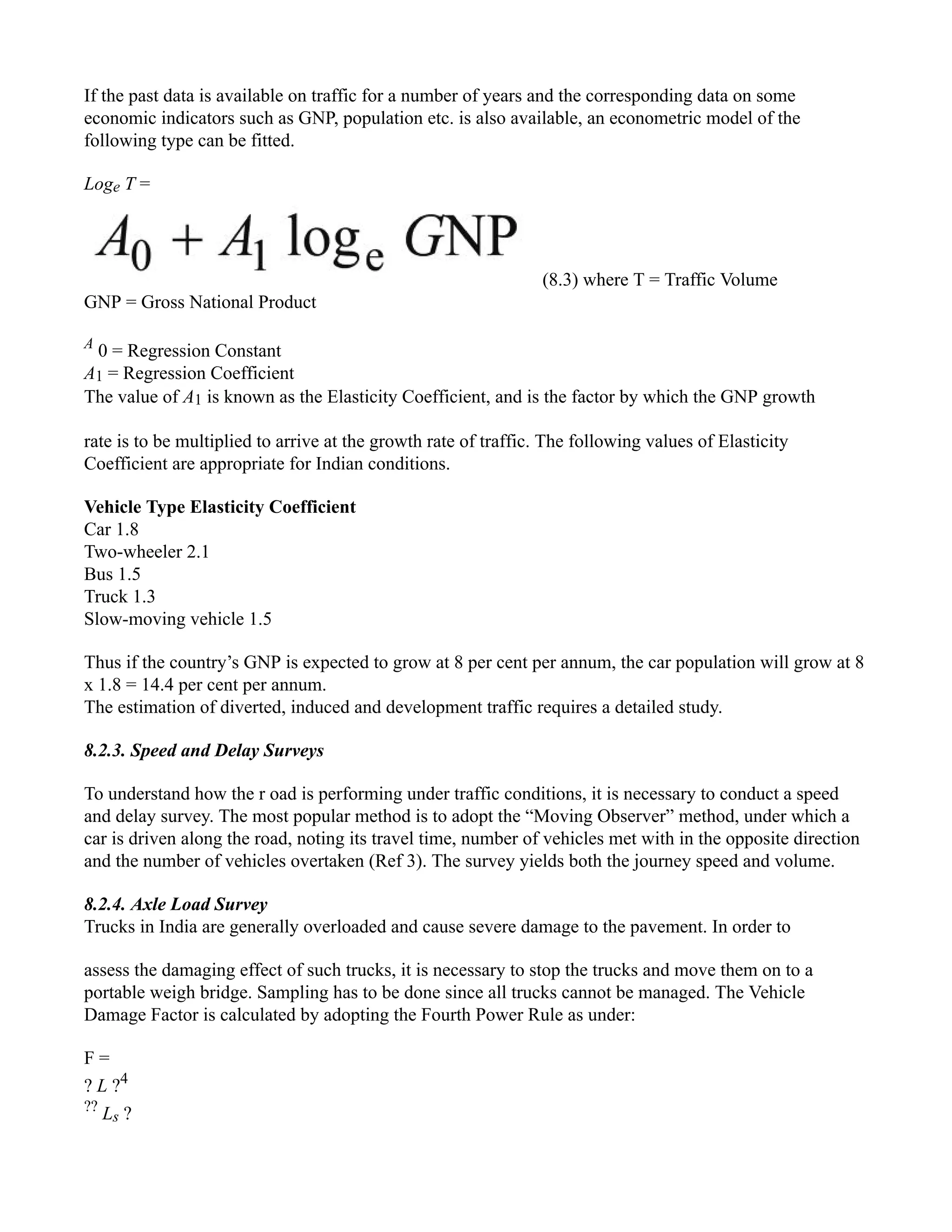
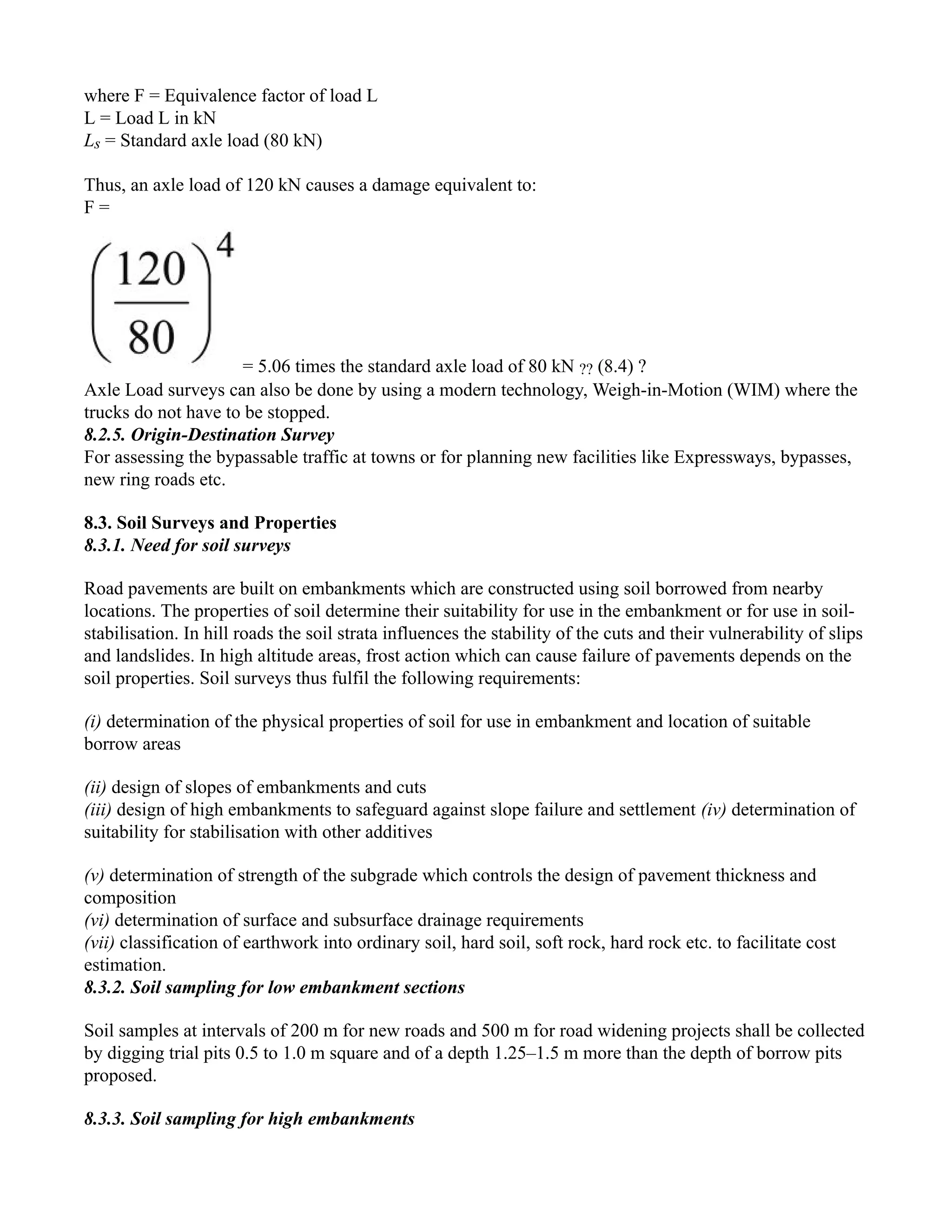
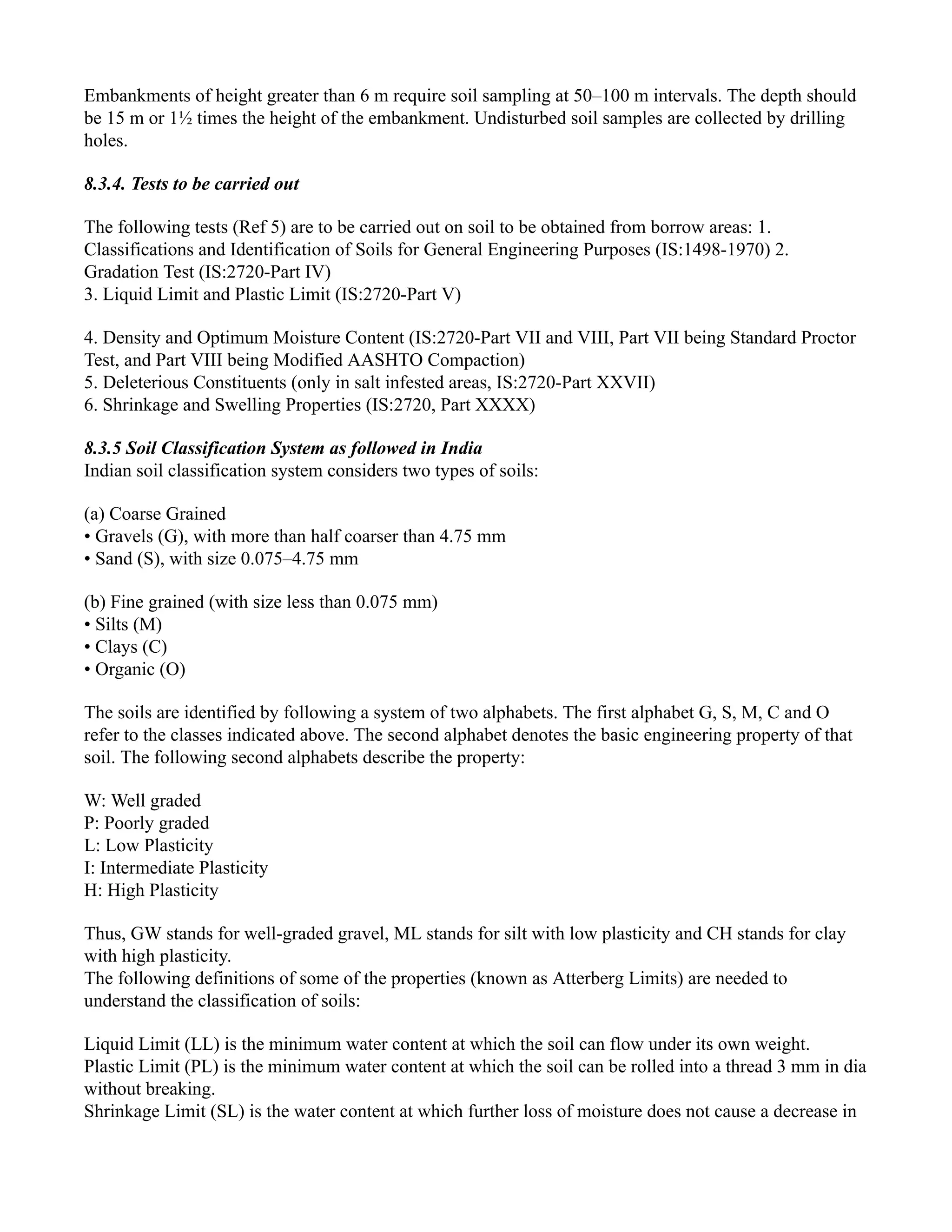
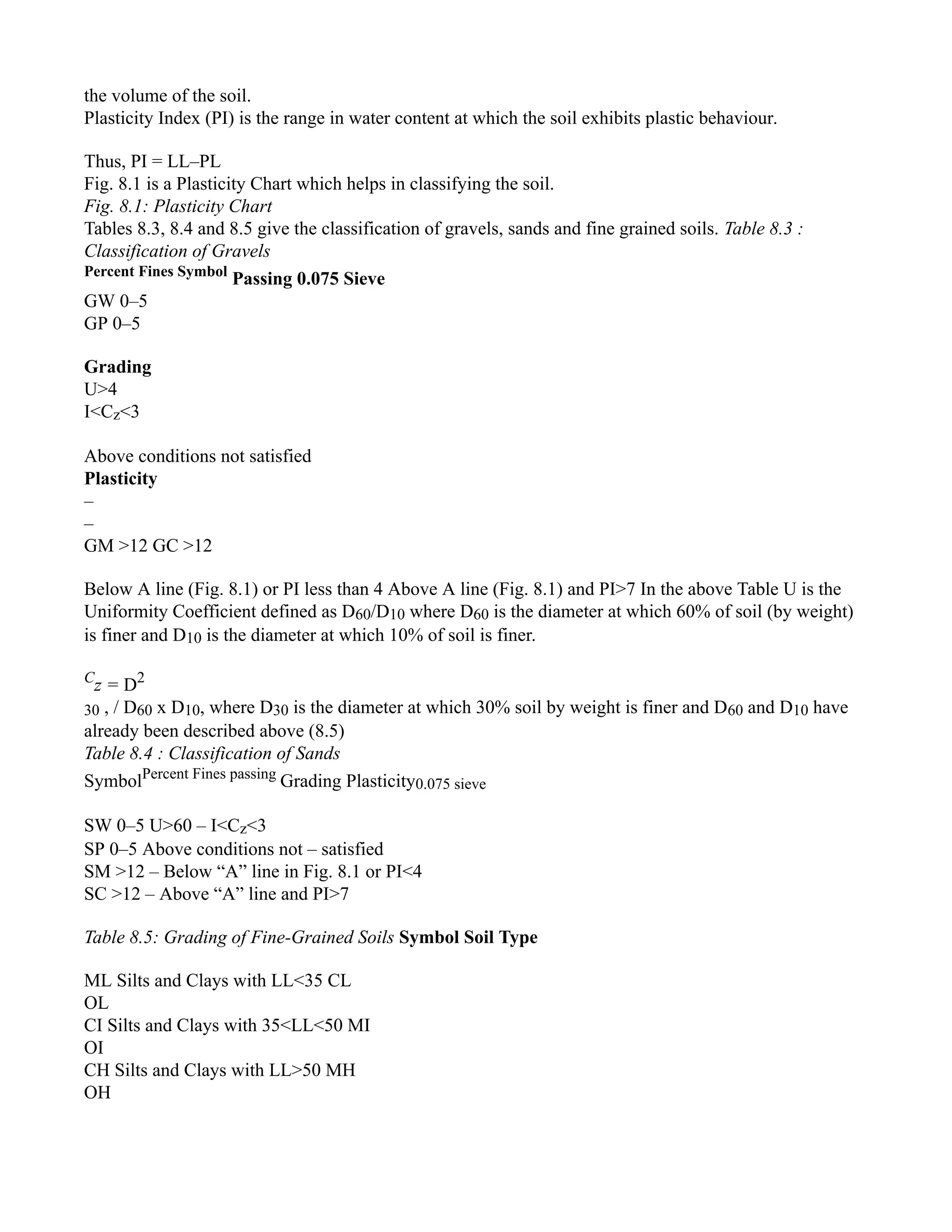
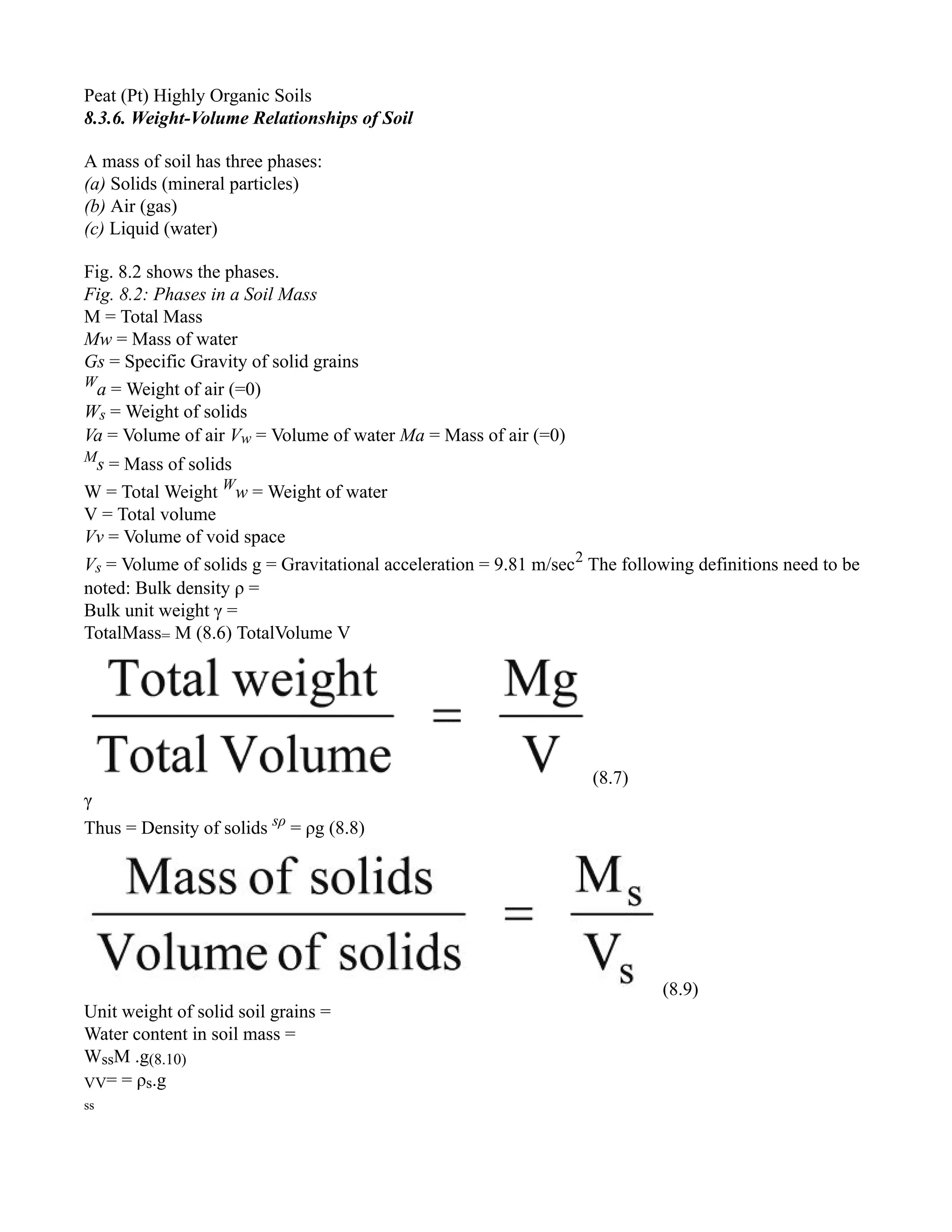

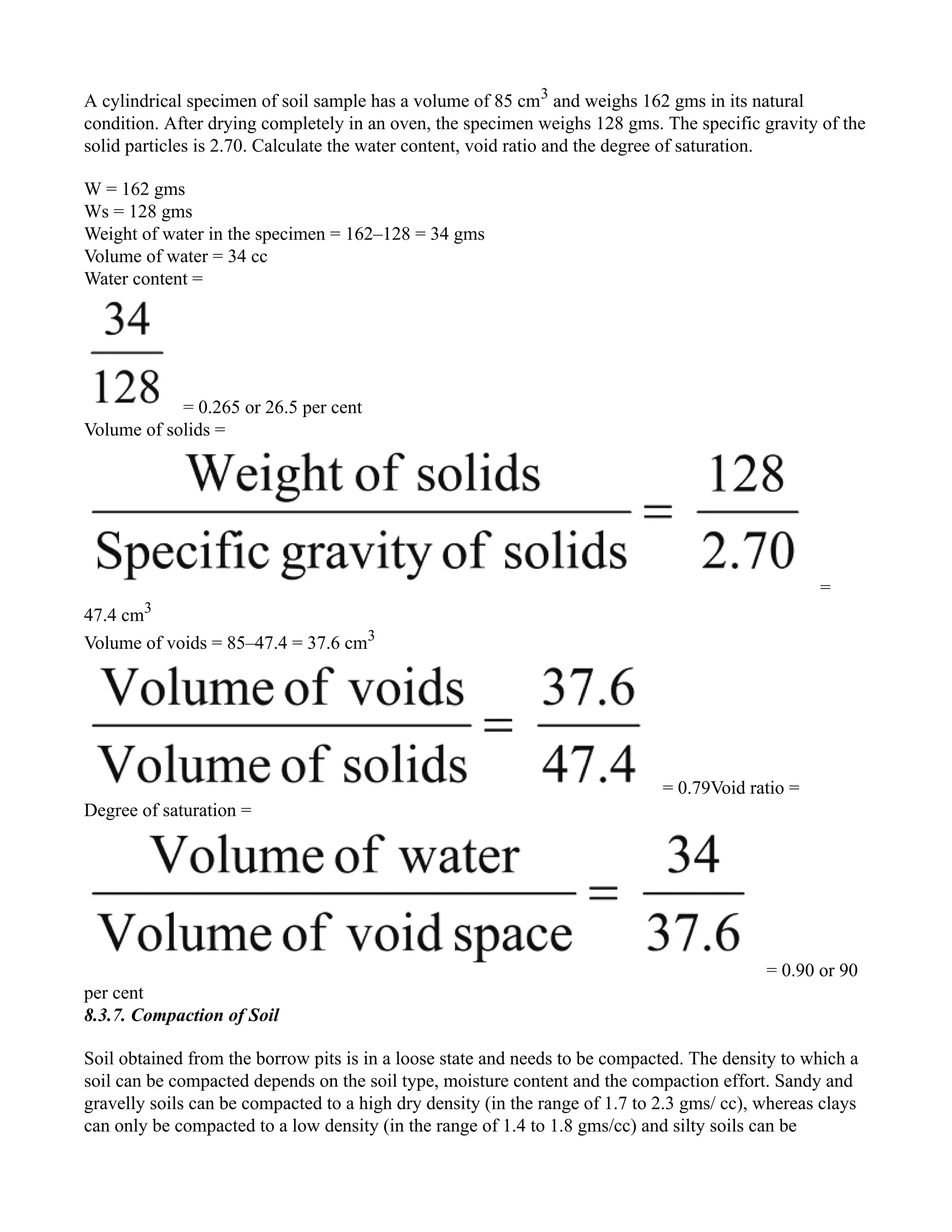
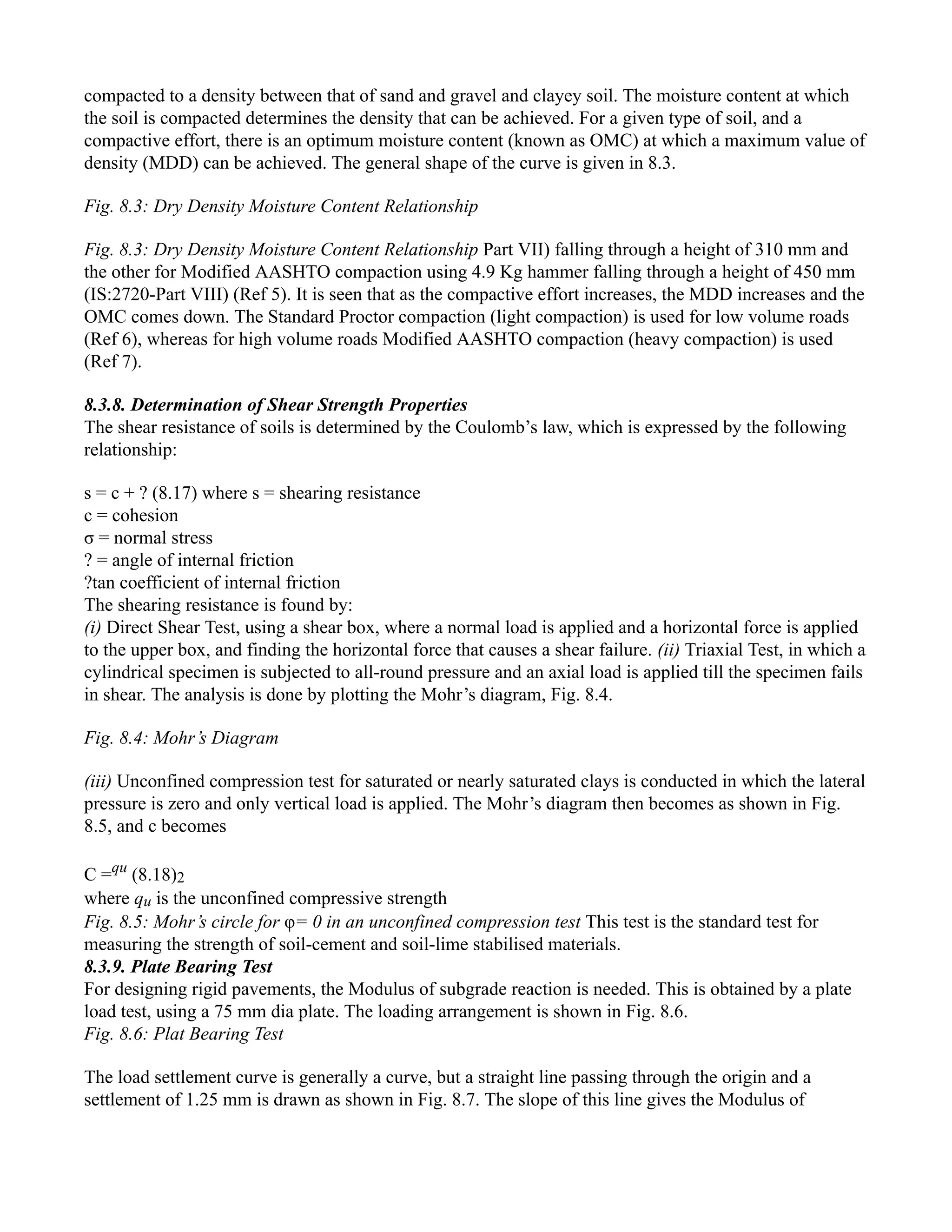
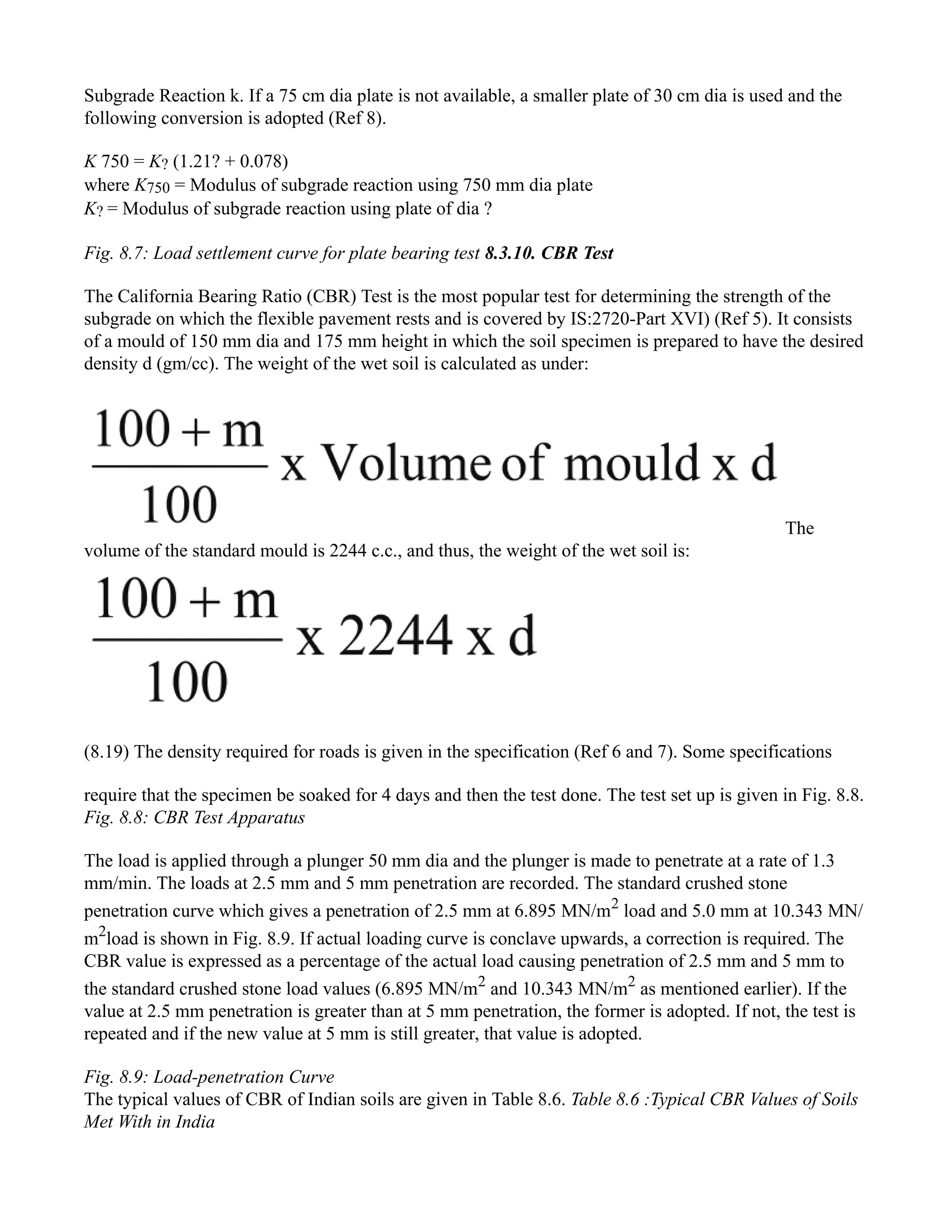
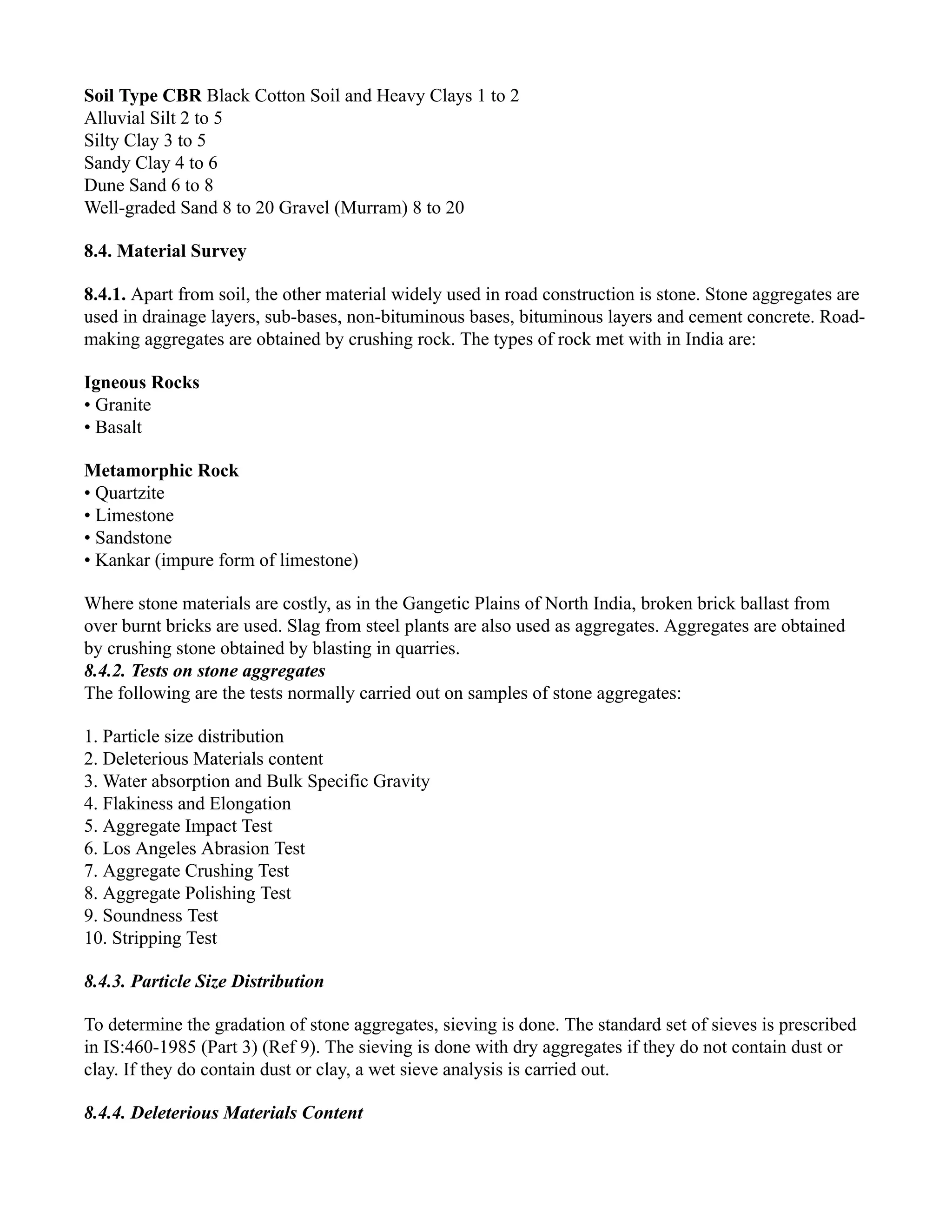
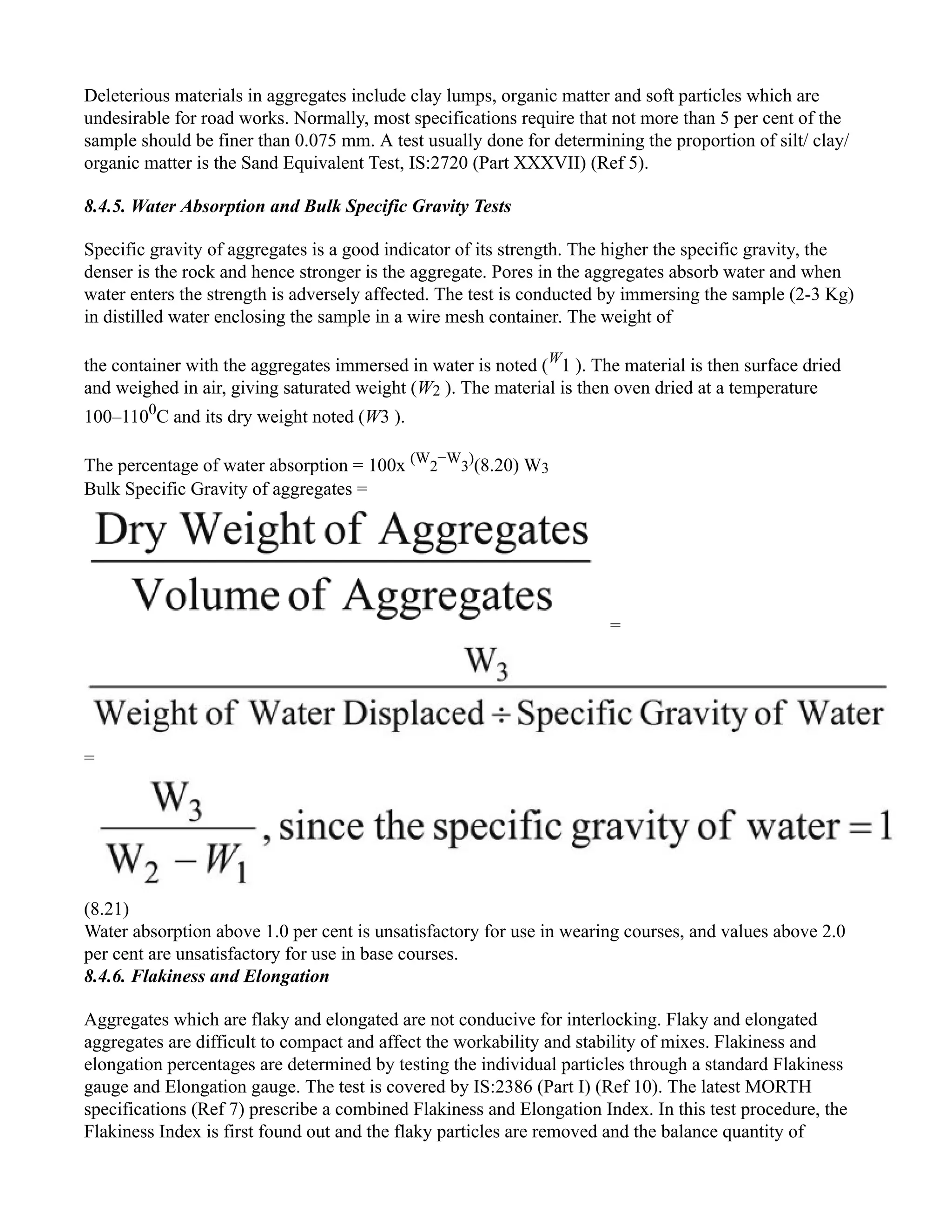
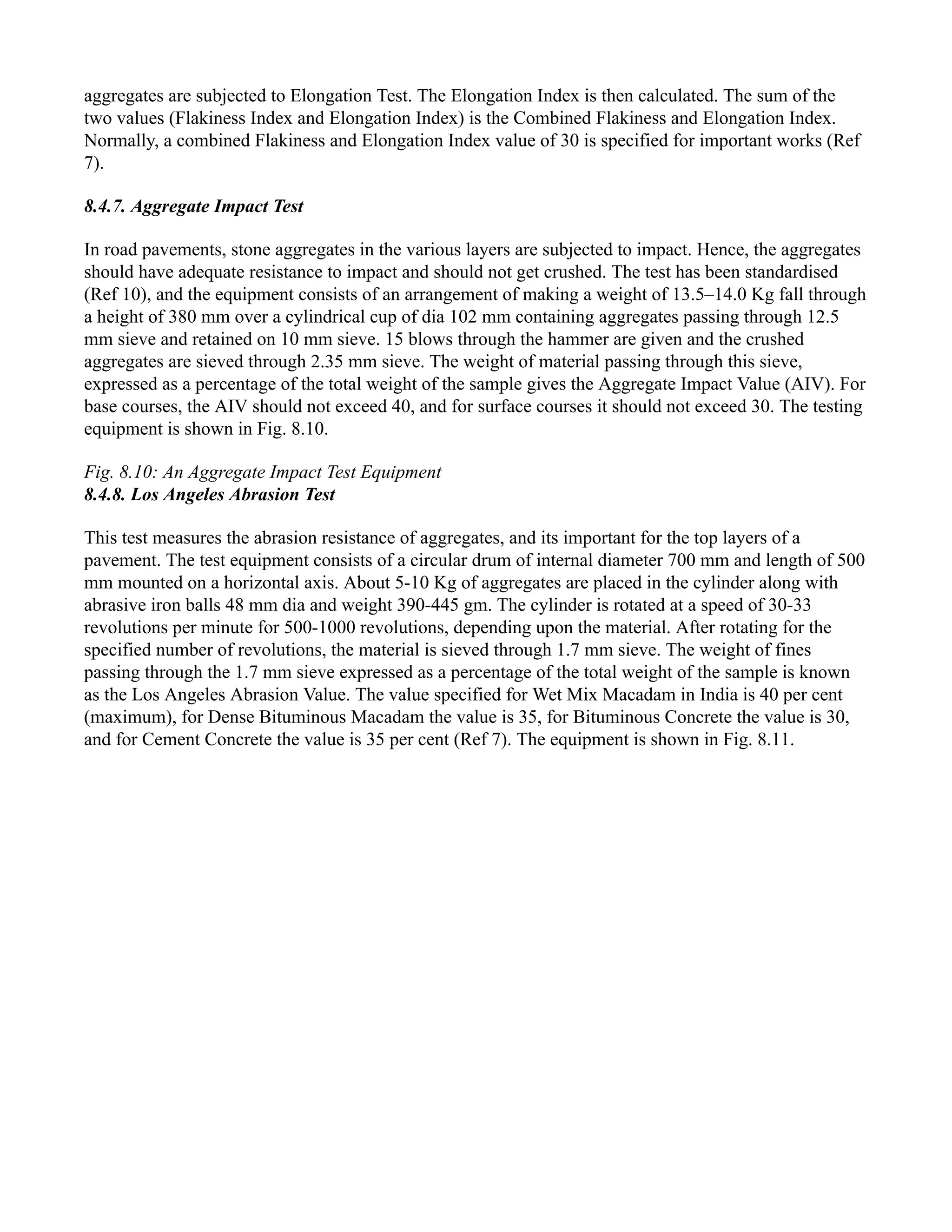
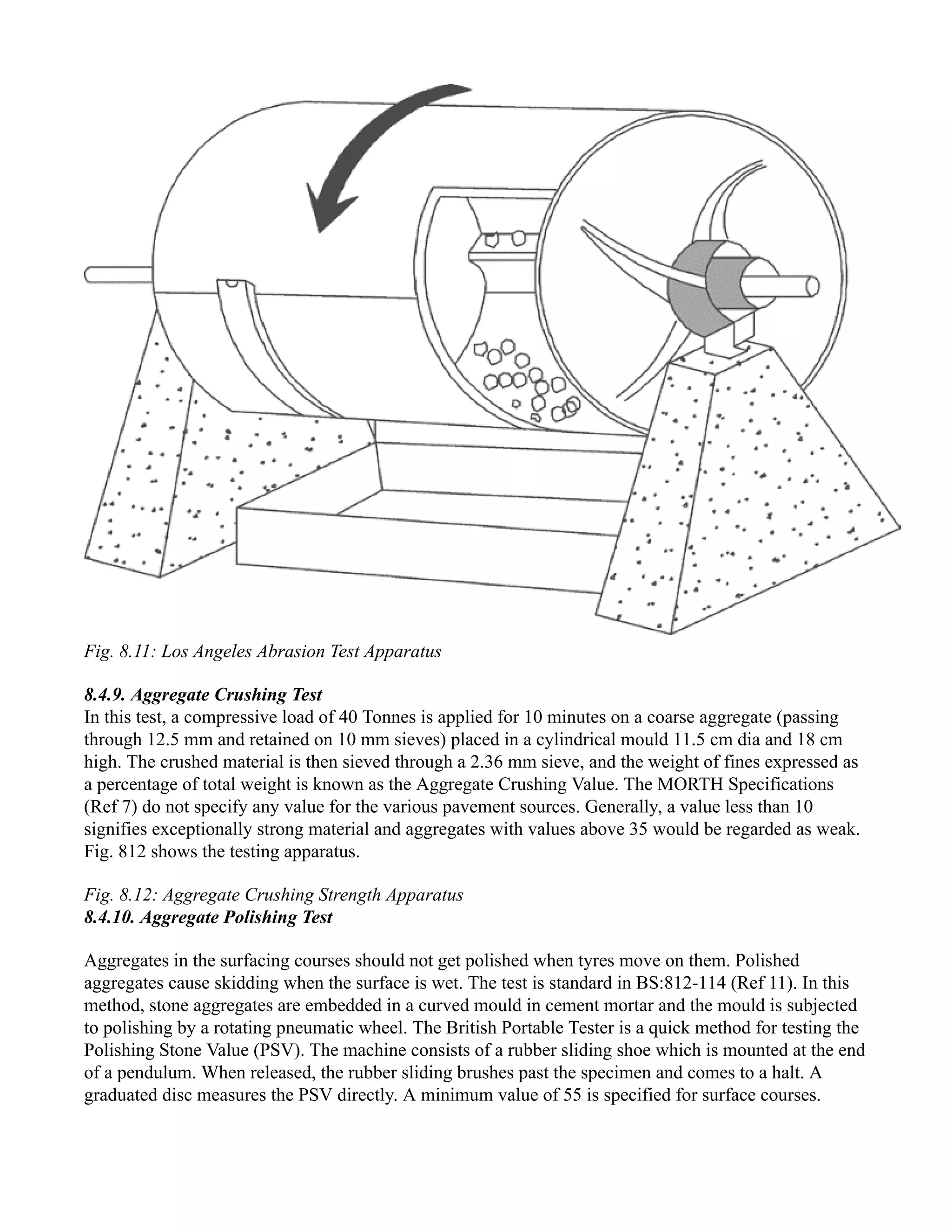
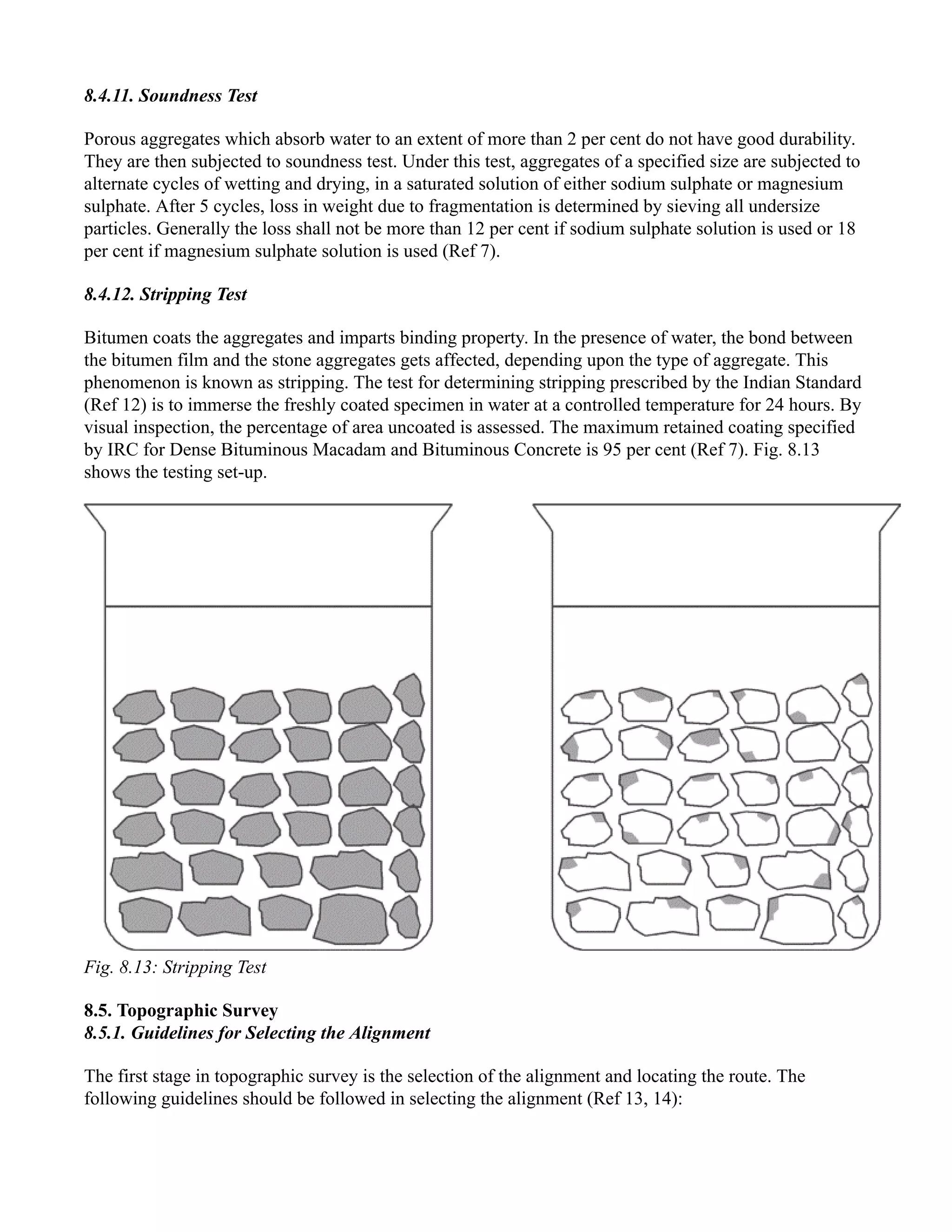
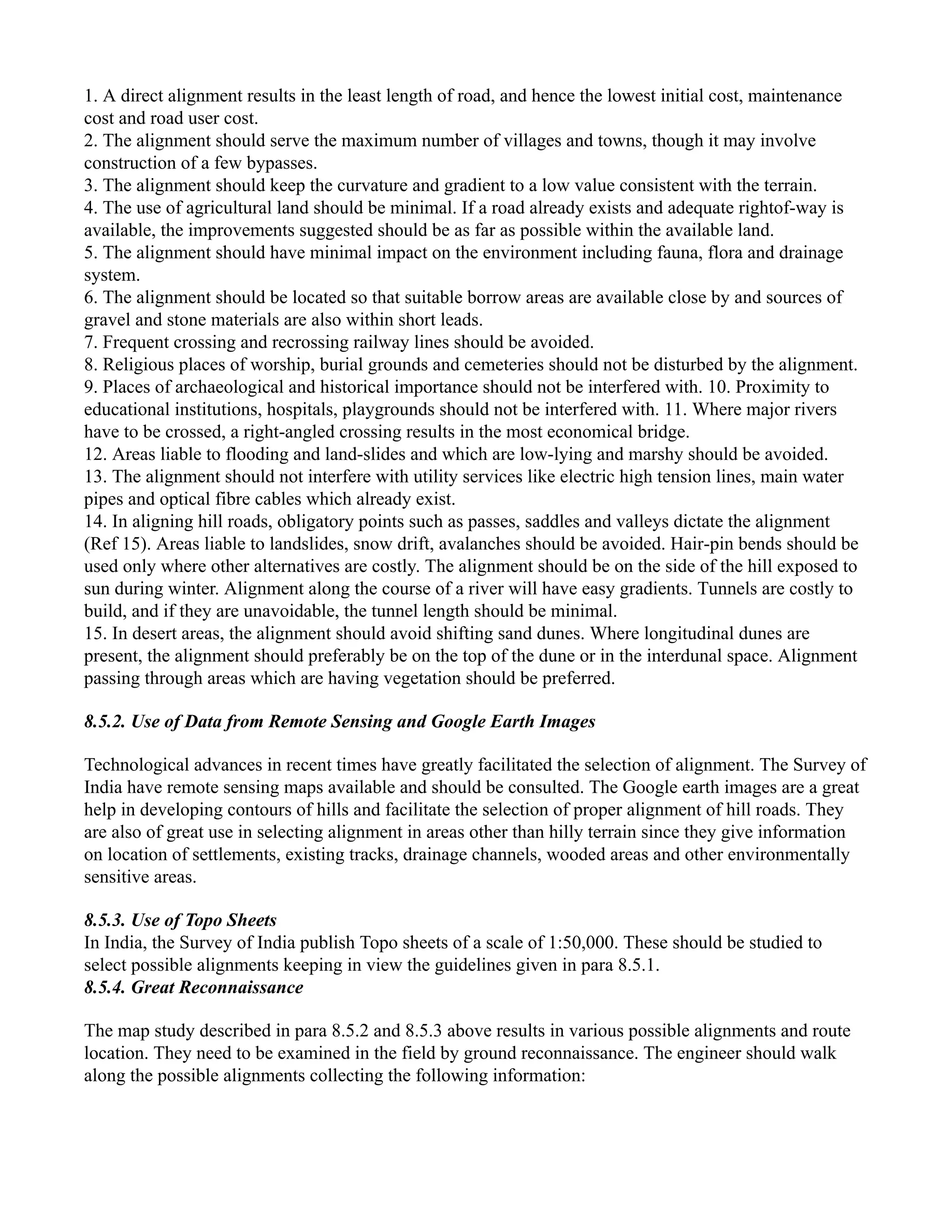

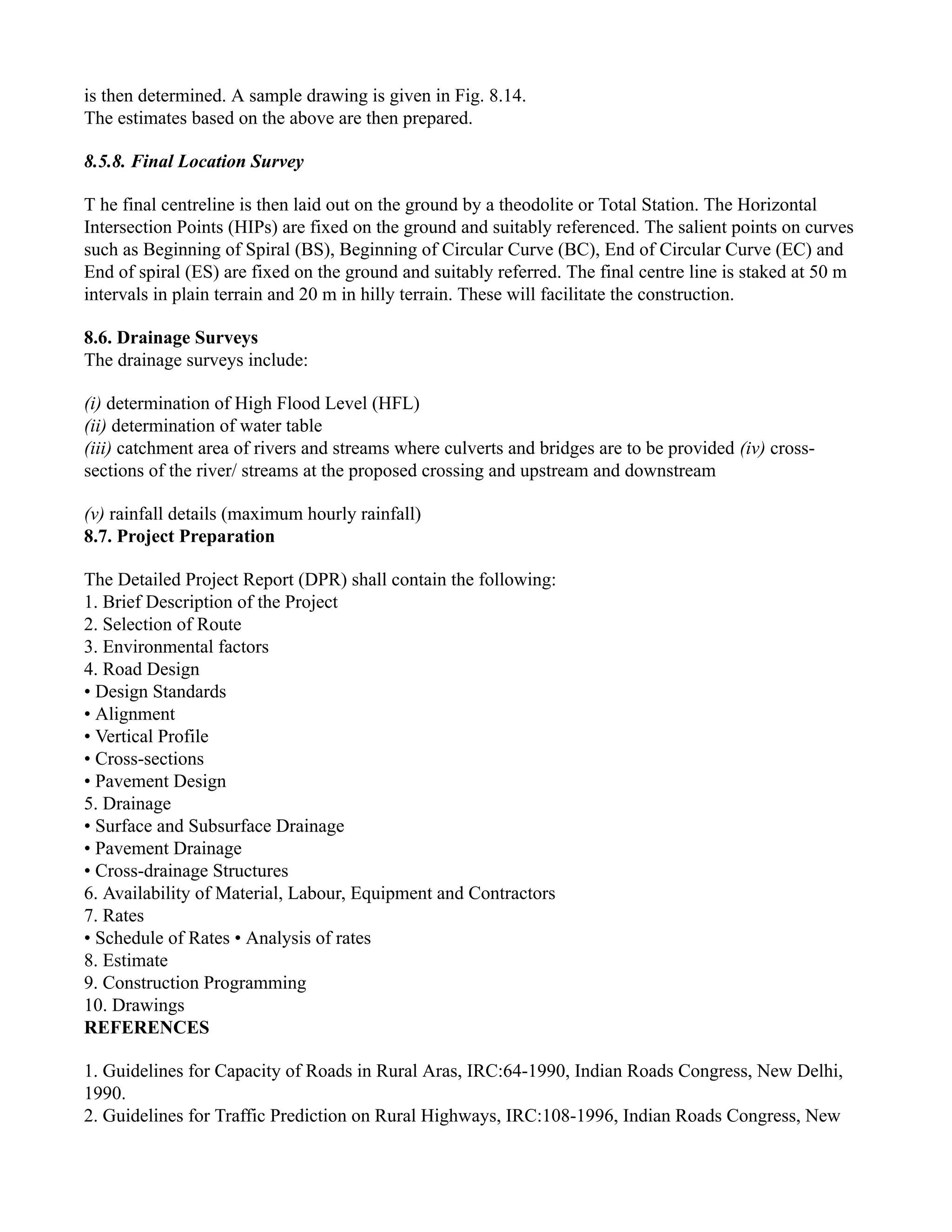
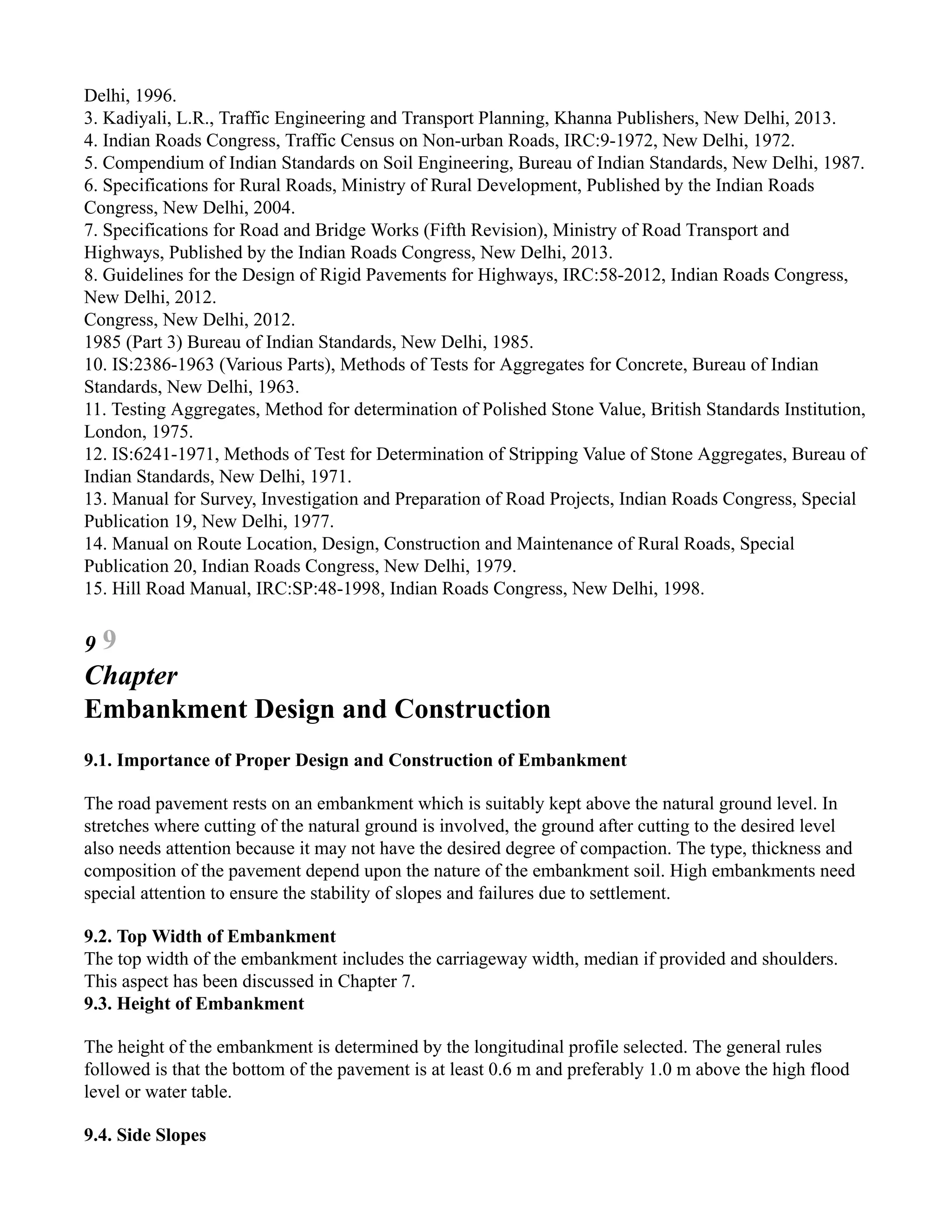

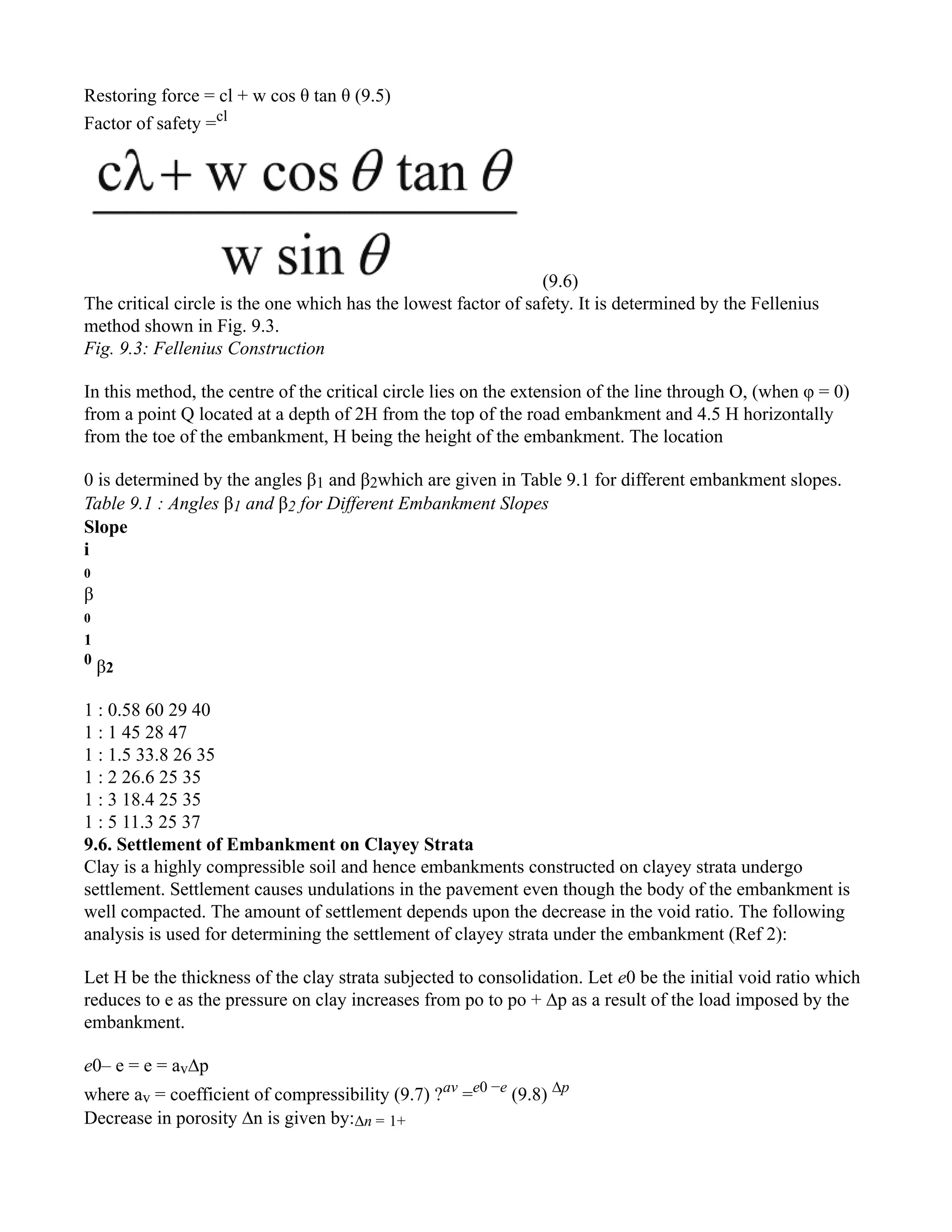
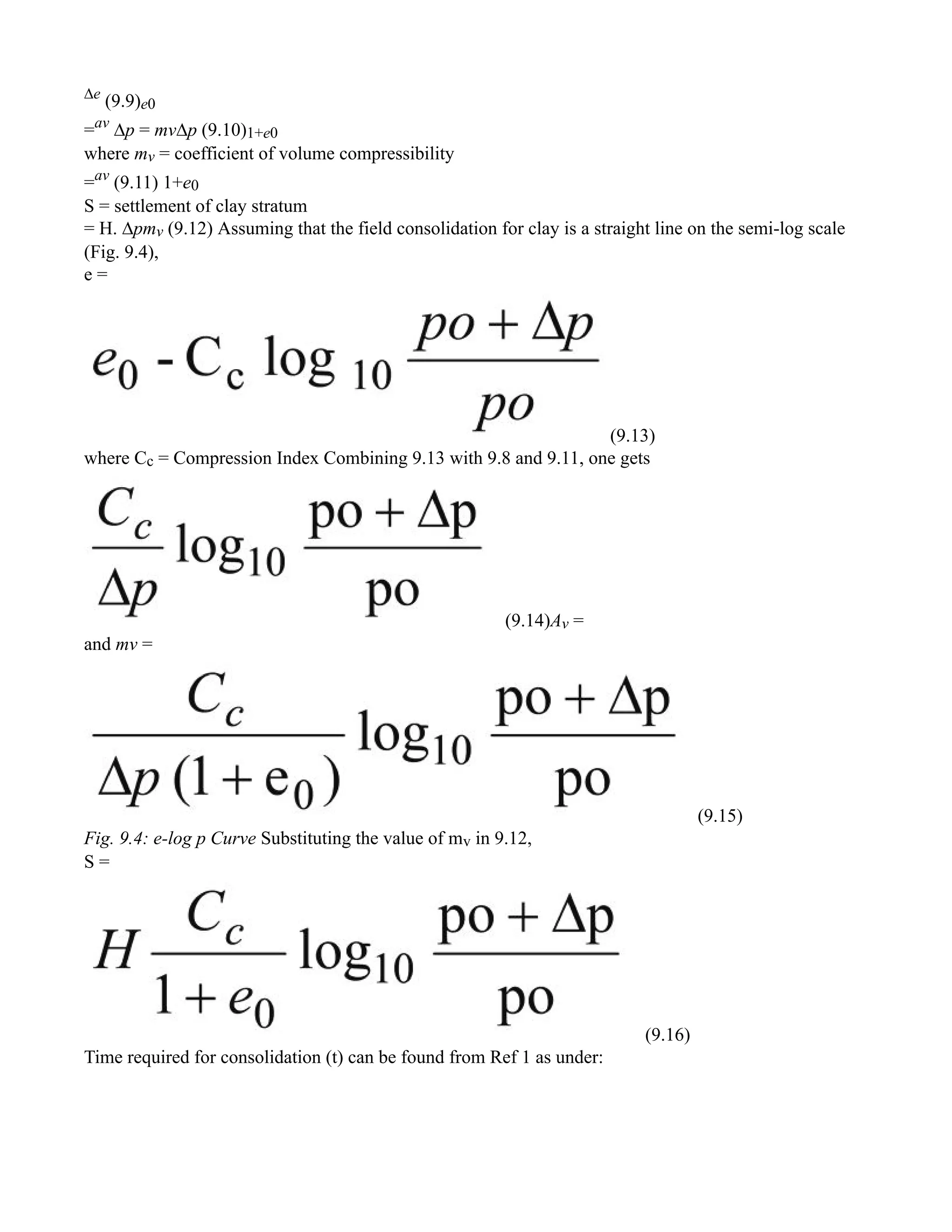


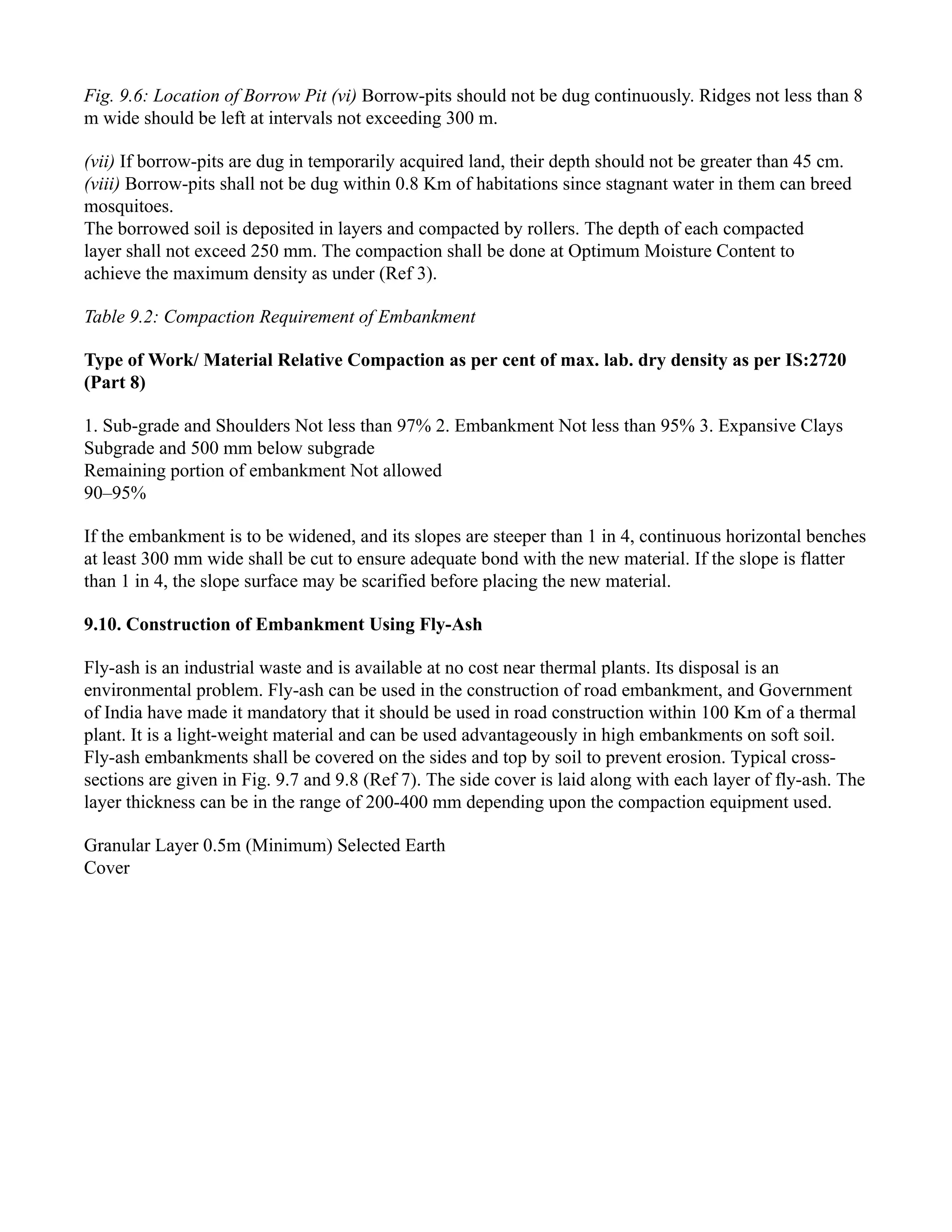
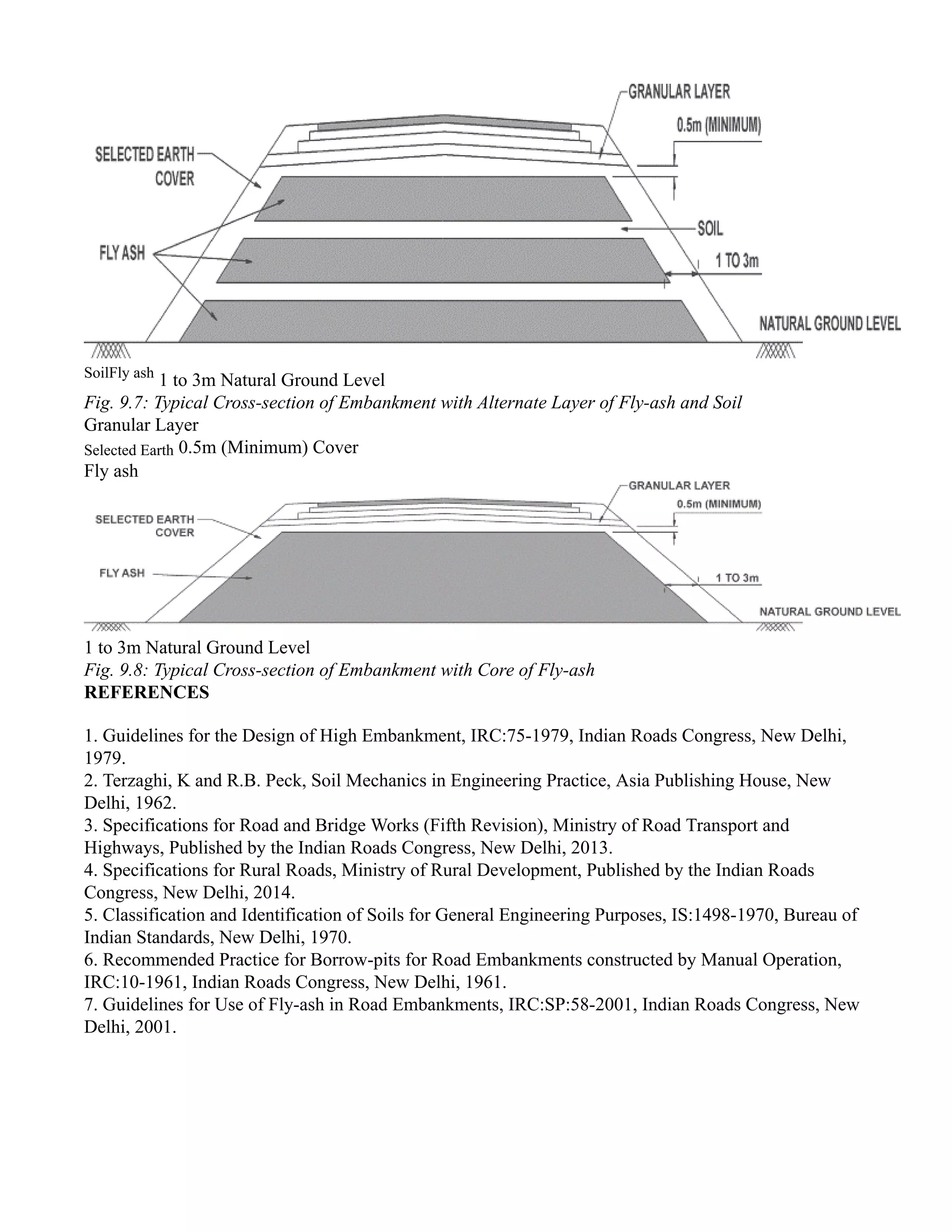
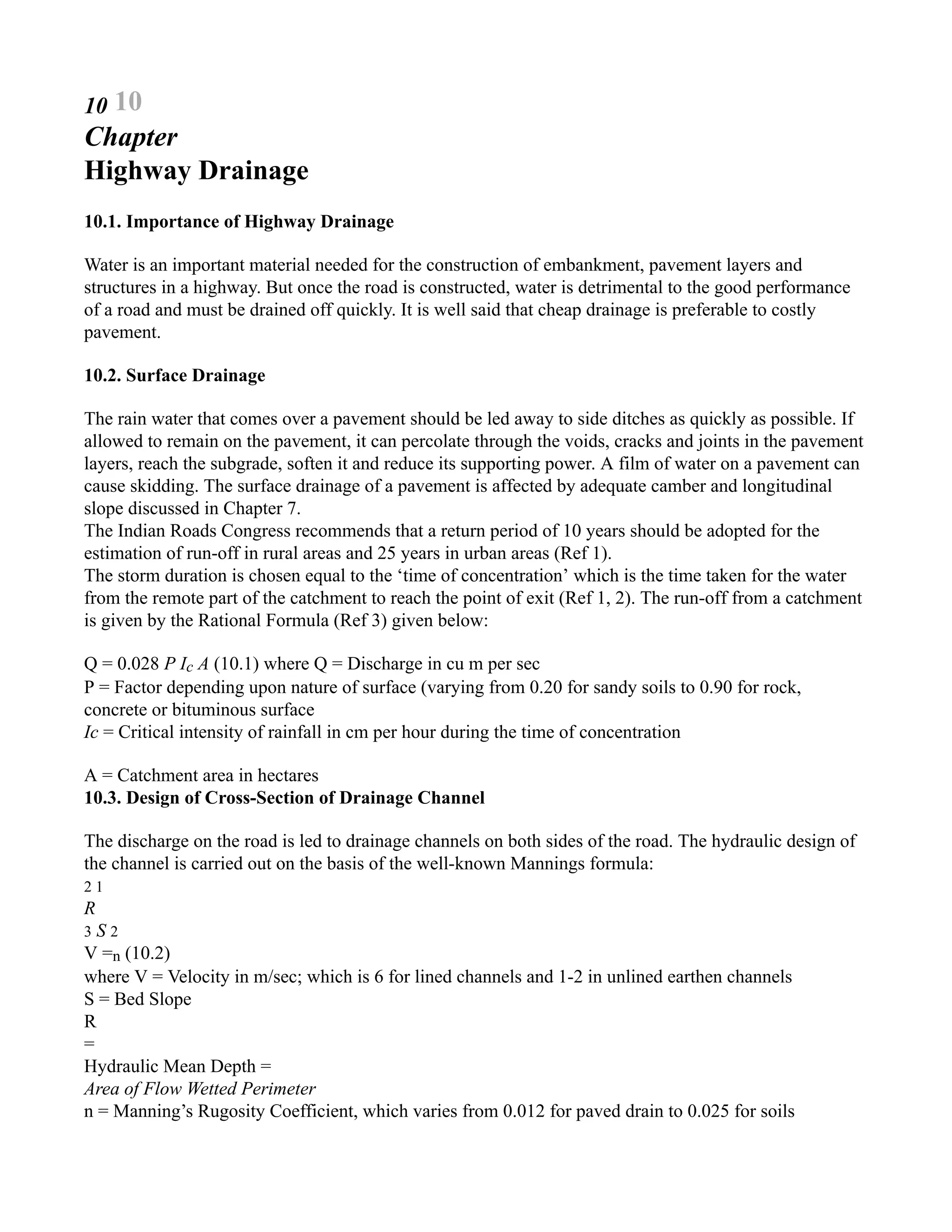
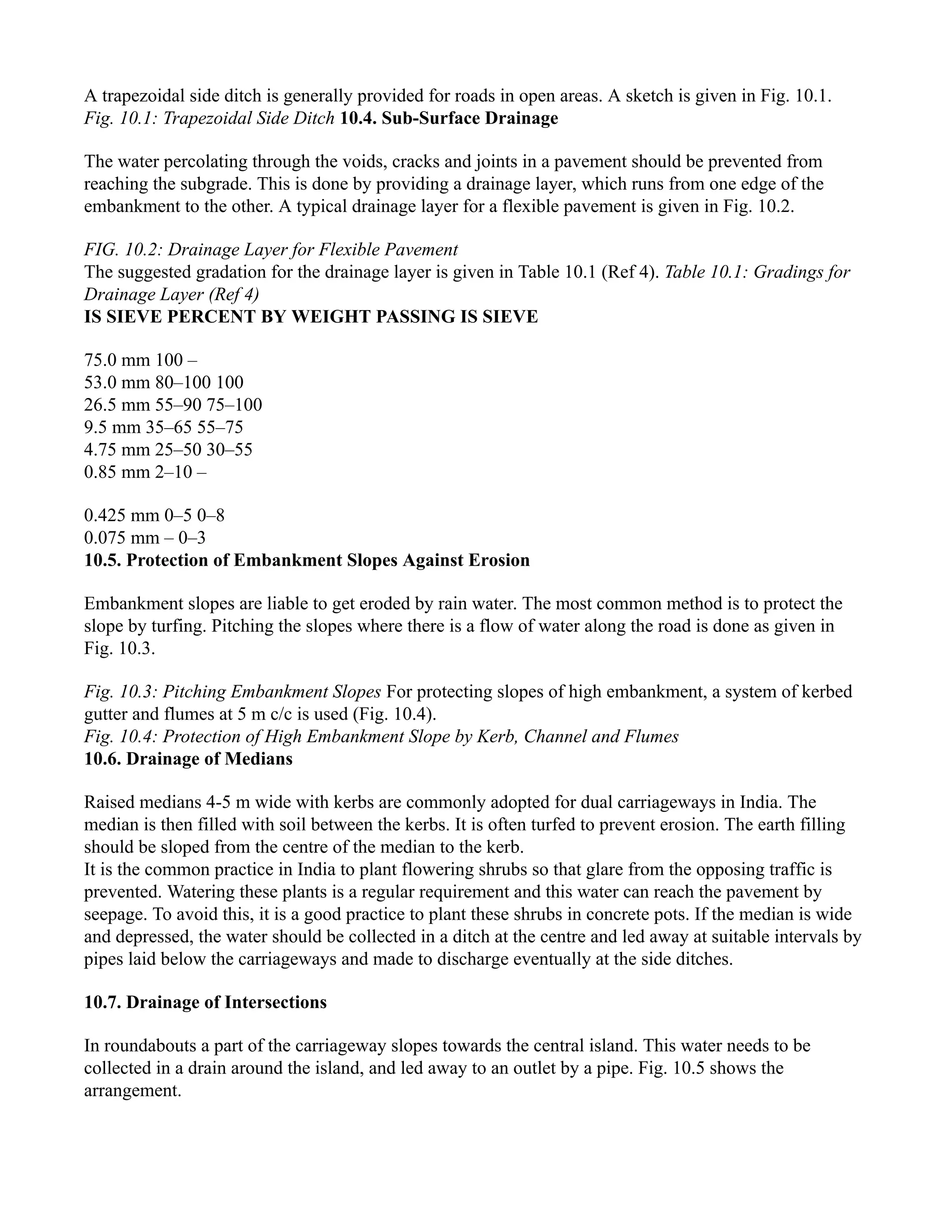
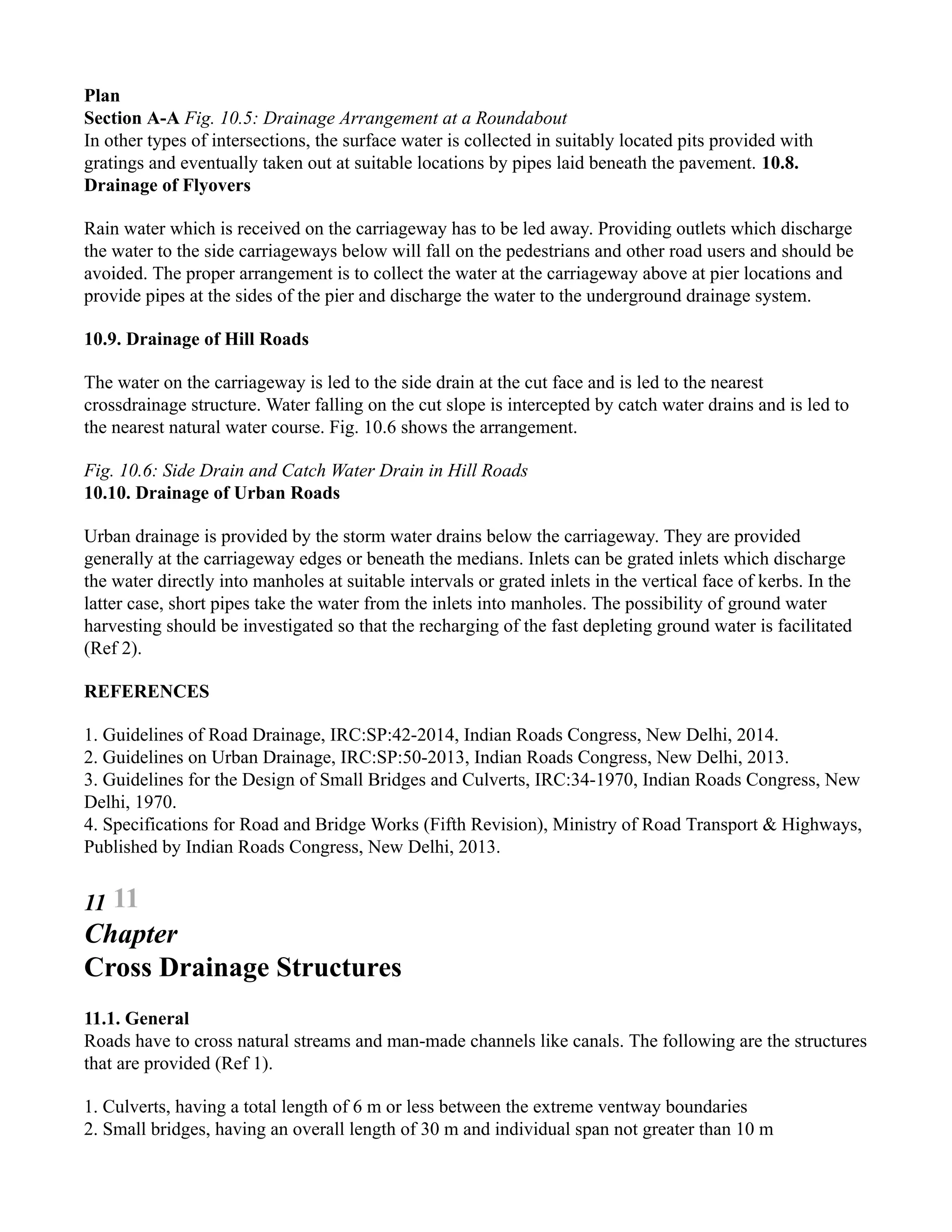
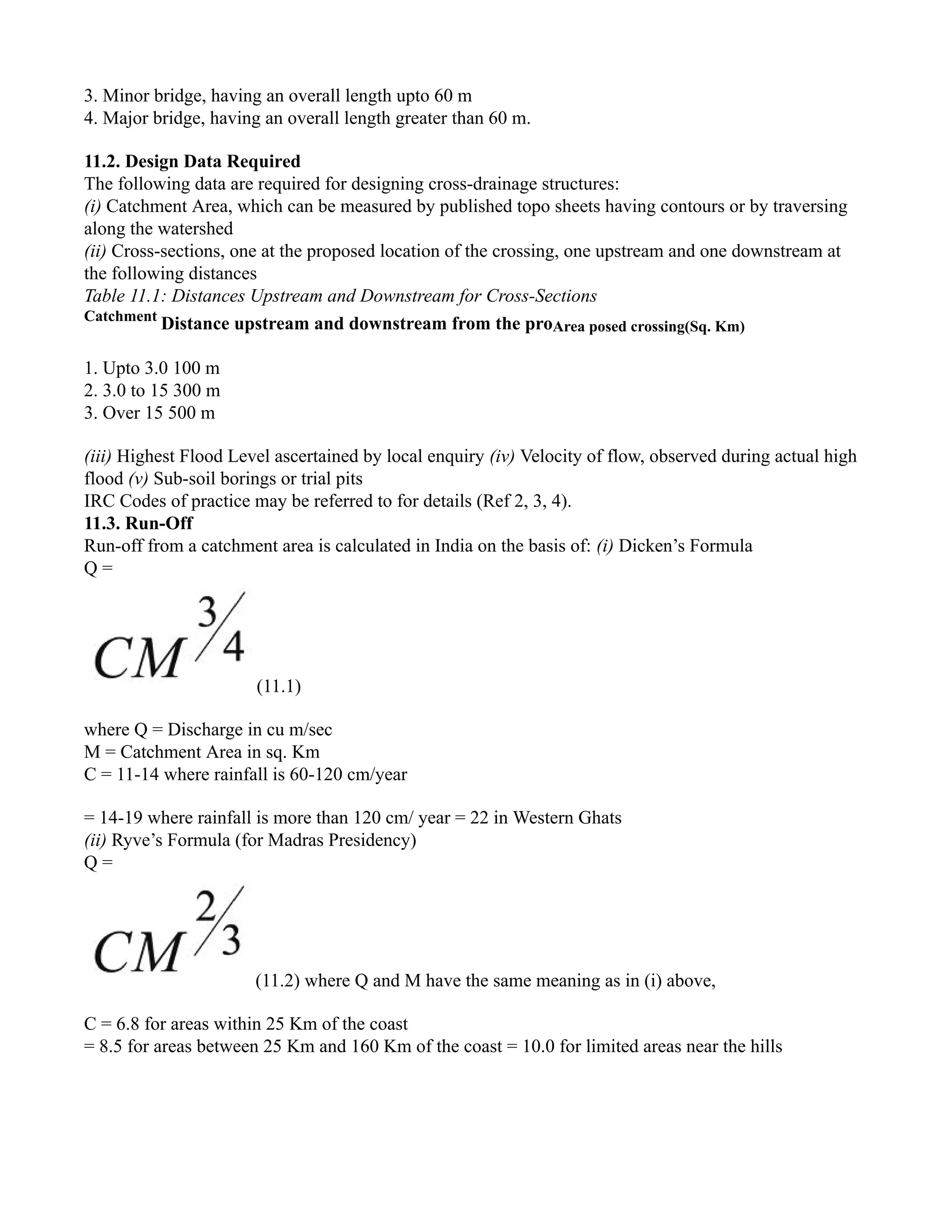
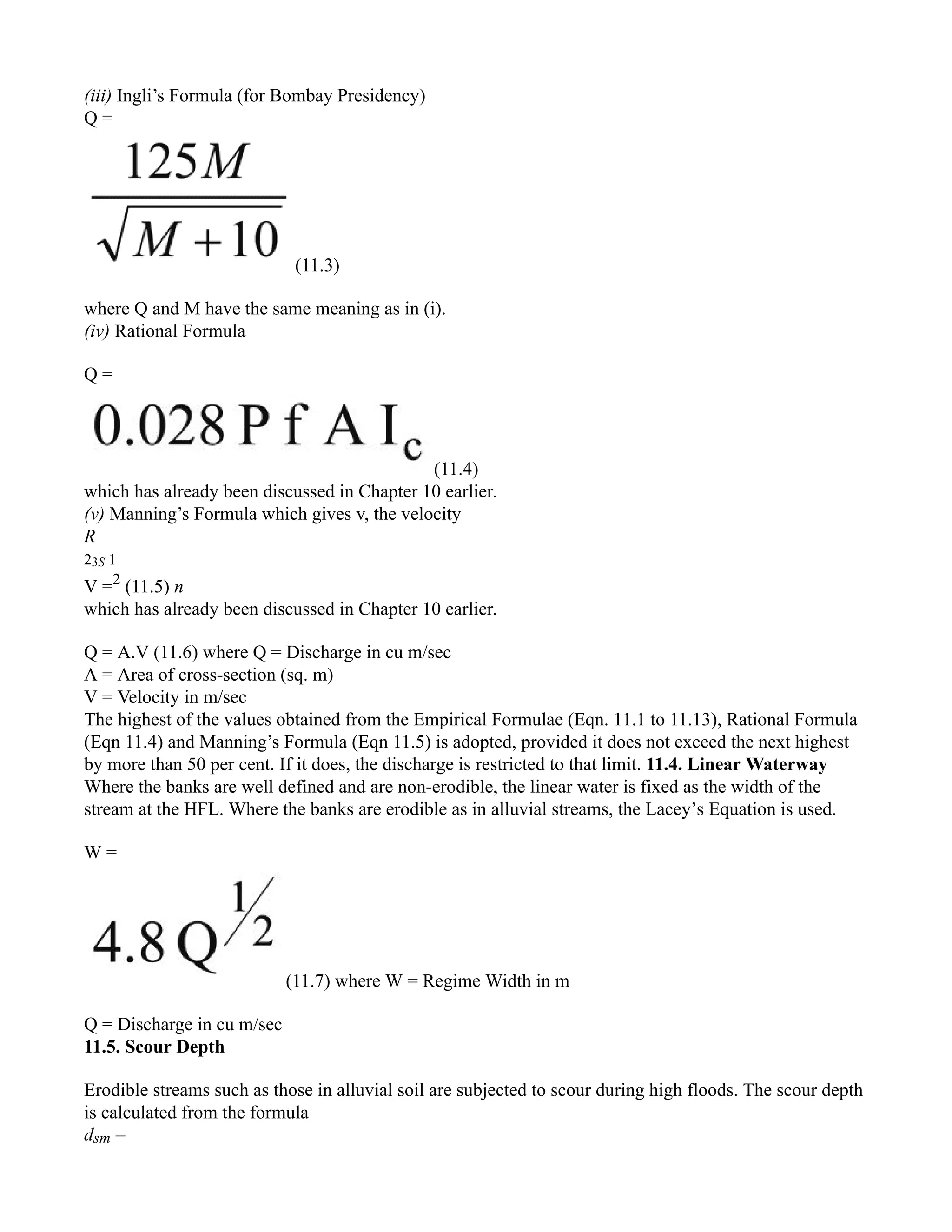
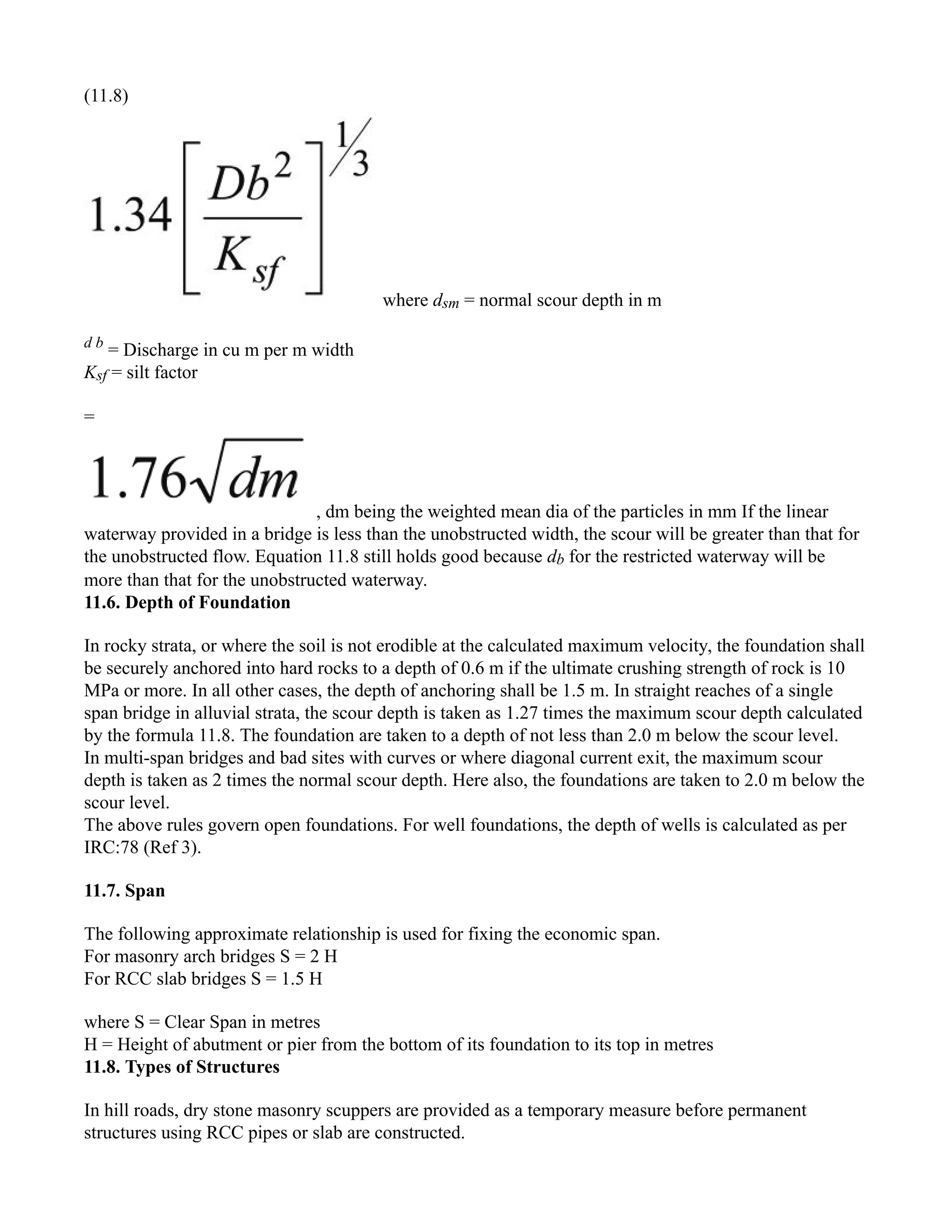
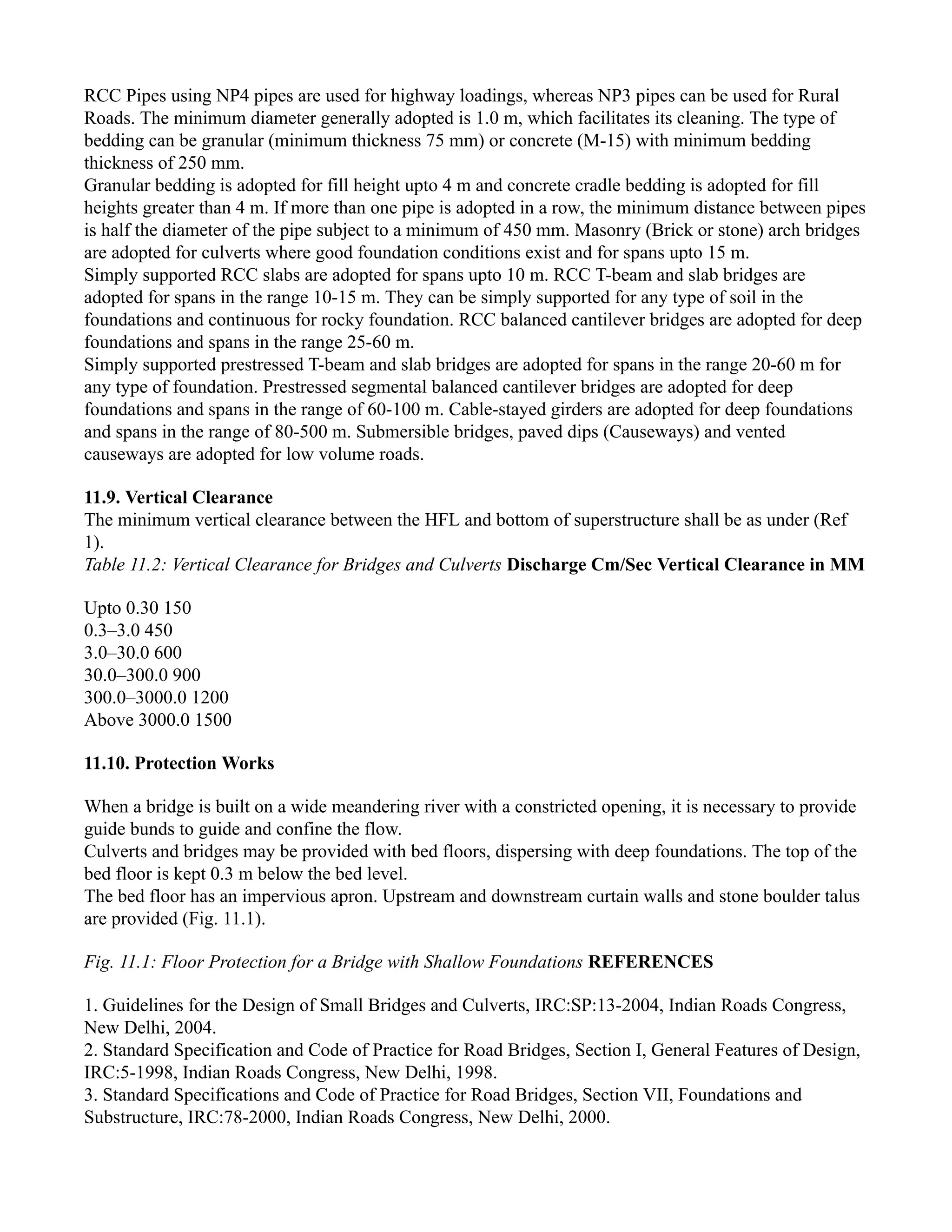
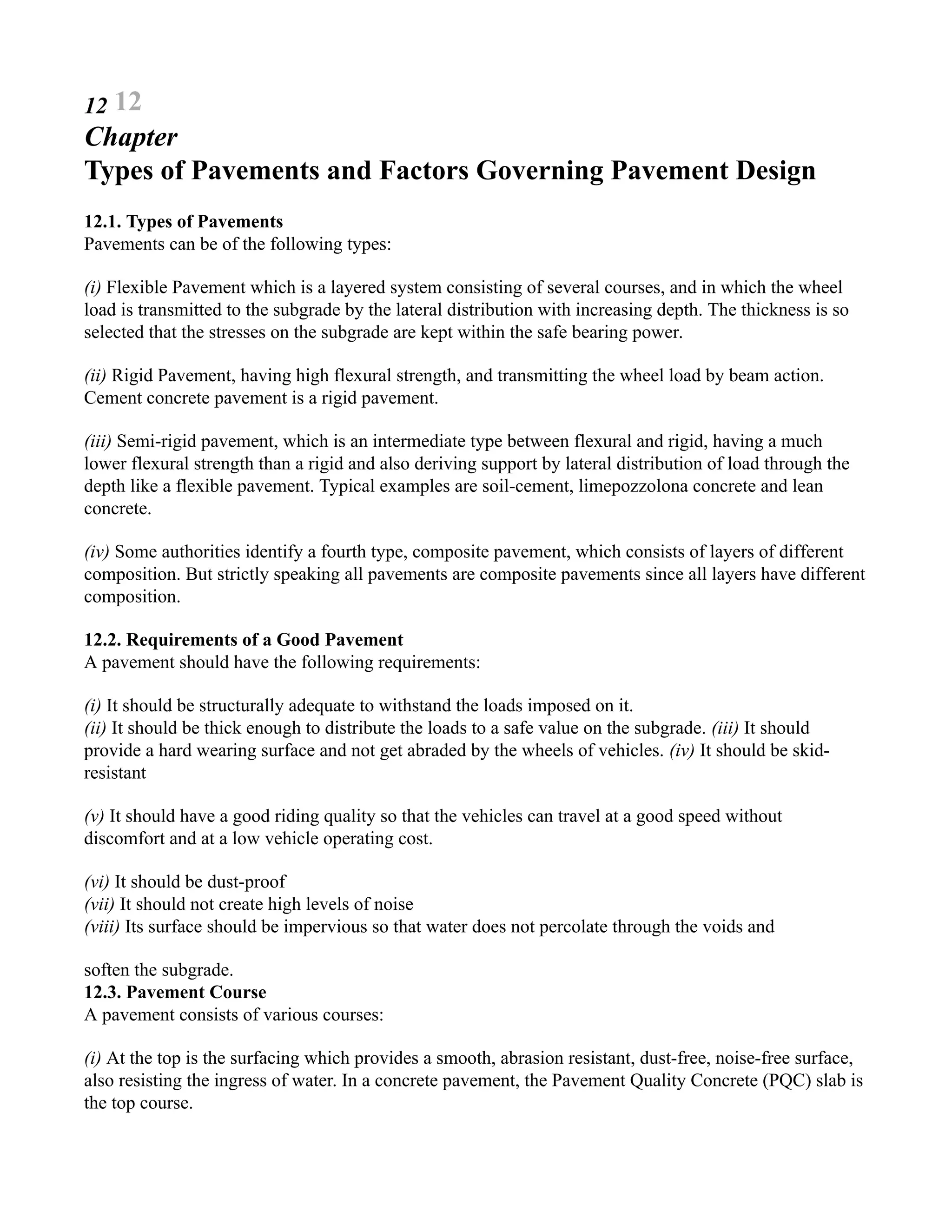

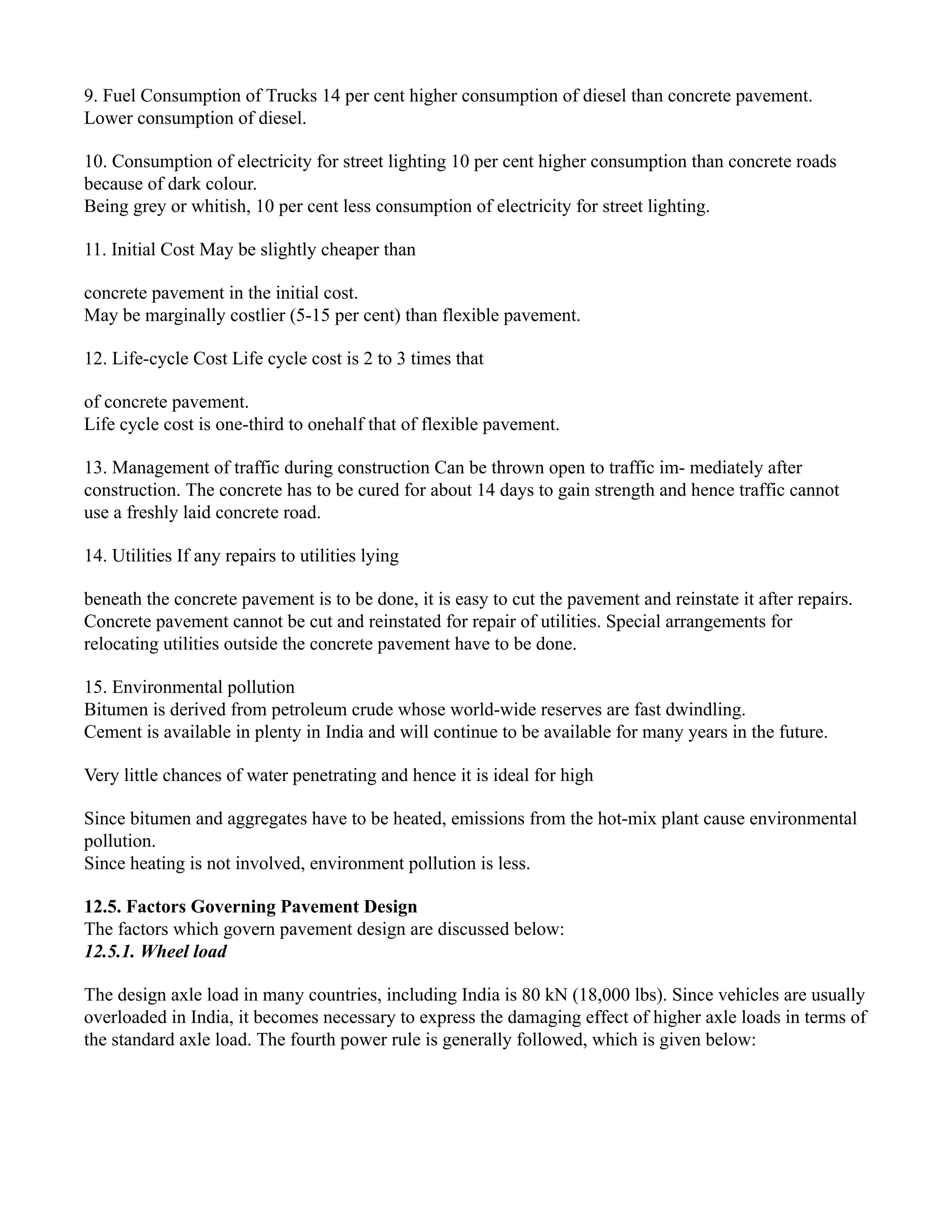
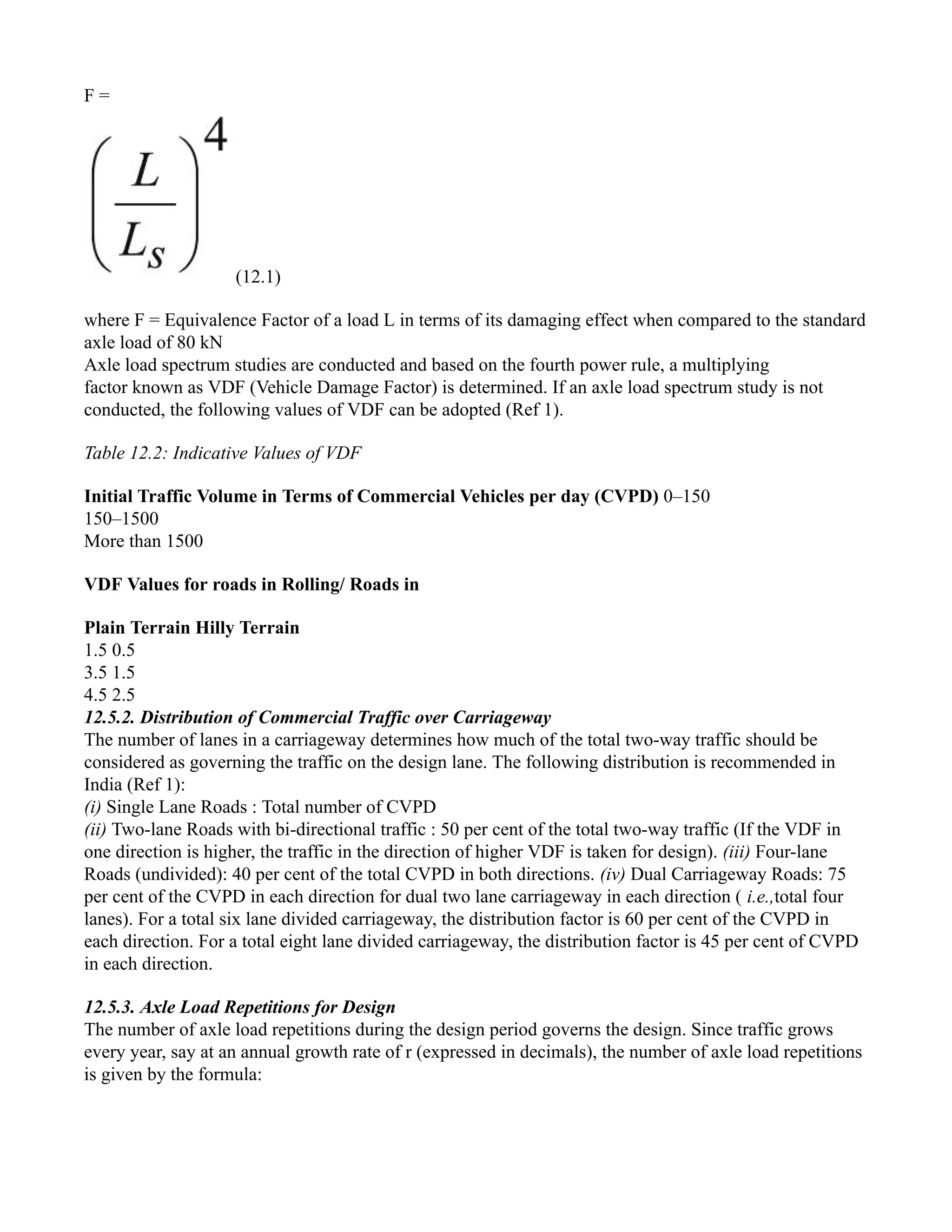
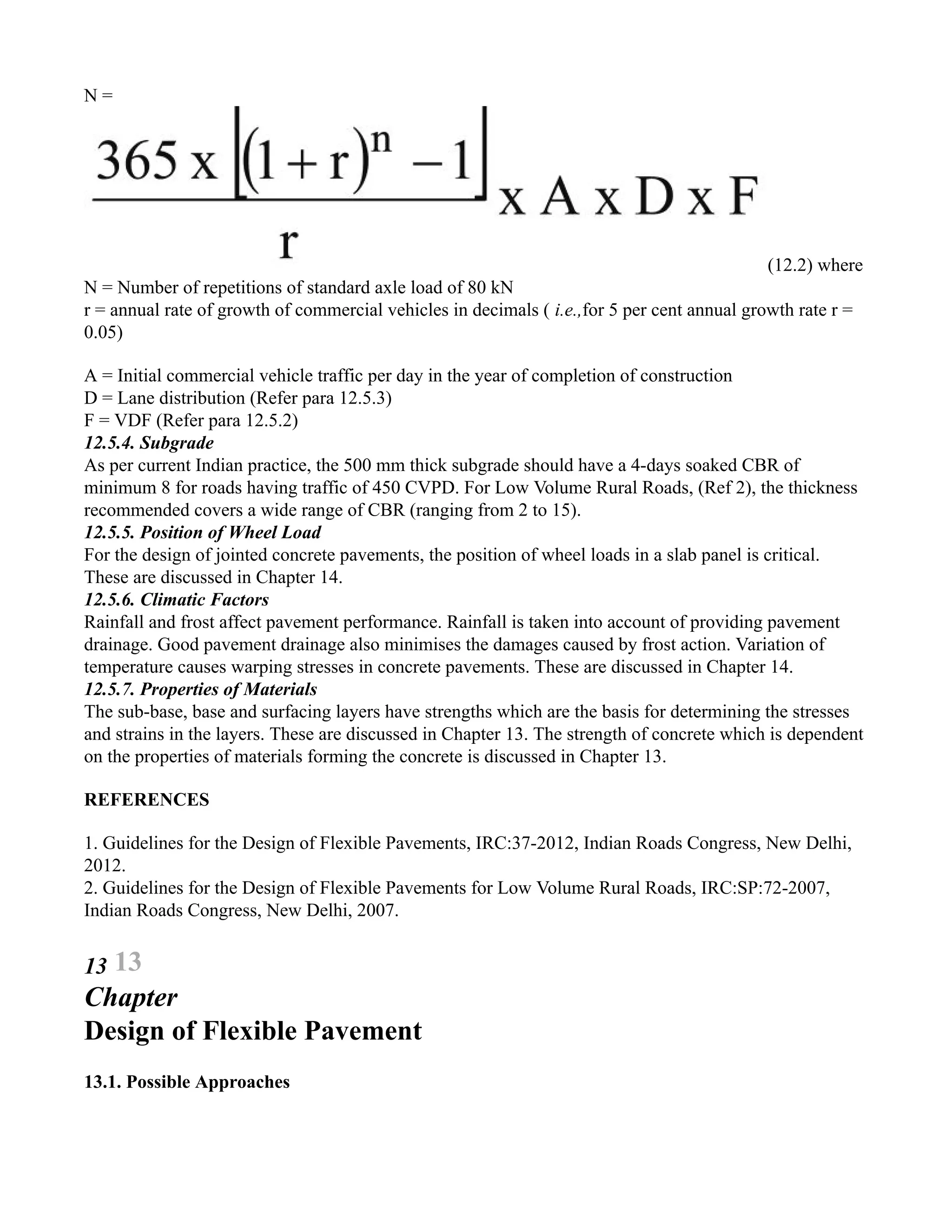

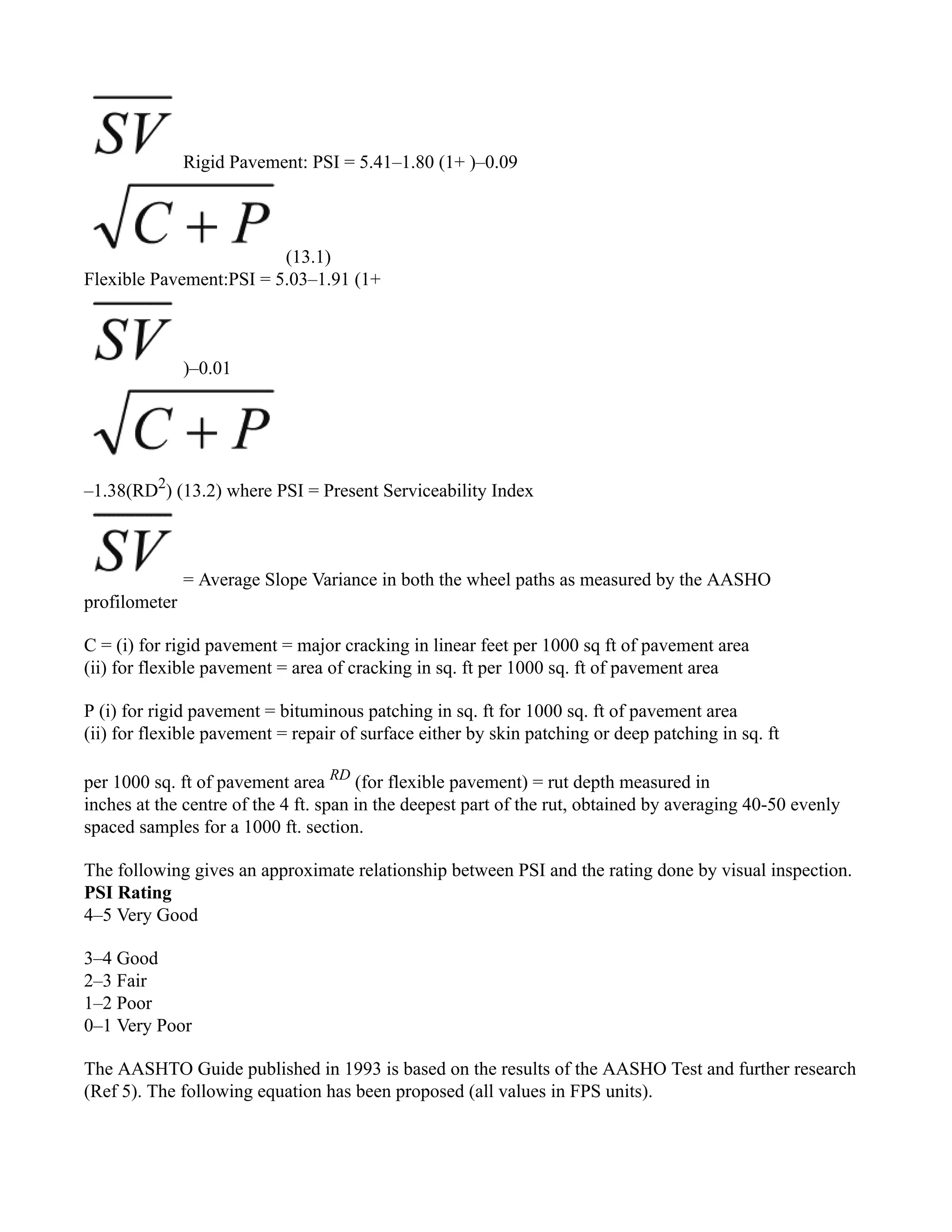
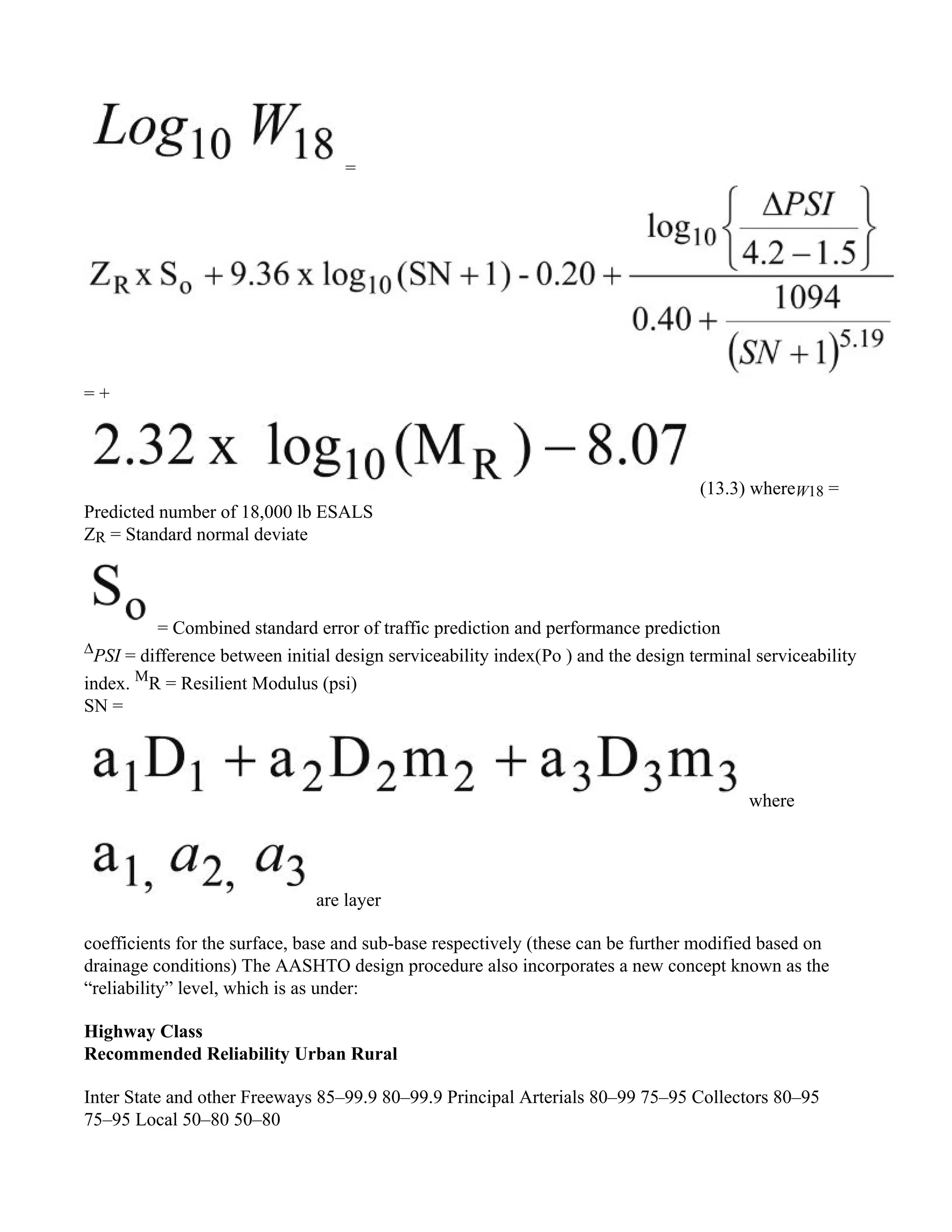
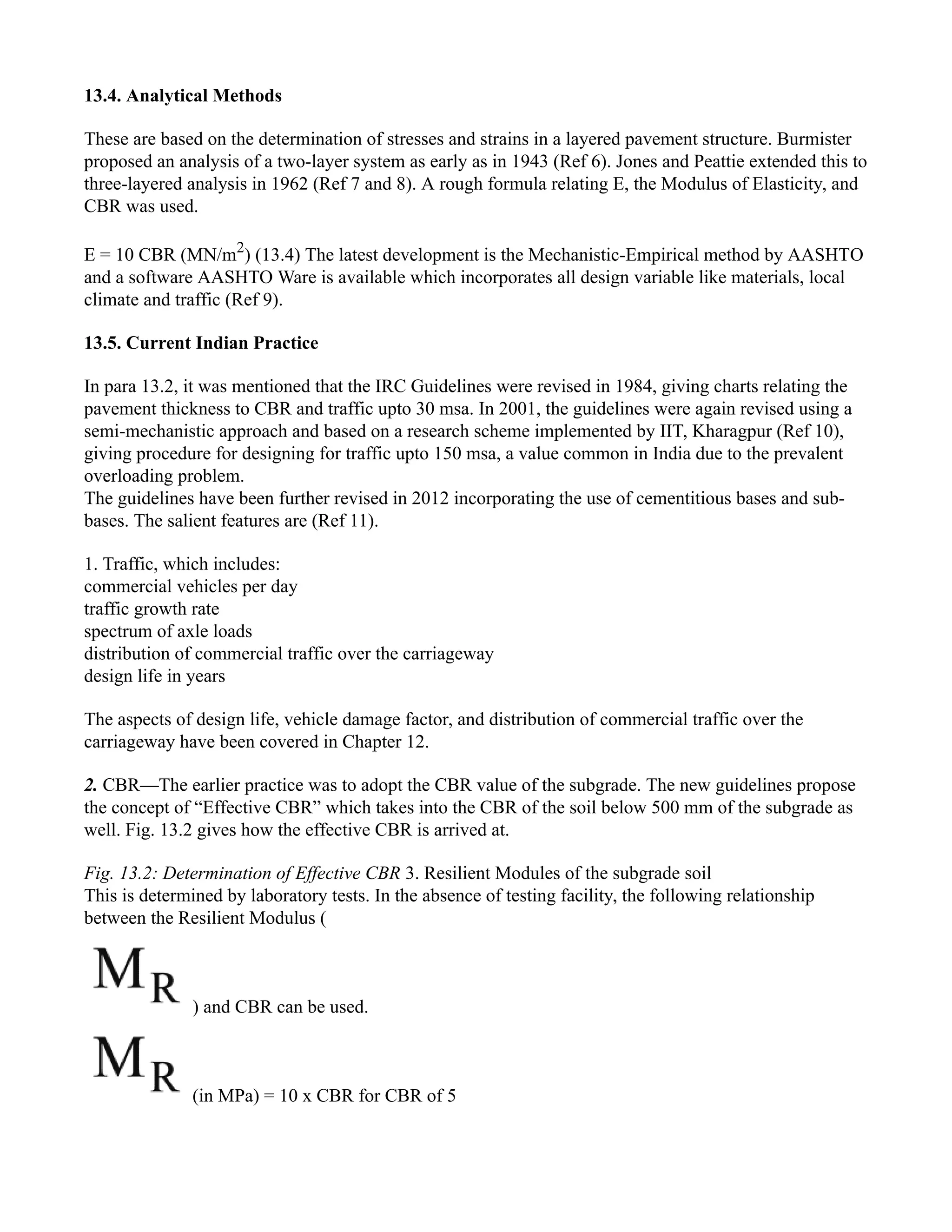
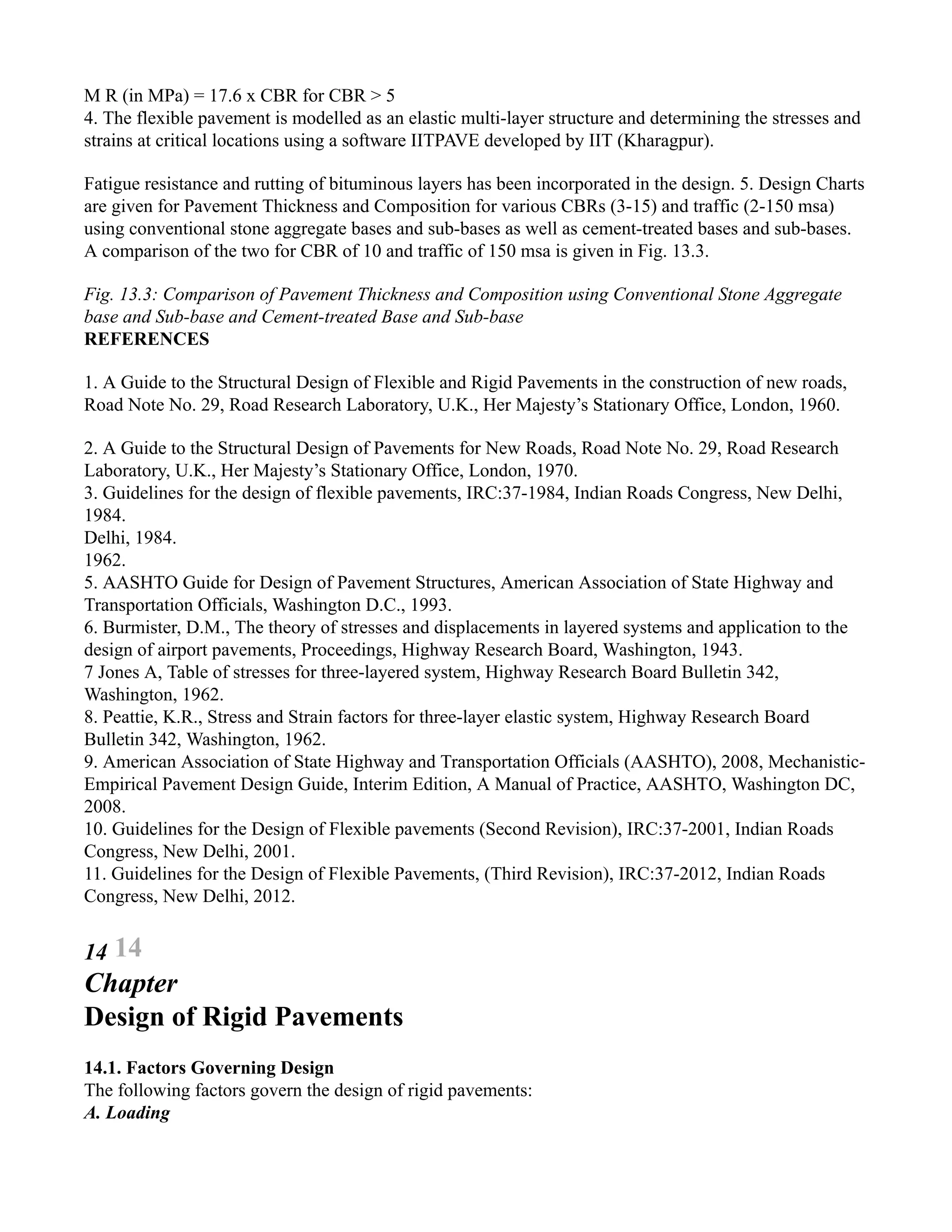
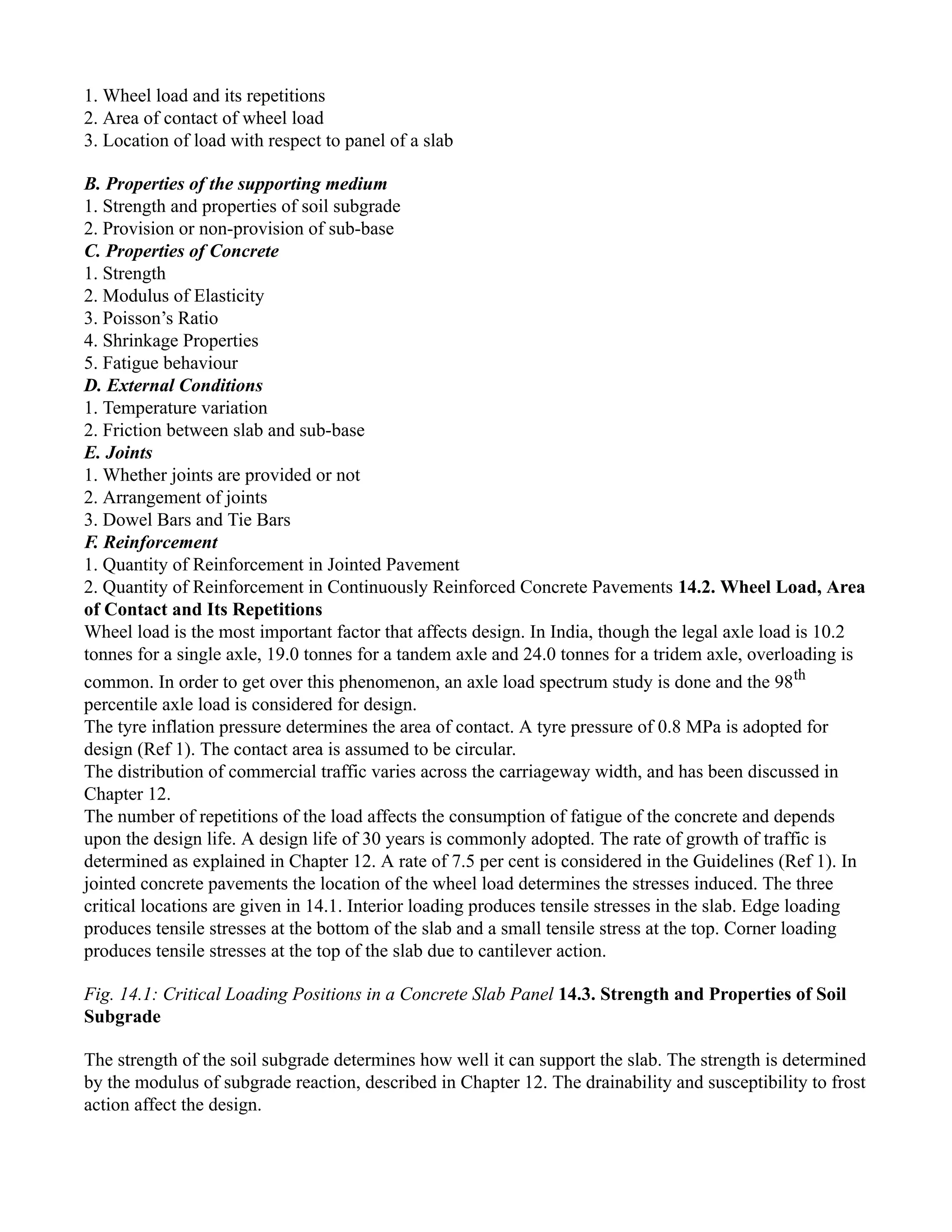
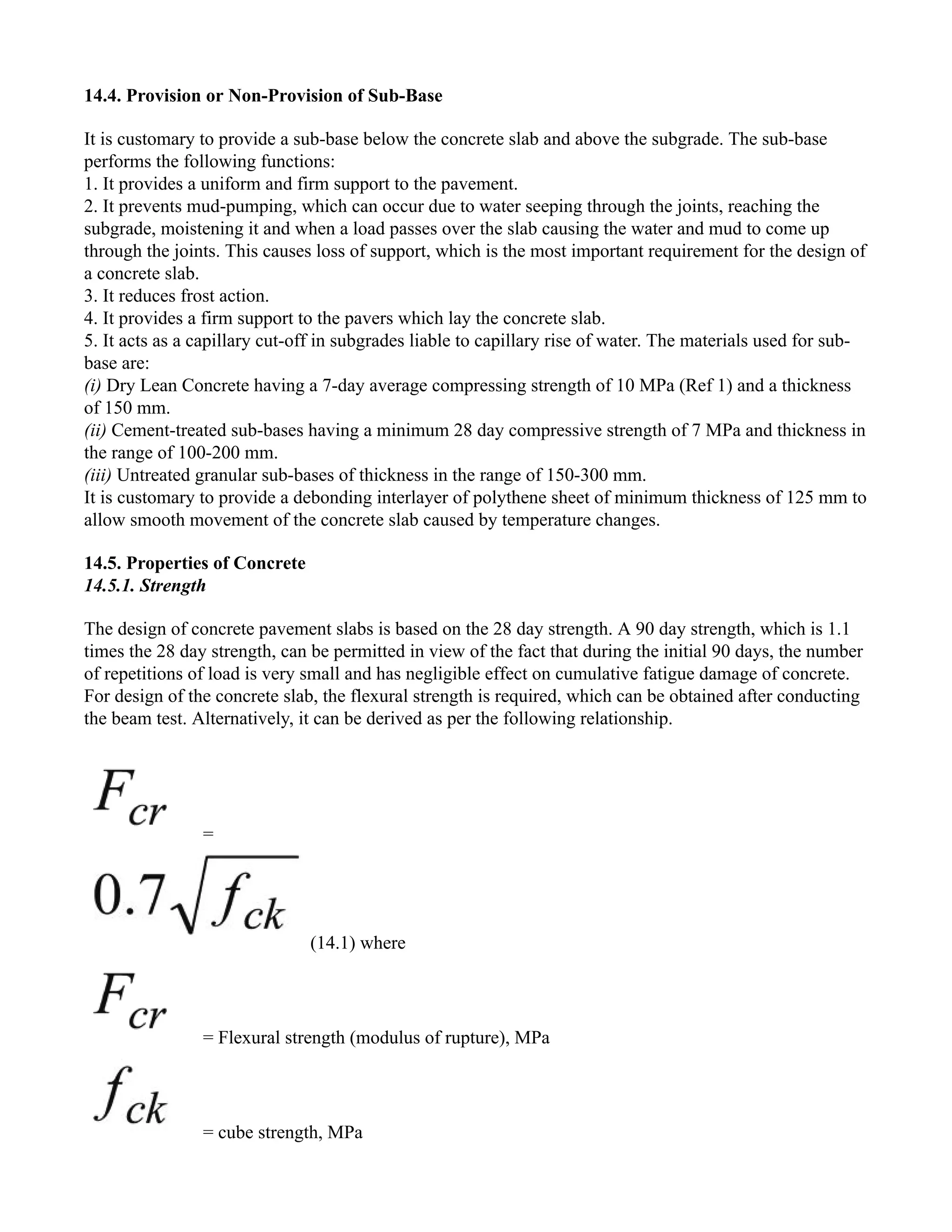
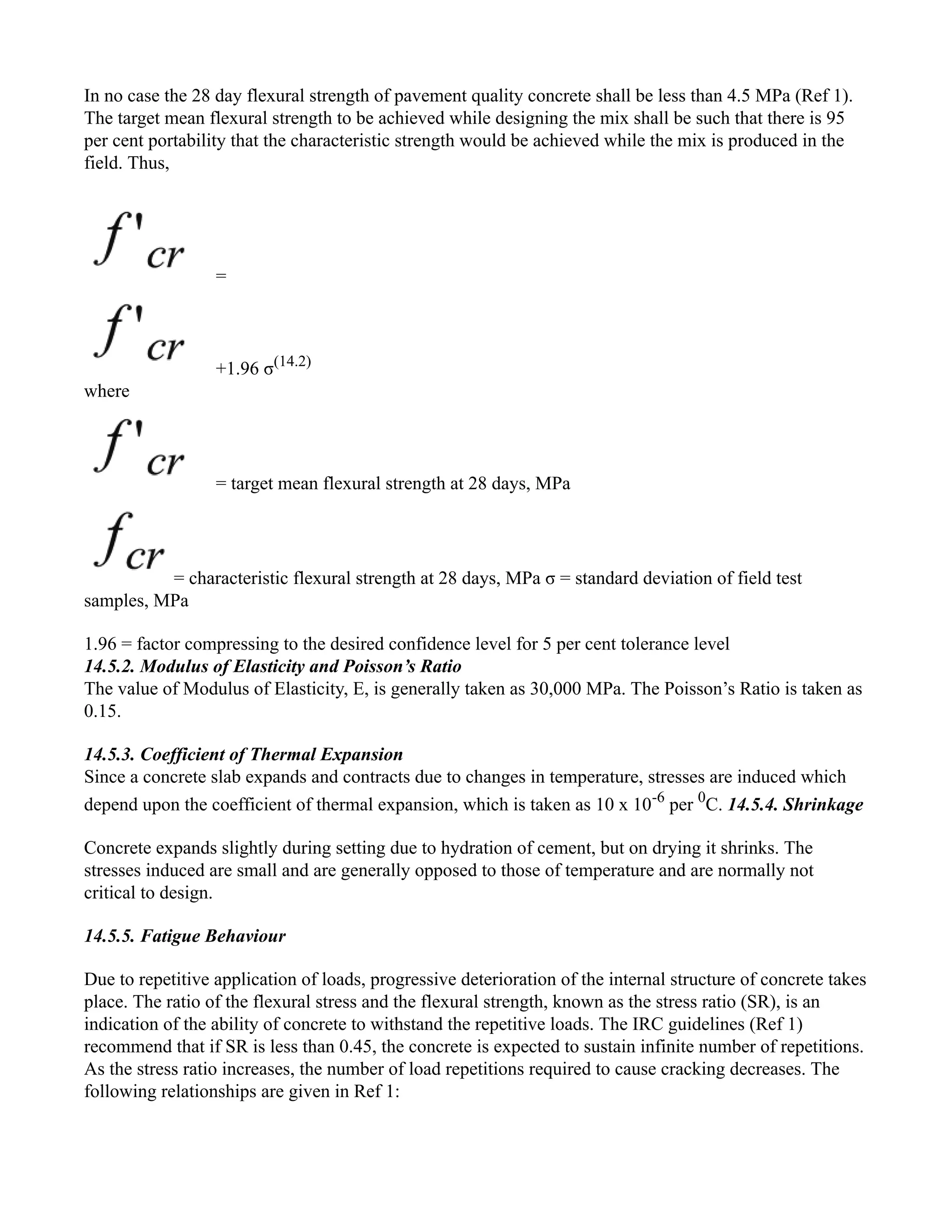
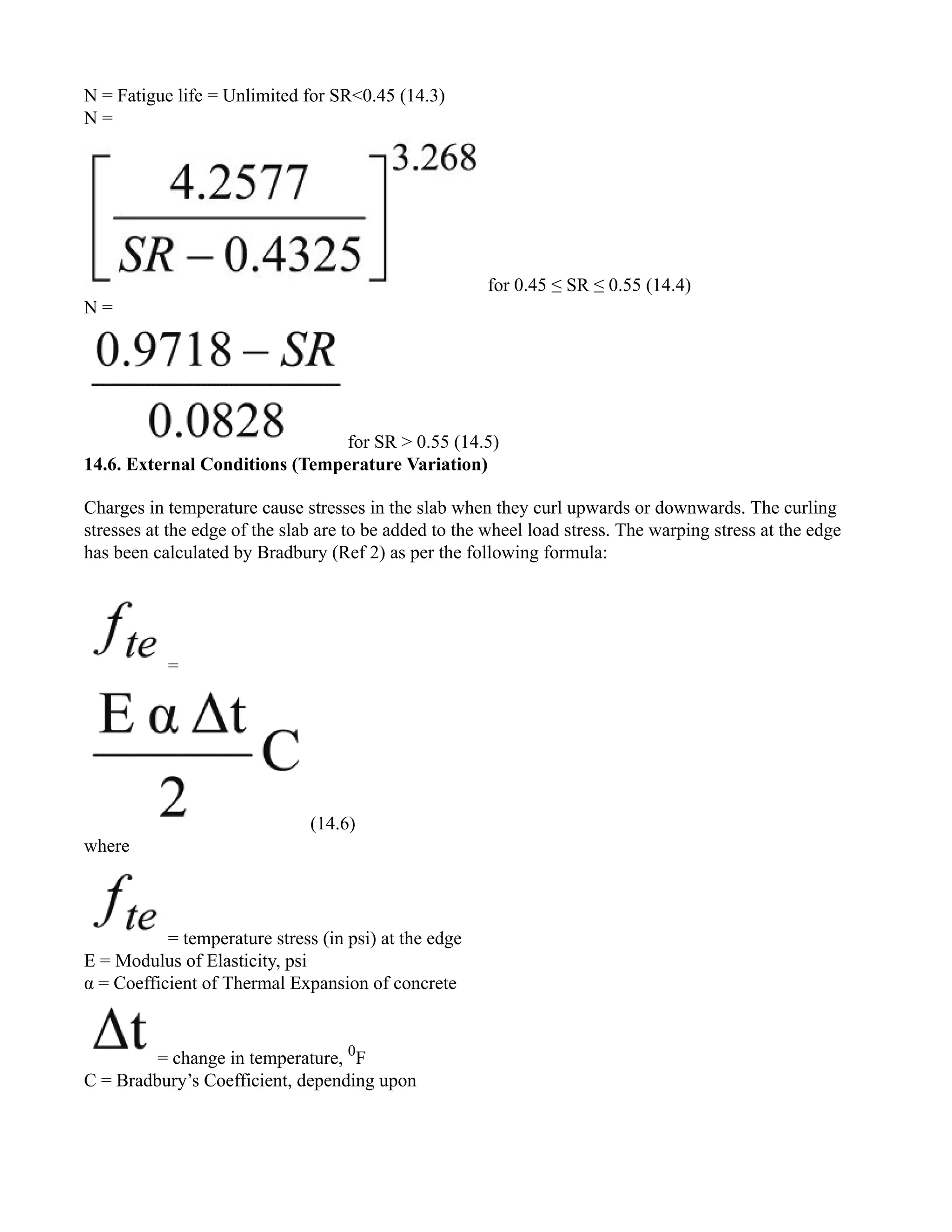
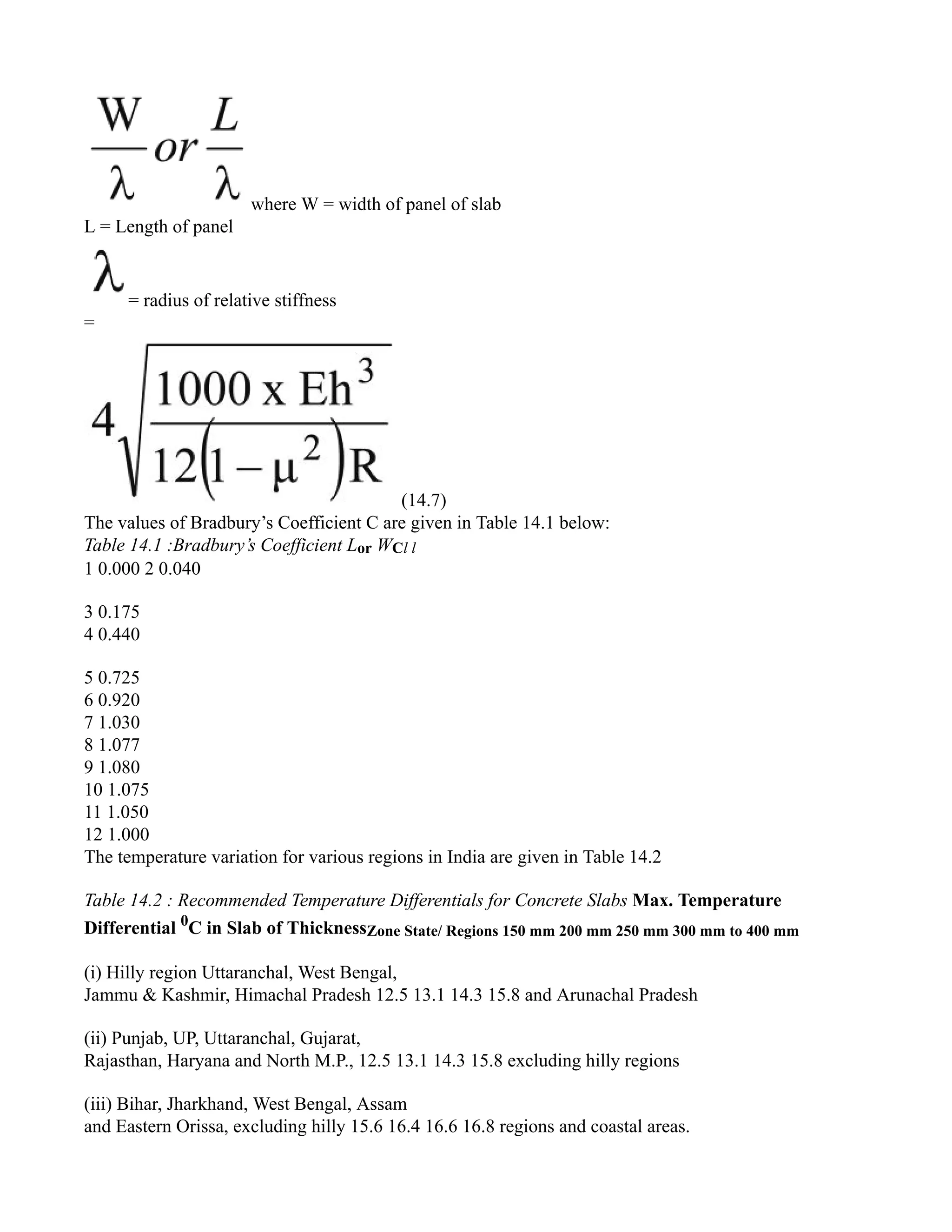
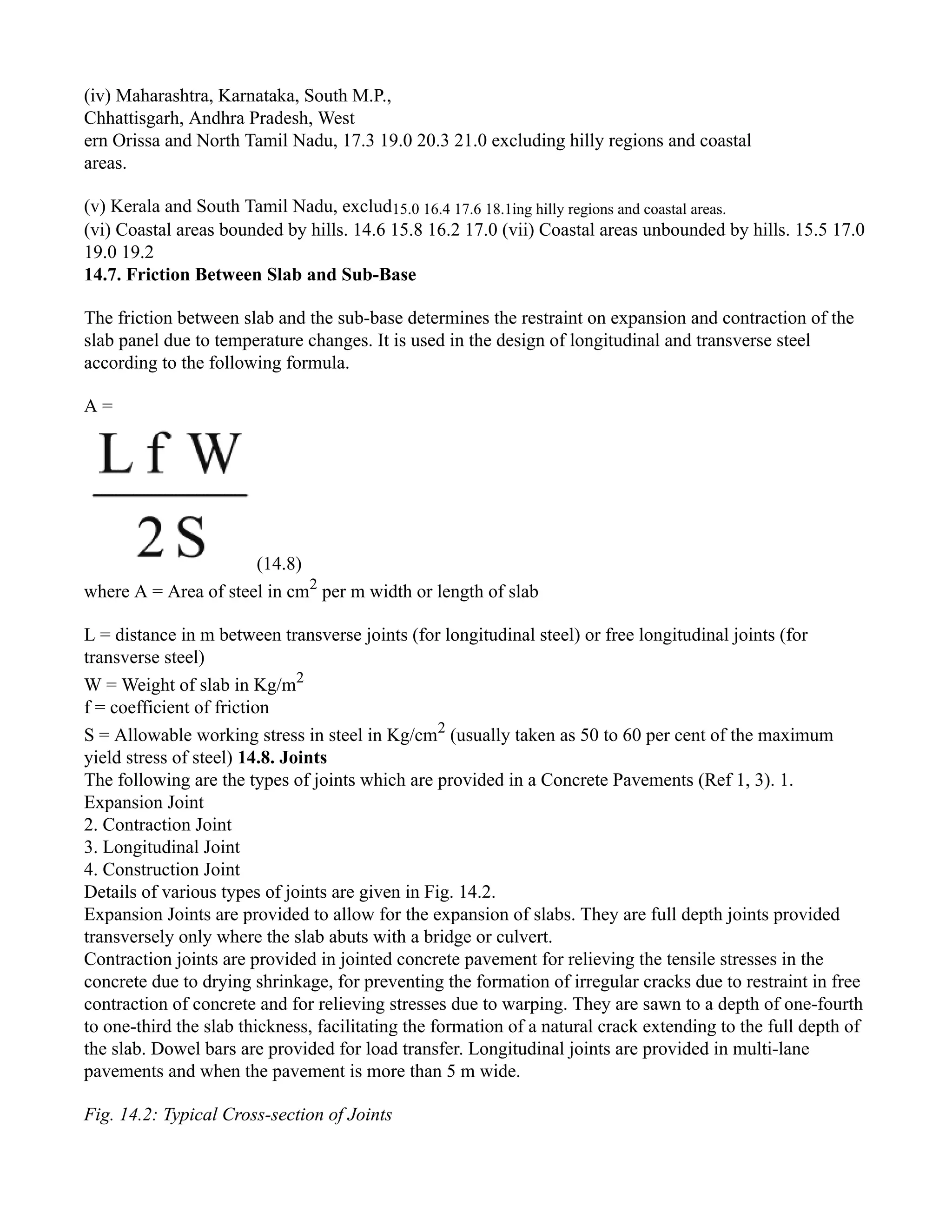
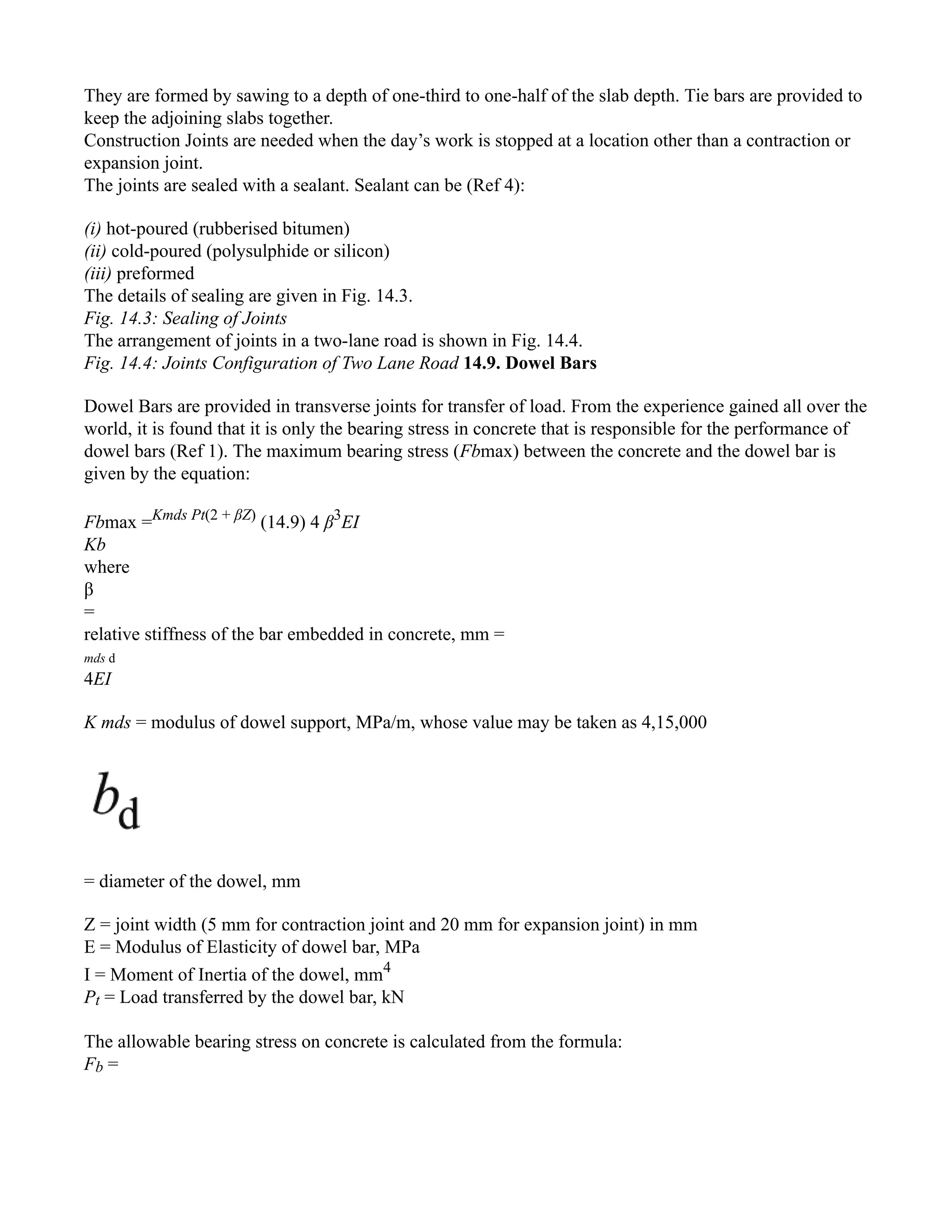
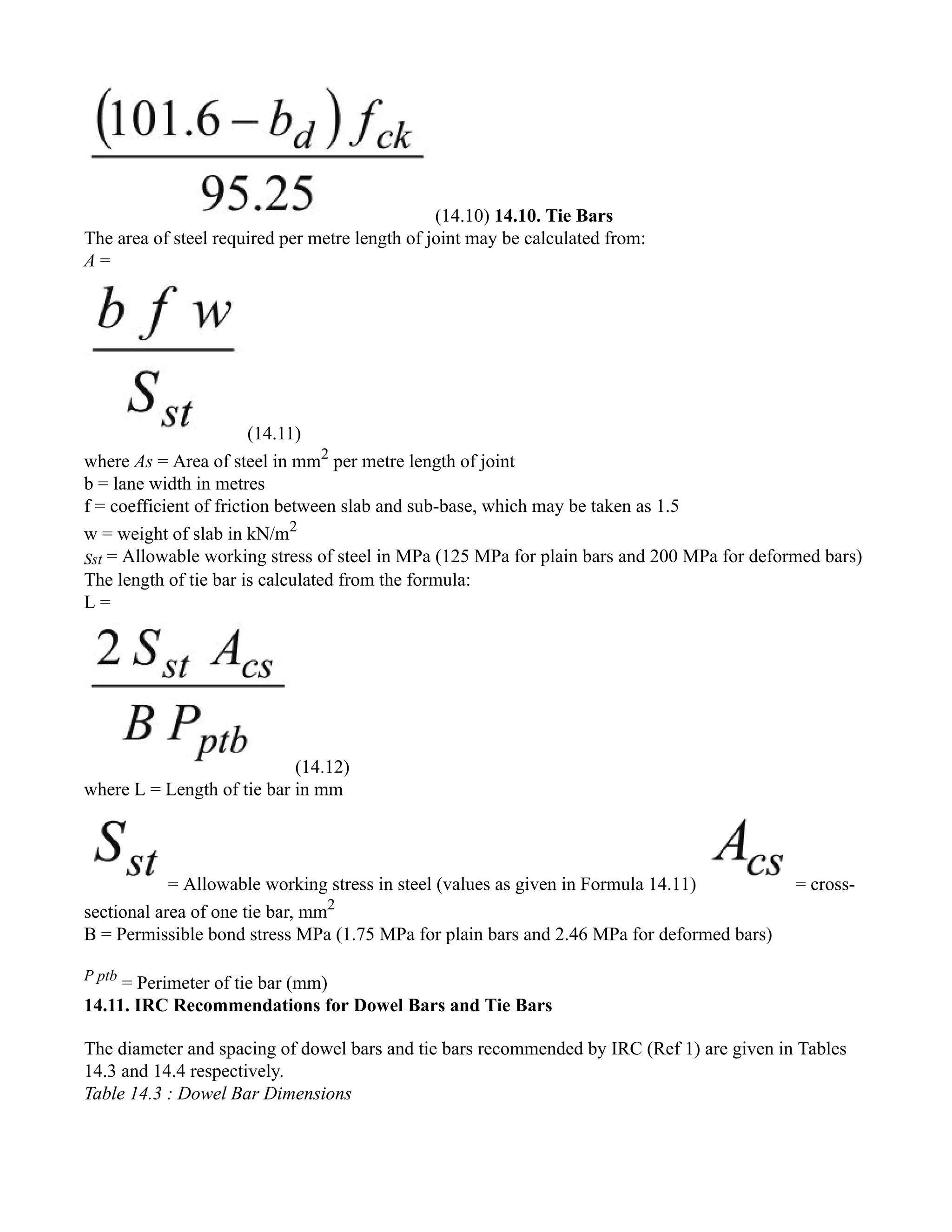
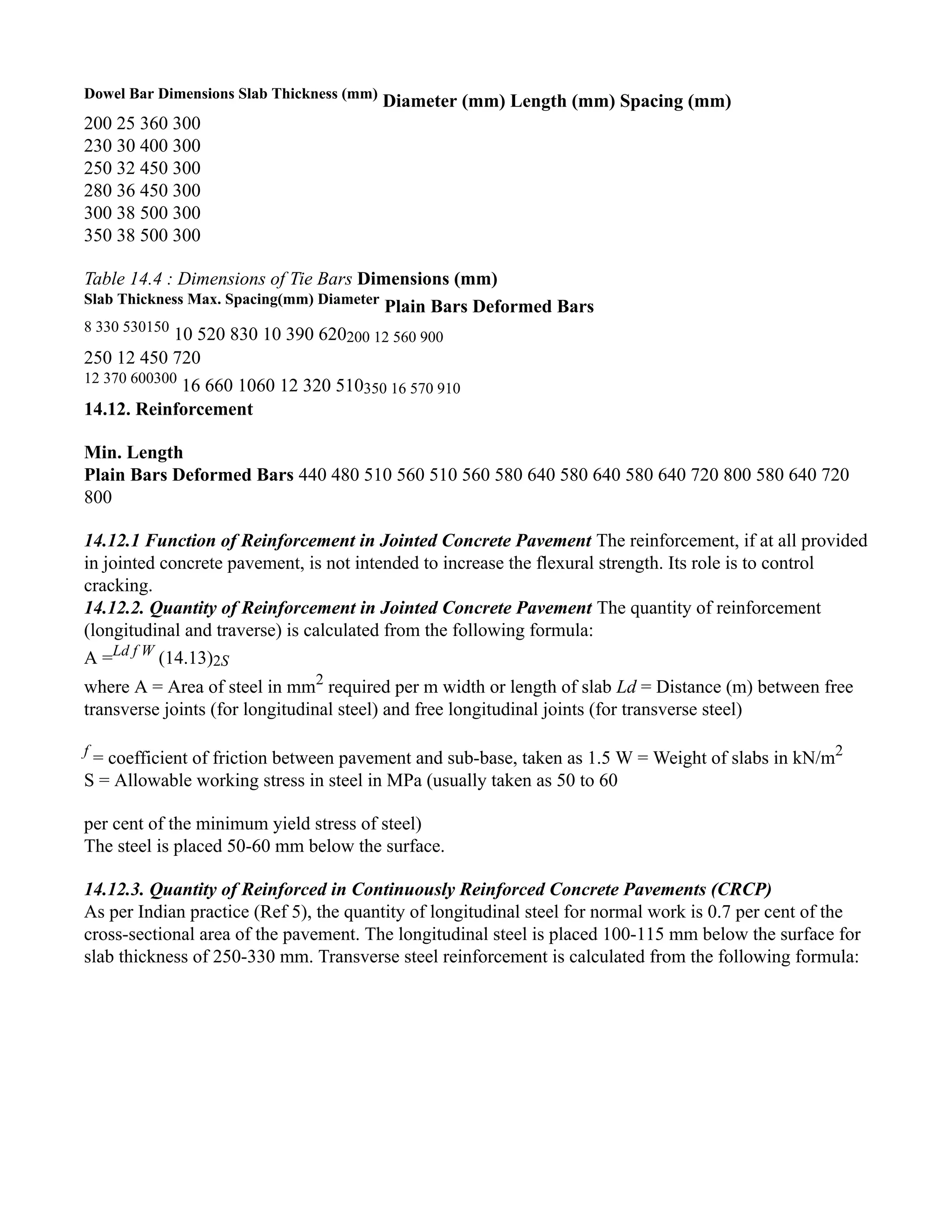
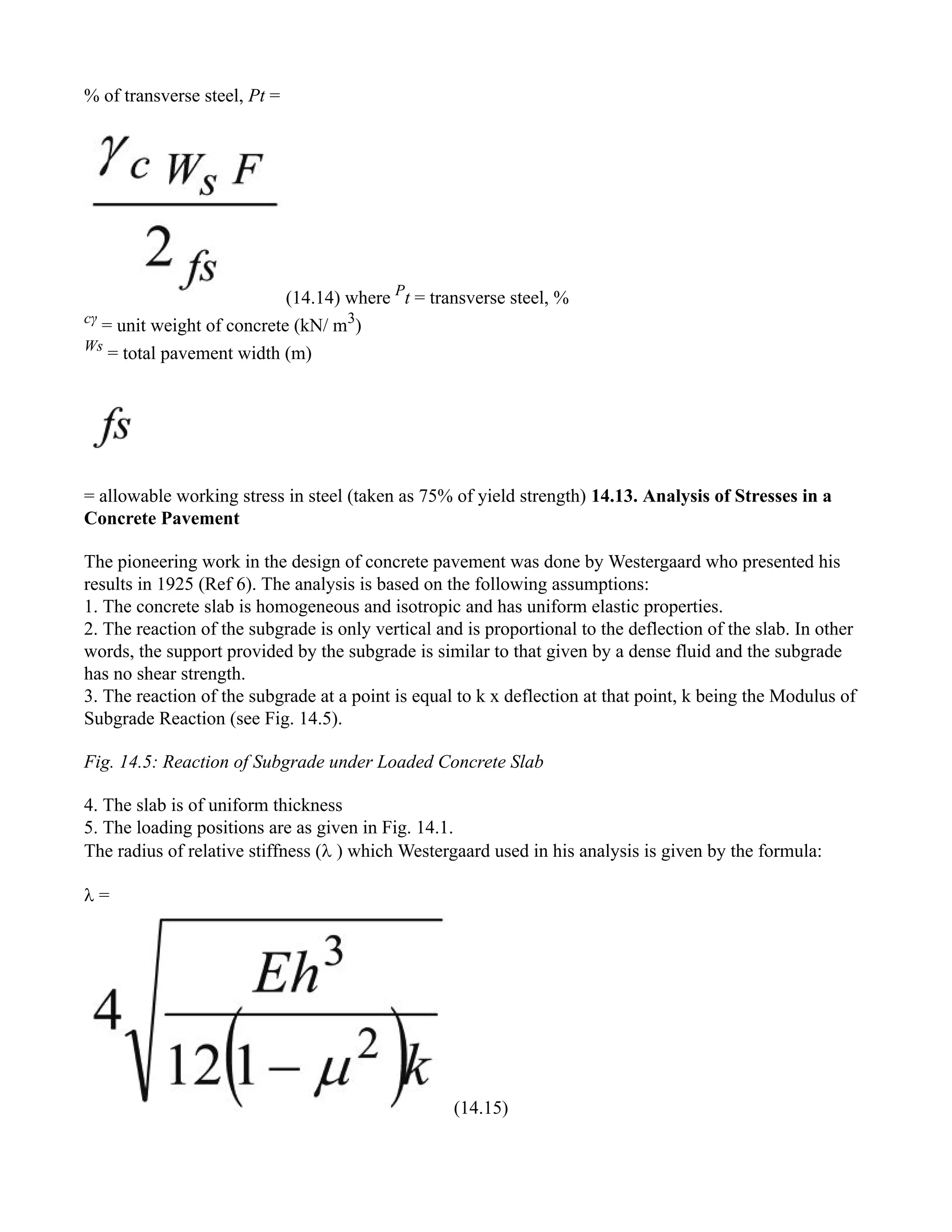
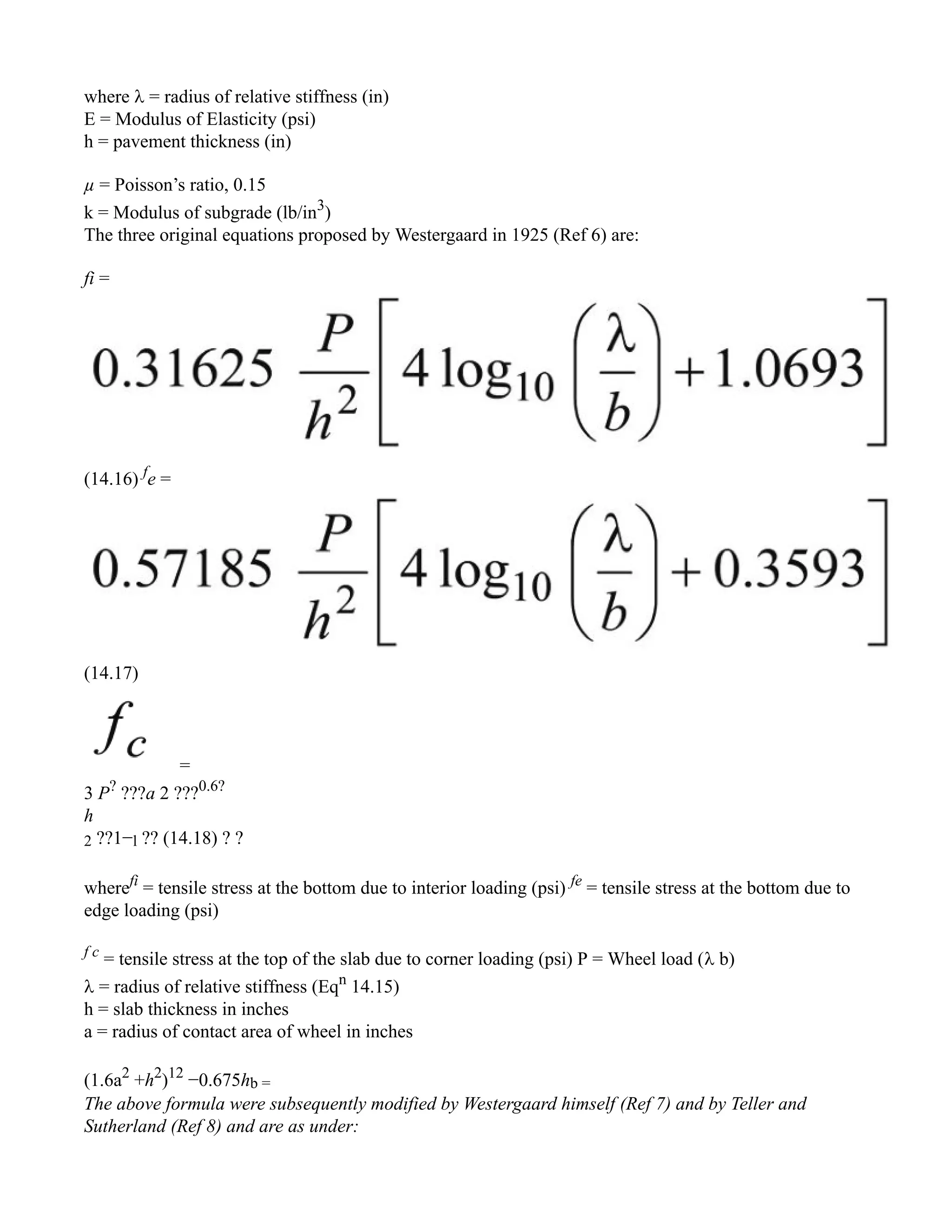
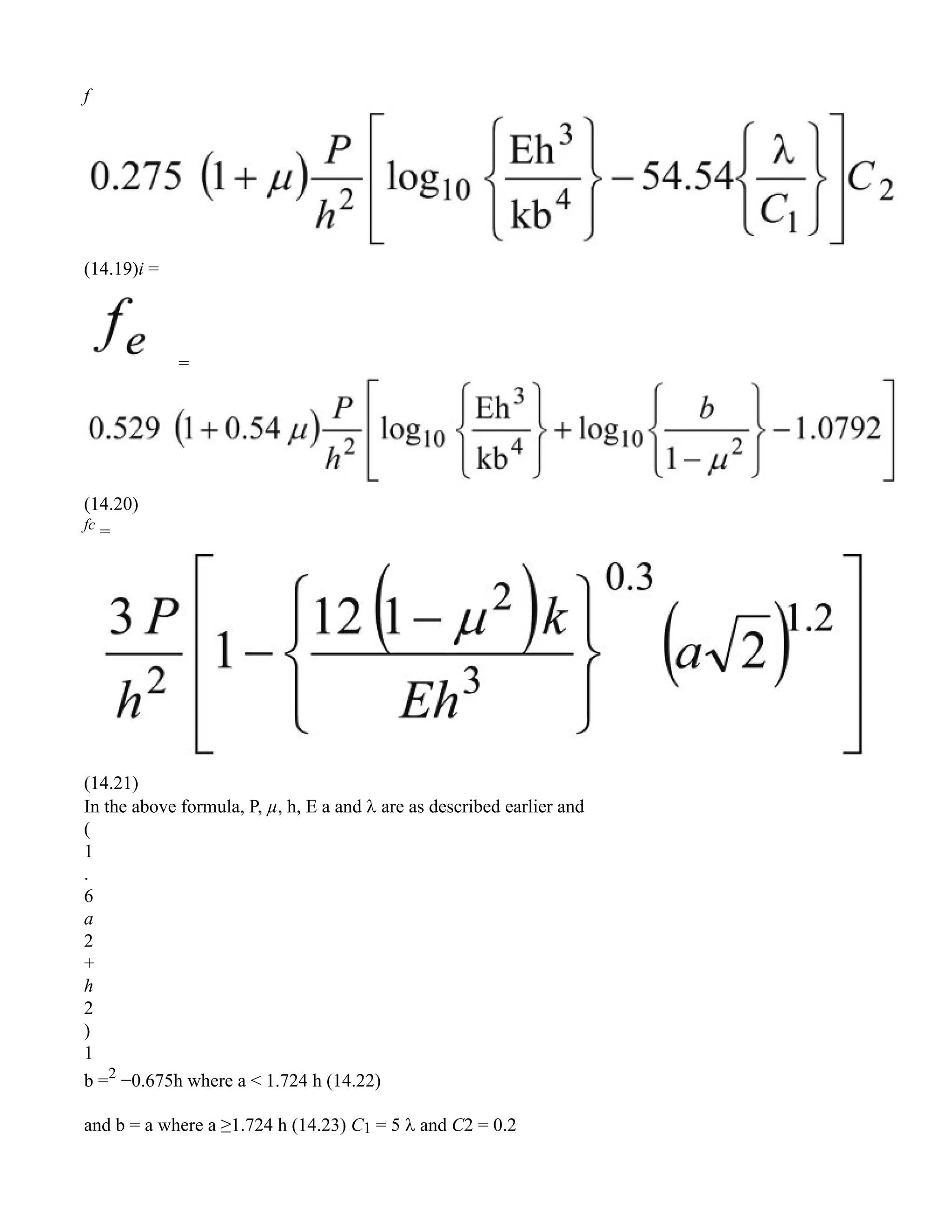
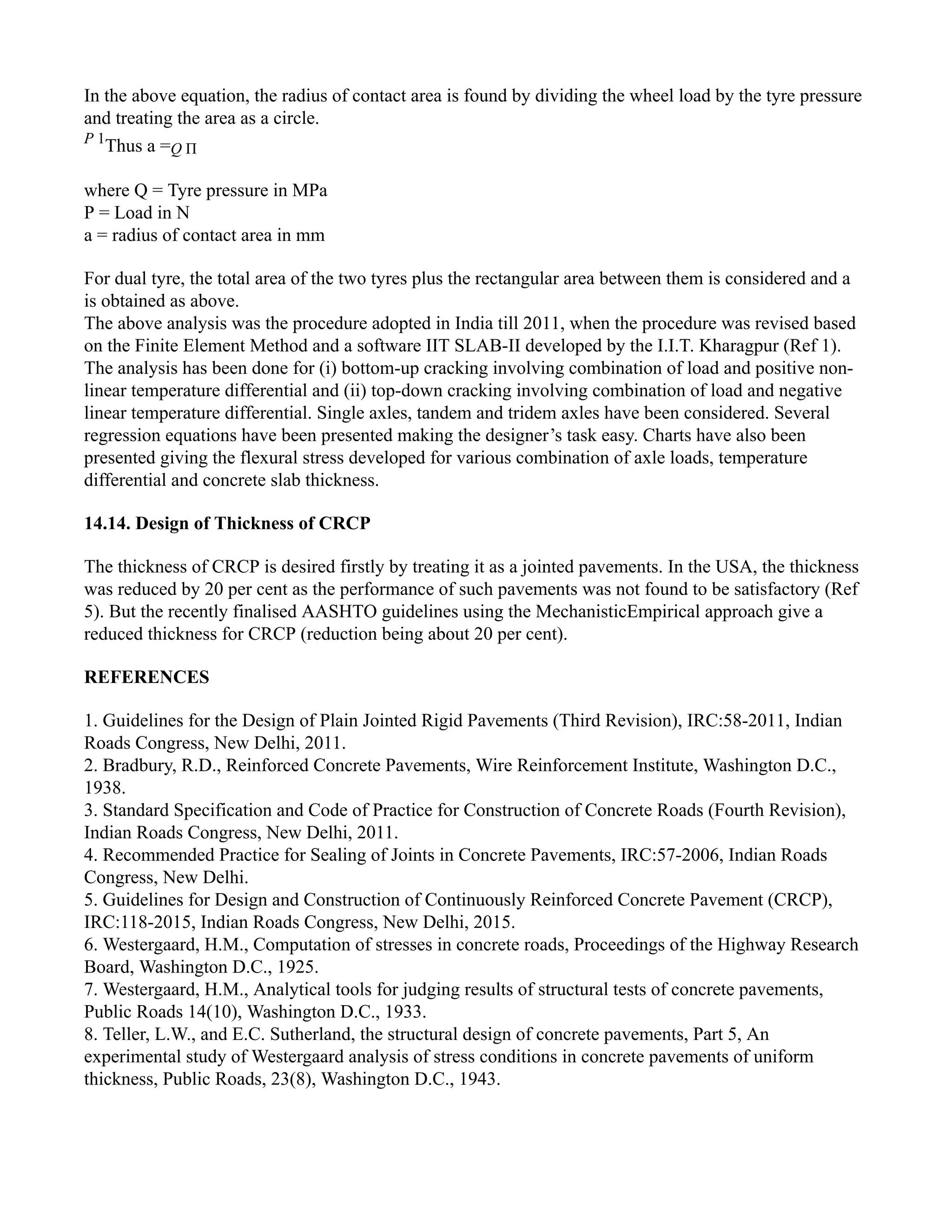
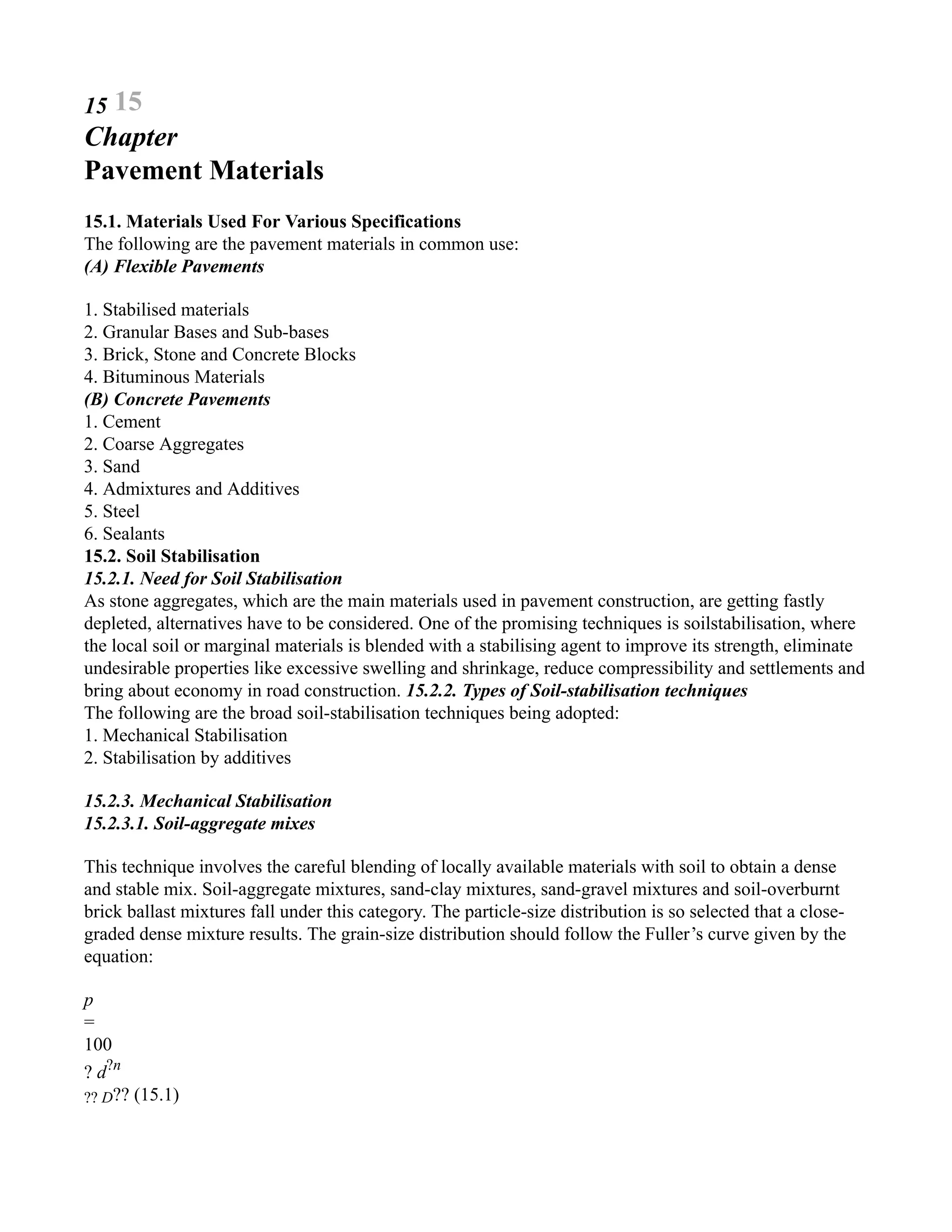
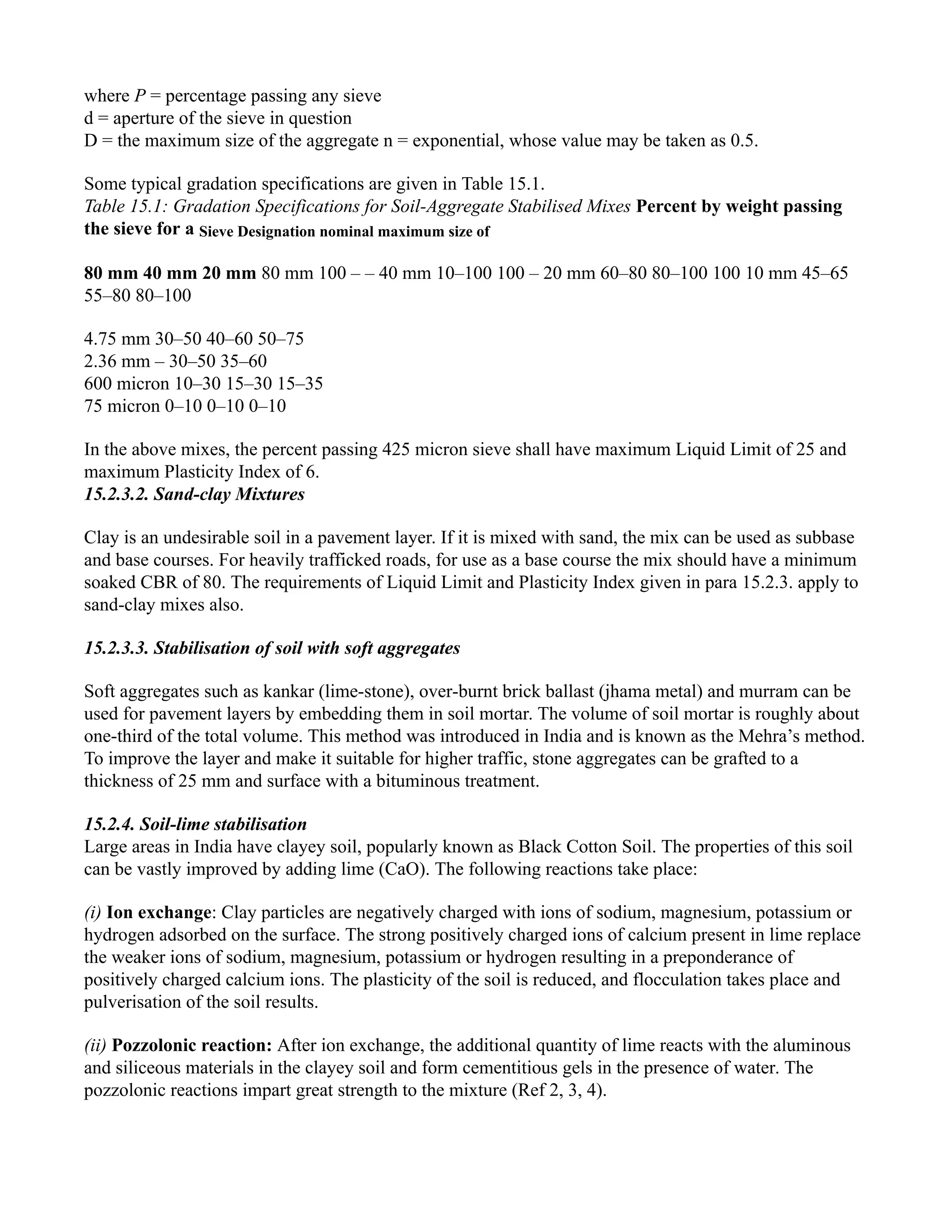
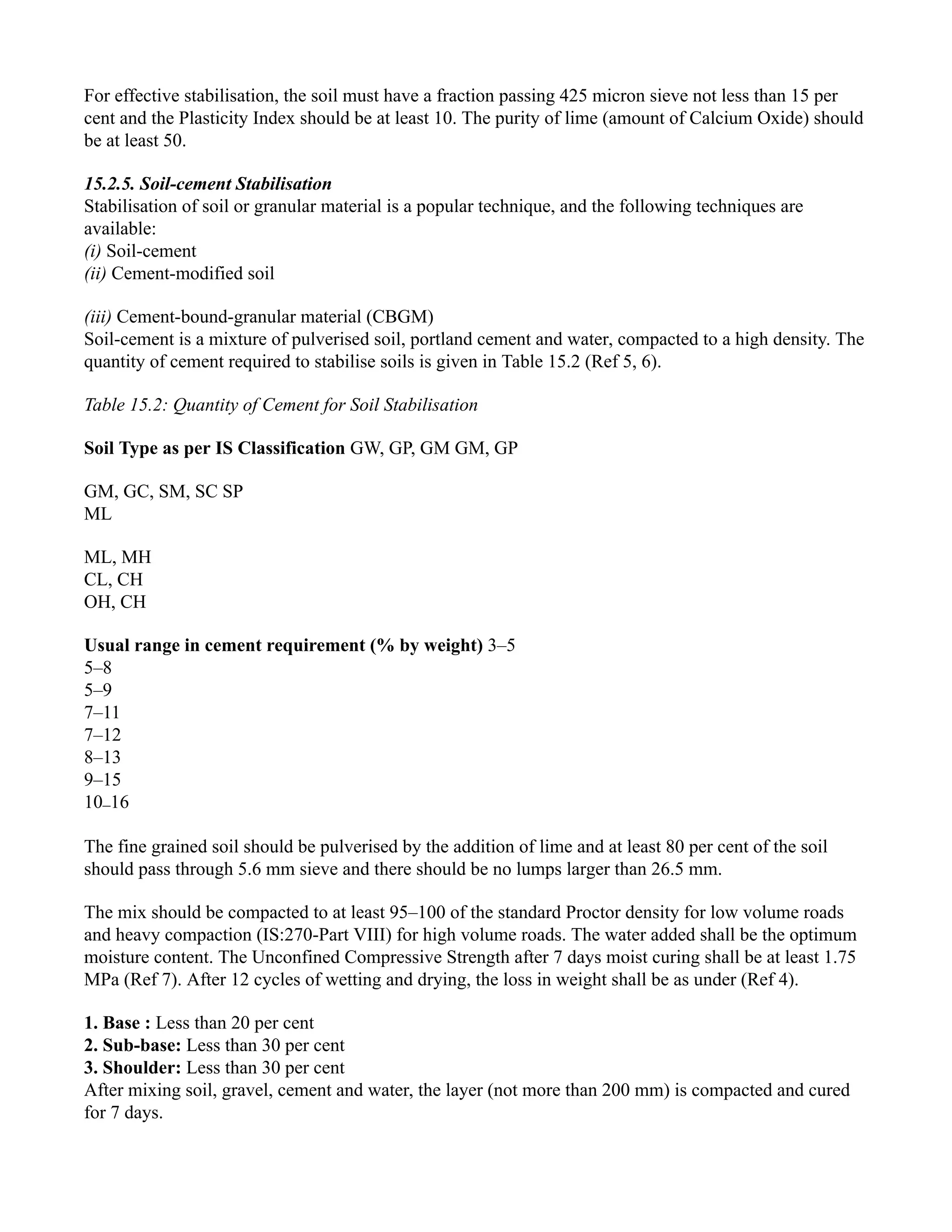
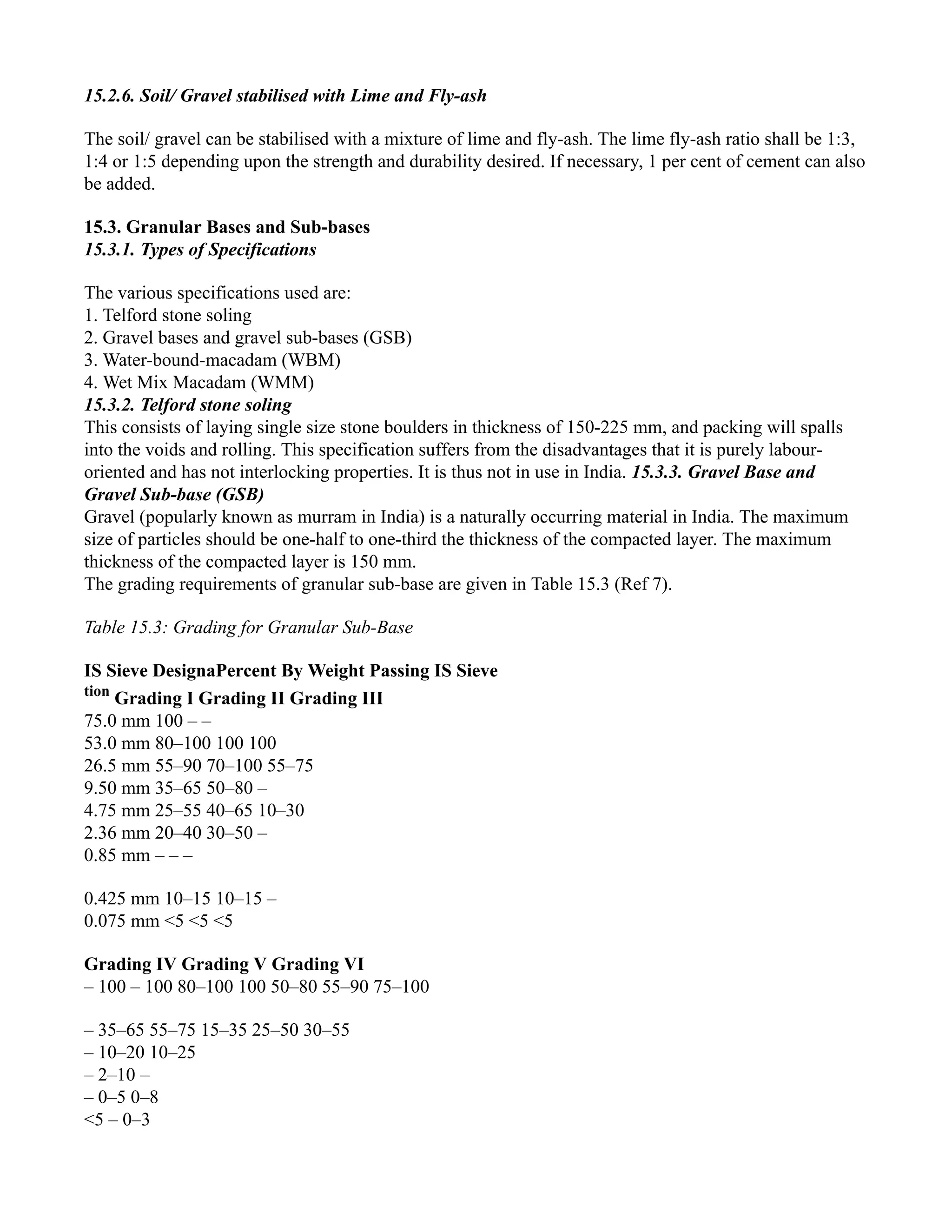
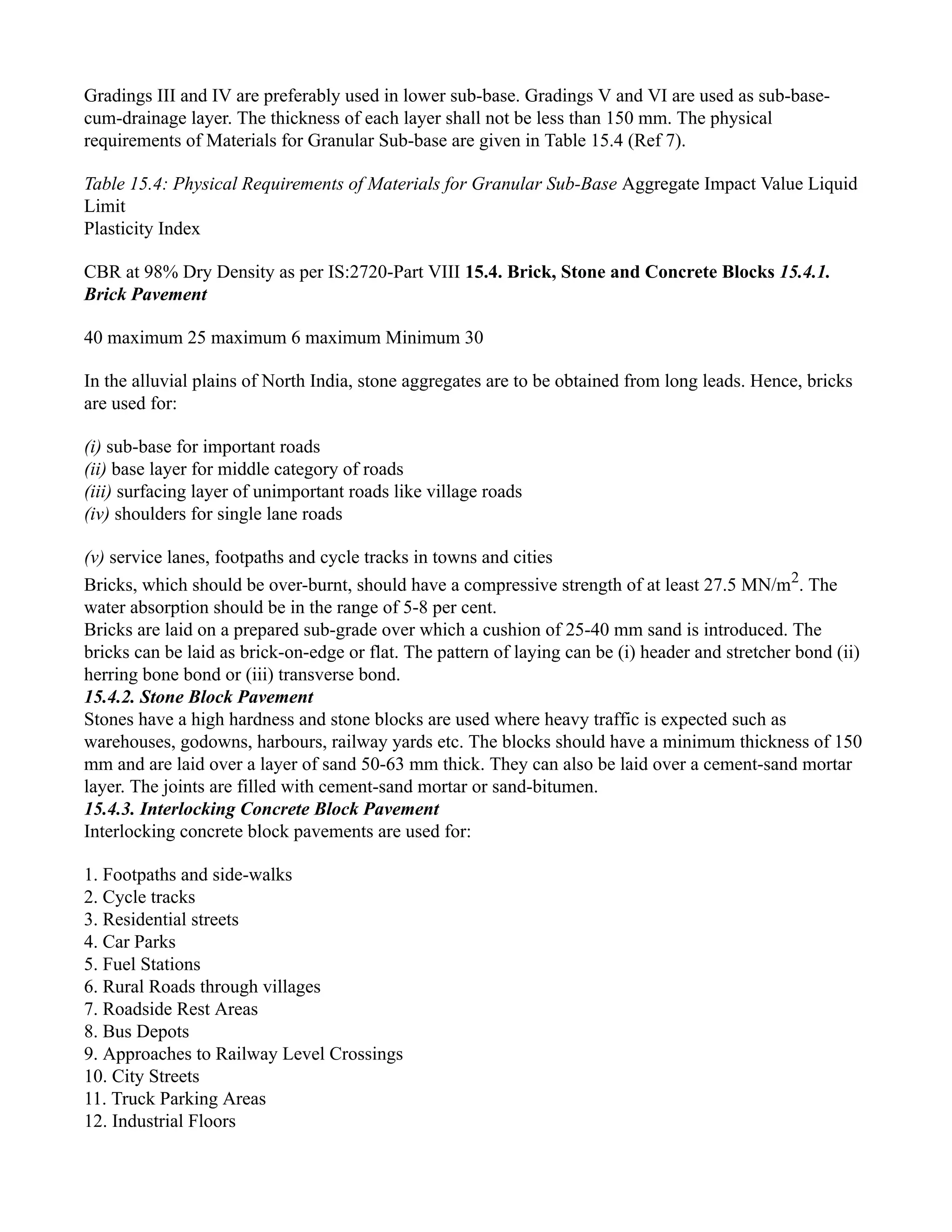
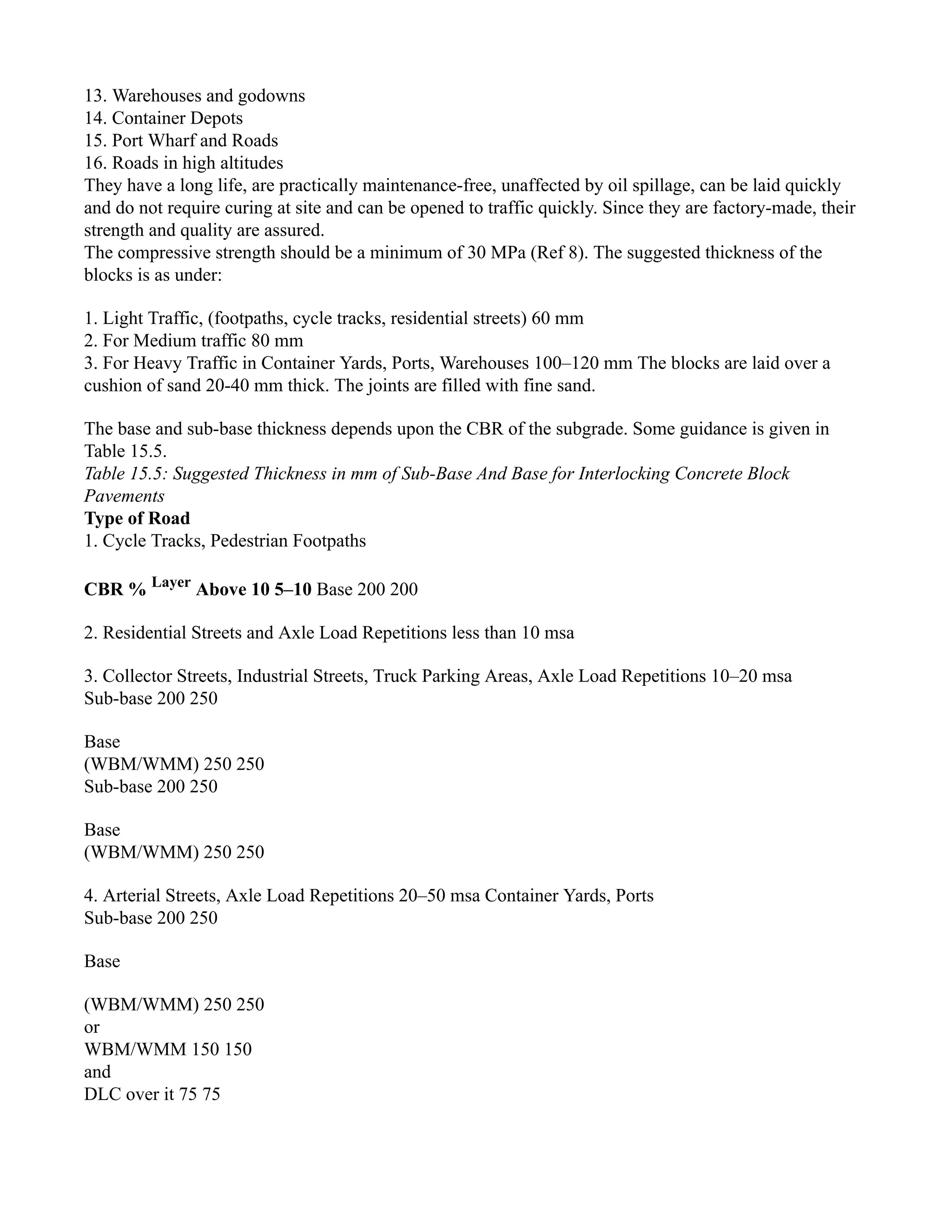
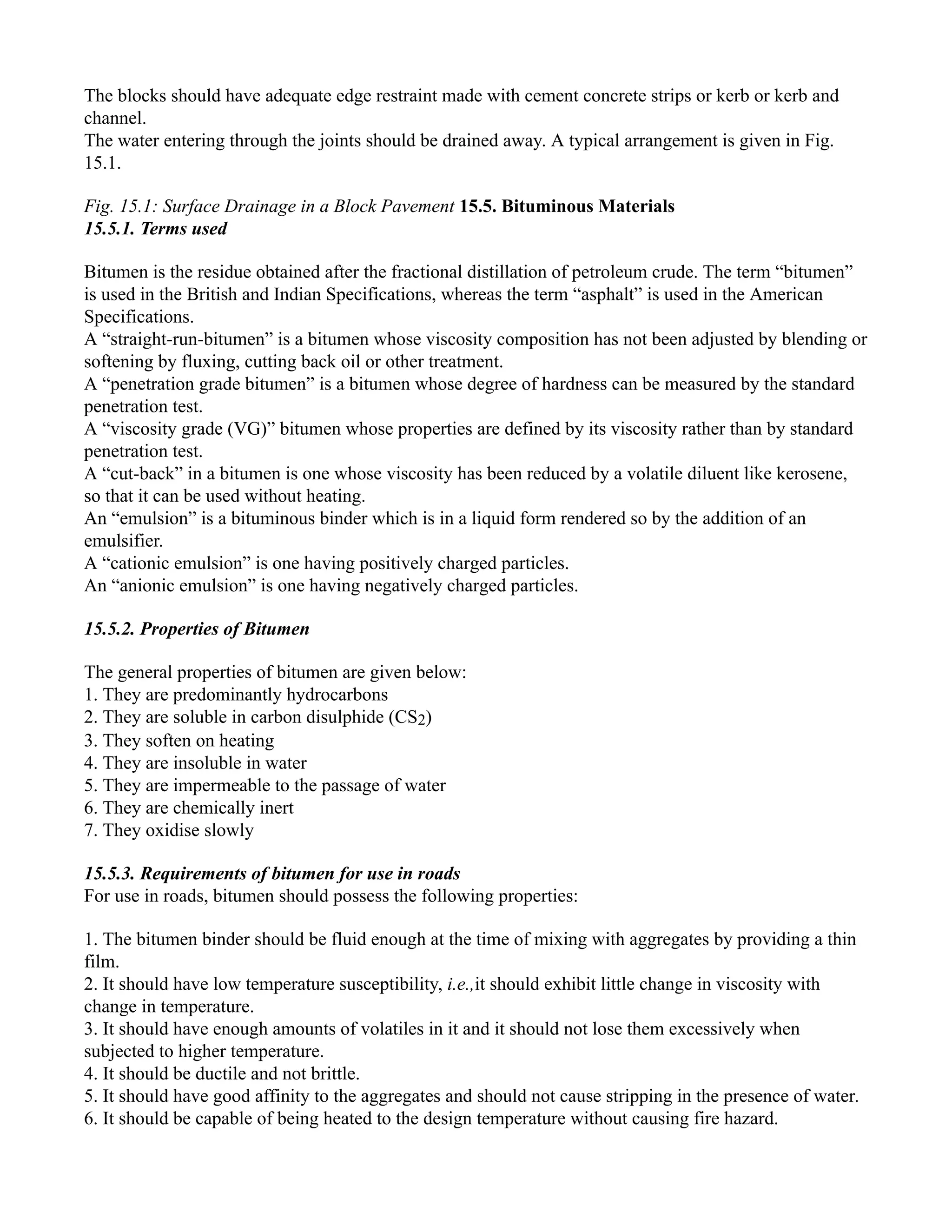
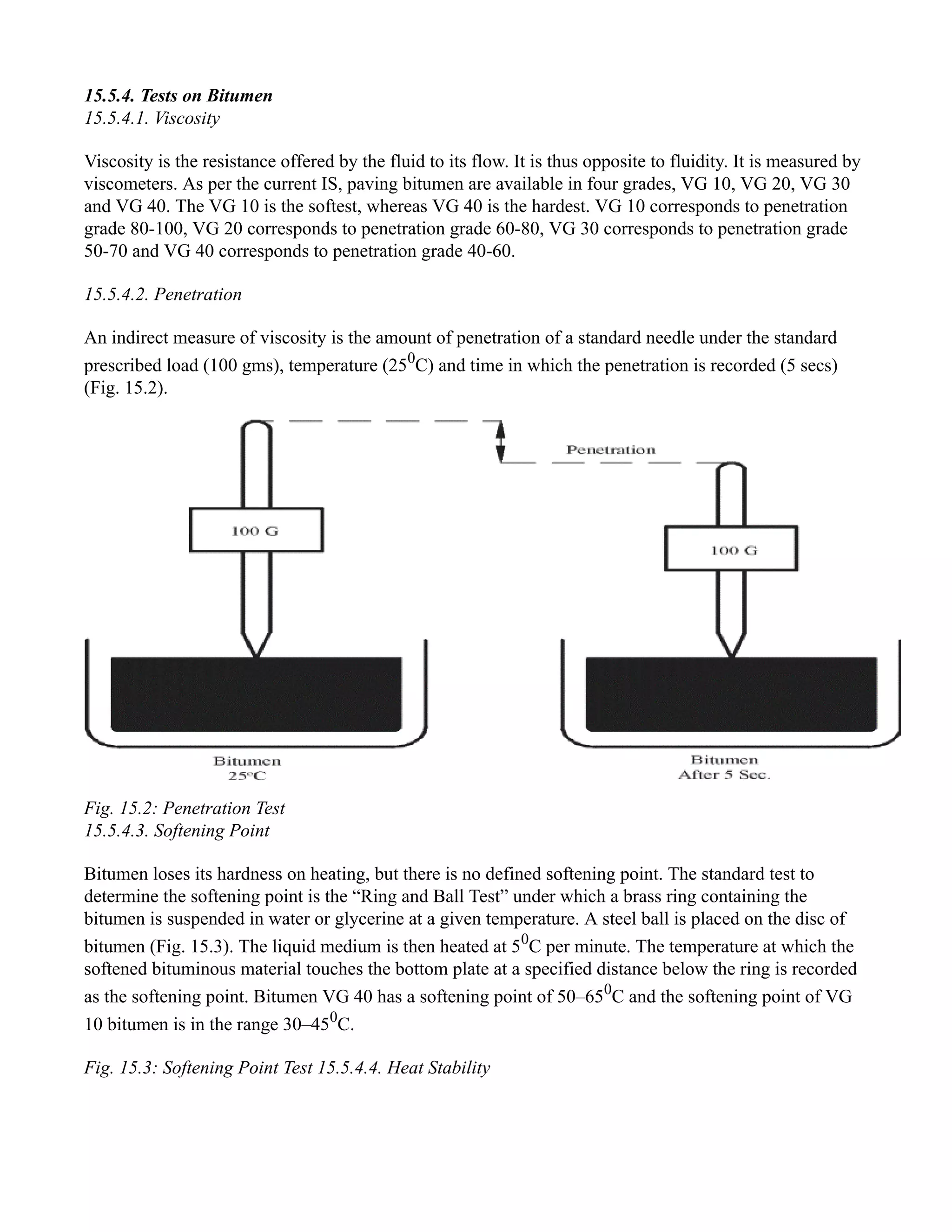
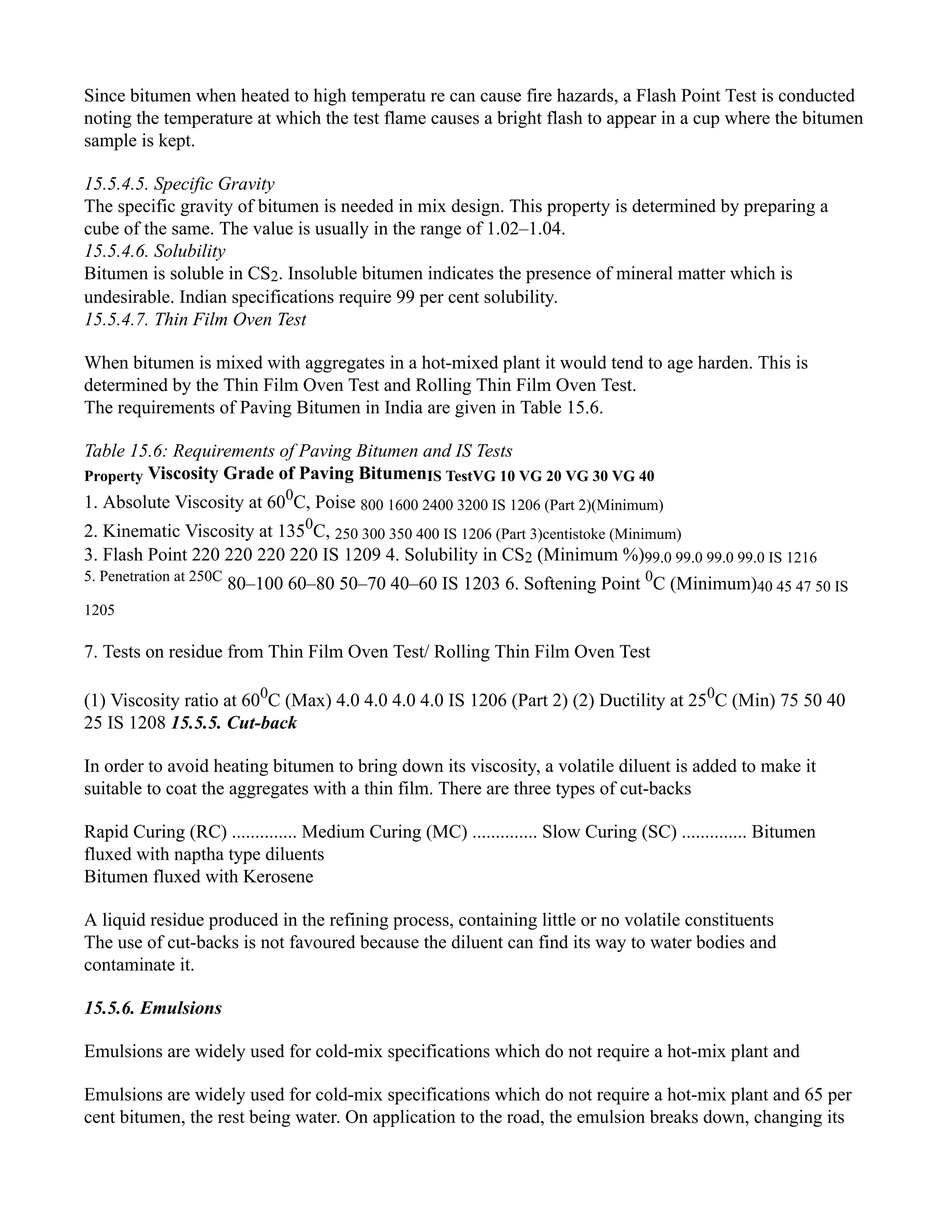
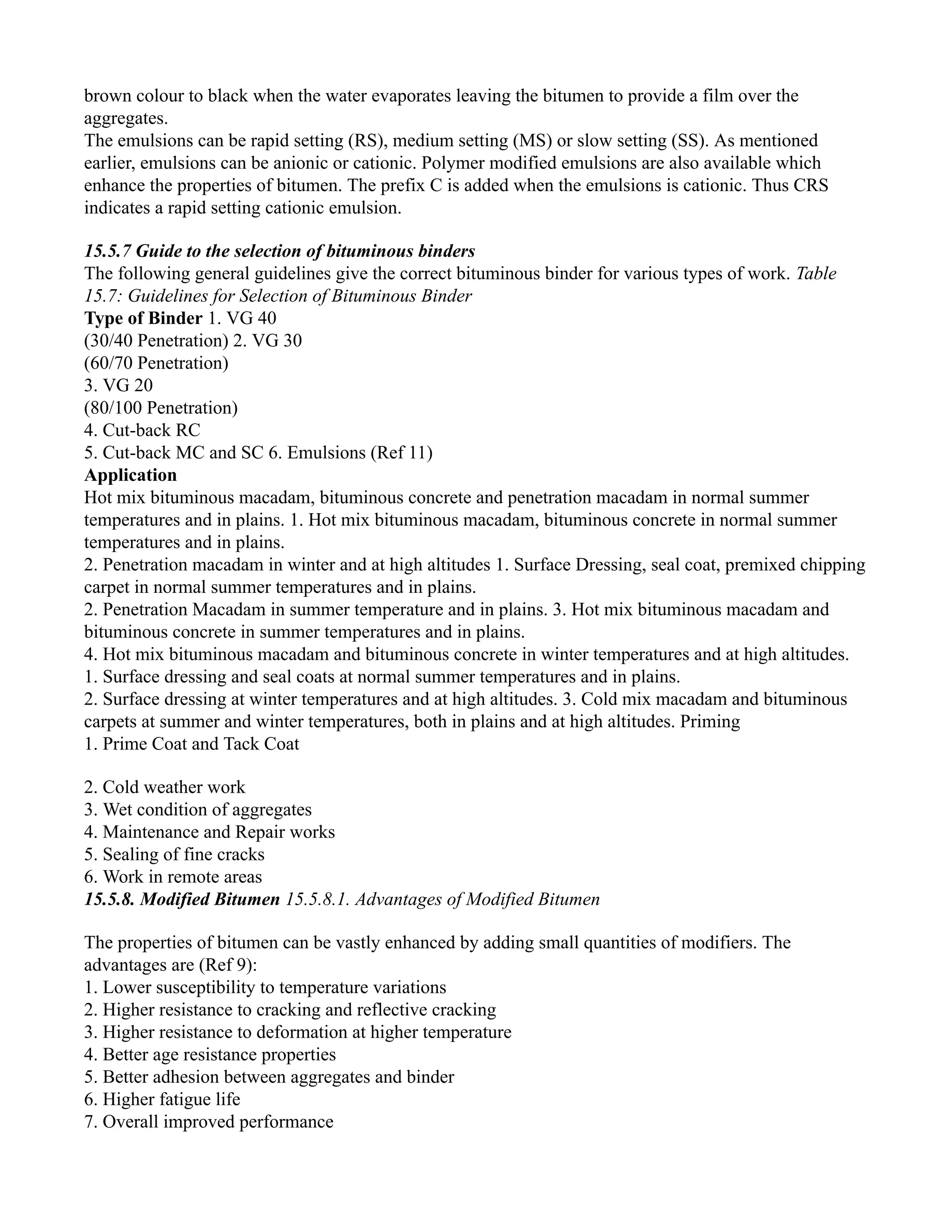
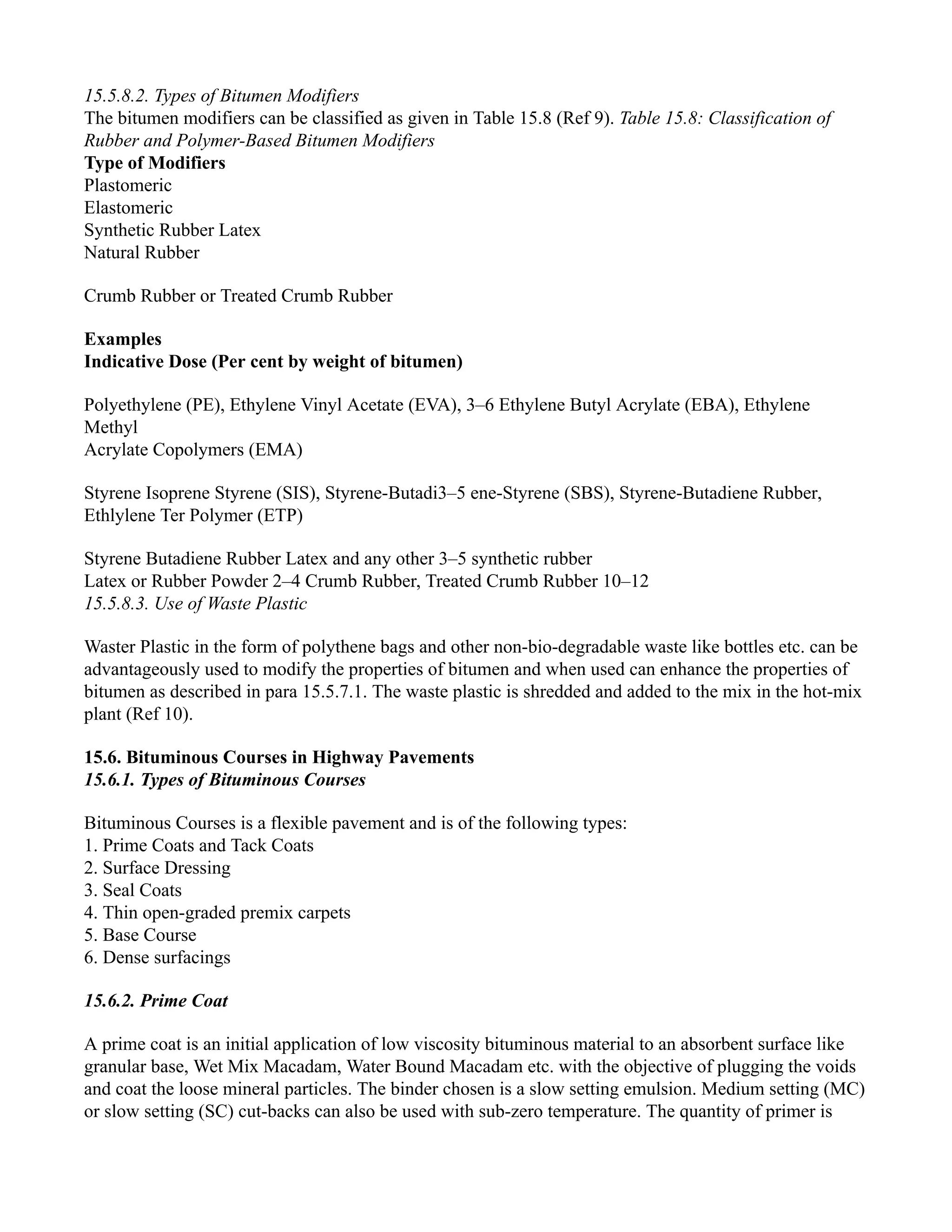
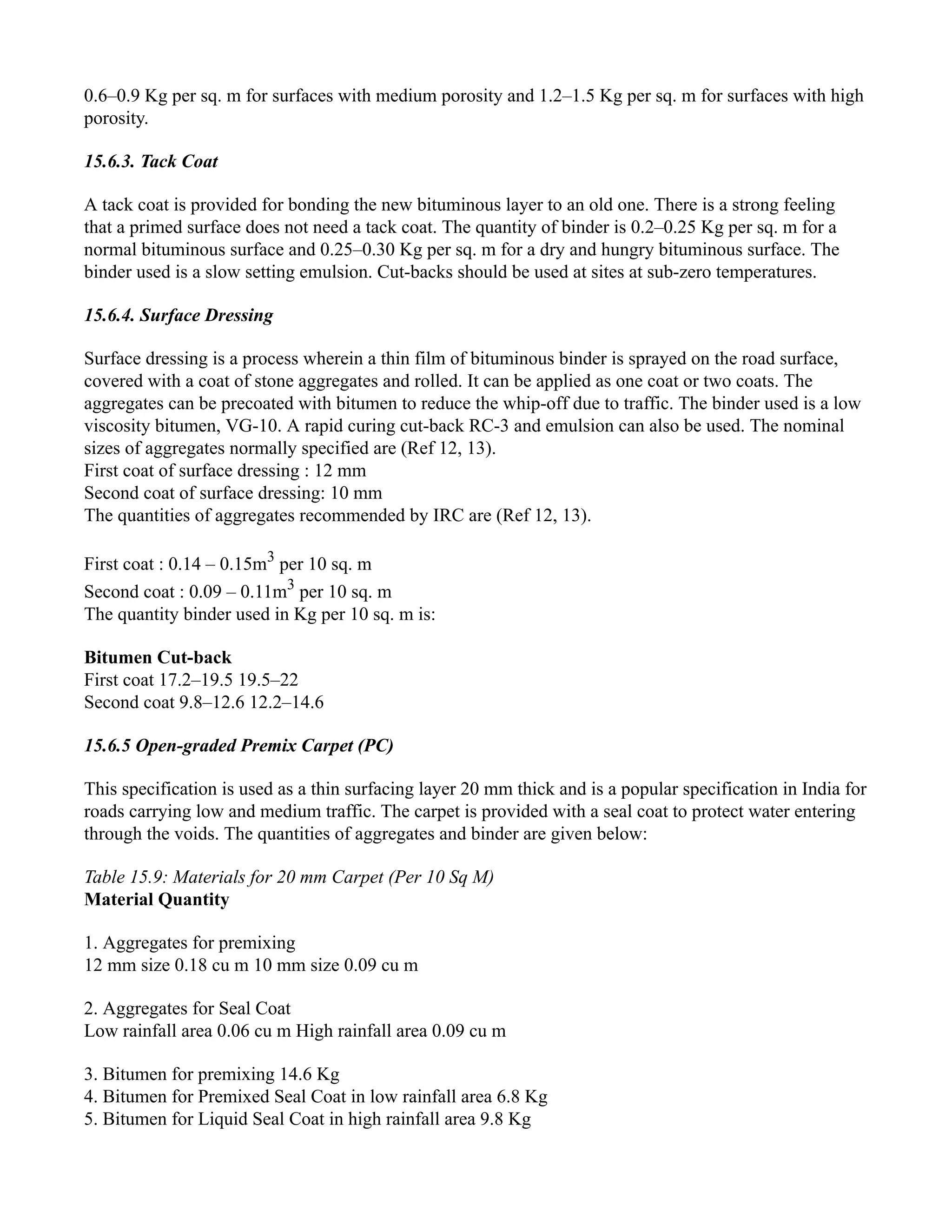
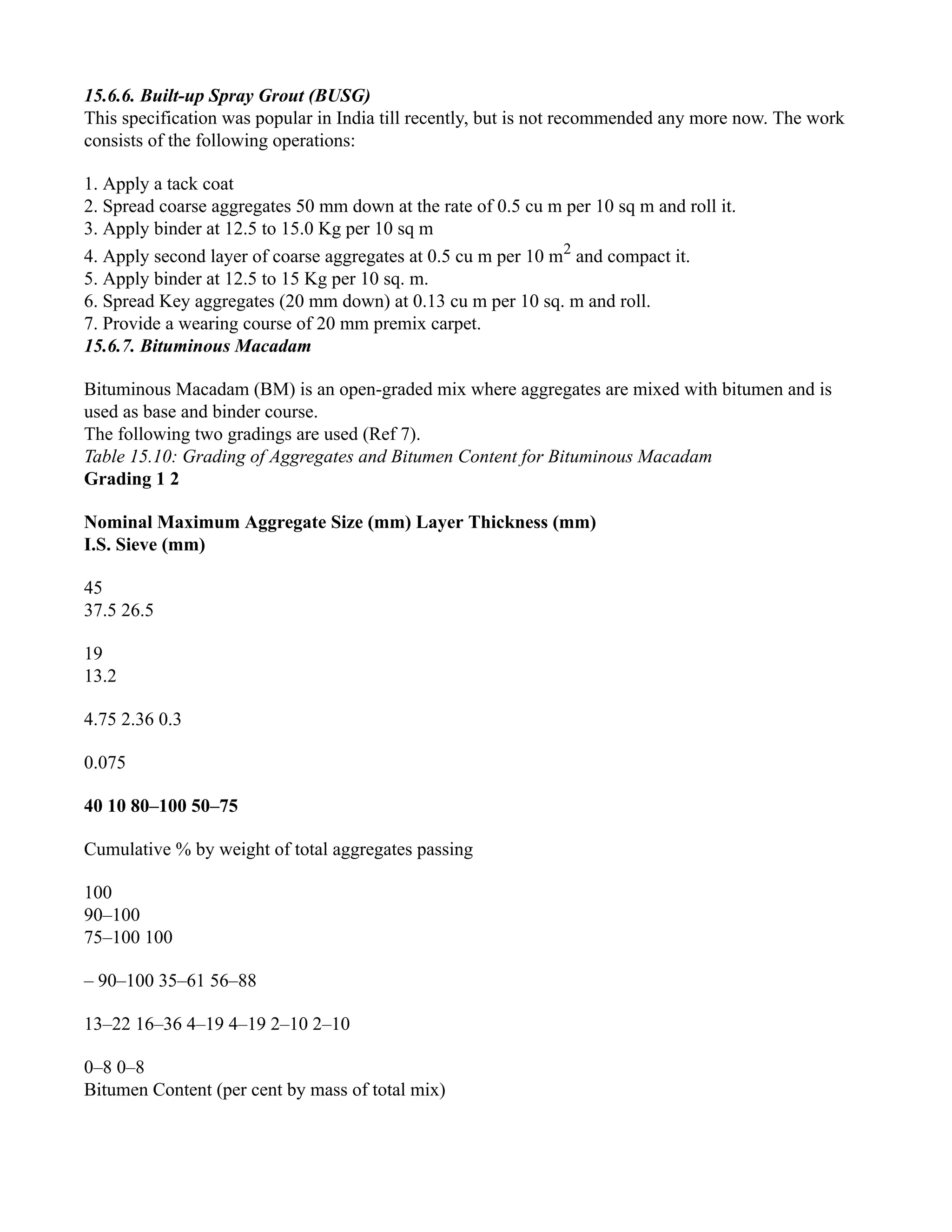
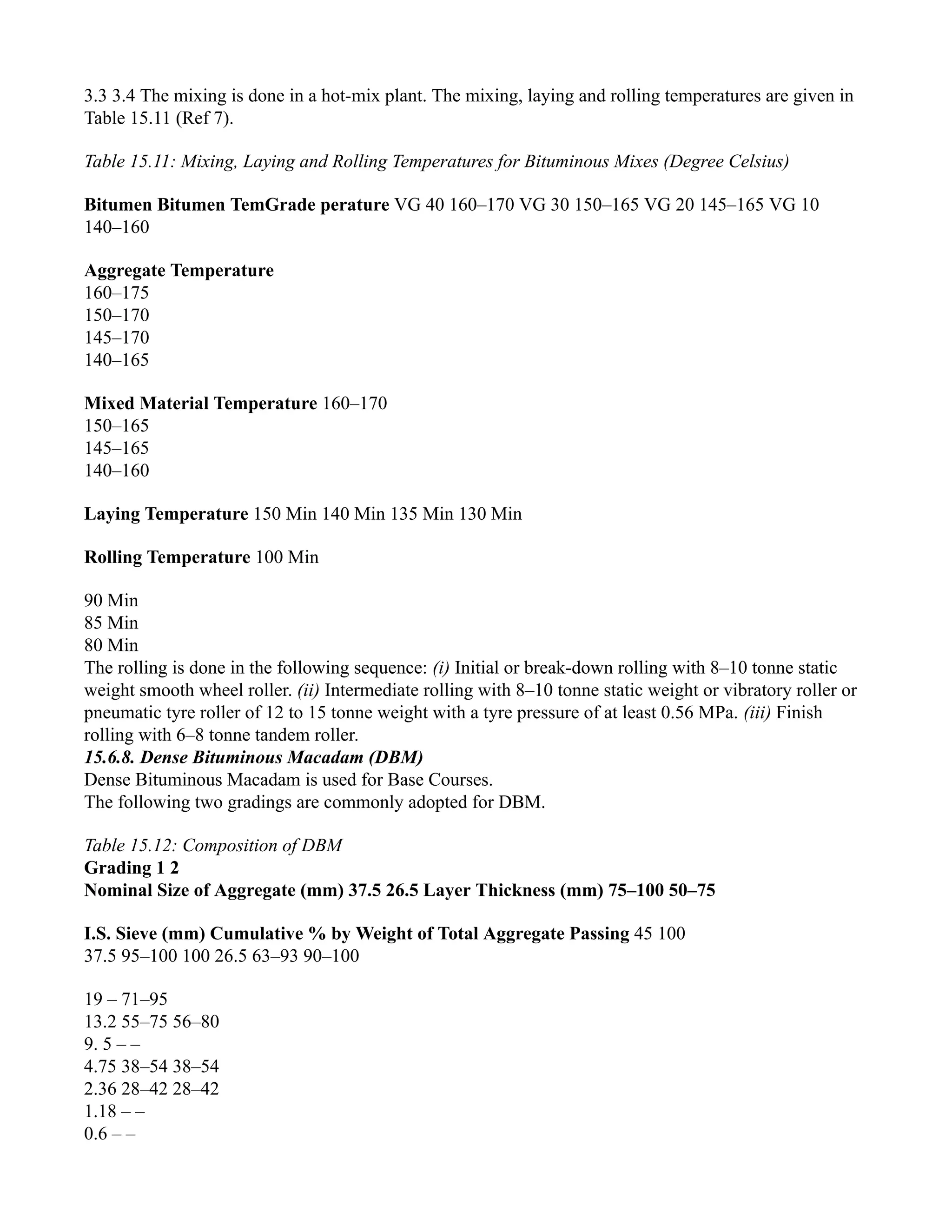

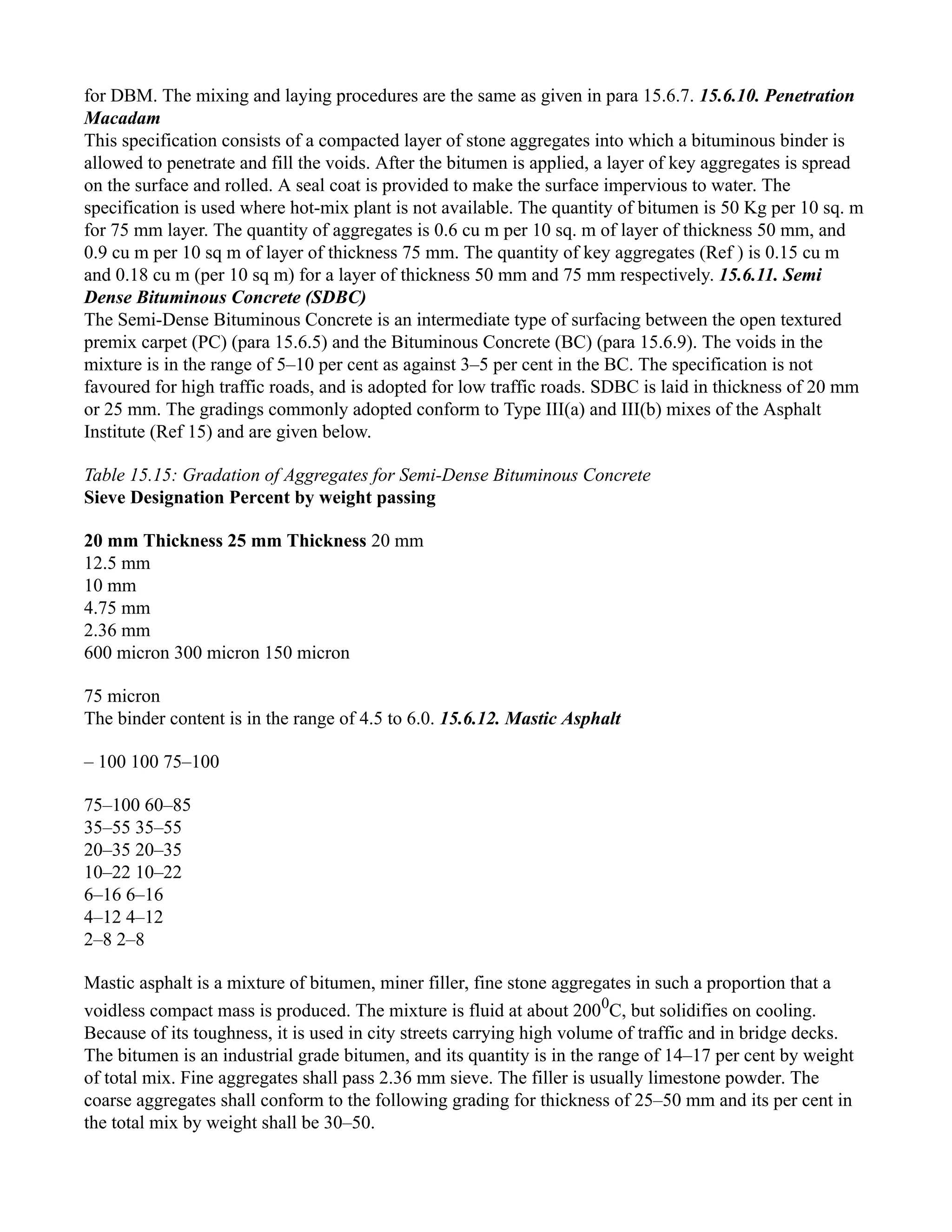

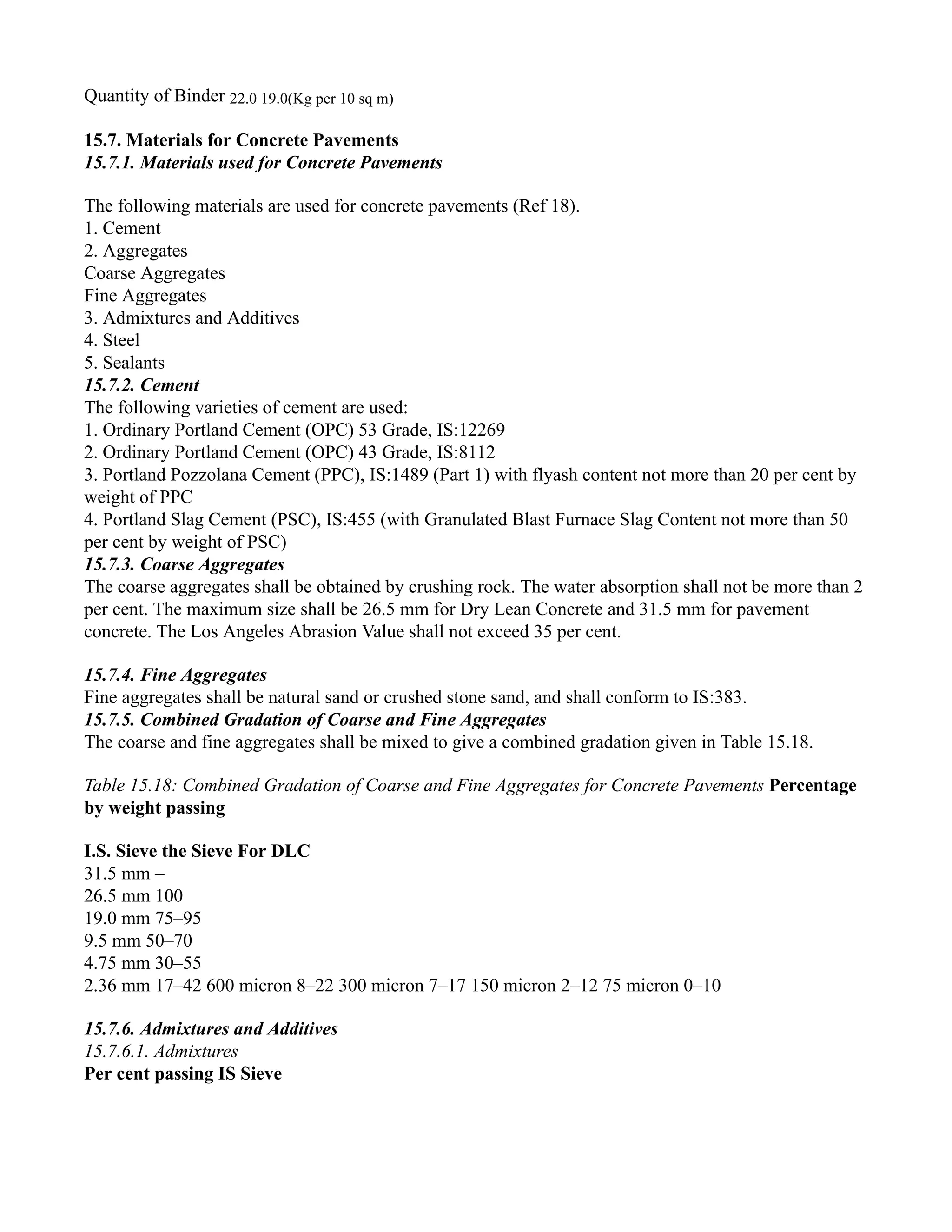

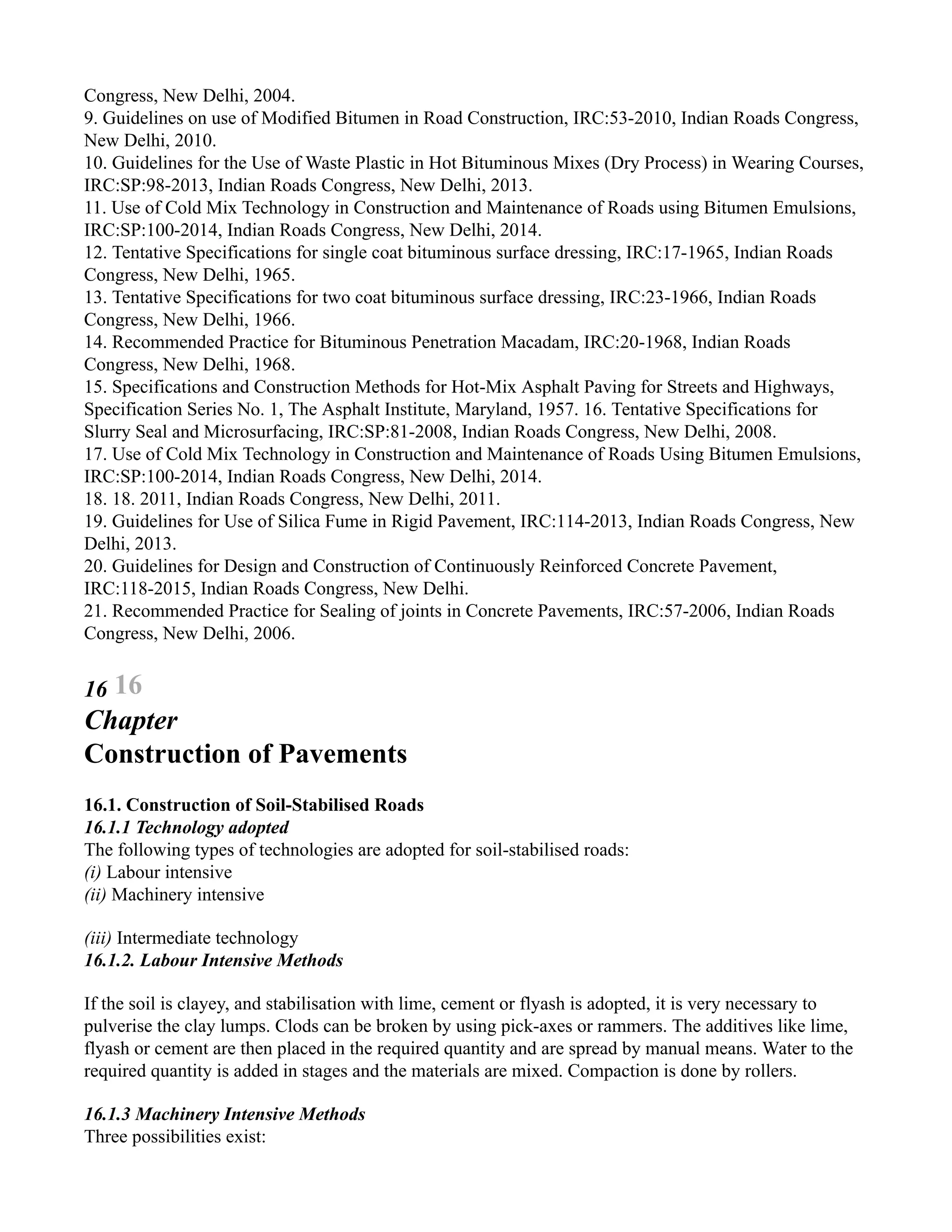
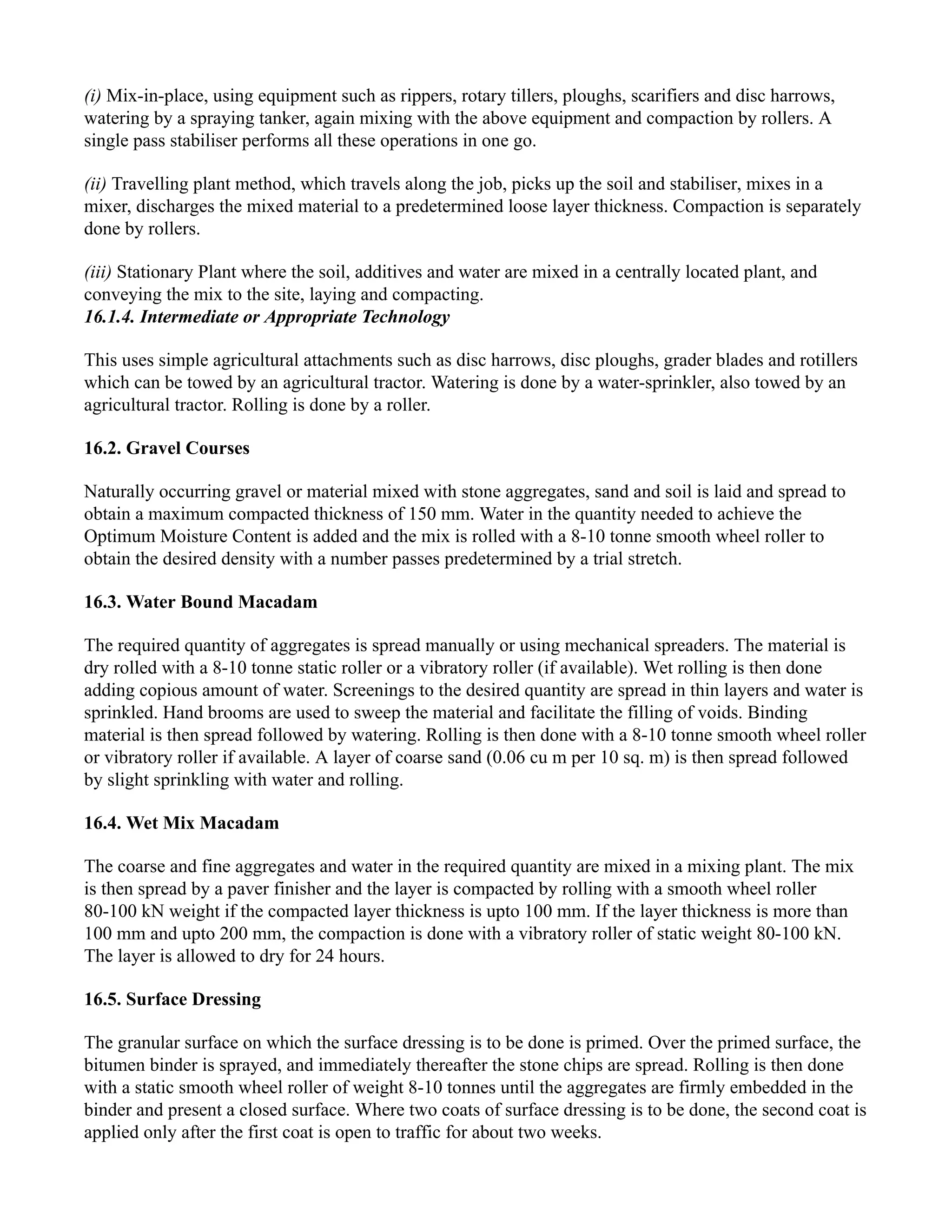
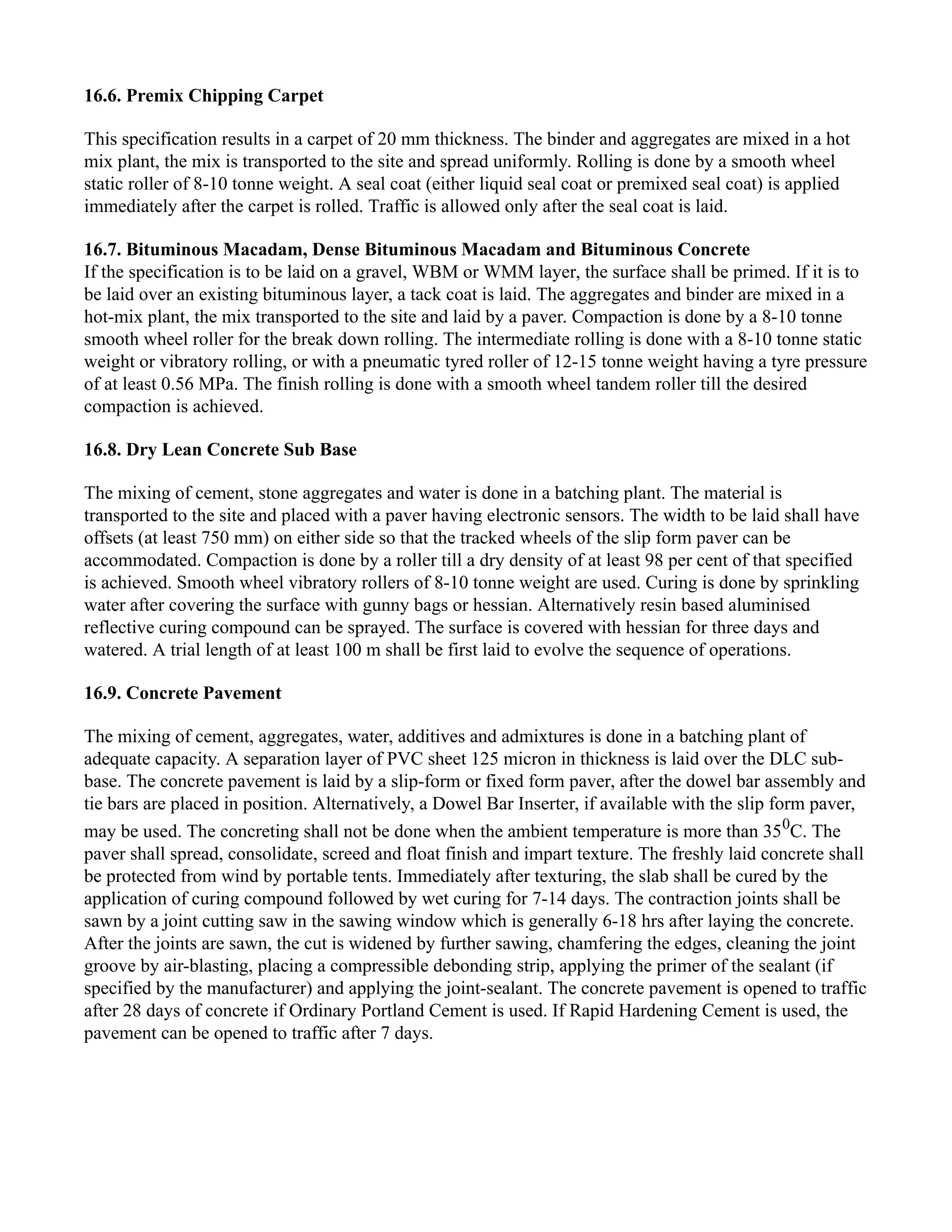
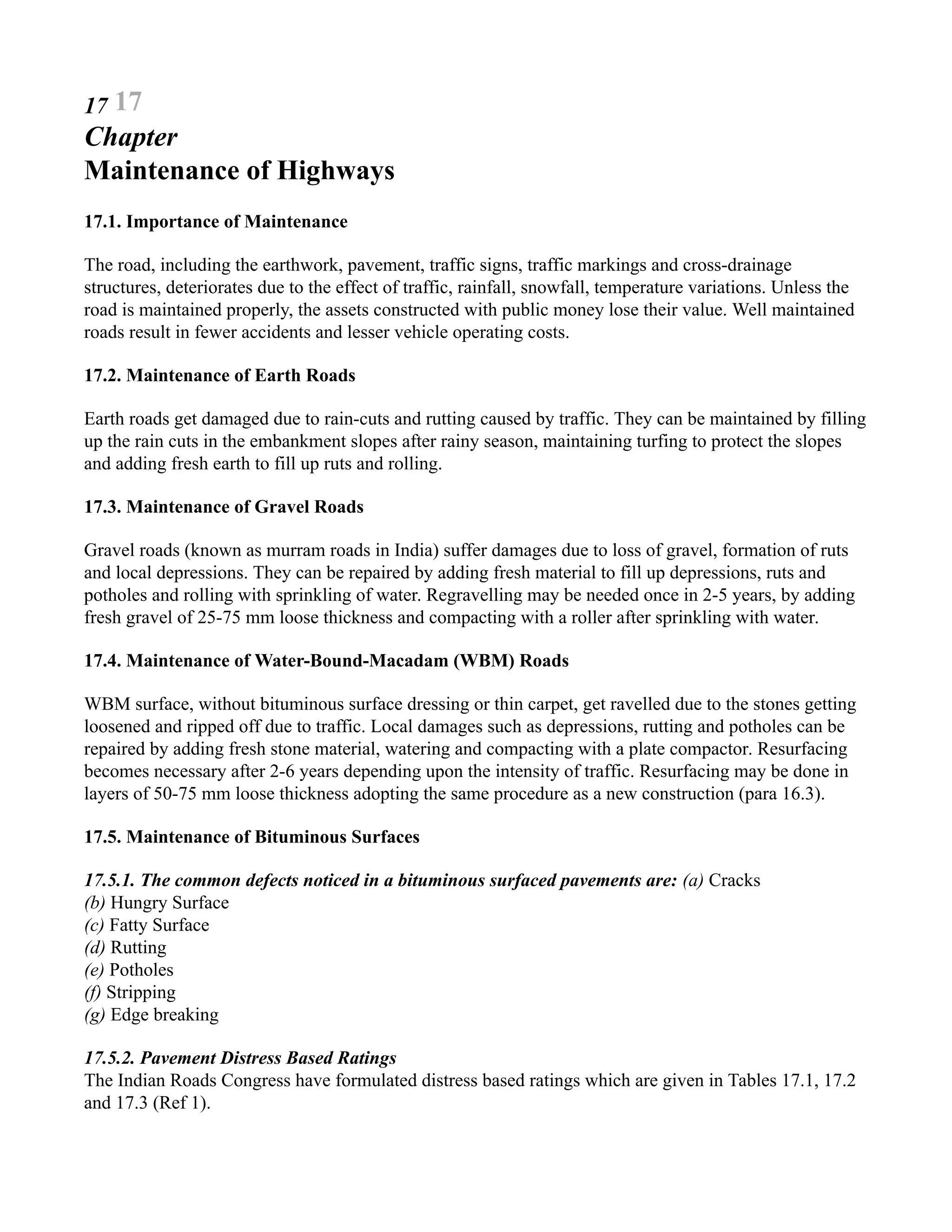
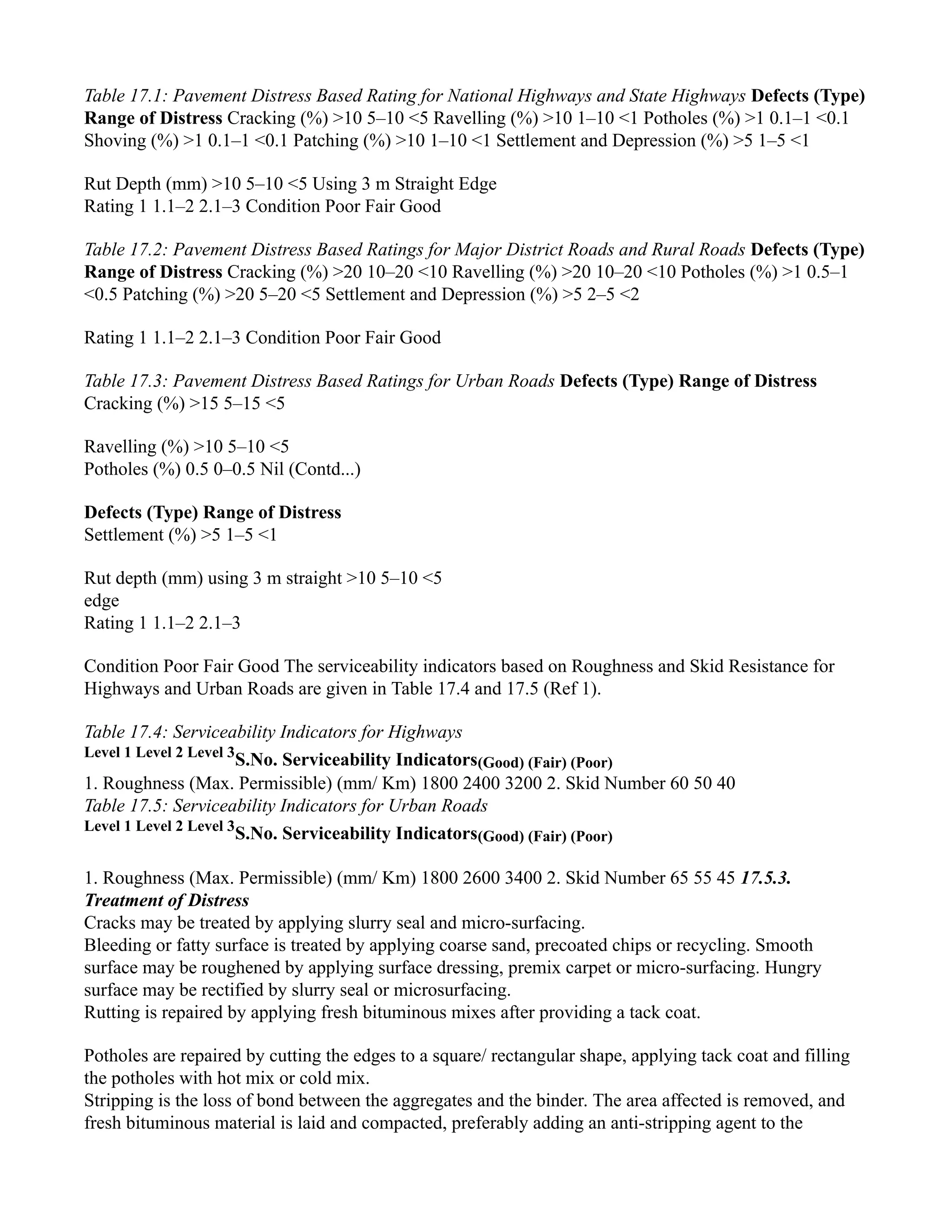
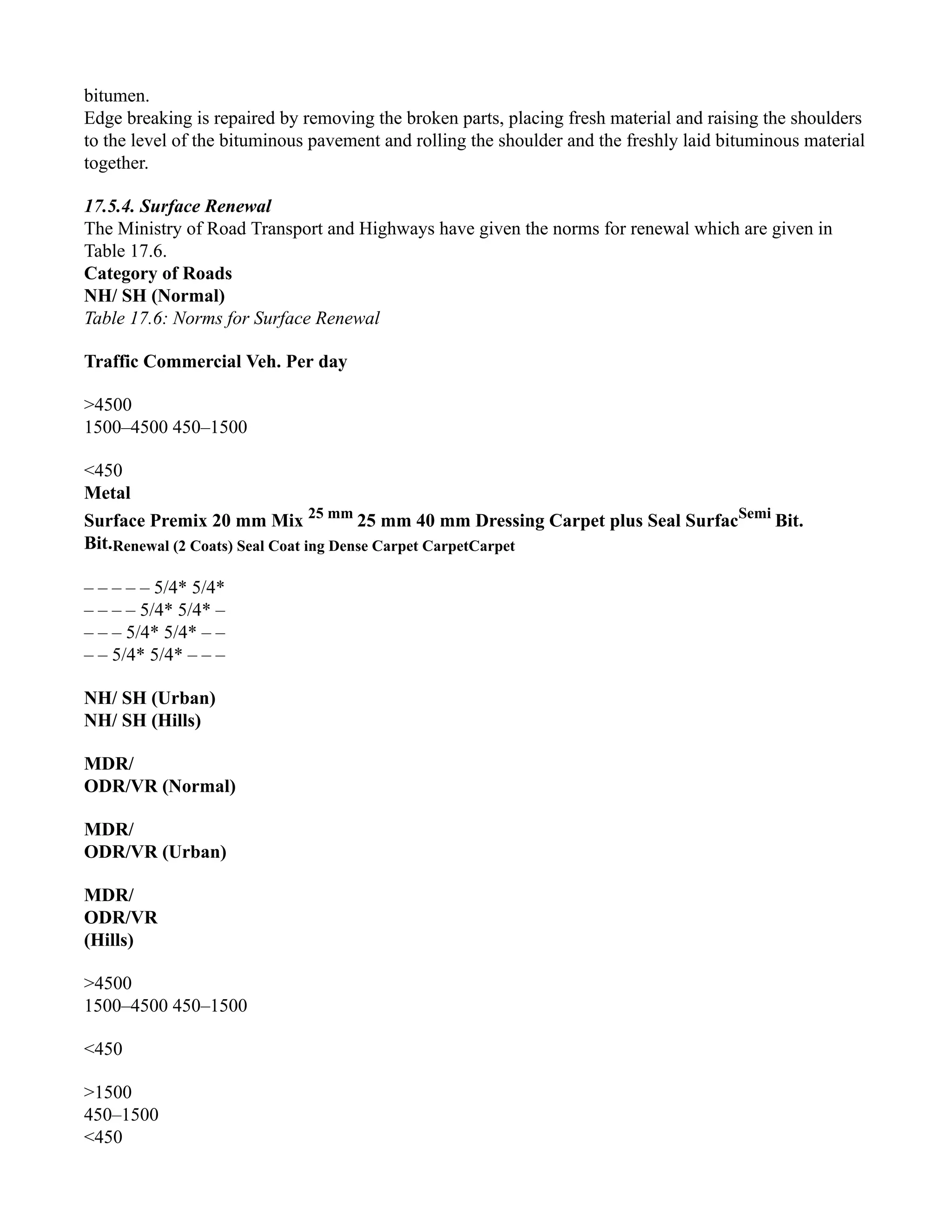
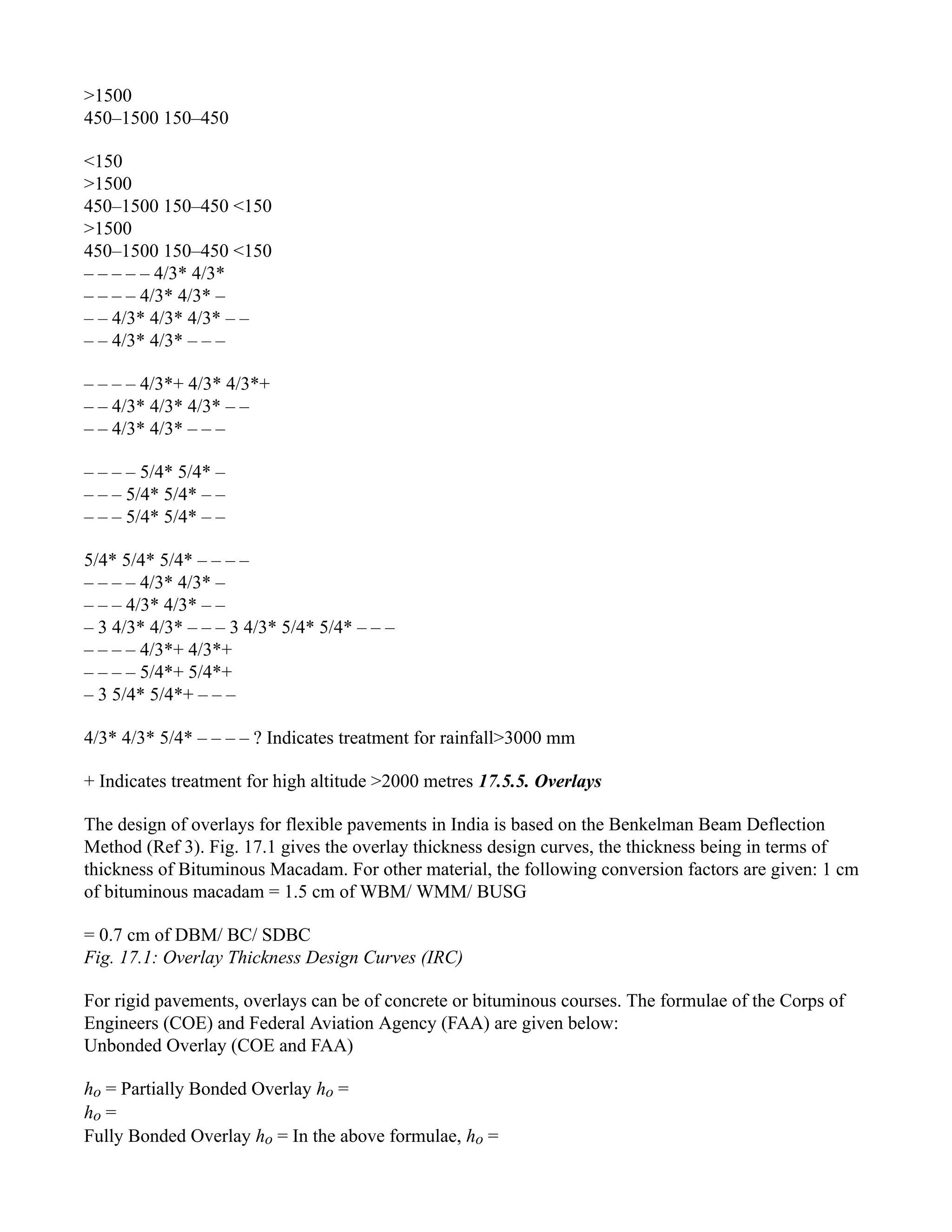
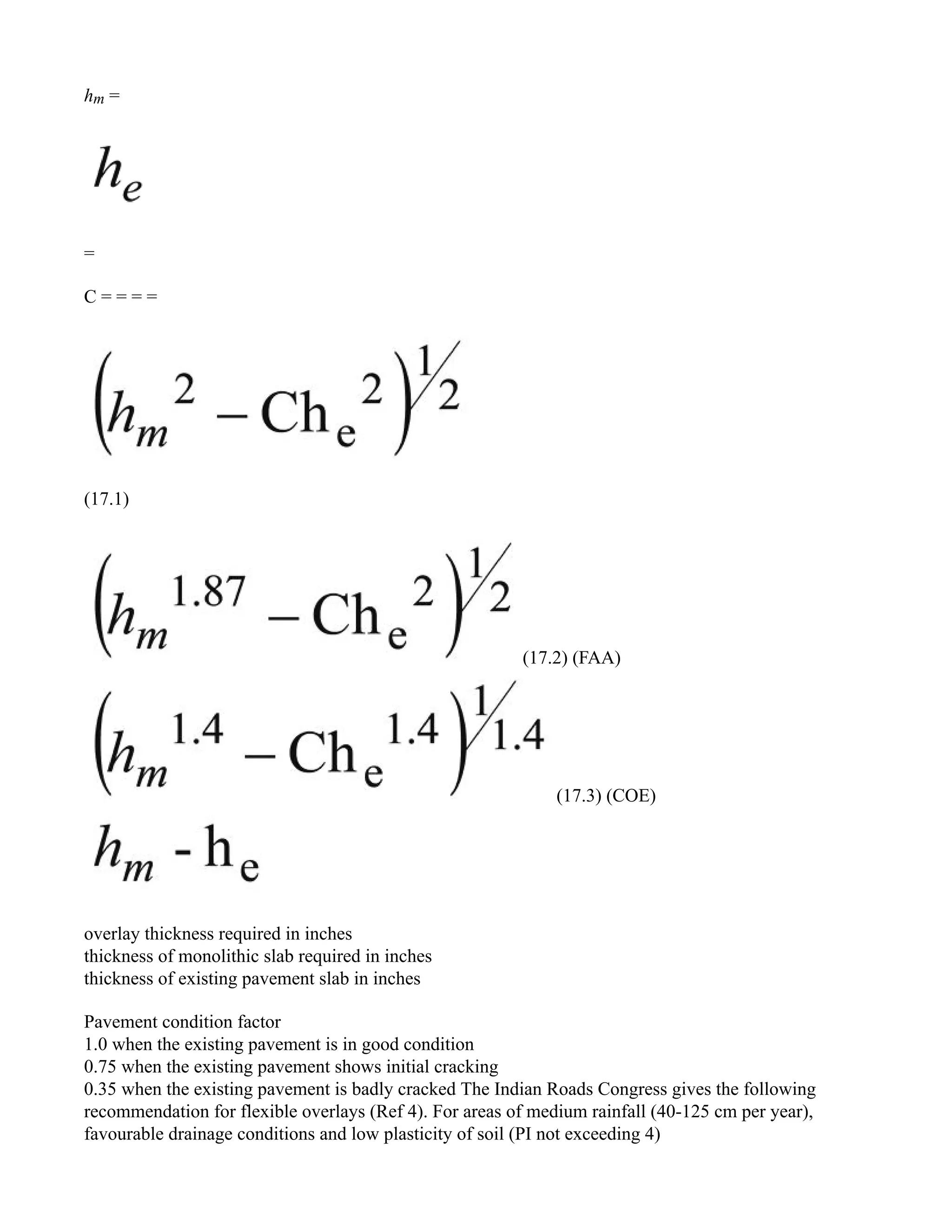

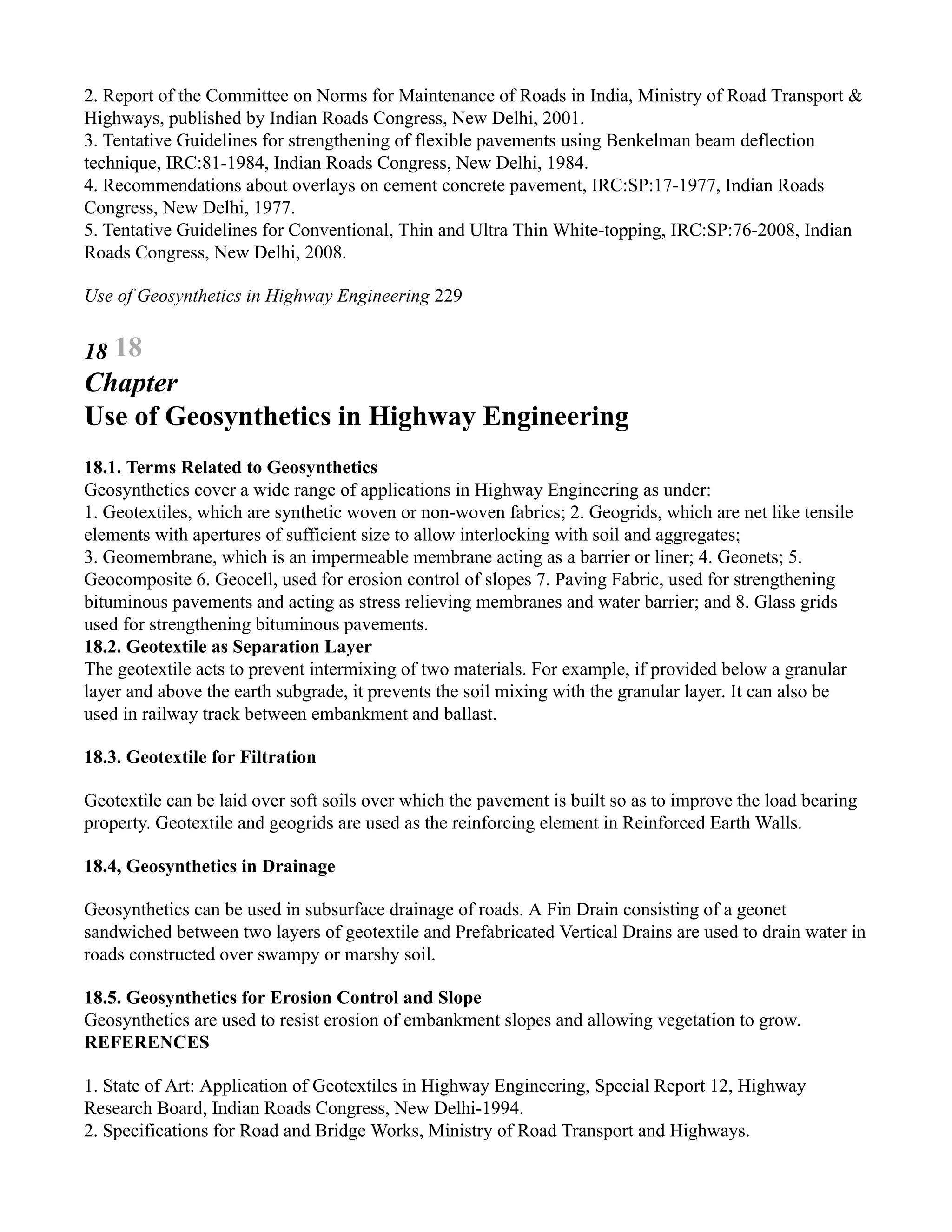
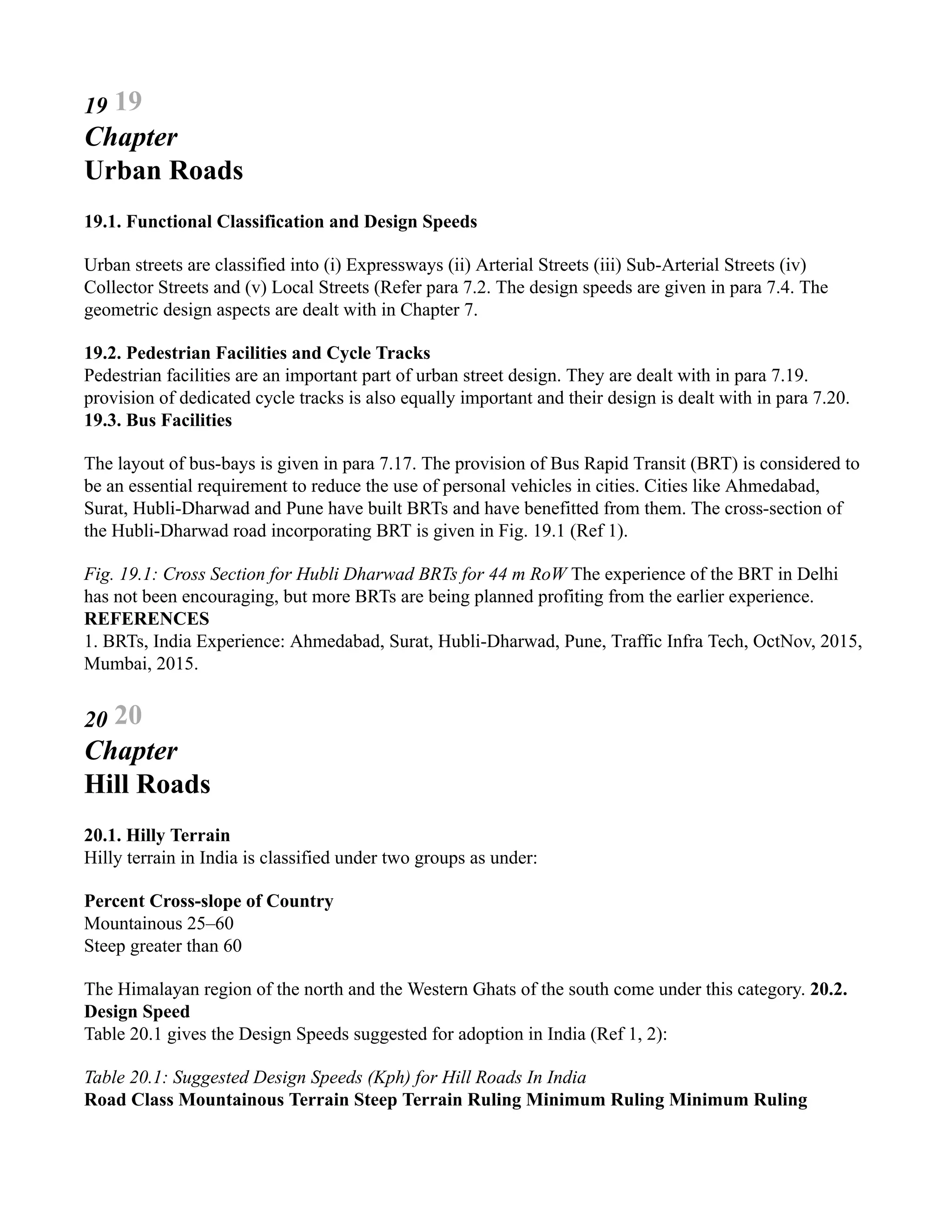

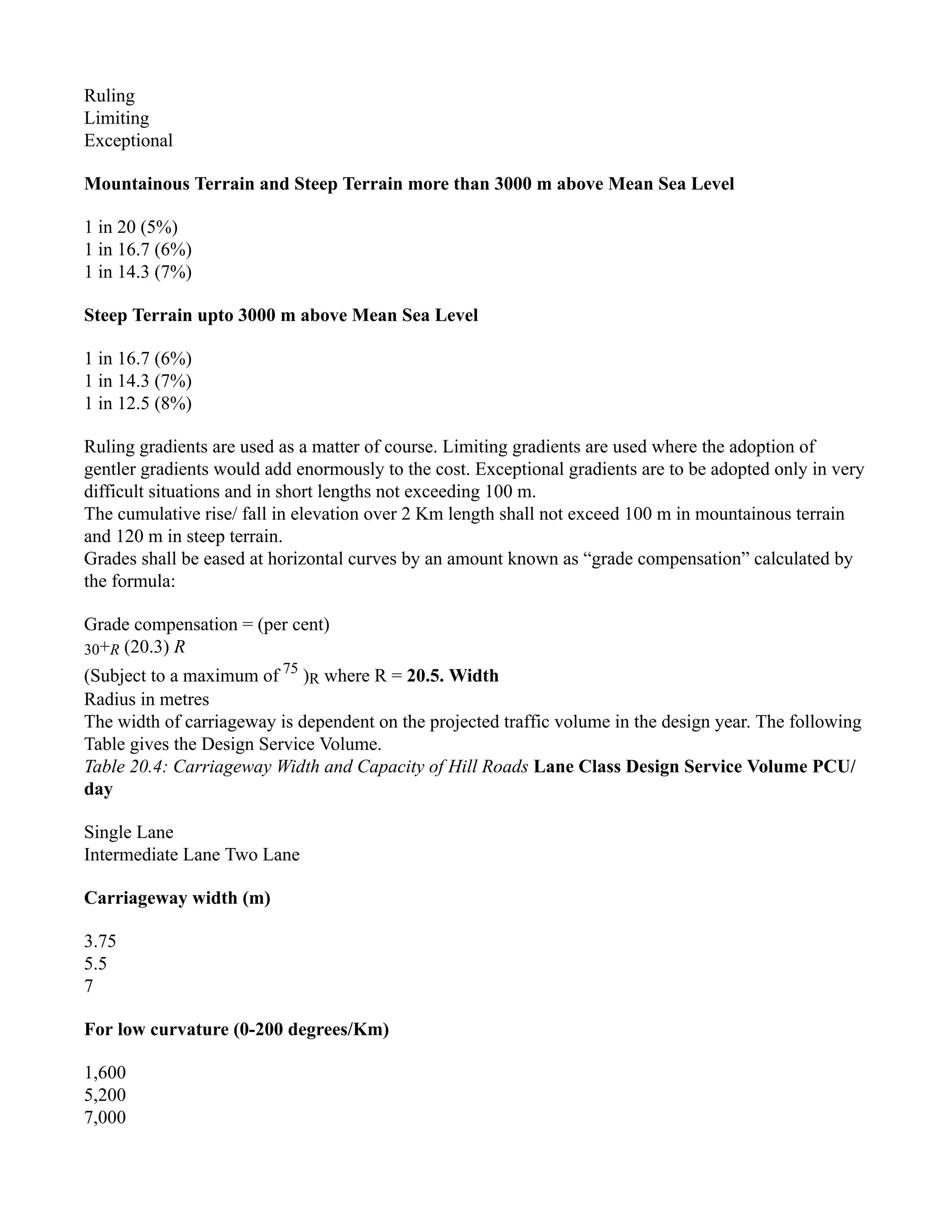
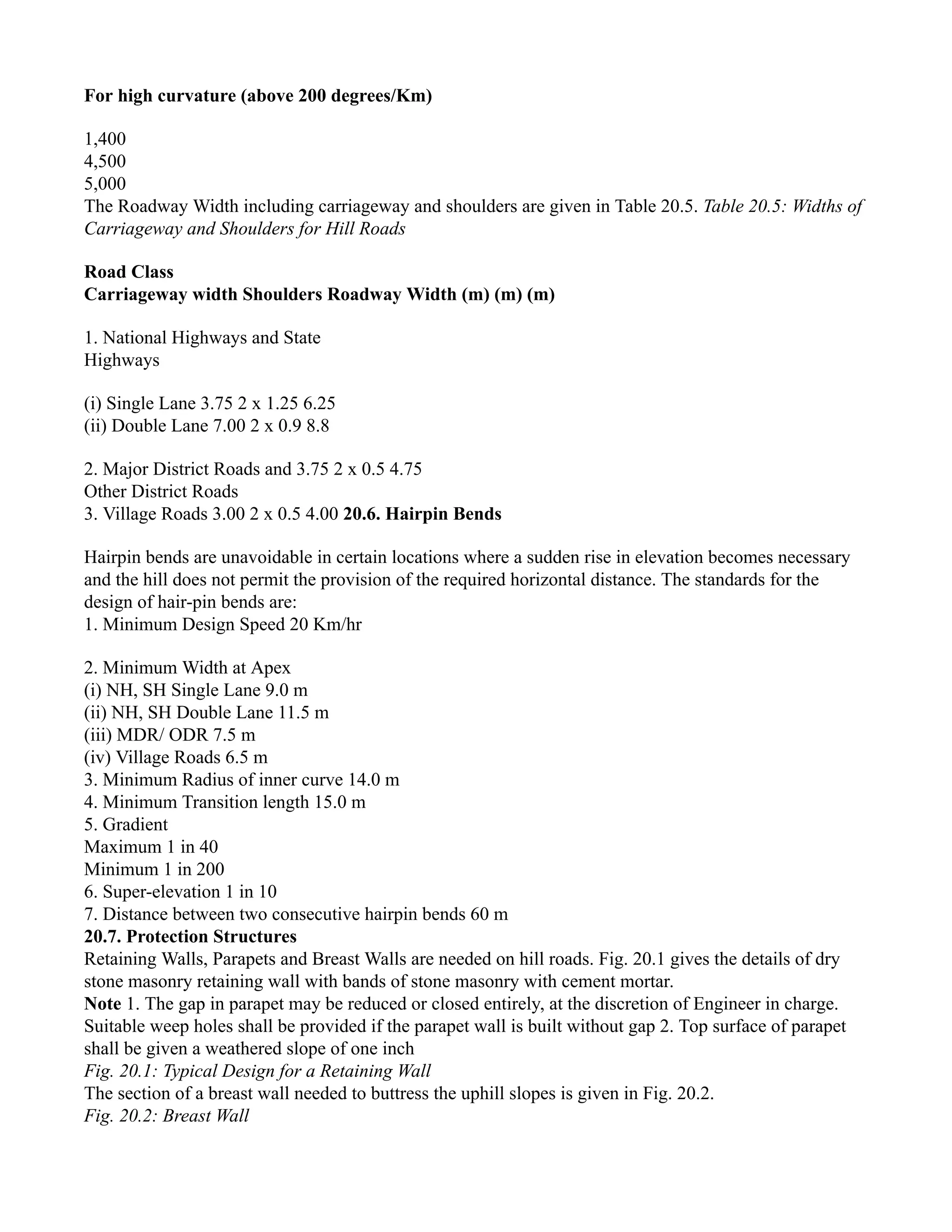
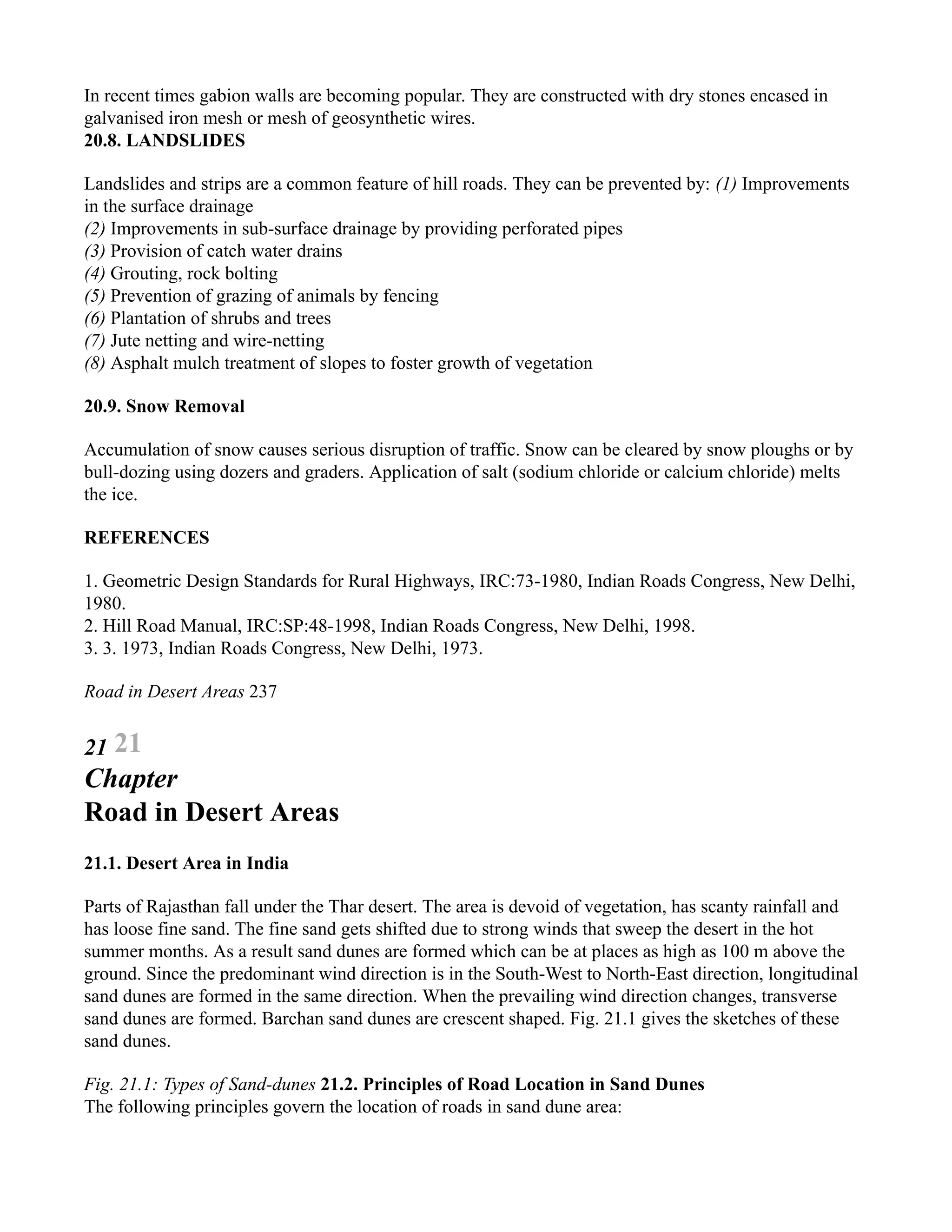

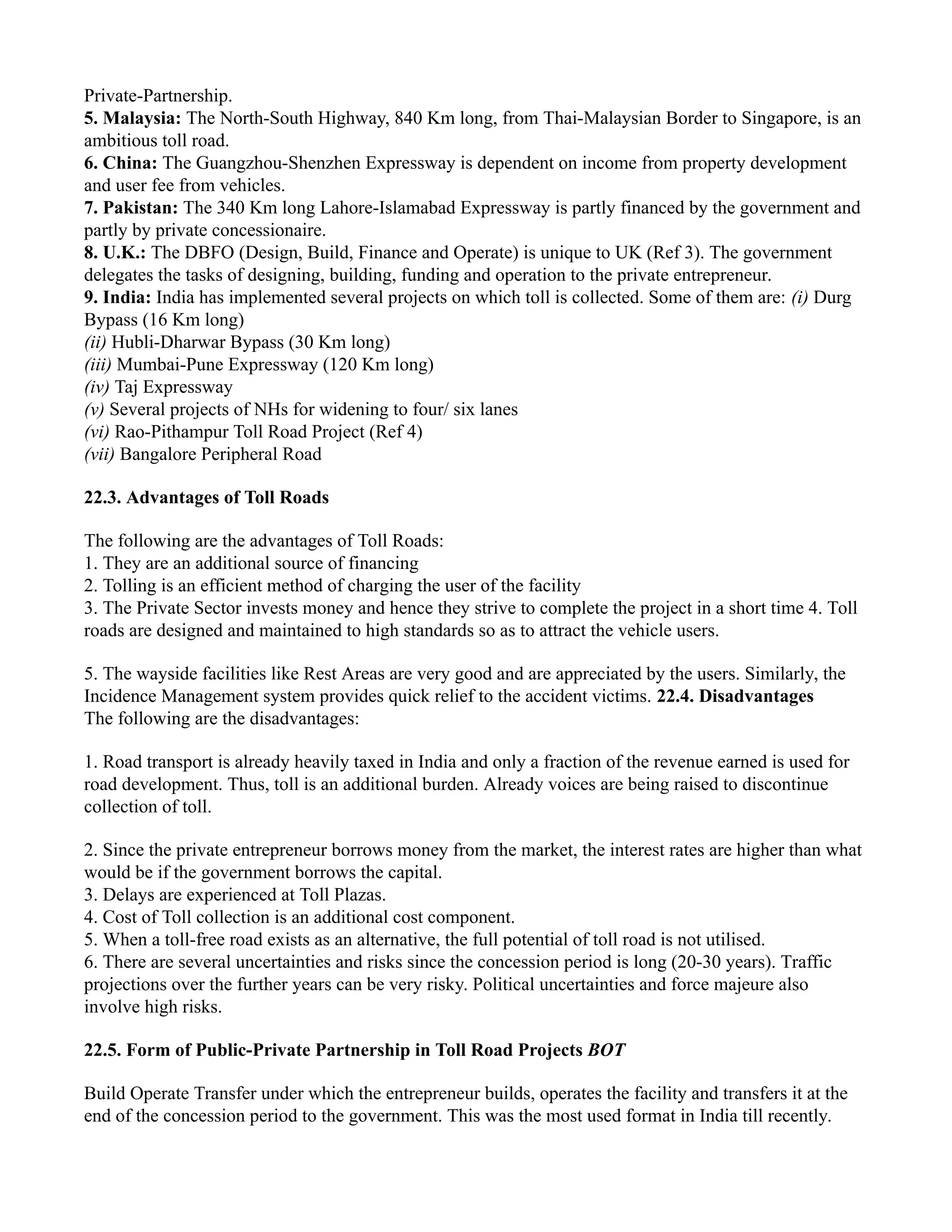
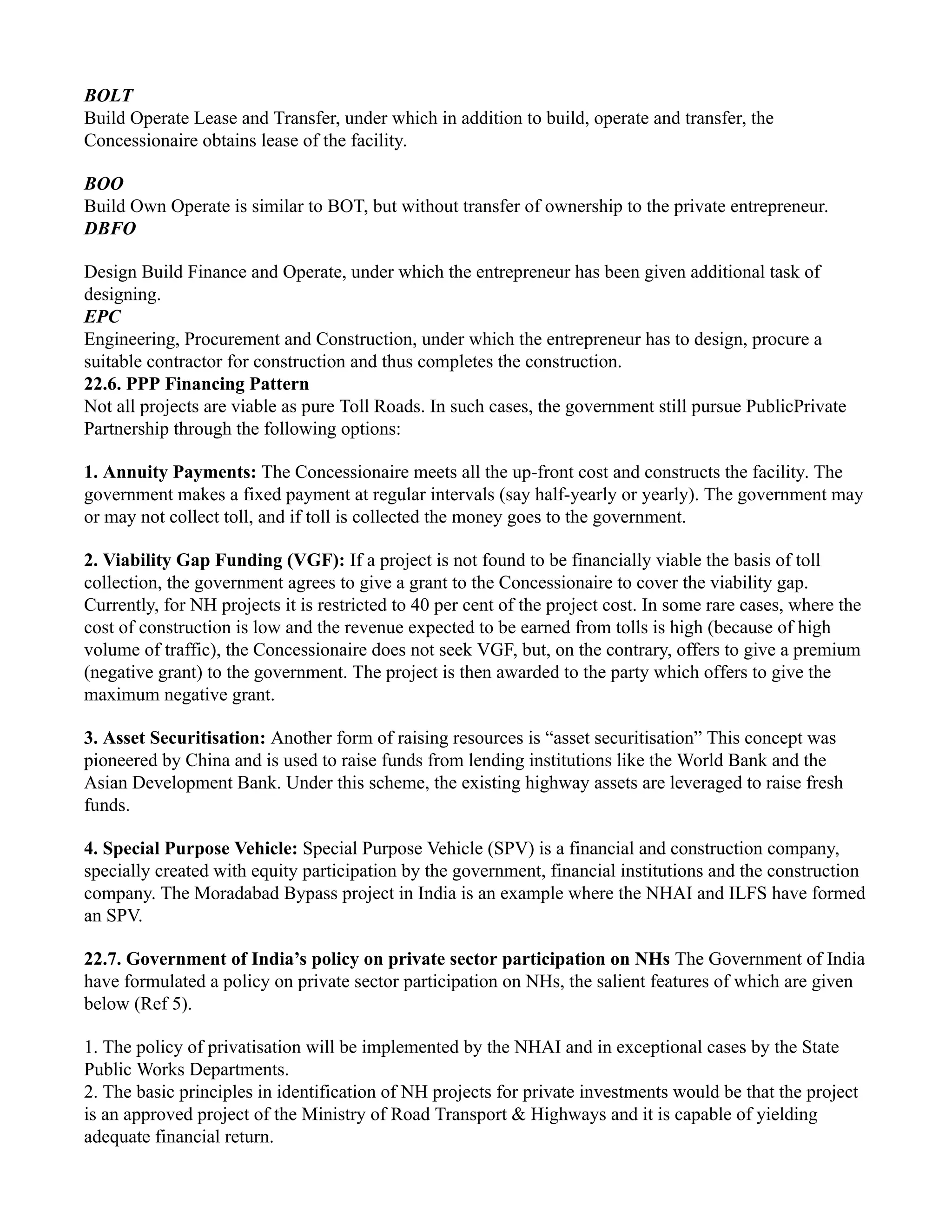
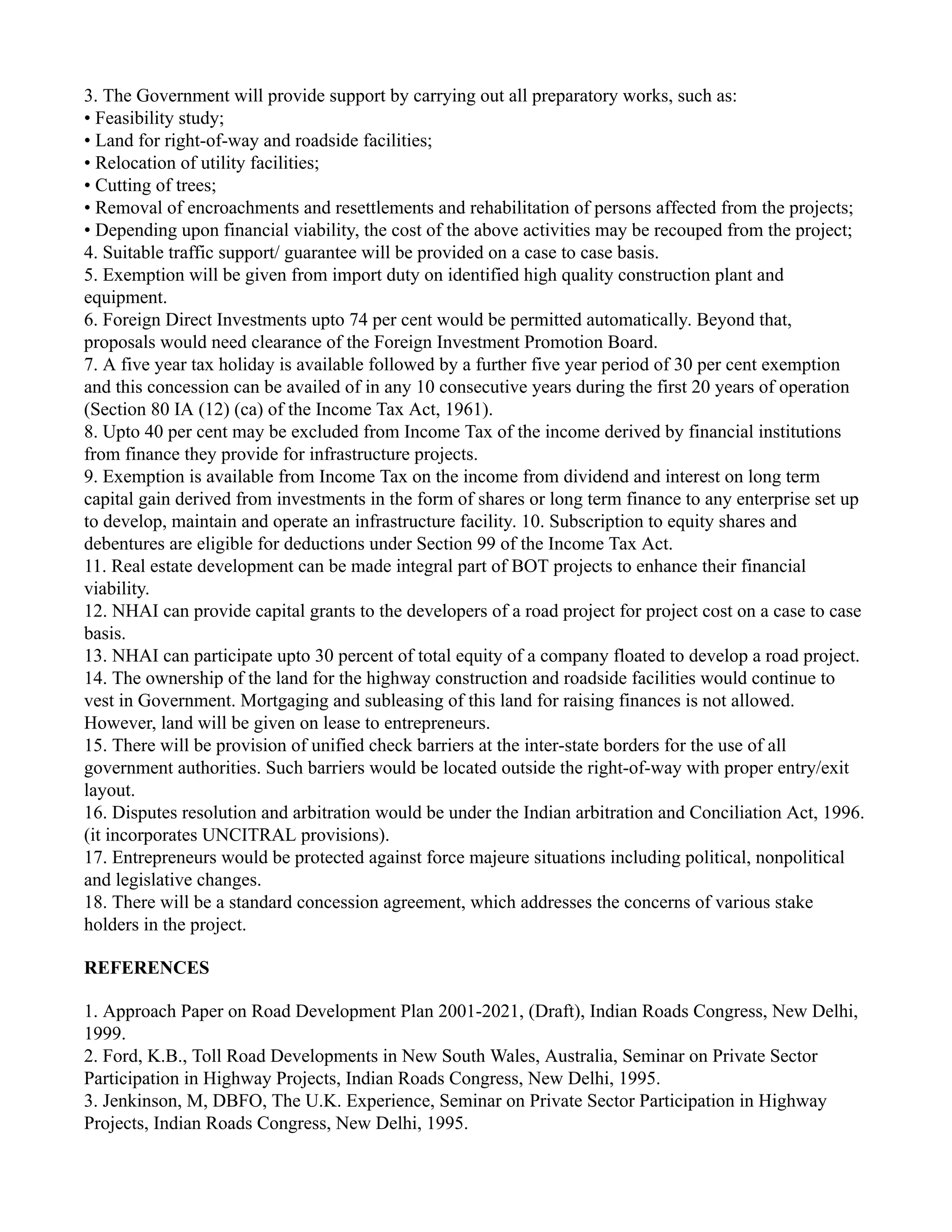
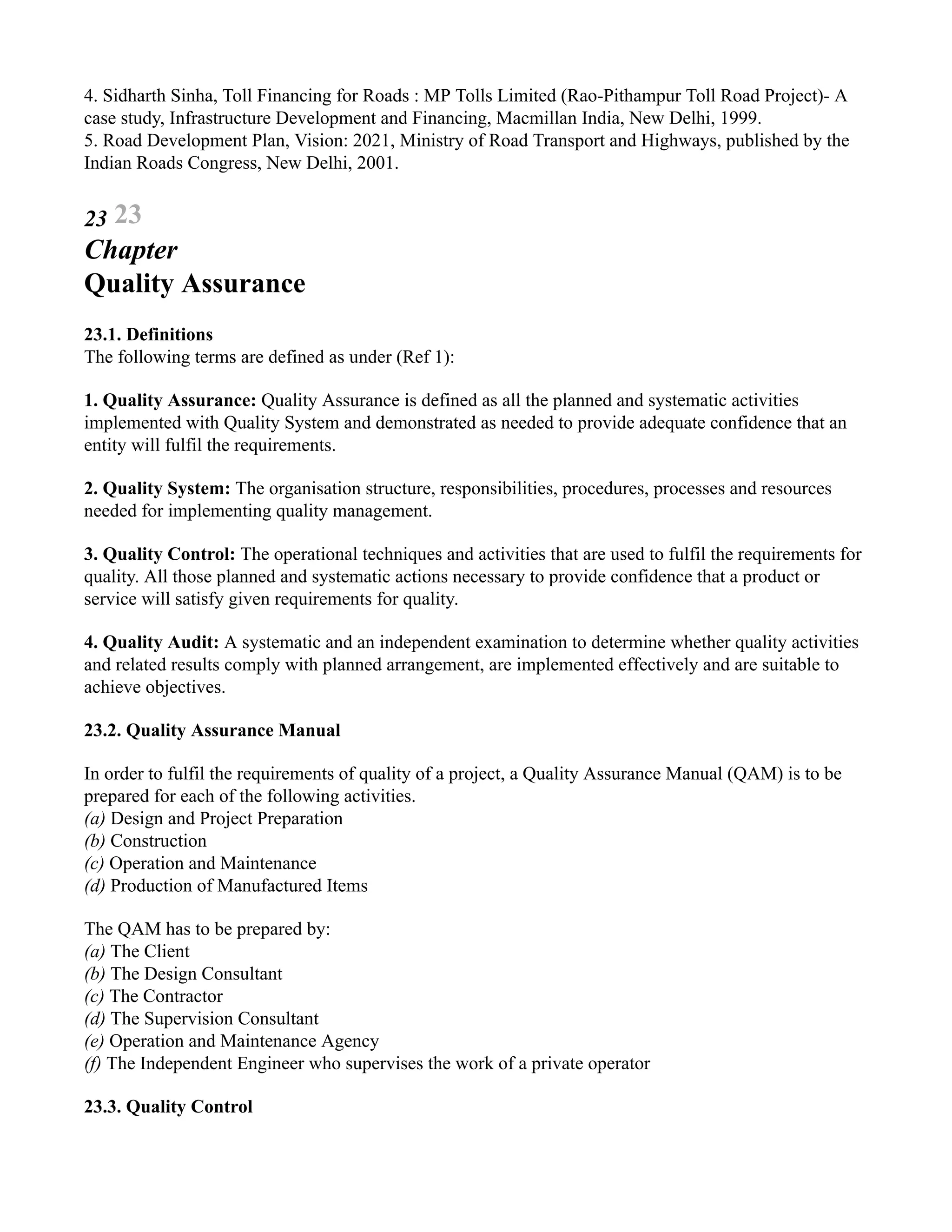

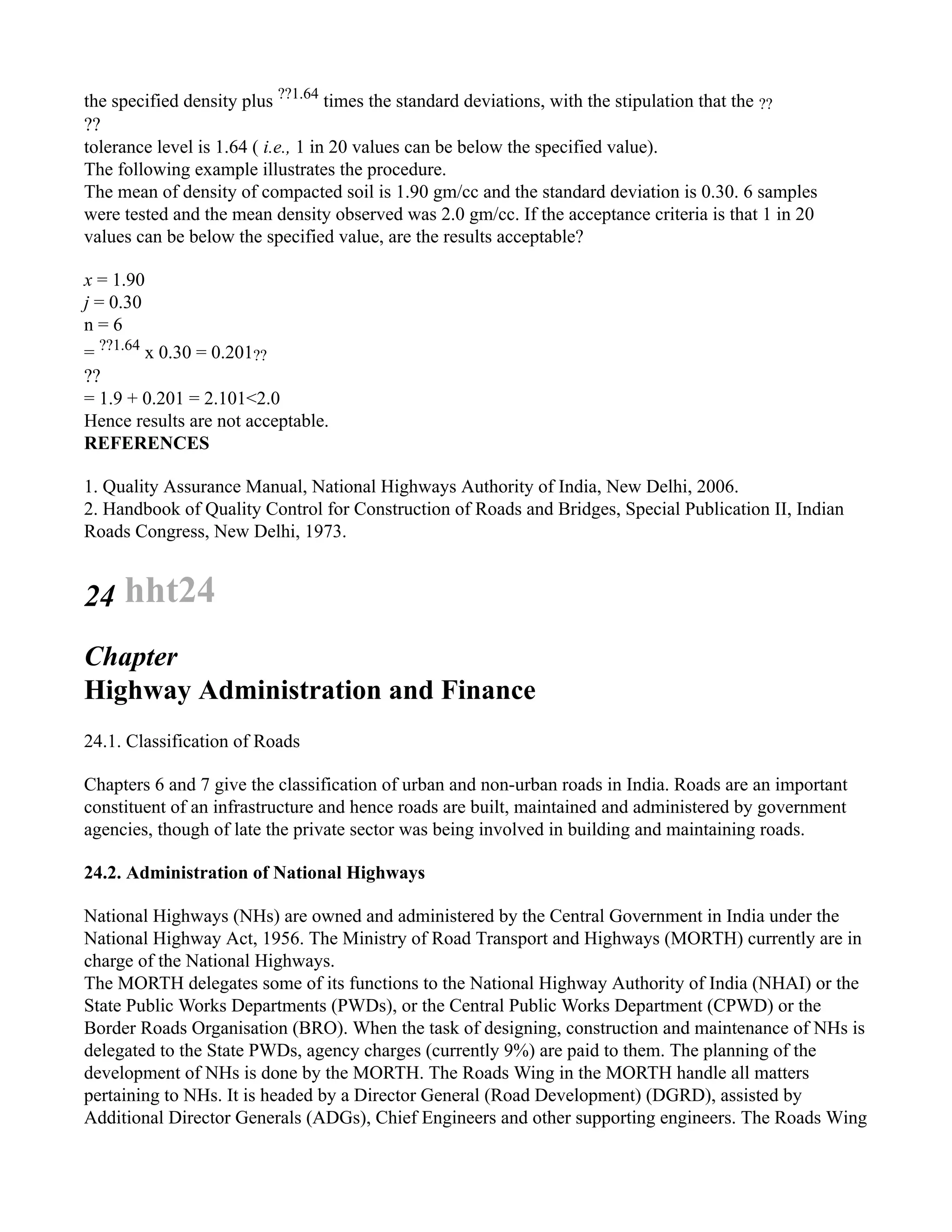
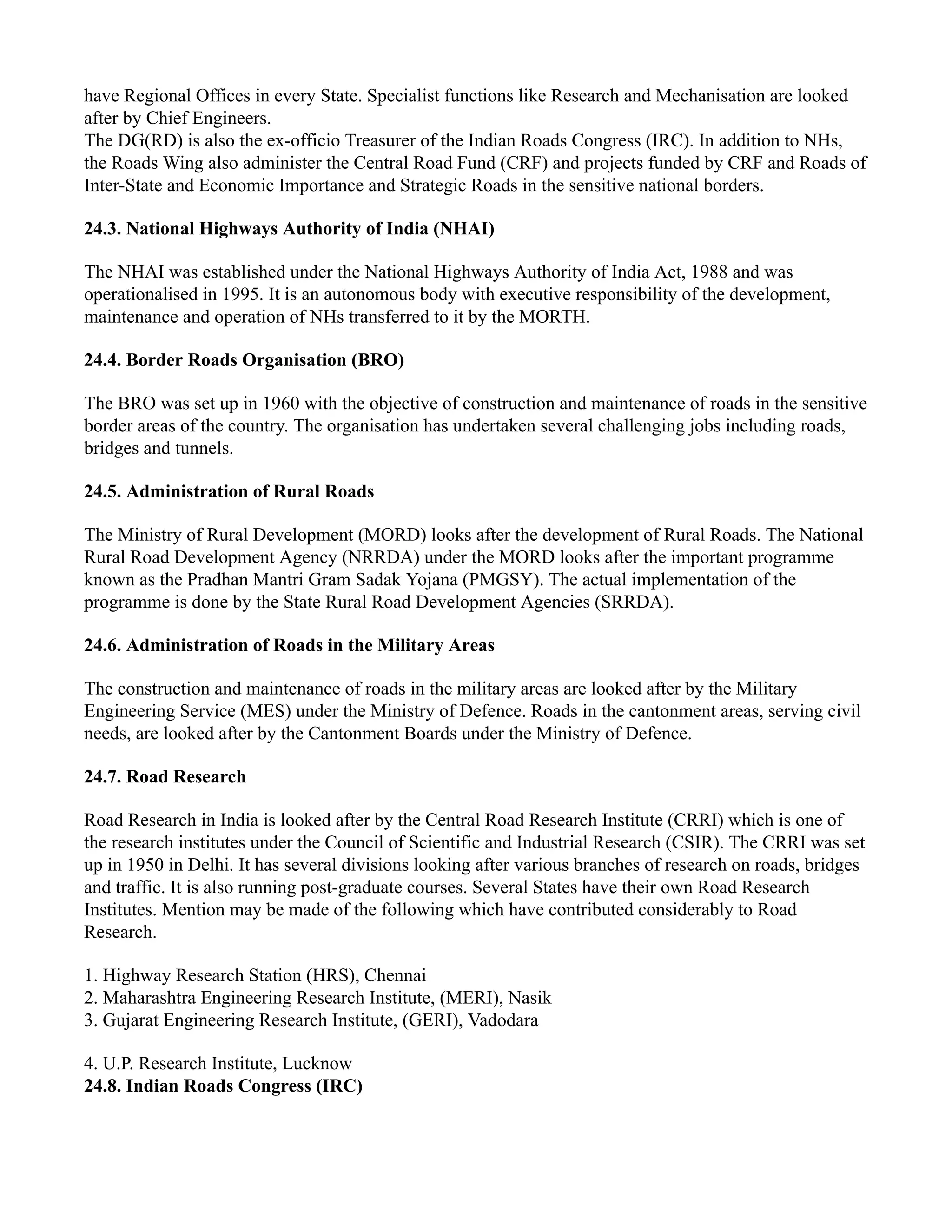

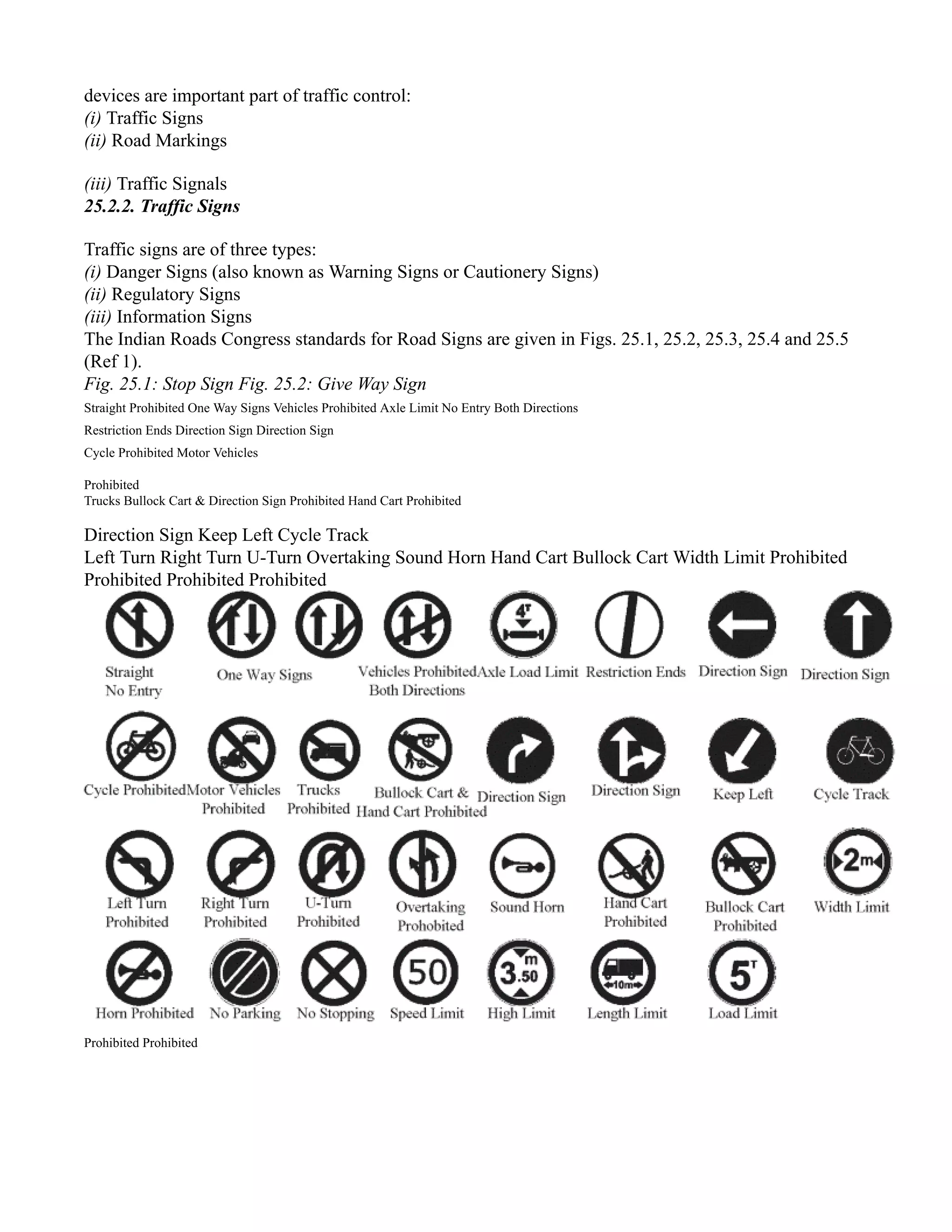
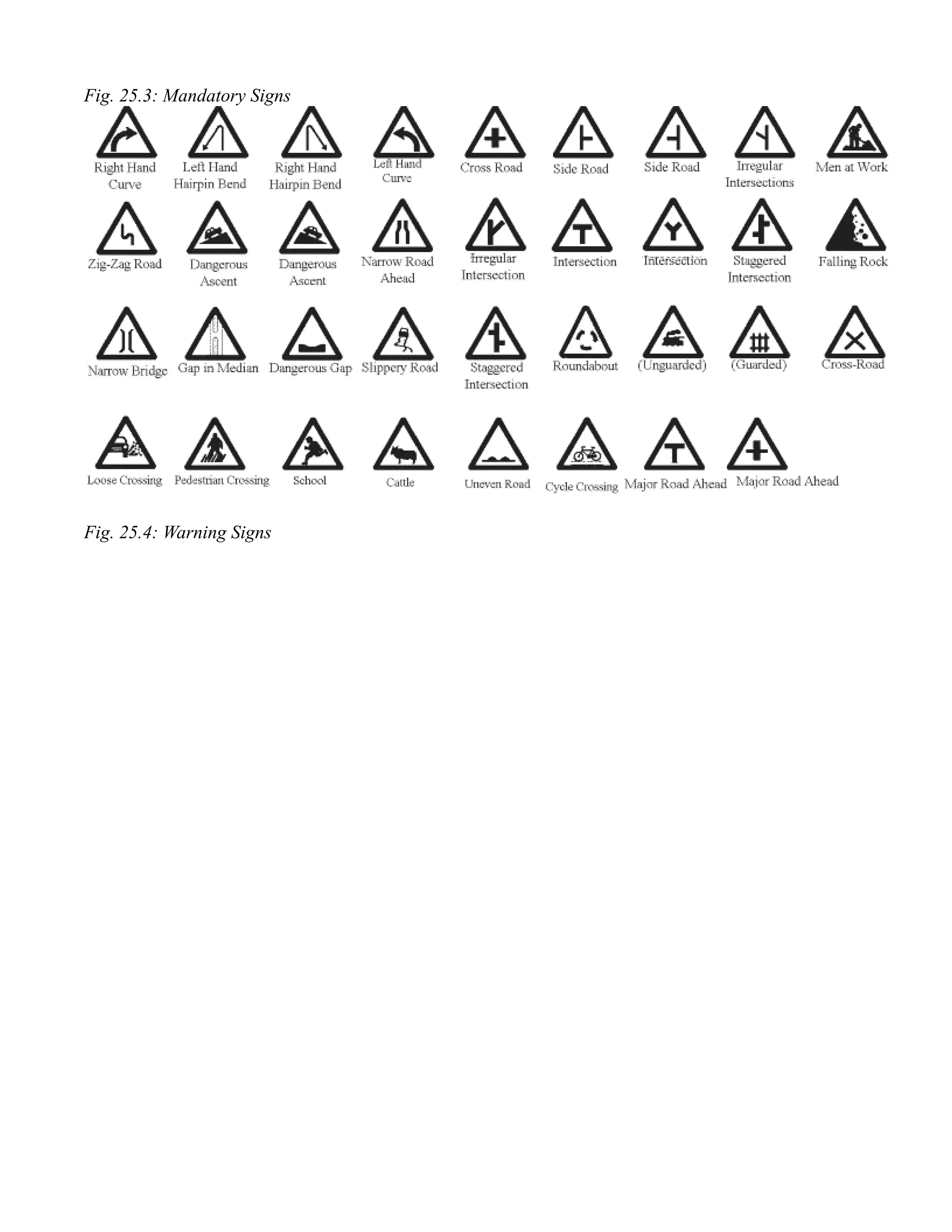
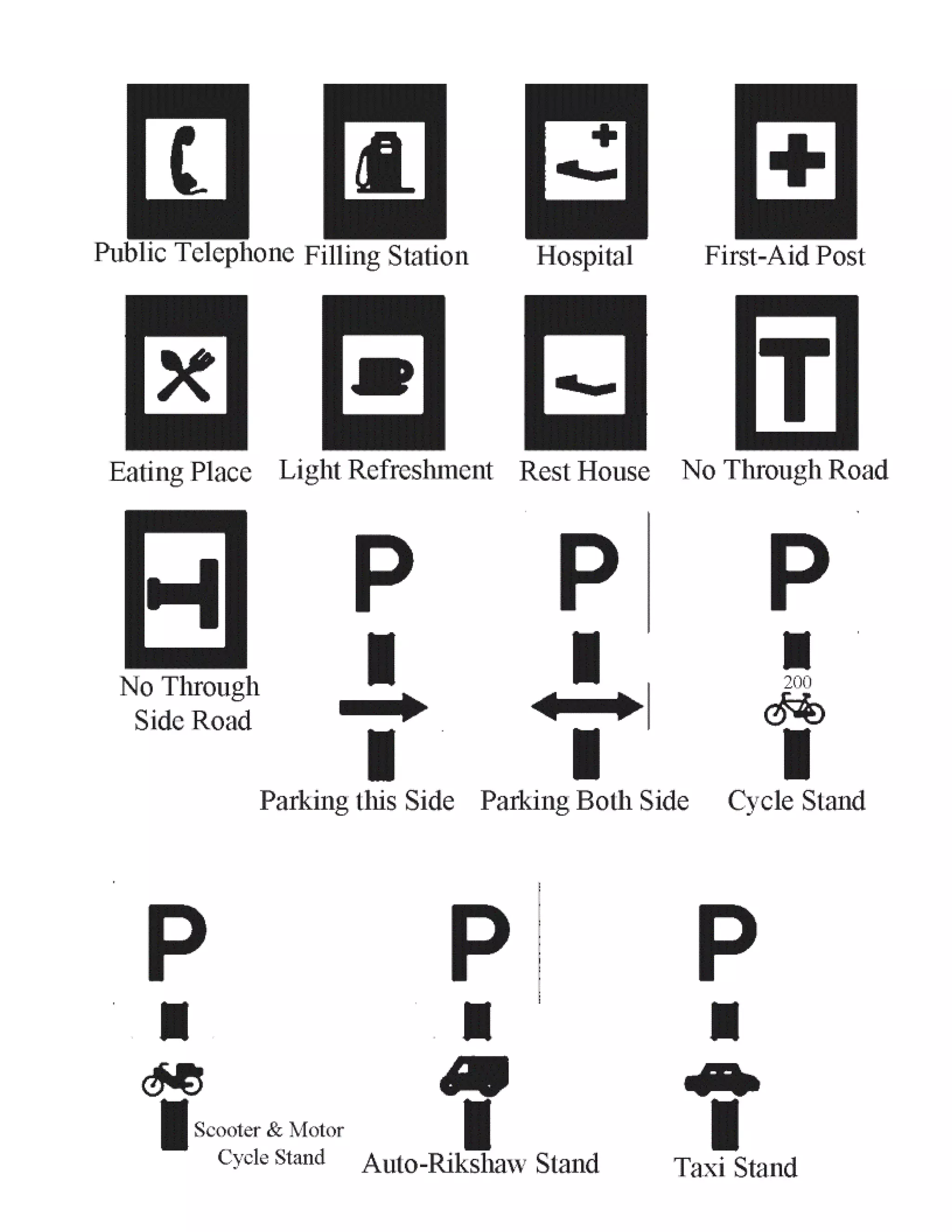
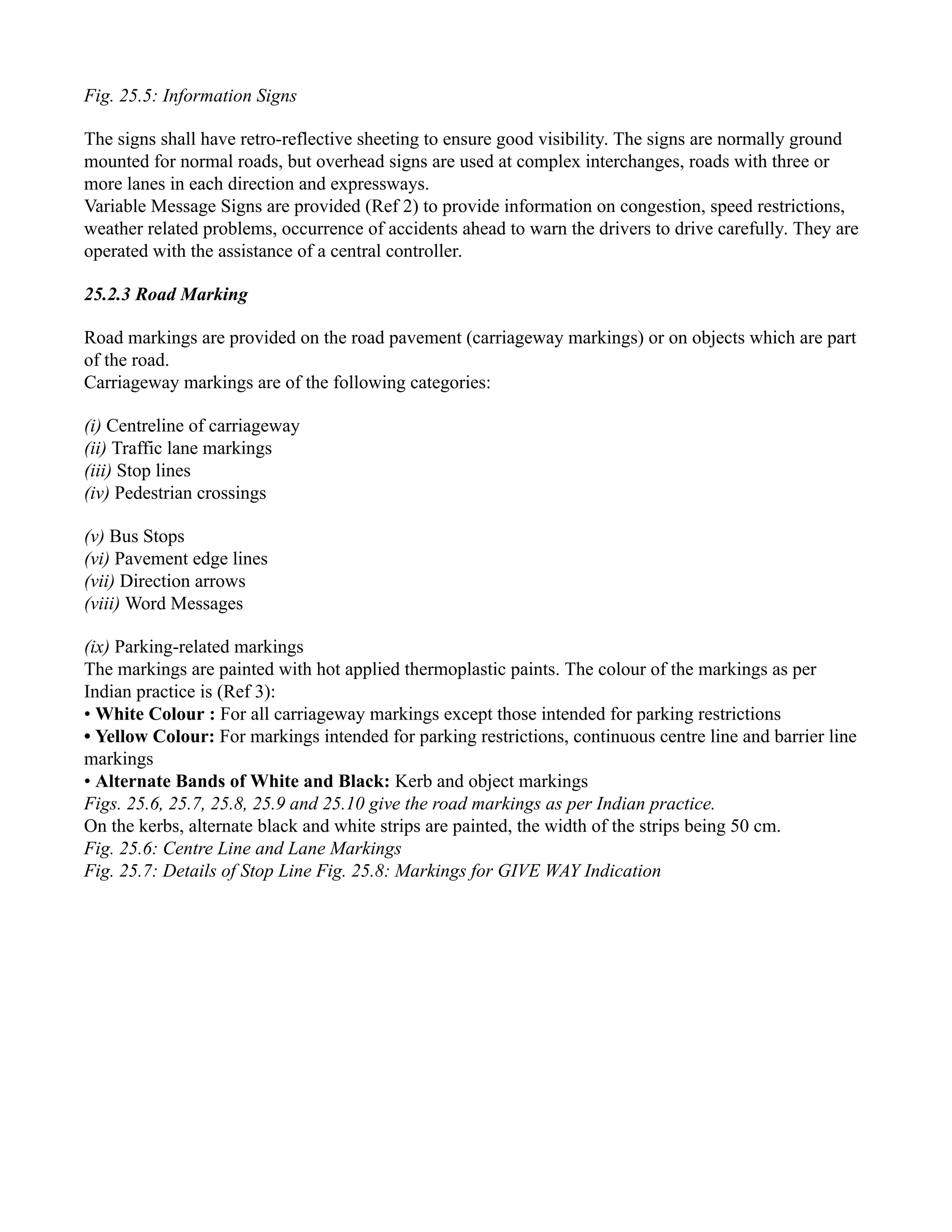
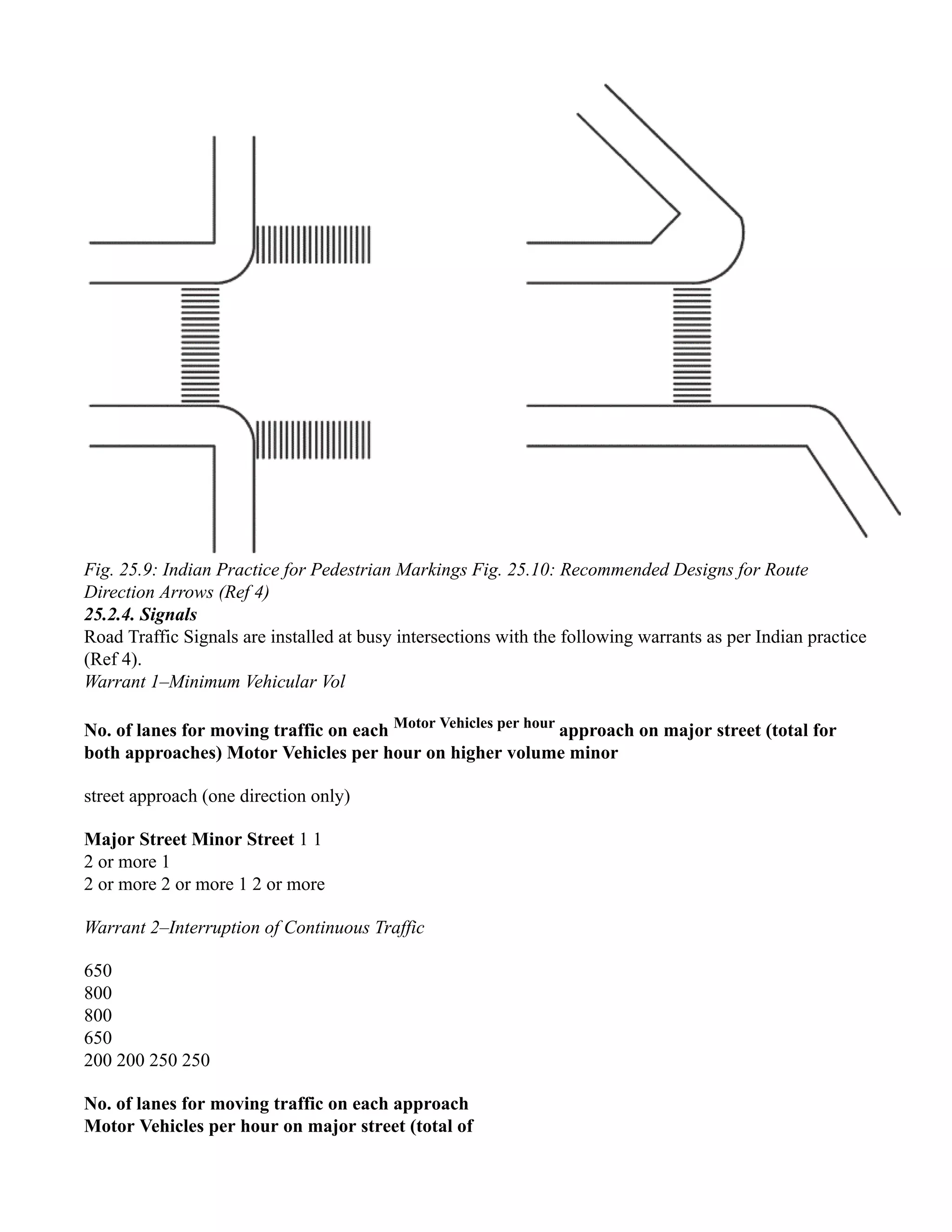
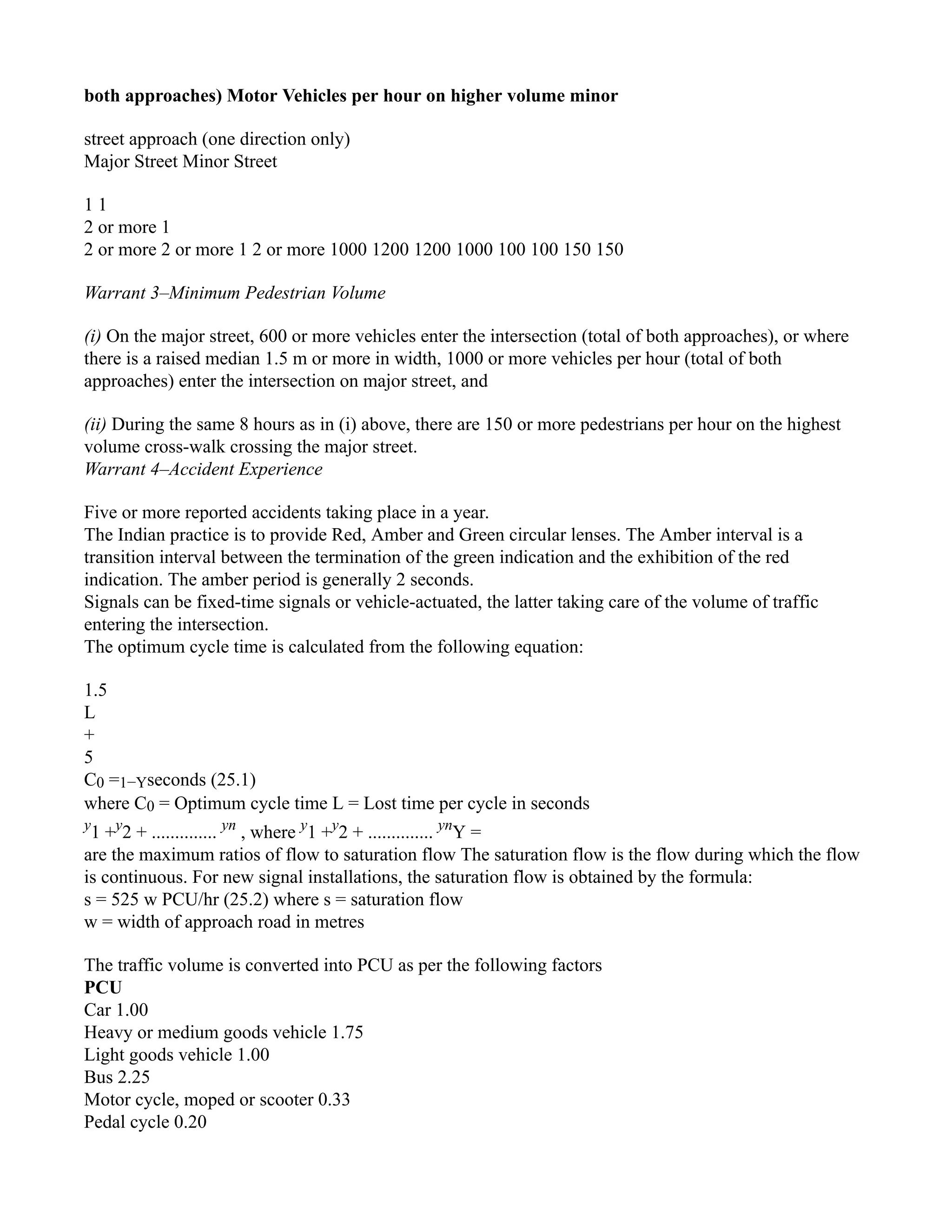
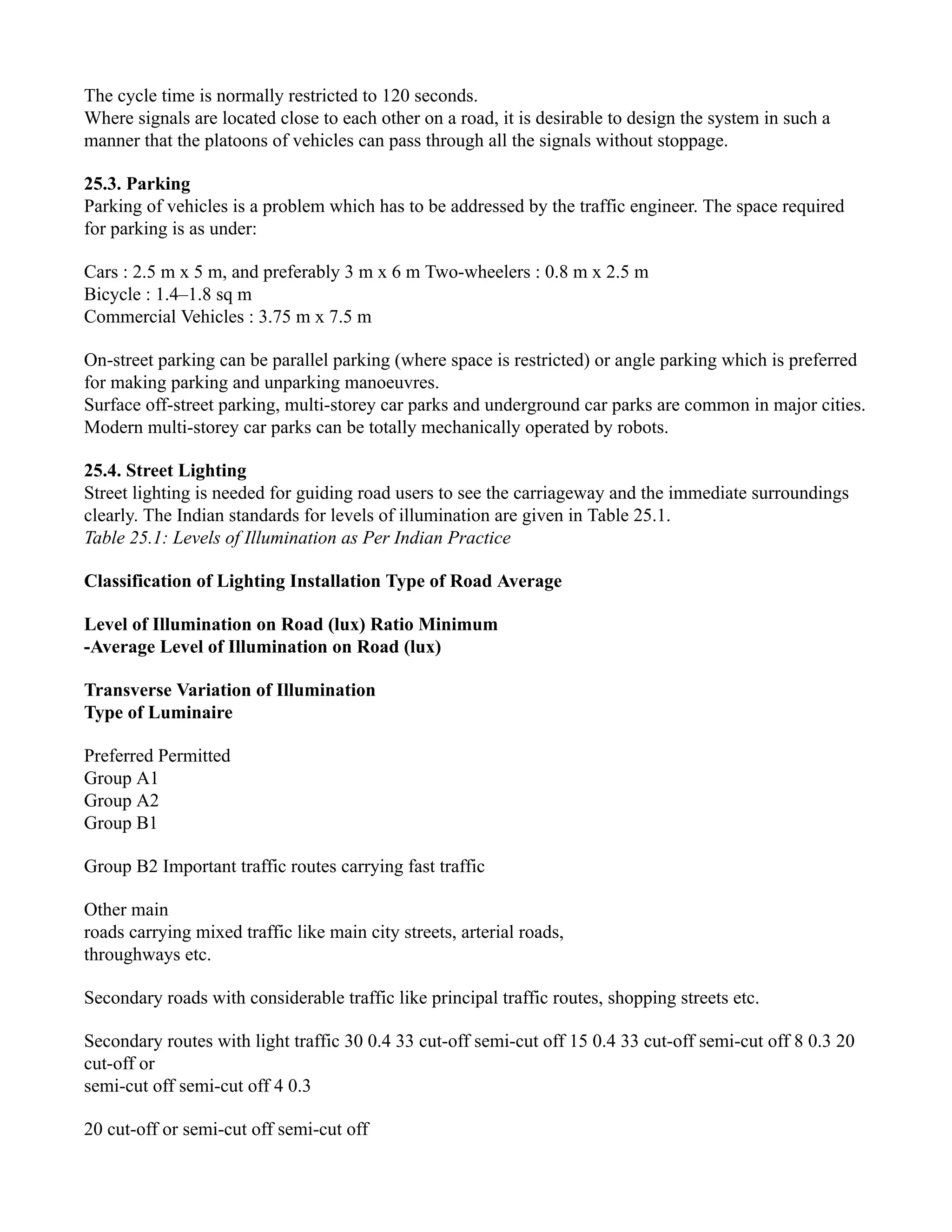
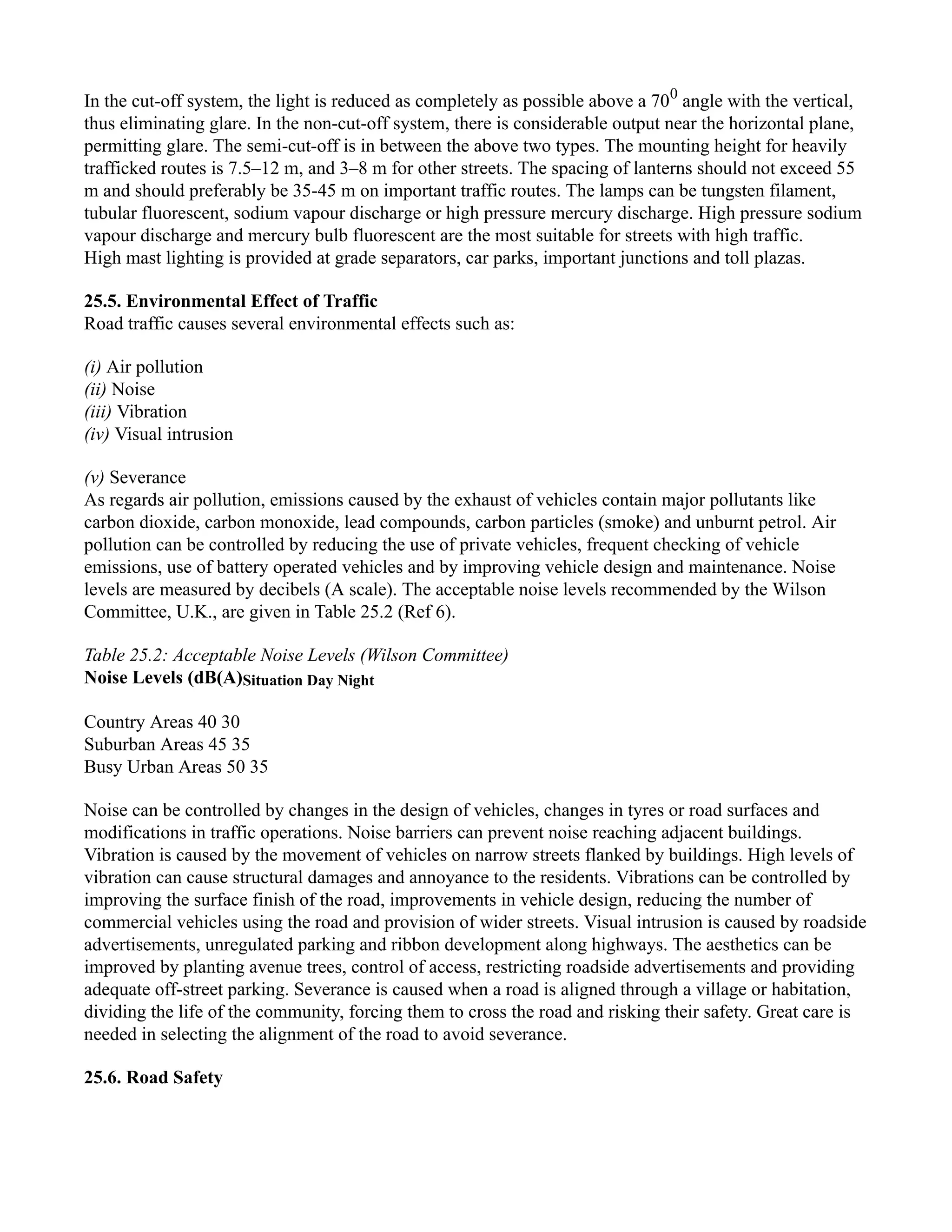
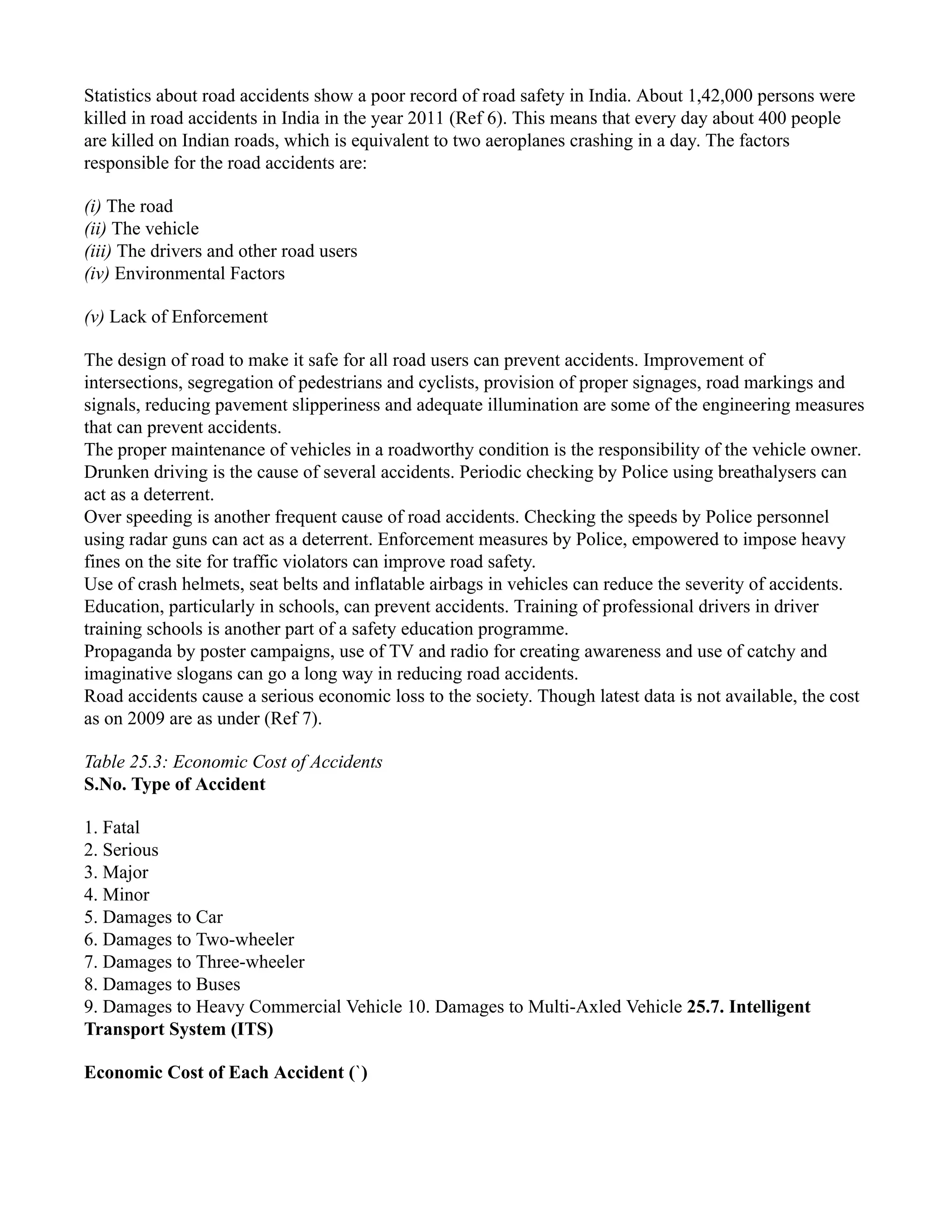
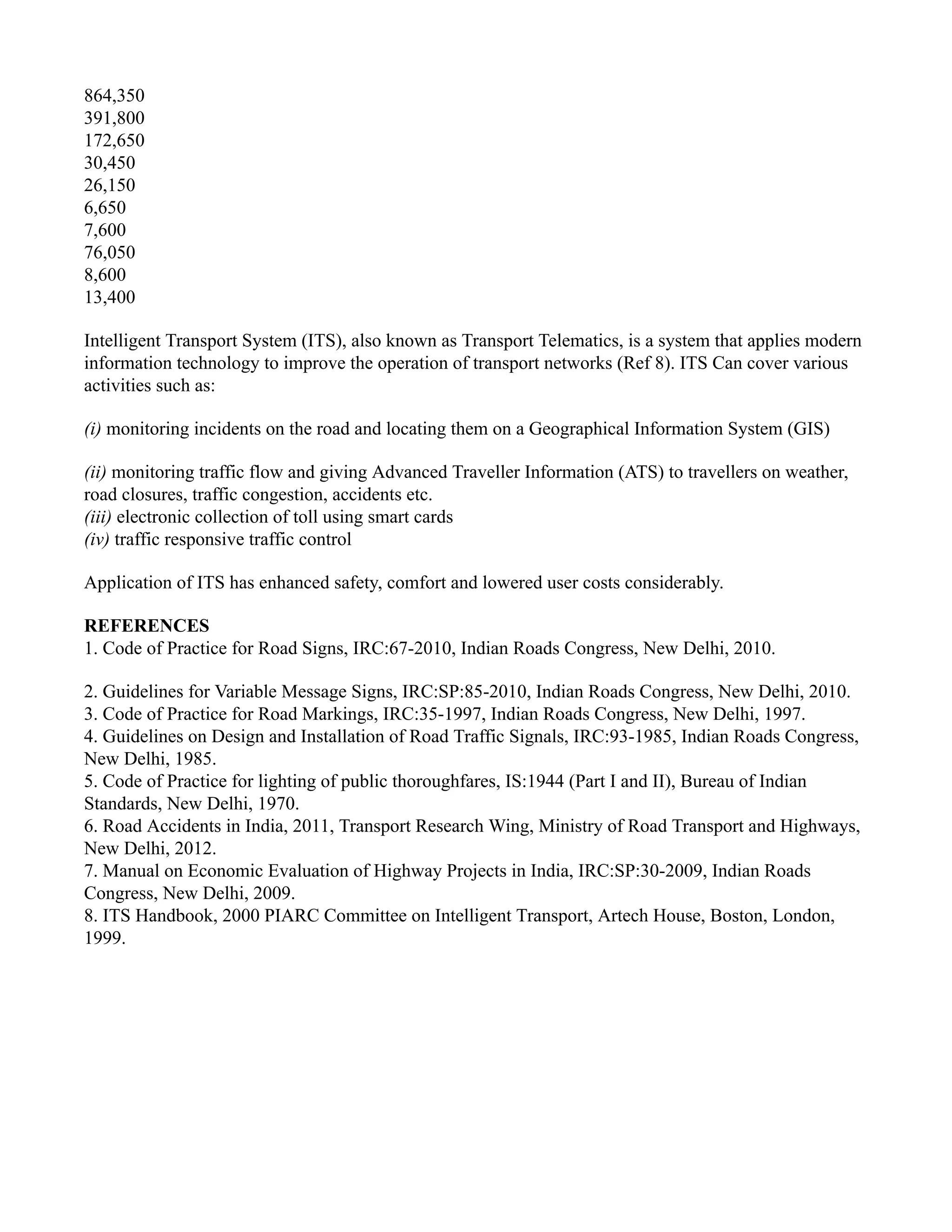
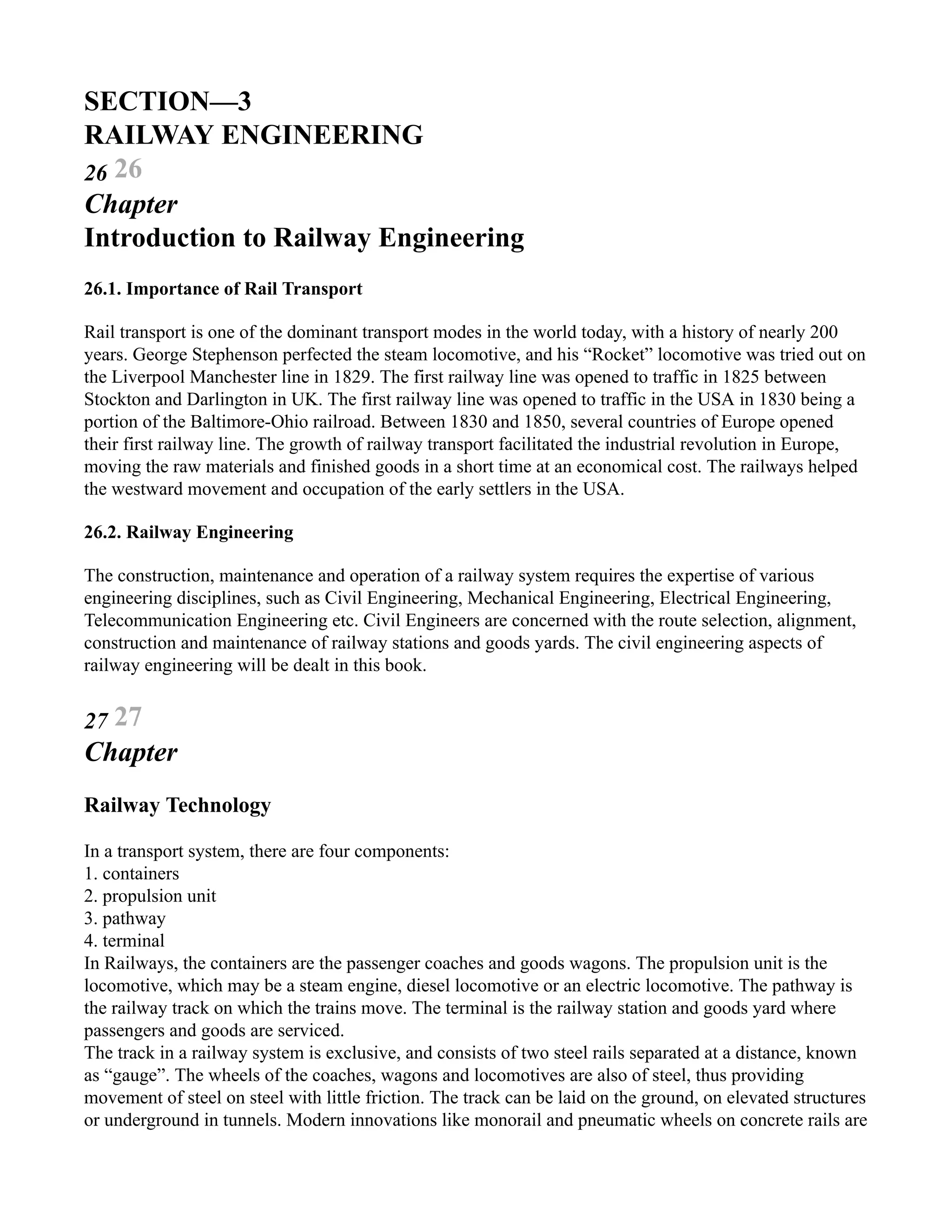
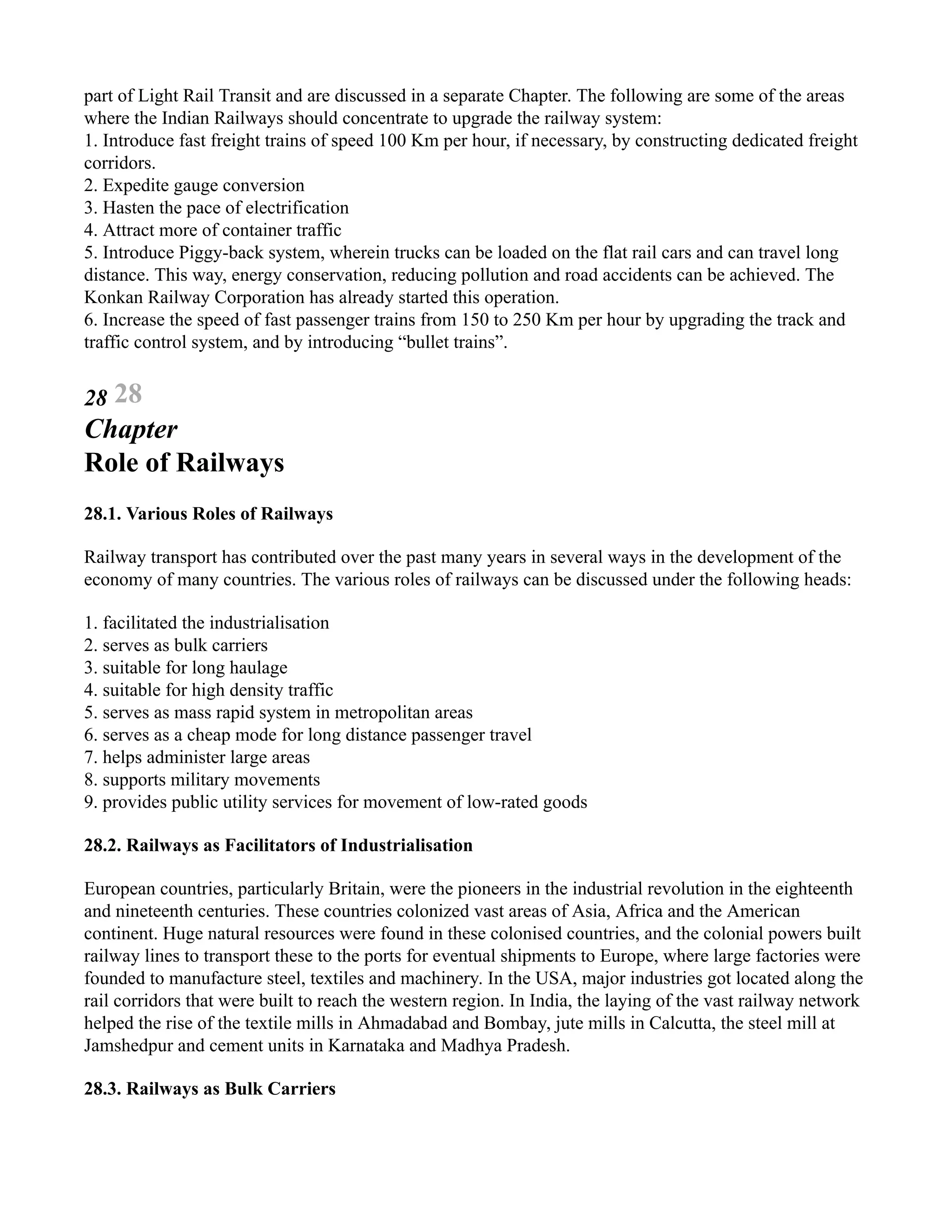
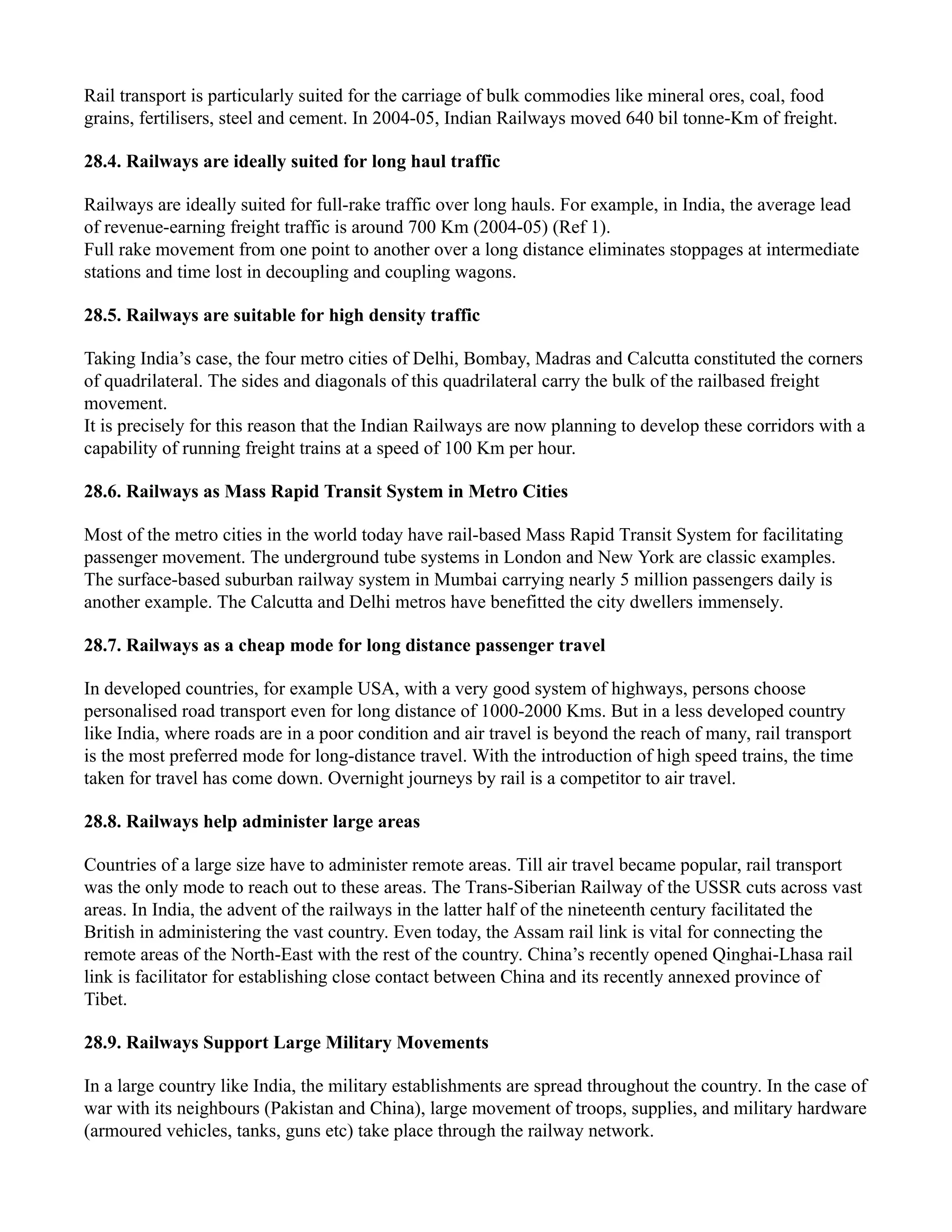

![3. Germany
4. Canada
Length of Railway Track (Km)
222,000
151,000
87,207
65,403
Passenger Freight Km (mil) Tonne-Km (mil)
22,500 2,075,000 144,700 1,205
66,500 71,356
1,458 299,508 (Contd...)
Country
Length of Railway Track (Km)
5. India 62,809
6. China 57,584
7. UK 37,849
8. Australia 35,780
9. Brazil 29,706
Passenger Freight Km (mil) Tonne-Km (mil)
420,449 305,513 369,598 1,236,200 38,300 18,400 11,510 127,400 12,667 141,239
[Note: India’s railways network length is the route length and not track length]
A glaring conclusion that can be drawn from the above statistics is that the Indian Railways are
concentrating more on passenger movement than on freight movement. China, USA, Australia and
Brazil, on the other hand use their railway system more for freight movement than for passenger
movement. Low passenger fare, subsidised suburban rail travel, the political compulsions of introducing
new express passenger trains in every railway budget and the high freight rates are responsible for this.
As a result, goods move largely by roads, consuming more fuel. India needs to reverse the trend and
improve its freight operations. The proposed dedicated freight corridors with train speeds of 100 Km/hr
are a step in the right direction.
REFERENCE
1. Twelfth Five Year Plan, Planning Commission, Govt. of India, New Delhi. 2. Britannica Year Book
2007, Encyclopaedia Britannica, Chicago, 2007.](https://image.slidesharecdn.com/kupdf-230112040922-563402fb/75/kupdf-net_transportation-engineering-lrkadiyali-pdf-237-2048.jpg)
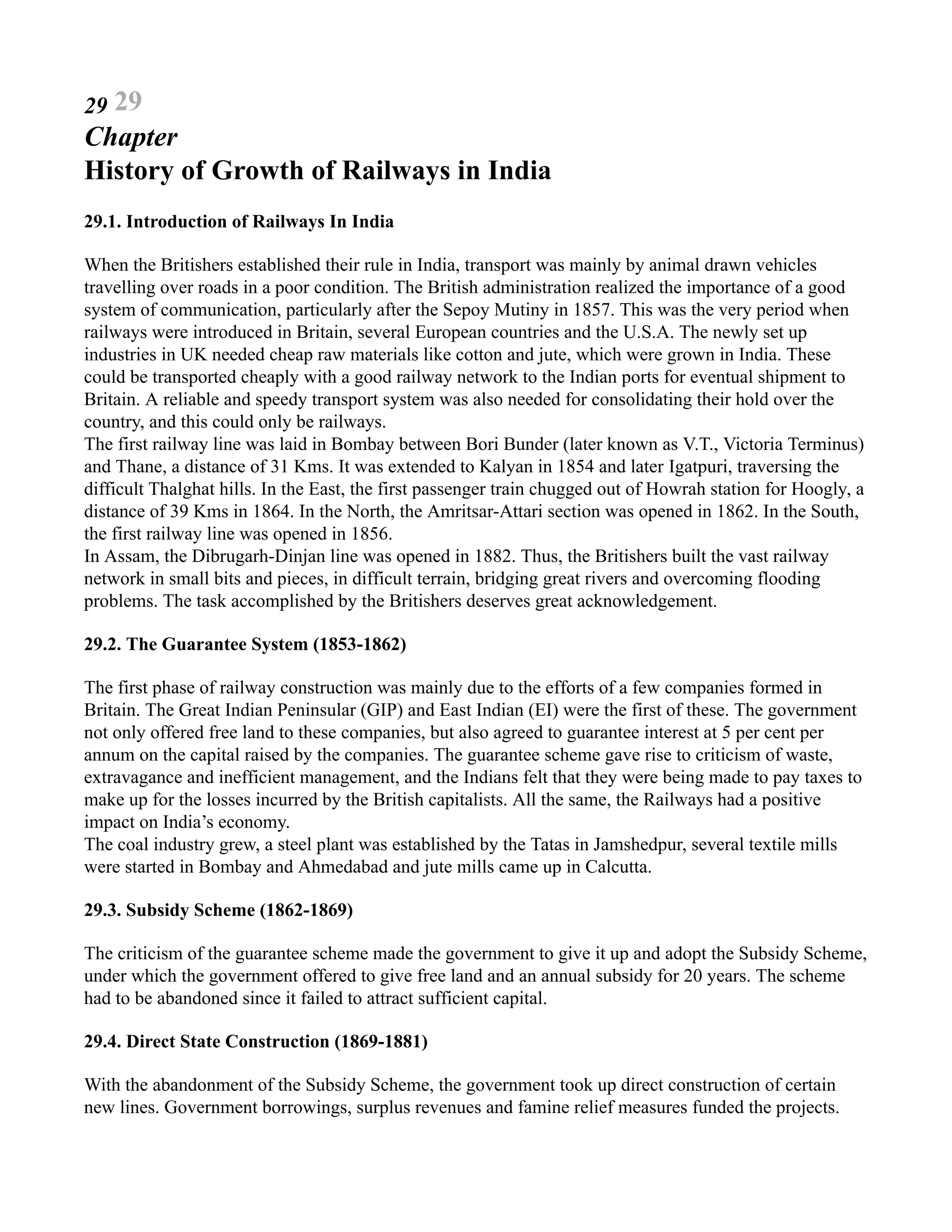
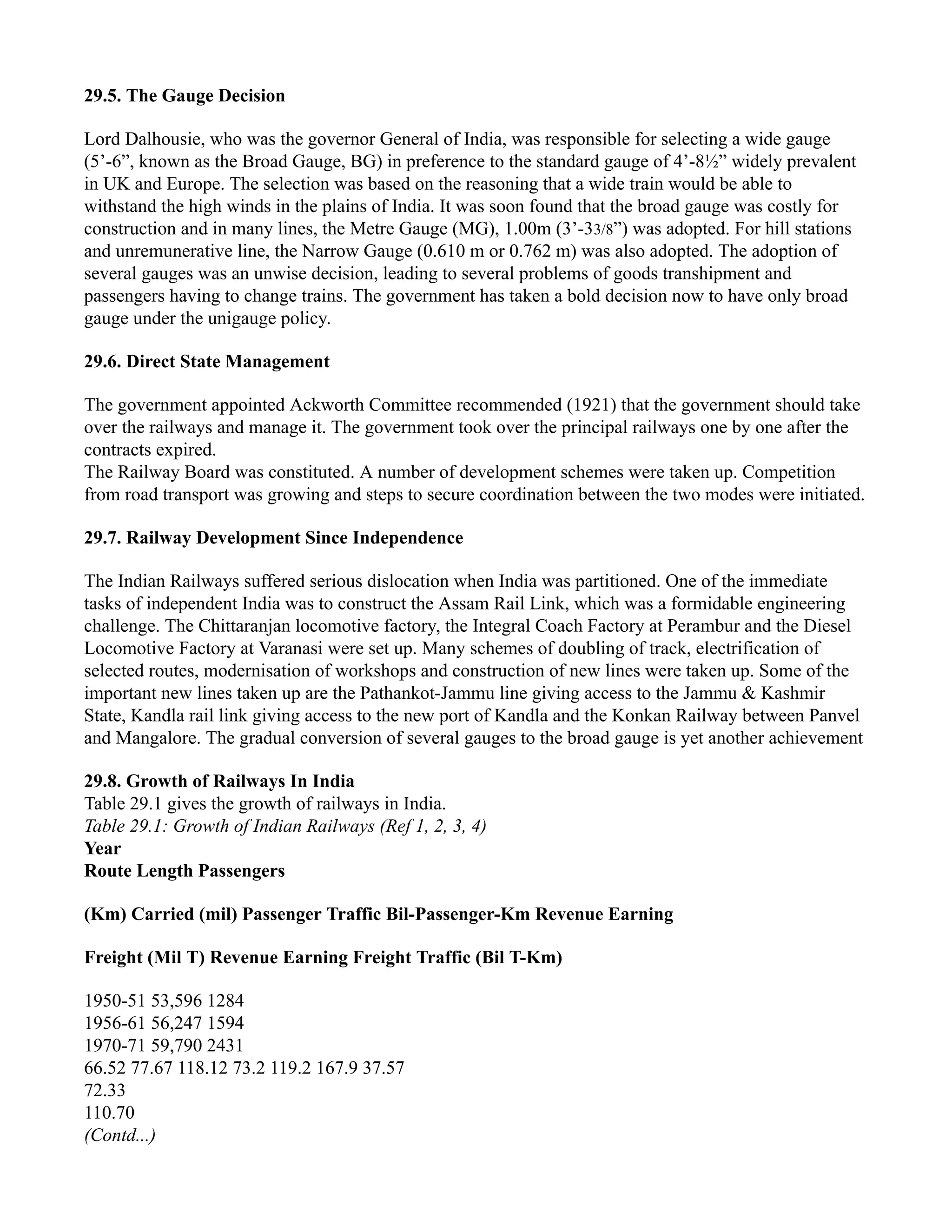
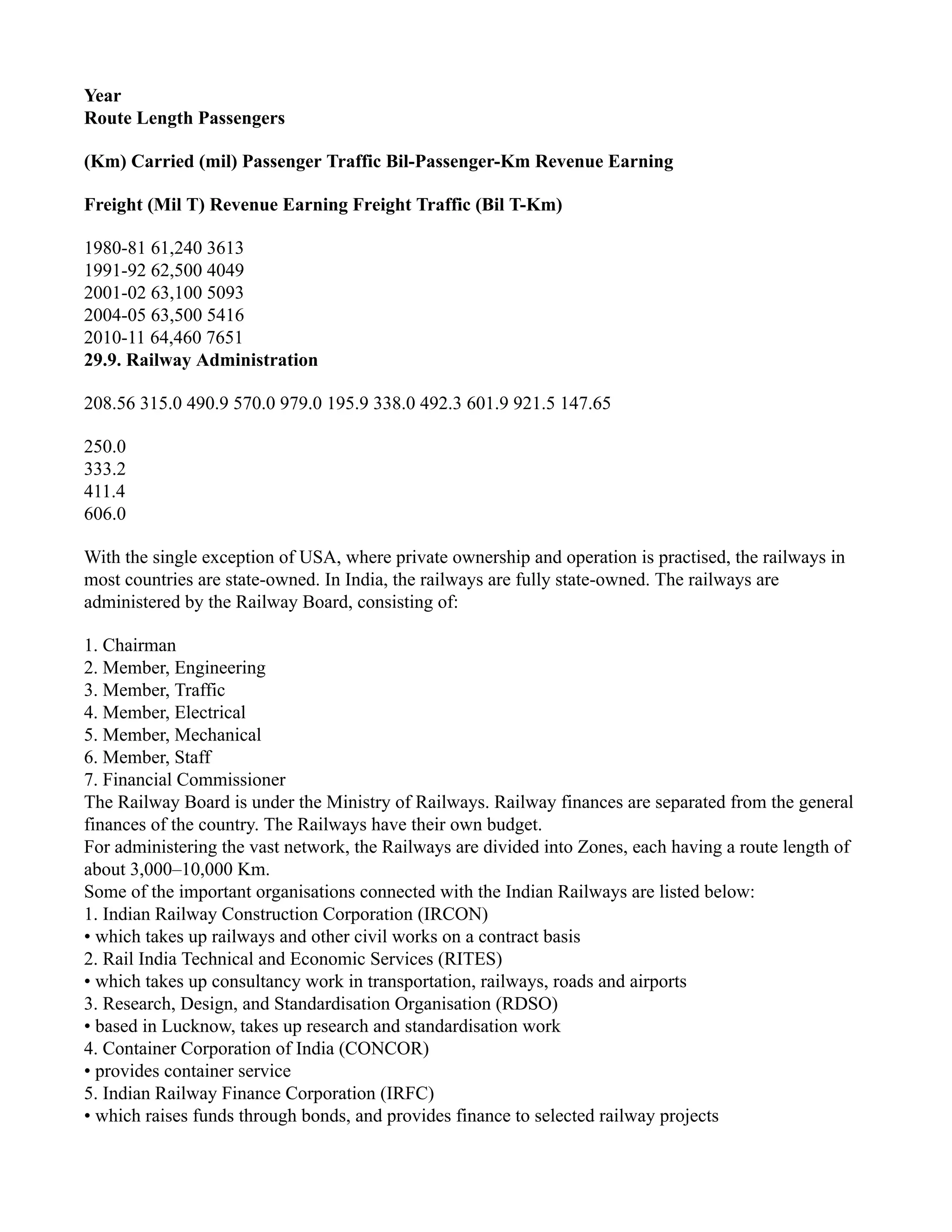
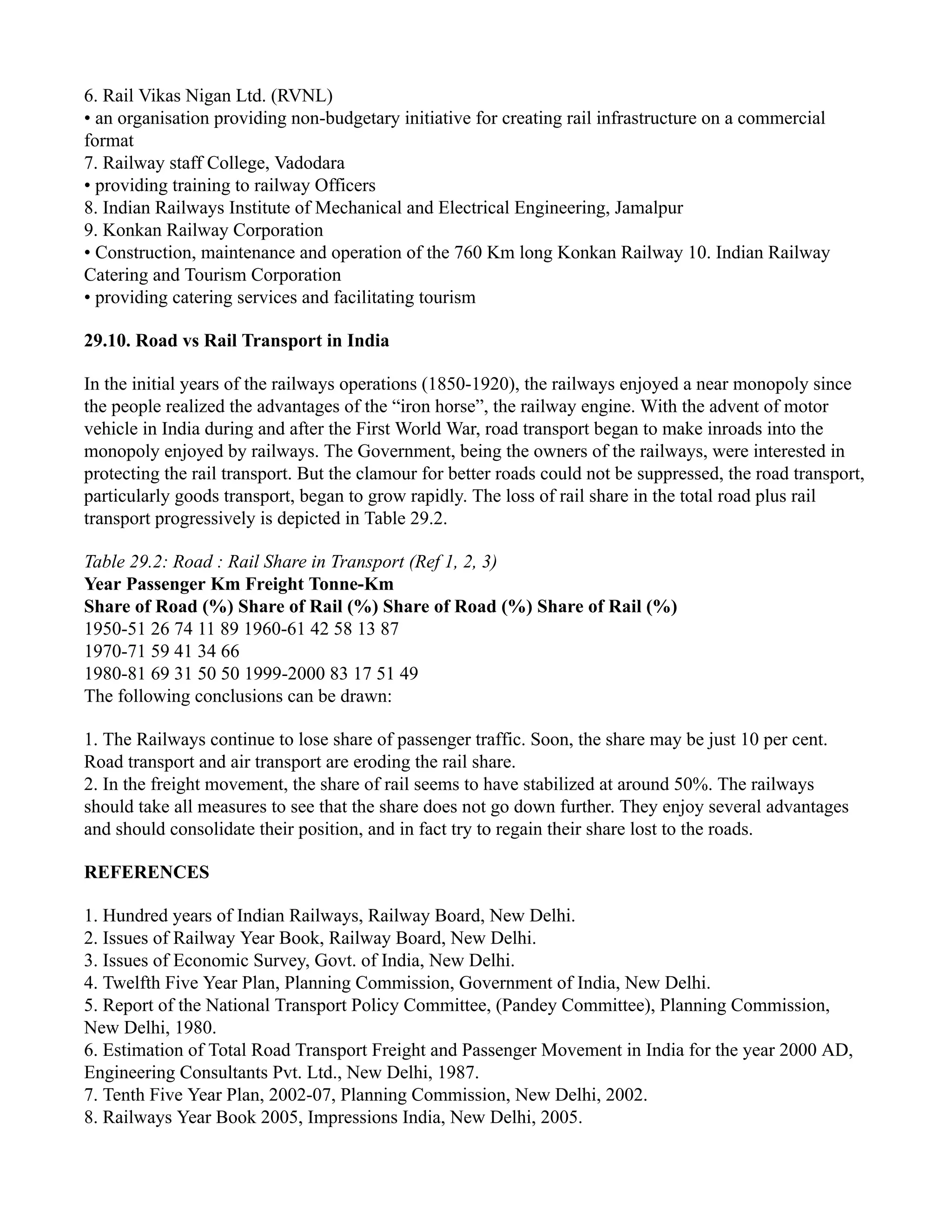
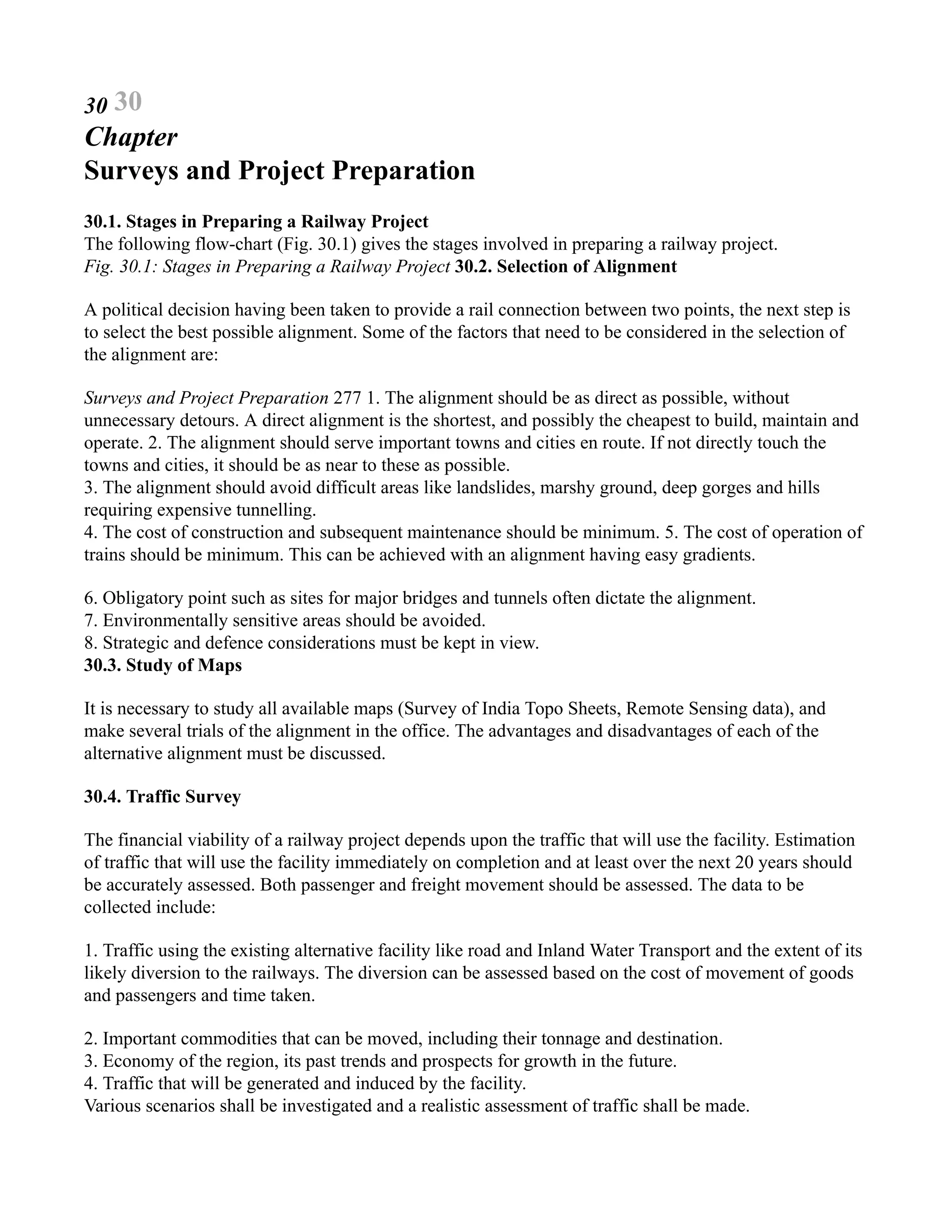
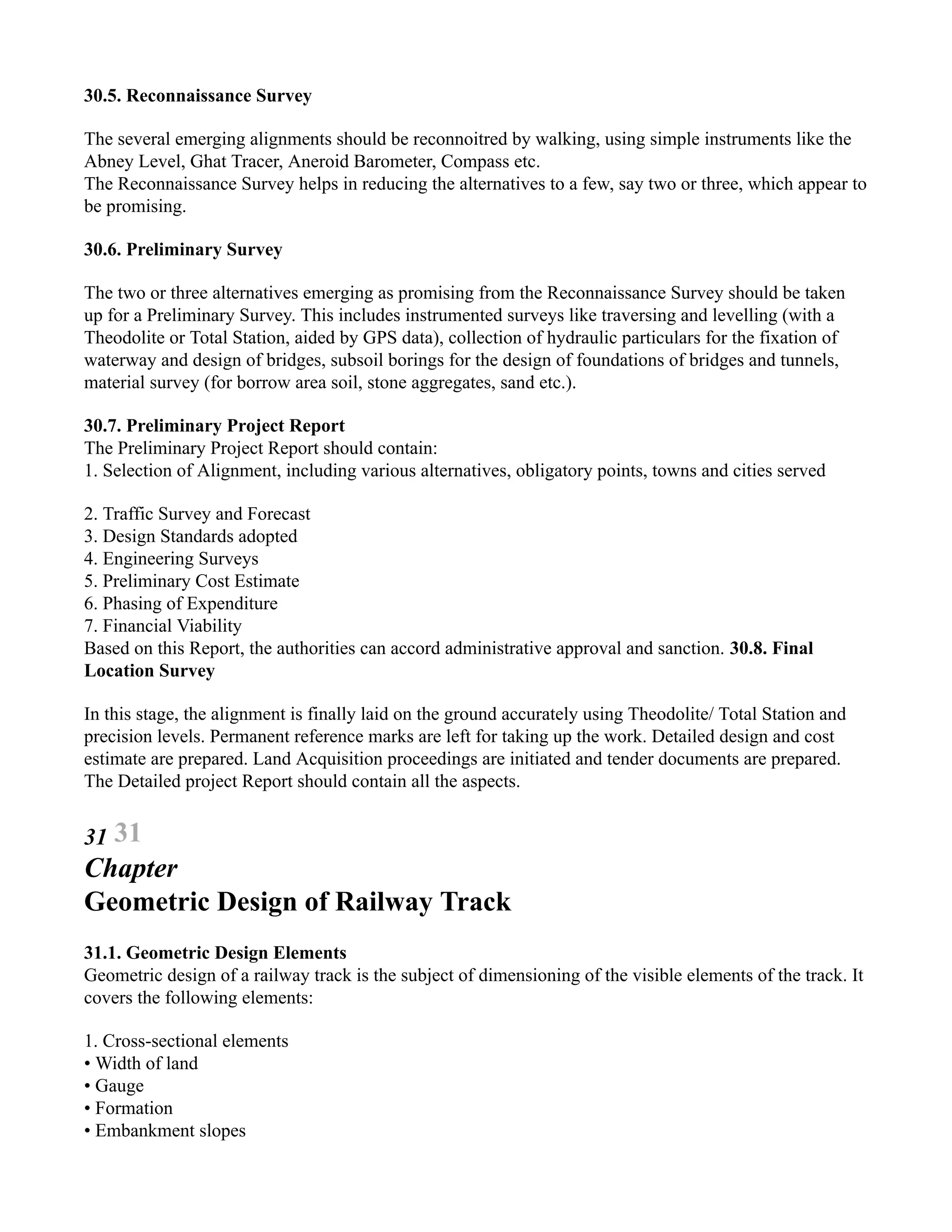
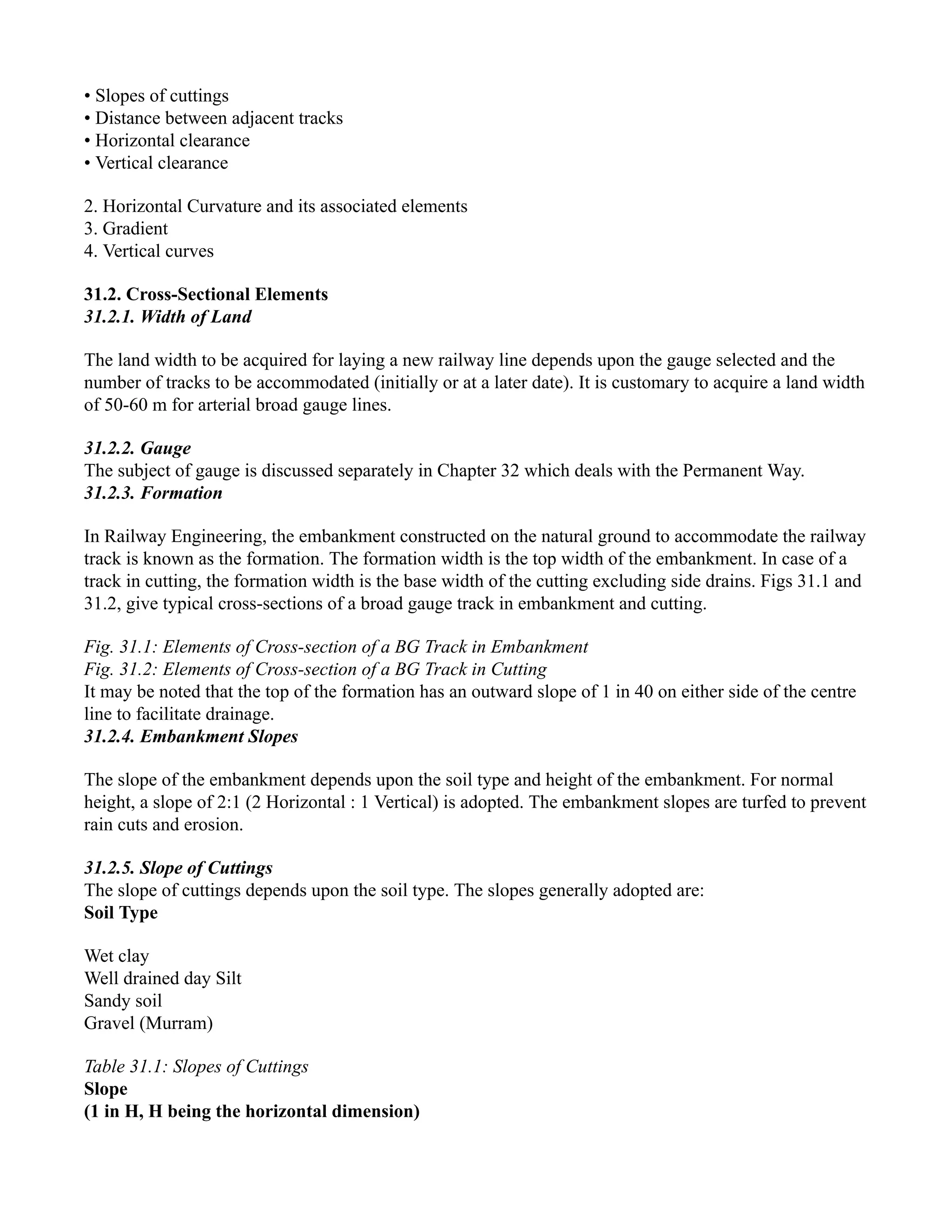
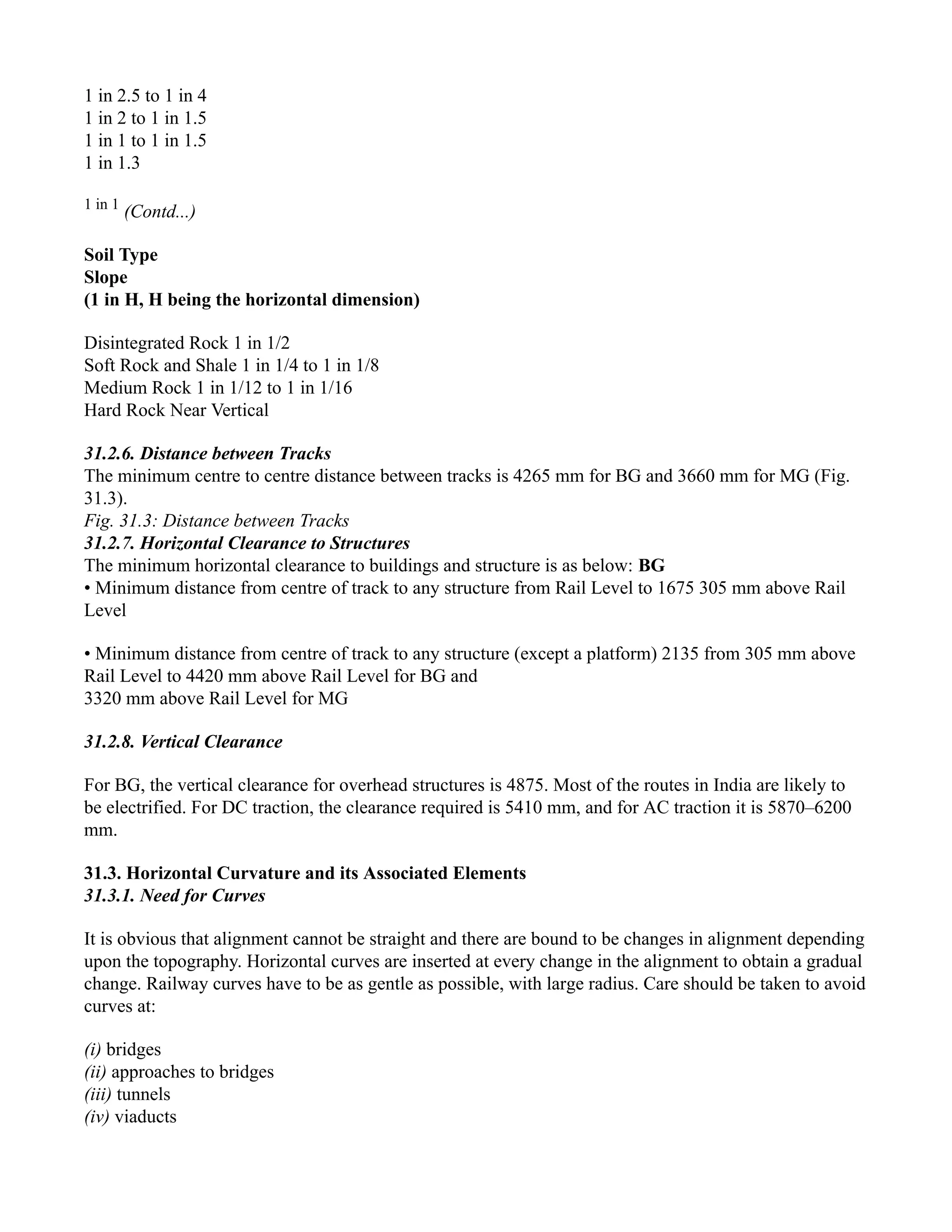
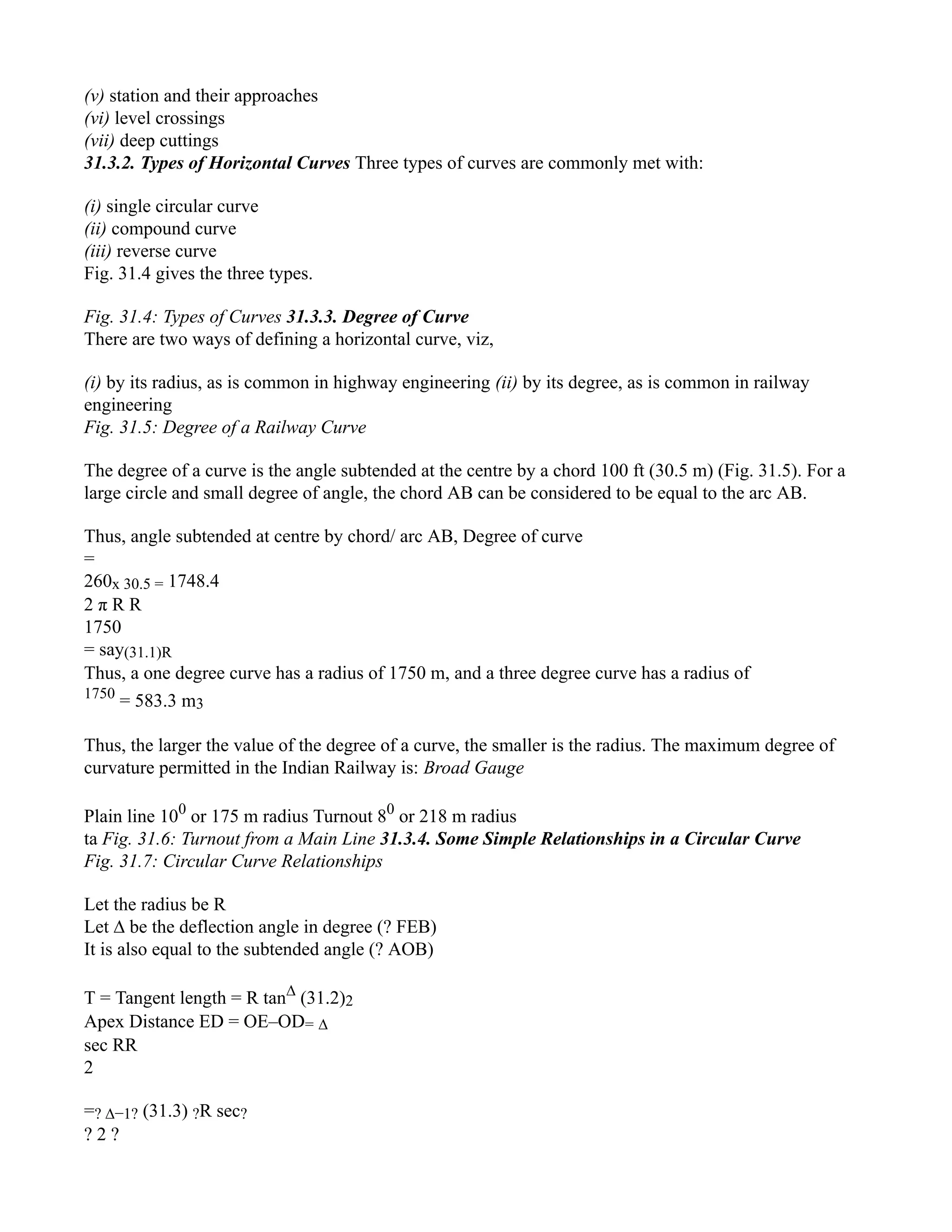
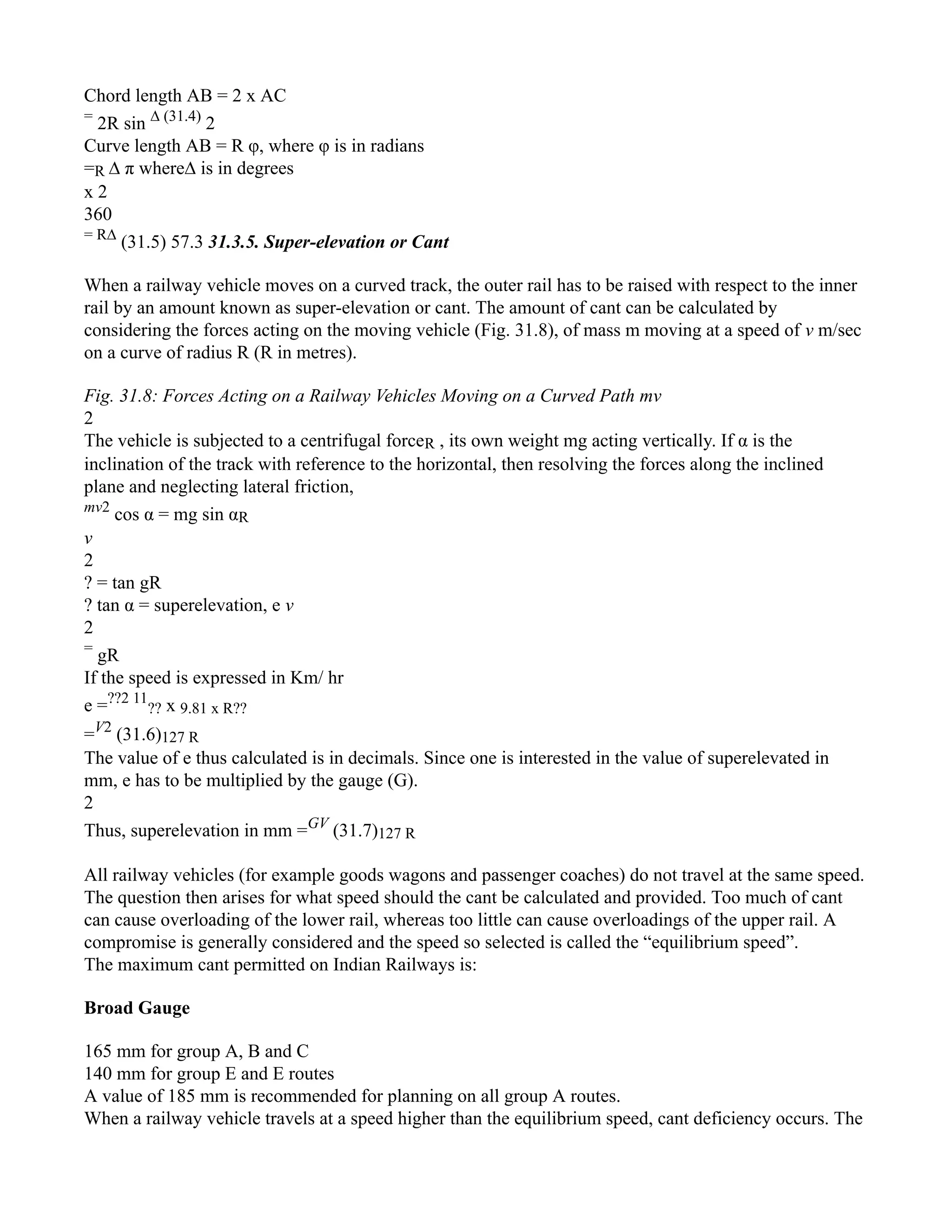

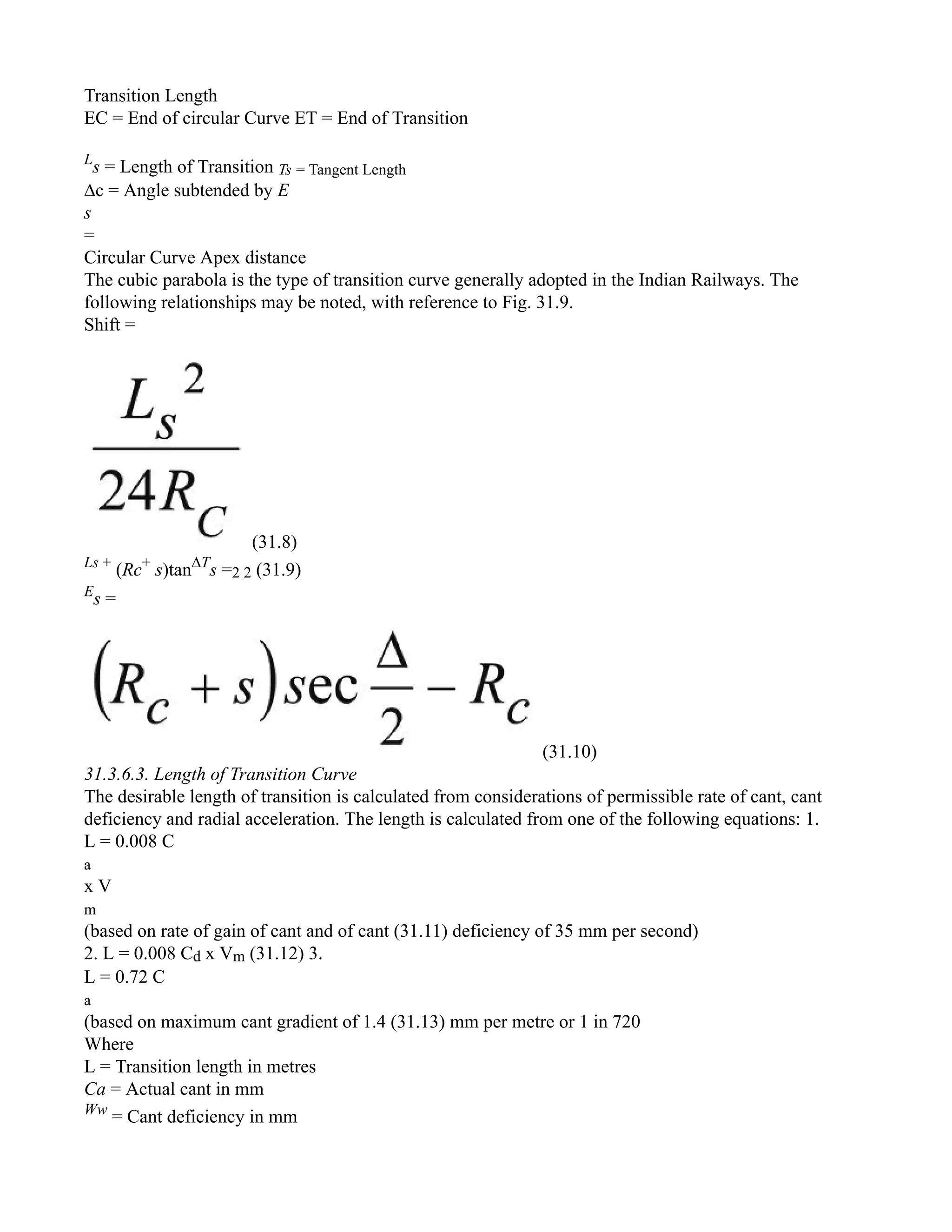
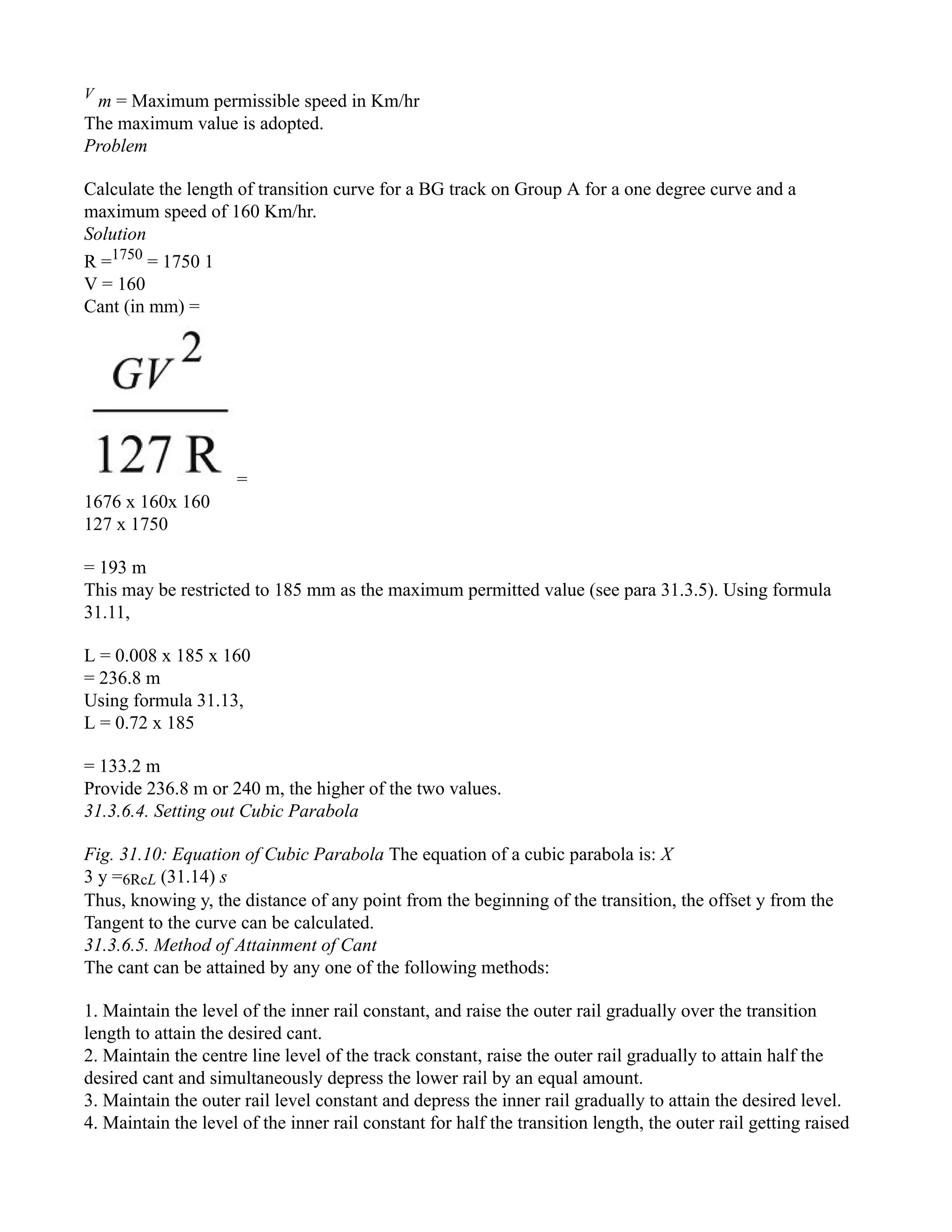
![by half the cant. In the remaining half, maintain the outer rail at the level obtained, and gradually
depress the inner rail to half the cant at the end of the transition. Method 1 is popular among the
maintenance staff, especially when manual maintenance is done.
31.3.7. Safe Speed on Curves
The basic formula governing speed, radius and cant is:
GV
2
Cant (in mm) = (Formula 31.7)
127 R
The cant is composed of
(actual cant) and
(cant deficiency). Ca+
=GV2
Thus127 R
(
CCd)127 R
a
? V =G
For Broad Gauge,
0.27
V =(aCCd)127 R
(31.15) [Note: G in the above derivation is 1750 mm for BG, which is the centre to
centre distance between the rail heads, and not the gauge].
31.3.8. Gauge Widening on Curves
When a railway vehicle travels on a curved track, the front axle tends to push the outer rail, and the
flange gets worn out, and so also the outer rail head. The vehicle will have a smooth passage if the gauge
is slightly widened, and the wear of the flange and the rail head is reduced. But excess of gauge
widening increases the play of the wheel, which could result in increasing the angle of attack of the
wheel flange on the rail, again leading to extra wear of both the flange and the rail. Too much of slack in
the gauge can also lead to derailment. Thus, a compromise has to be achieved in gauge widening. From
experience, the Indian Railway have arrived at the following optimum gauge widening policy for BG.
1. Straight, including curves of radius 400 m and 3 mm tight , i.e.,gauge is 1673 mm more
2. Curves of radius less than 400 m upto 5 mm slack , i.e.,gauge can be upto 1681 mm](https://image.slidesharecdn.com/kupdf-230112040922-563402fb/75/kupdf-net_transportation-engineering-lrkadiyali-pdf-251-2048.jpg)
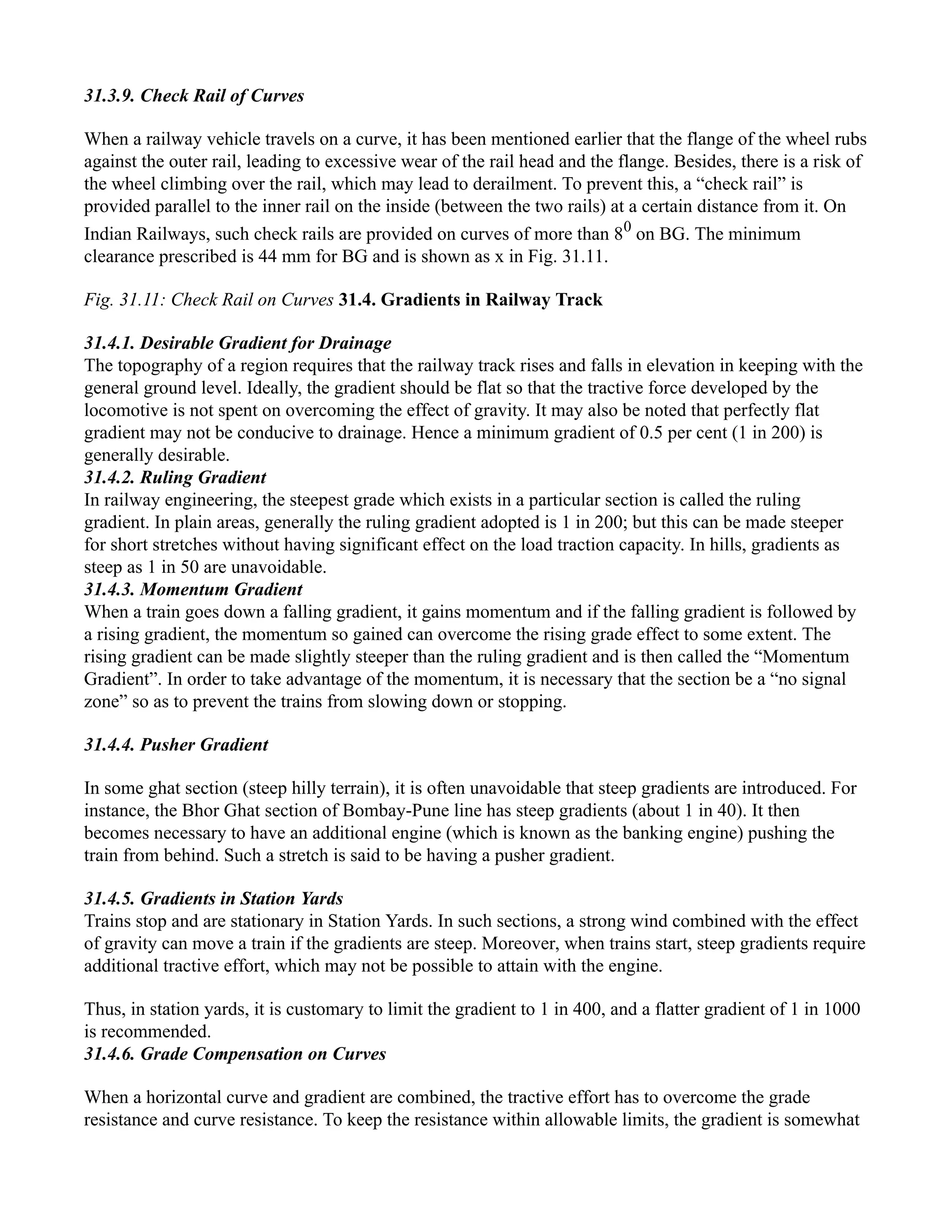
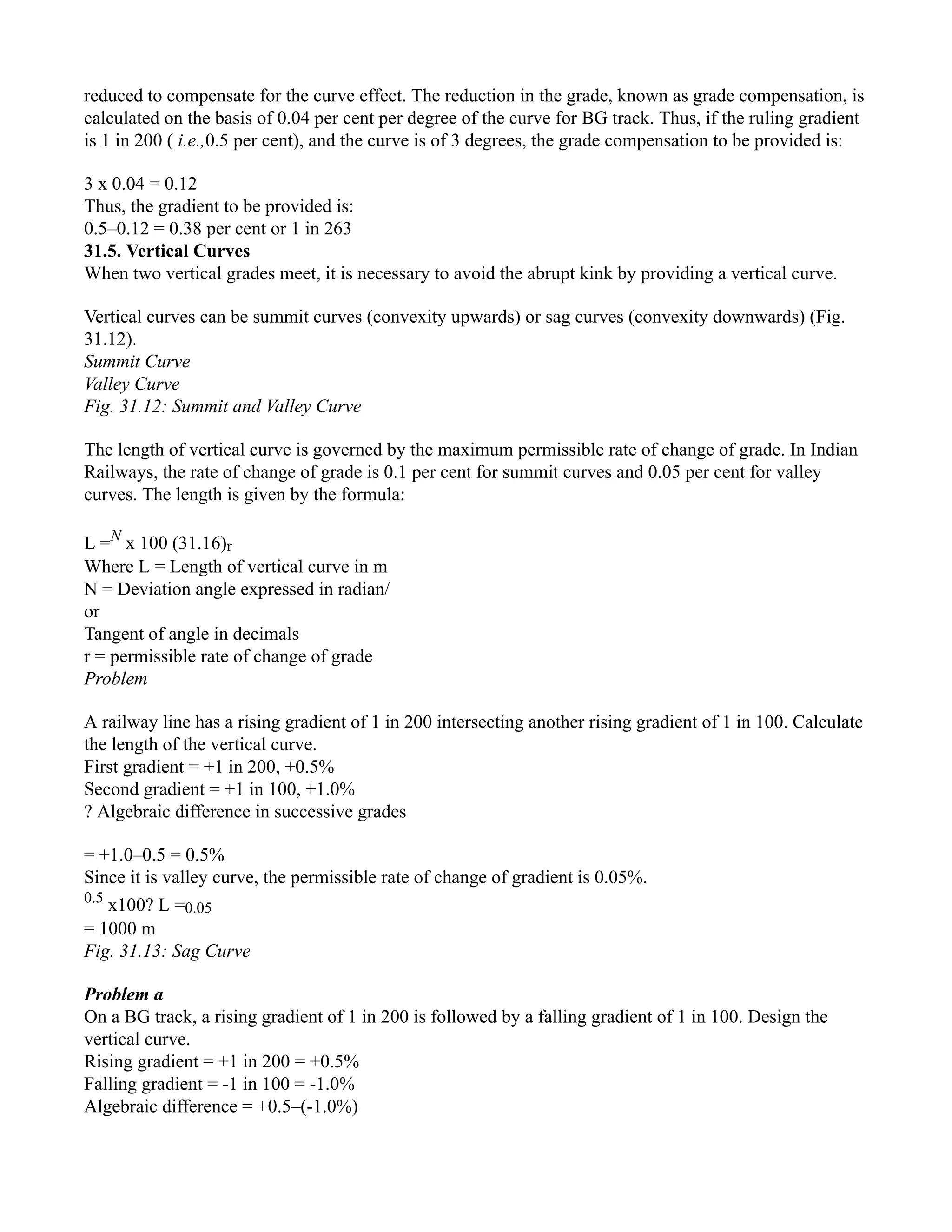
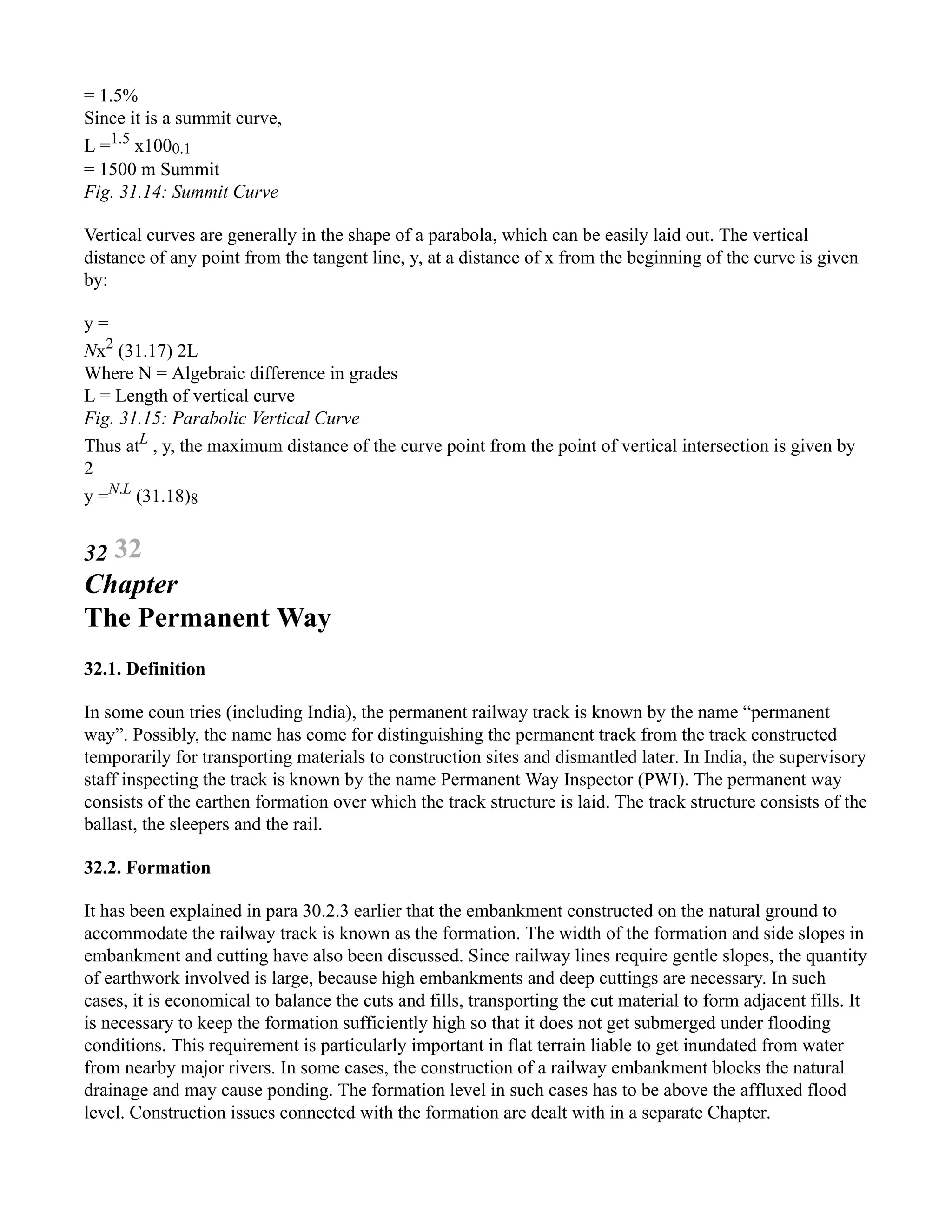
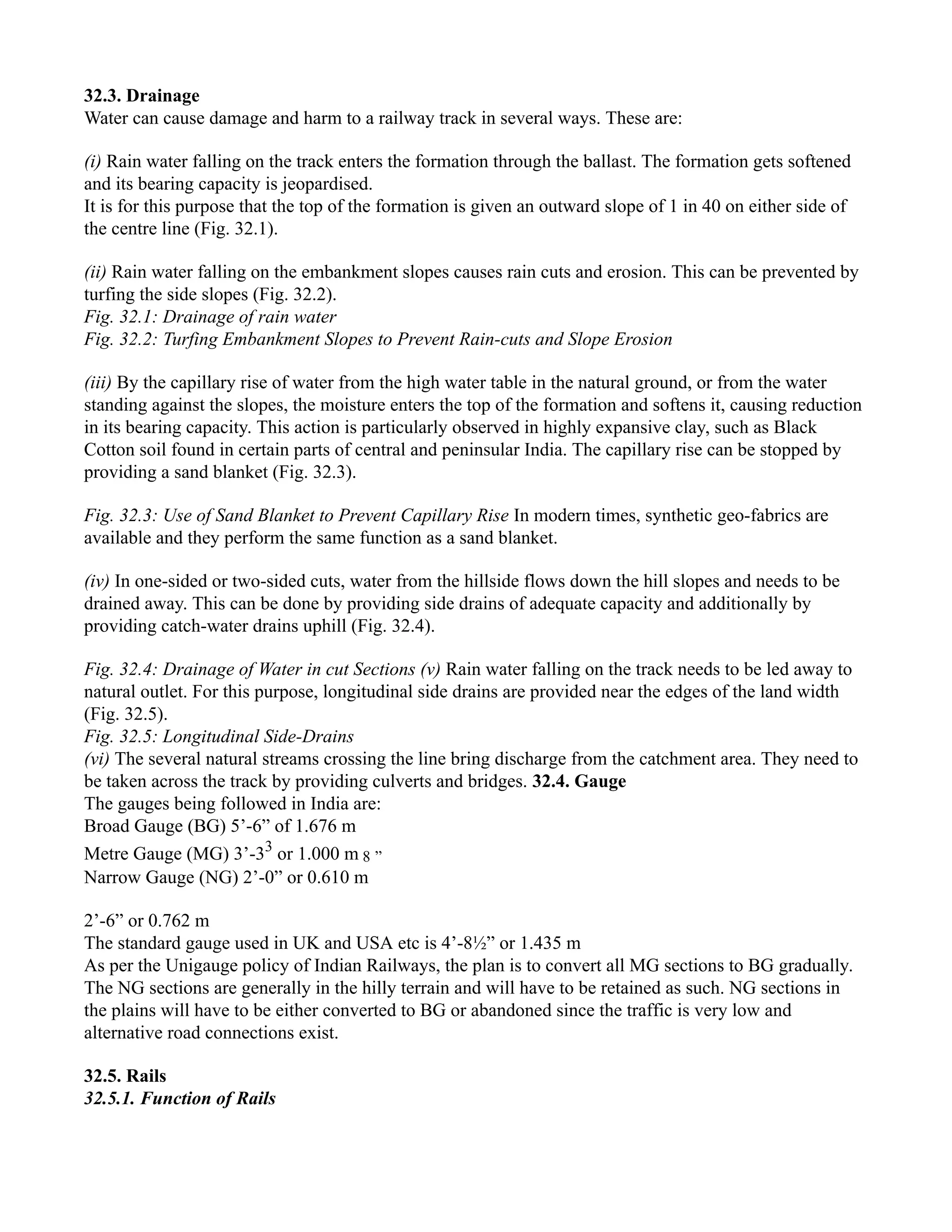
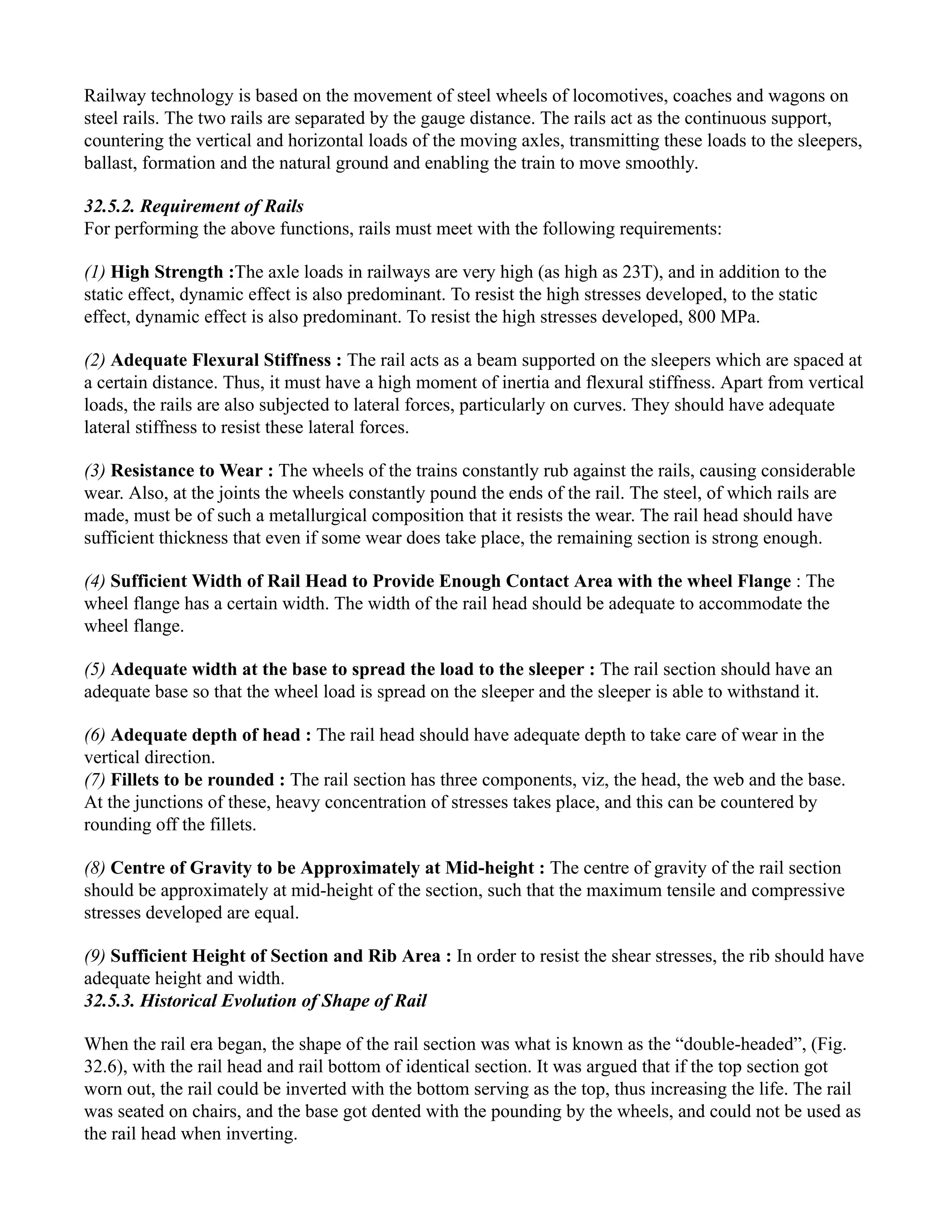
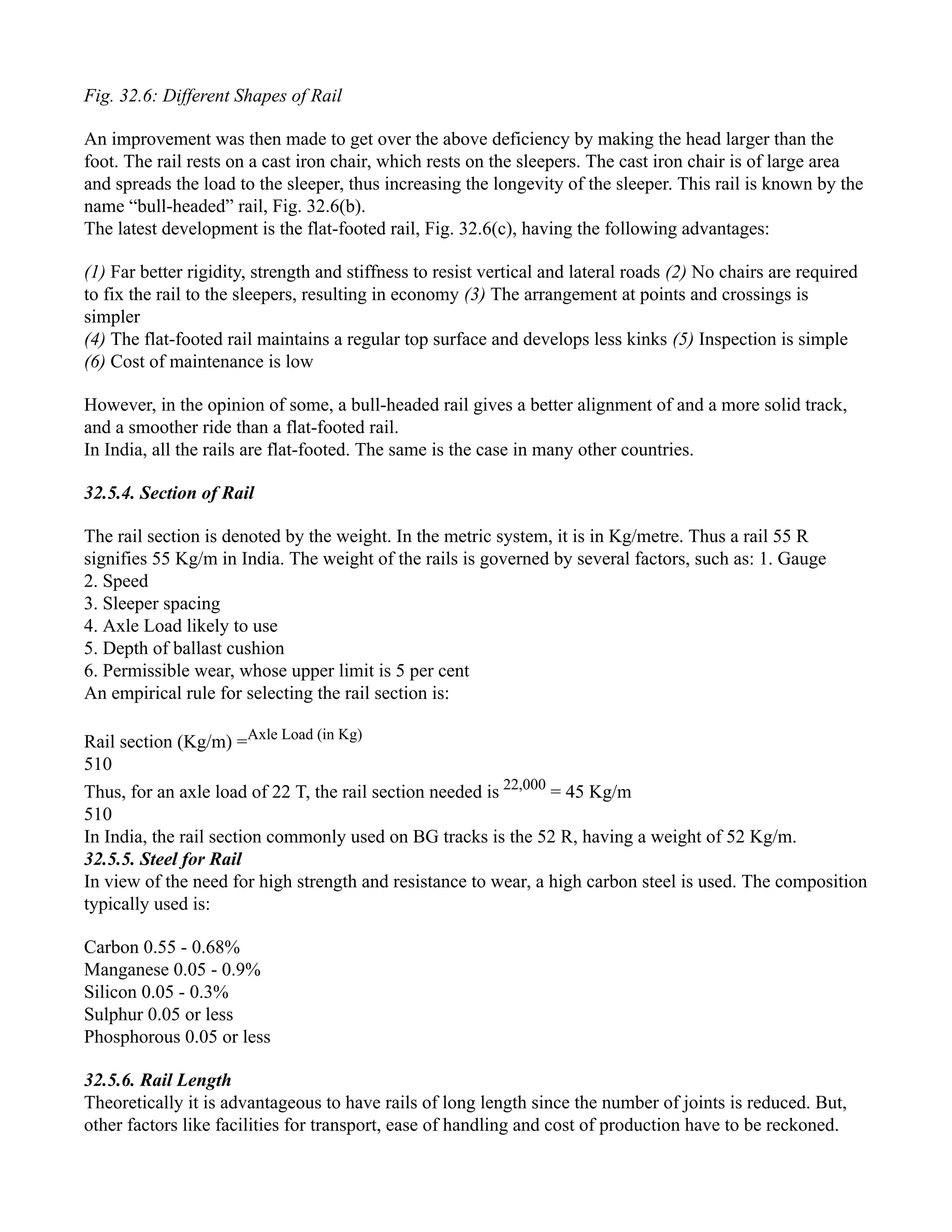
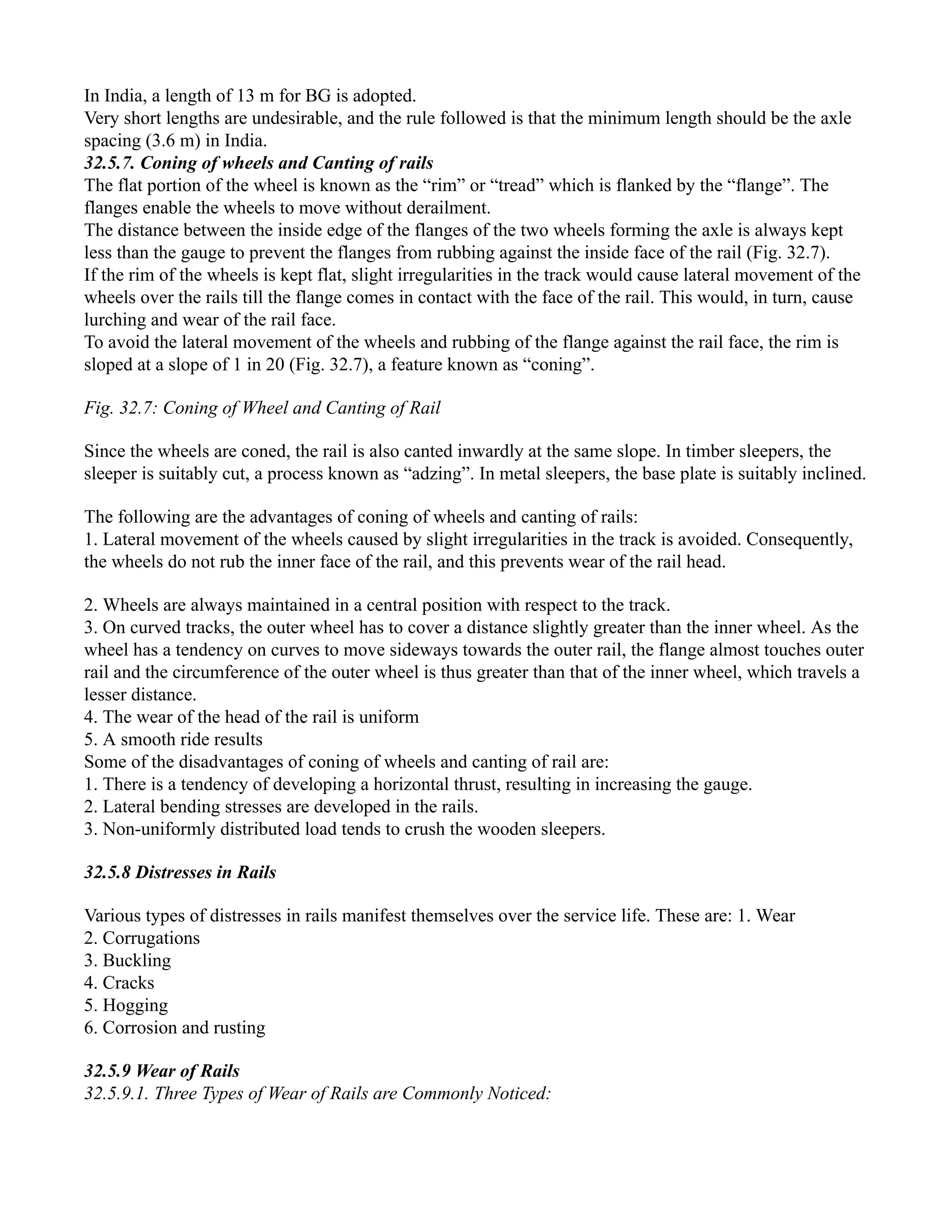
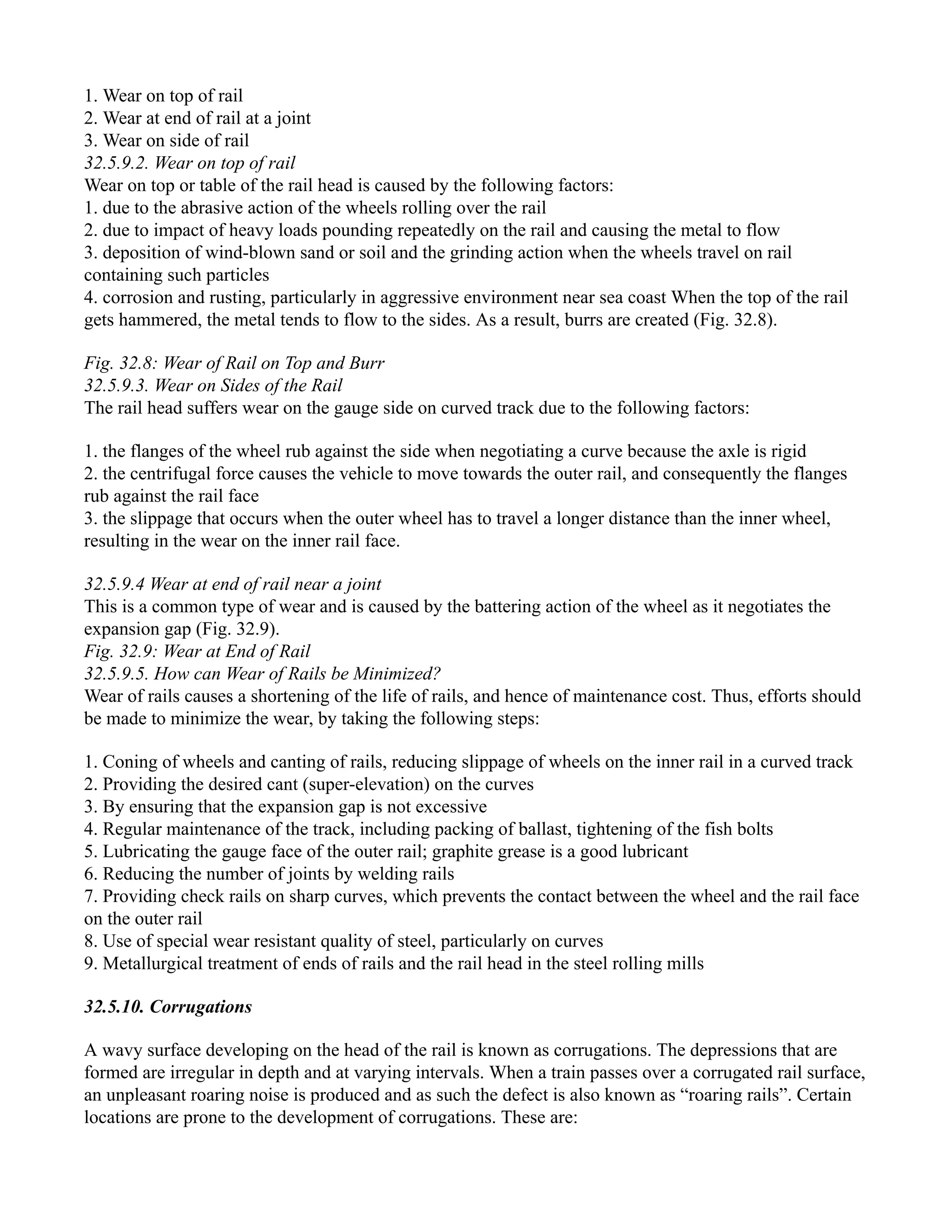
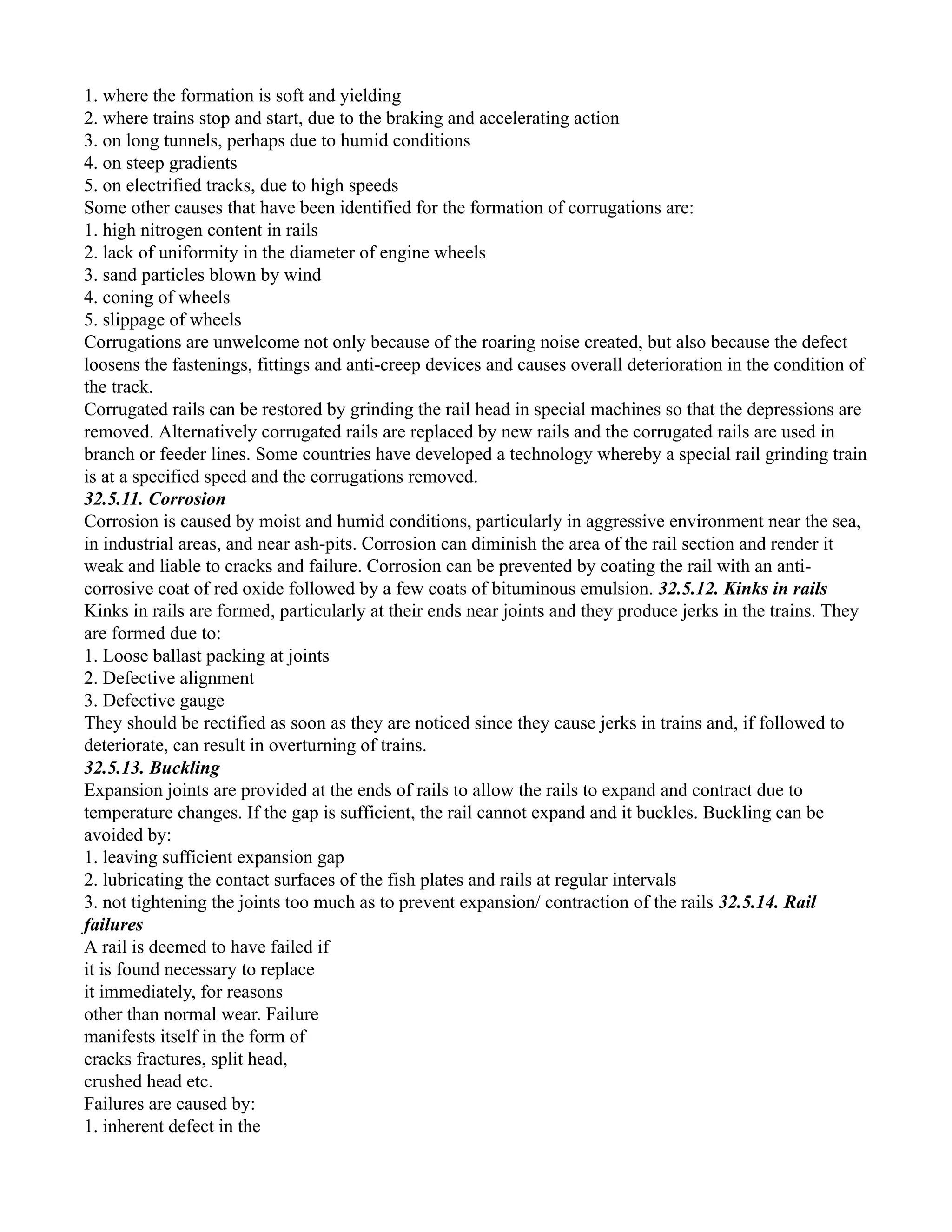
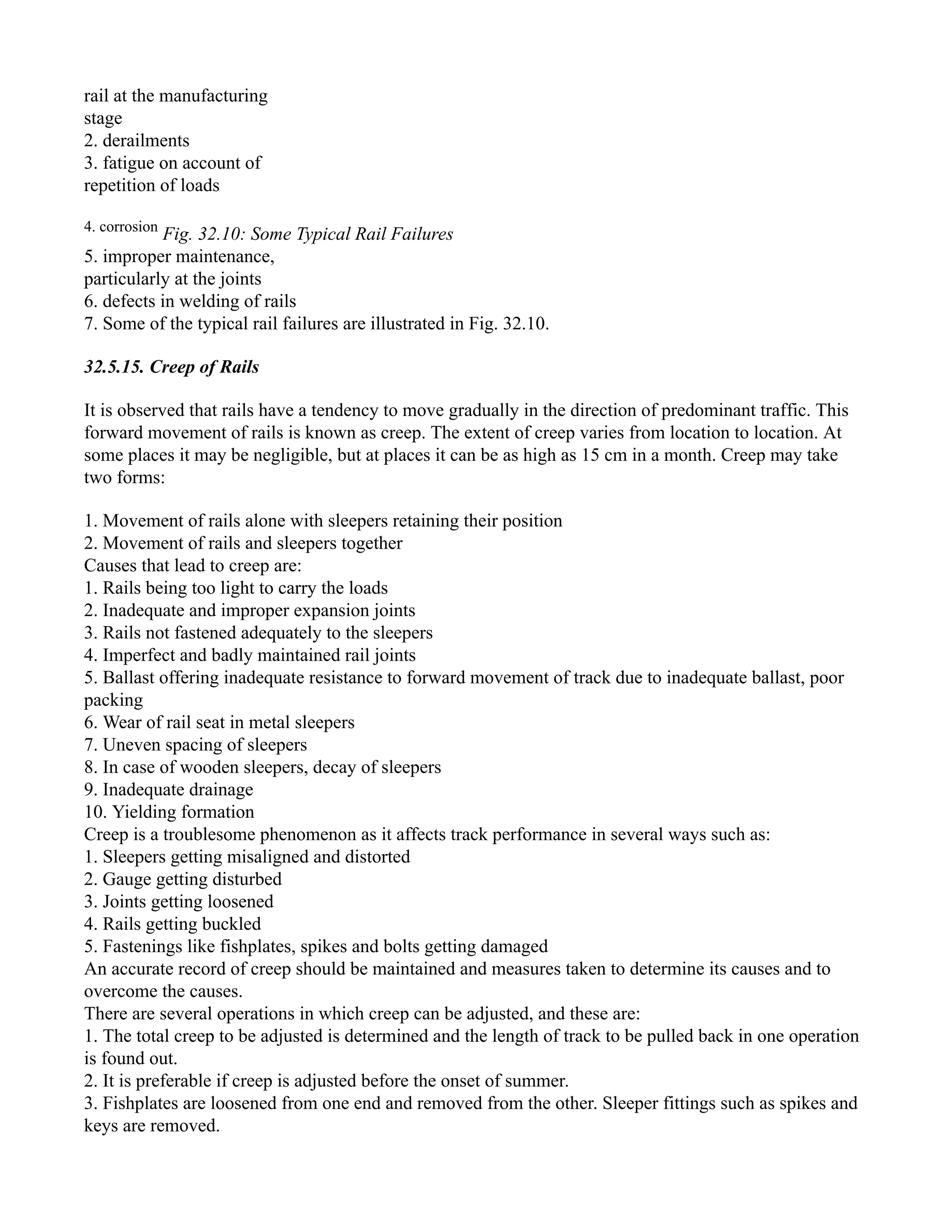
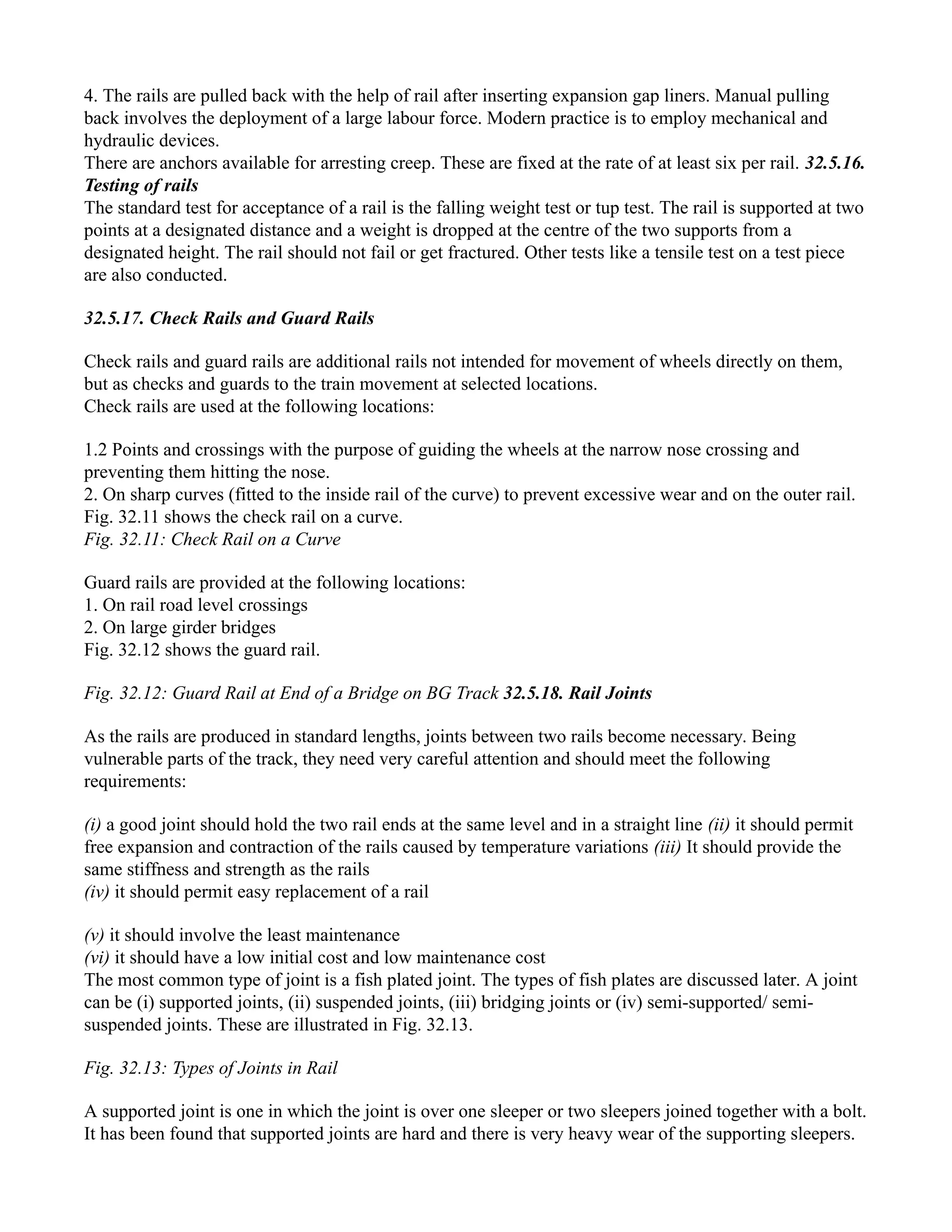
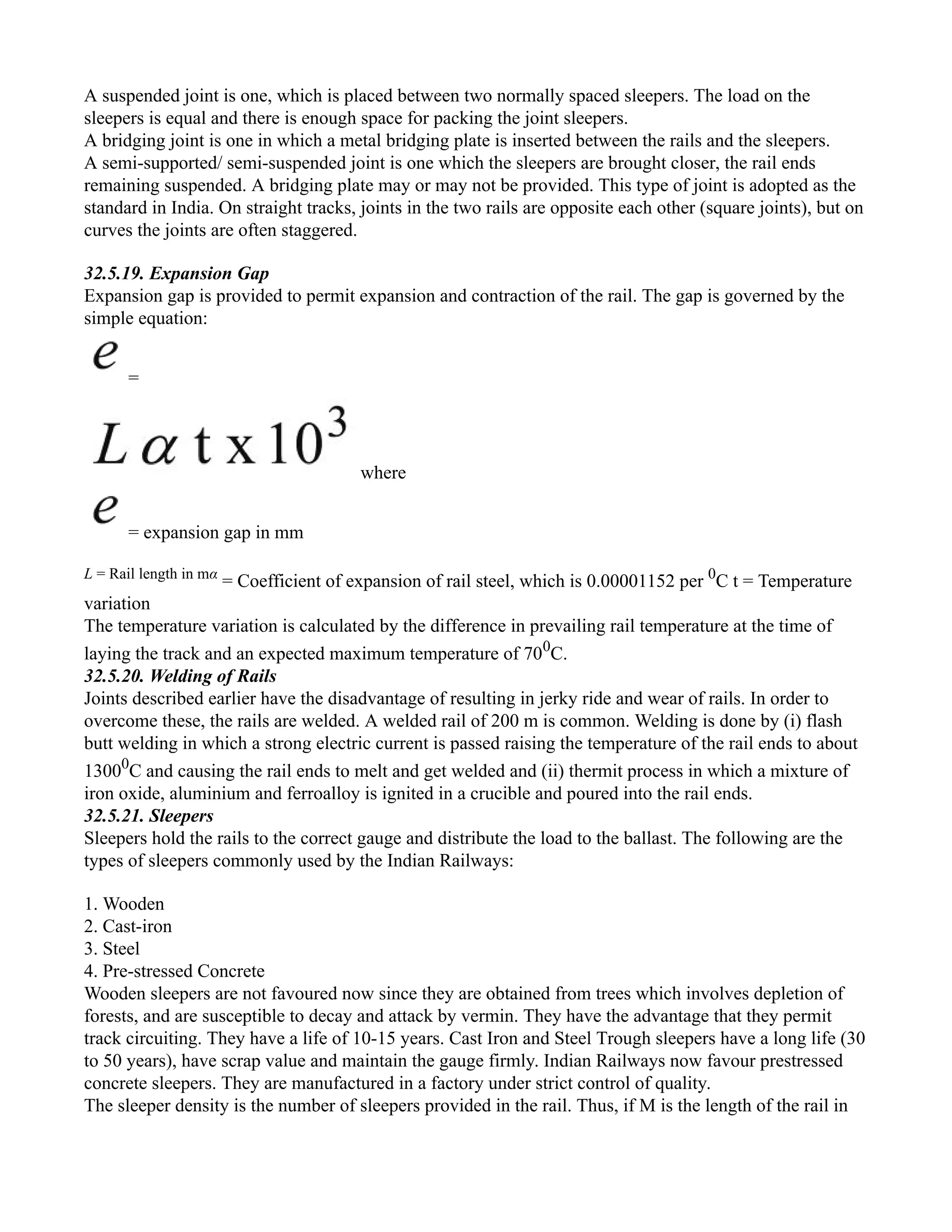
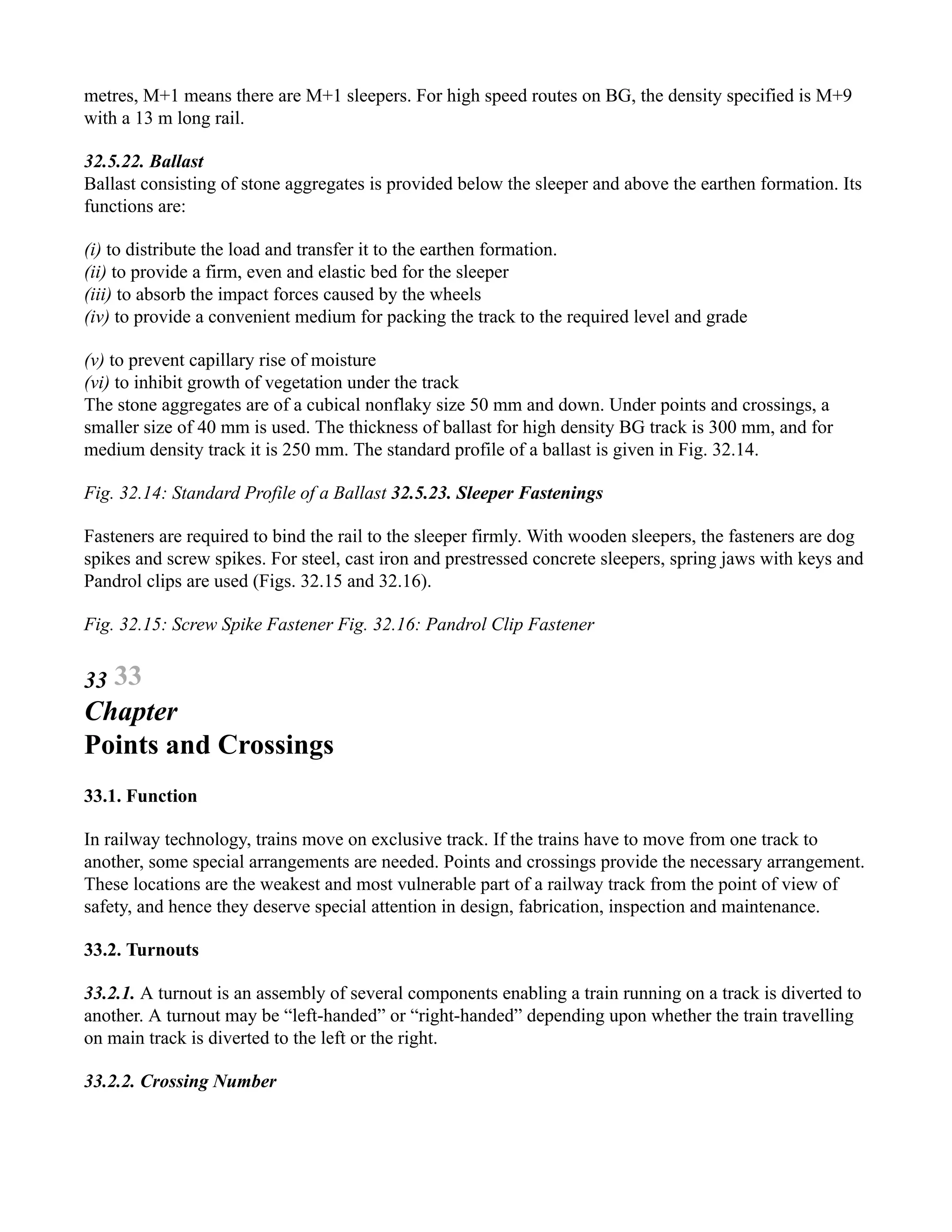
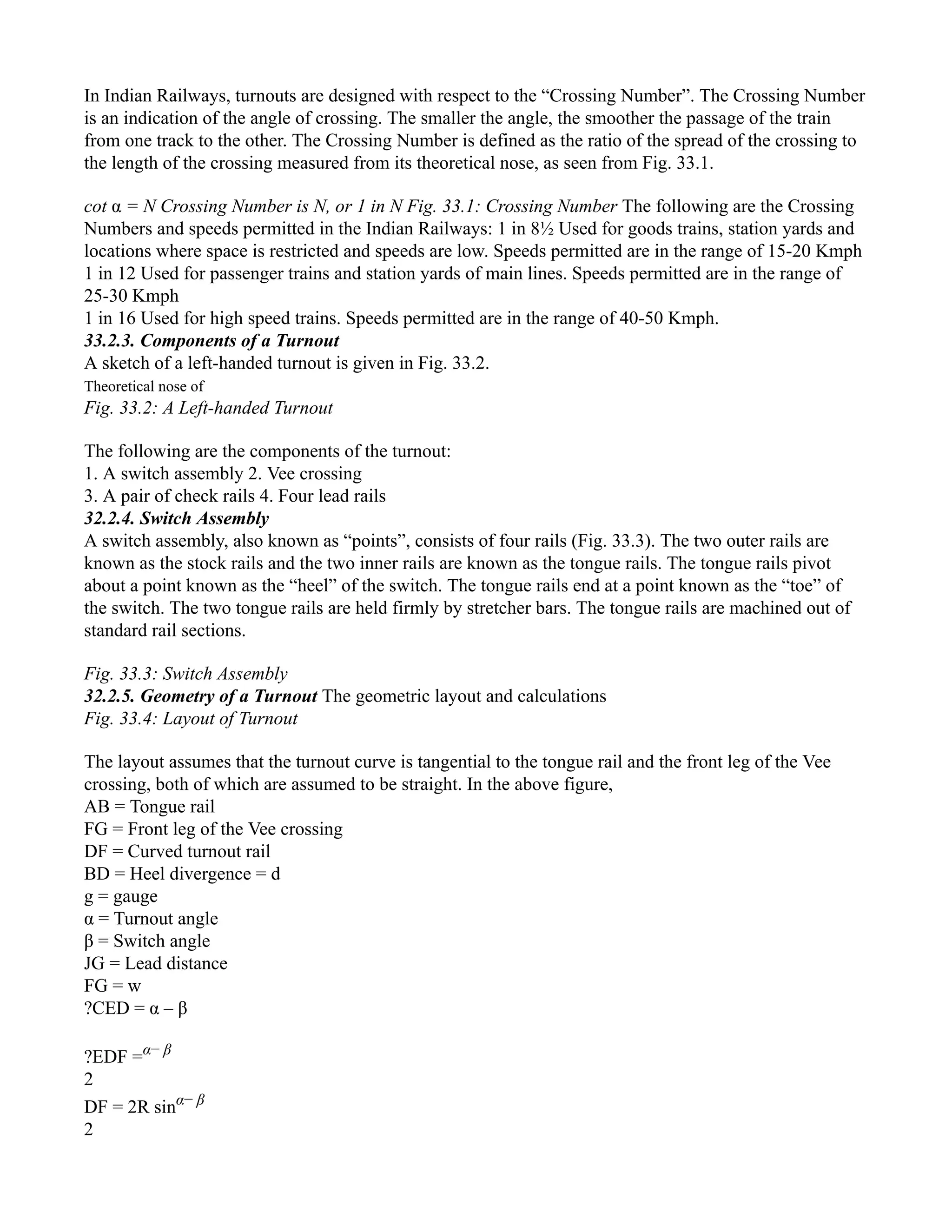
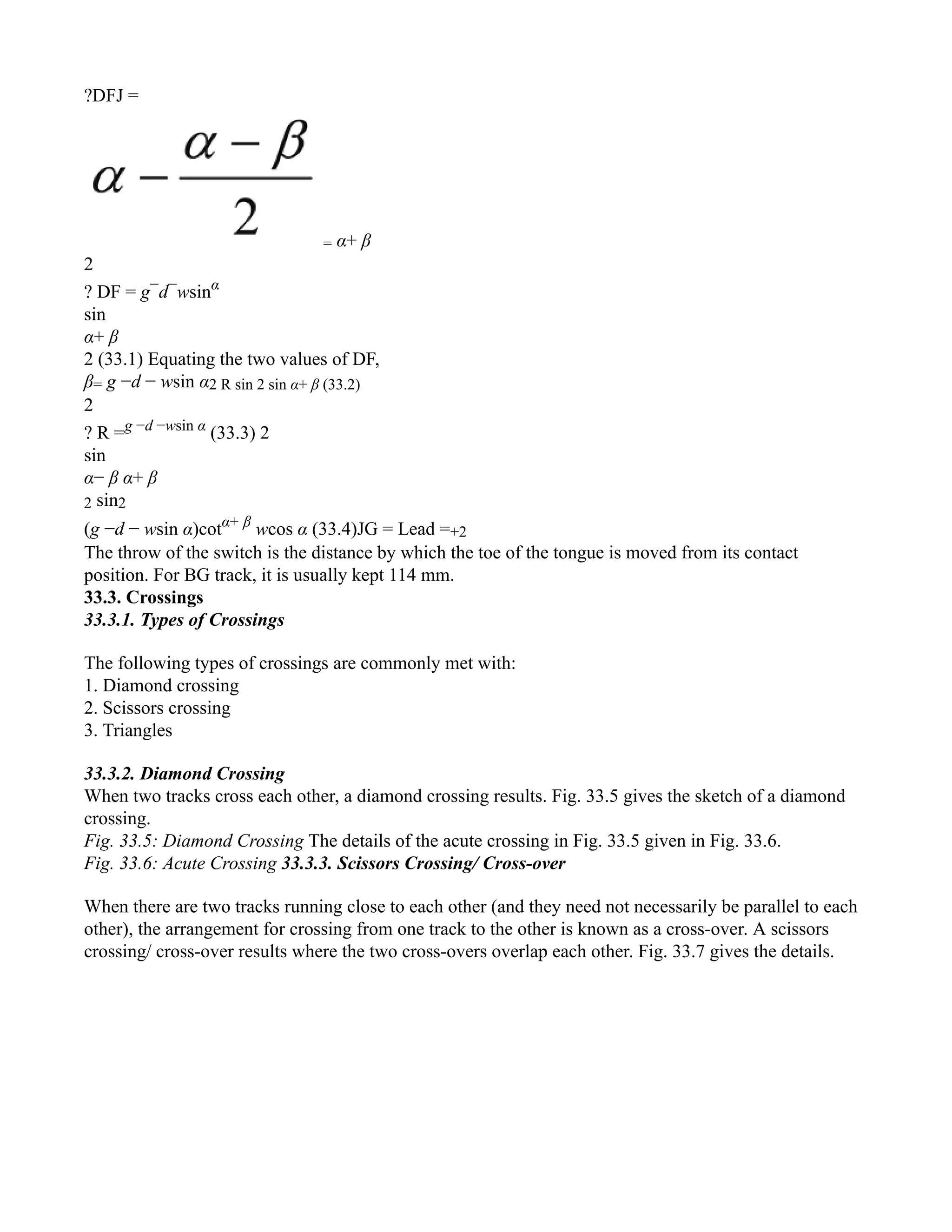
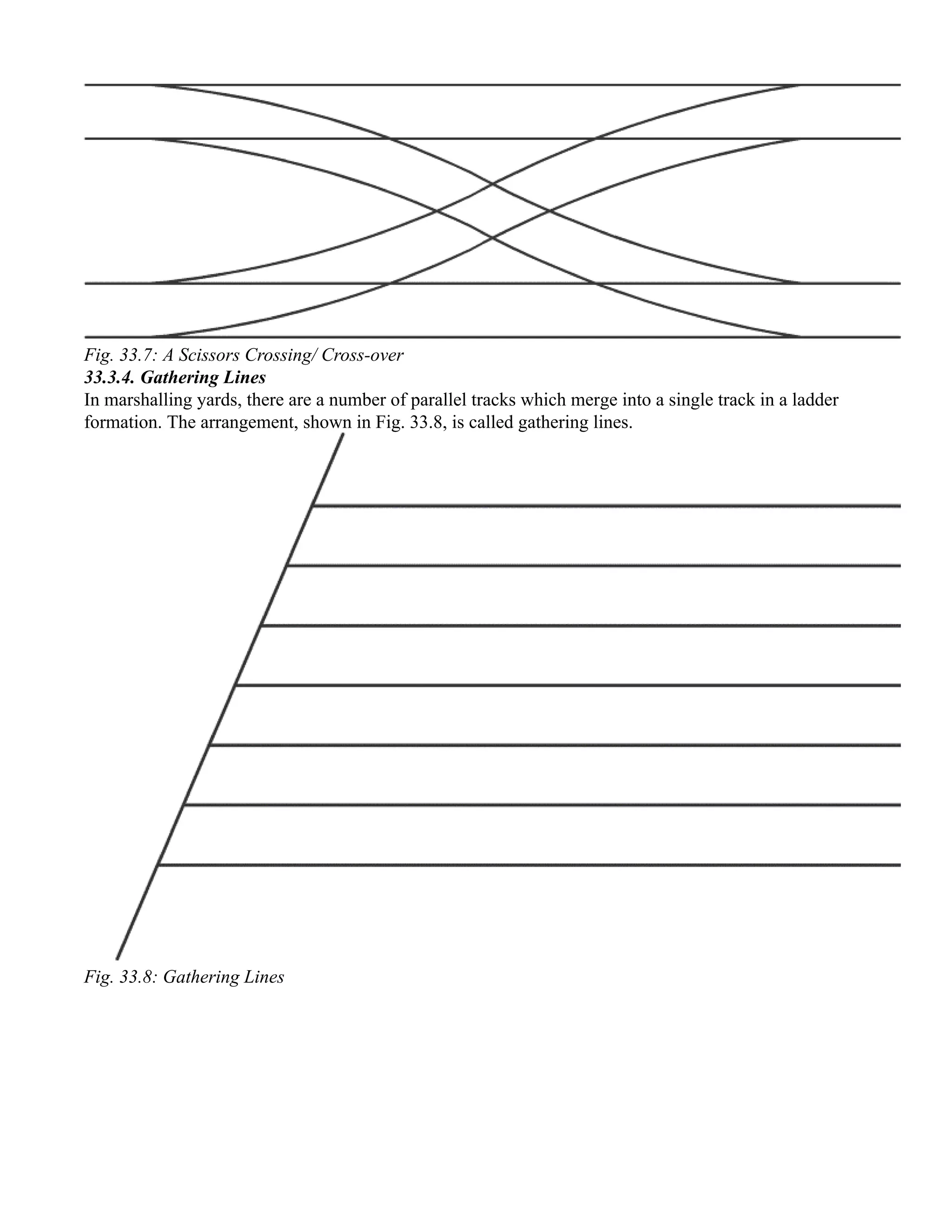
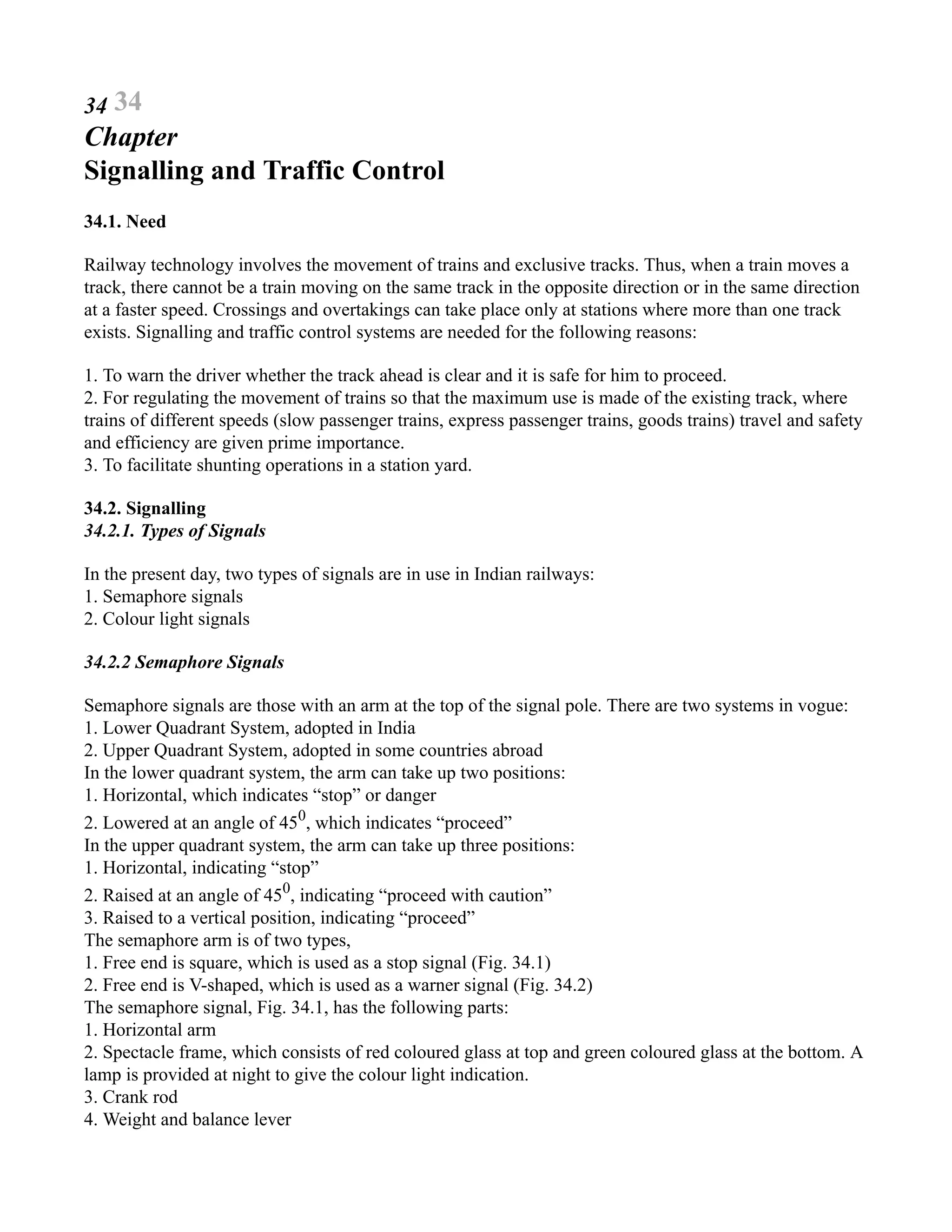


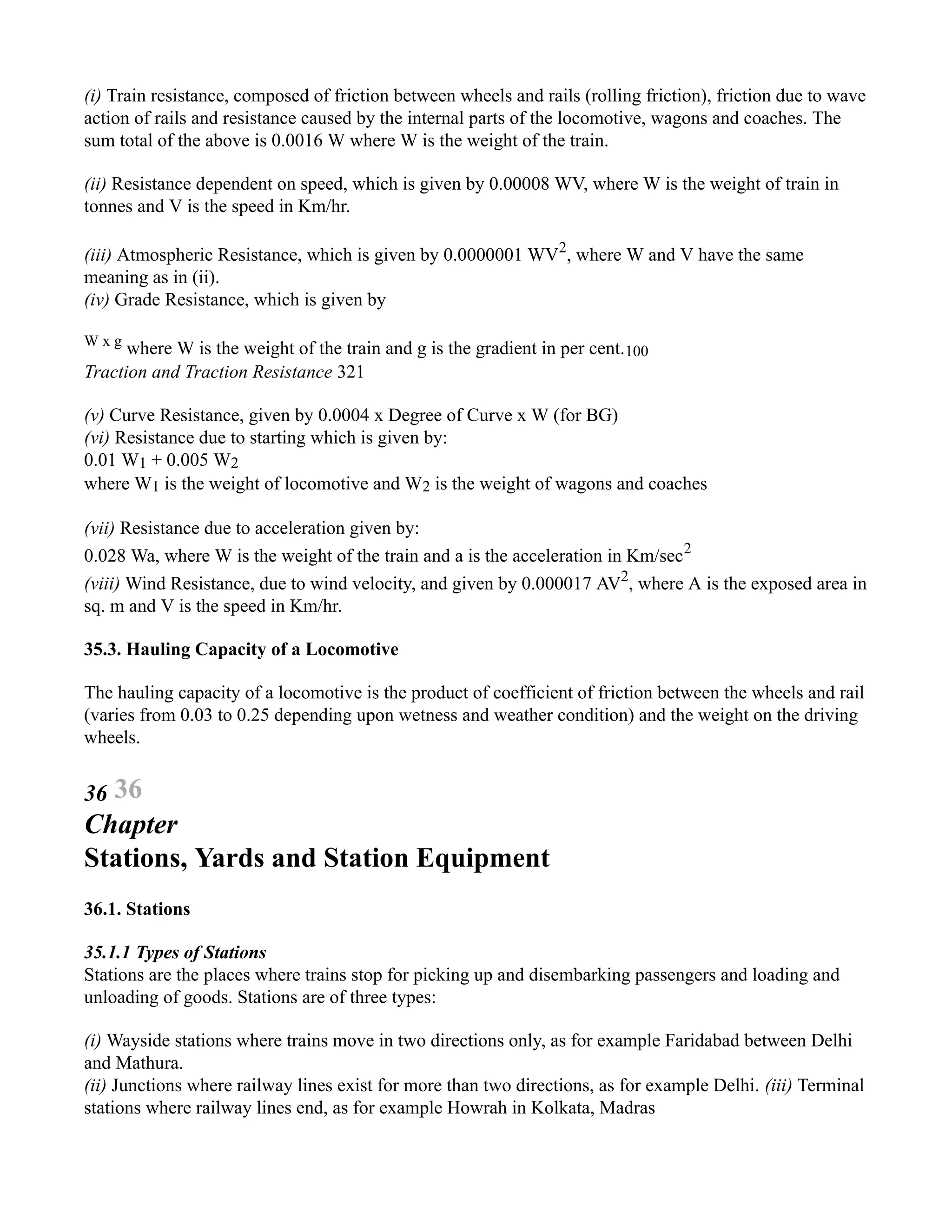
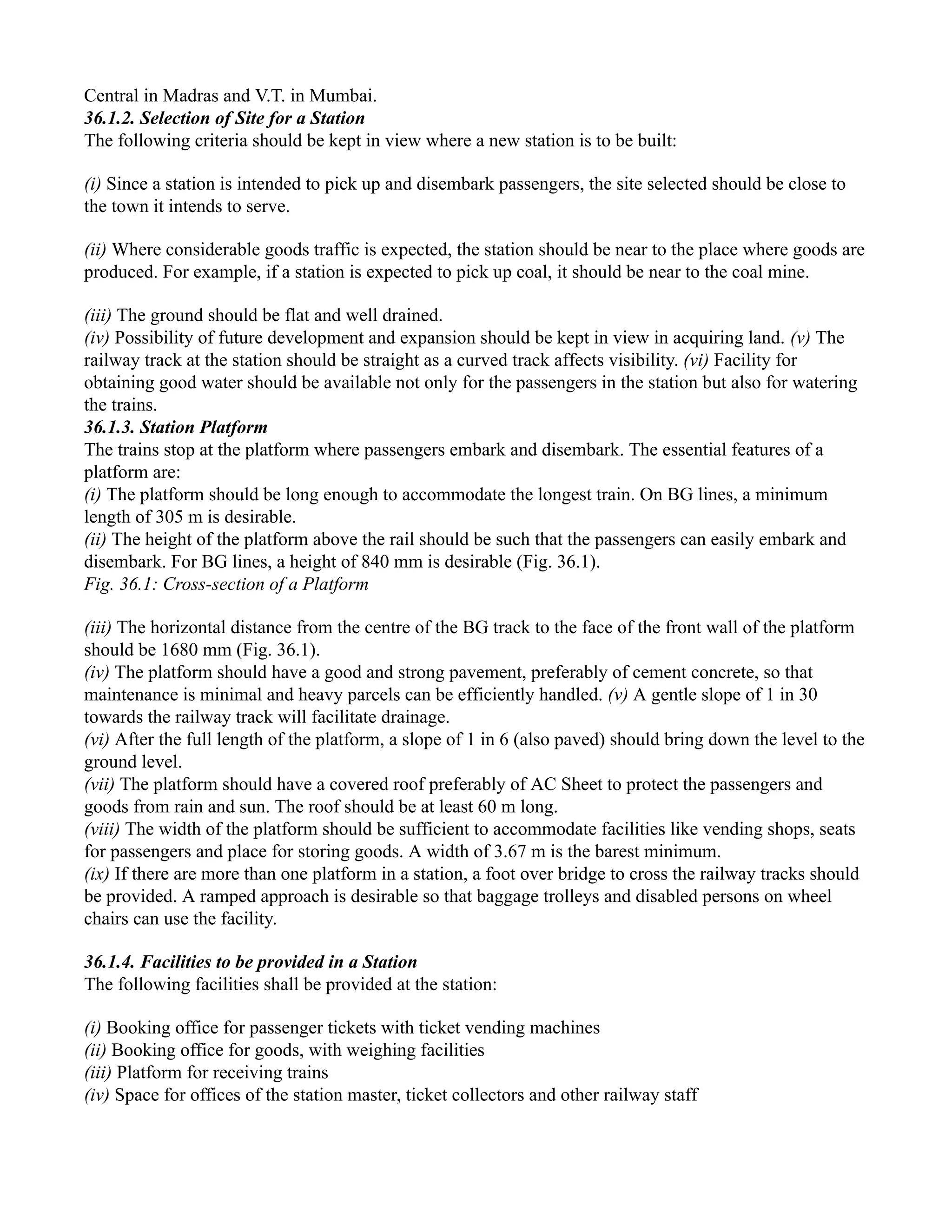

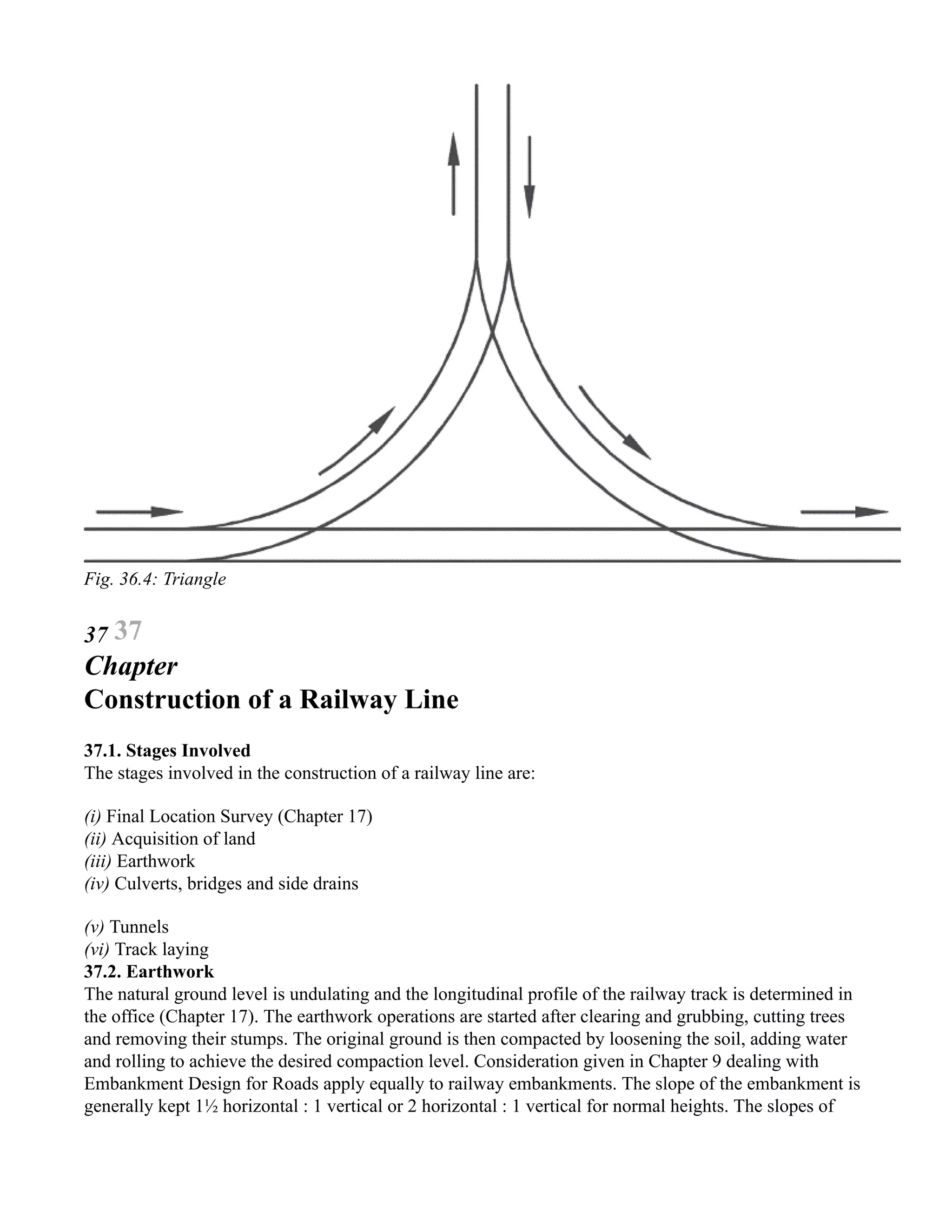
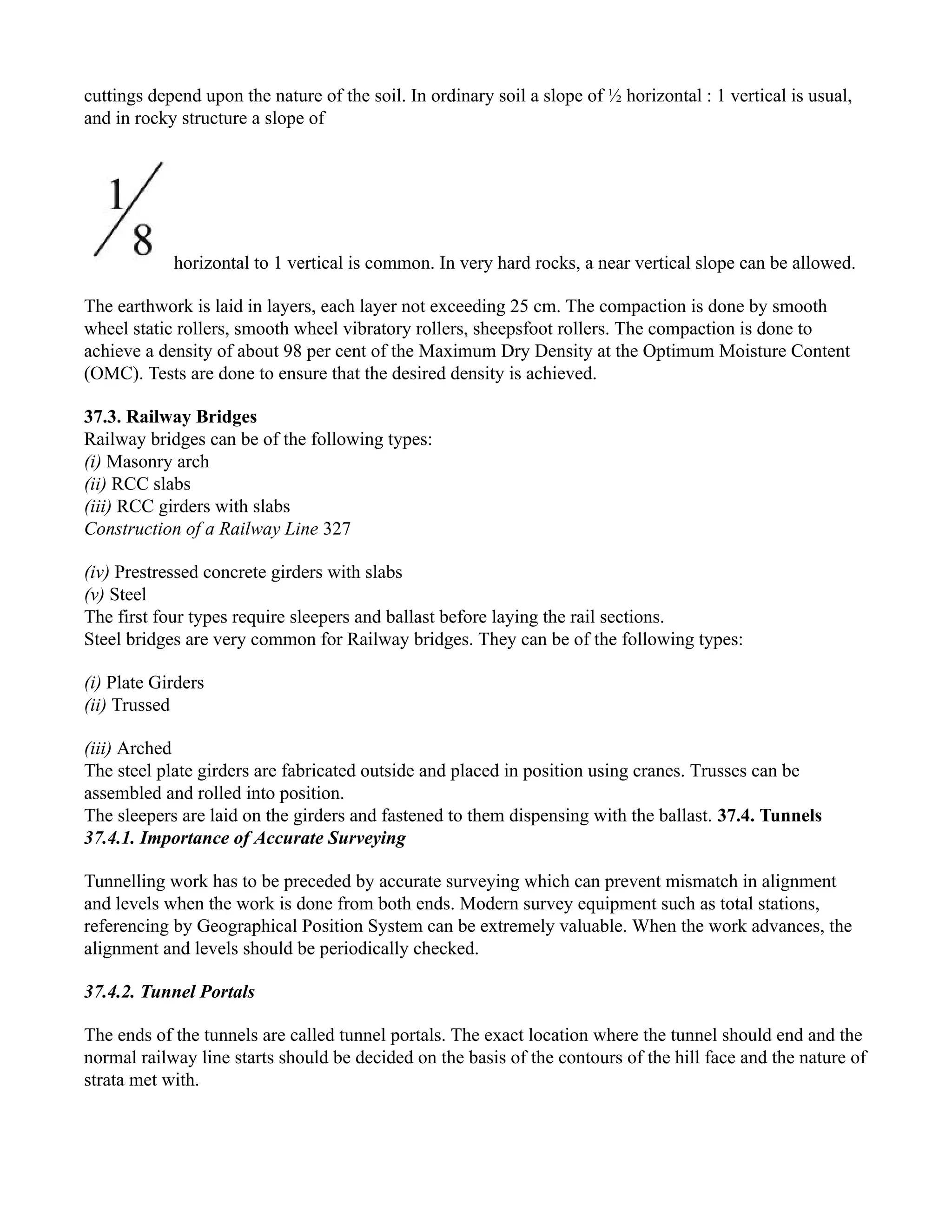


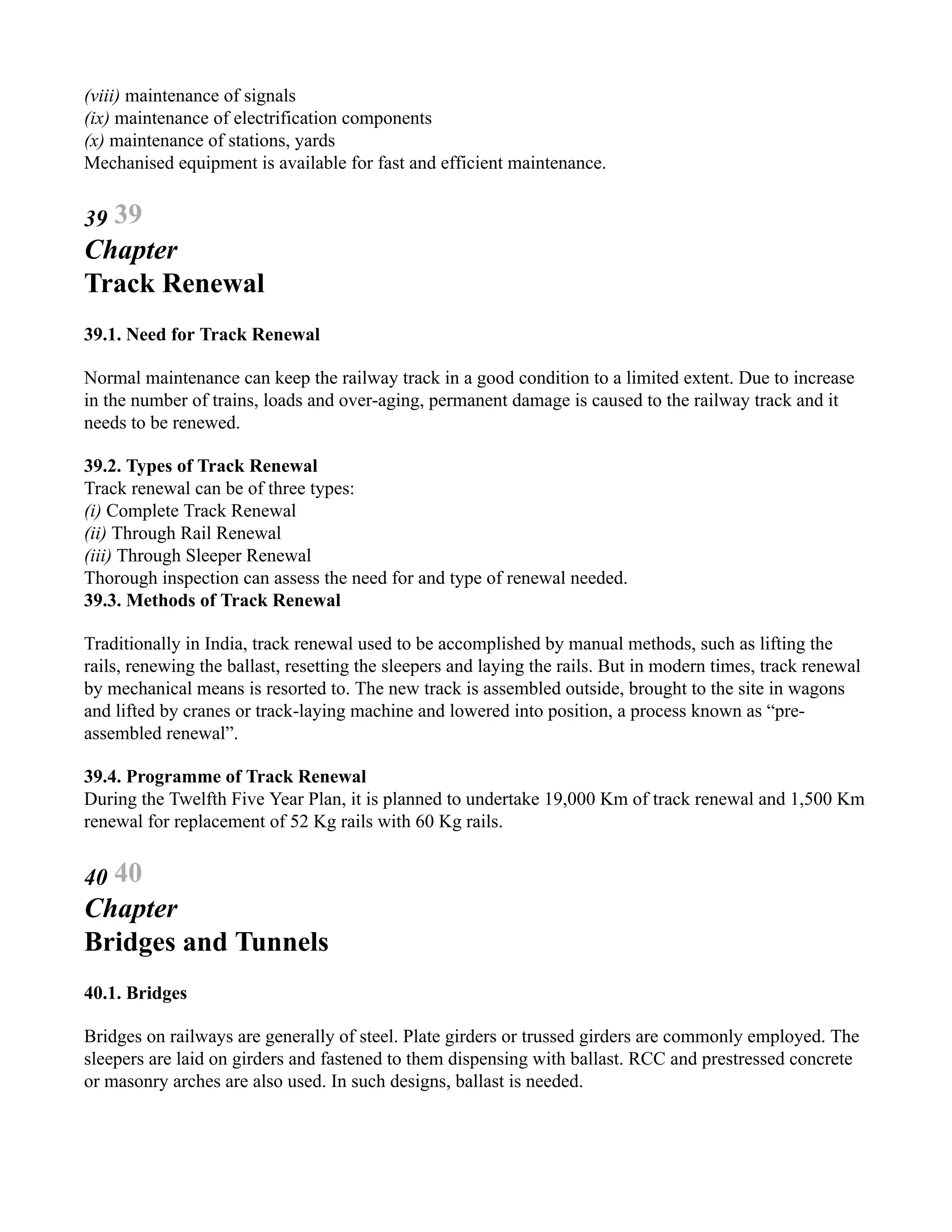
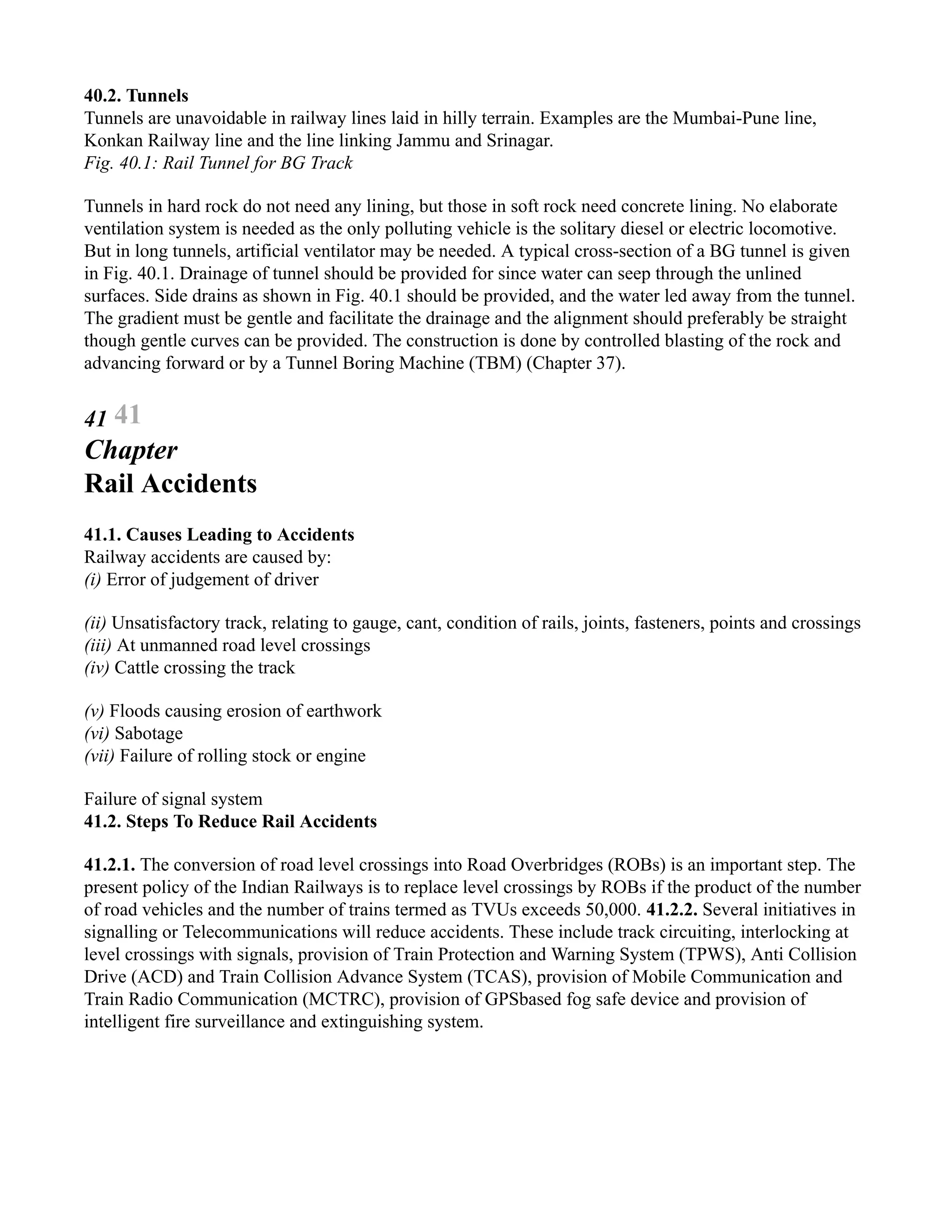
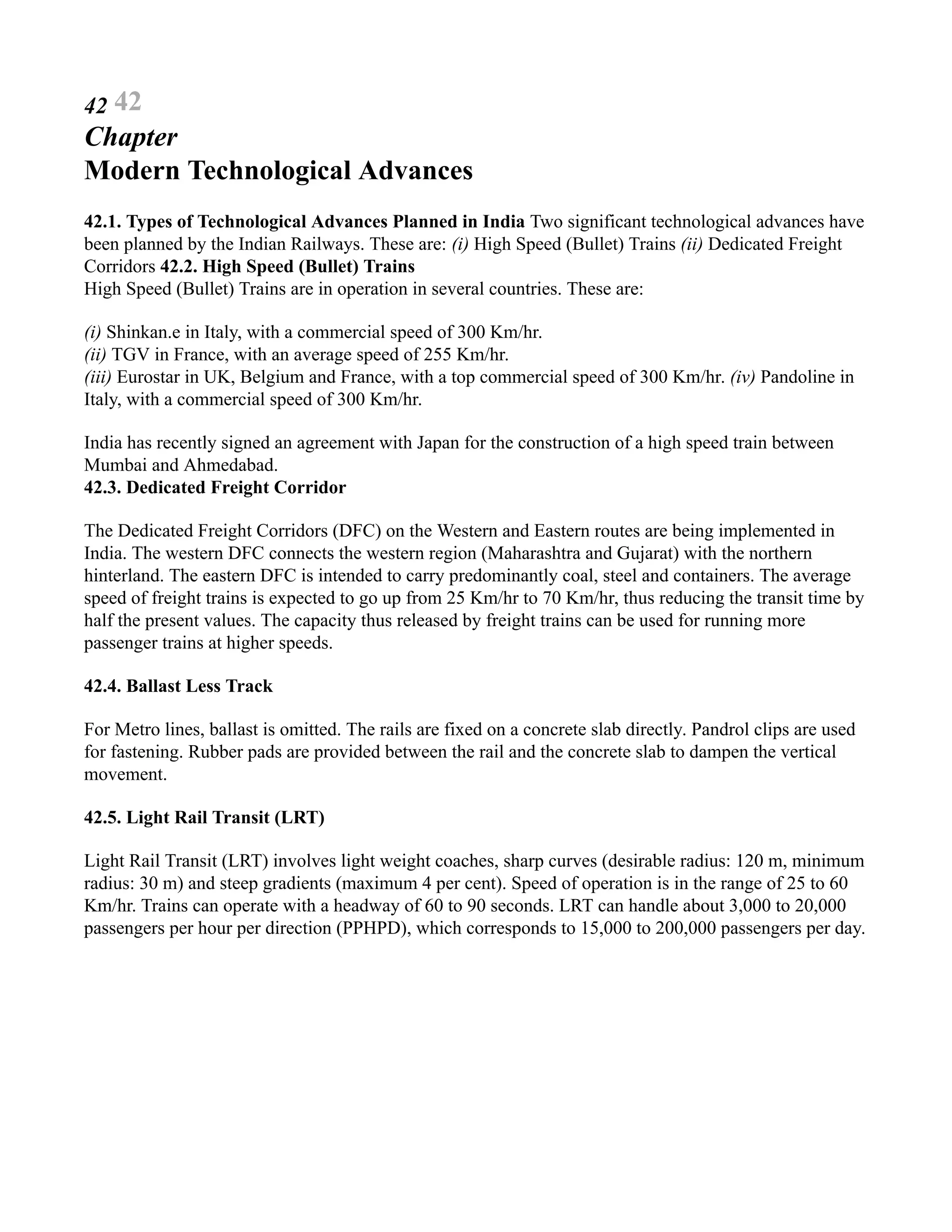
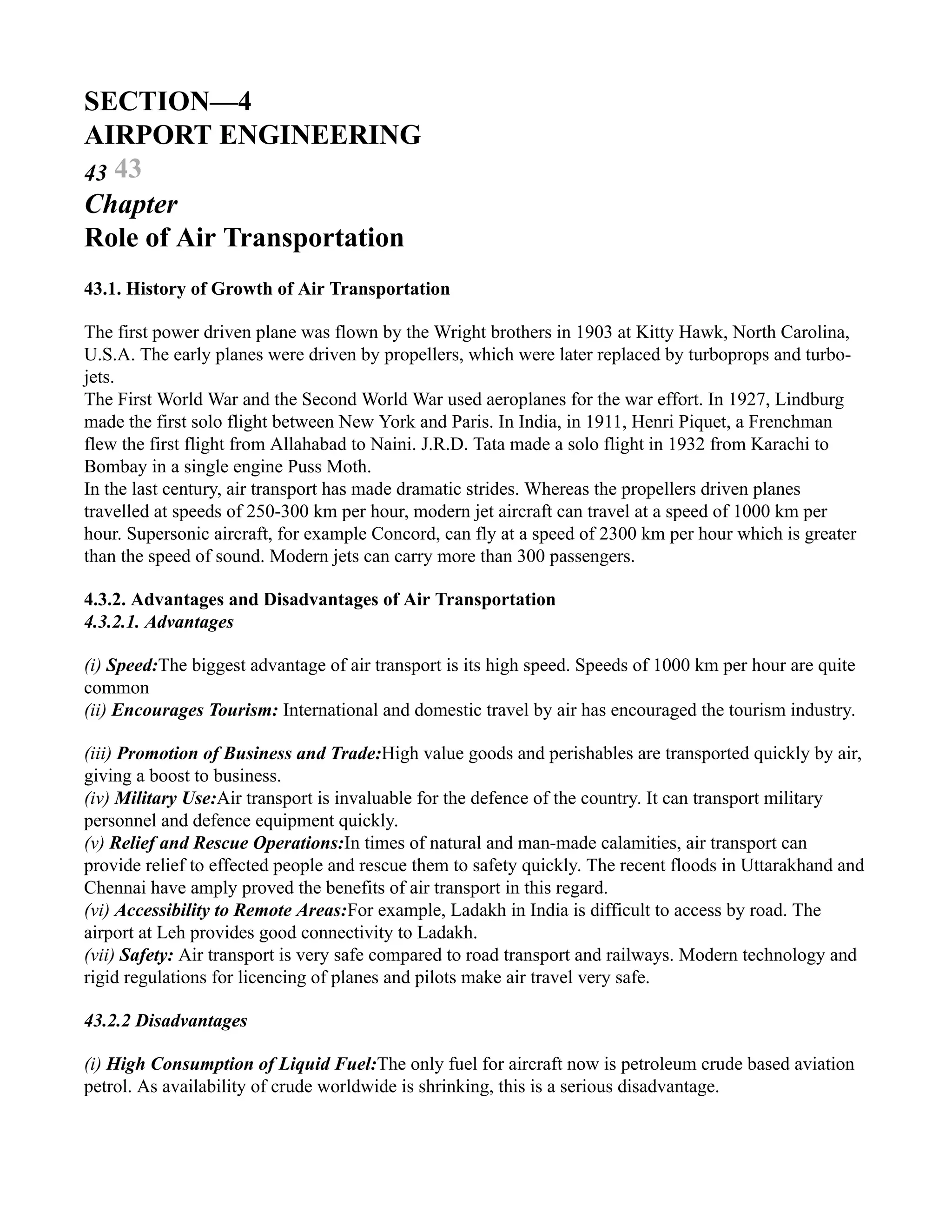


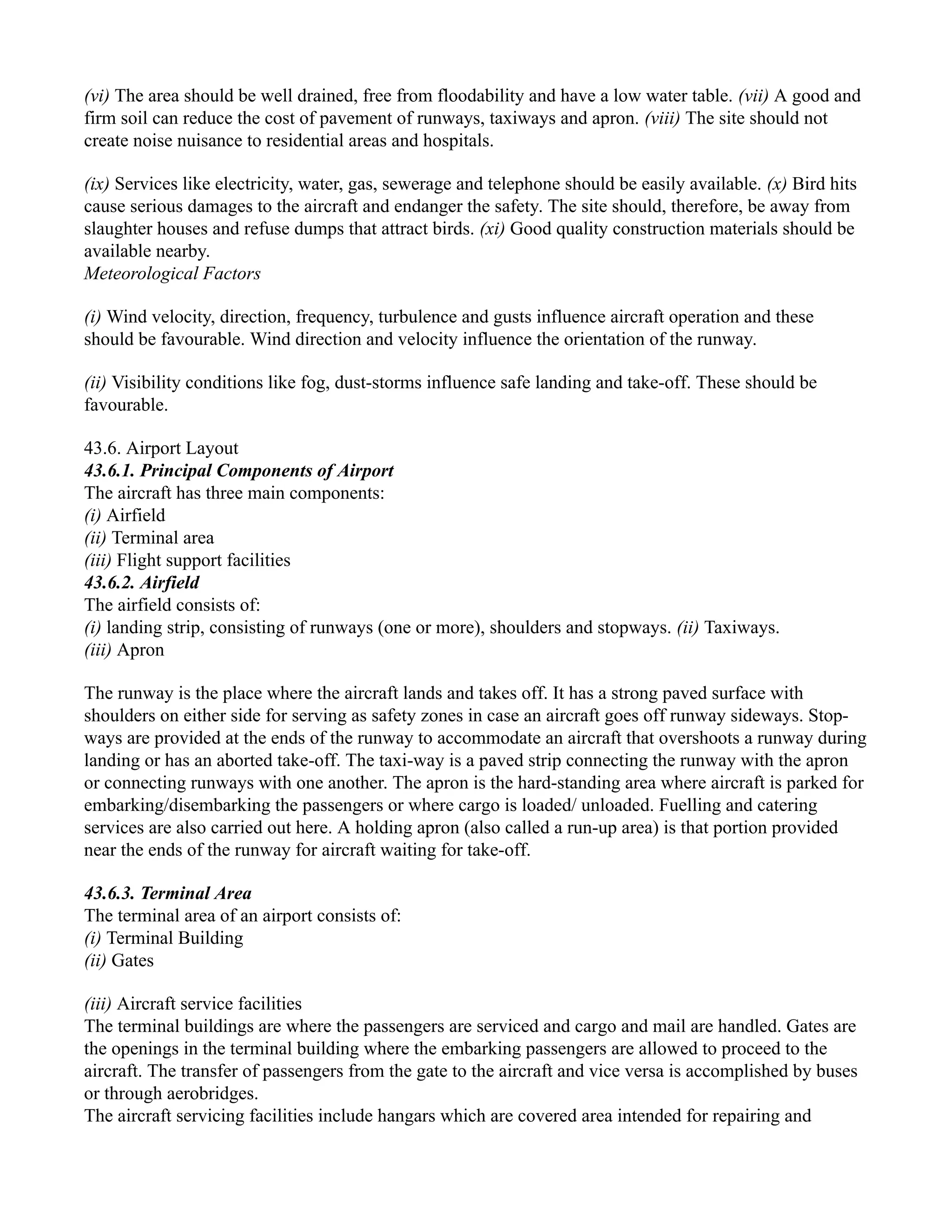
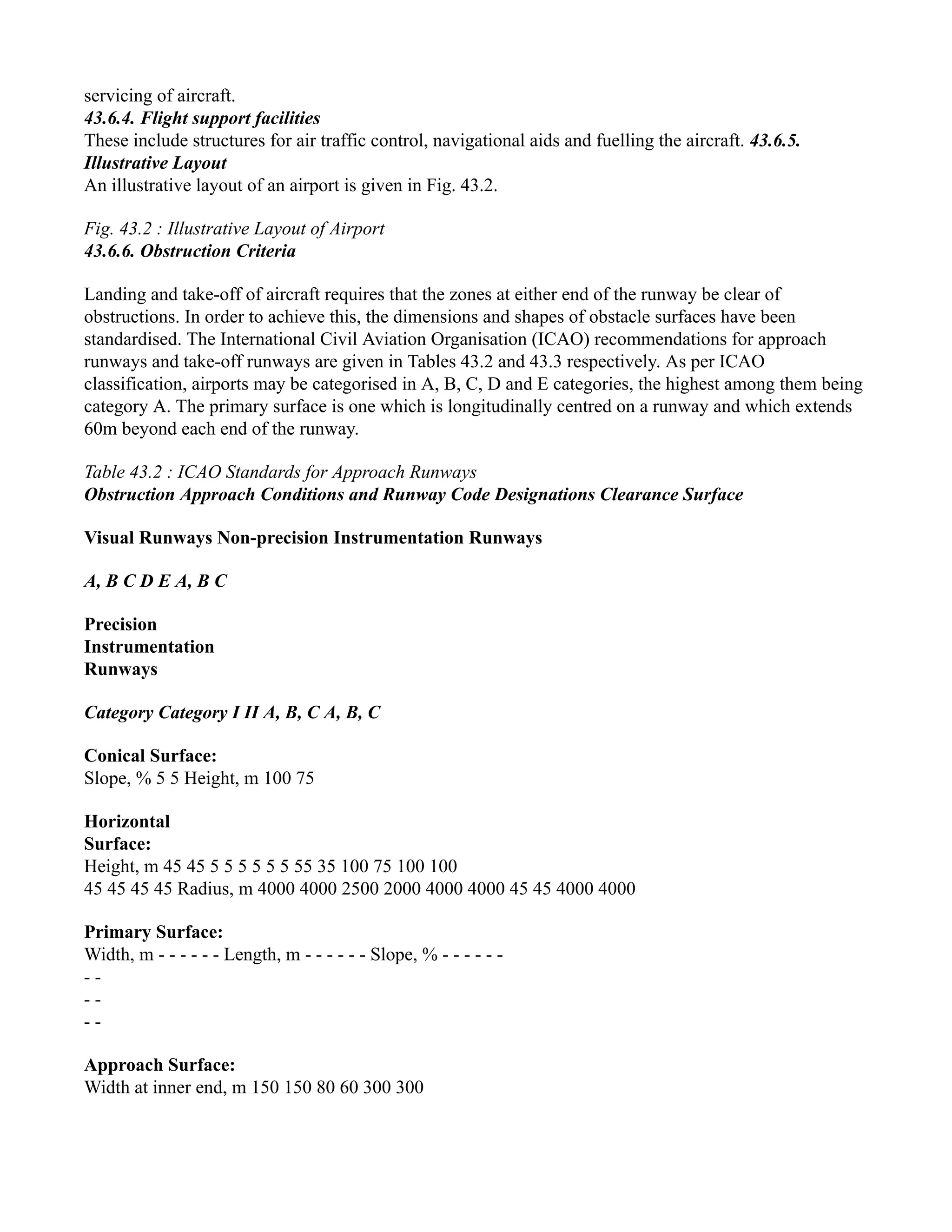

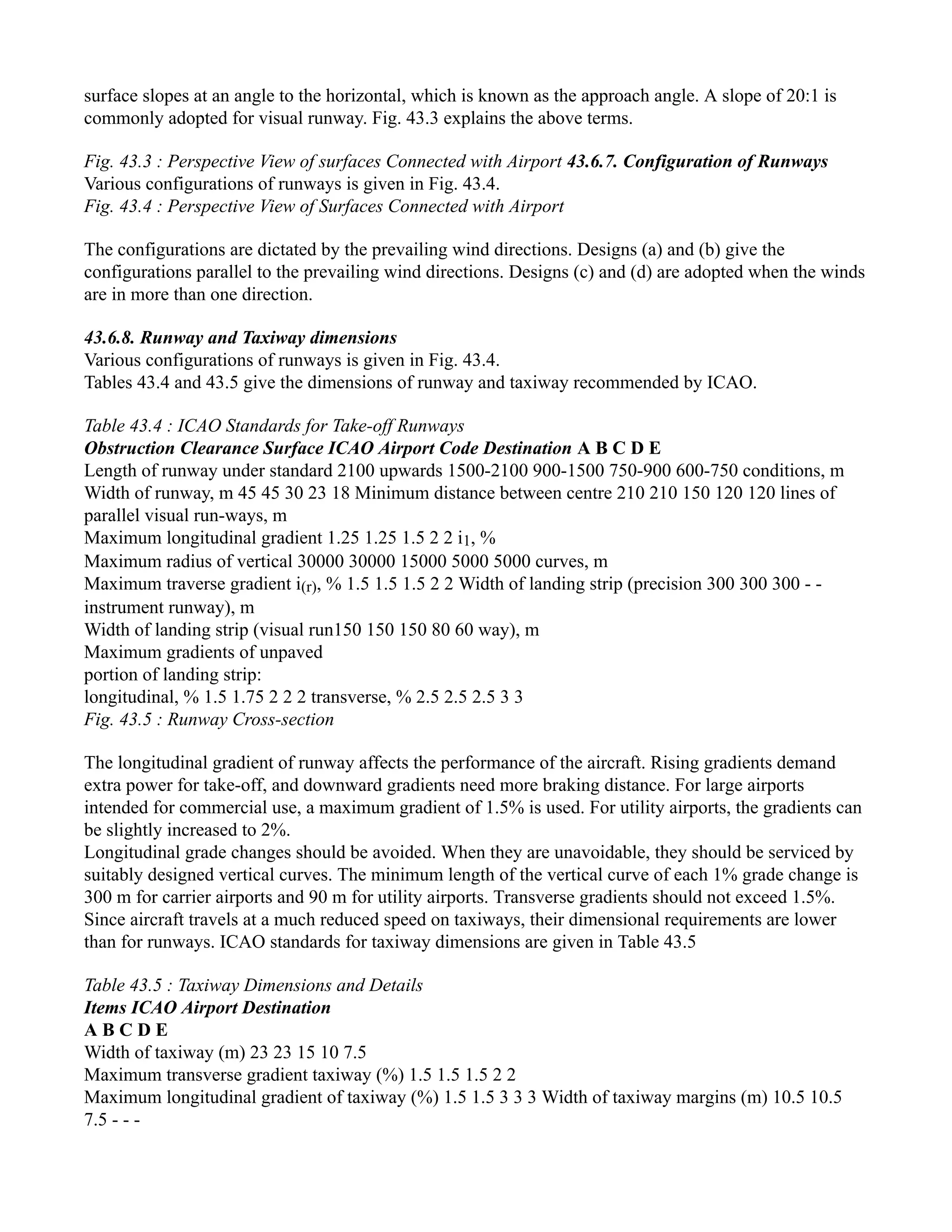
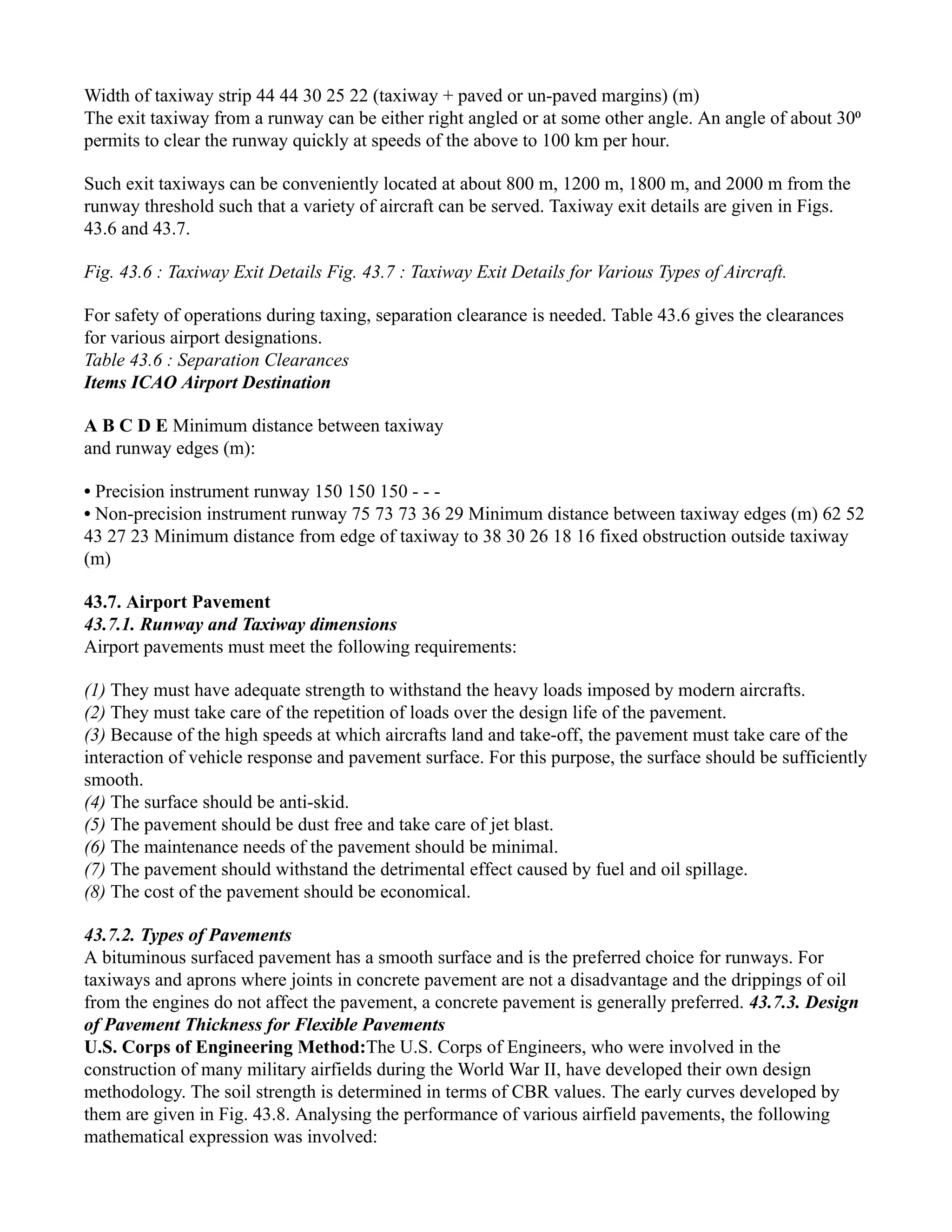
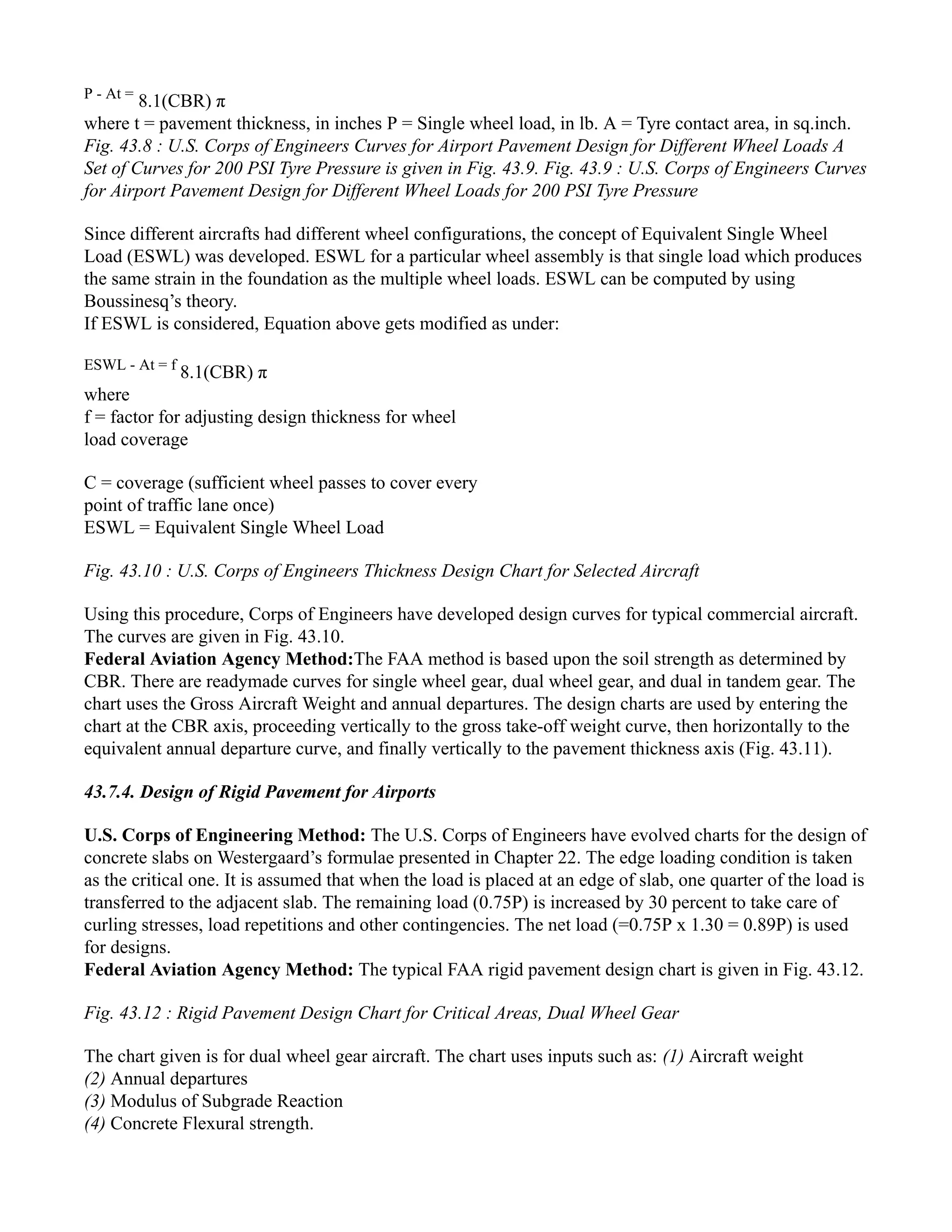
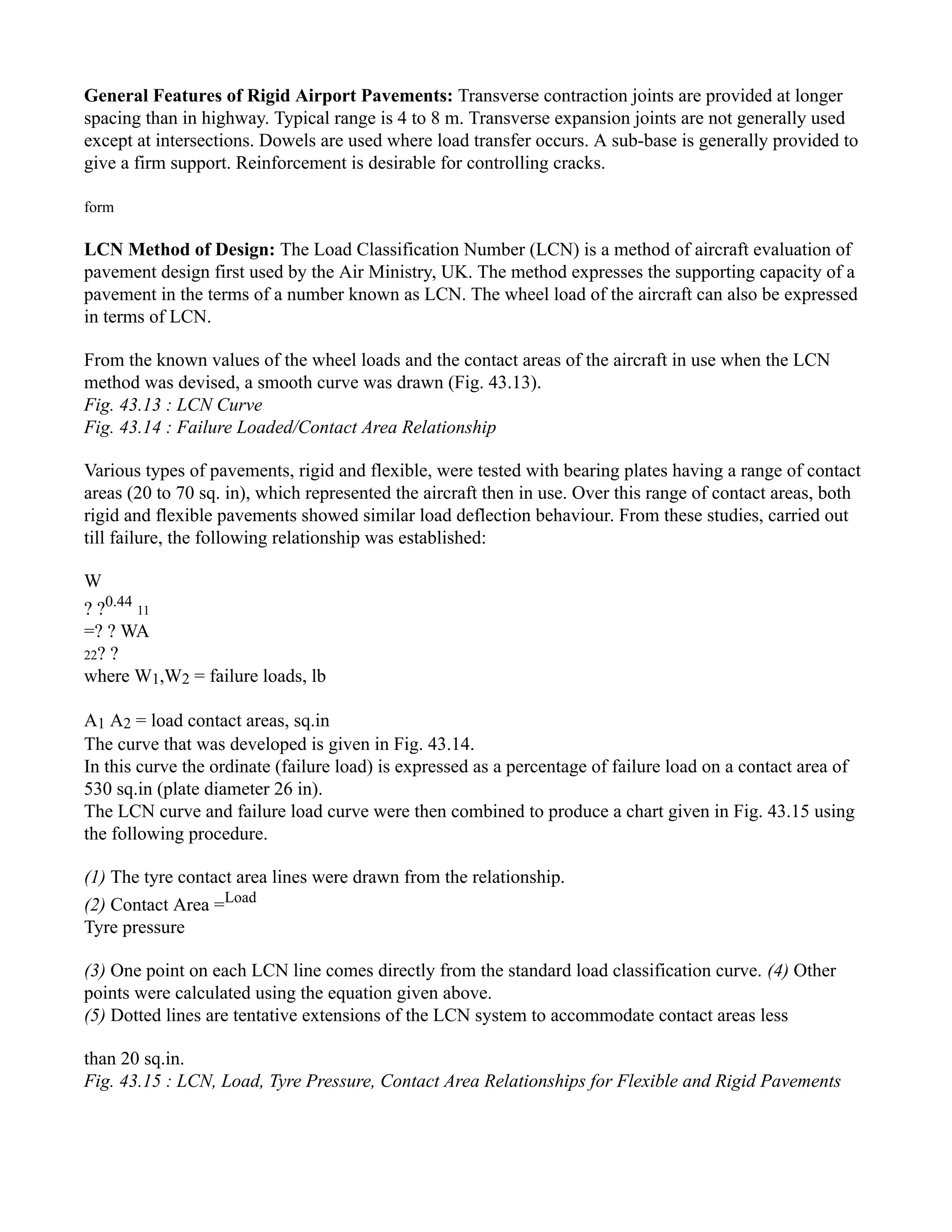
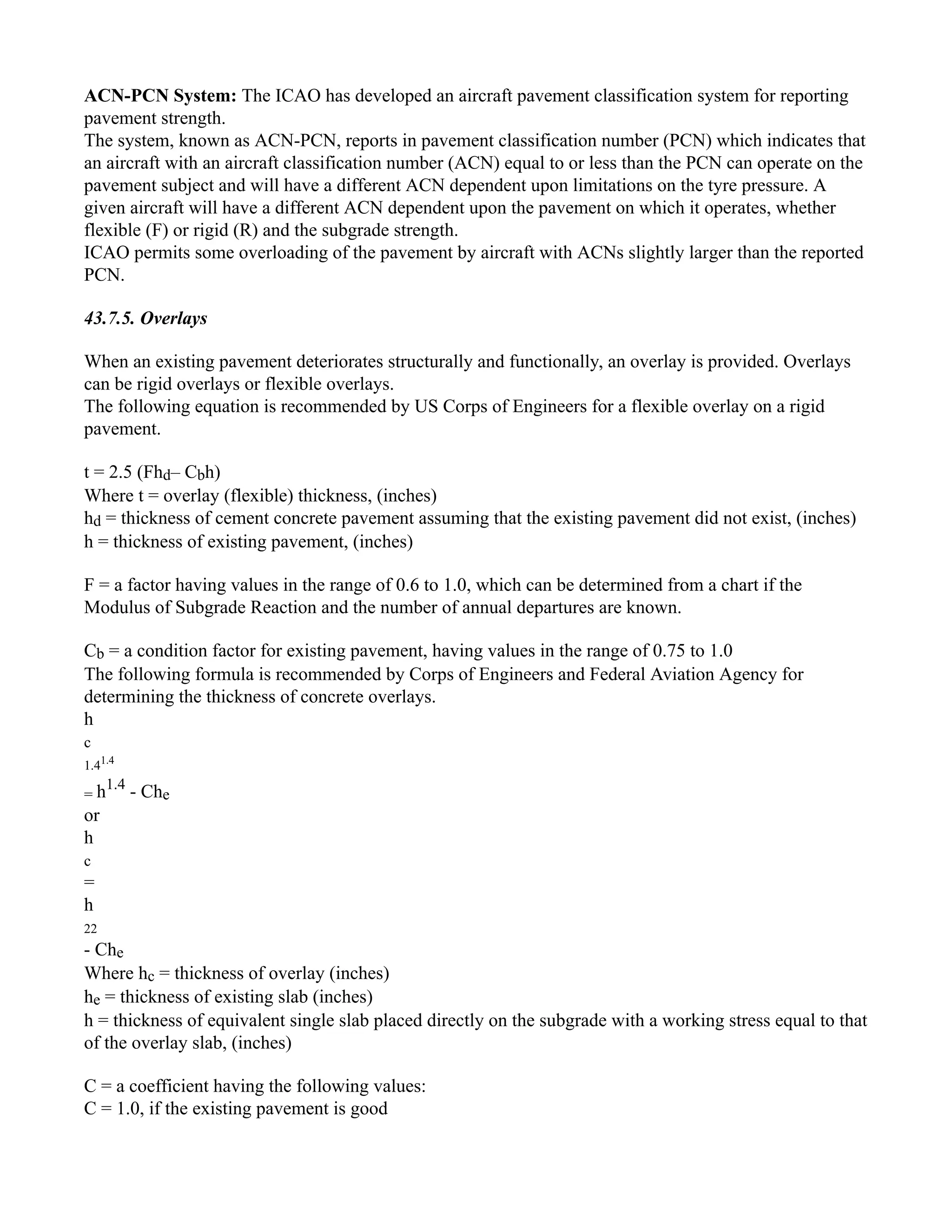
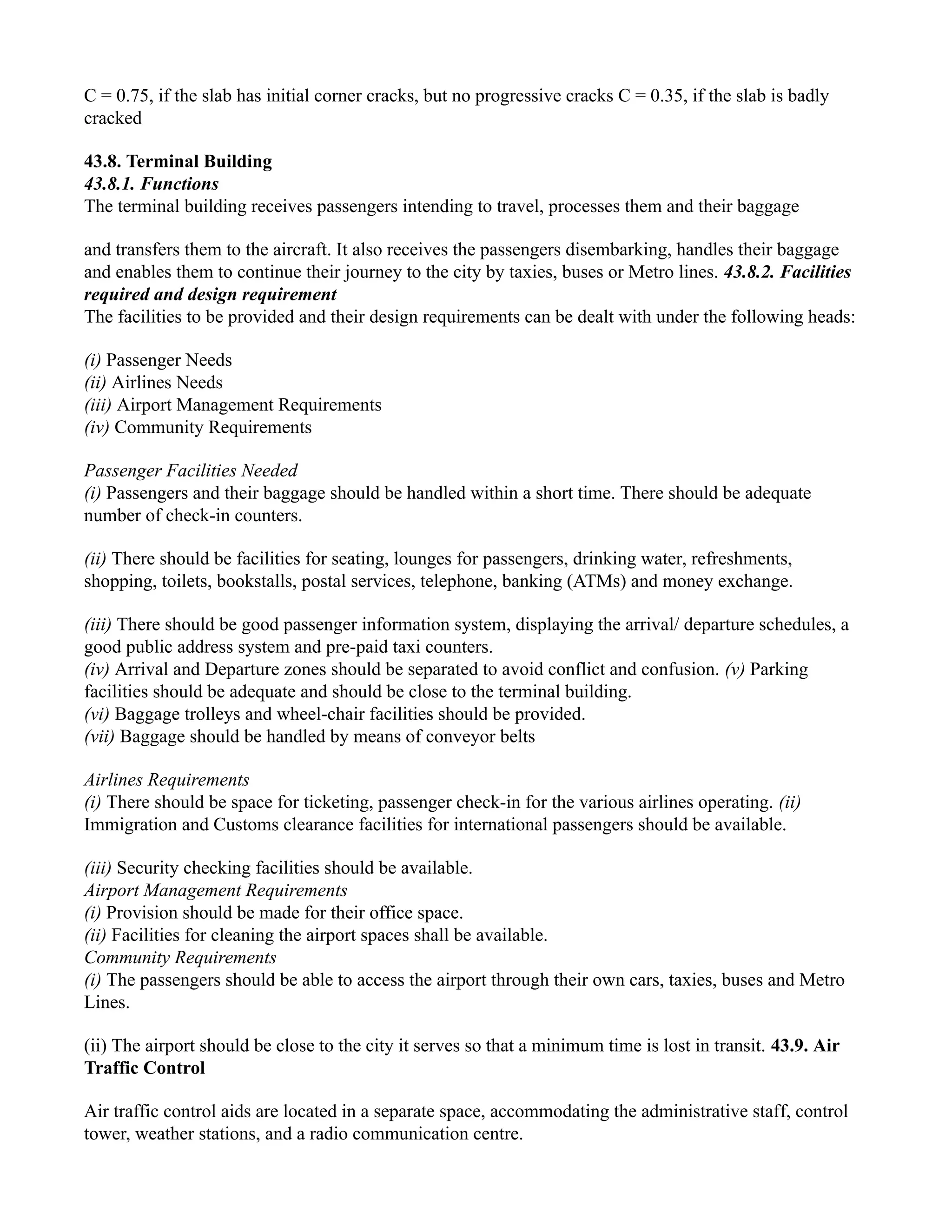
![43.10. Illumination
The lighting provided at the airport should be adequate. The edges of the runway and the taxiways and
their centre should be clearly visible.
43.11. Radio Equipment
For controlling air traffic, use is made for radio and radar. The radio equipment is used for air
surveillance, weather observation, monitoring take-offs and landings, guidance to aircraft to reach the
terminal area and facilitating instrument aided landing.
43.12. Heliports
43.12.1. Helicopters and their role
Helicopter find extensive use in military operations, rescue operations, police patrolling and for civilian
use for short hauls, such as Guwahati to Arunachal Pradesh. India has a public sector helicopter
operation entity known as Pavan Hans. They can take-off or land in a nearly vertical position in
heliports.
43.12.2. Characteristics of Helicopters
Helicopters of weight 3 to 5 tonnes can carry 1 to 3 passengers. Those of weight 5 to 10 tonnes can carry
10 to 30 passengers. Very large ones which carry upto 50 passengers weigh about 15 tonnes. Their speed
is in the range of 150 to 200 km/hr. The rotors which are above the helicopter body have a diameter of
10 to 20 m. The overall length is 10 to 25 m and the height is 2.5 to 7.5.
43.12.3. Site selection for Heliports
The considerations for selecting a site for a Heliport are:
(i) A clear approach and departure area free from obstructions with good visibility. (ii) Avoidance of
conflict with other air traffic.
(iii) Good potential for air traffic.
(iv) Good connectivity with other modes of transport.
(v) Avoidance of residential area so as not to cause noise.
43.12.4. Design Standards
The layout and dimensions are given in Figs. 43.16 and 43.17 and Table 43.7.
Contd...
Fig. 43.16 : Heliport Layout
Fig. 43.17 : Heliport dimensions
Table 43.7 : Heliport Design Standards
Items Dimensions
A b c d
Private 1.5 A 1.5 A 90 m 60 m
Small Public 1.5 A 2.0 A 90 m 90 m
Large Public 1.5 A 2.0 A 120 m 90 m
[Note: A is the overall length of the helicopter. c is the recommended distance in metres prior to
beginning of the curved path]
43.13. STOL](https://image.slidesharecdn.com/kupdf-230112040922-563402fb/75/kupdf-net_transportation-engineering-lrkadiyali-pdf-293-2048.jpg)
